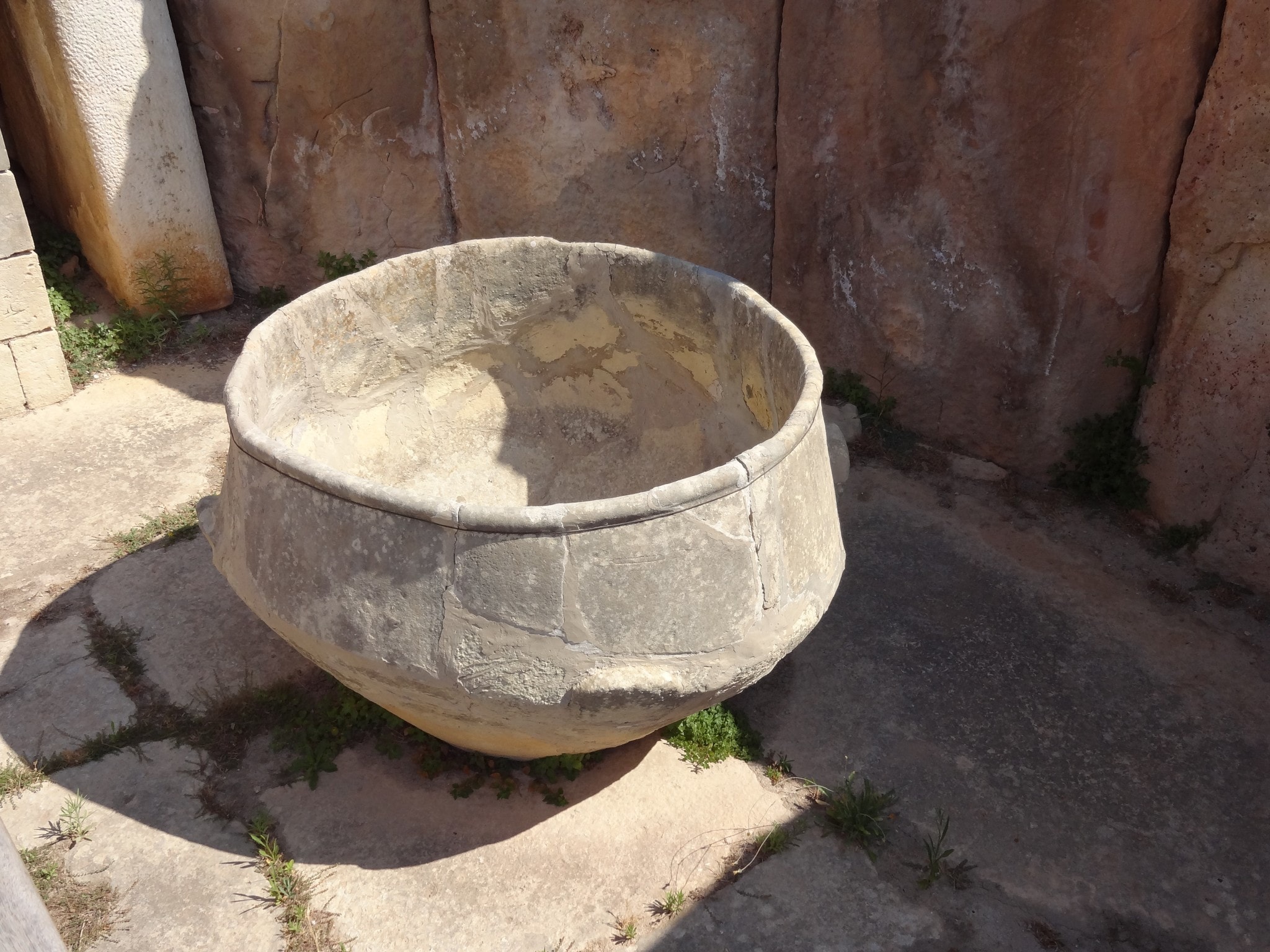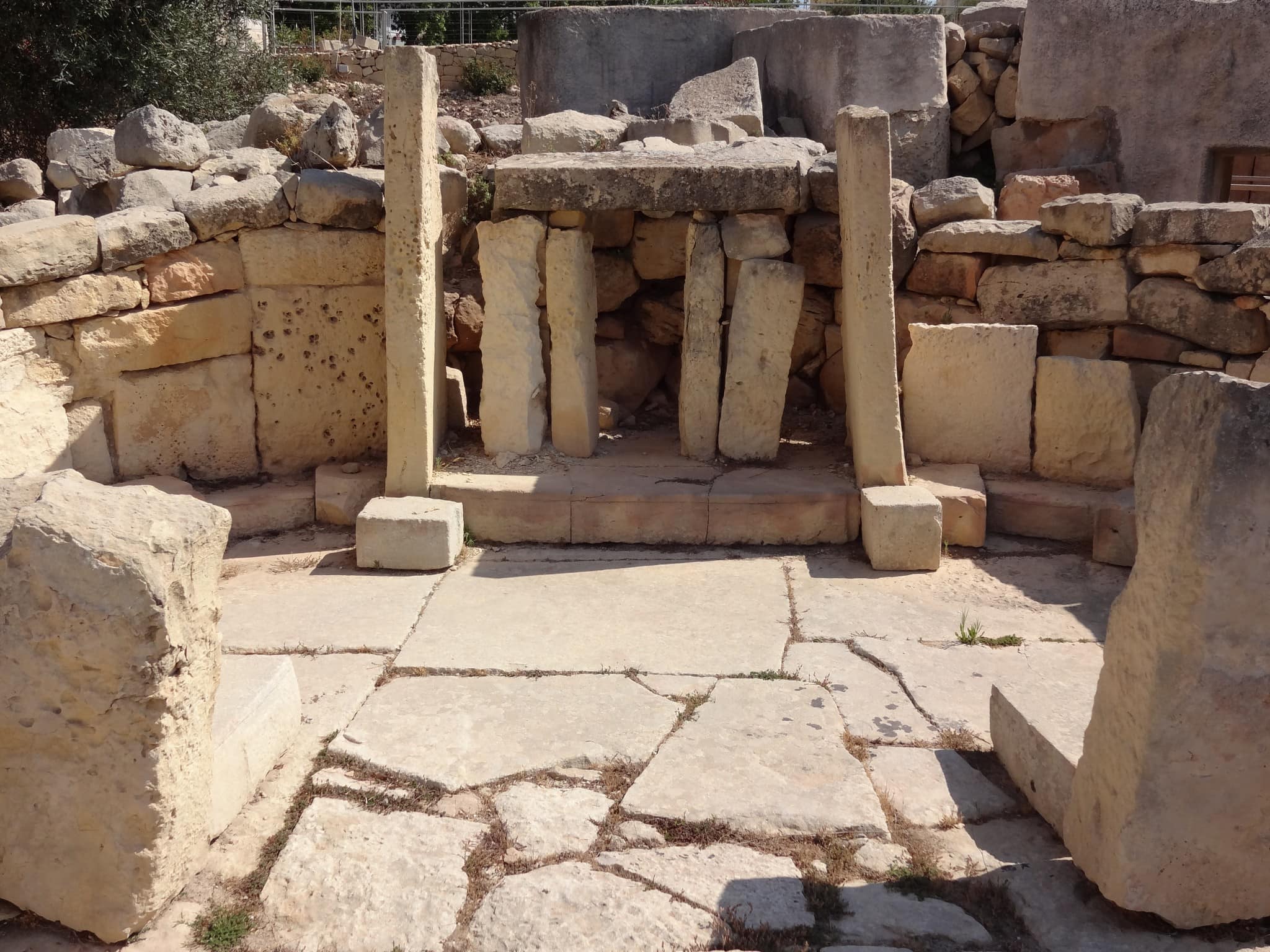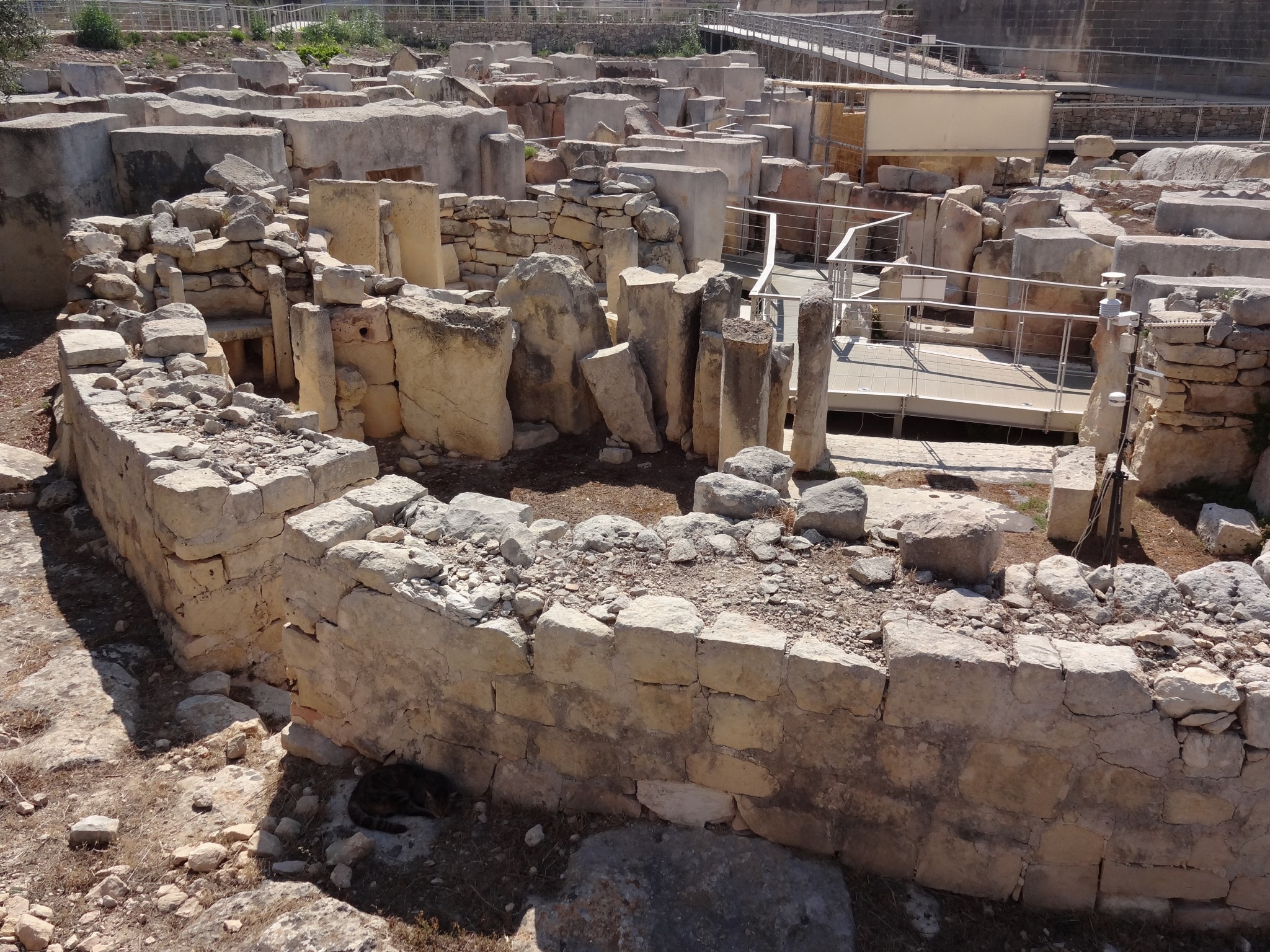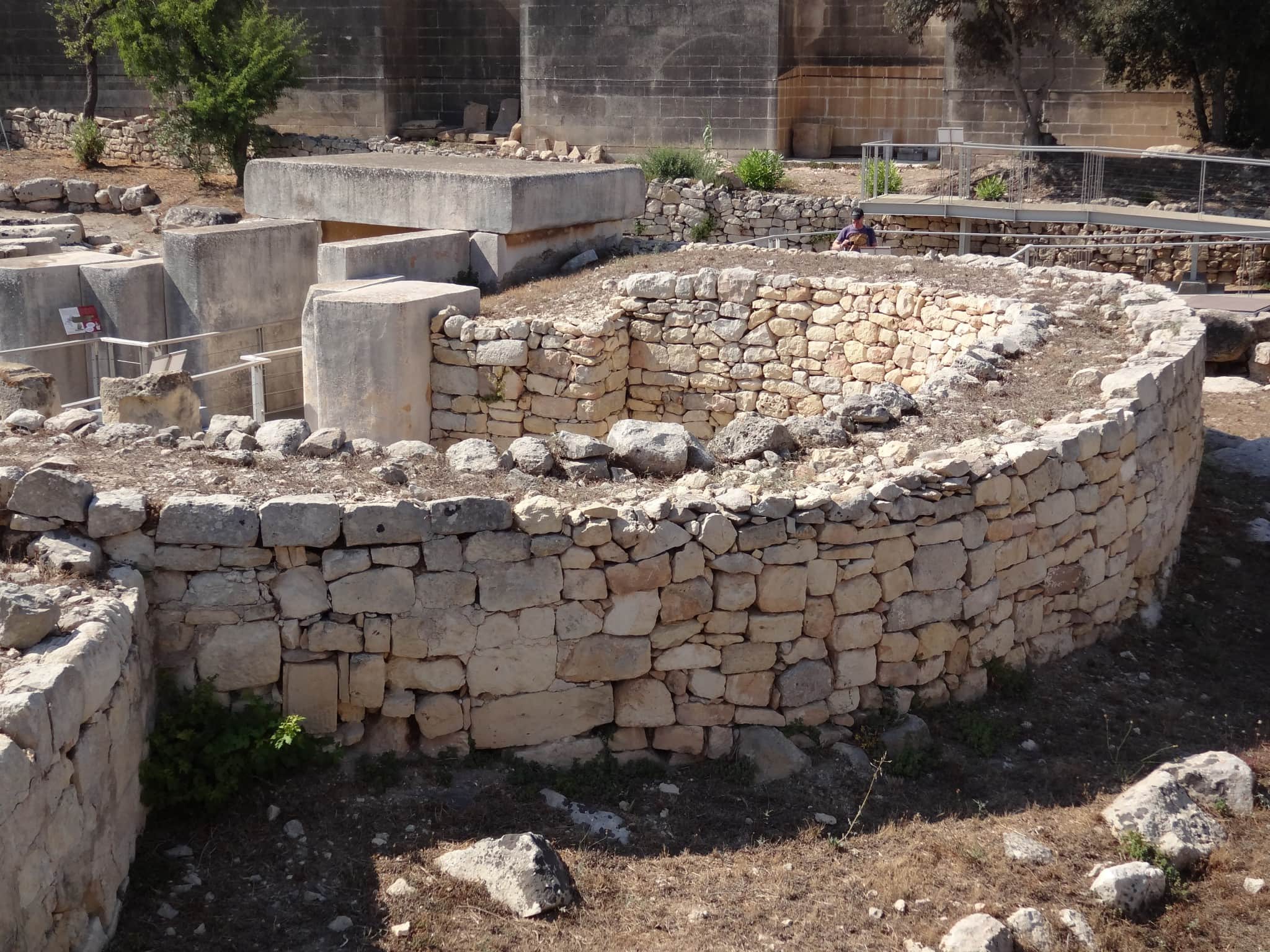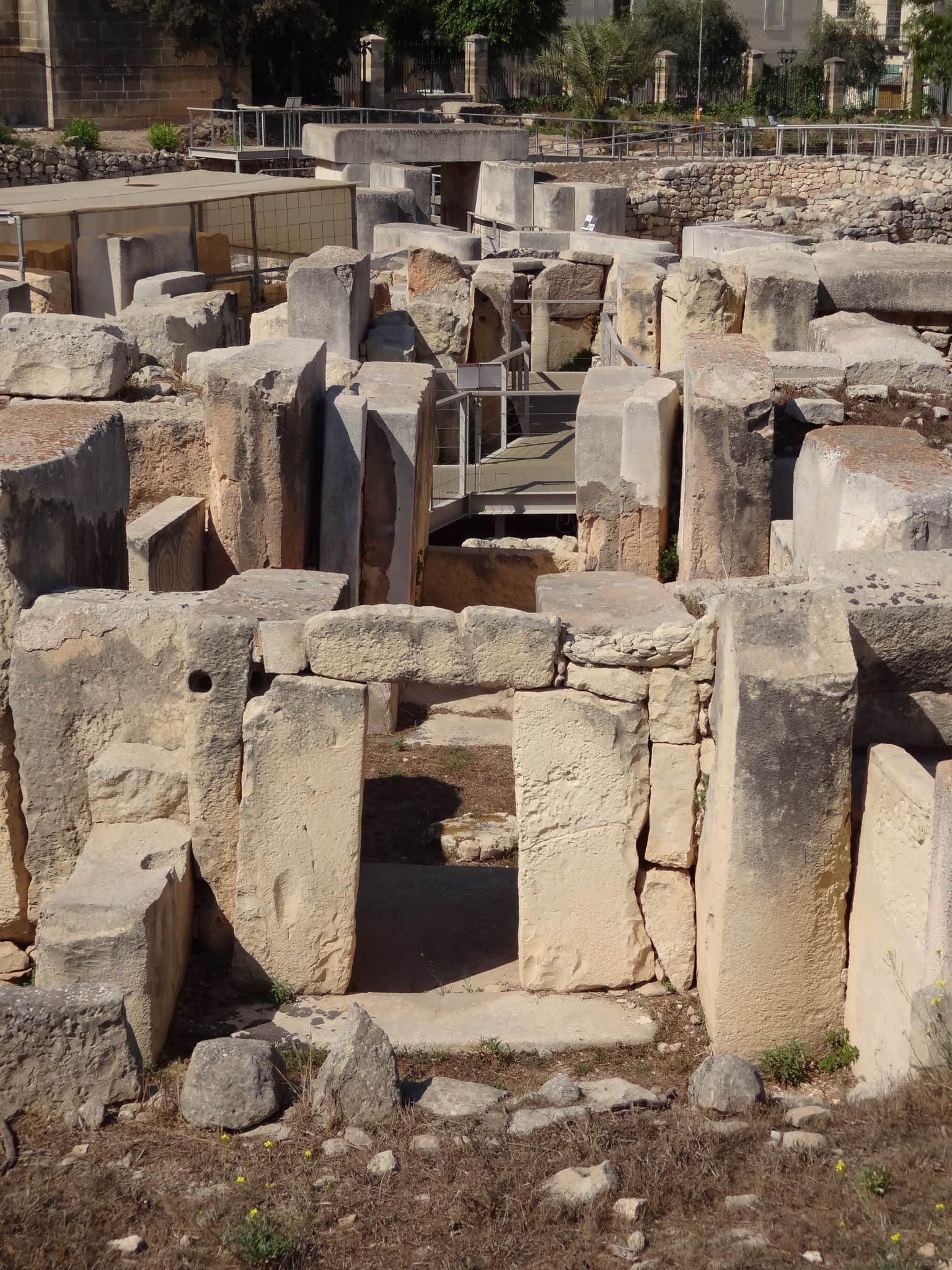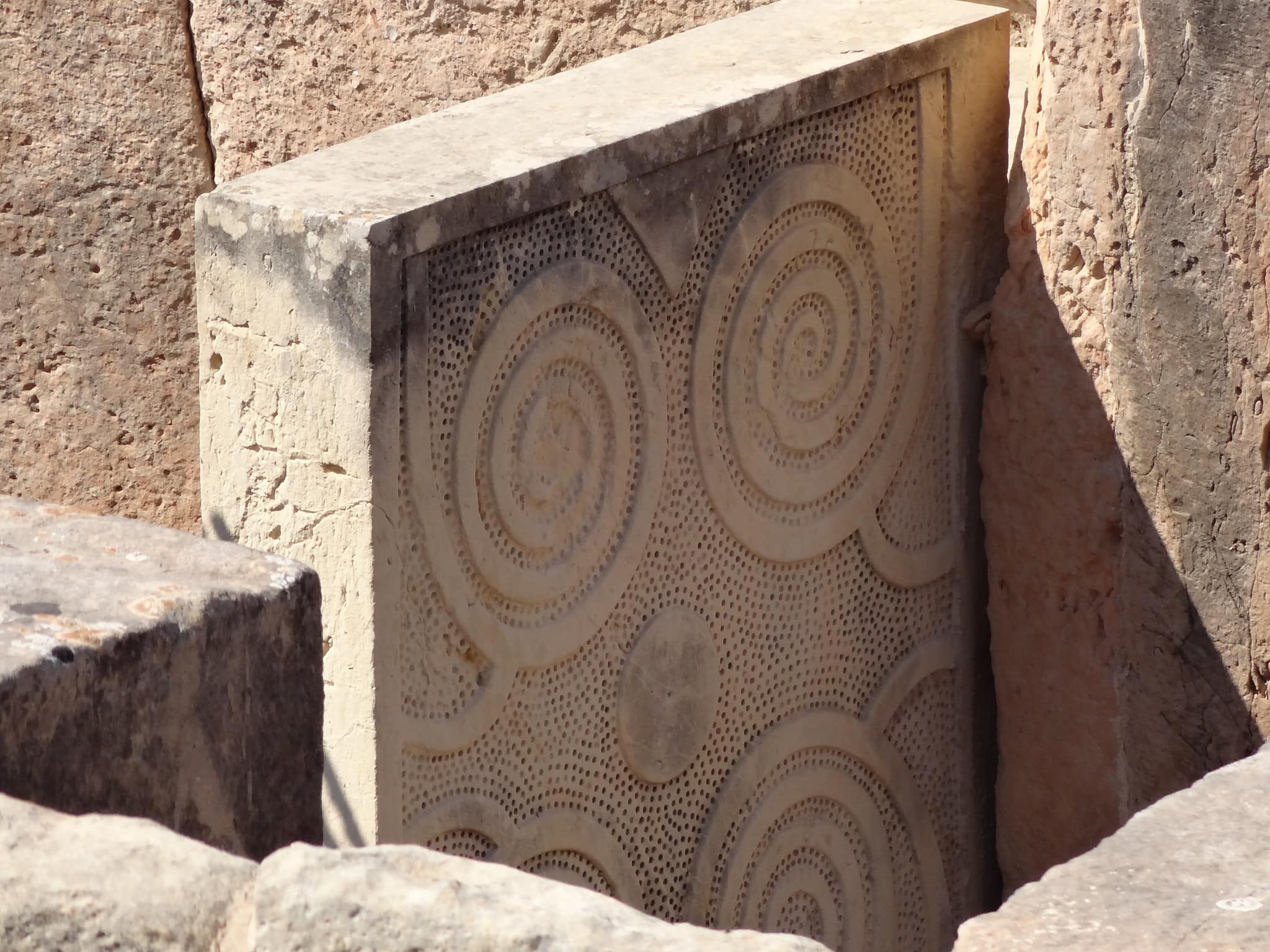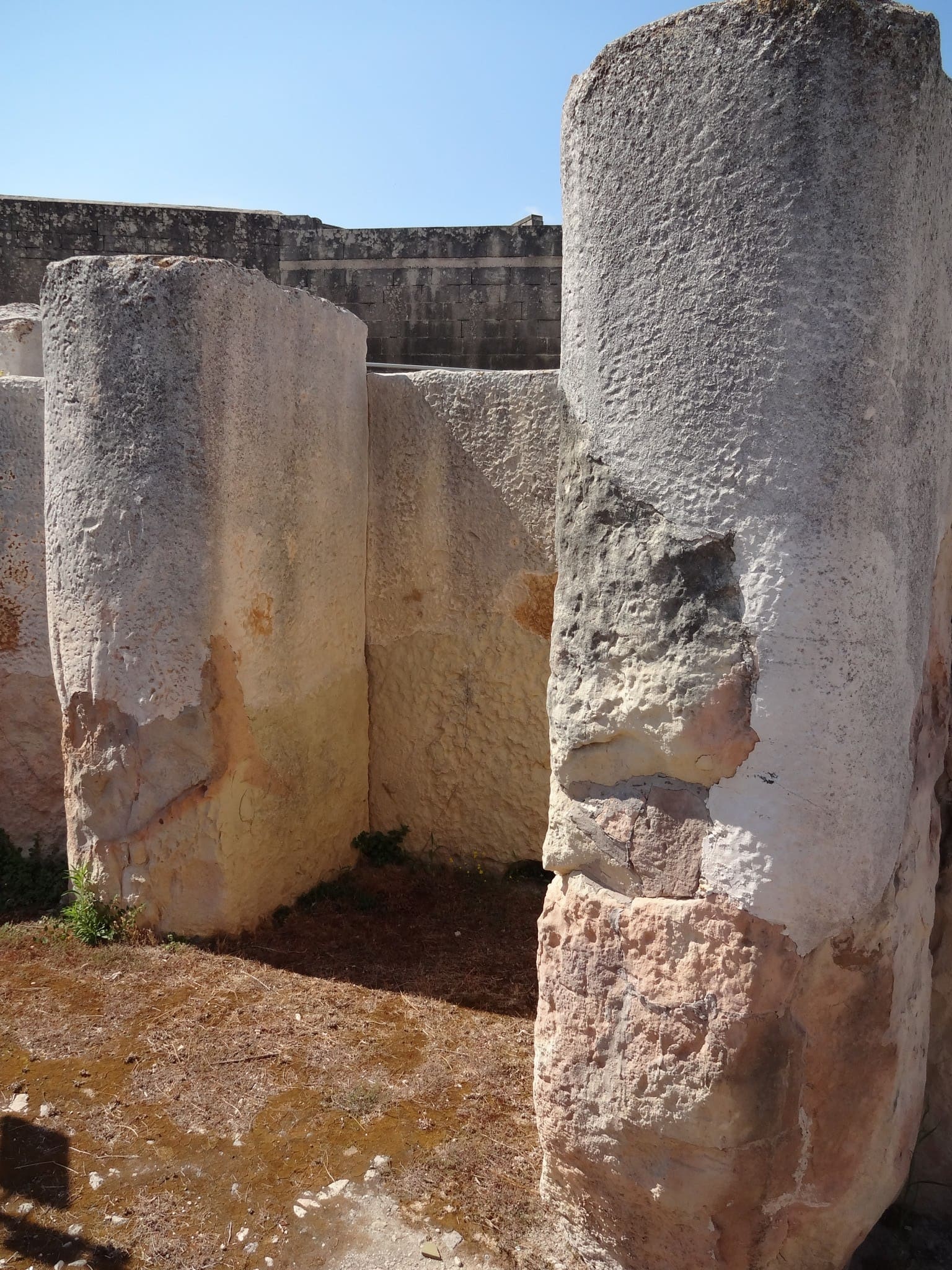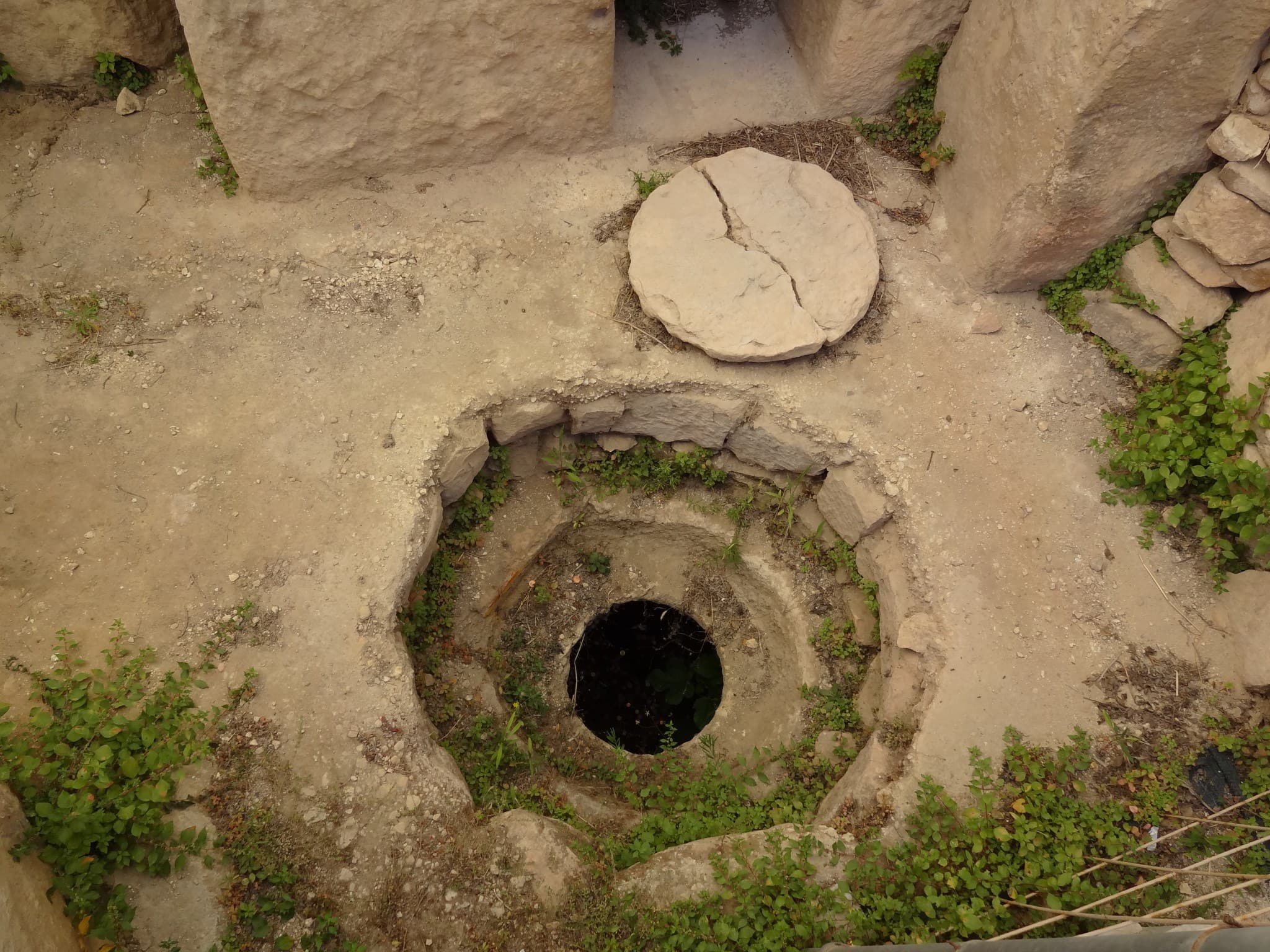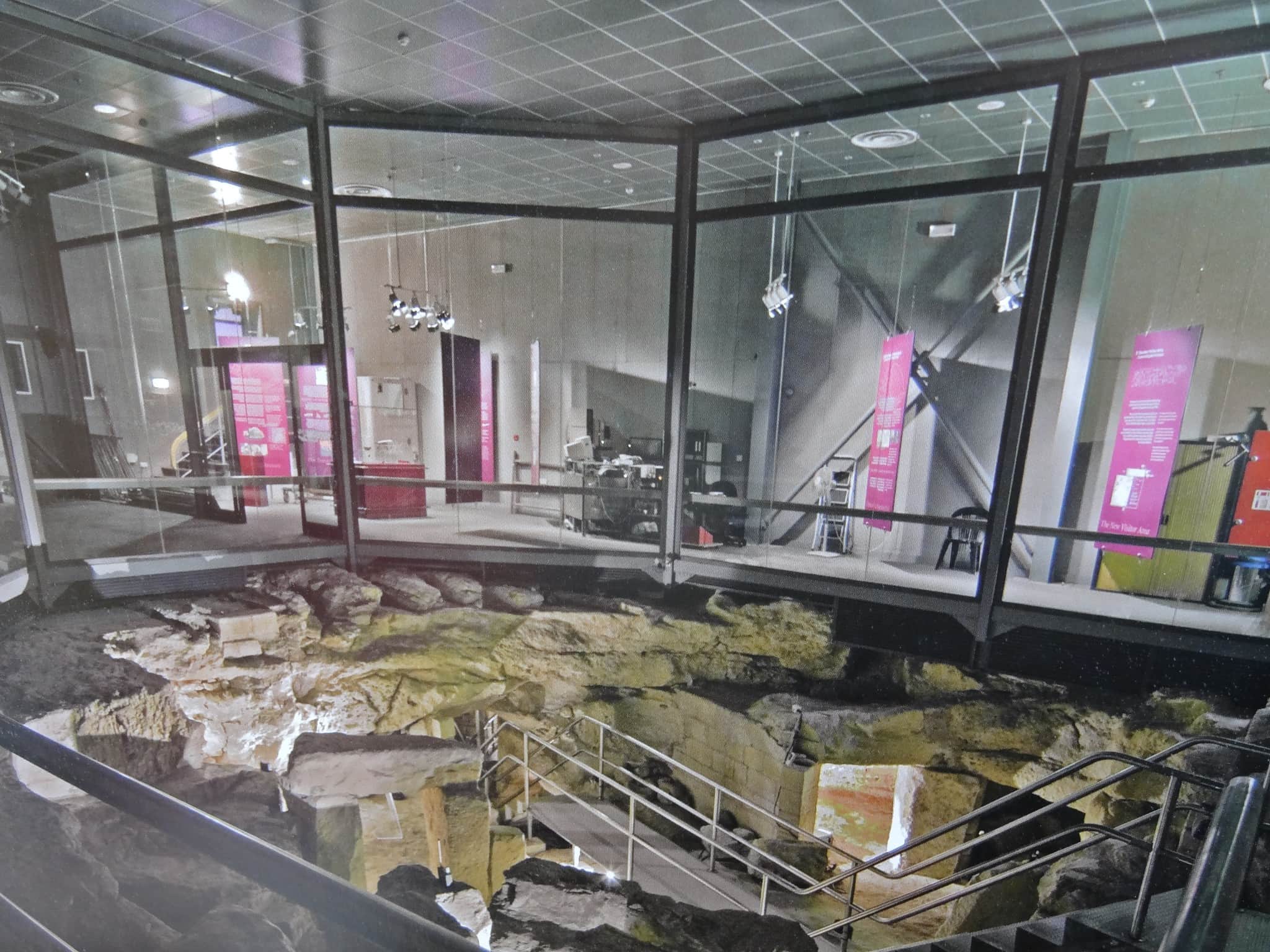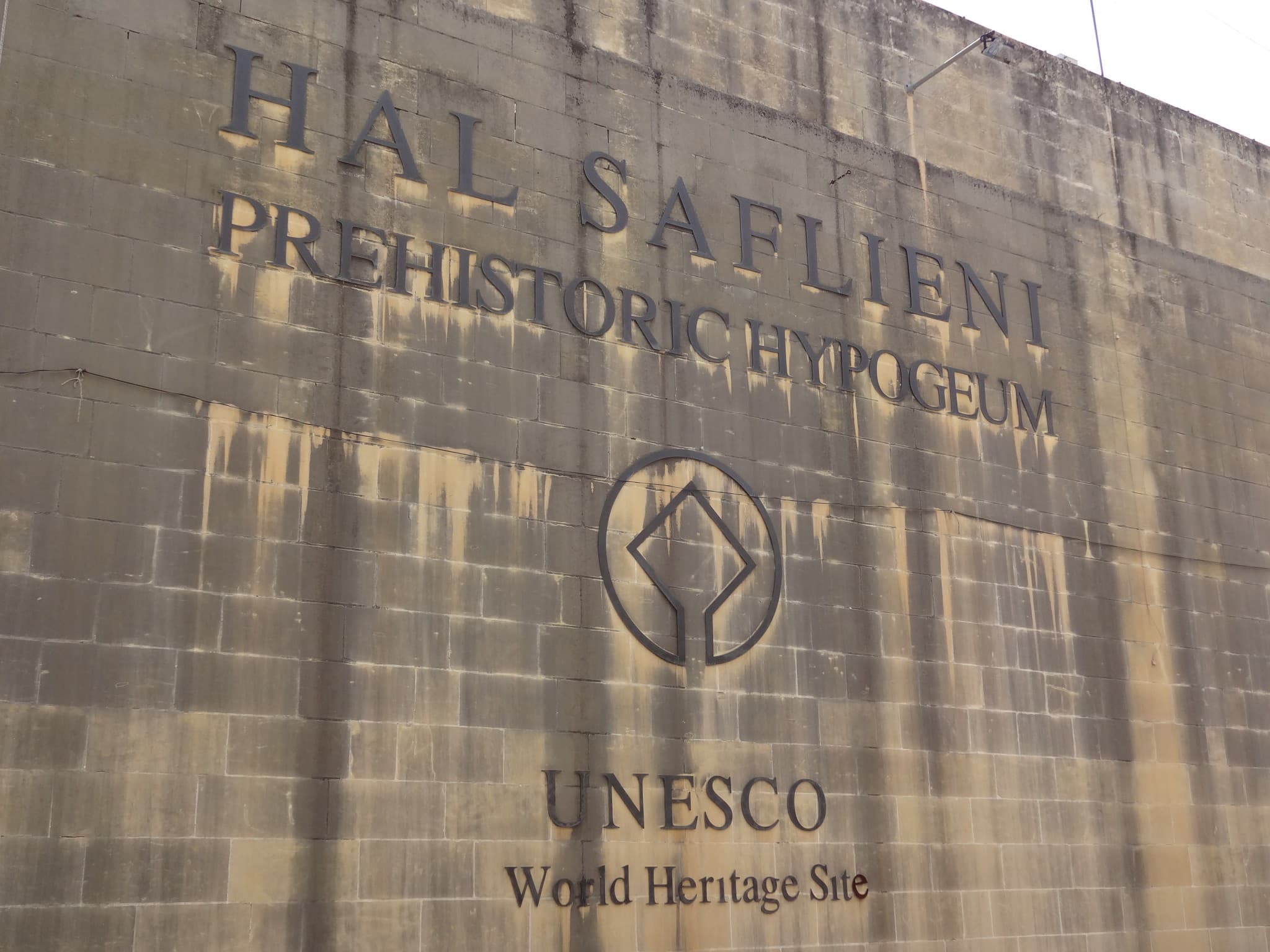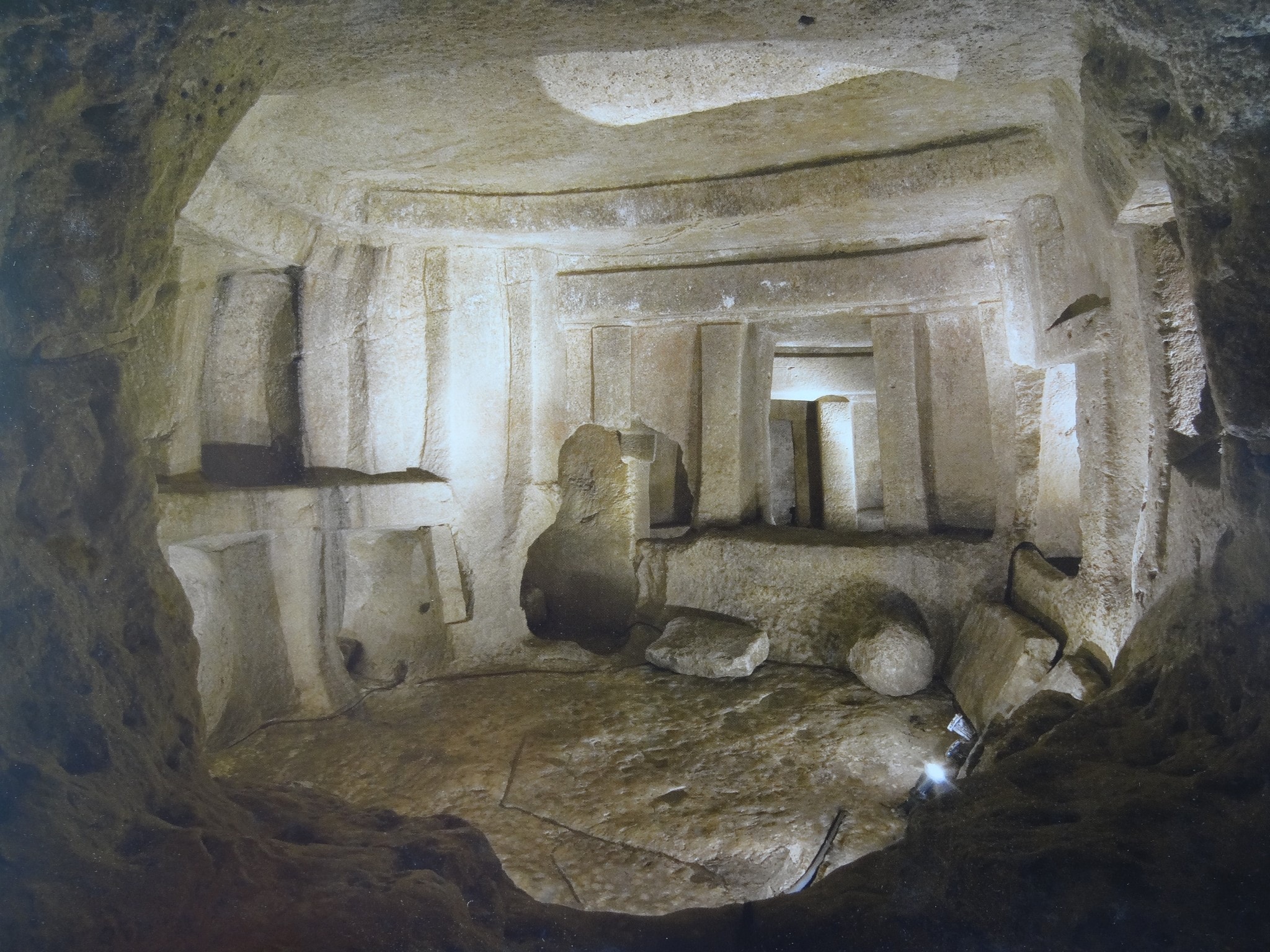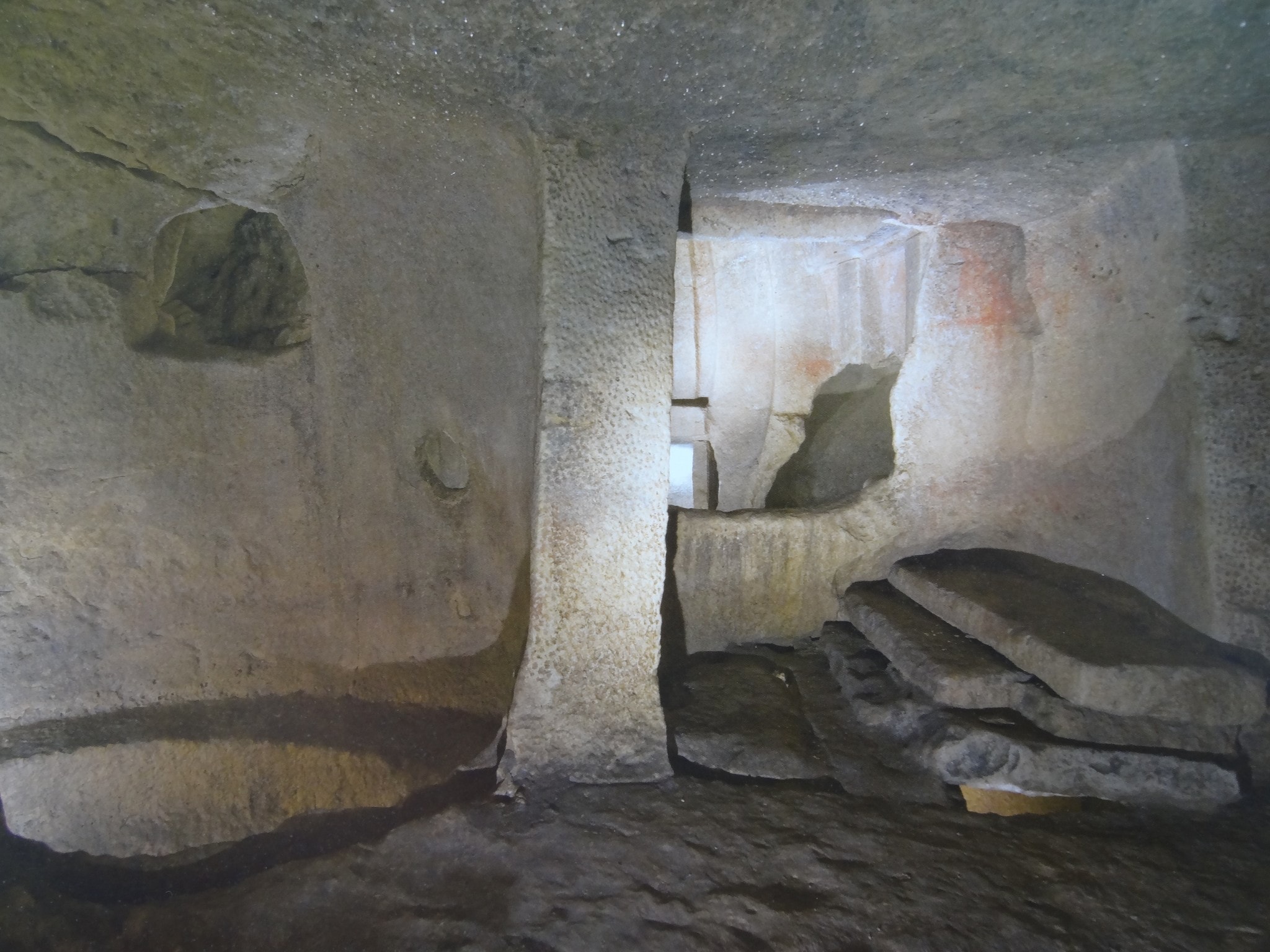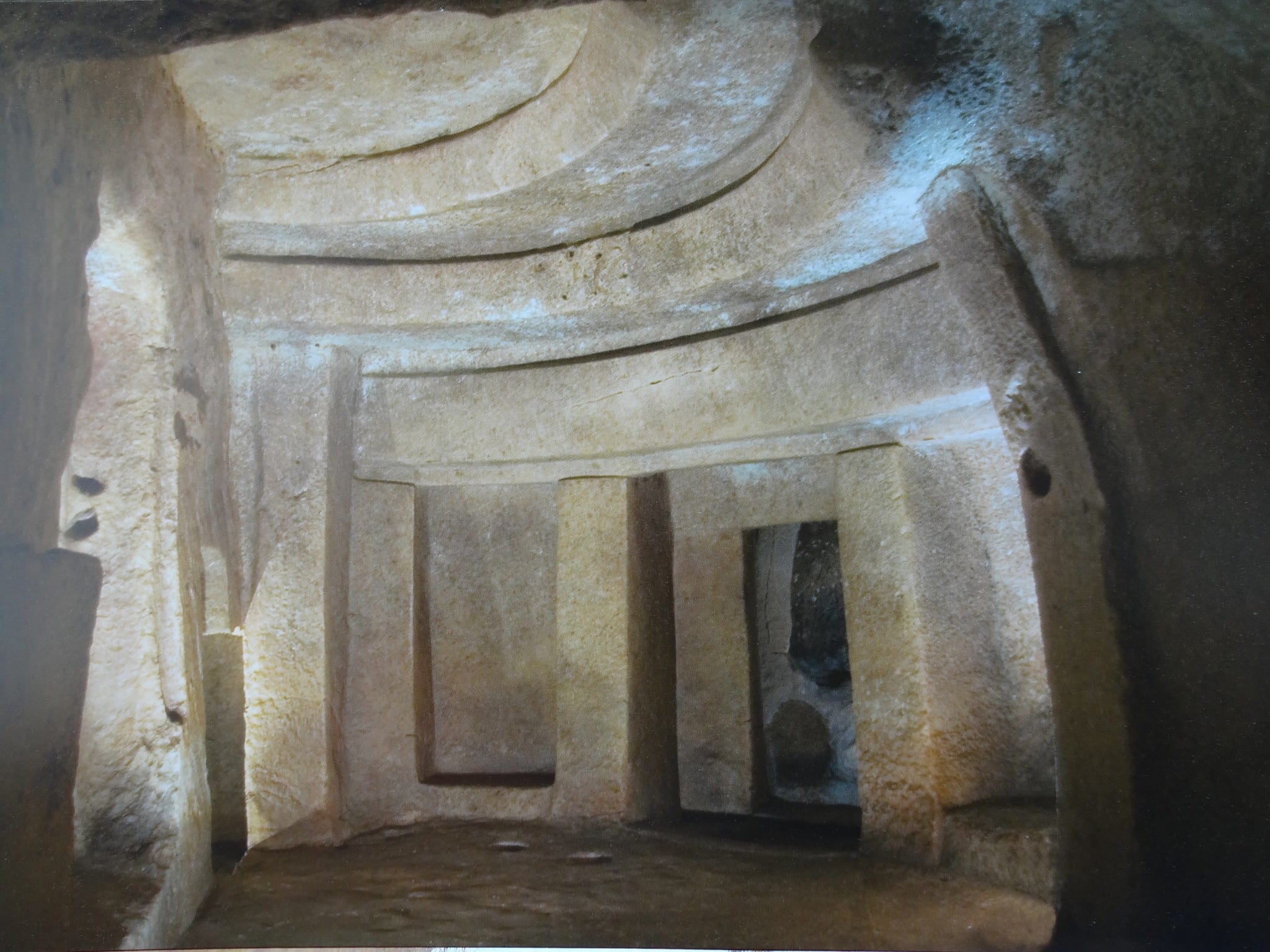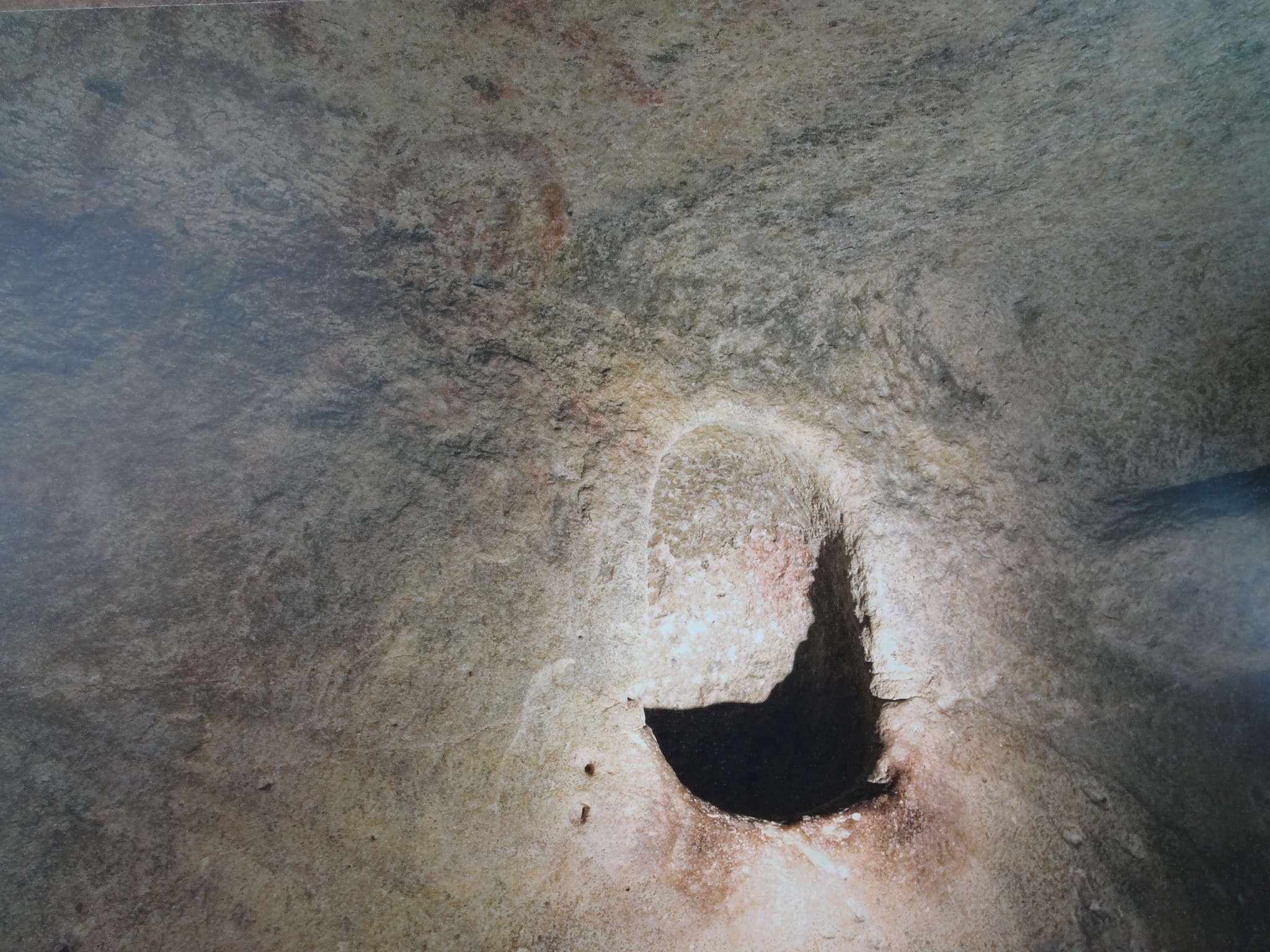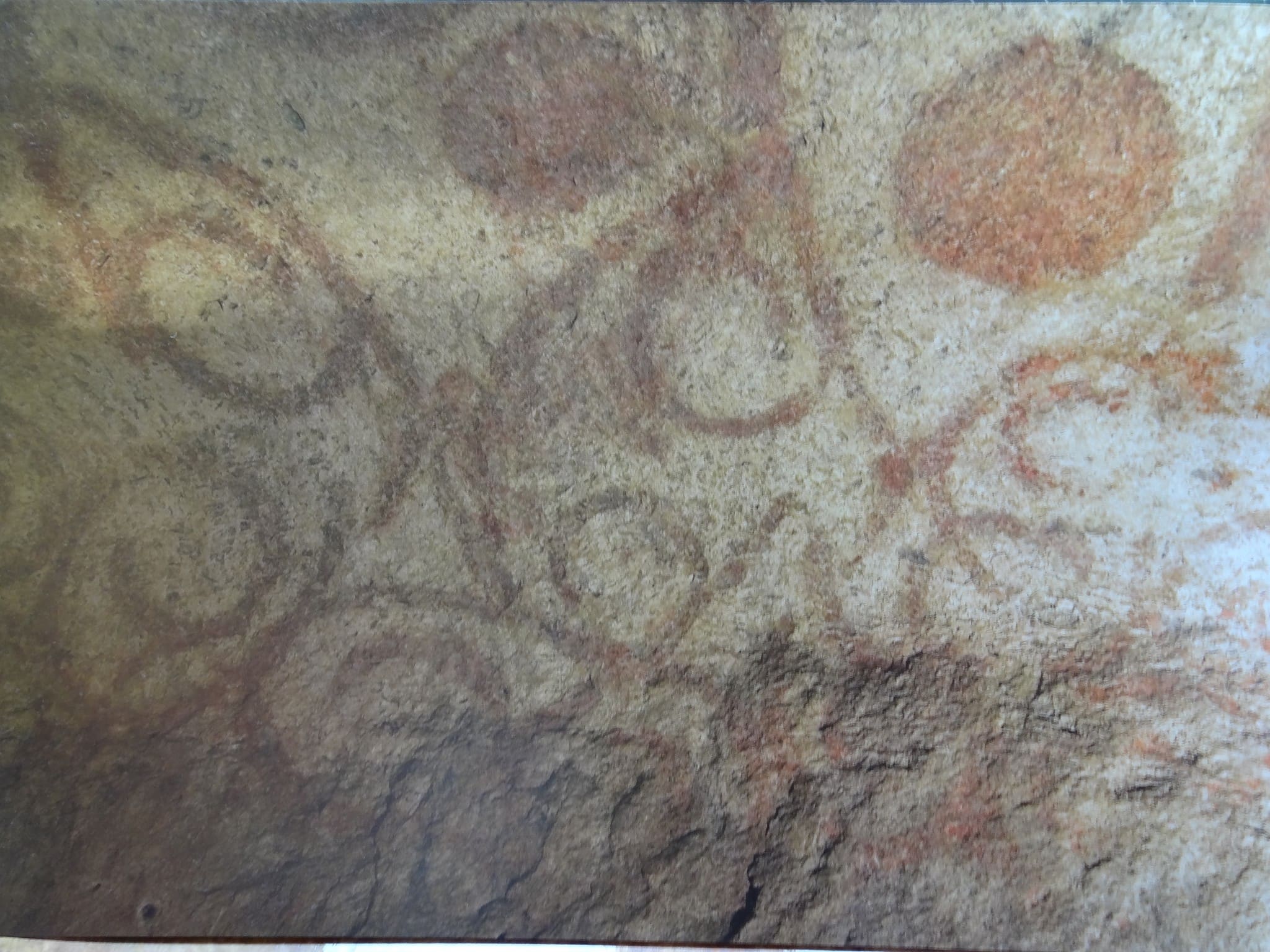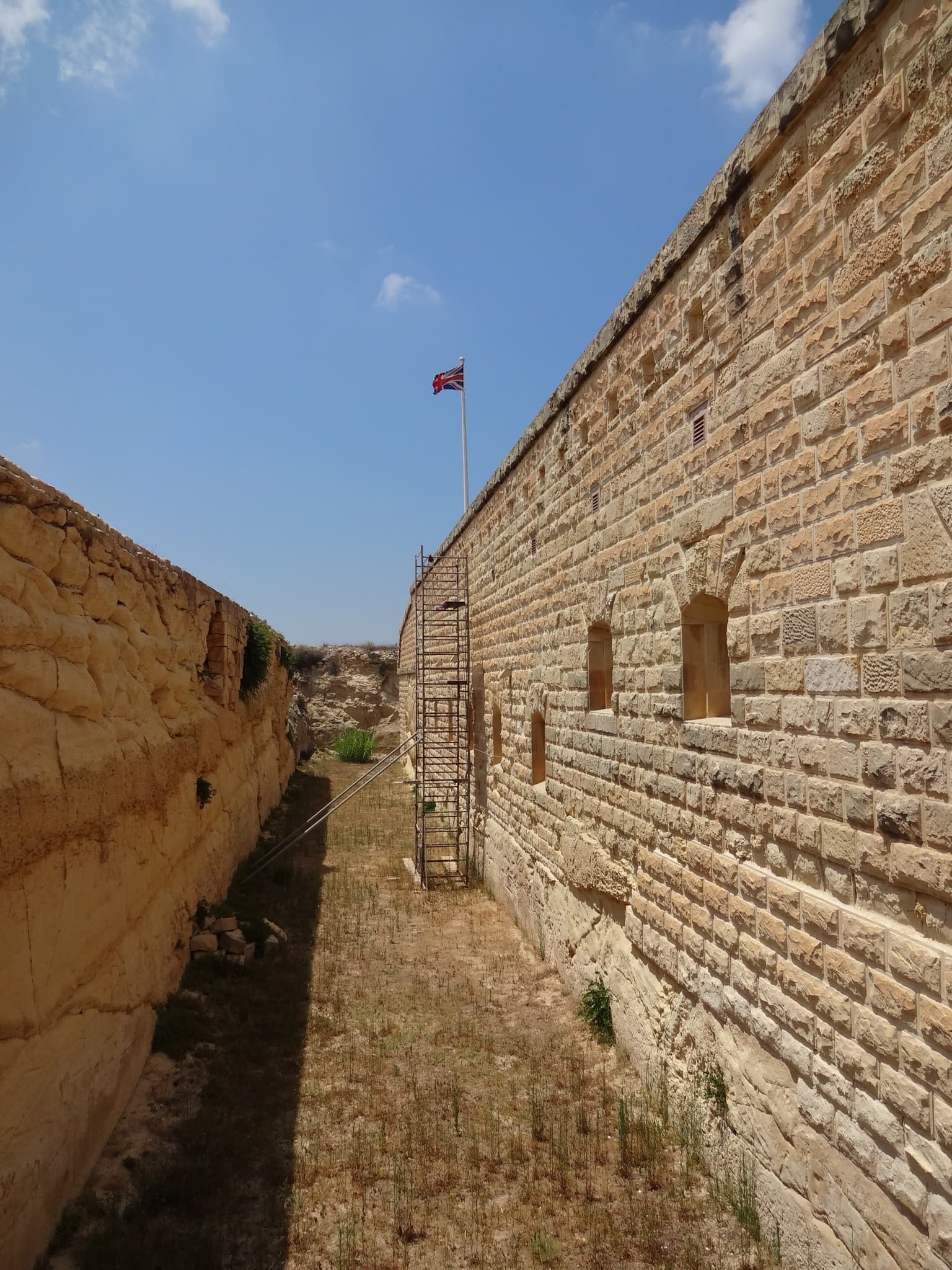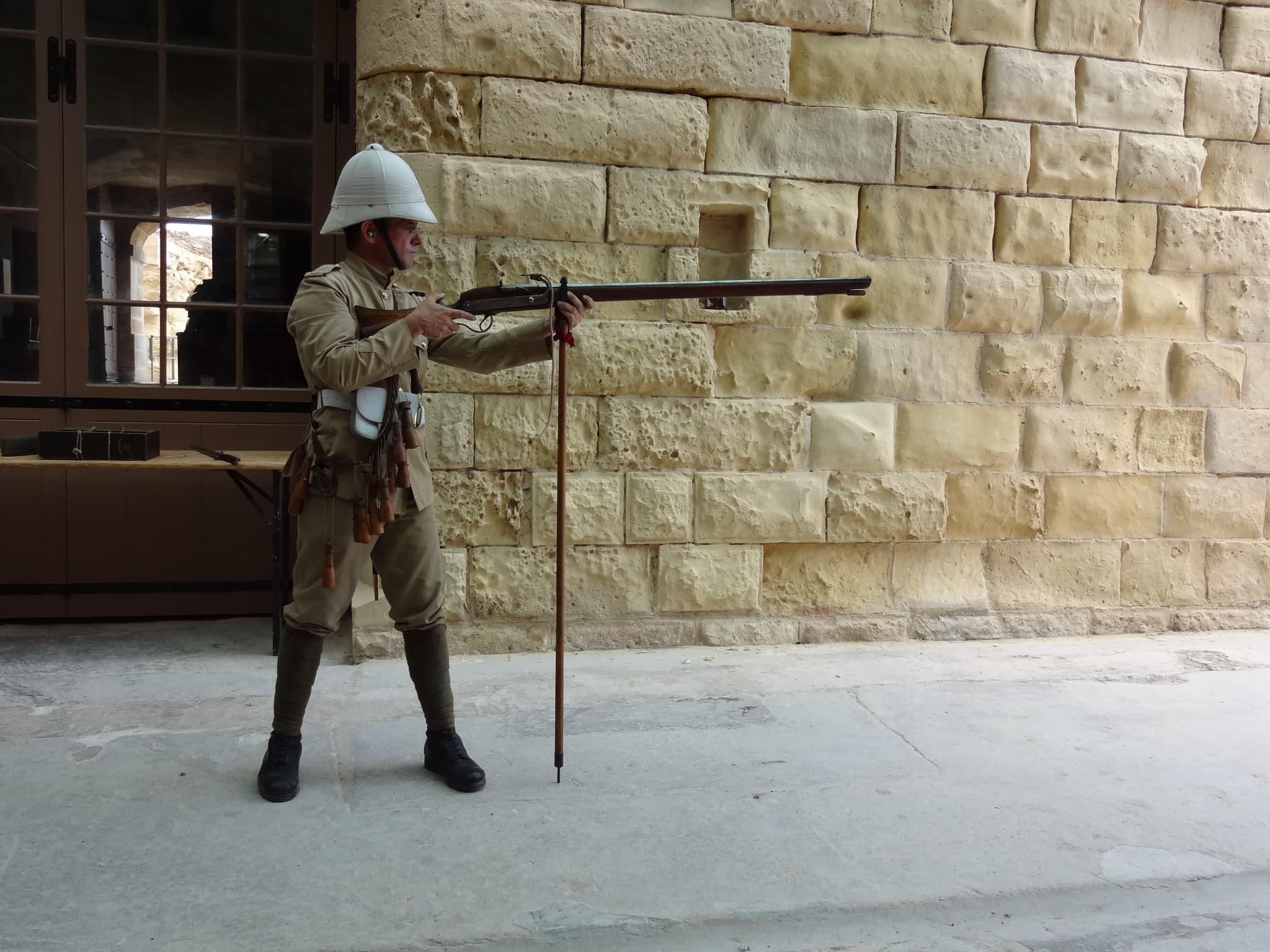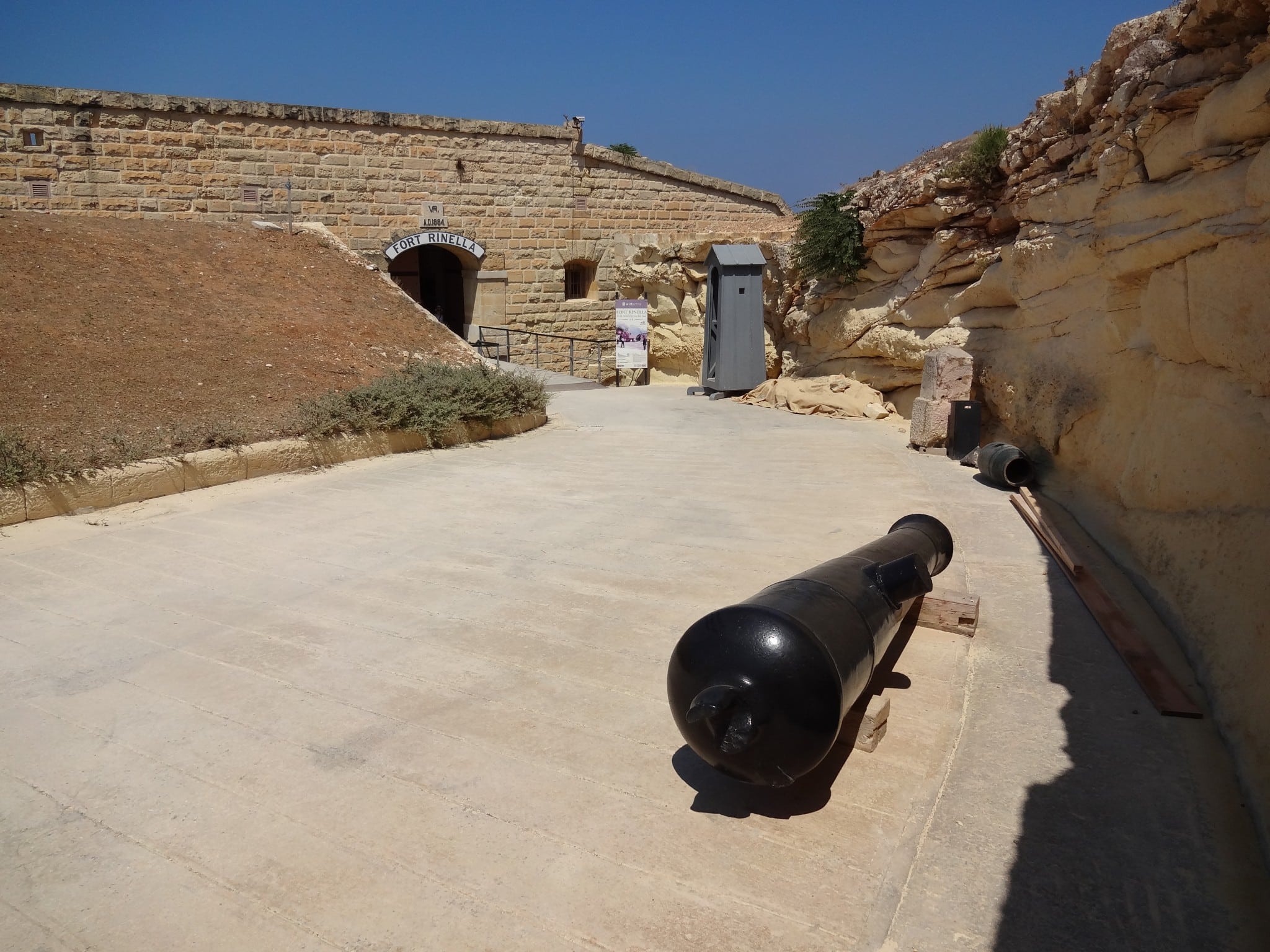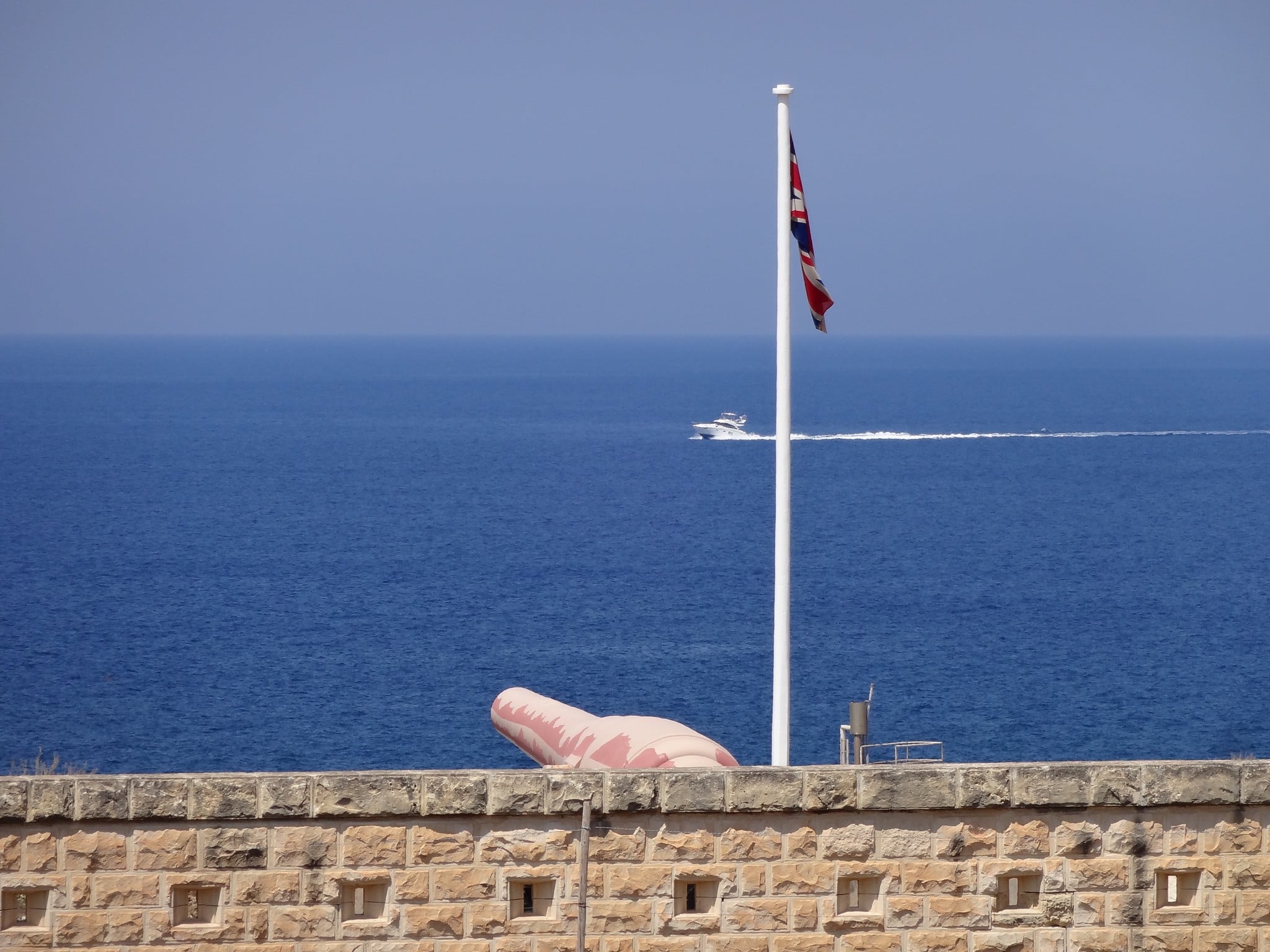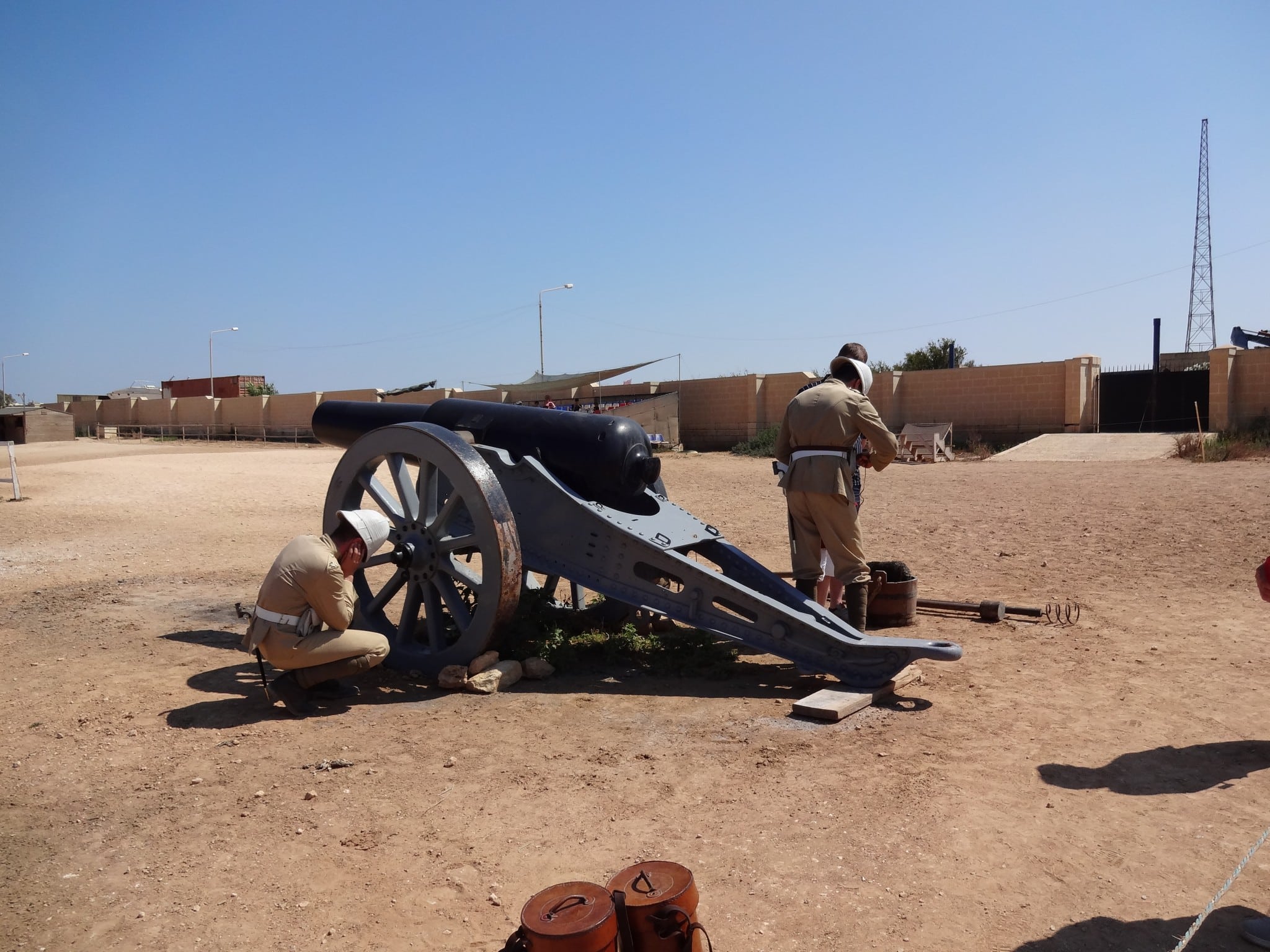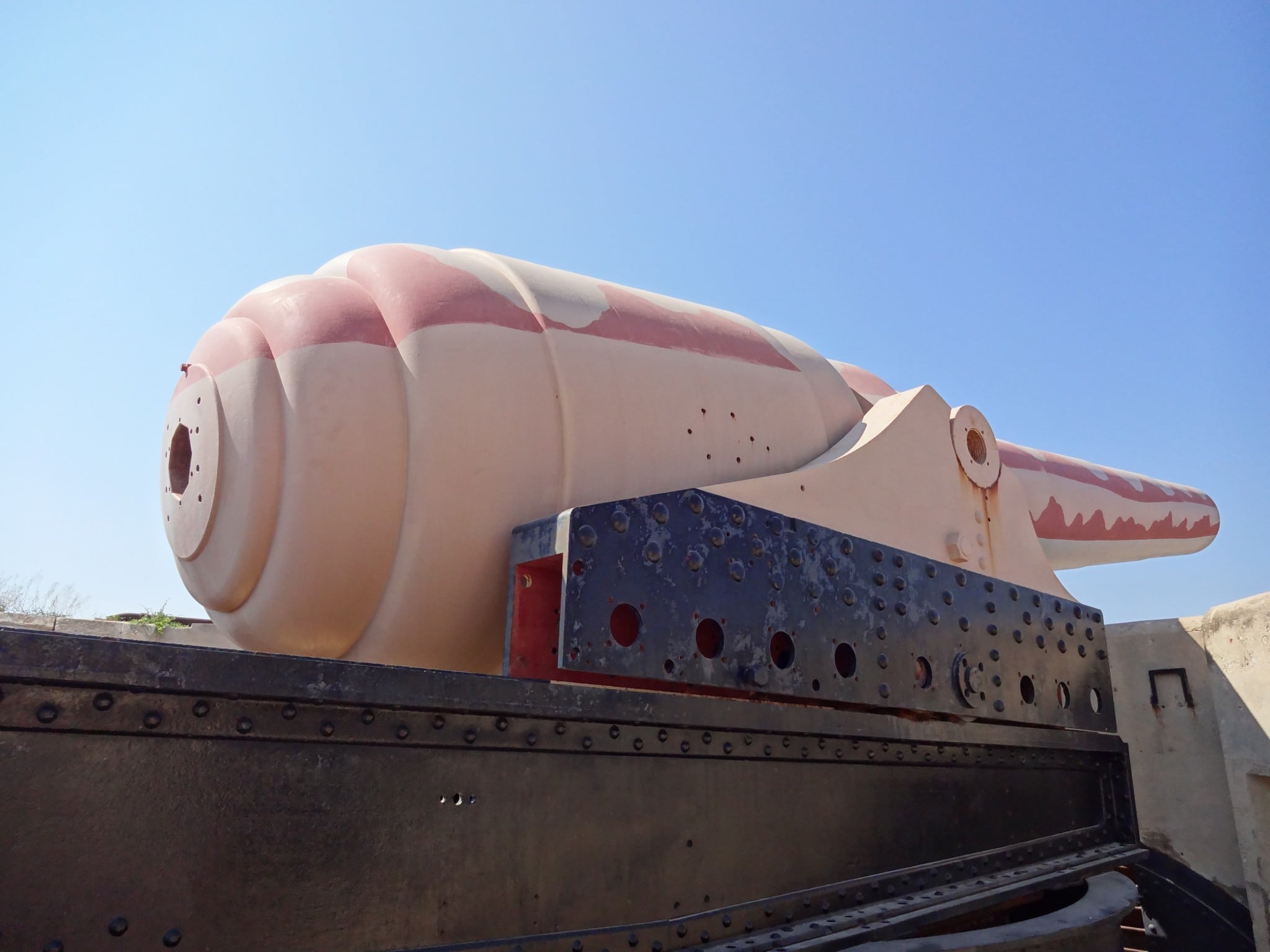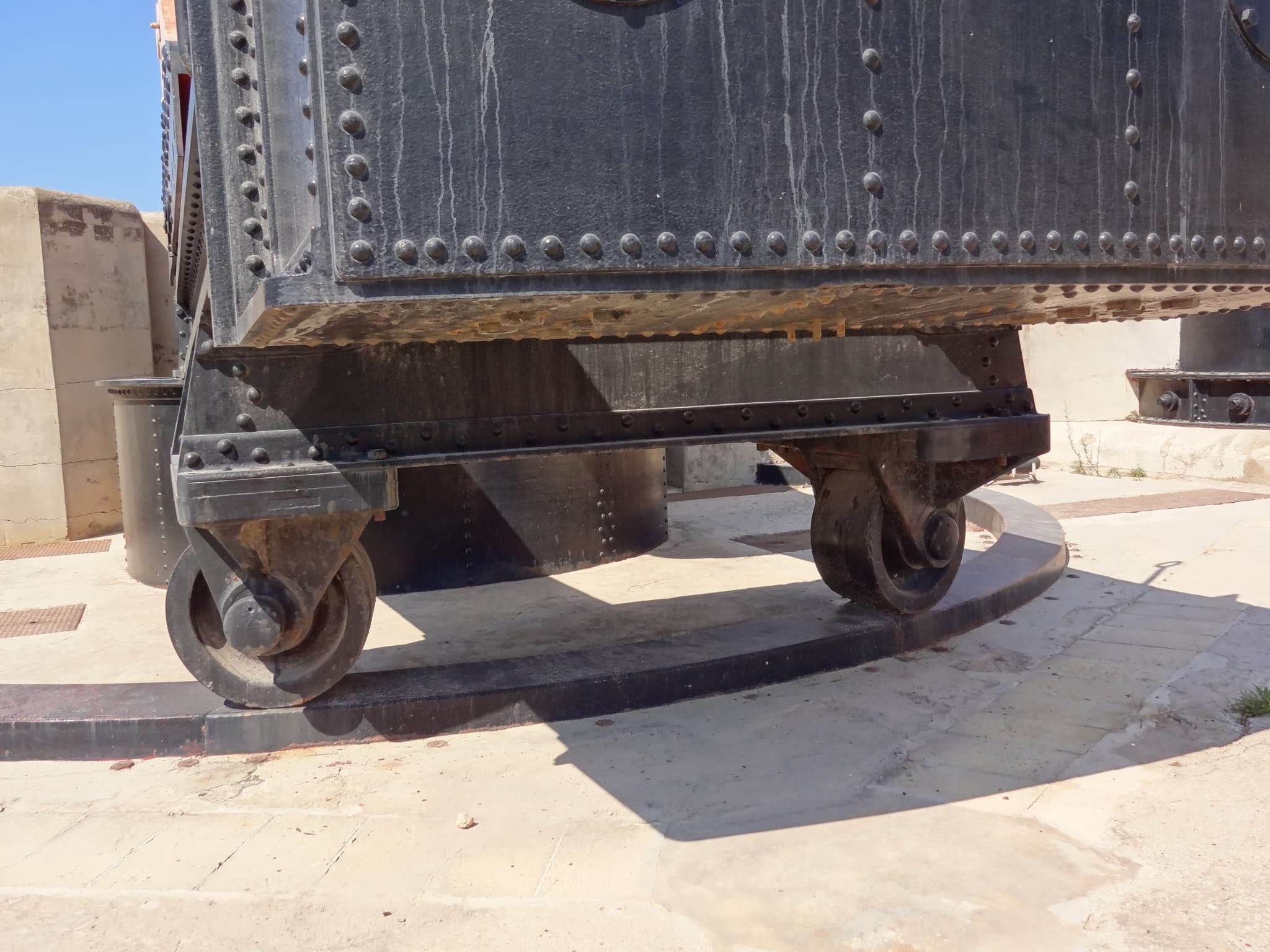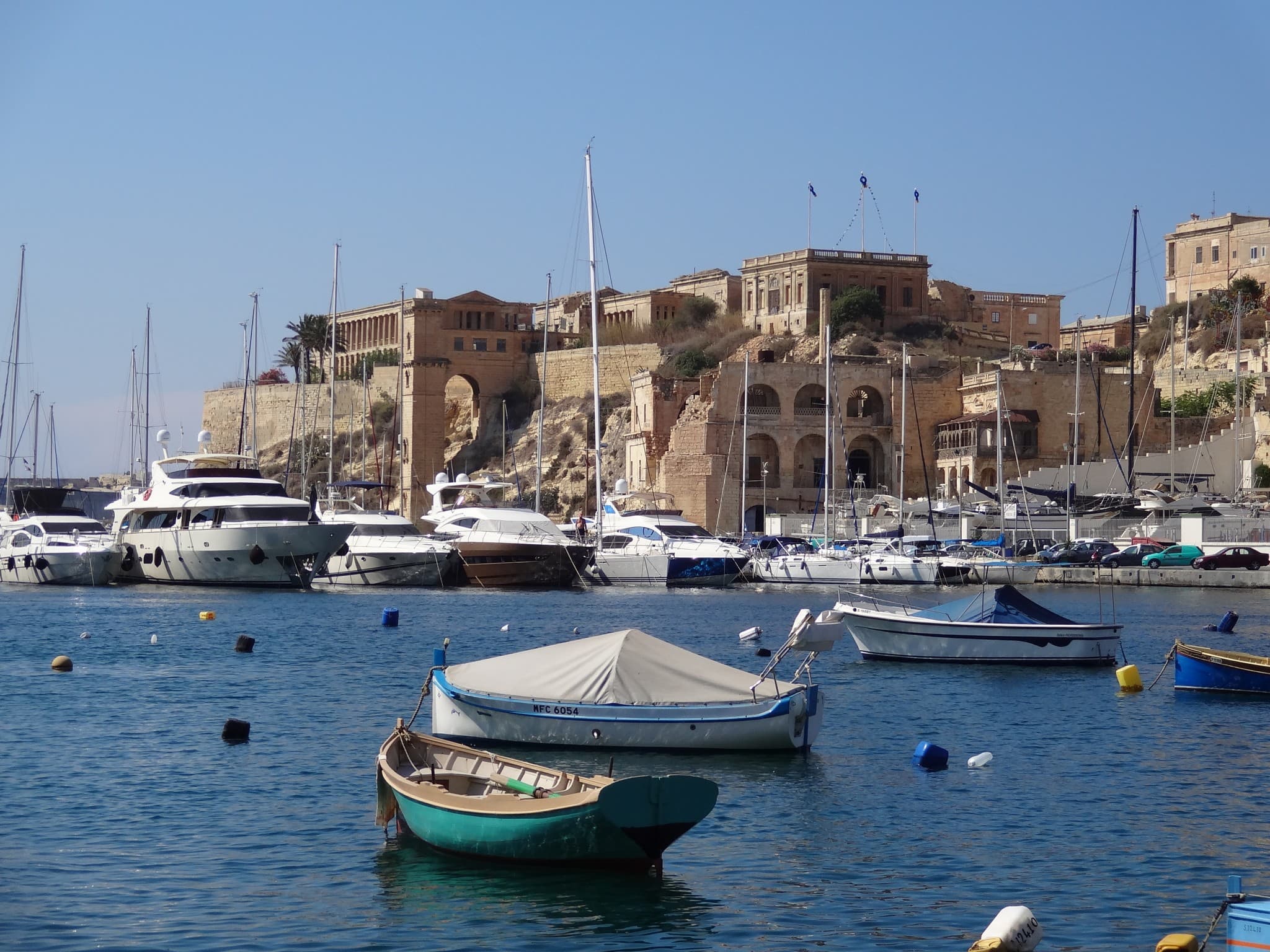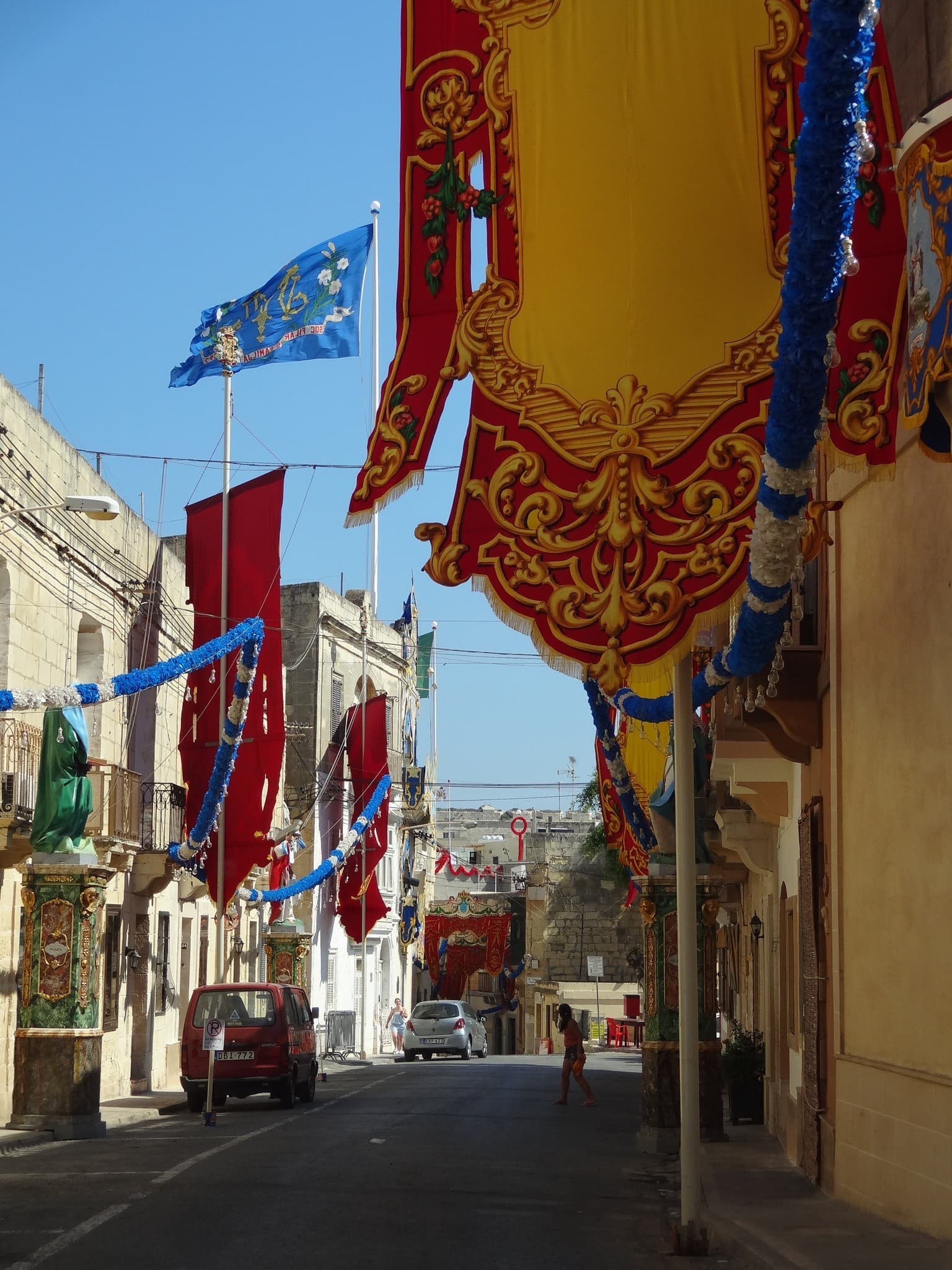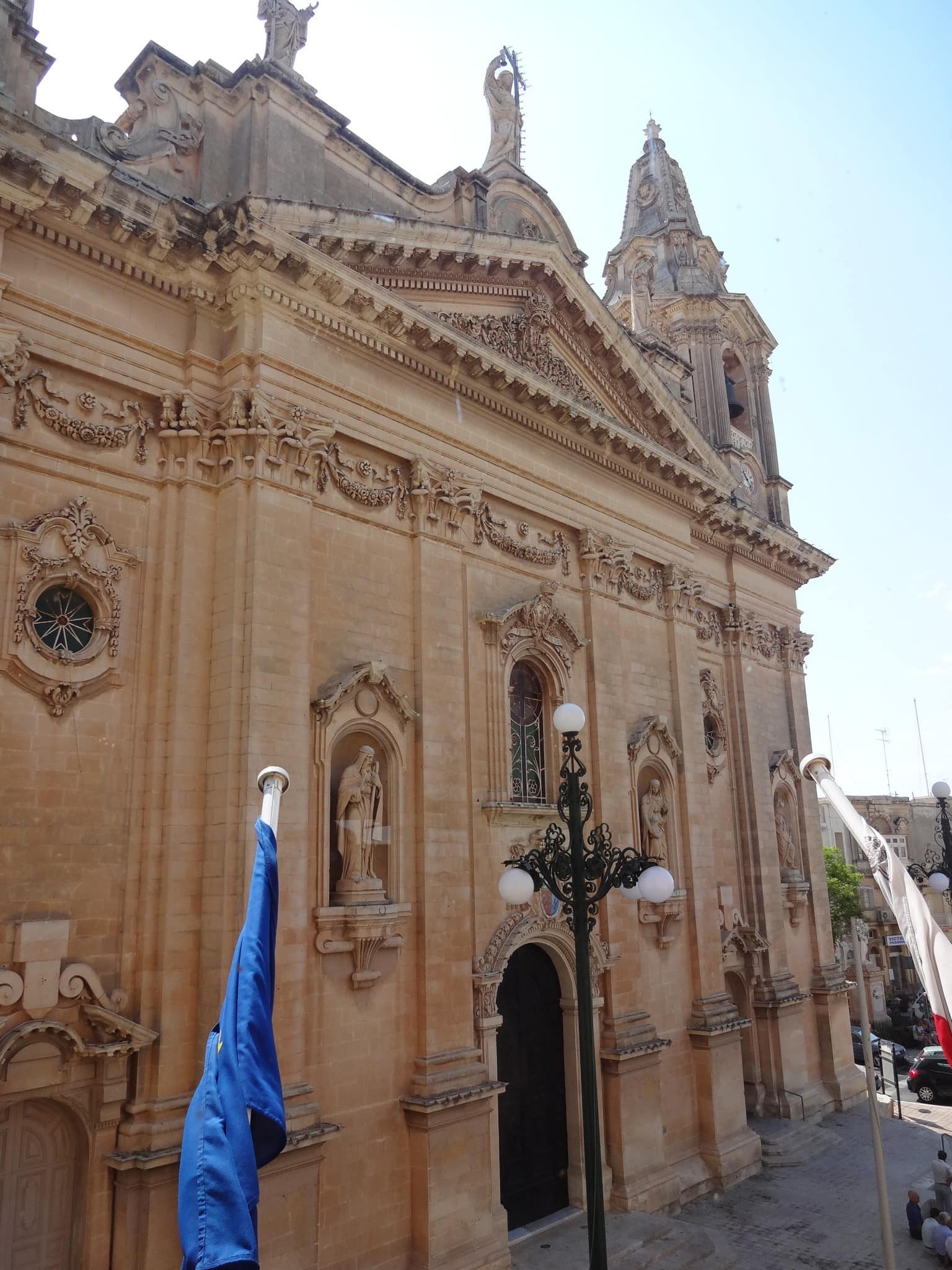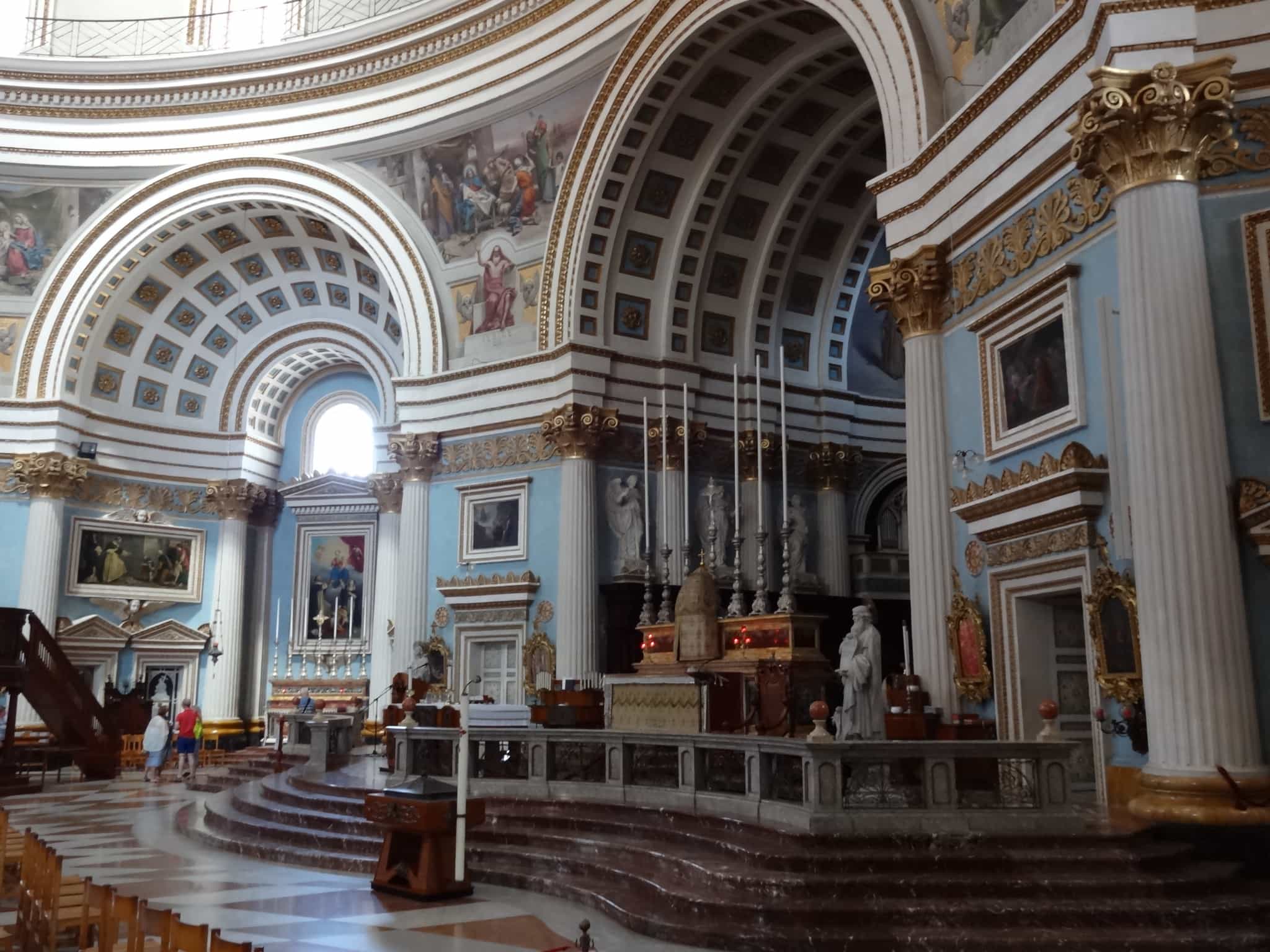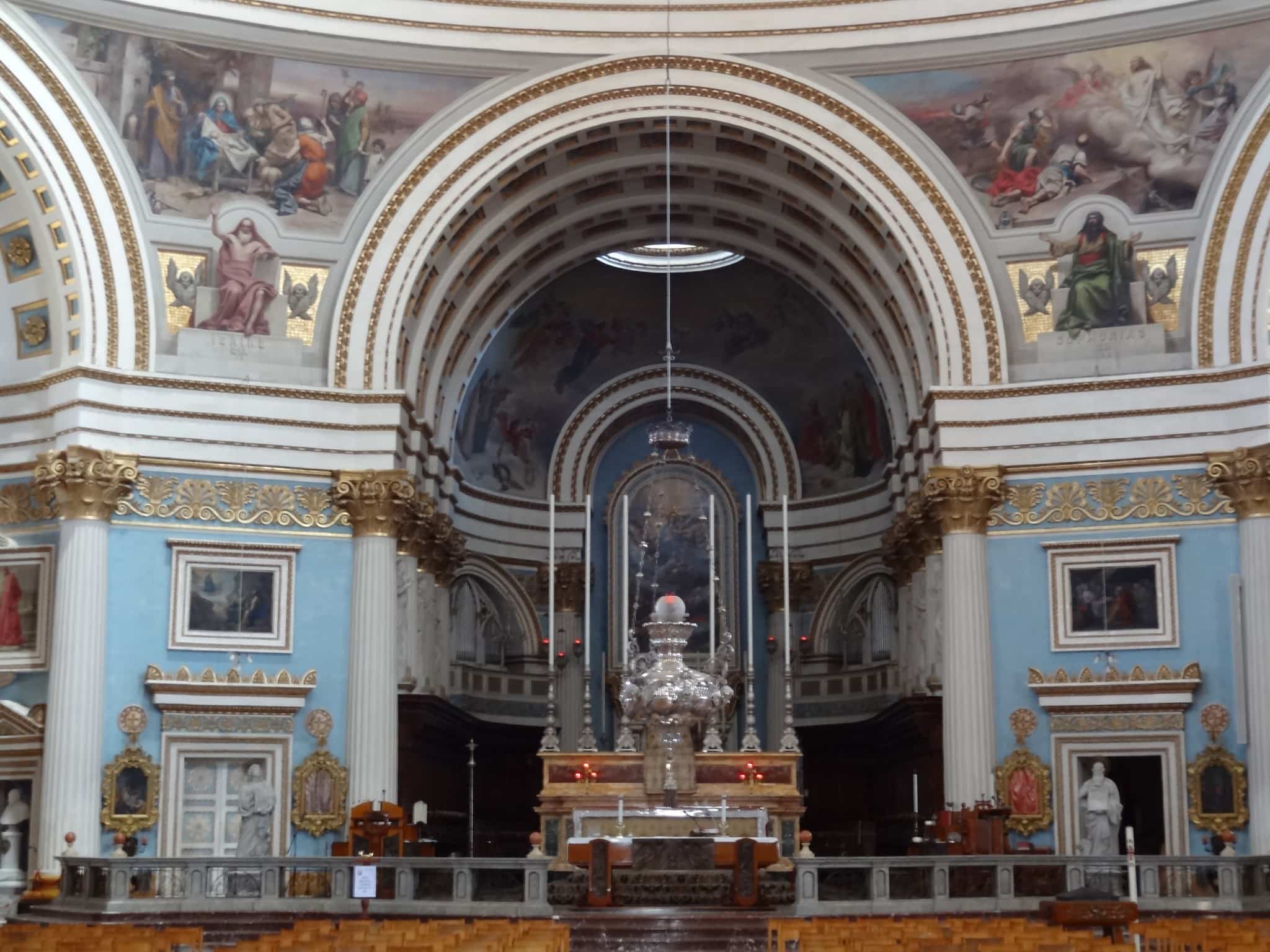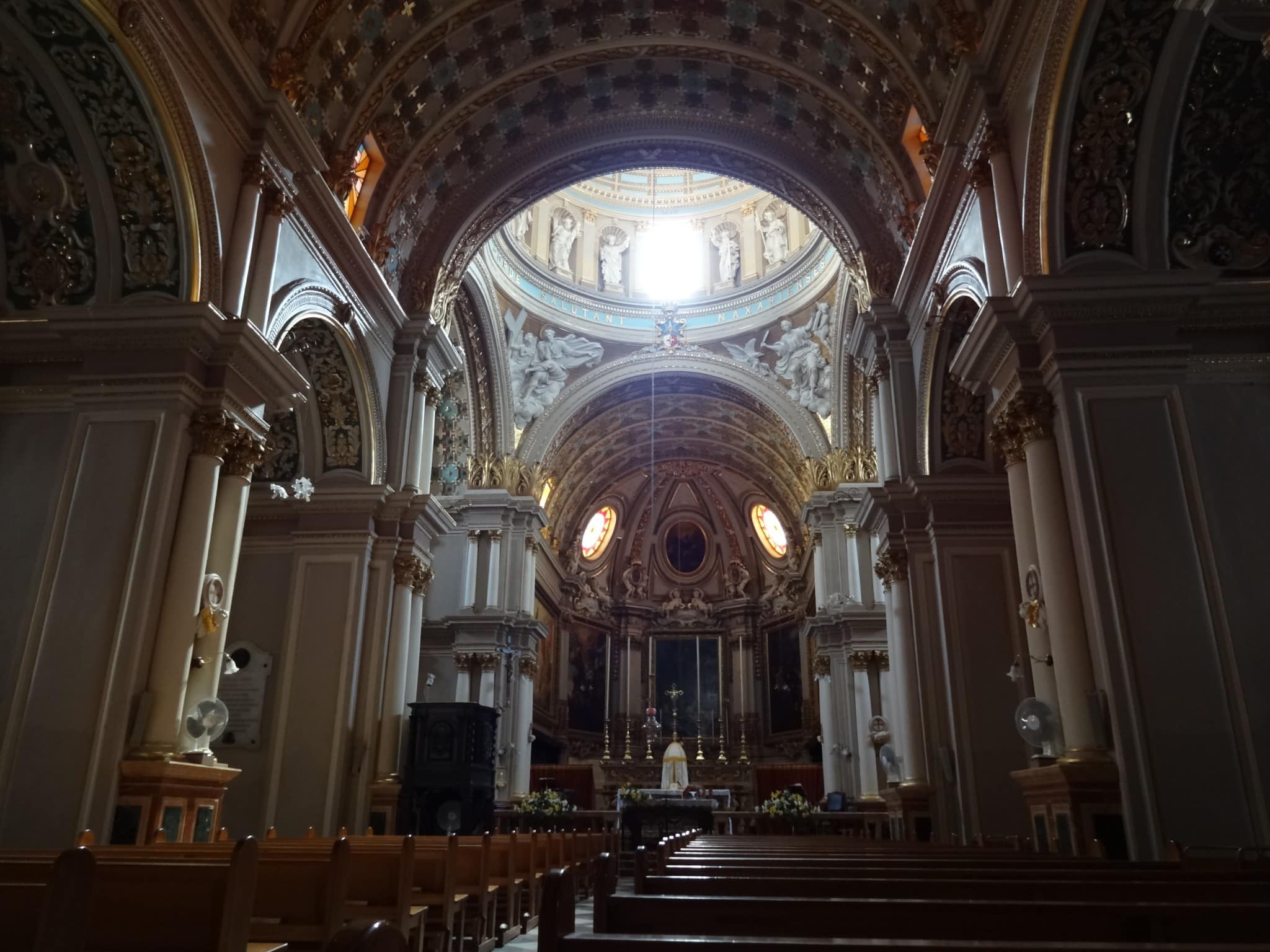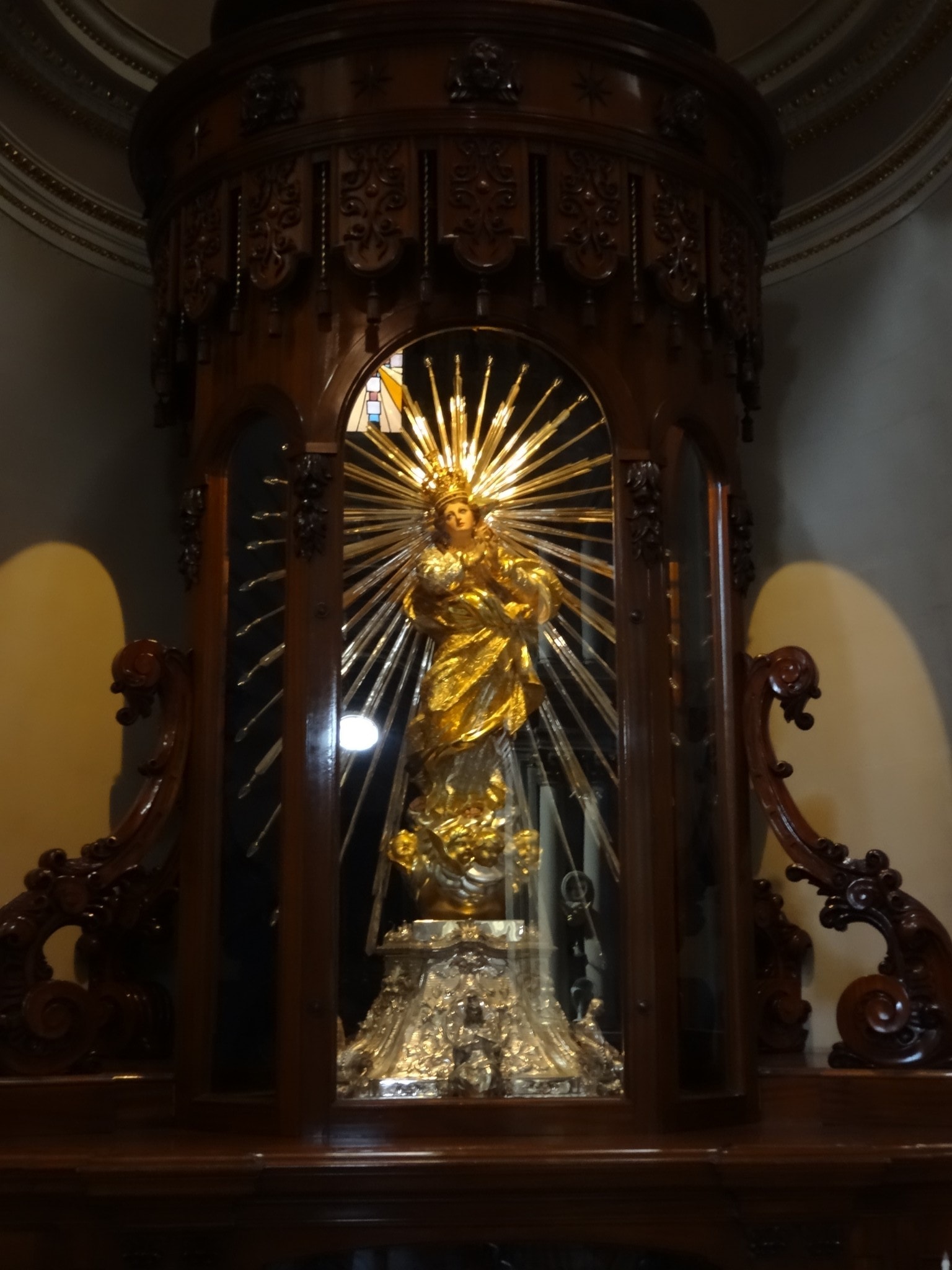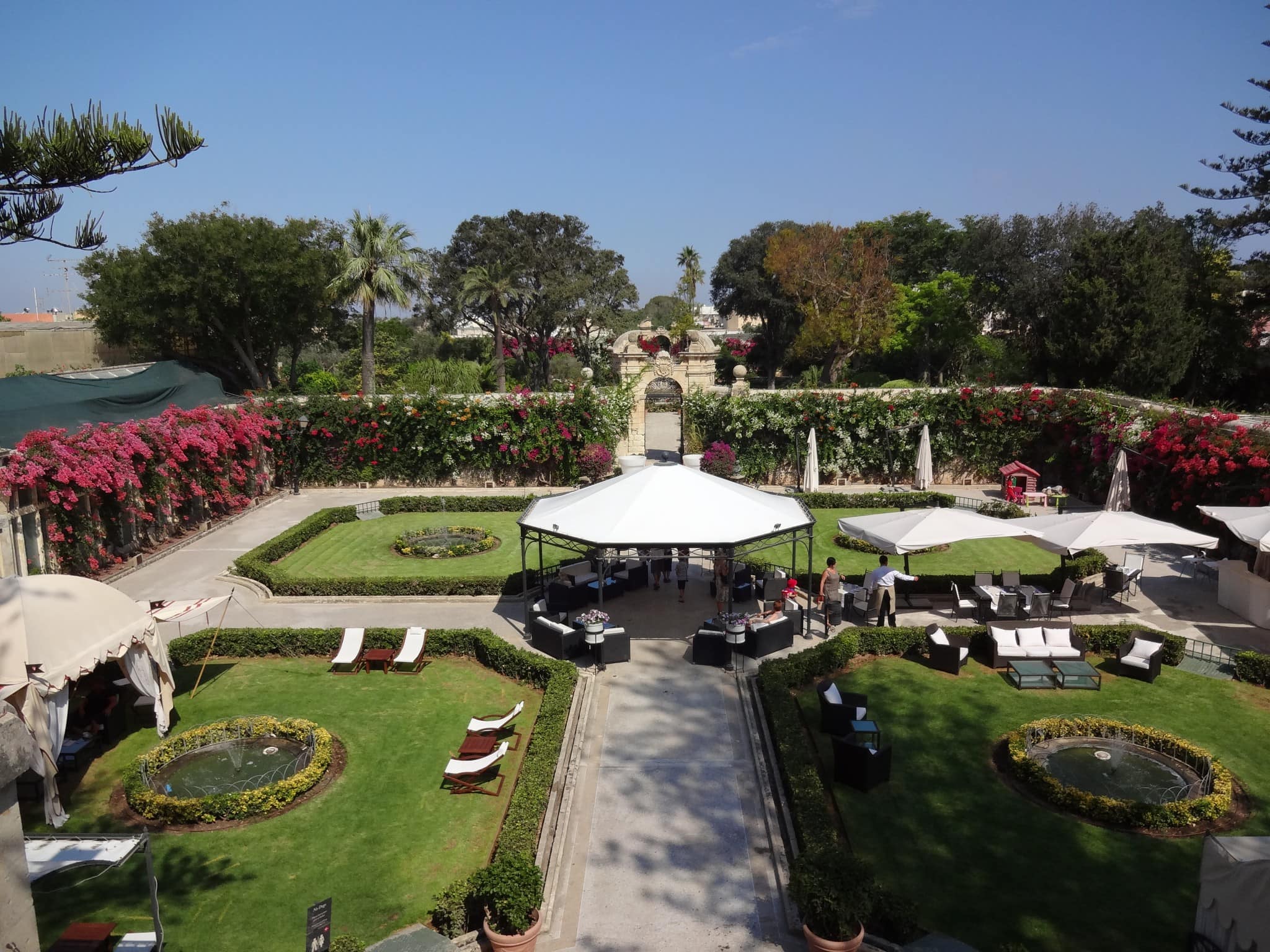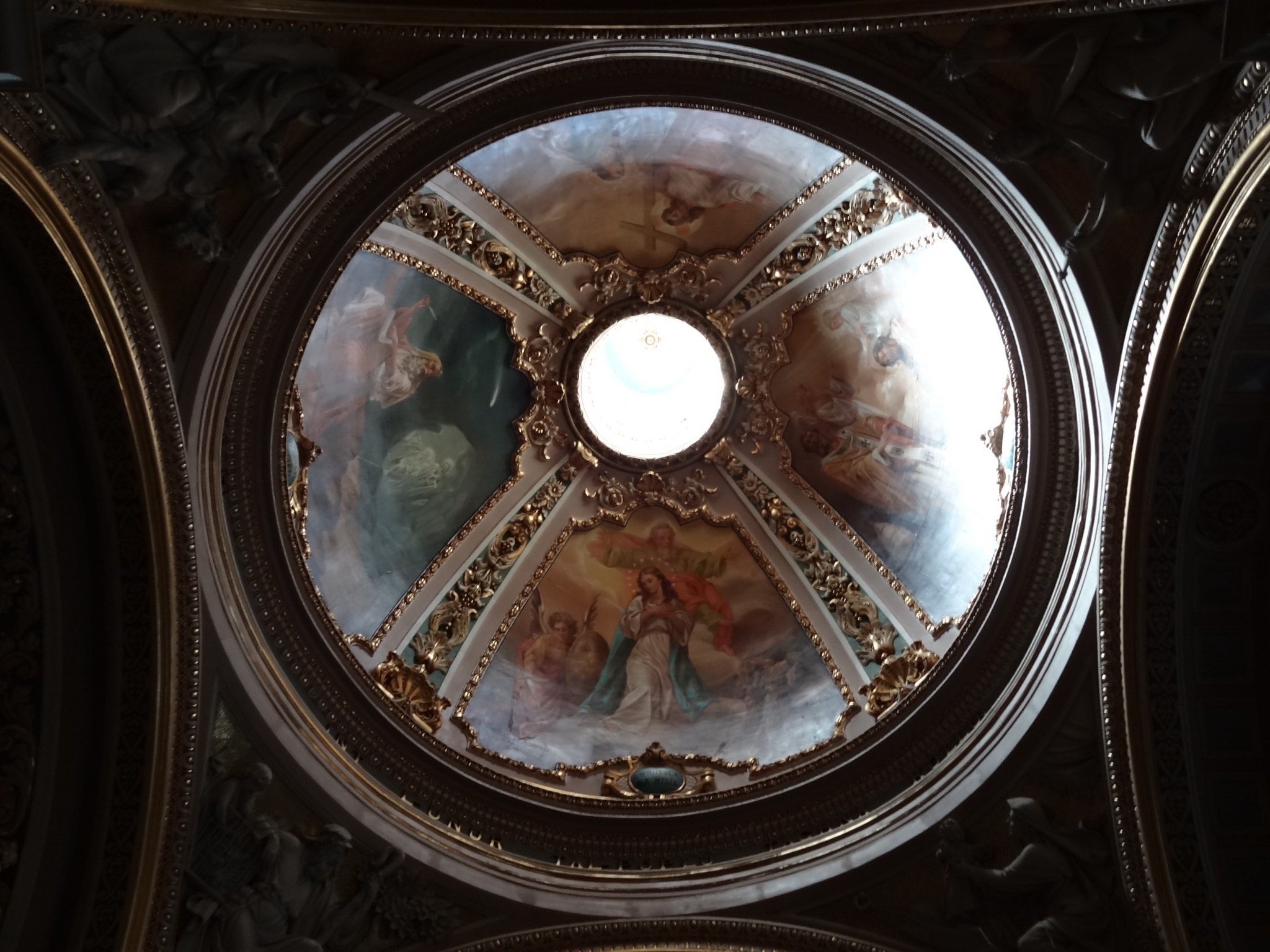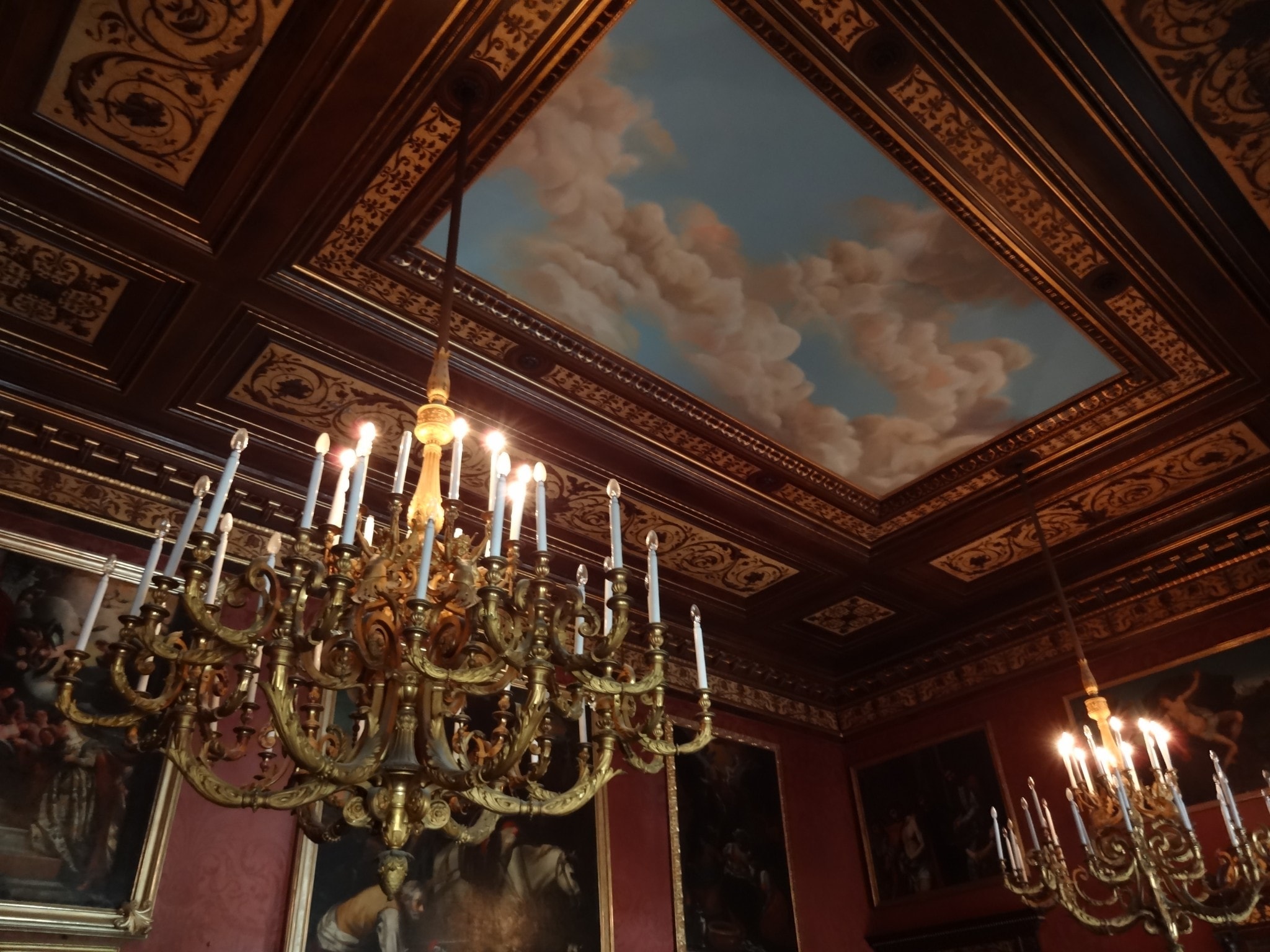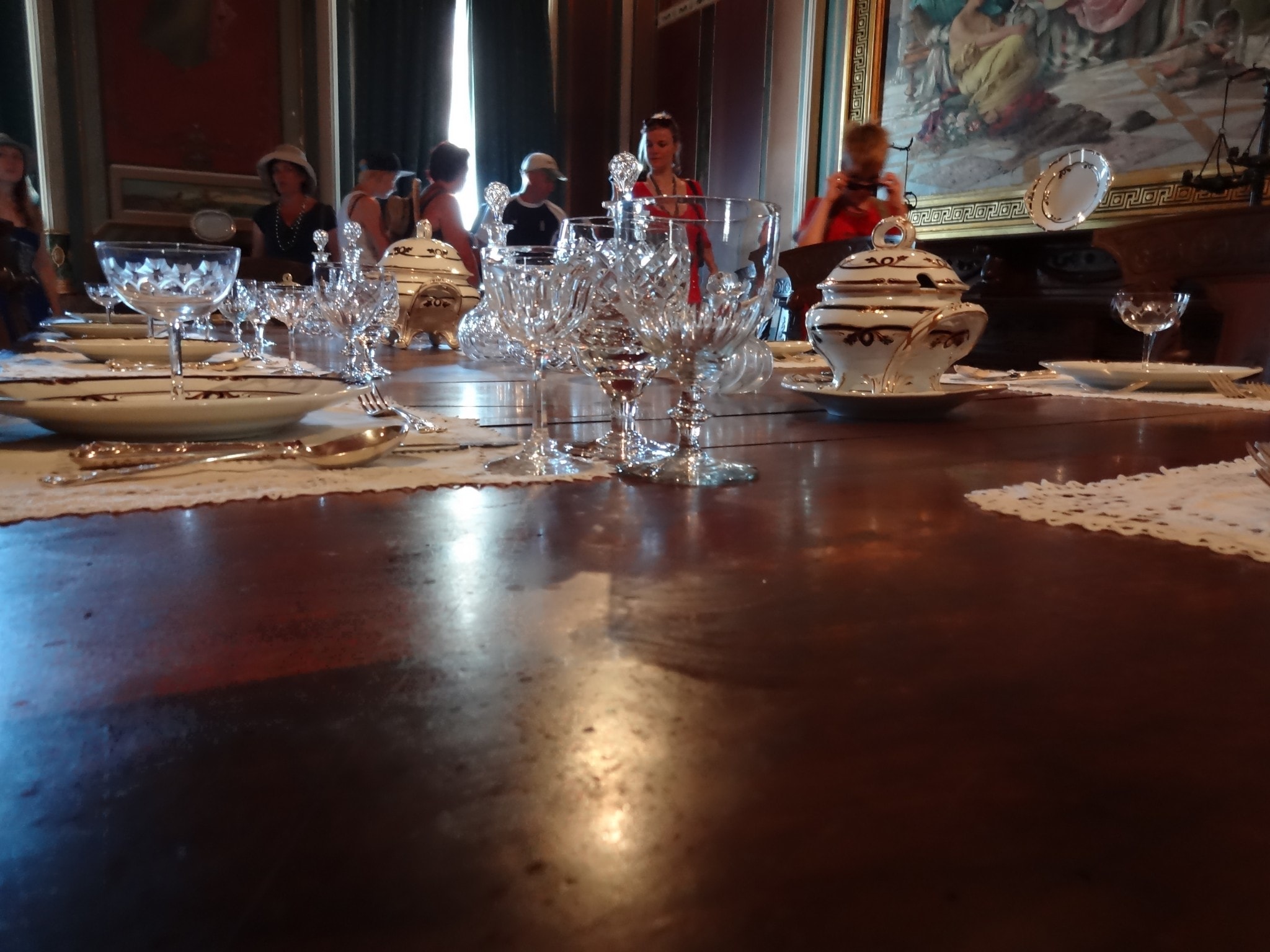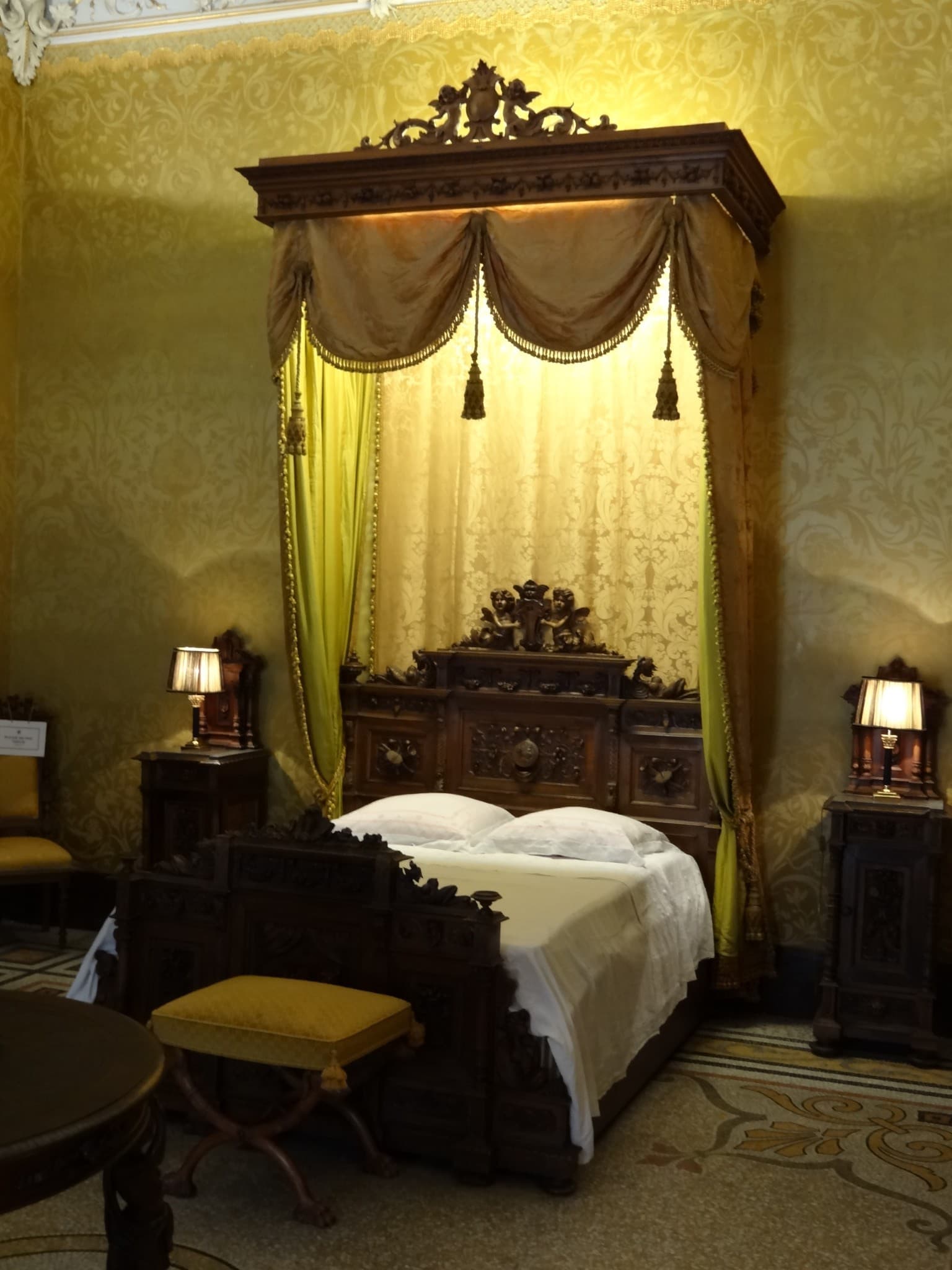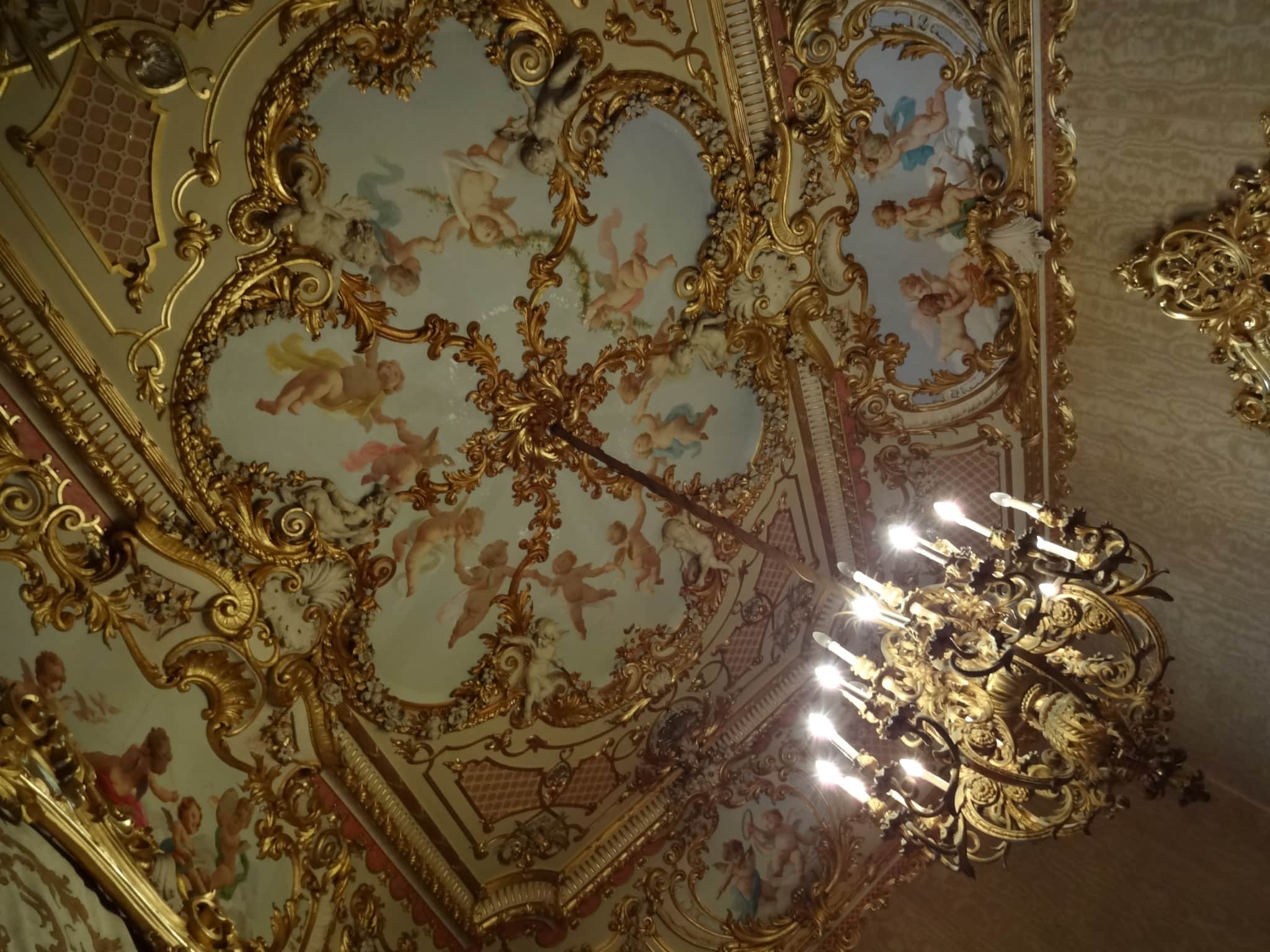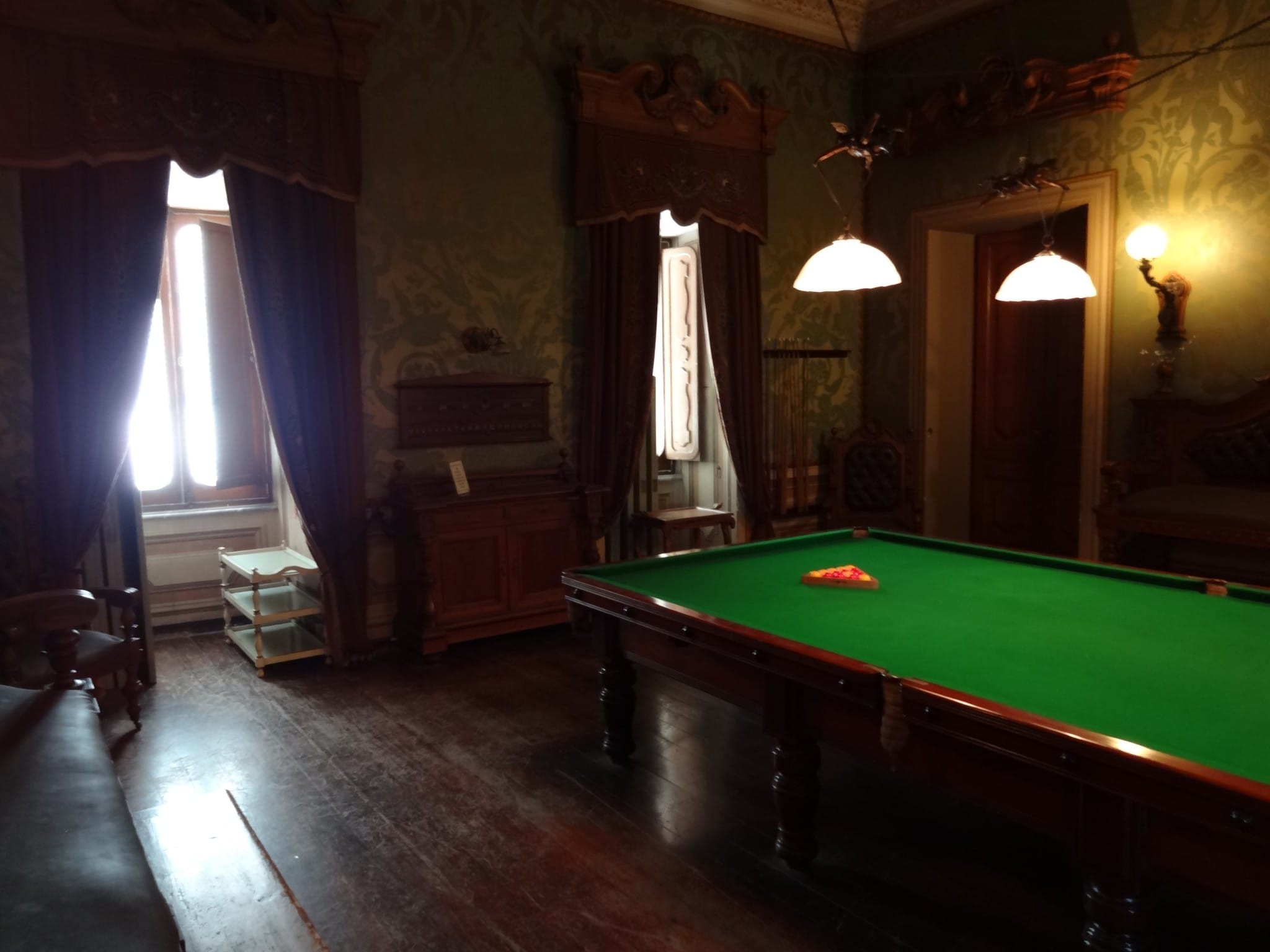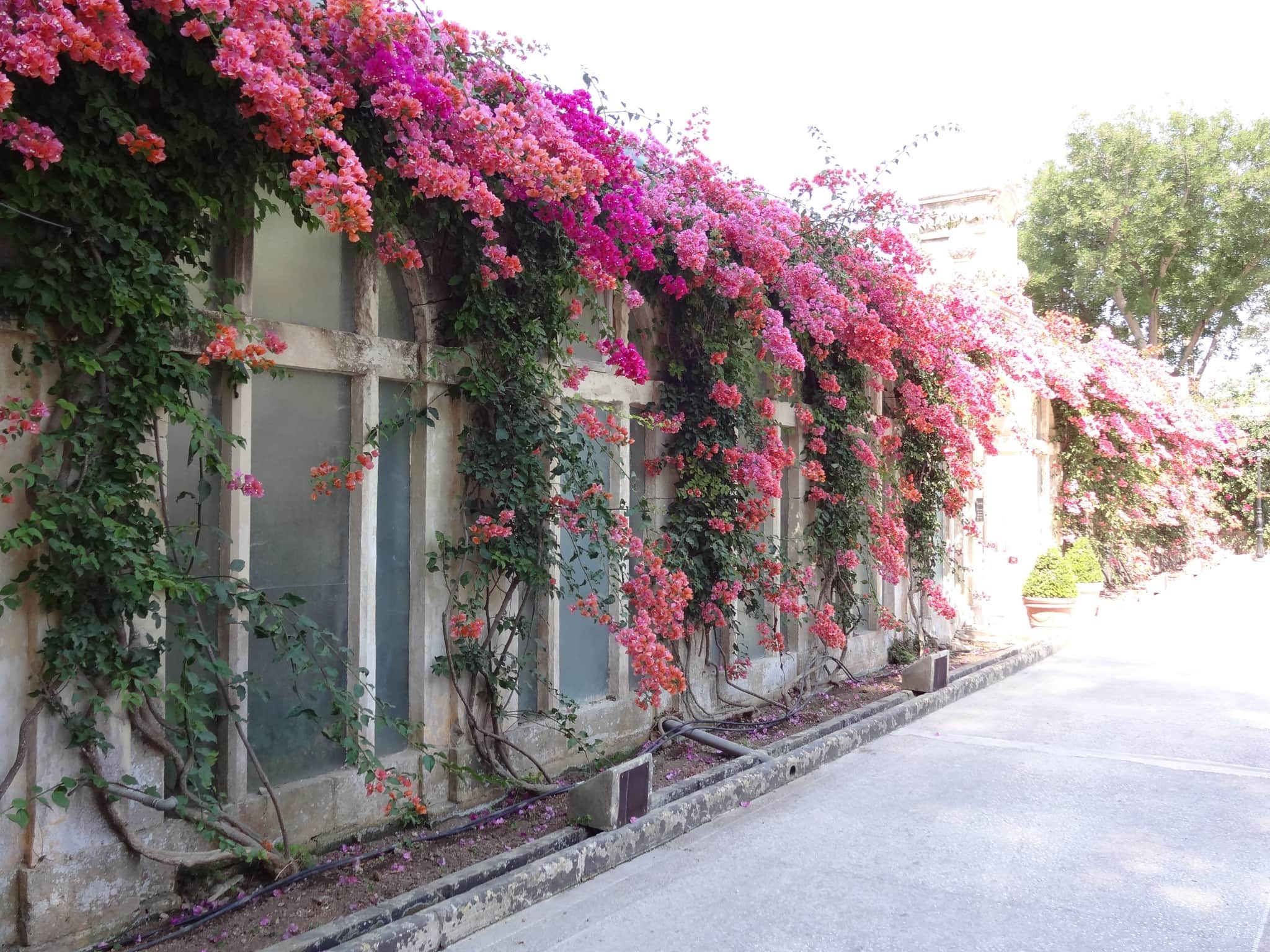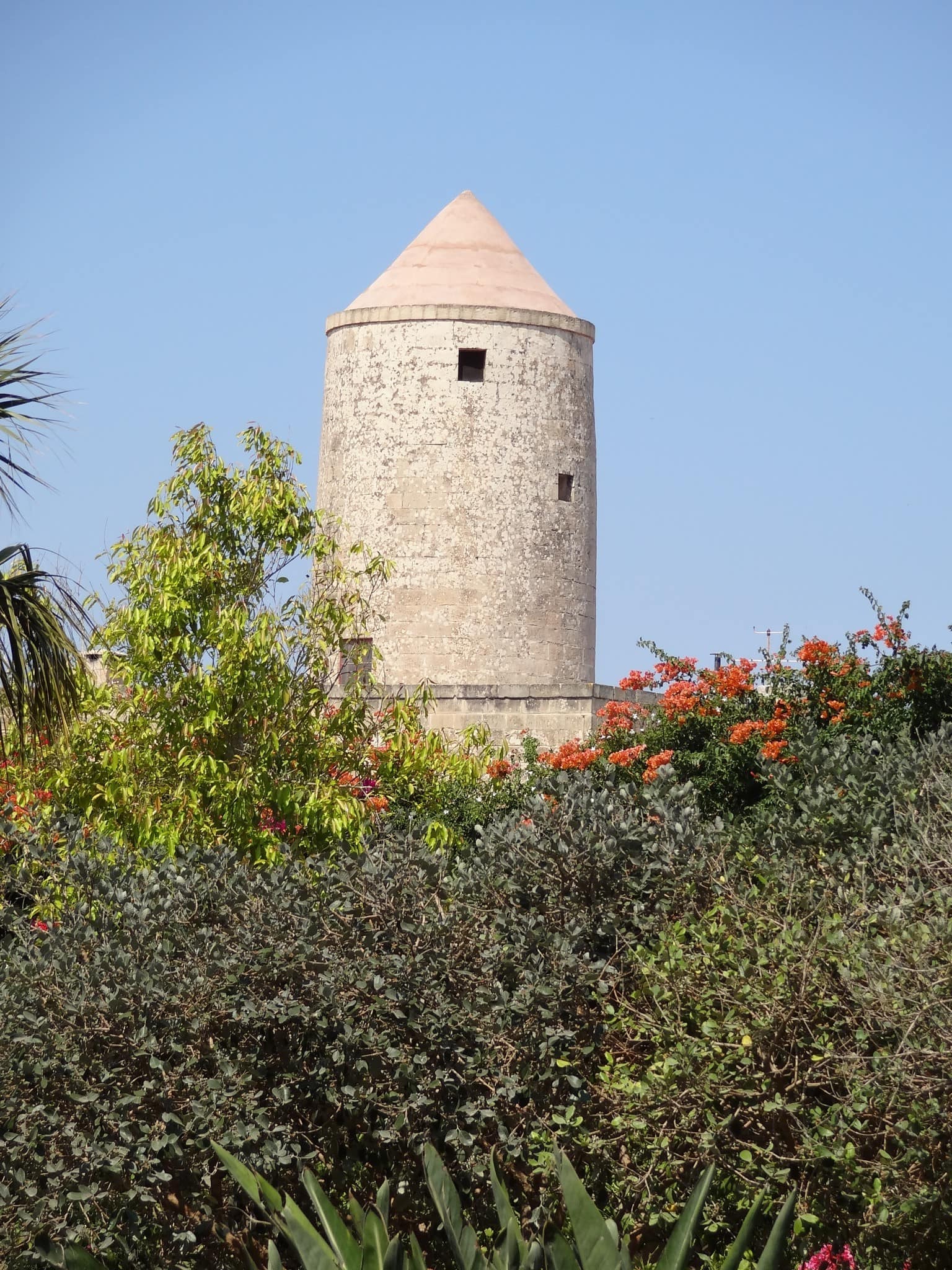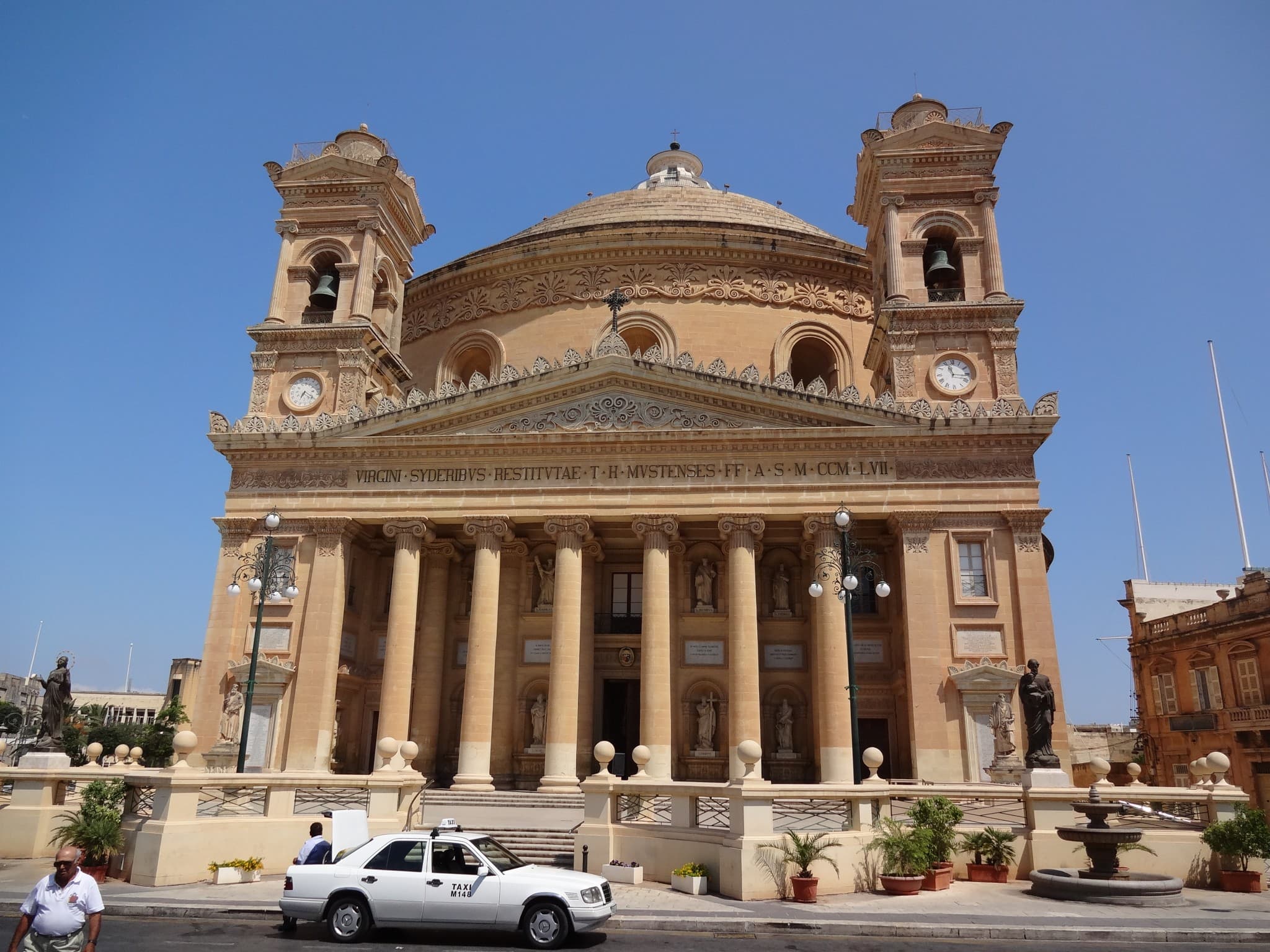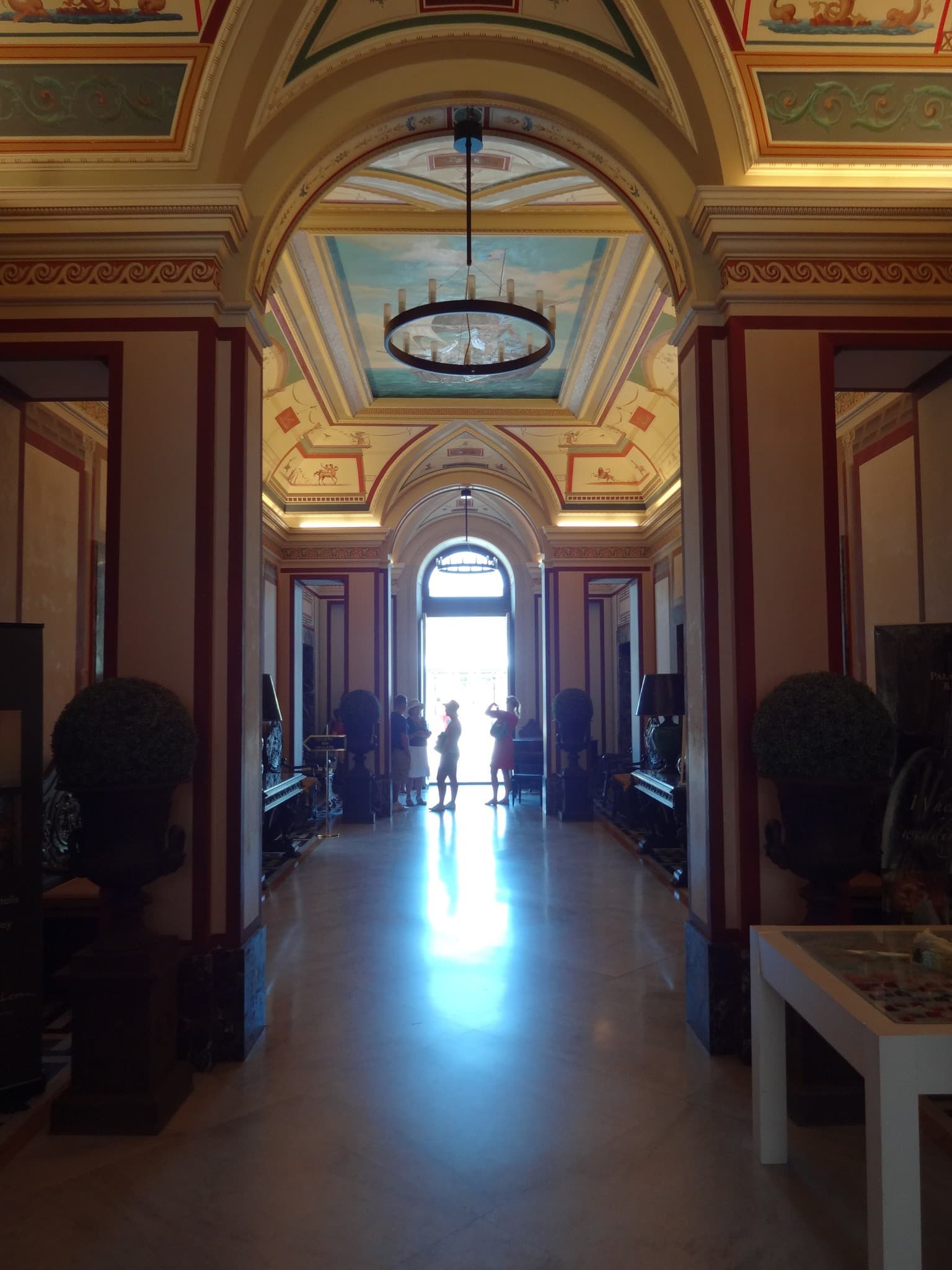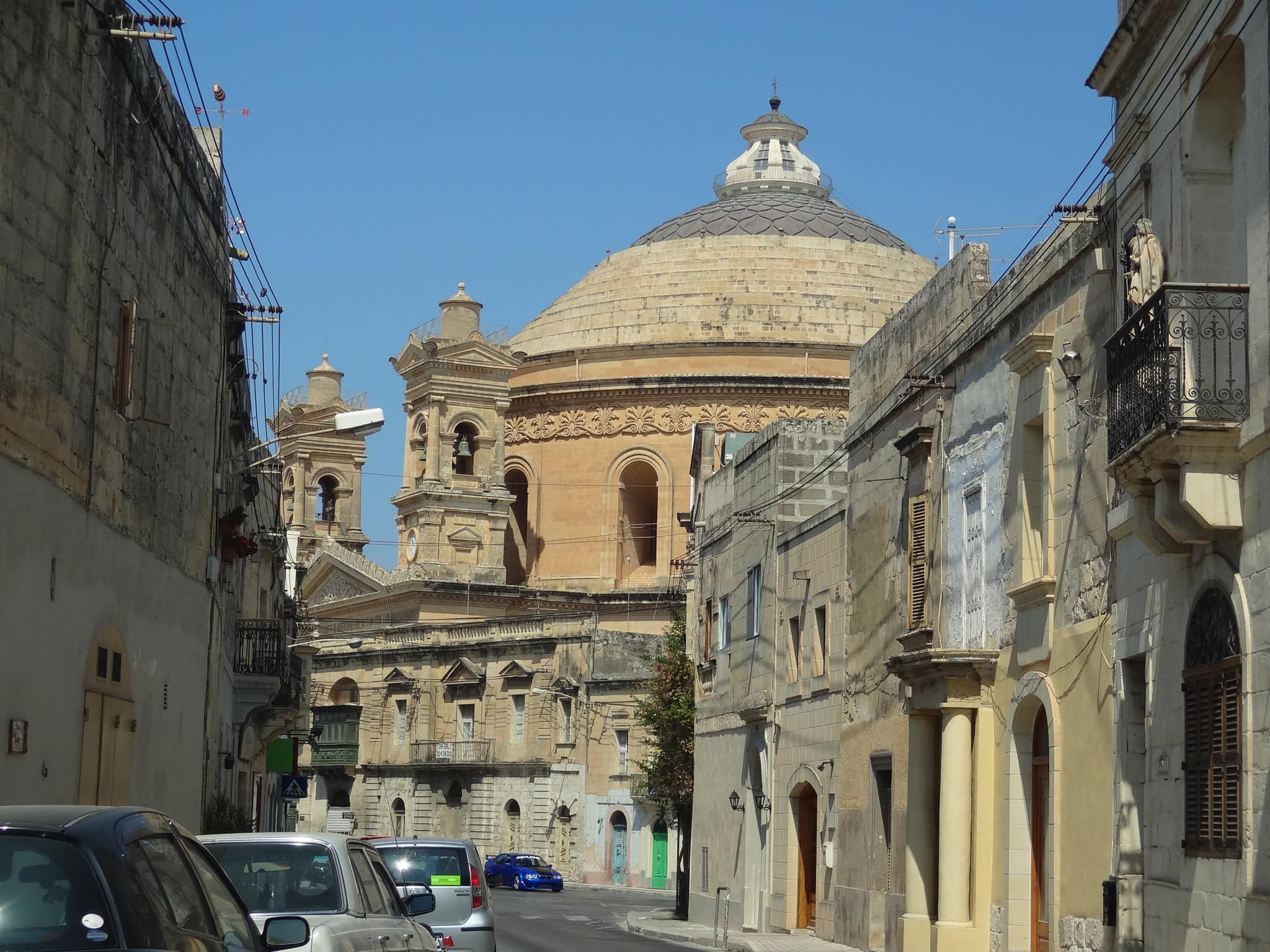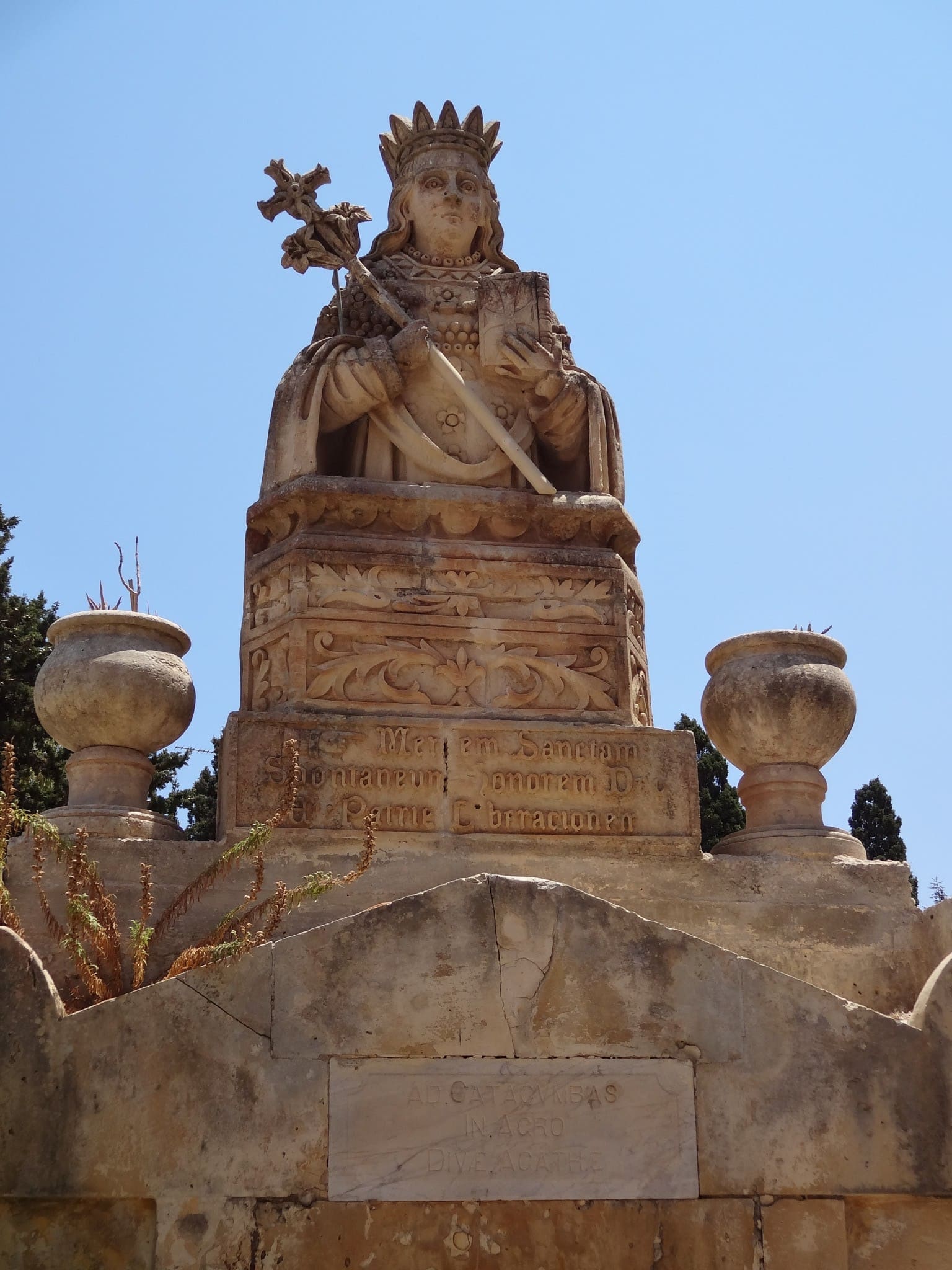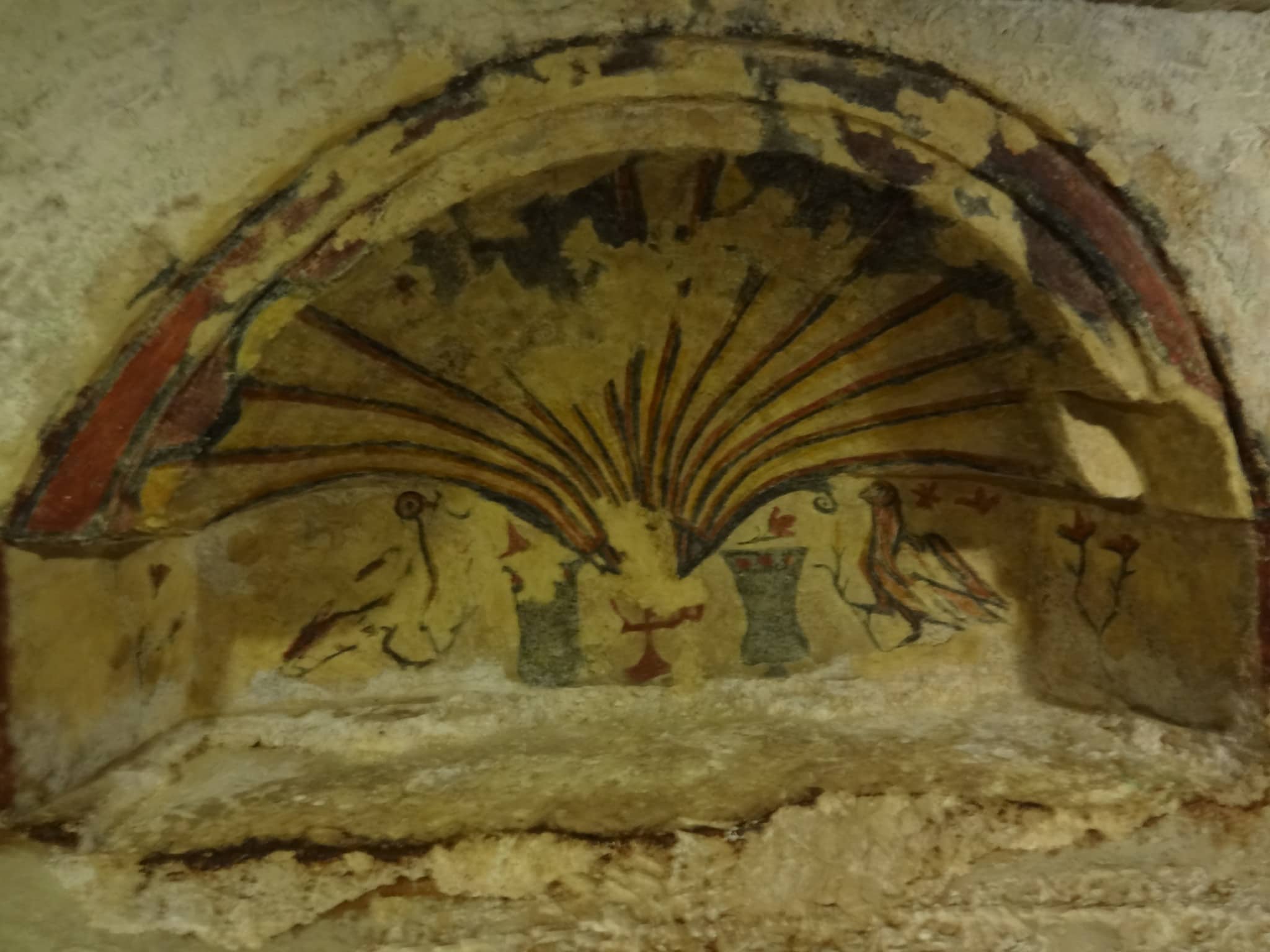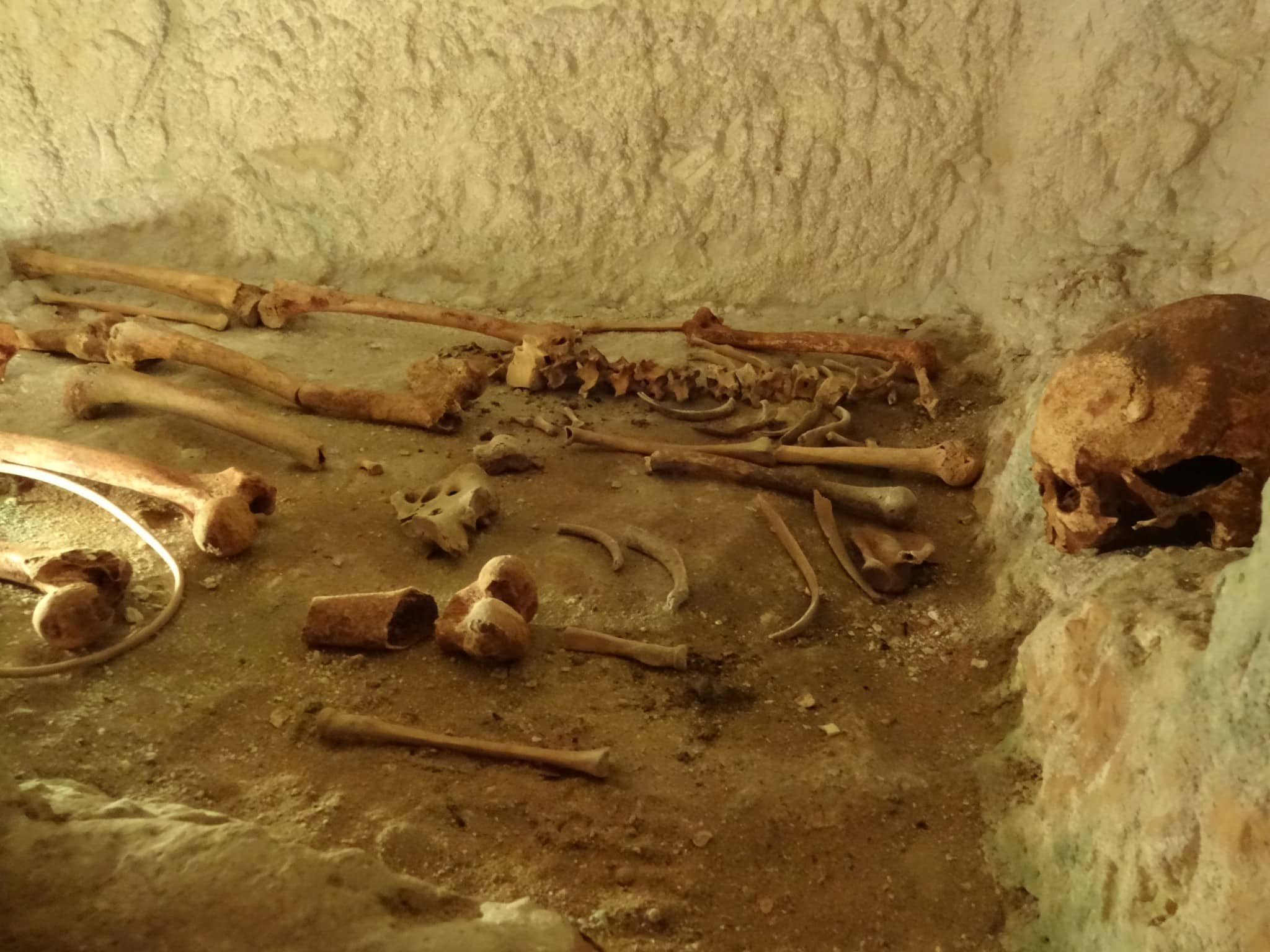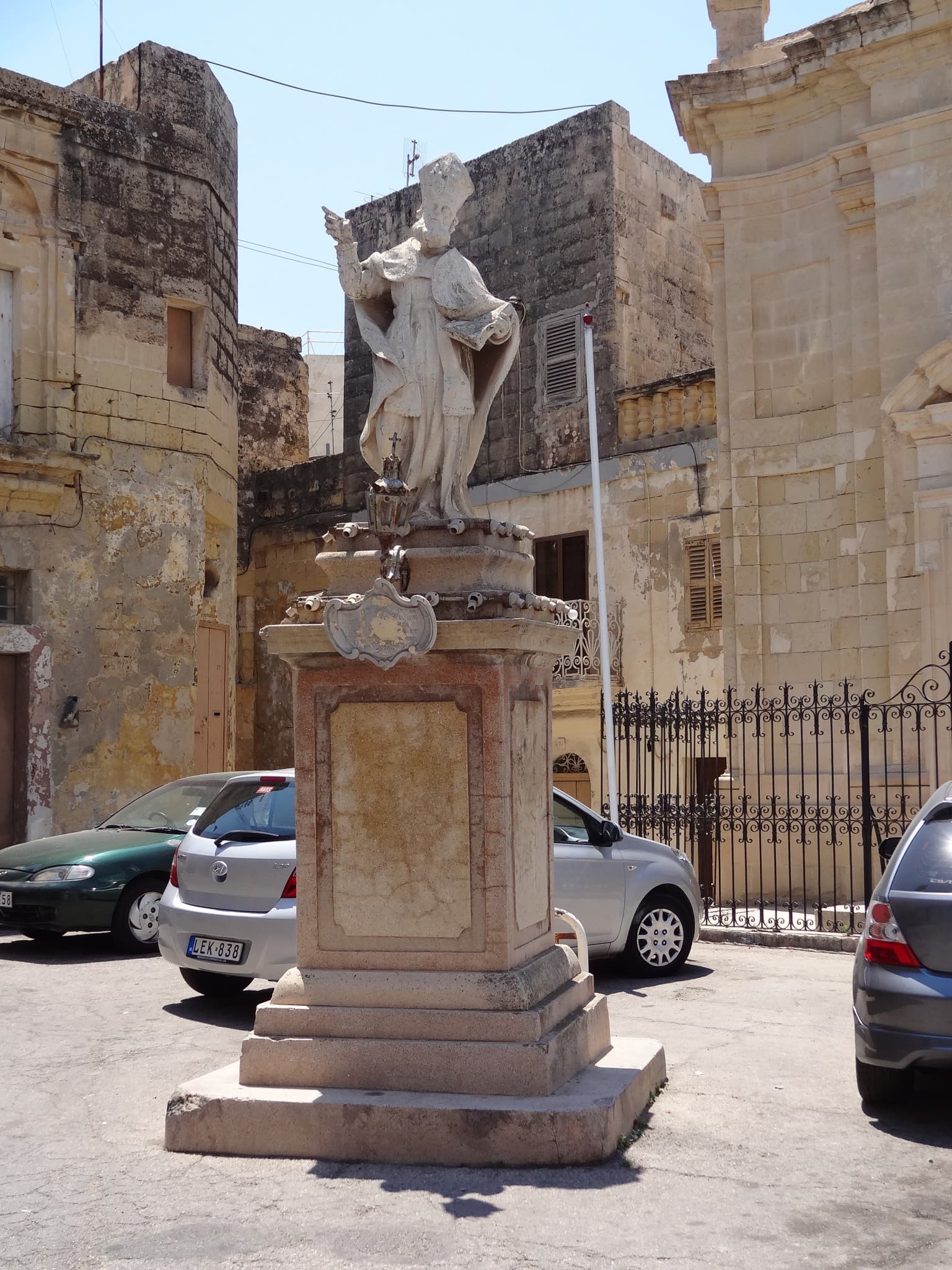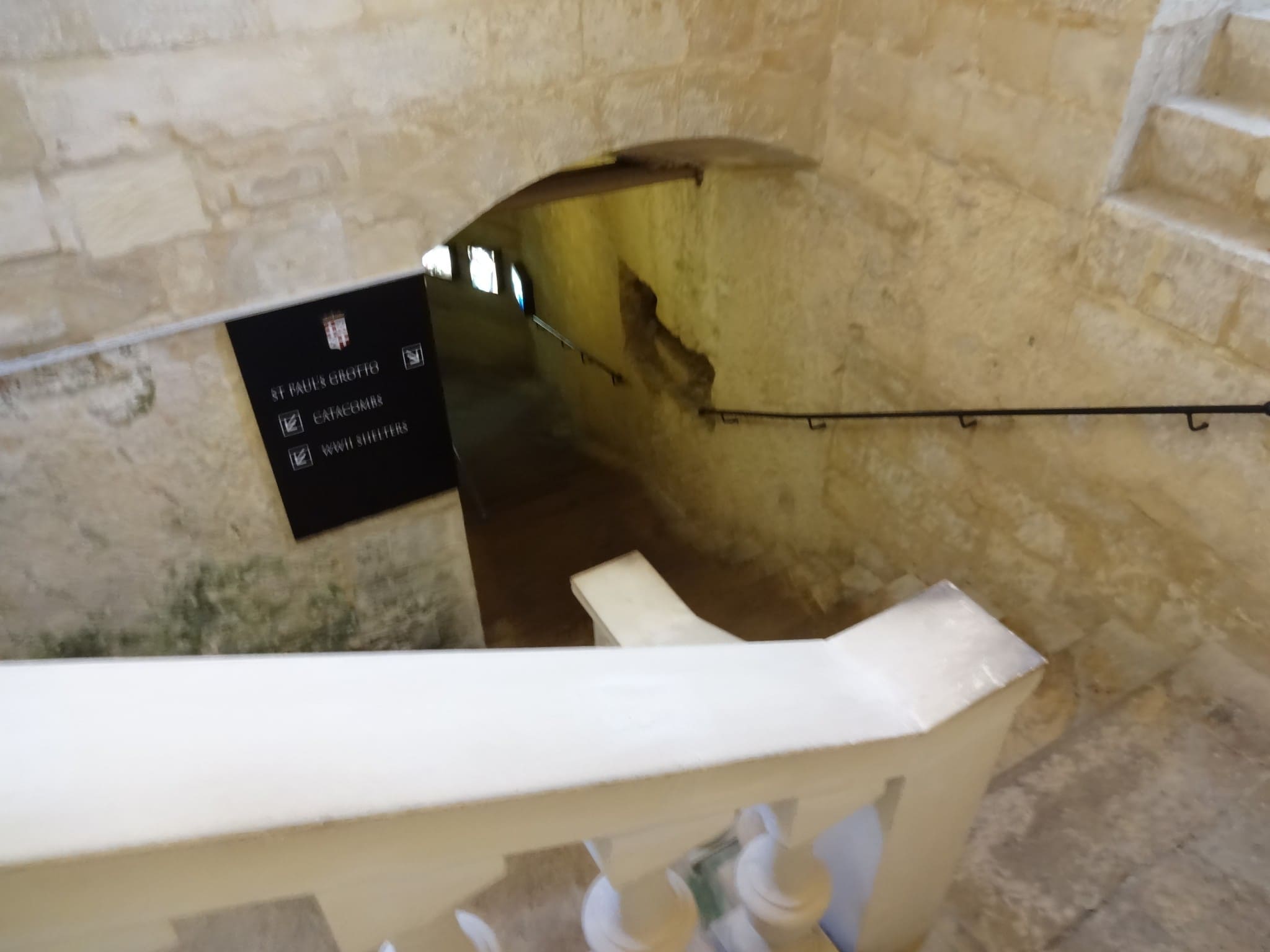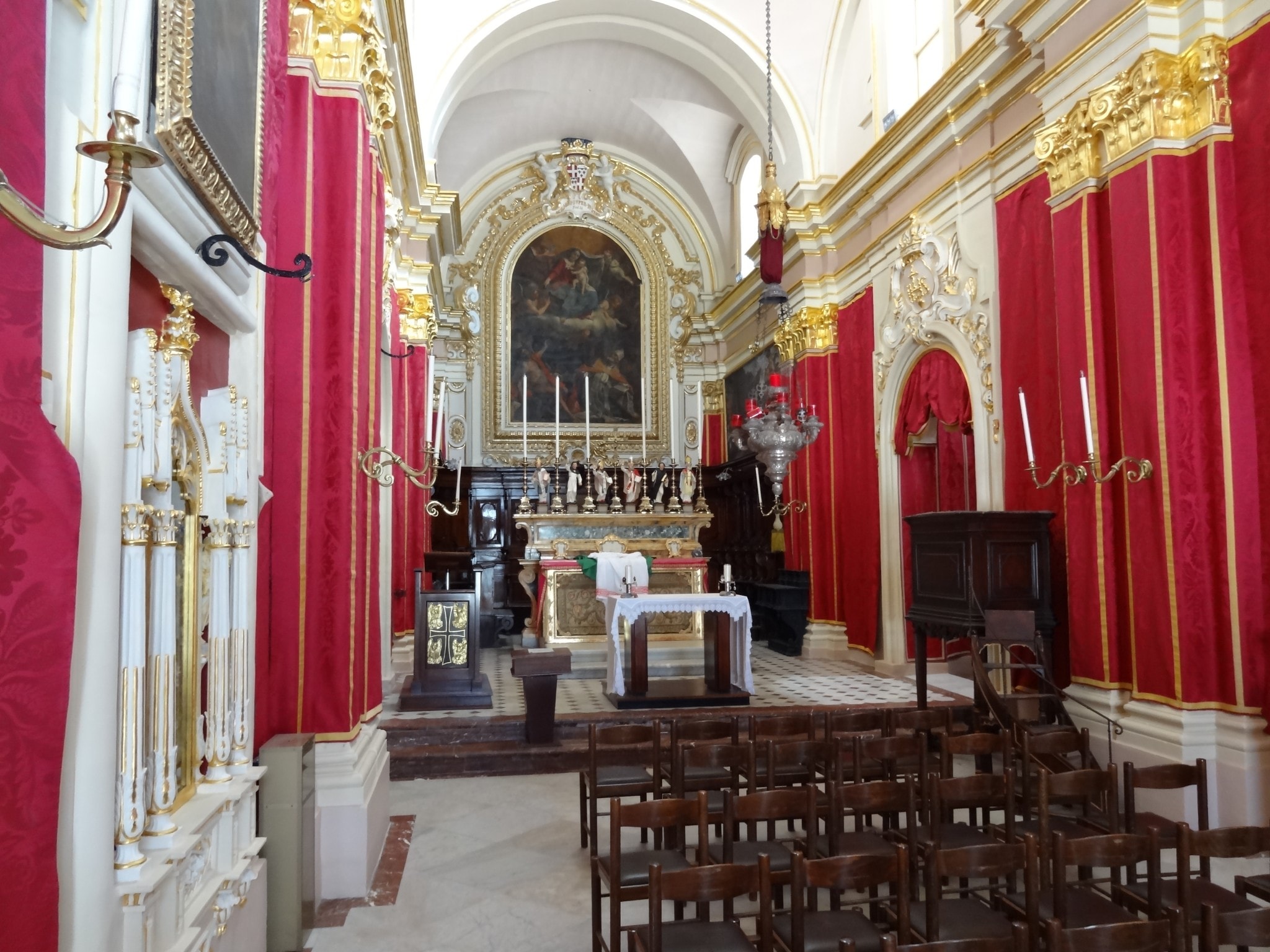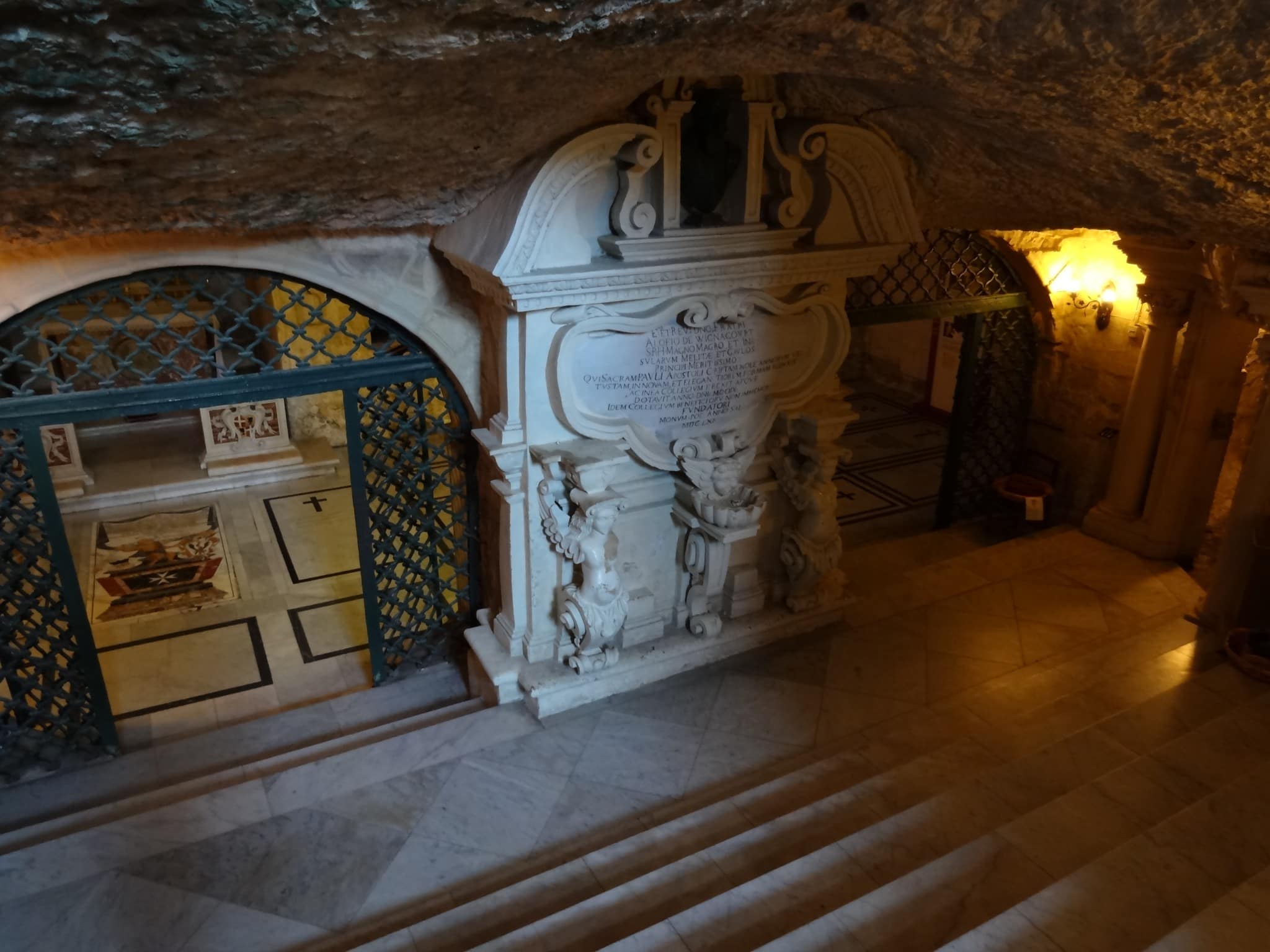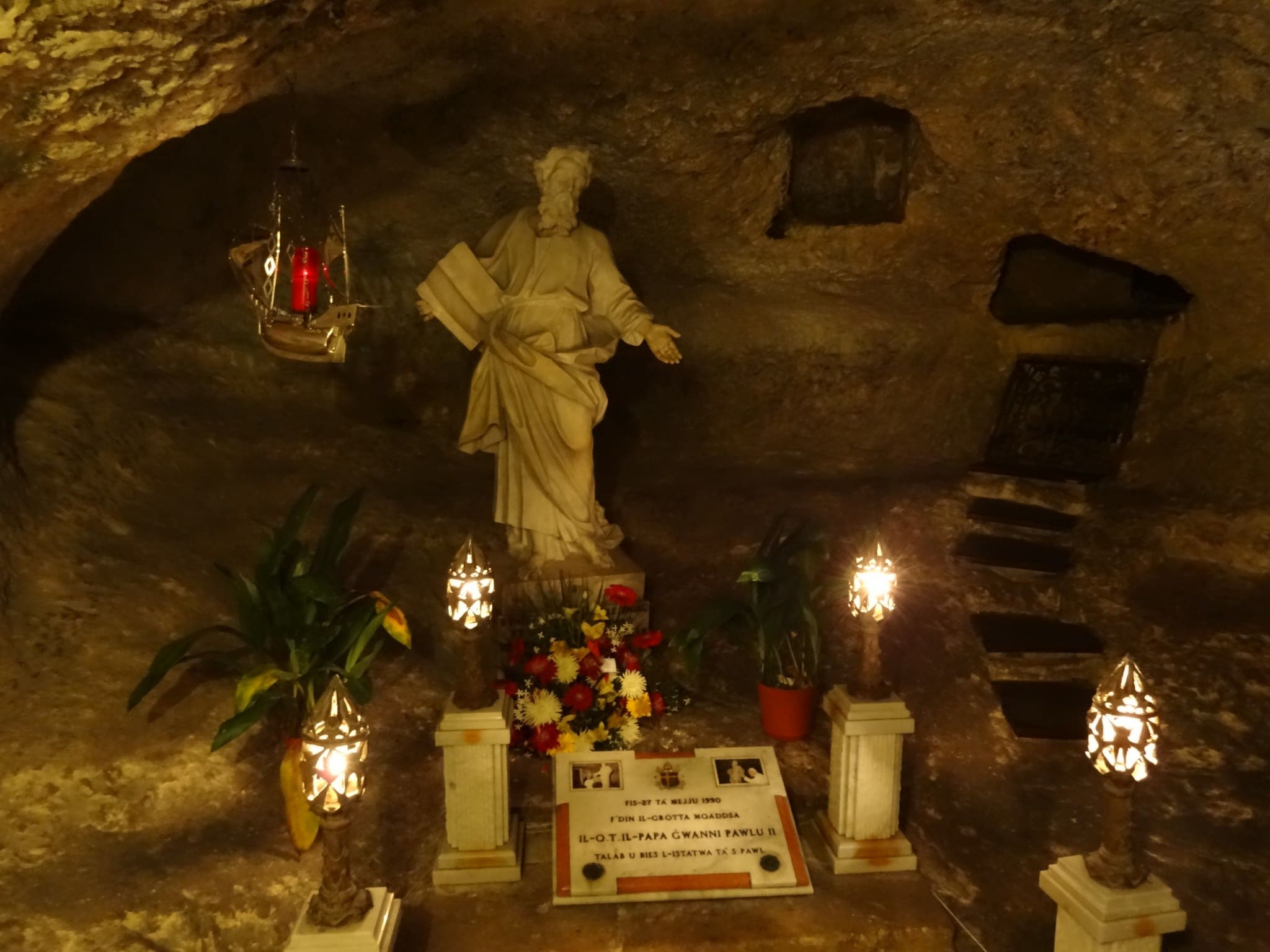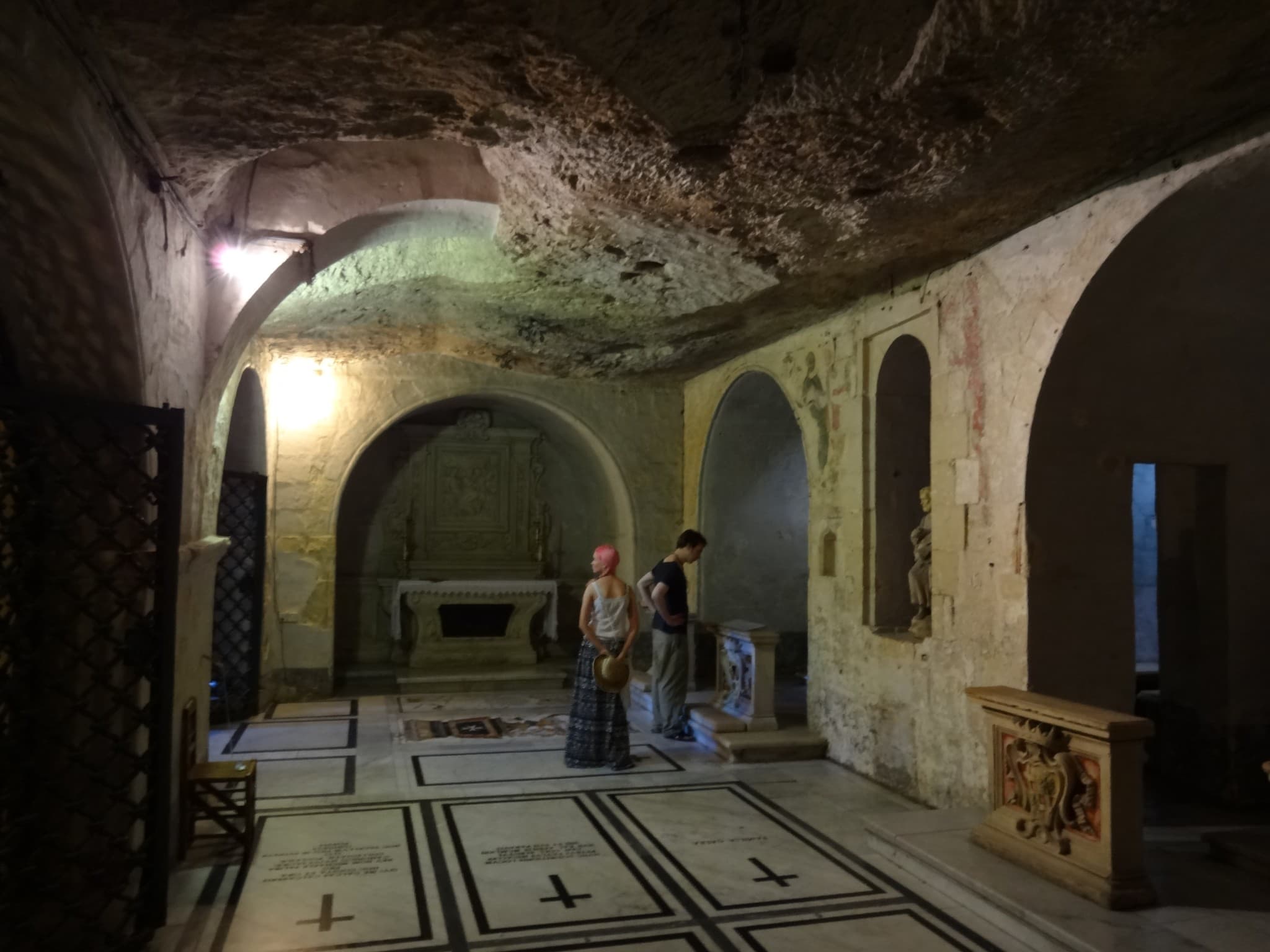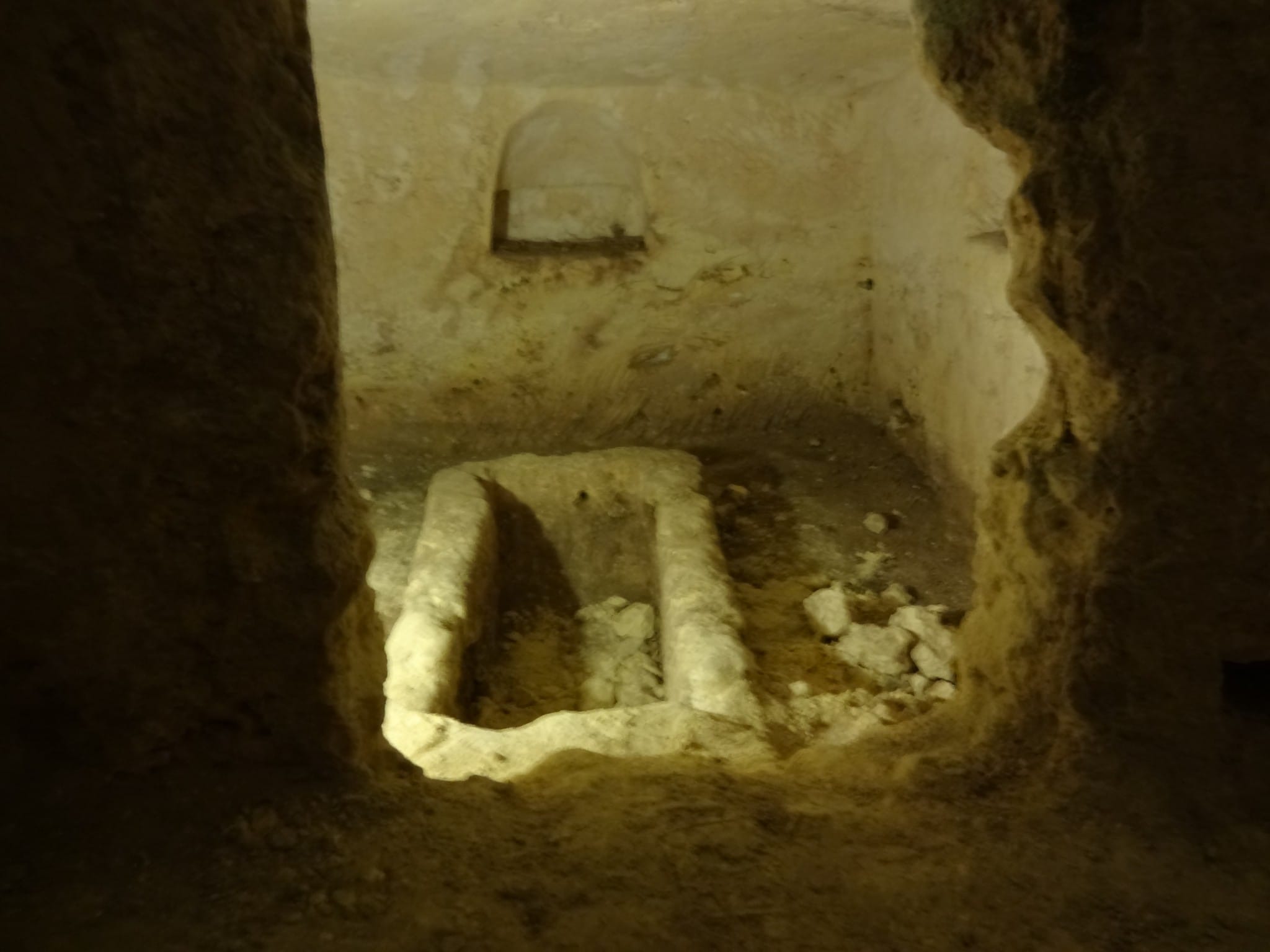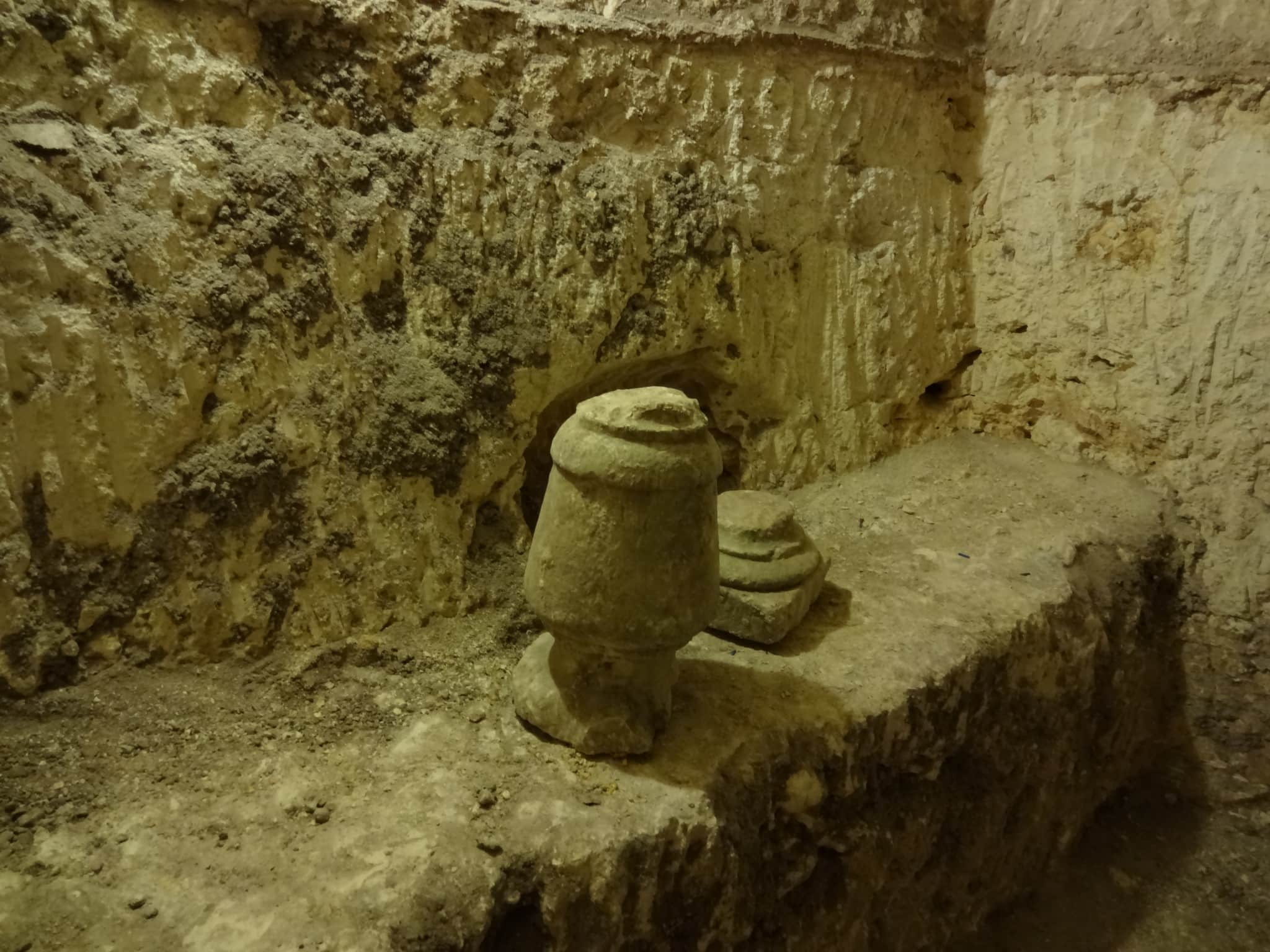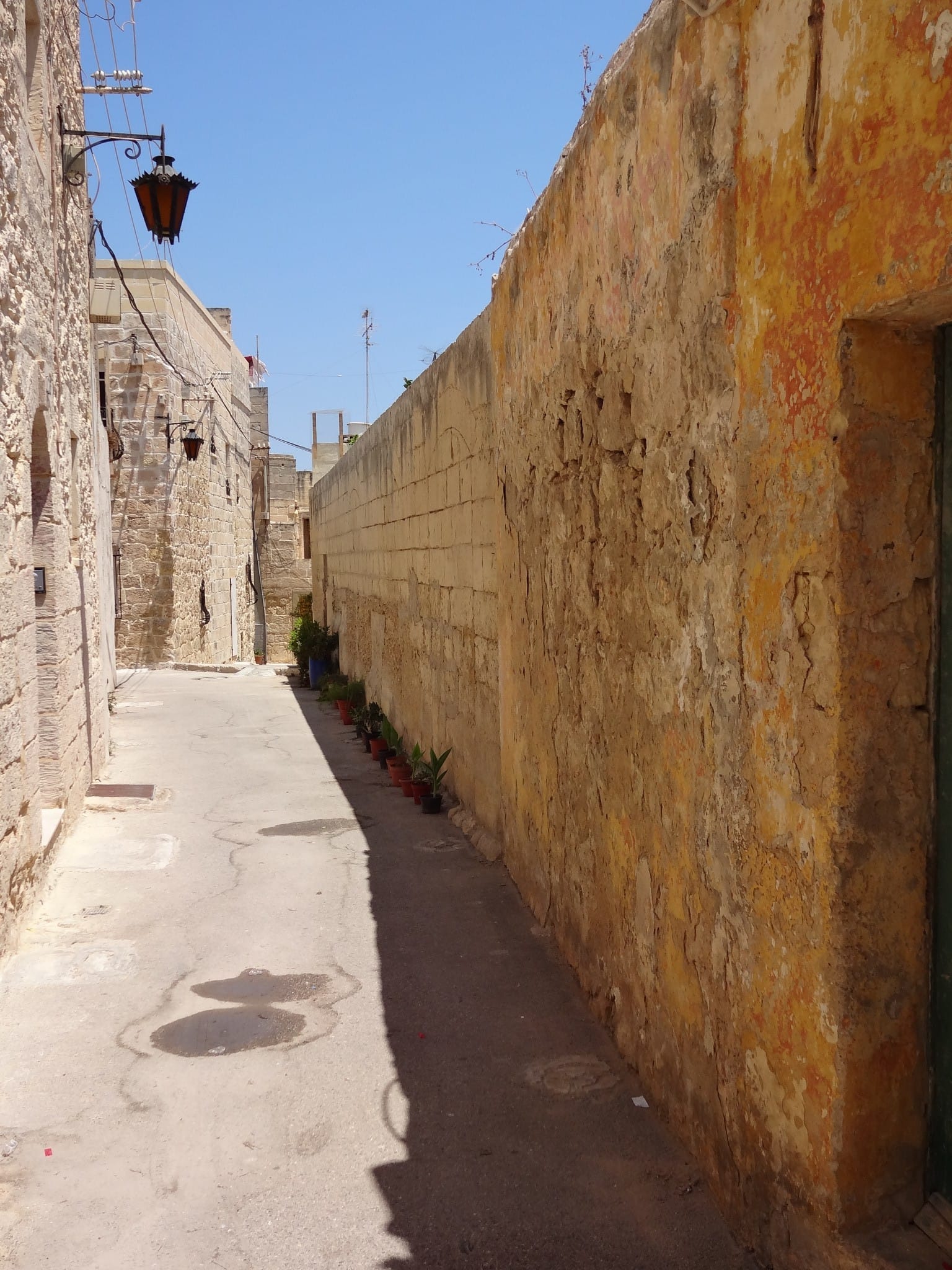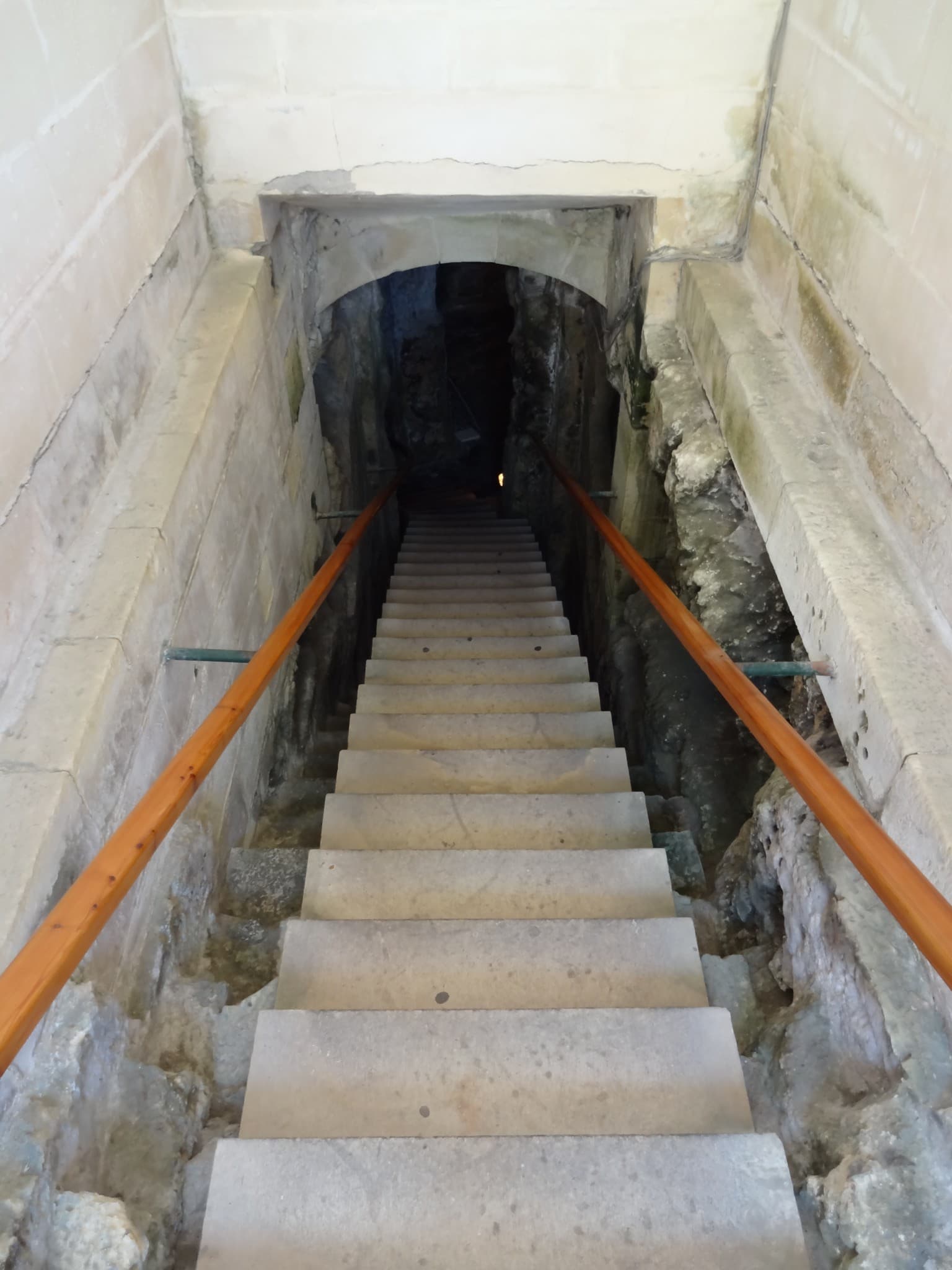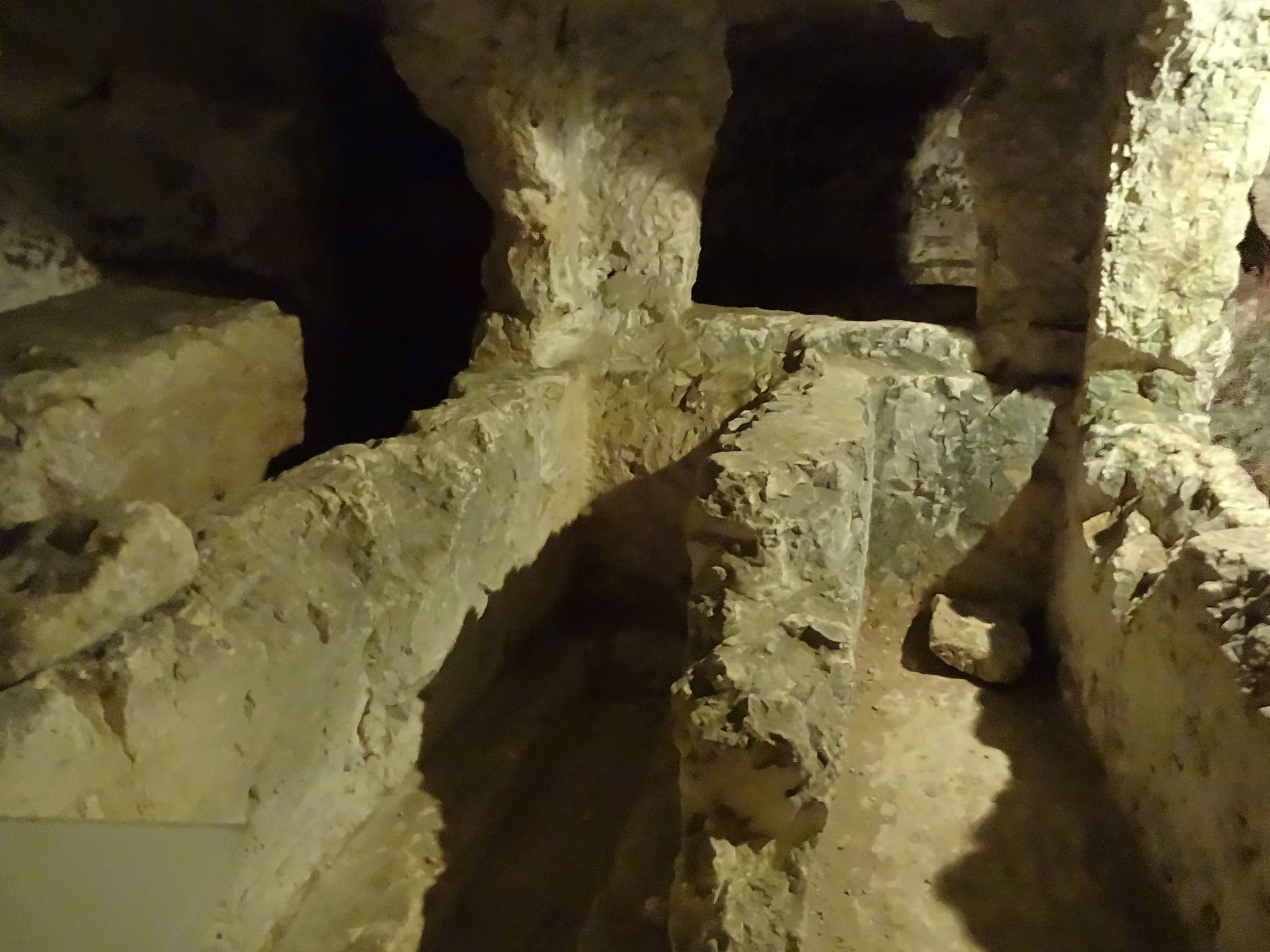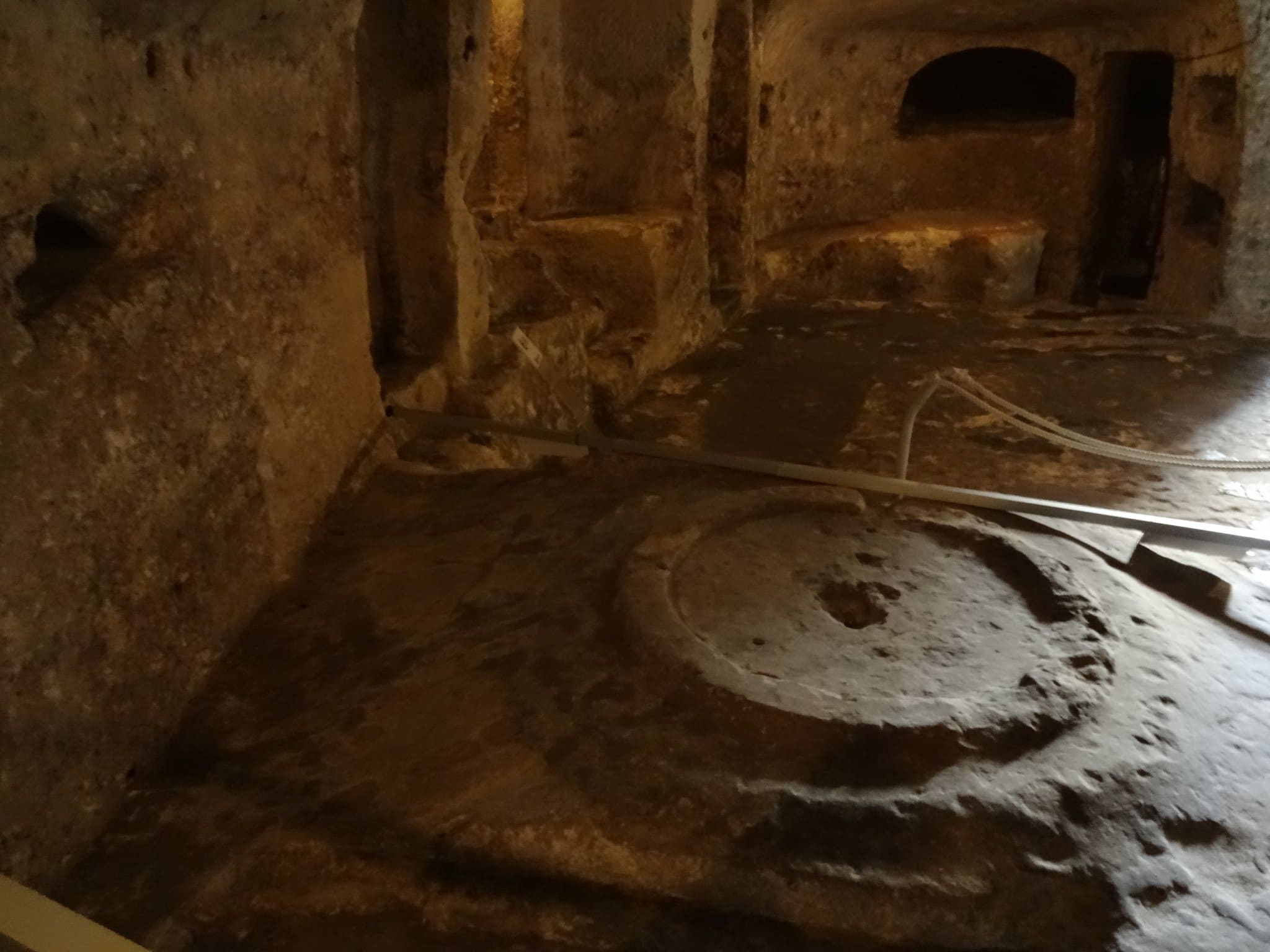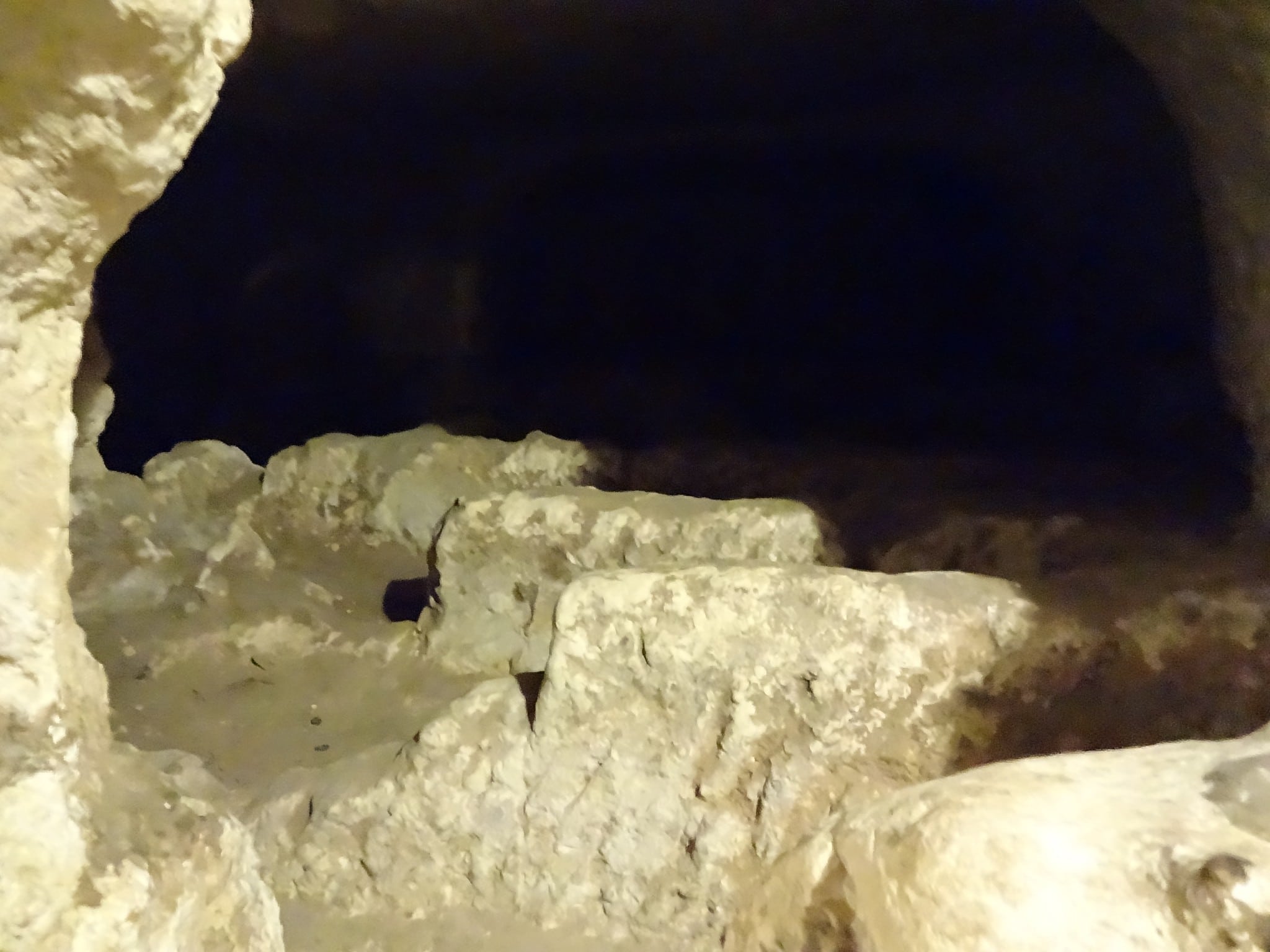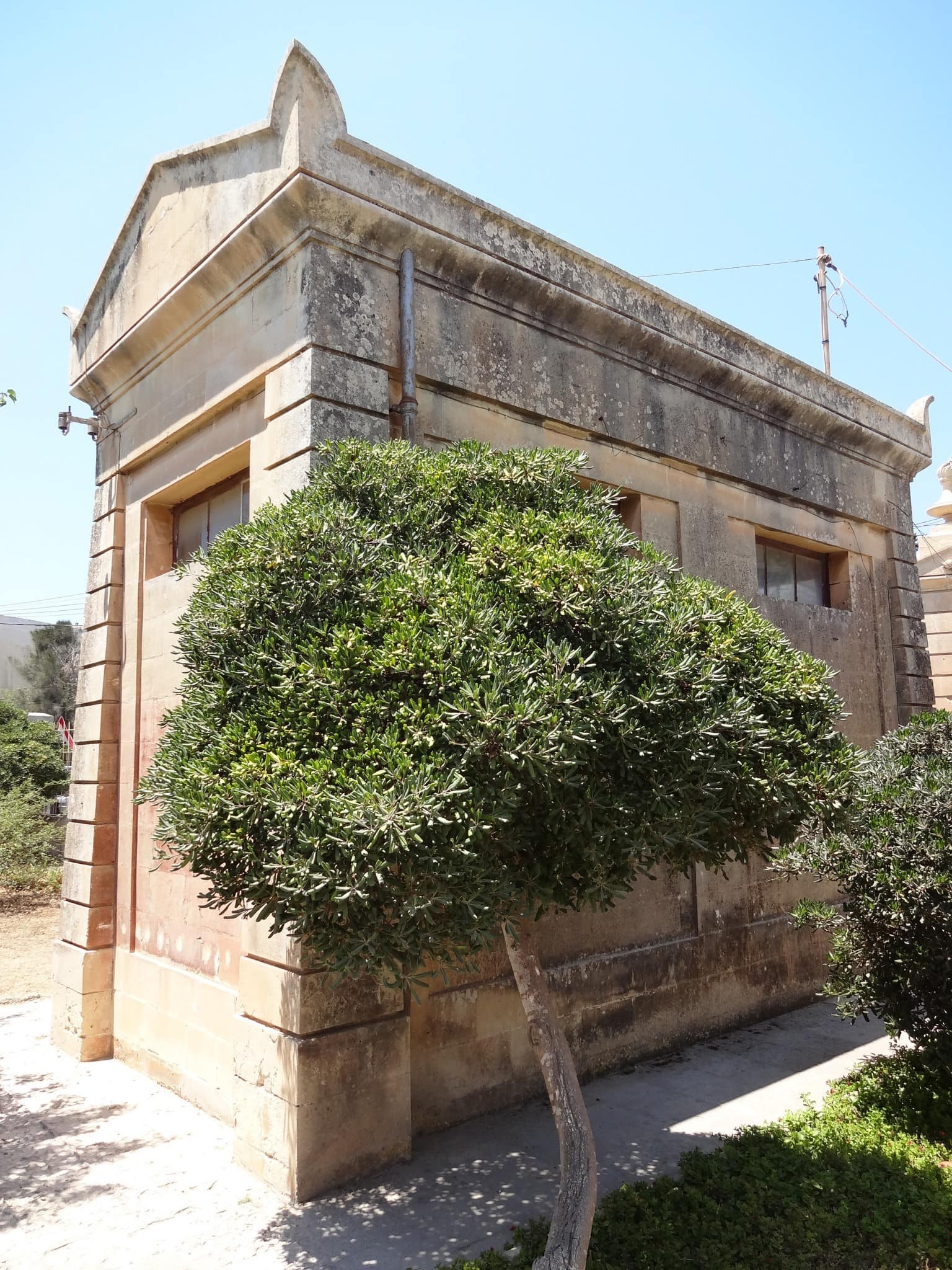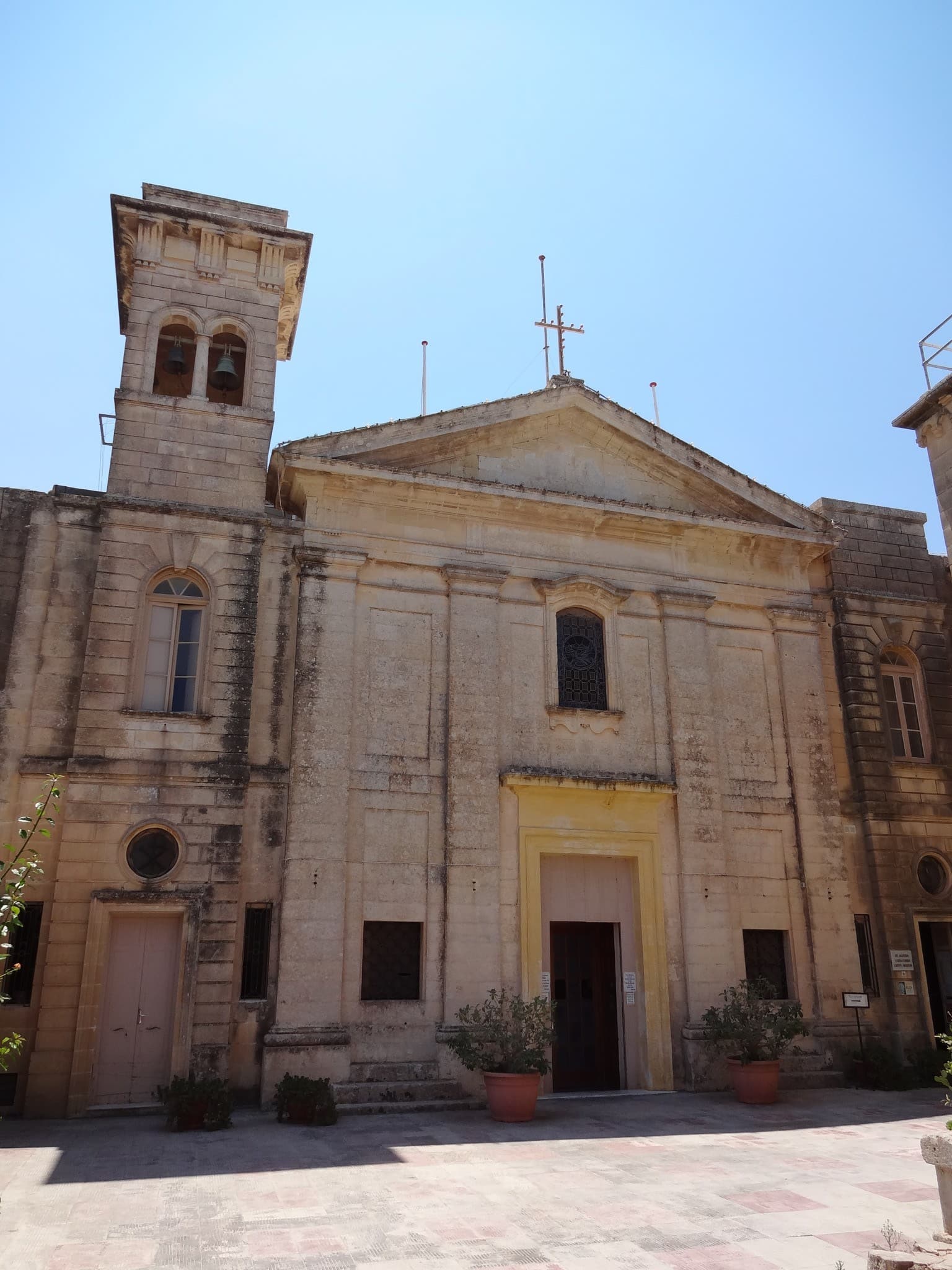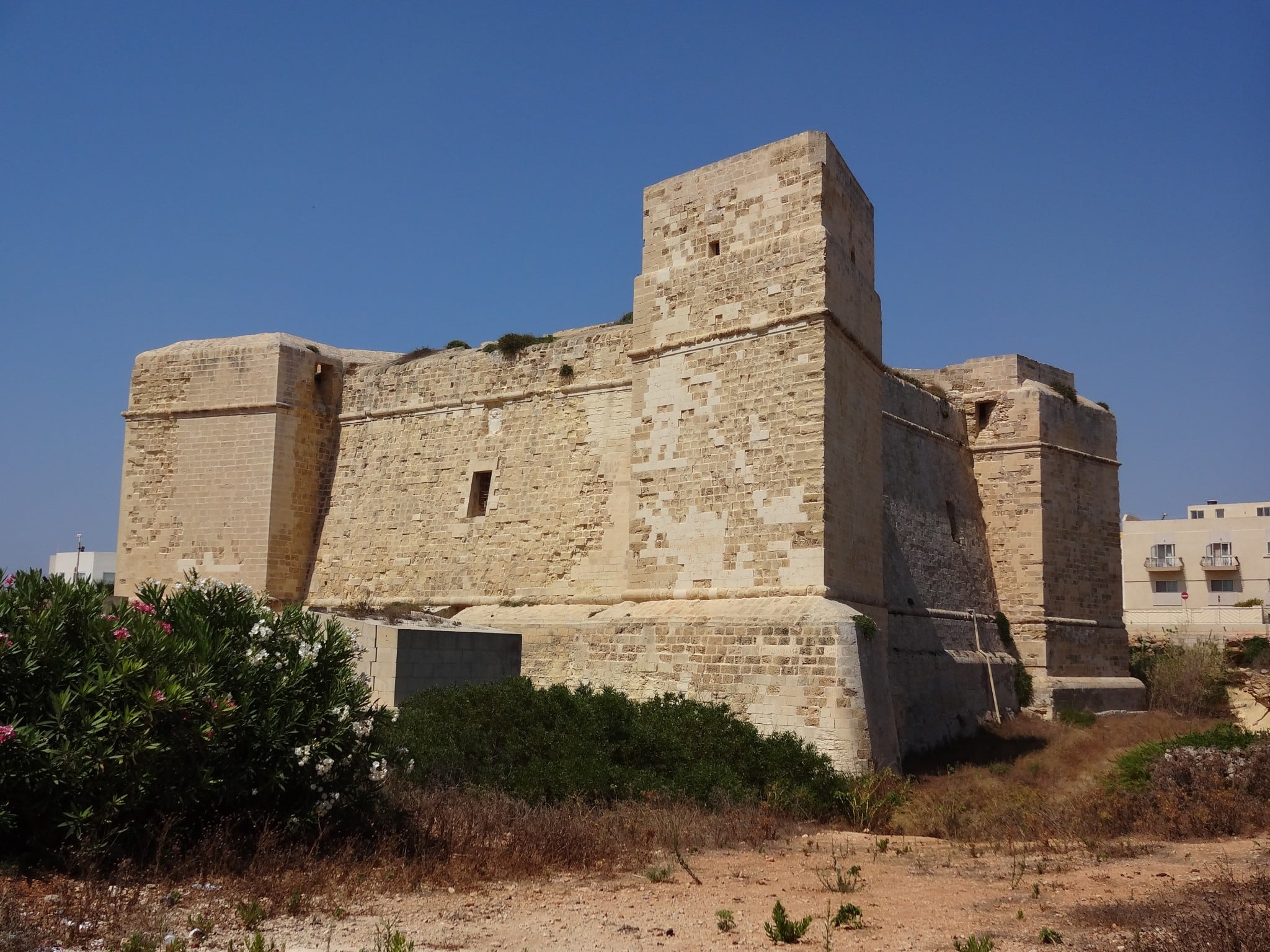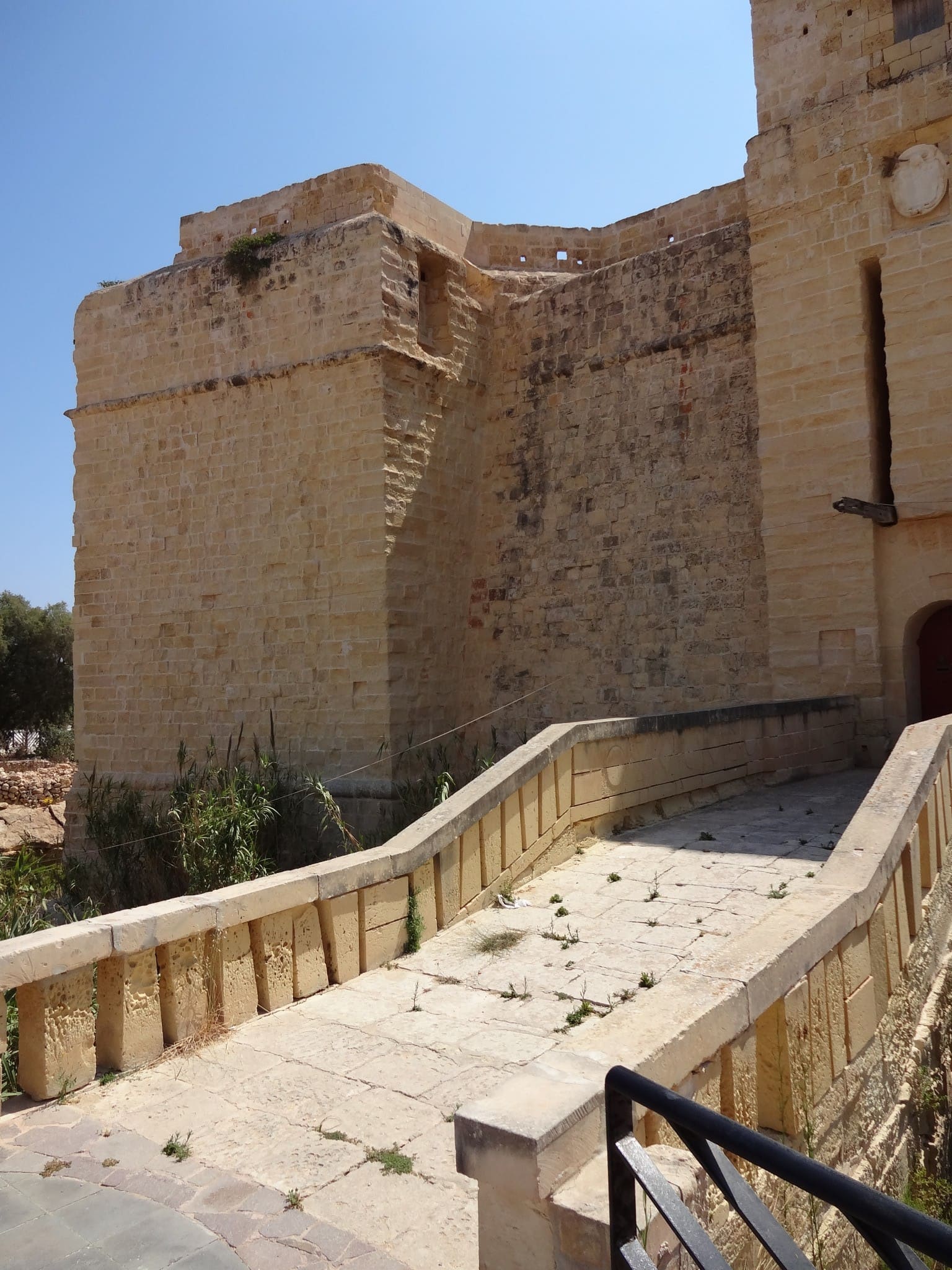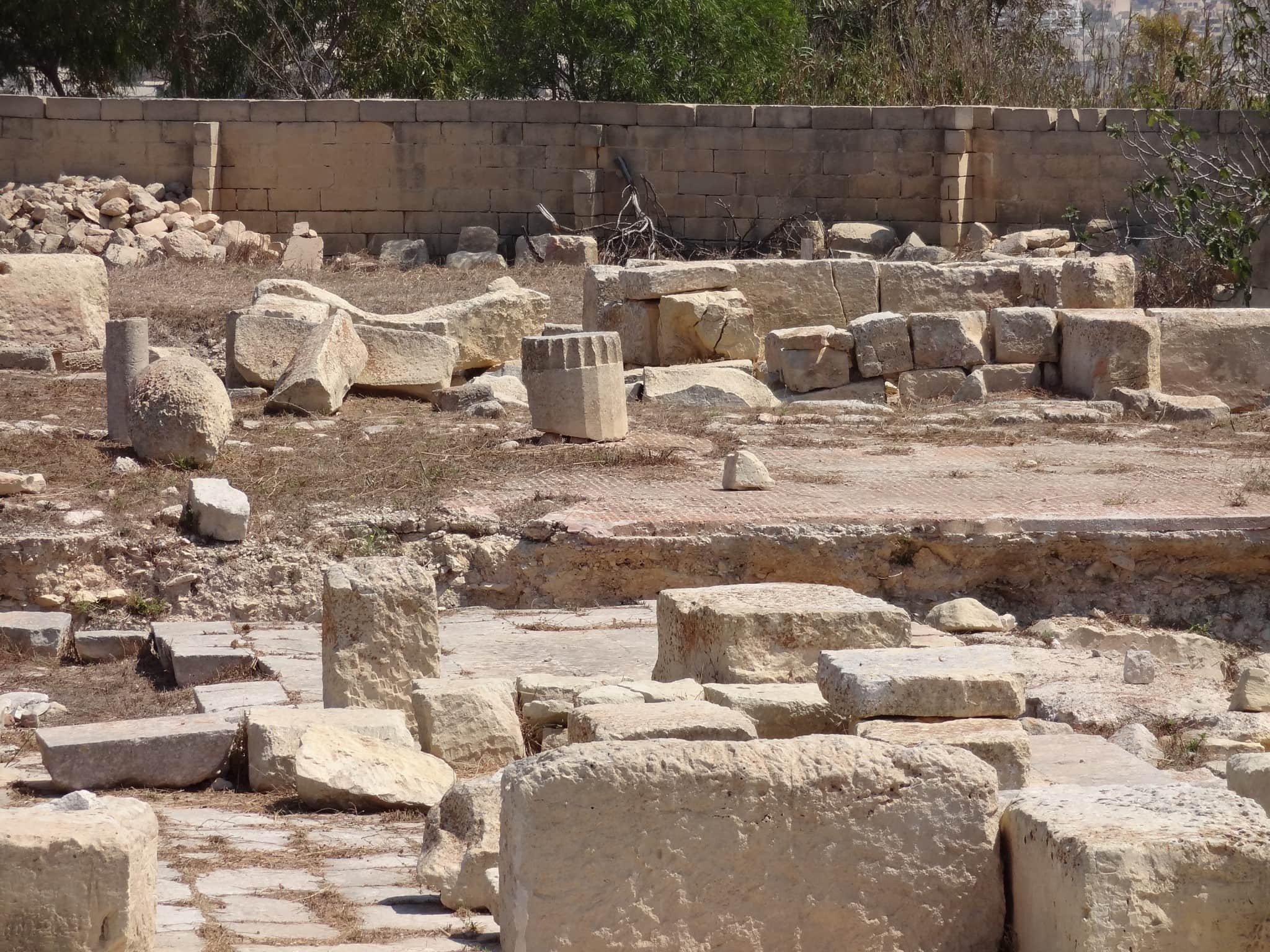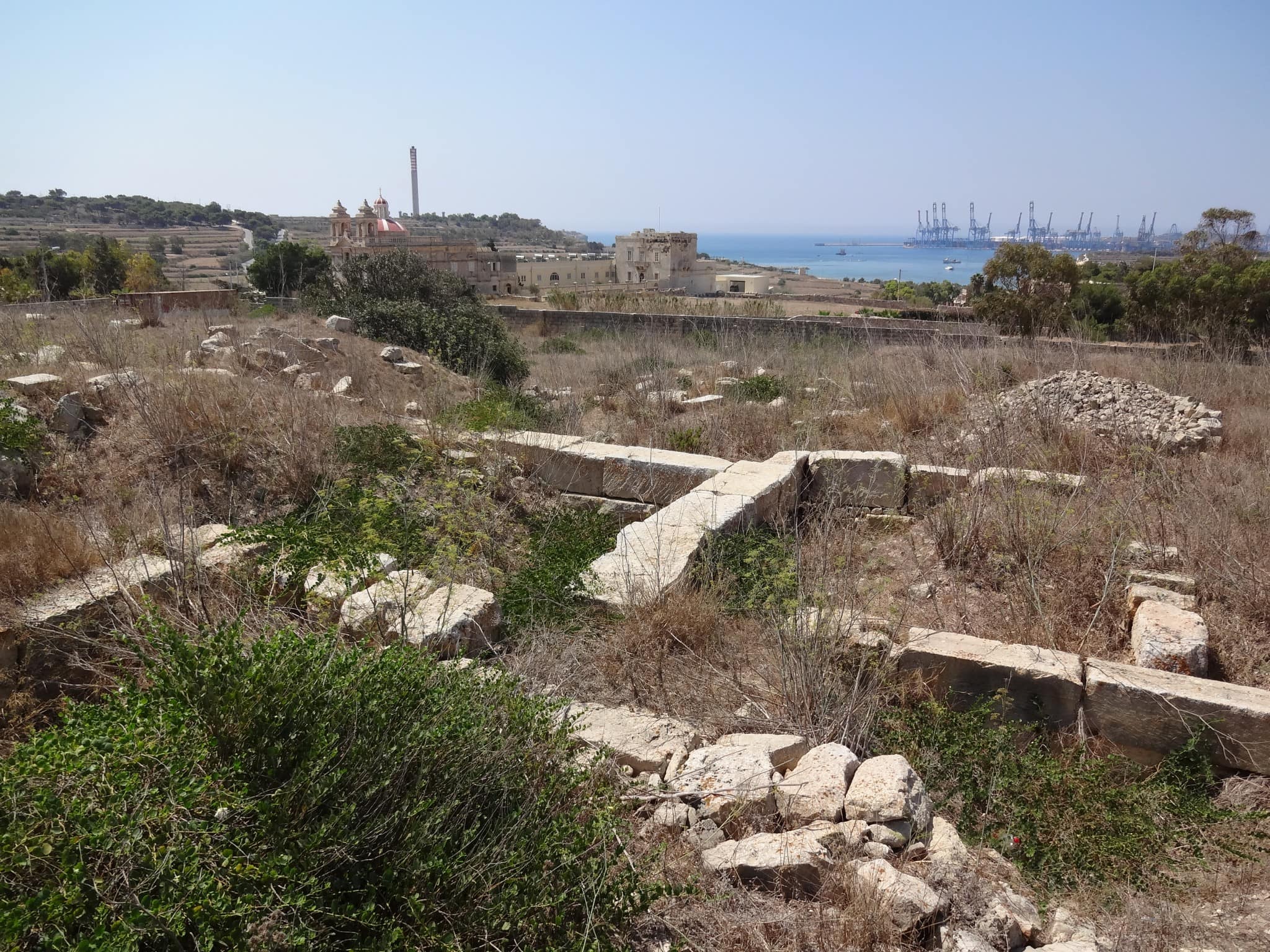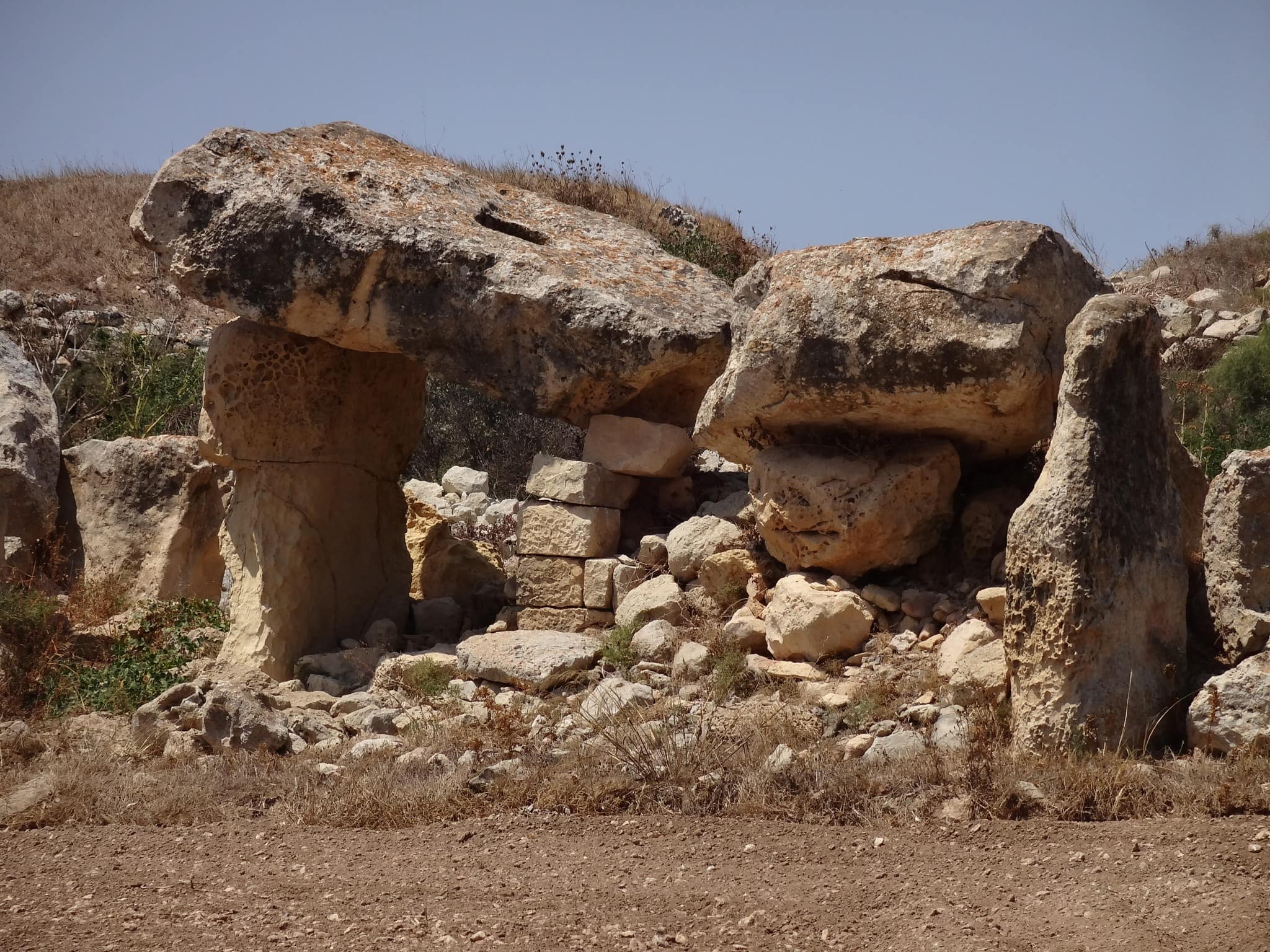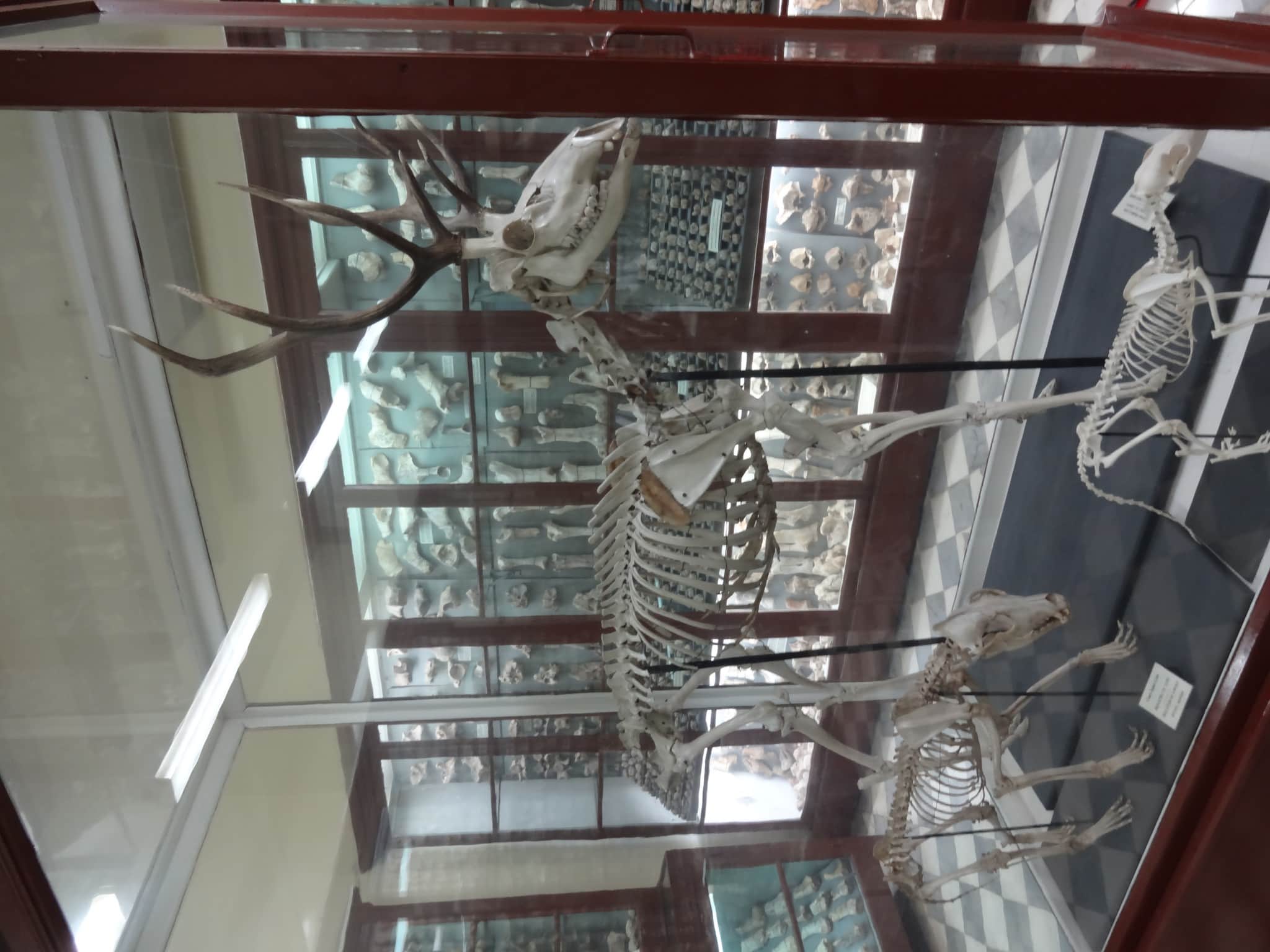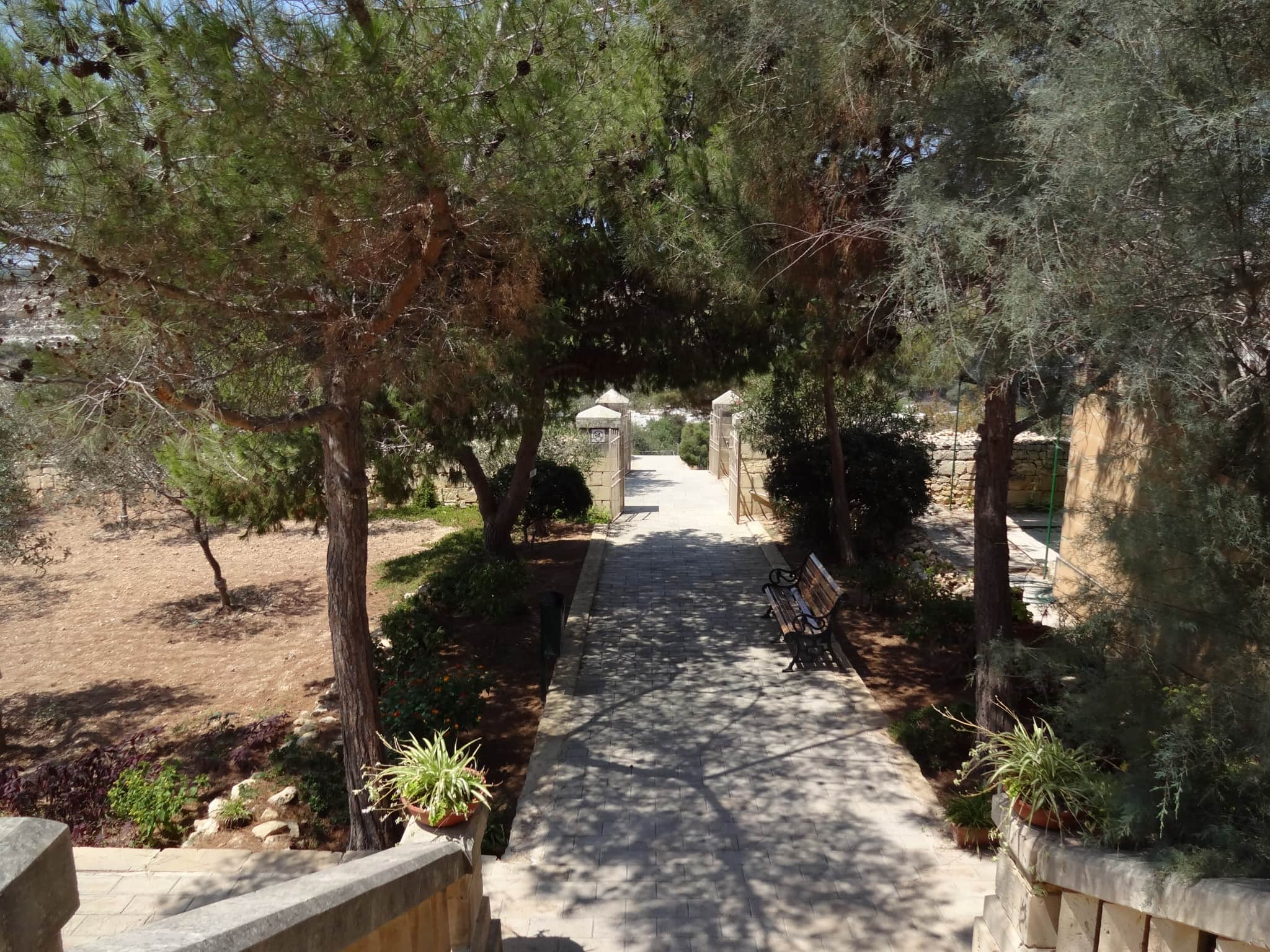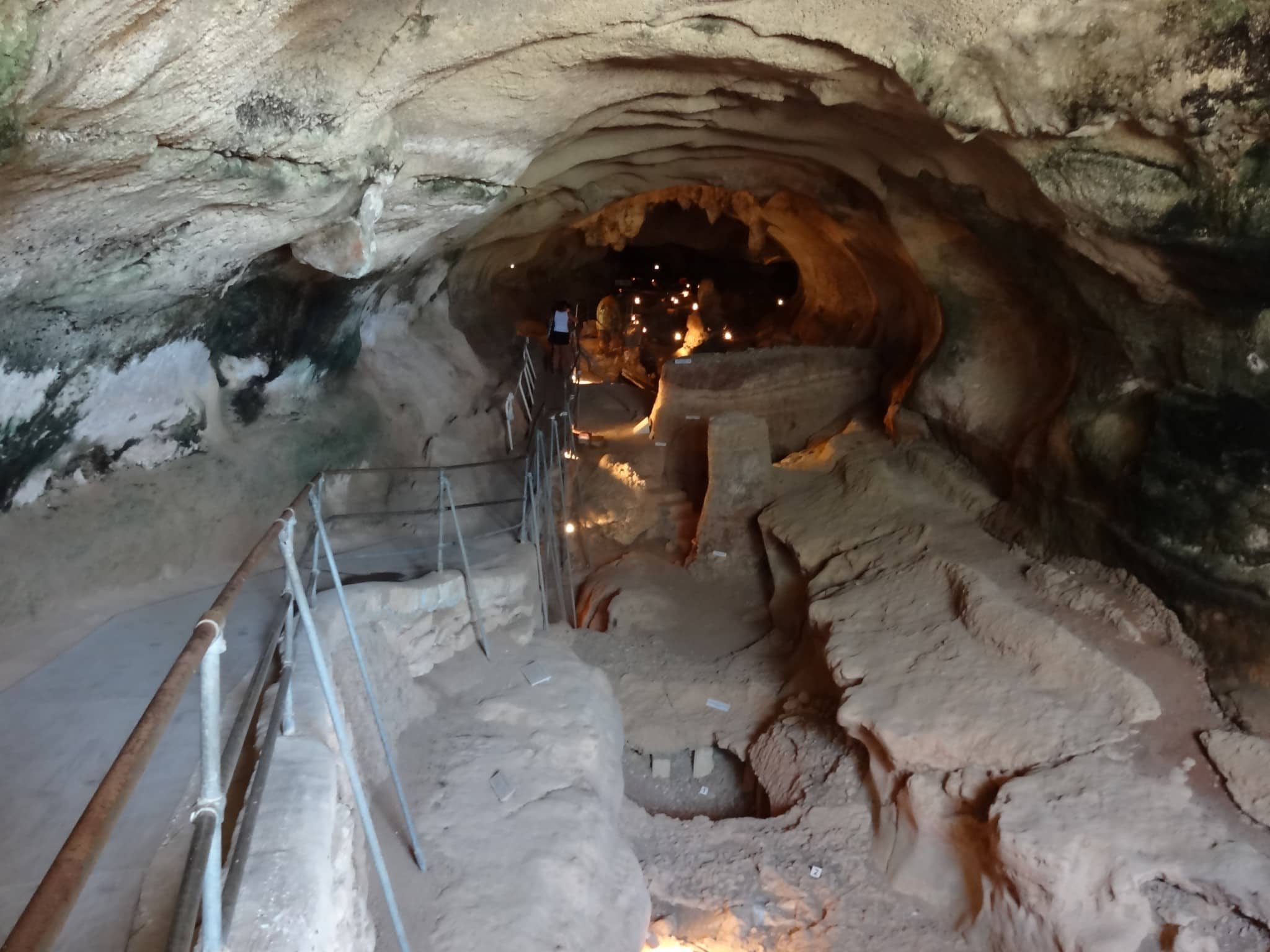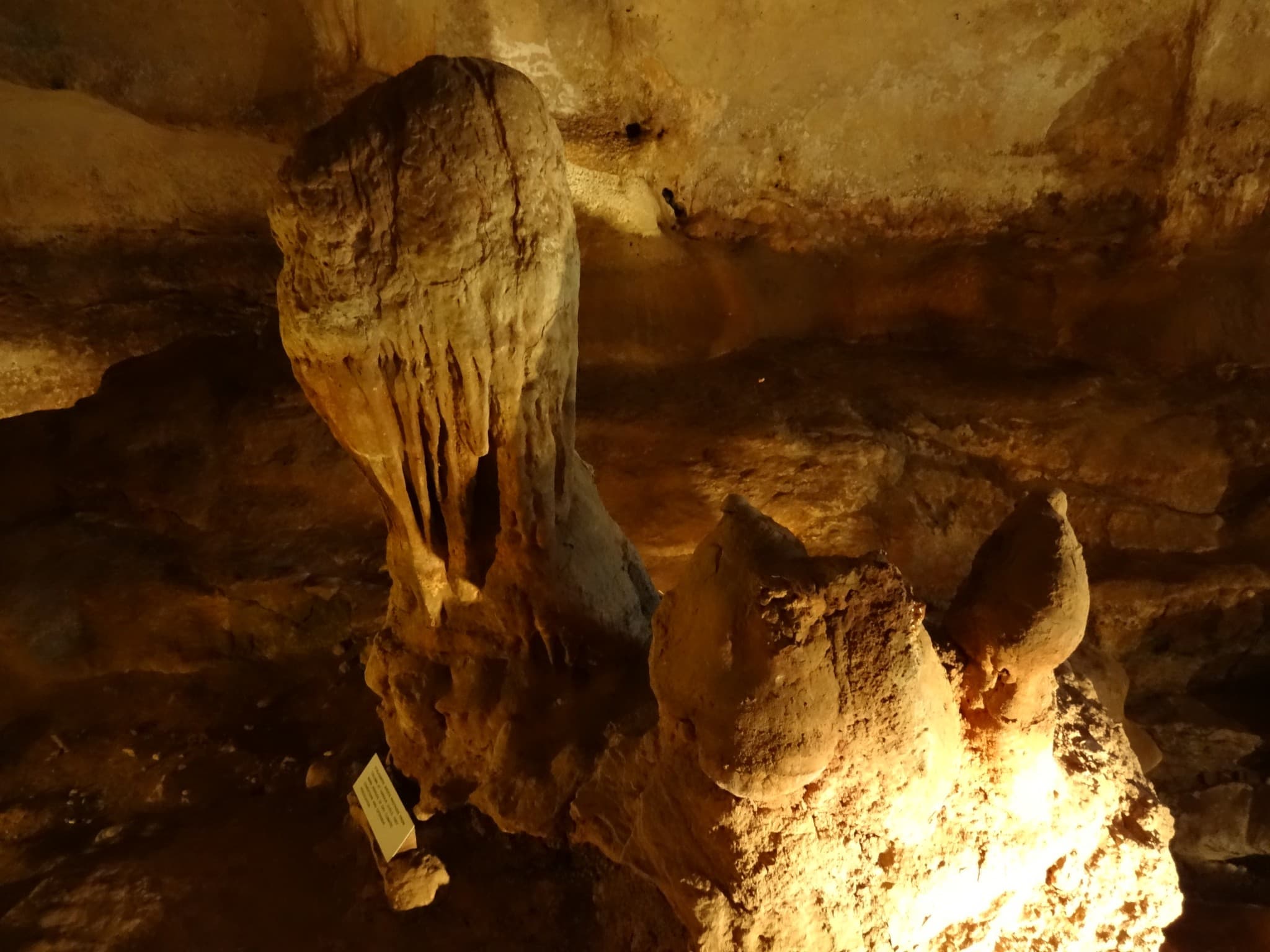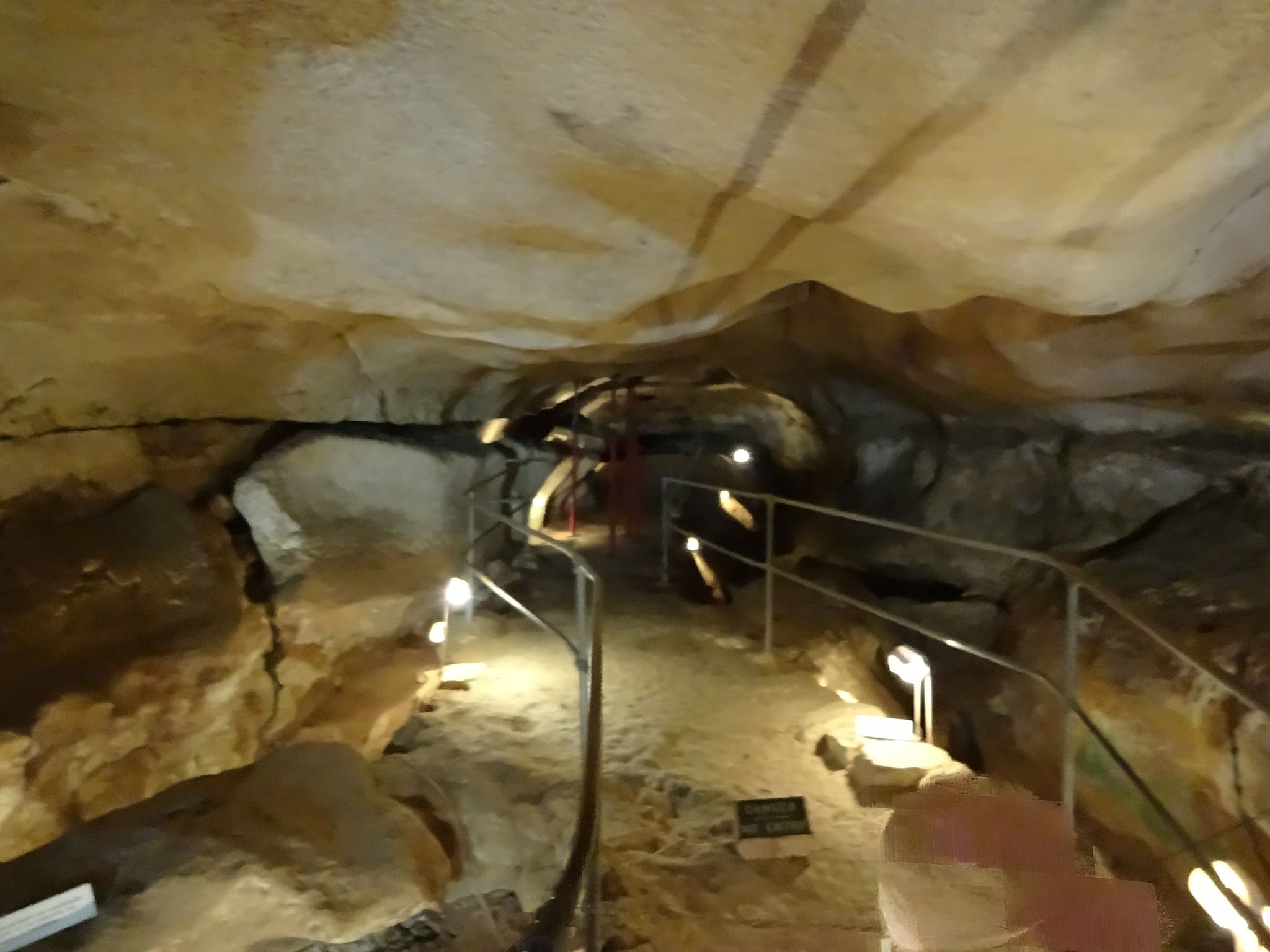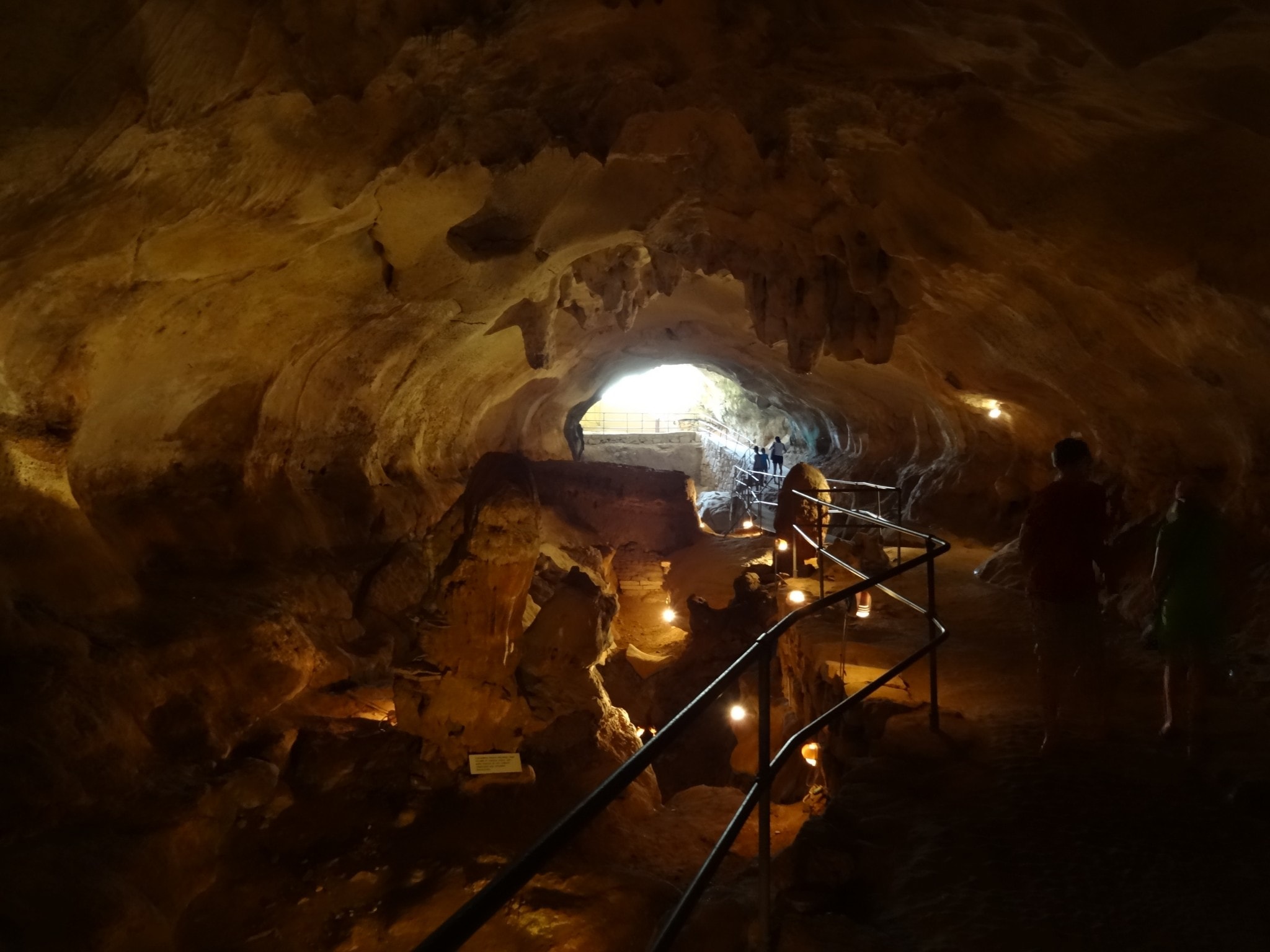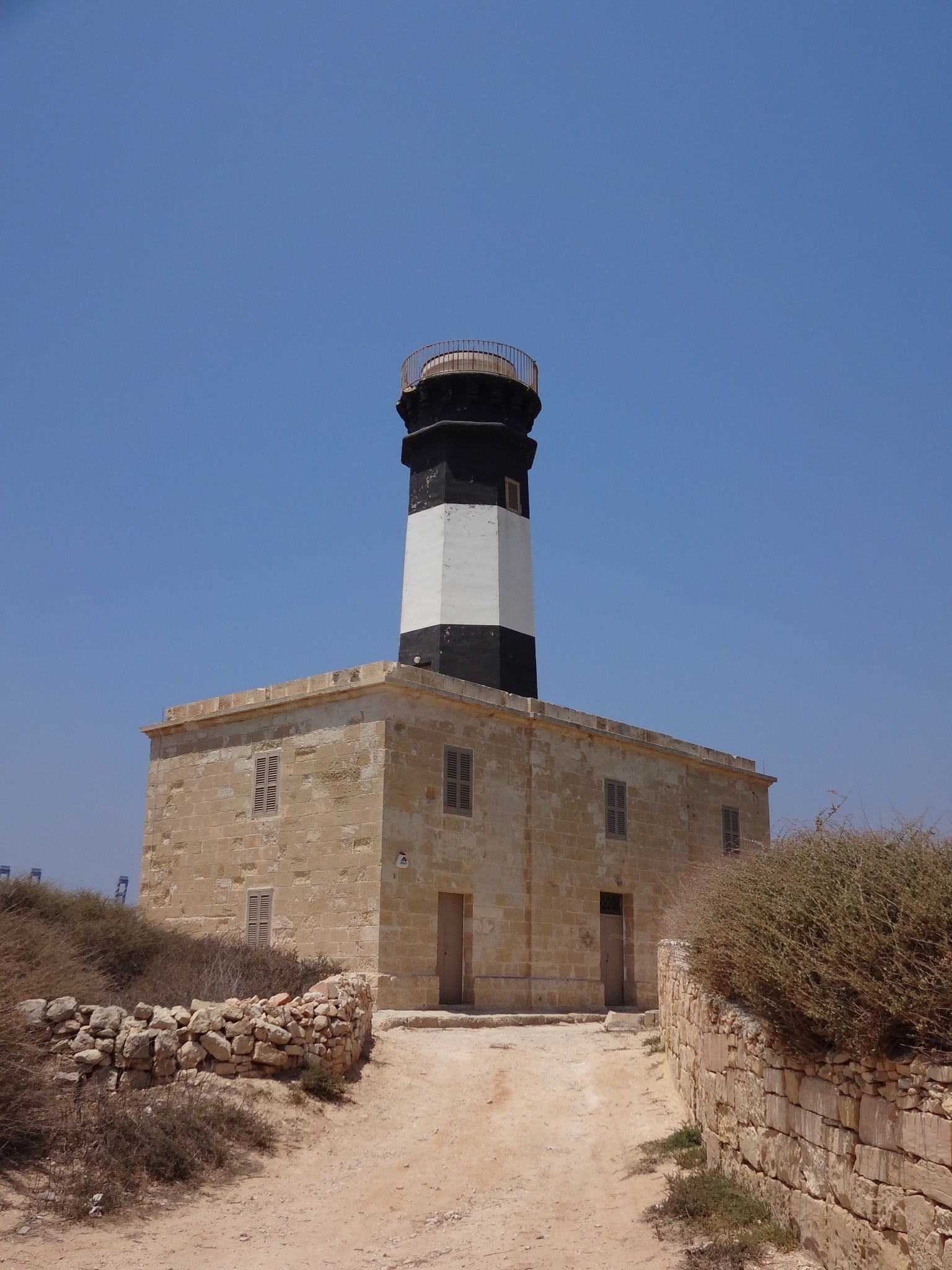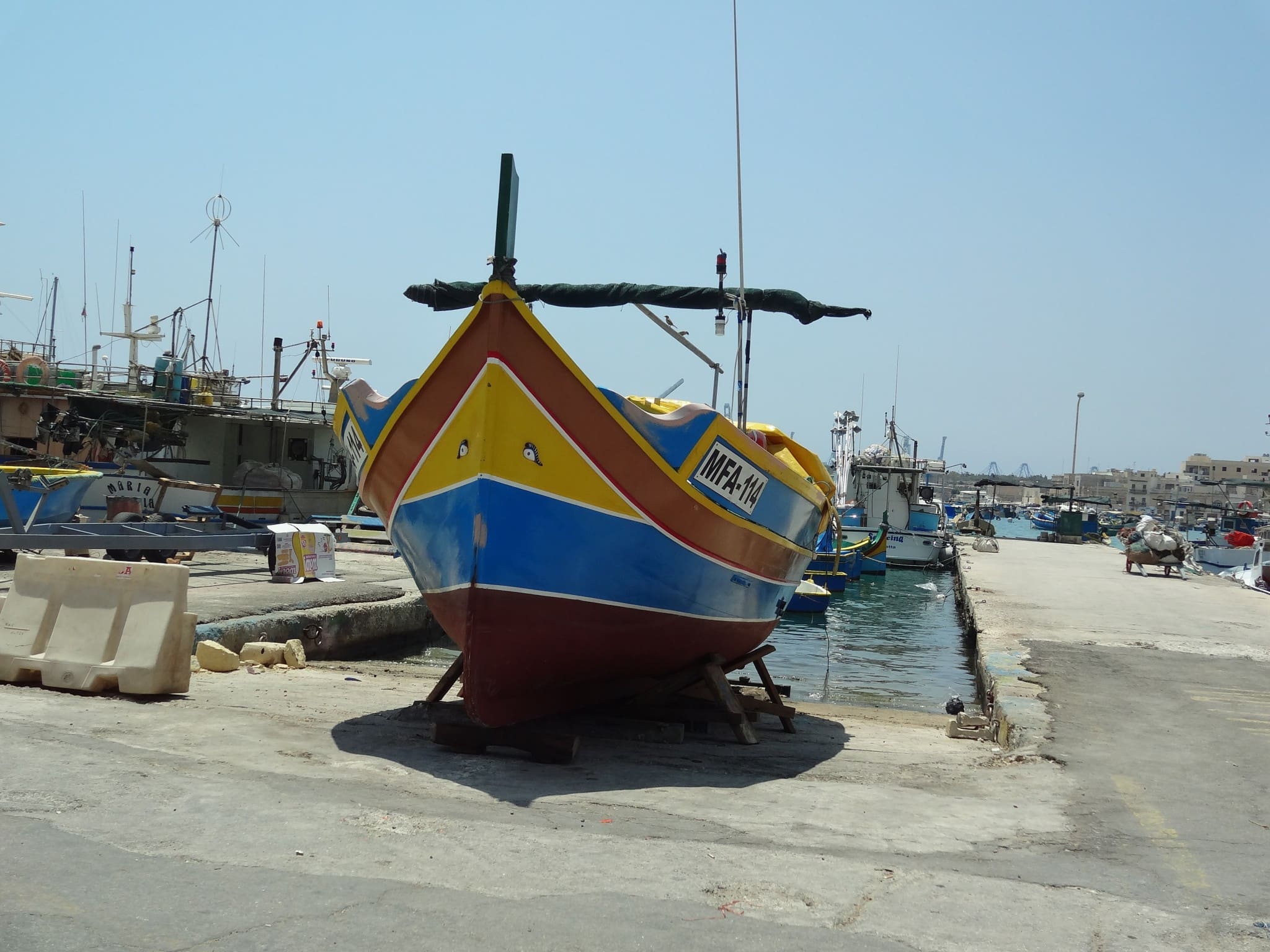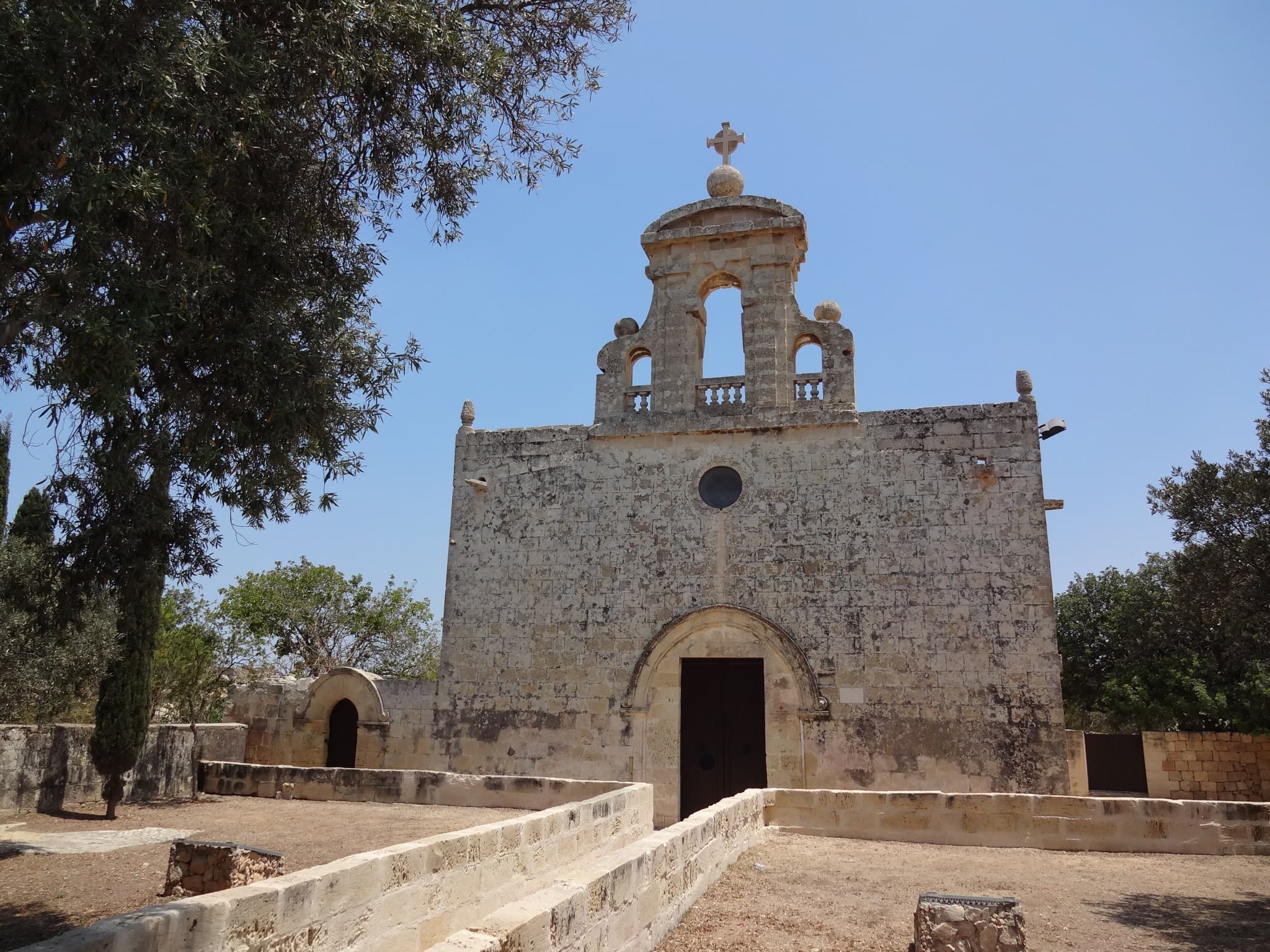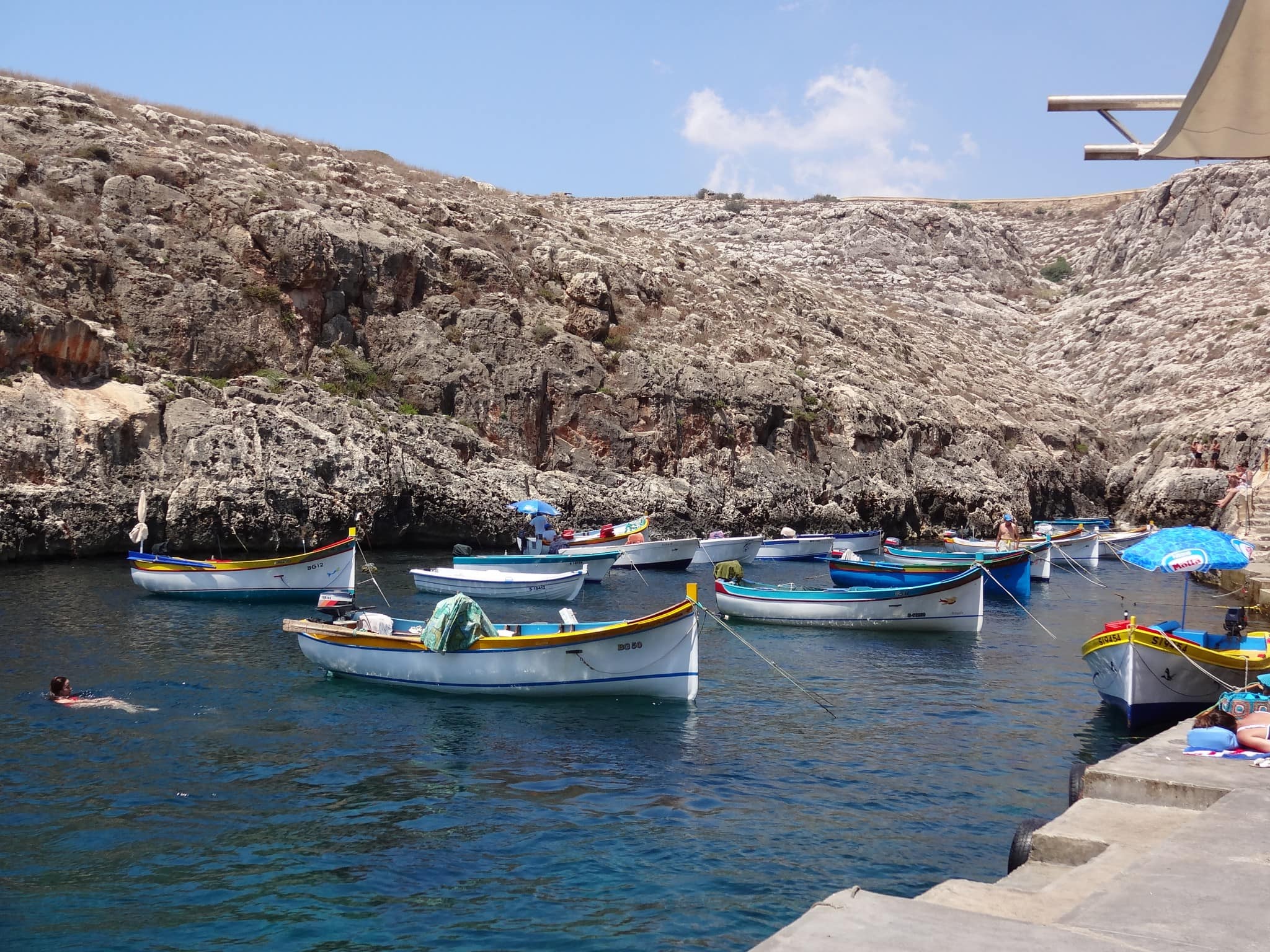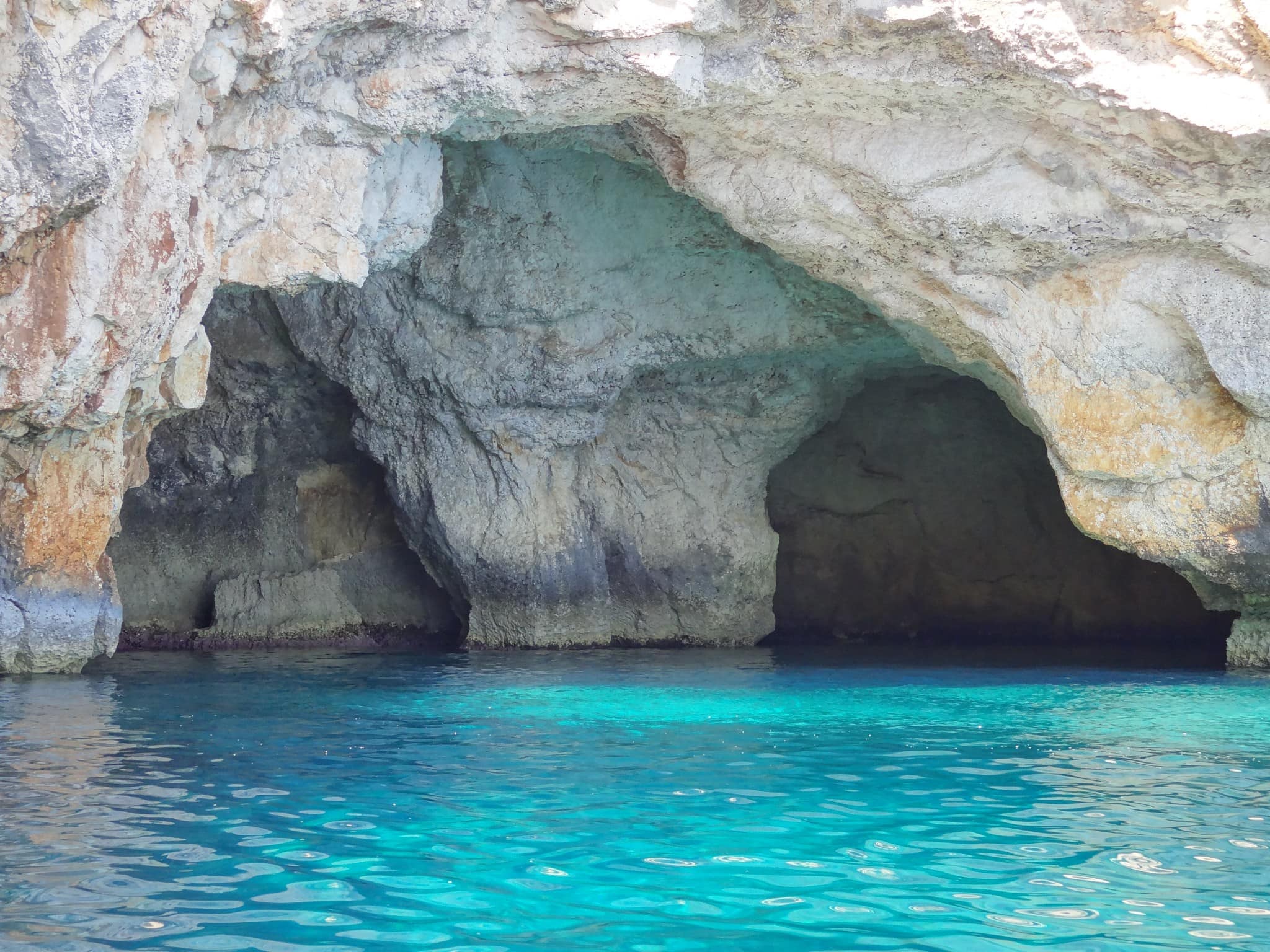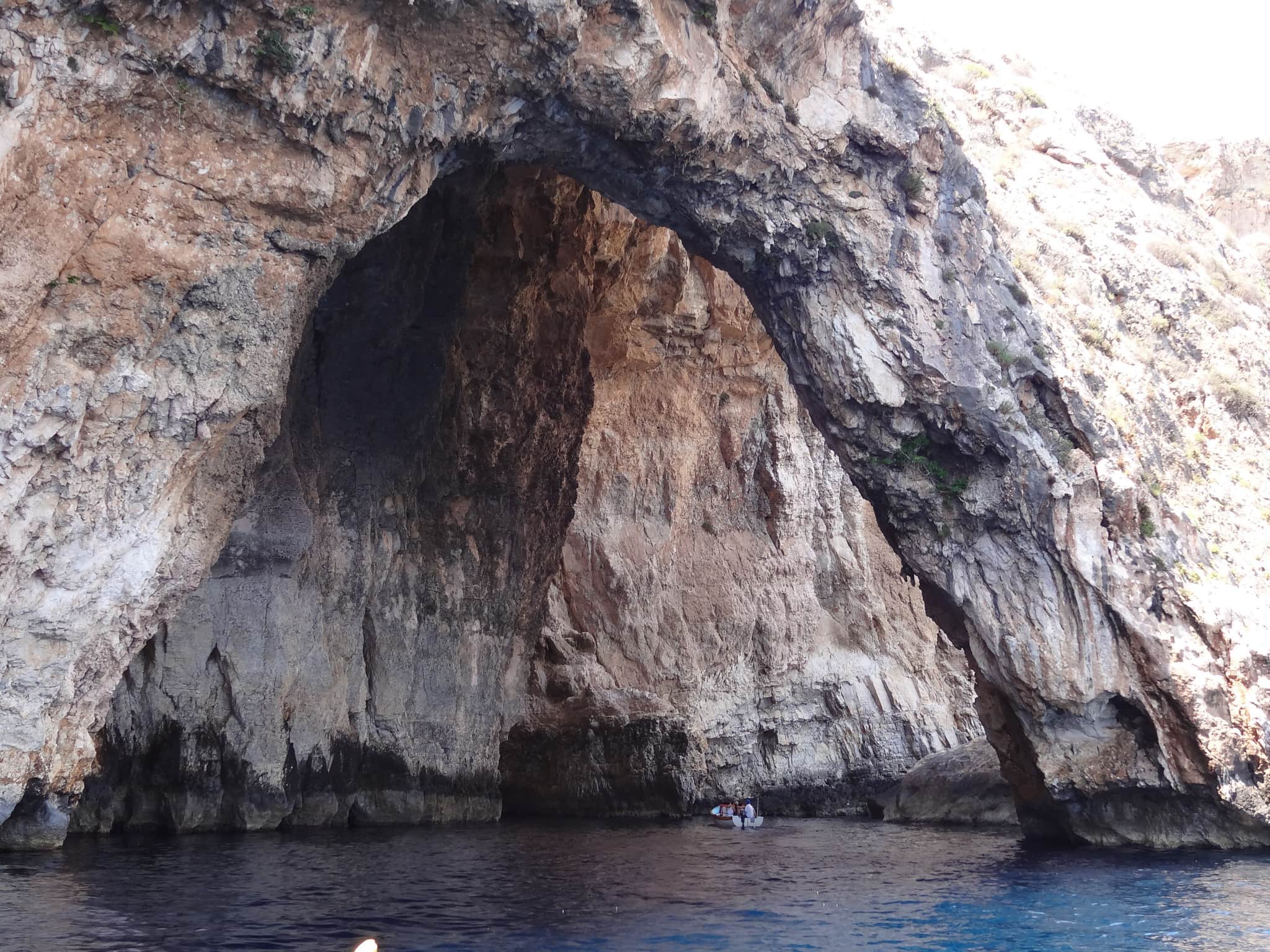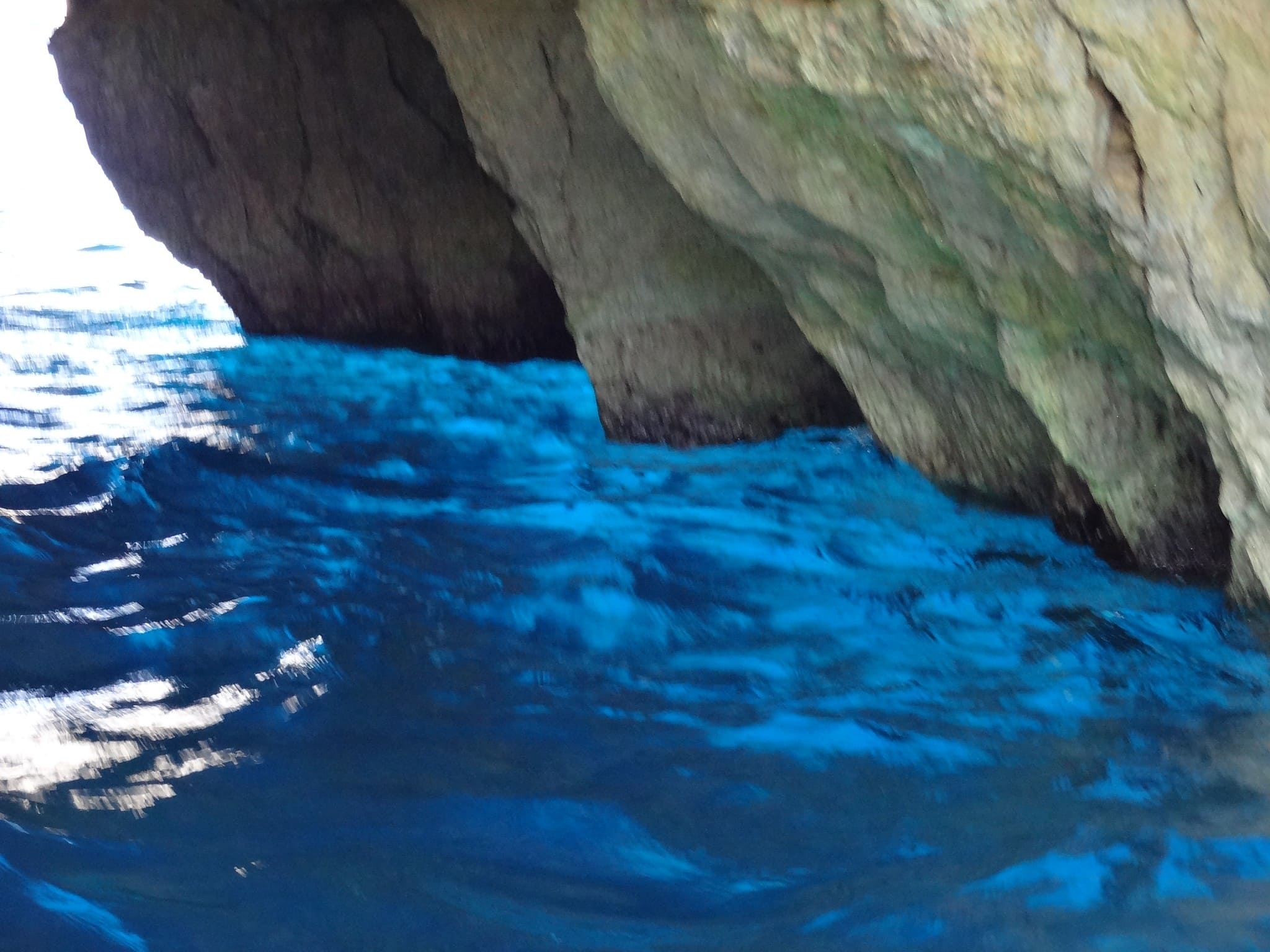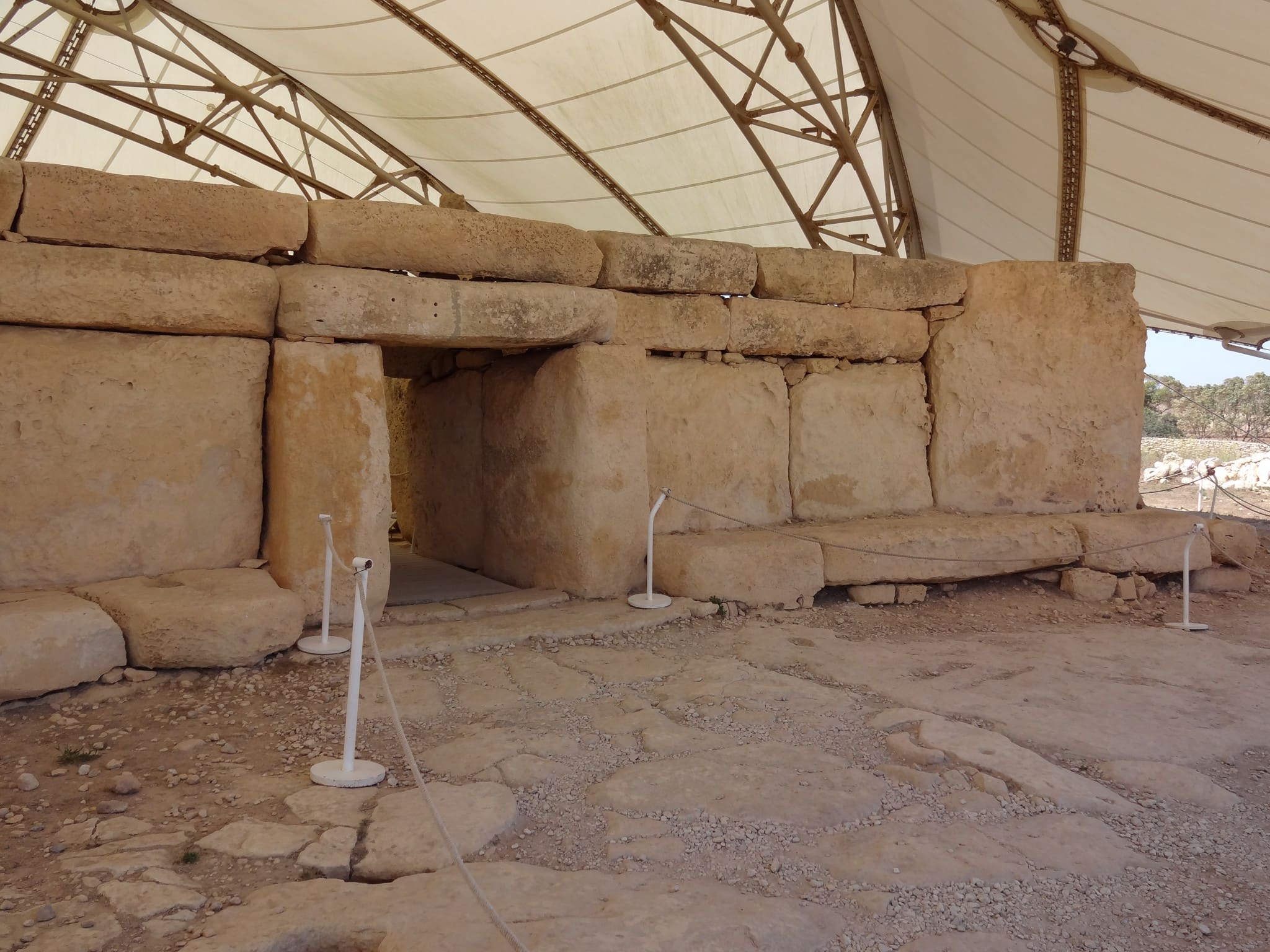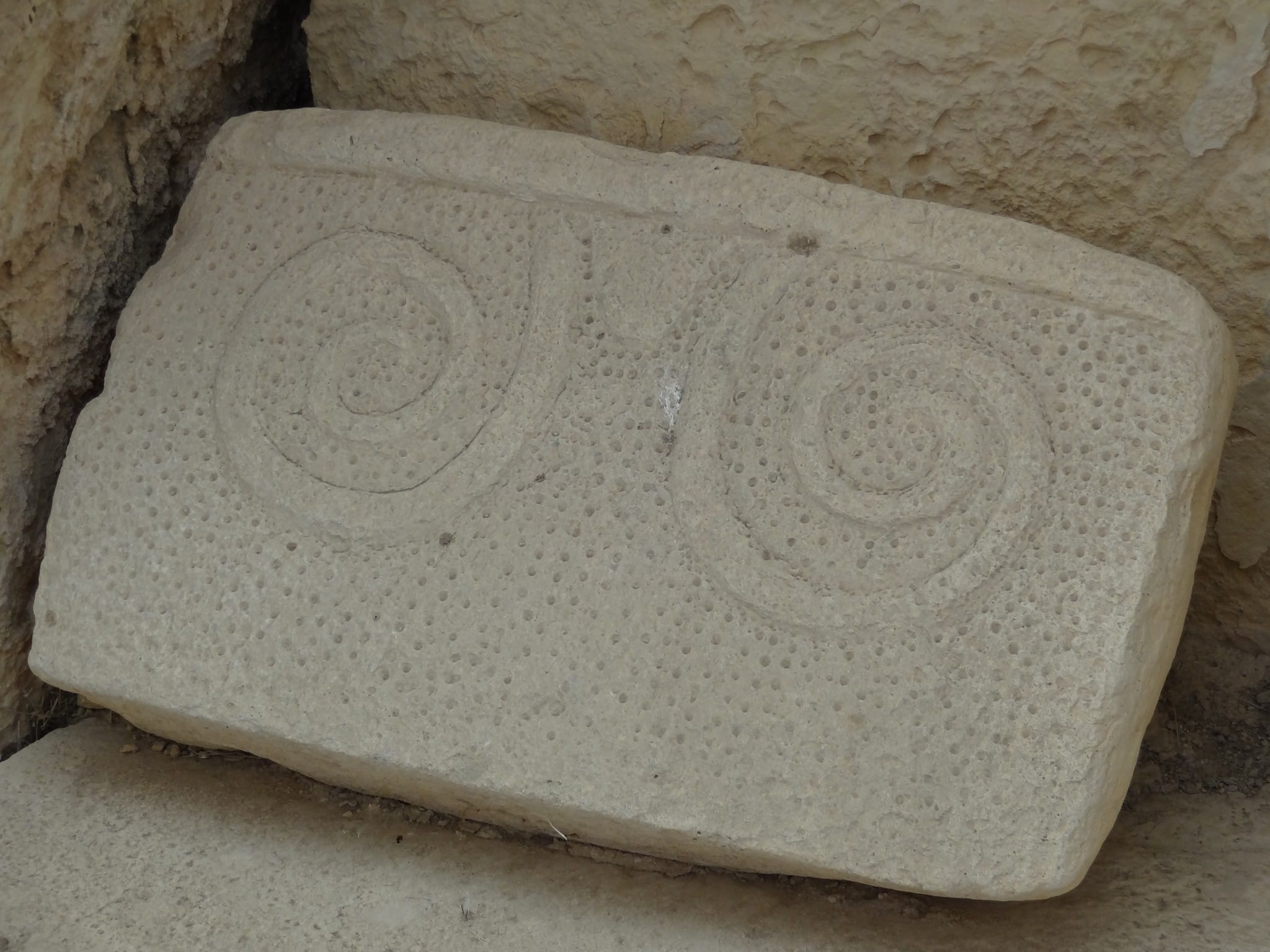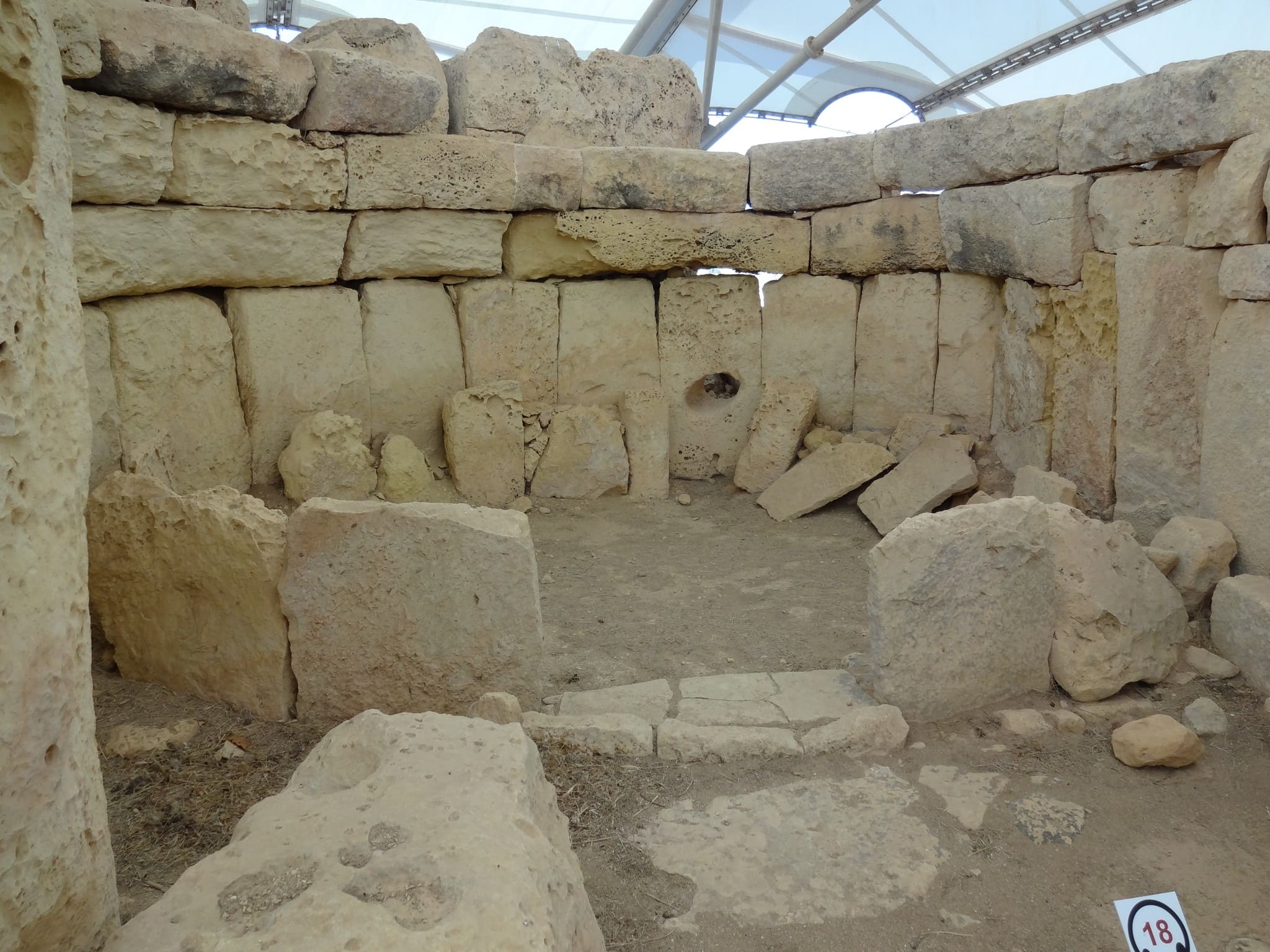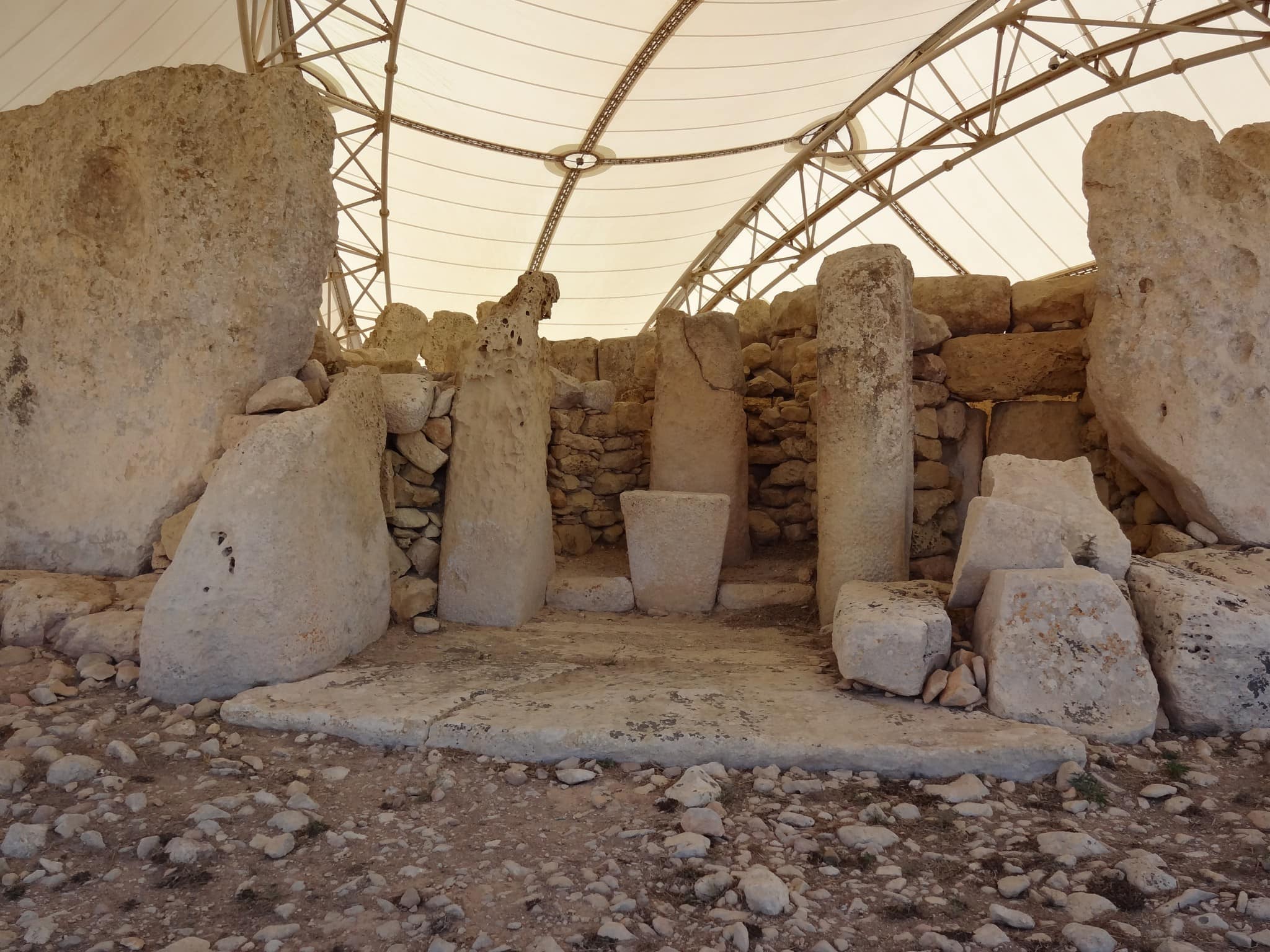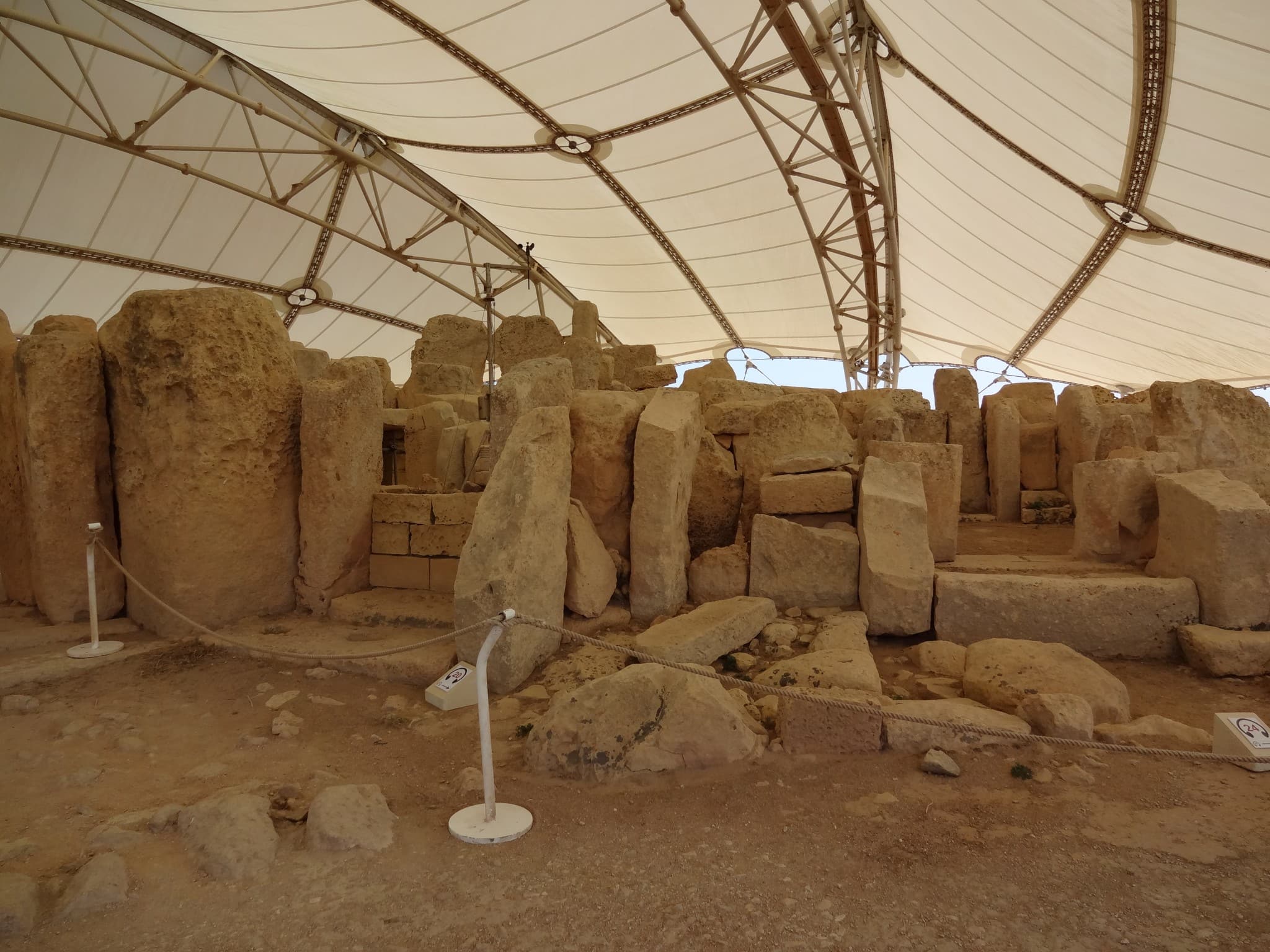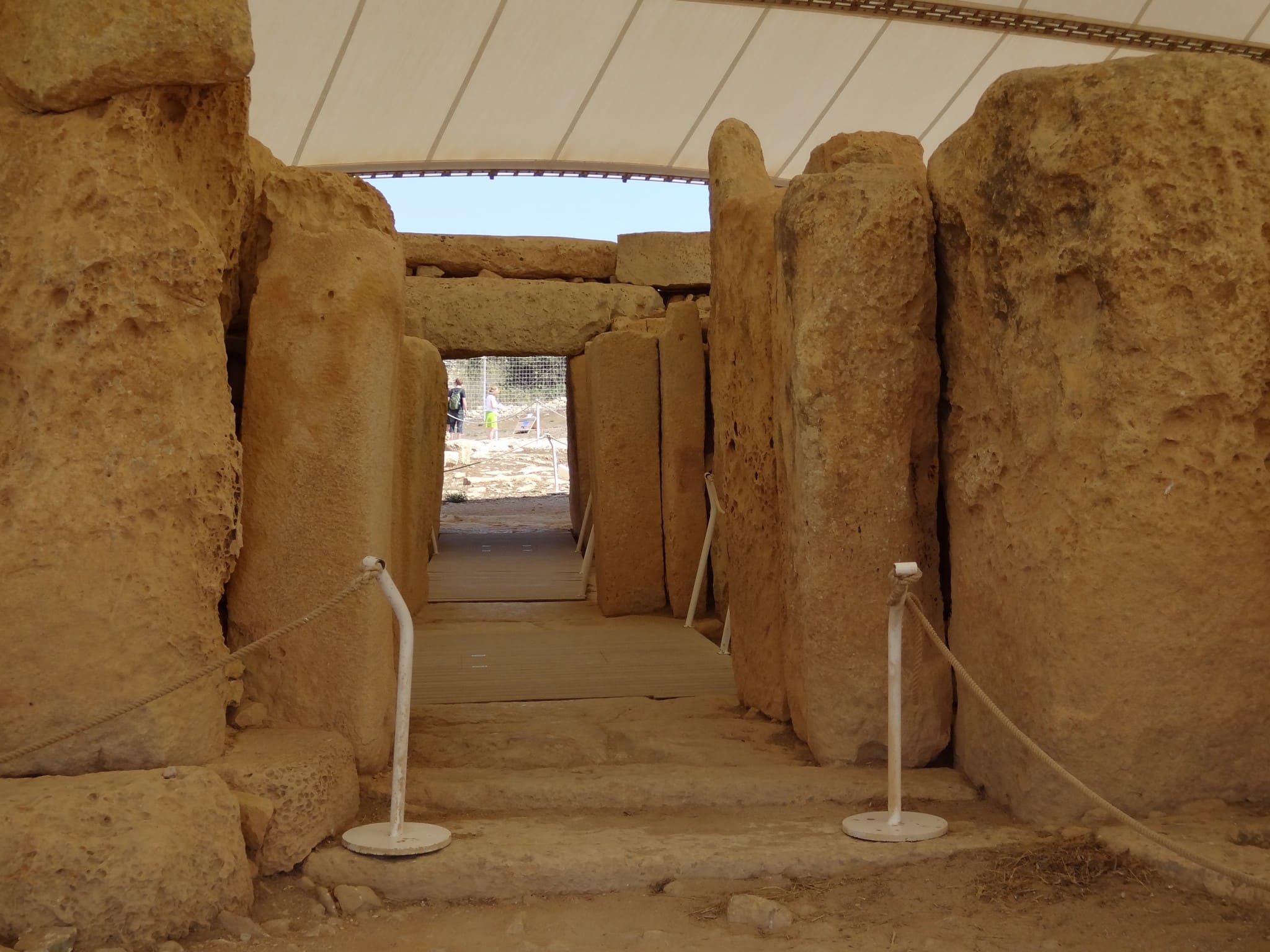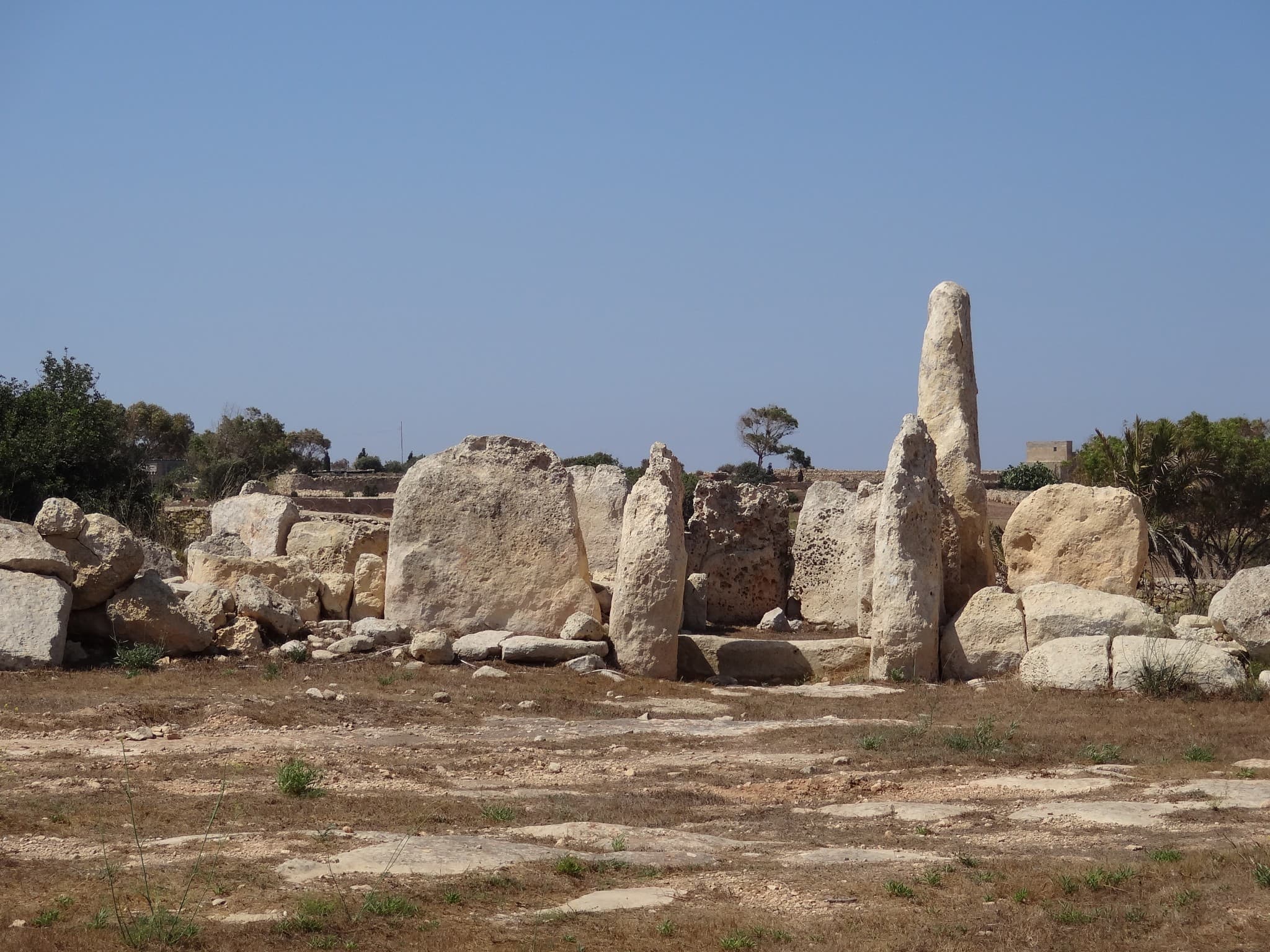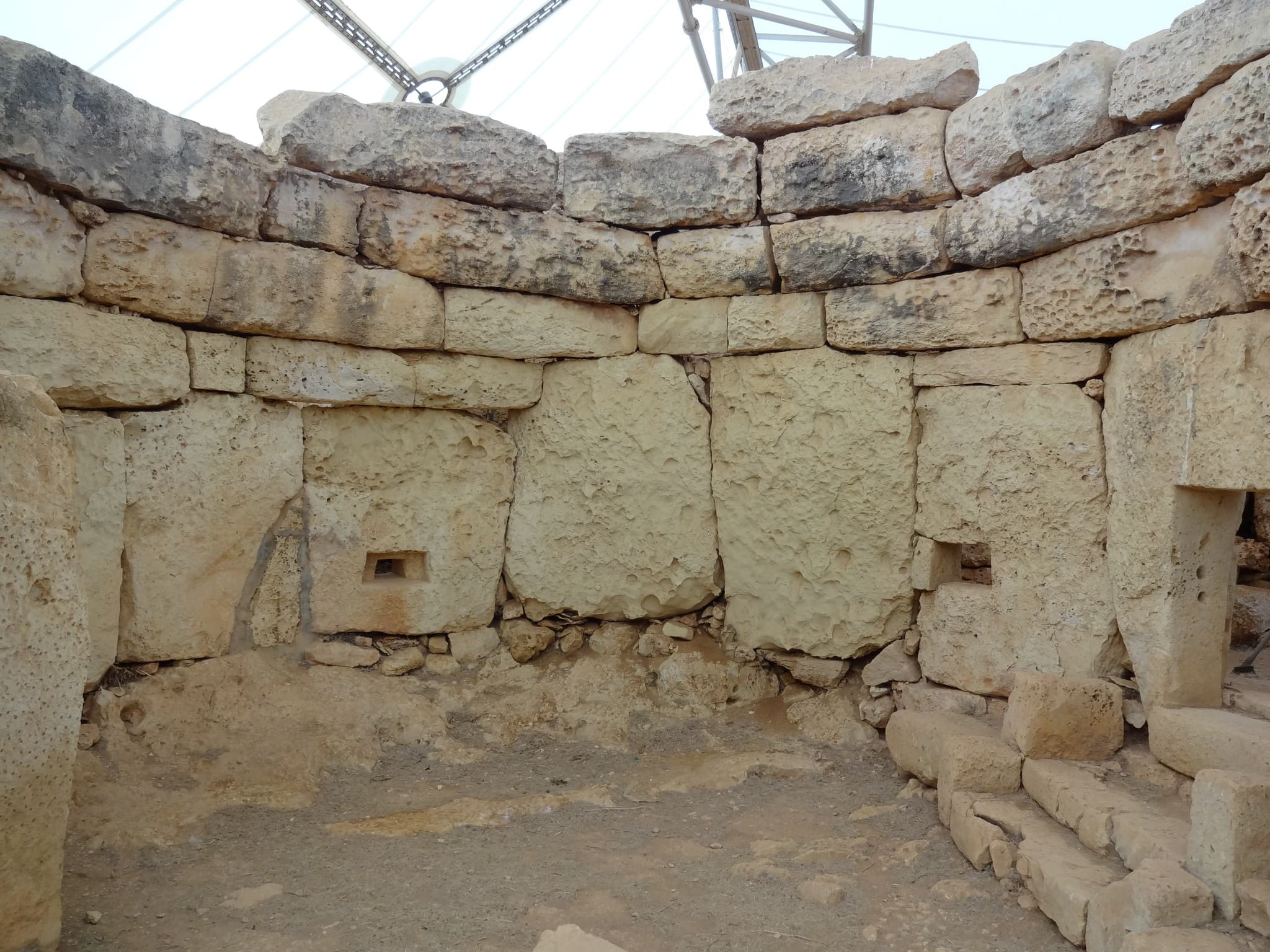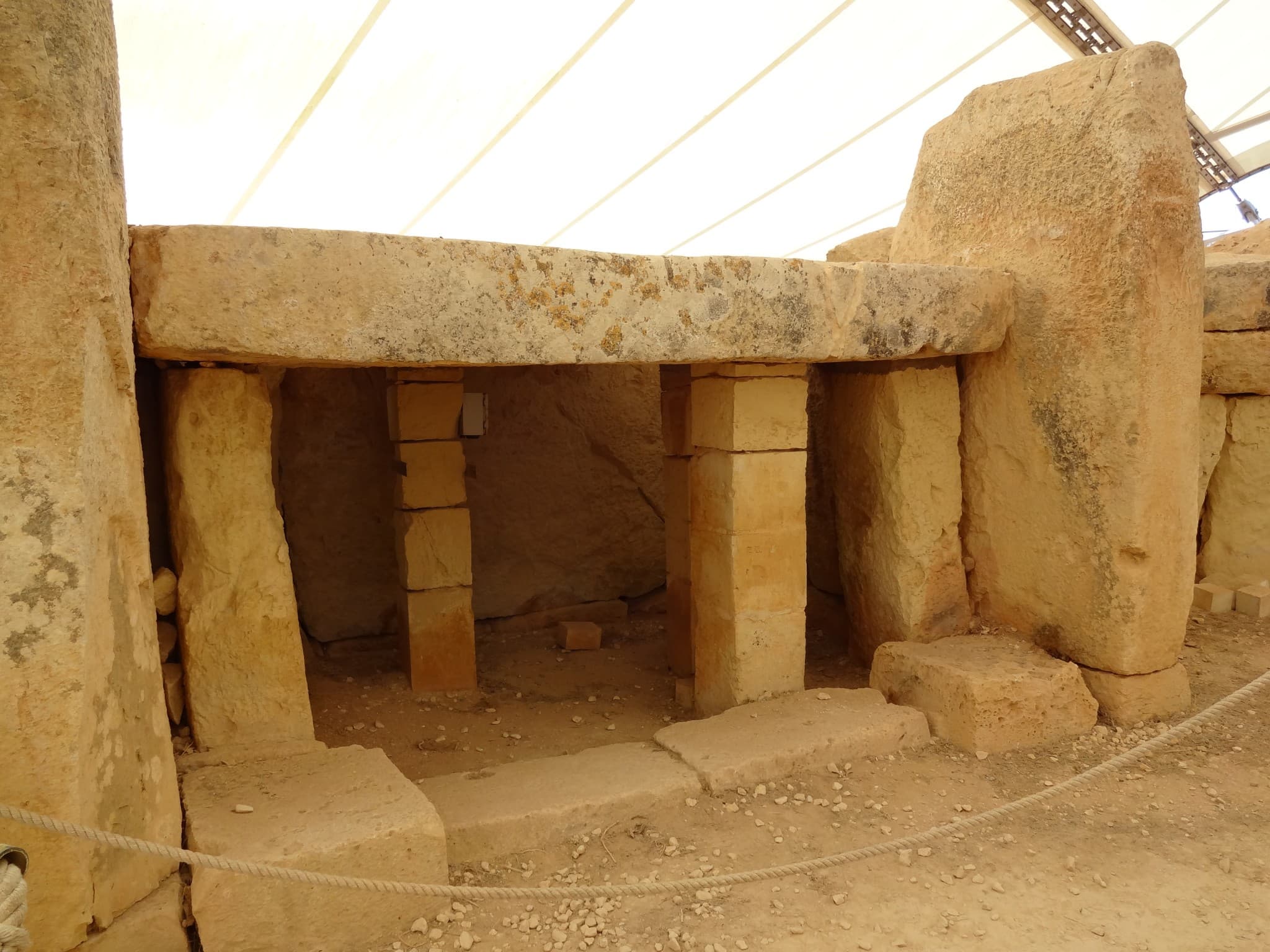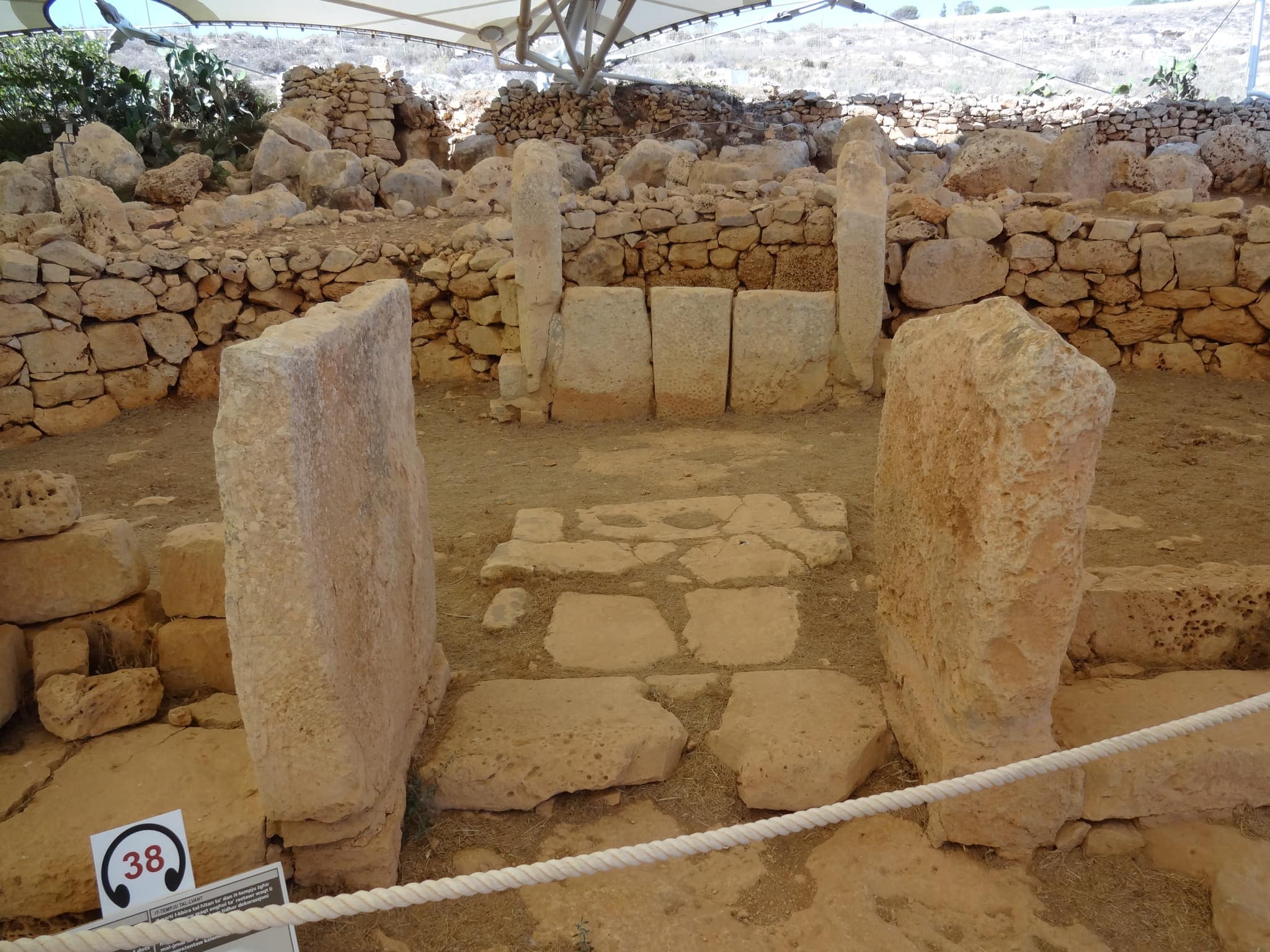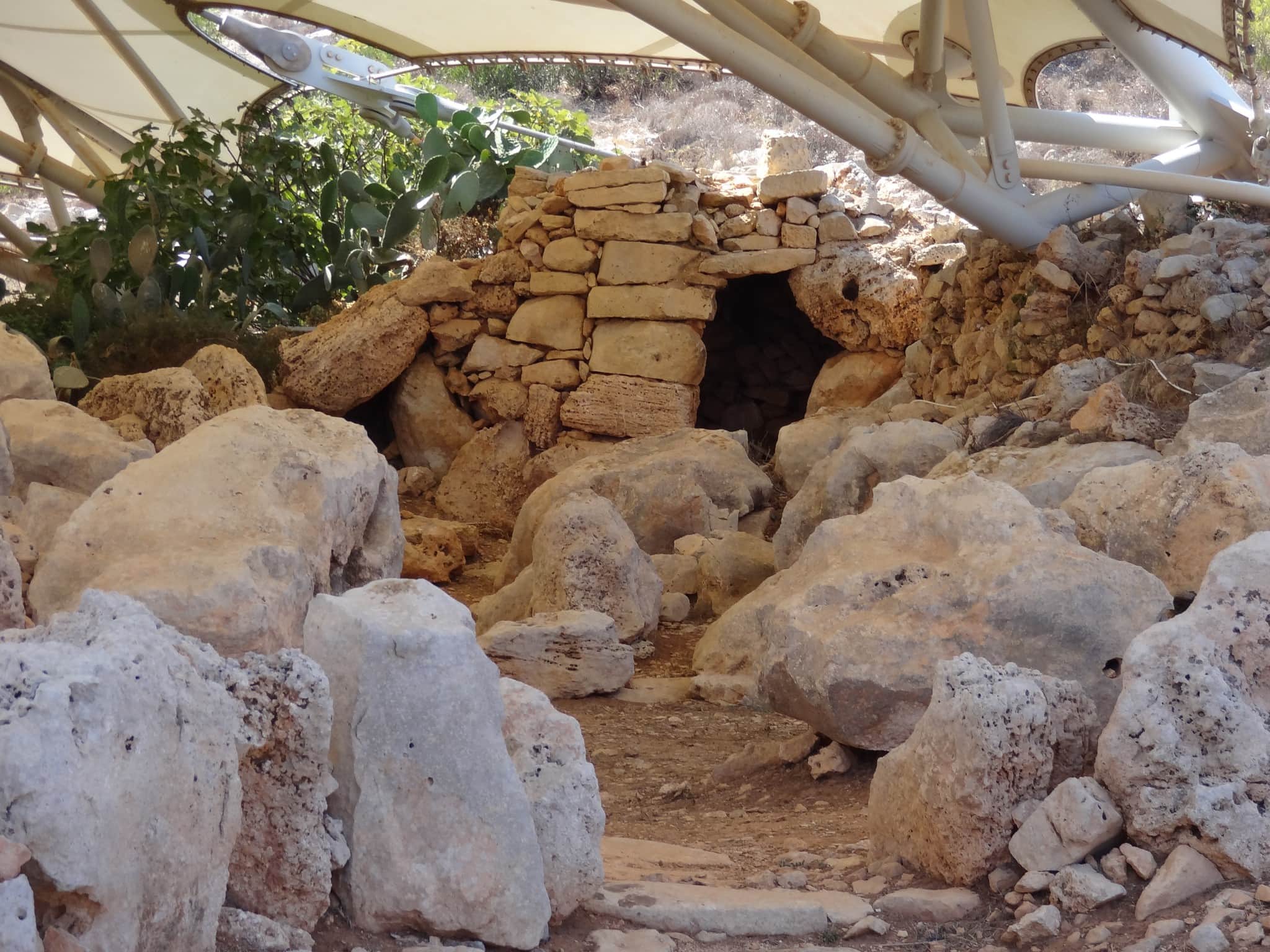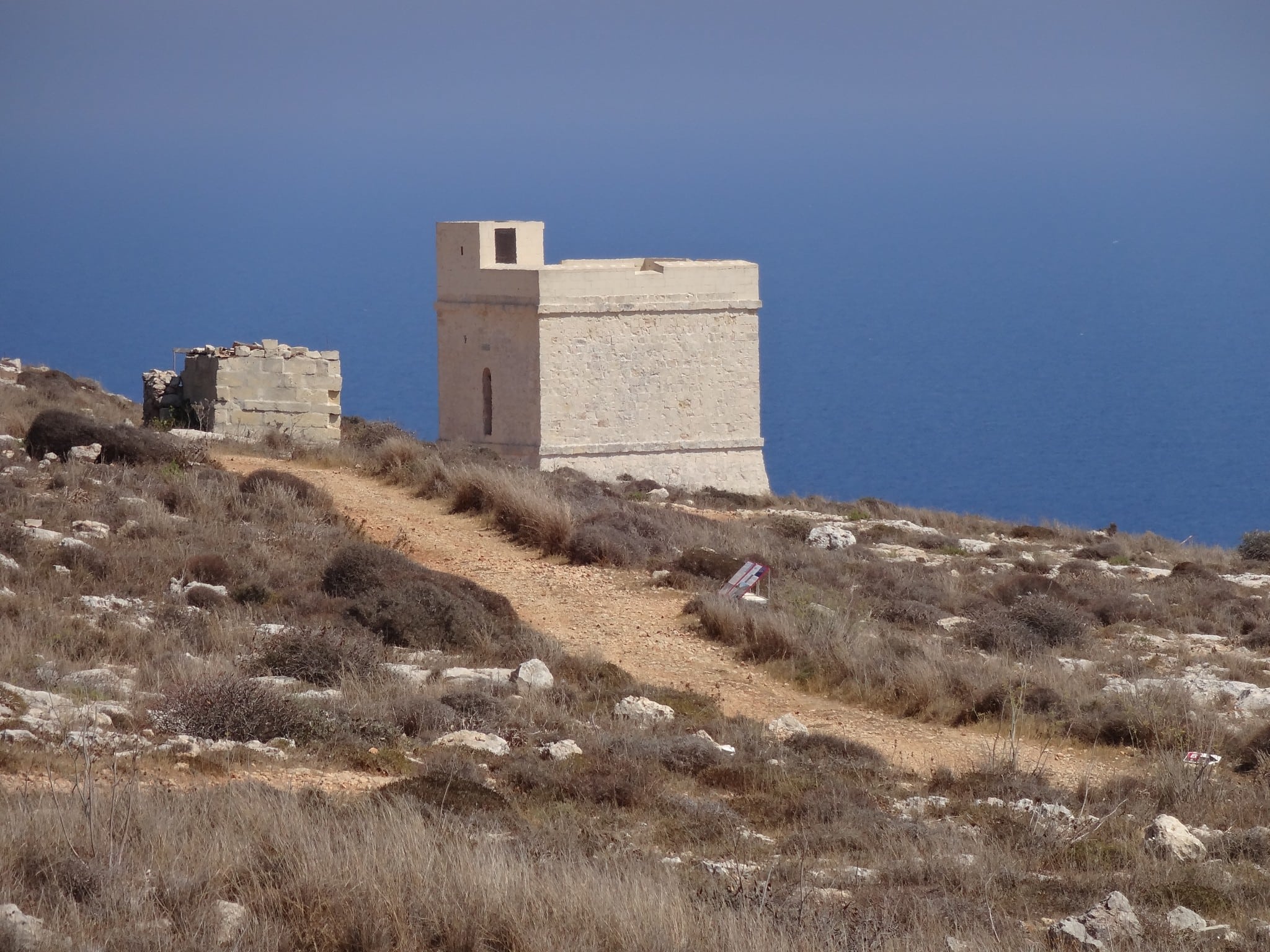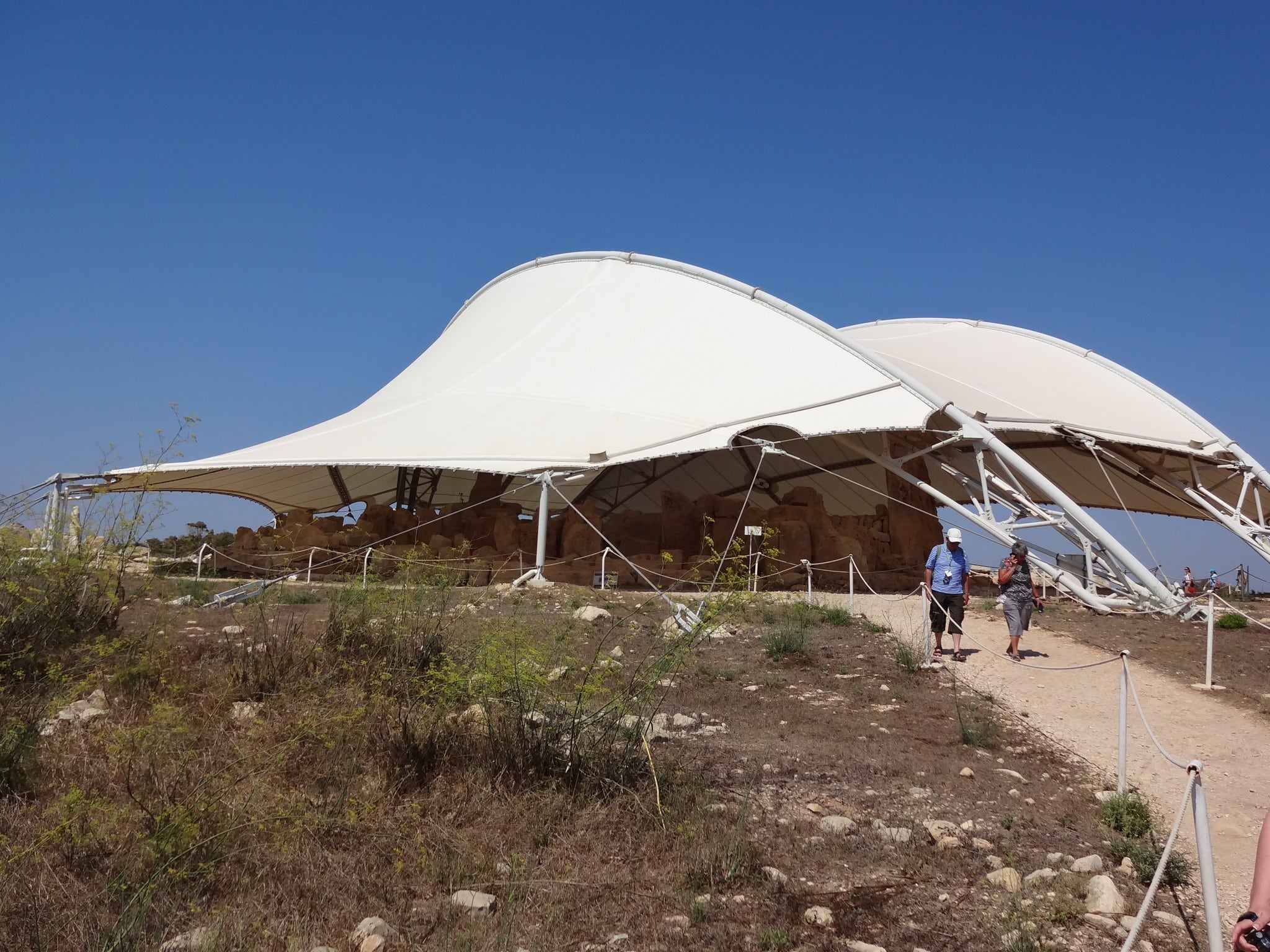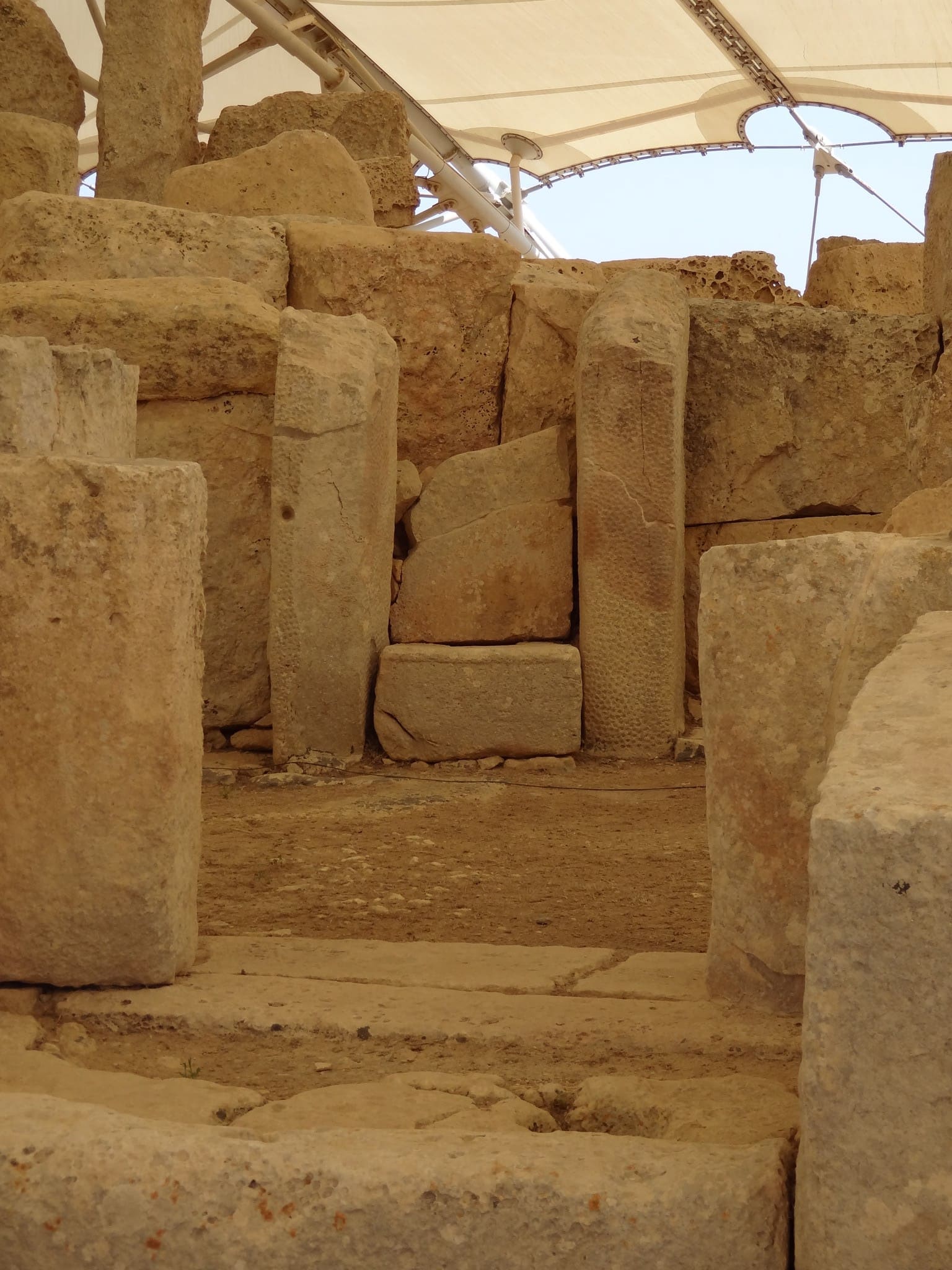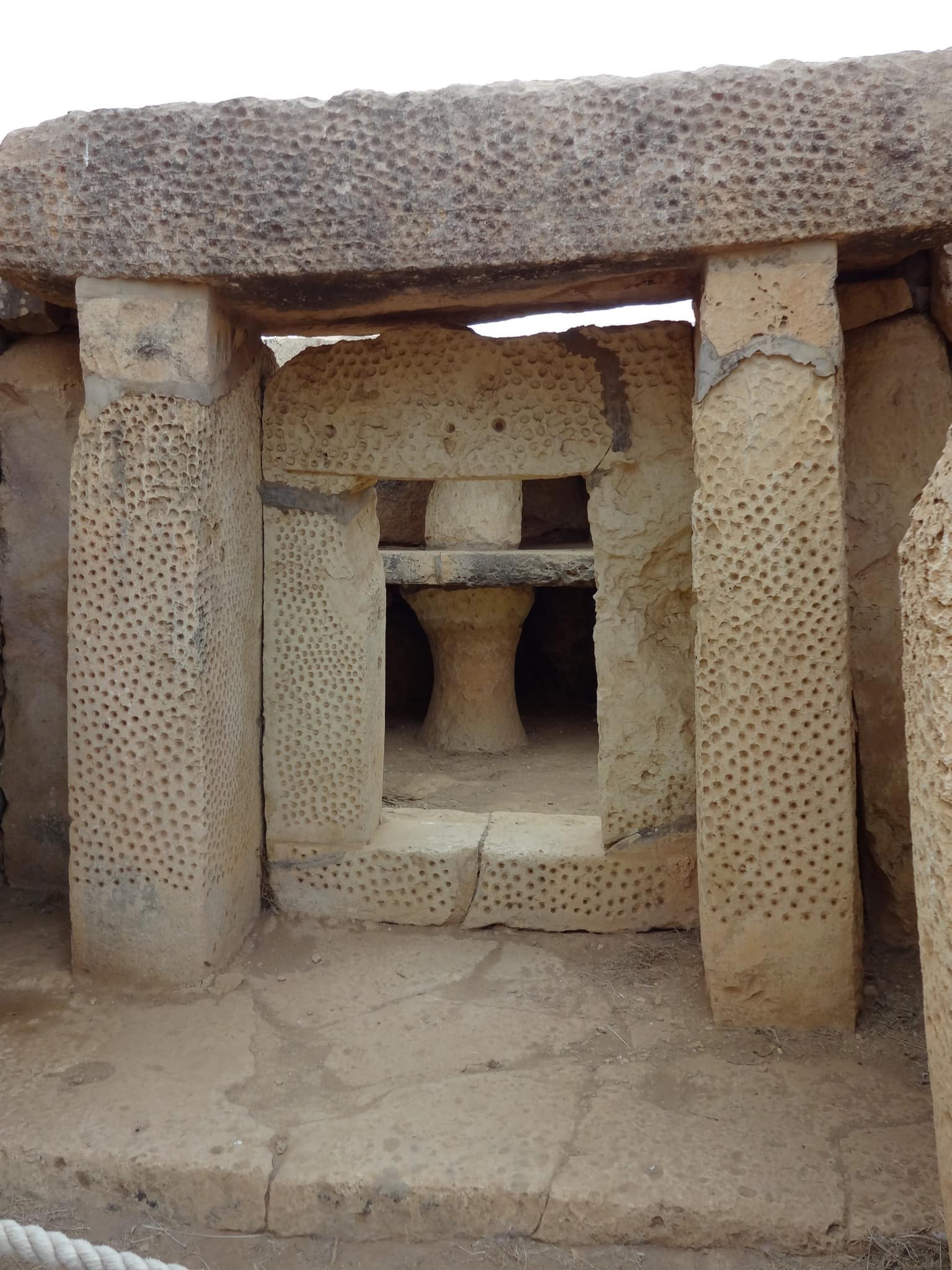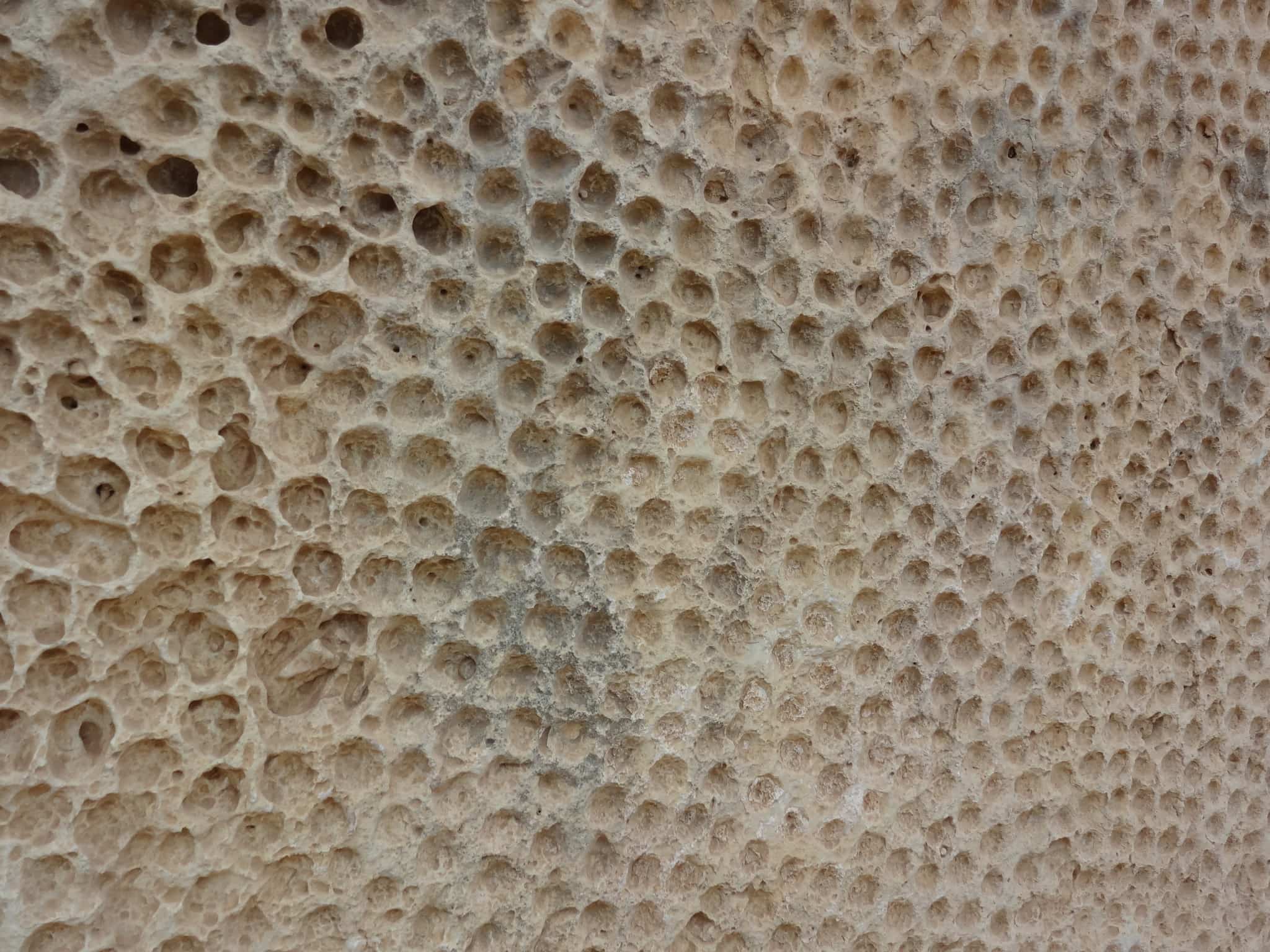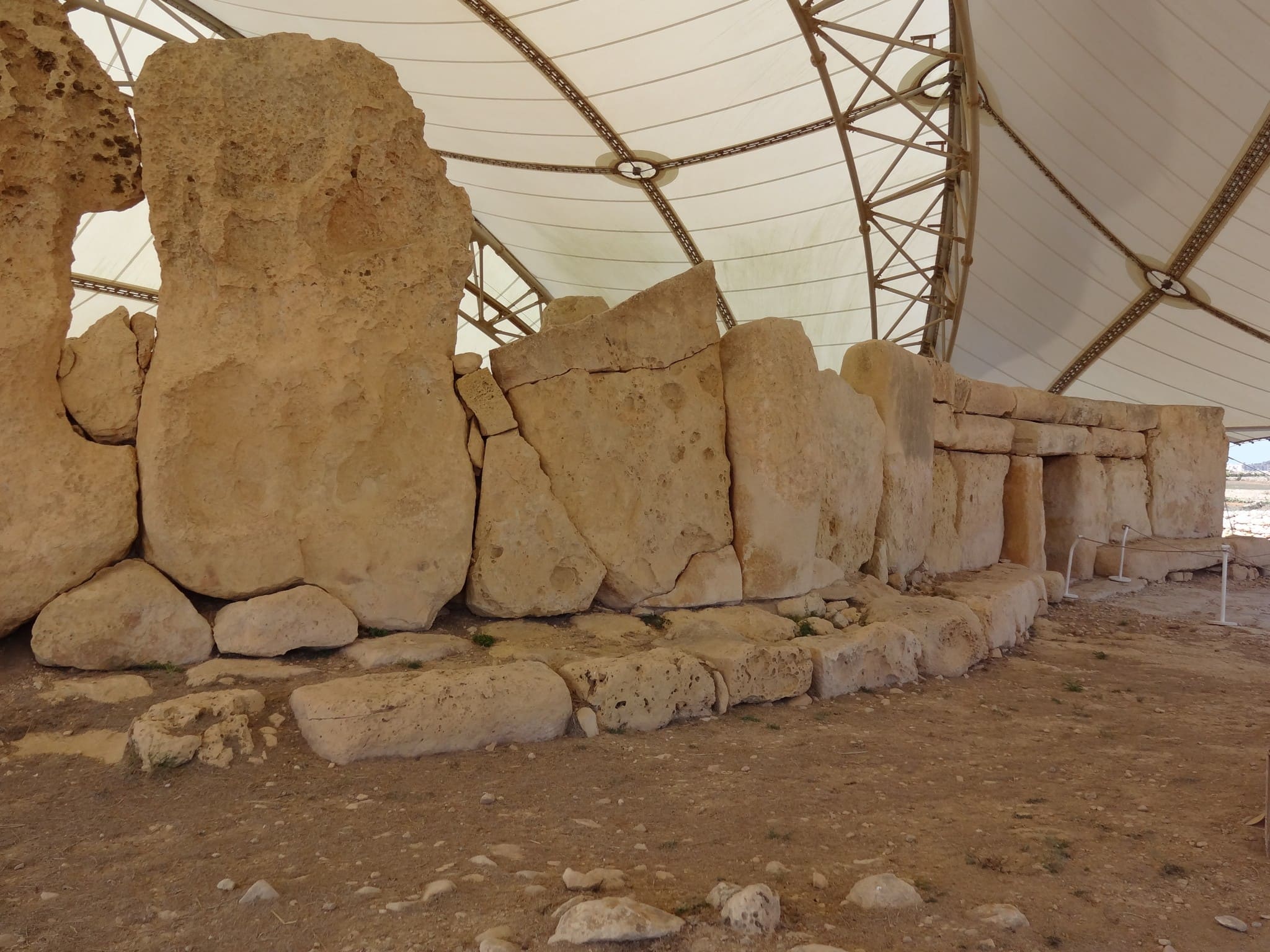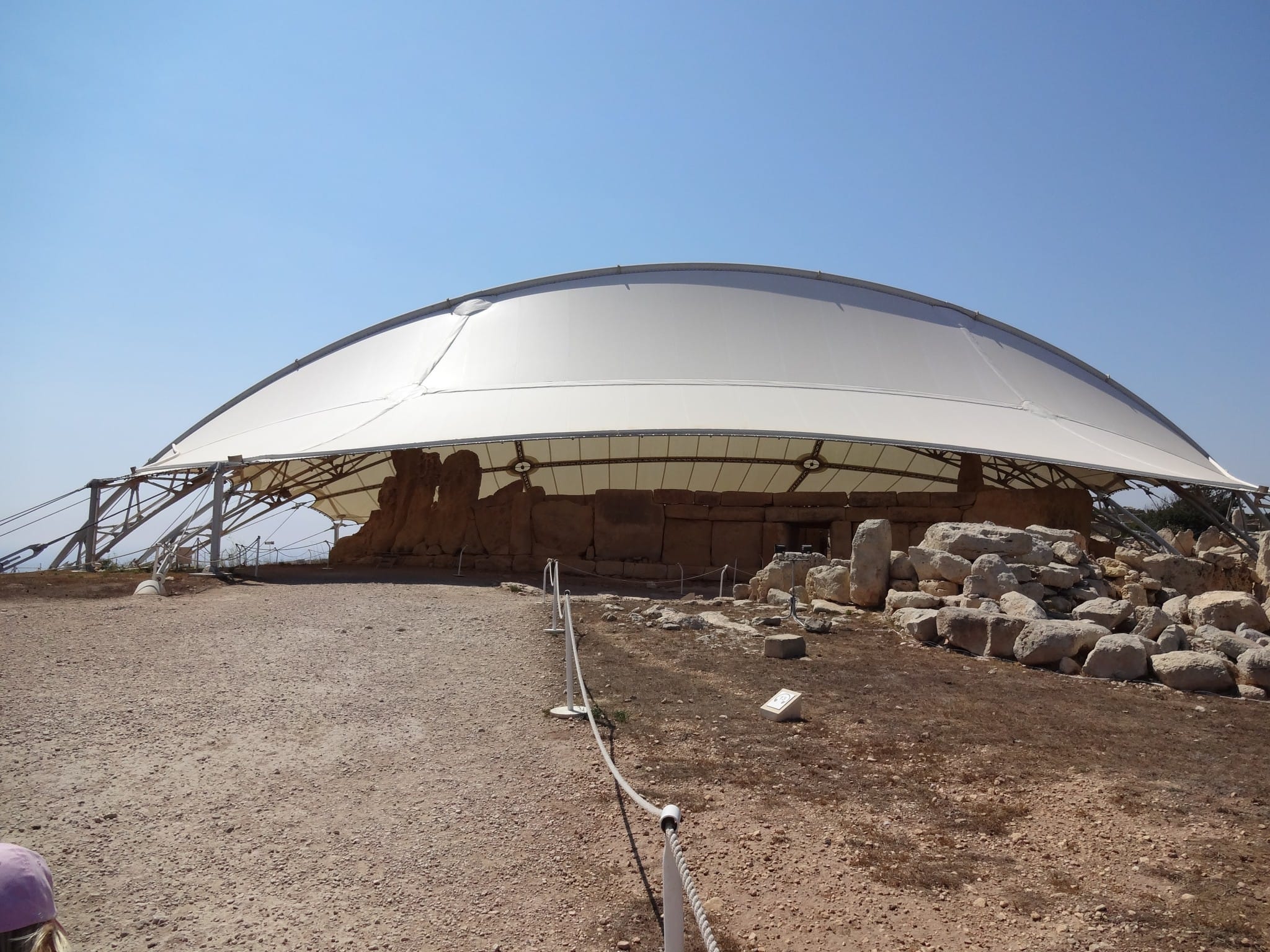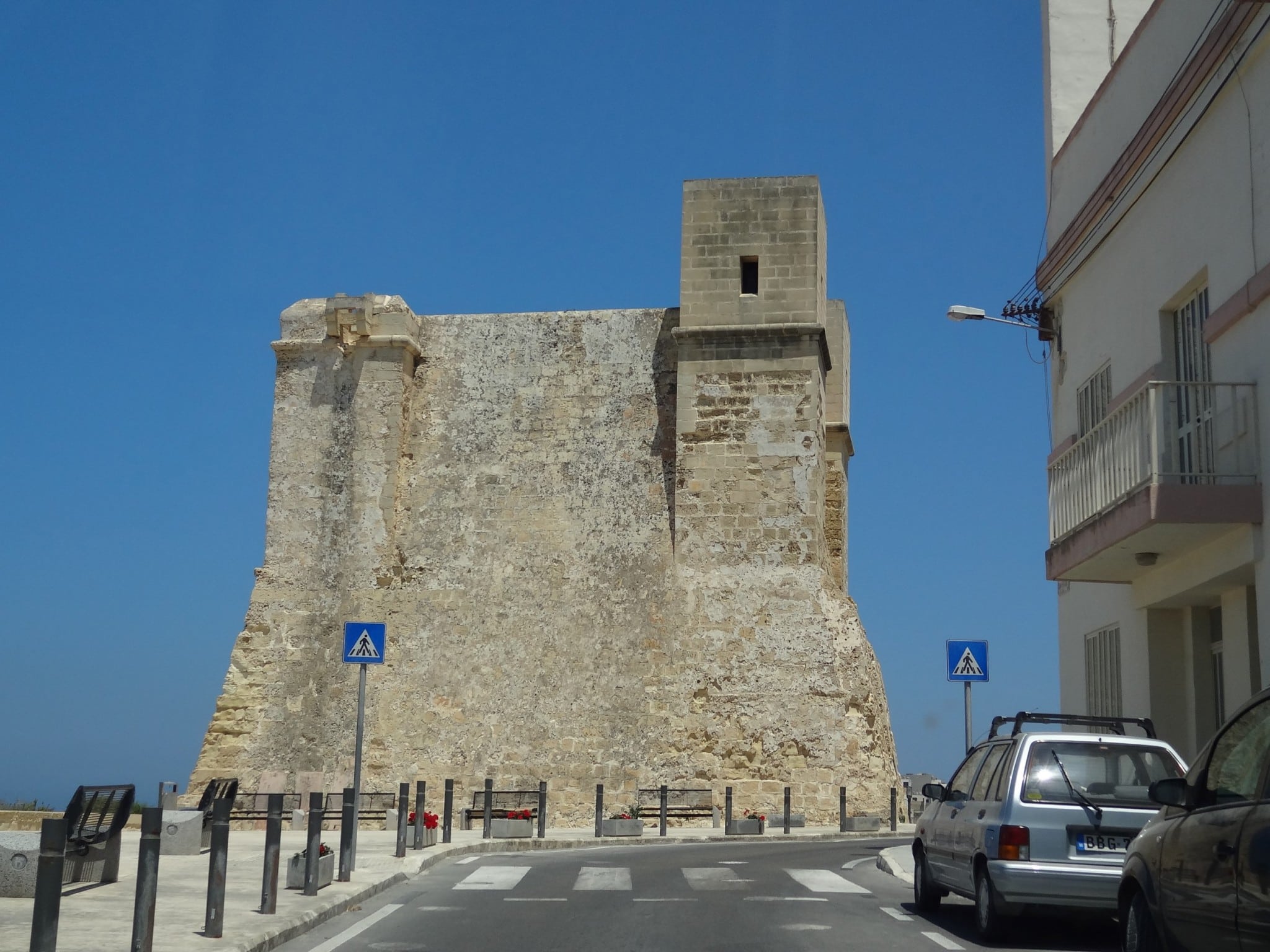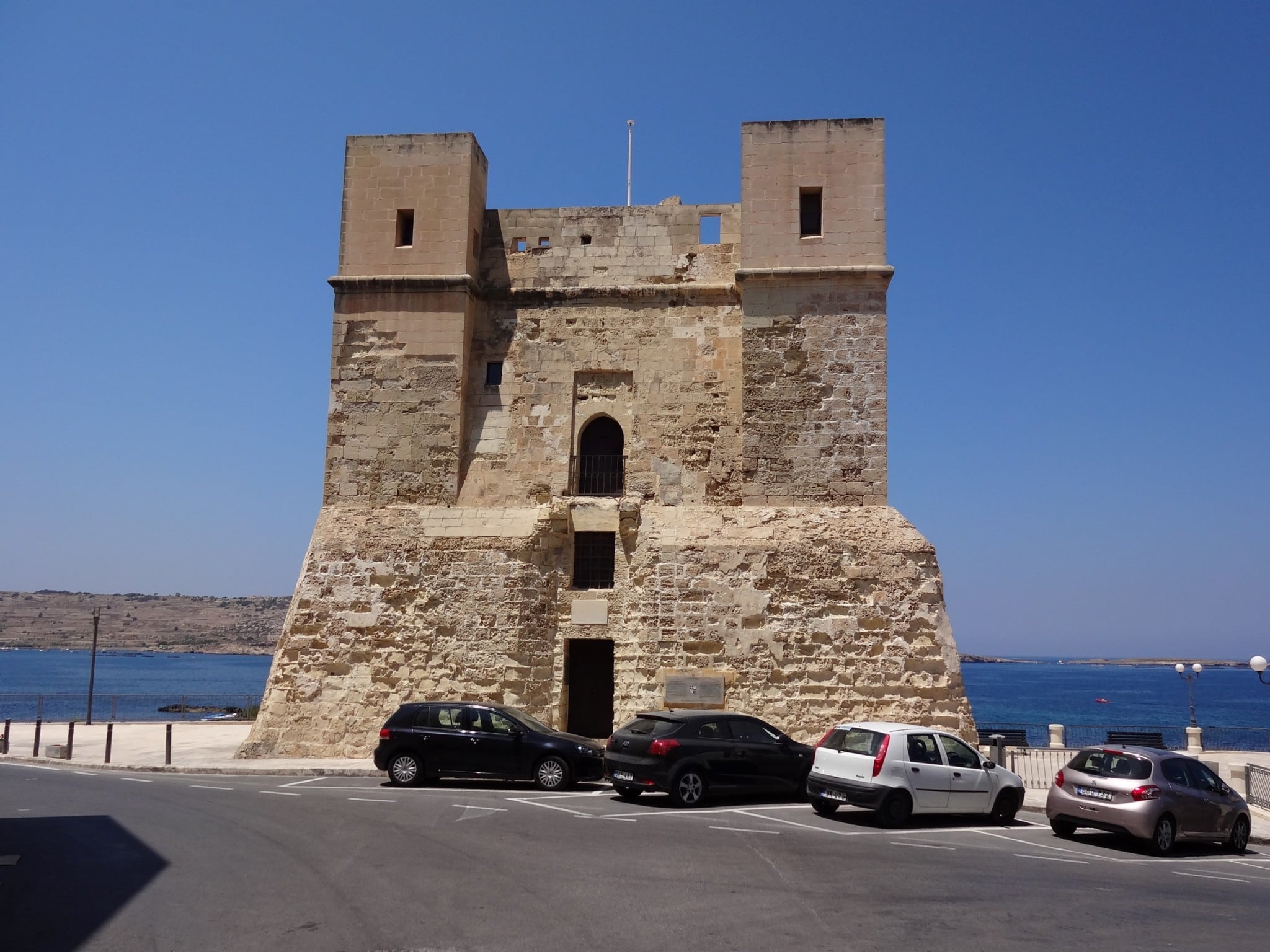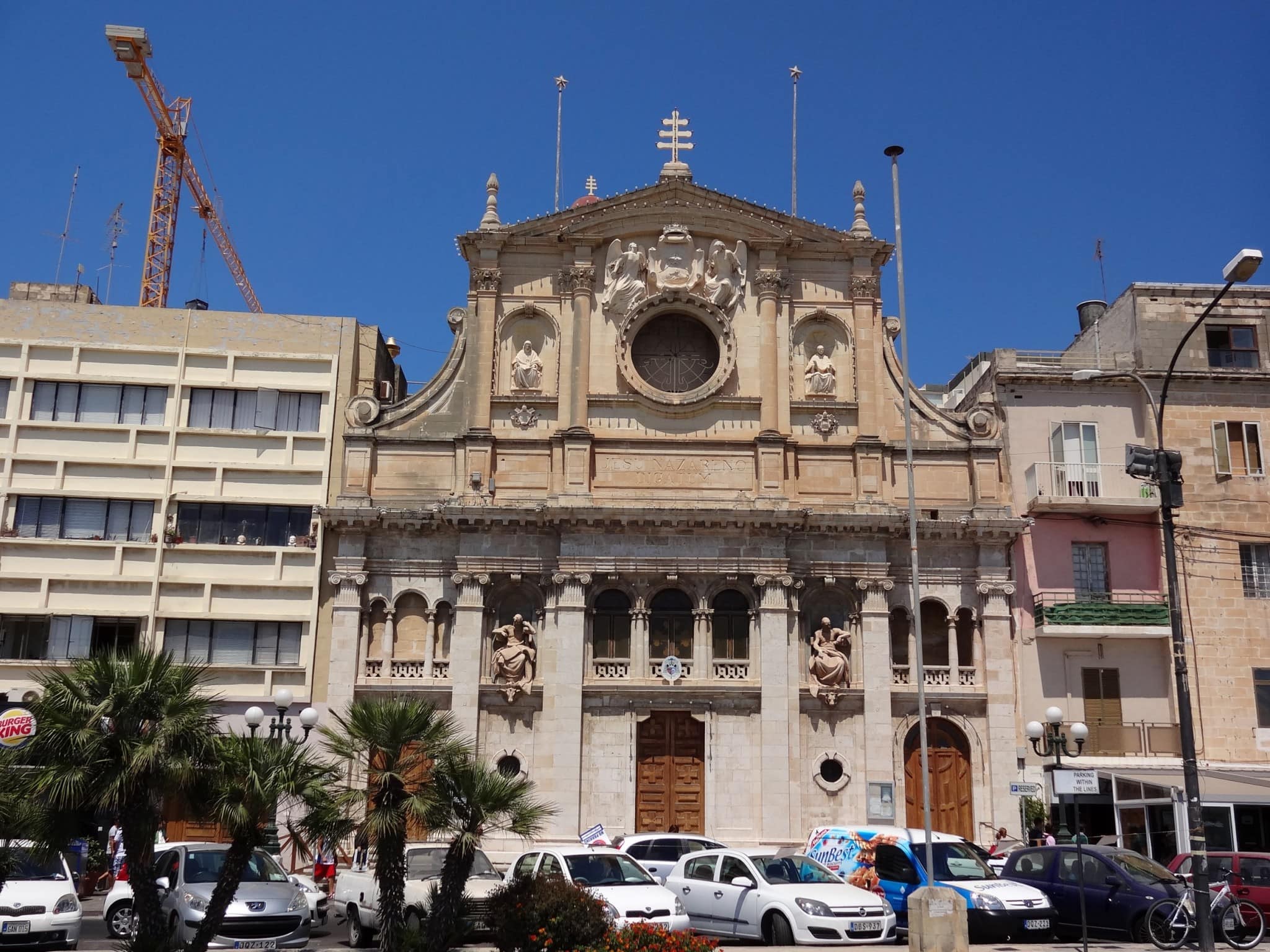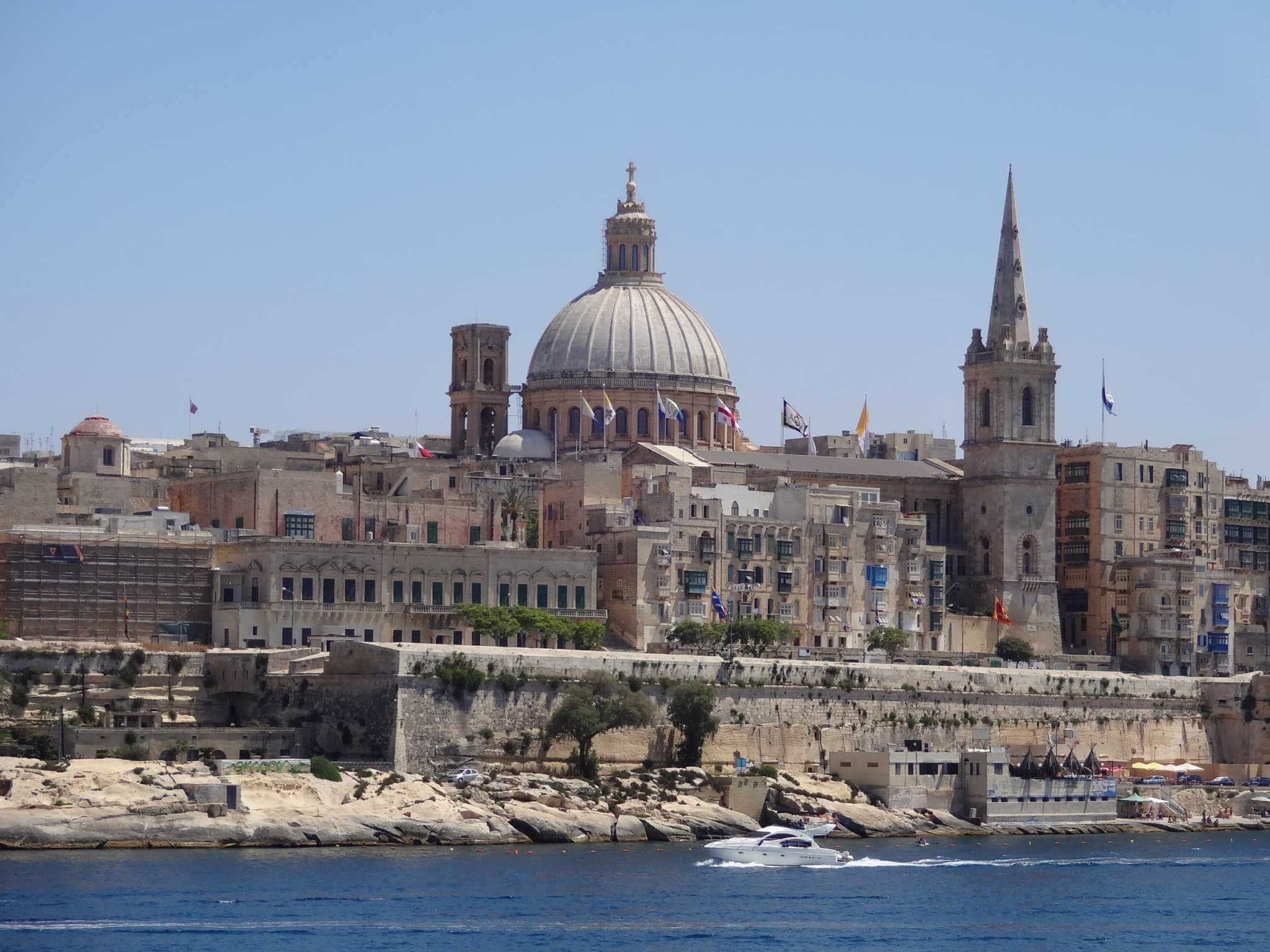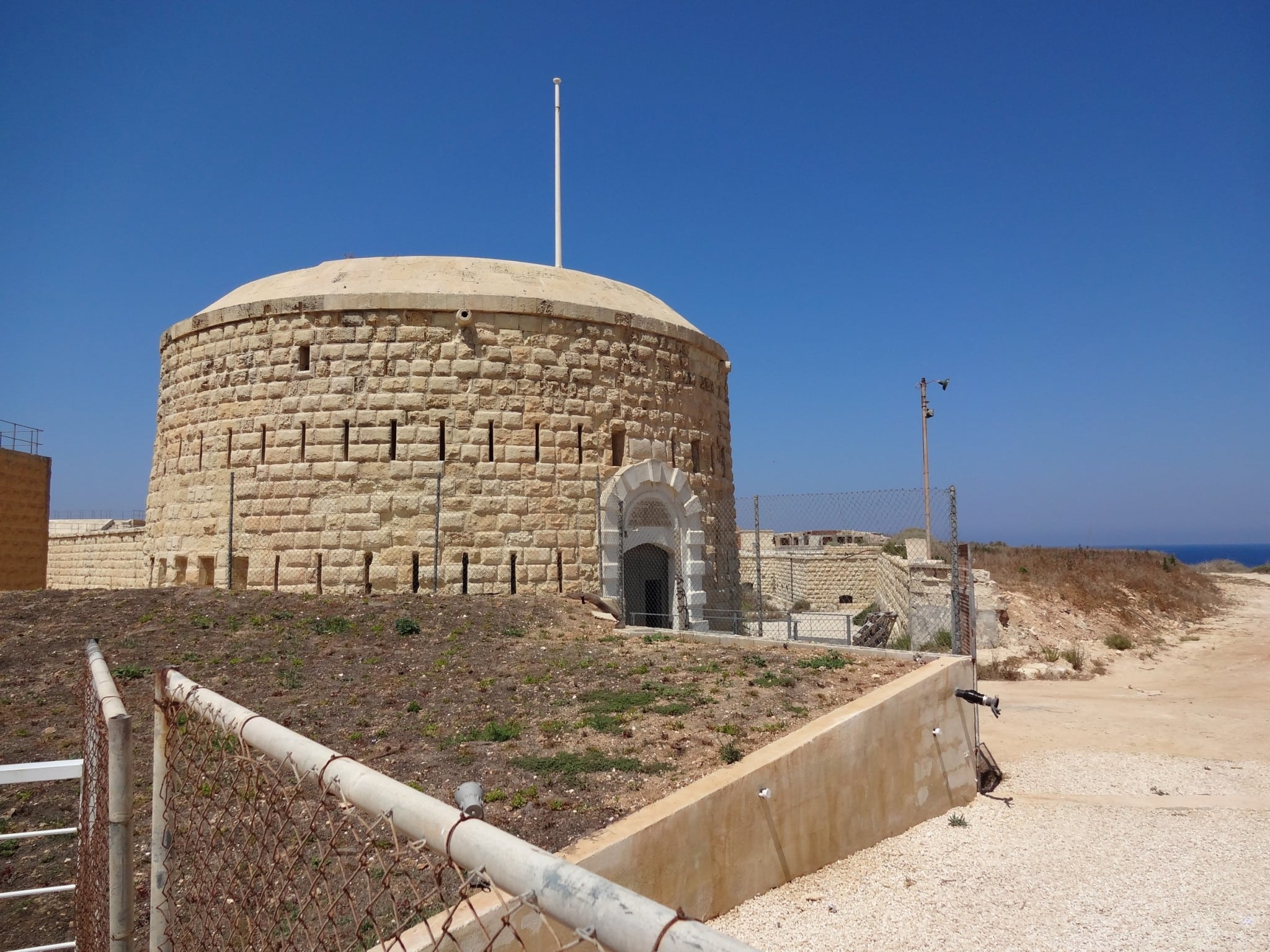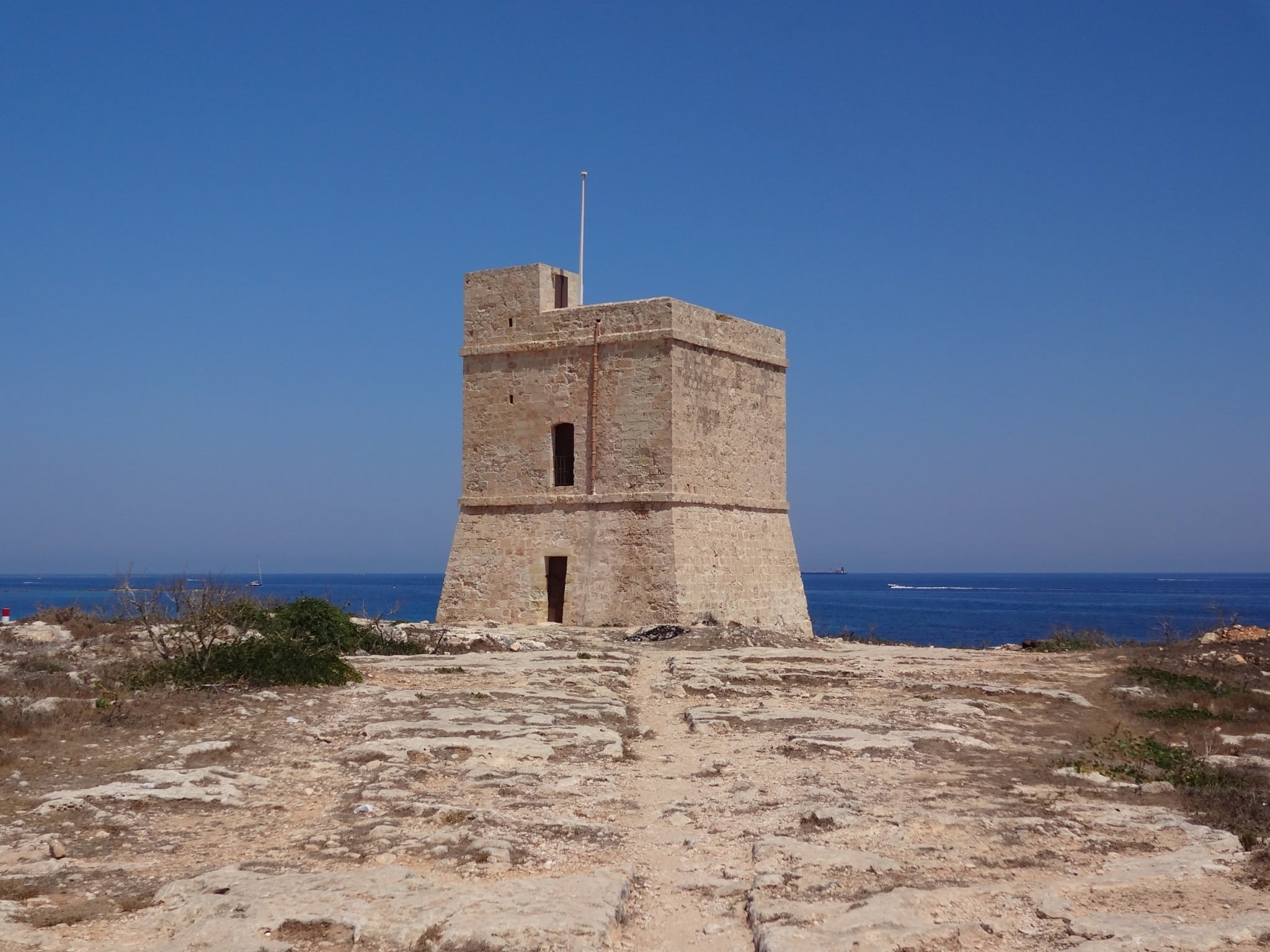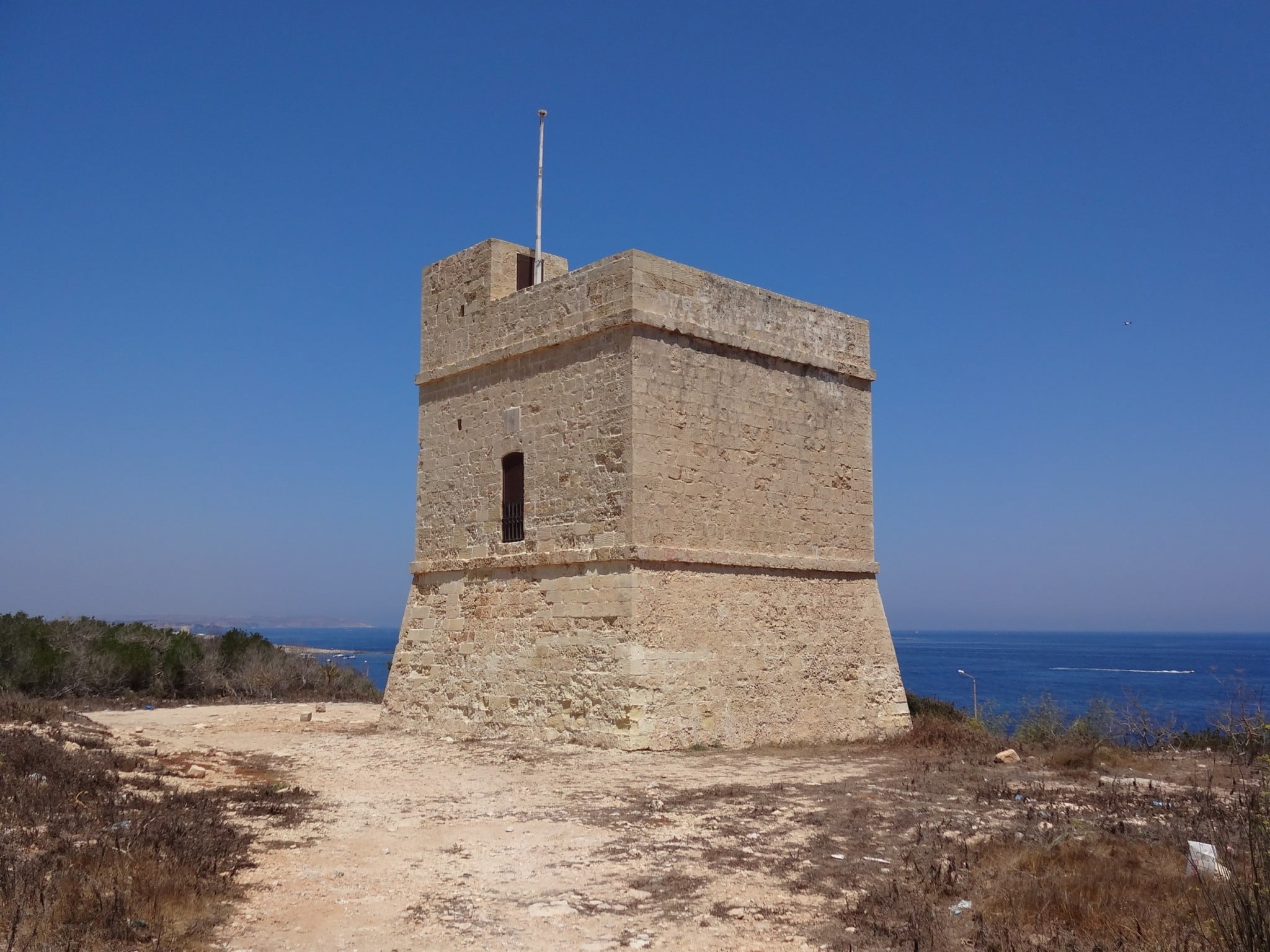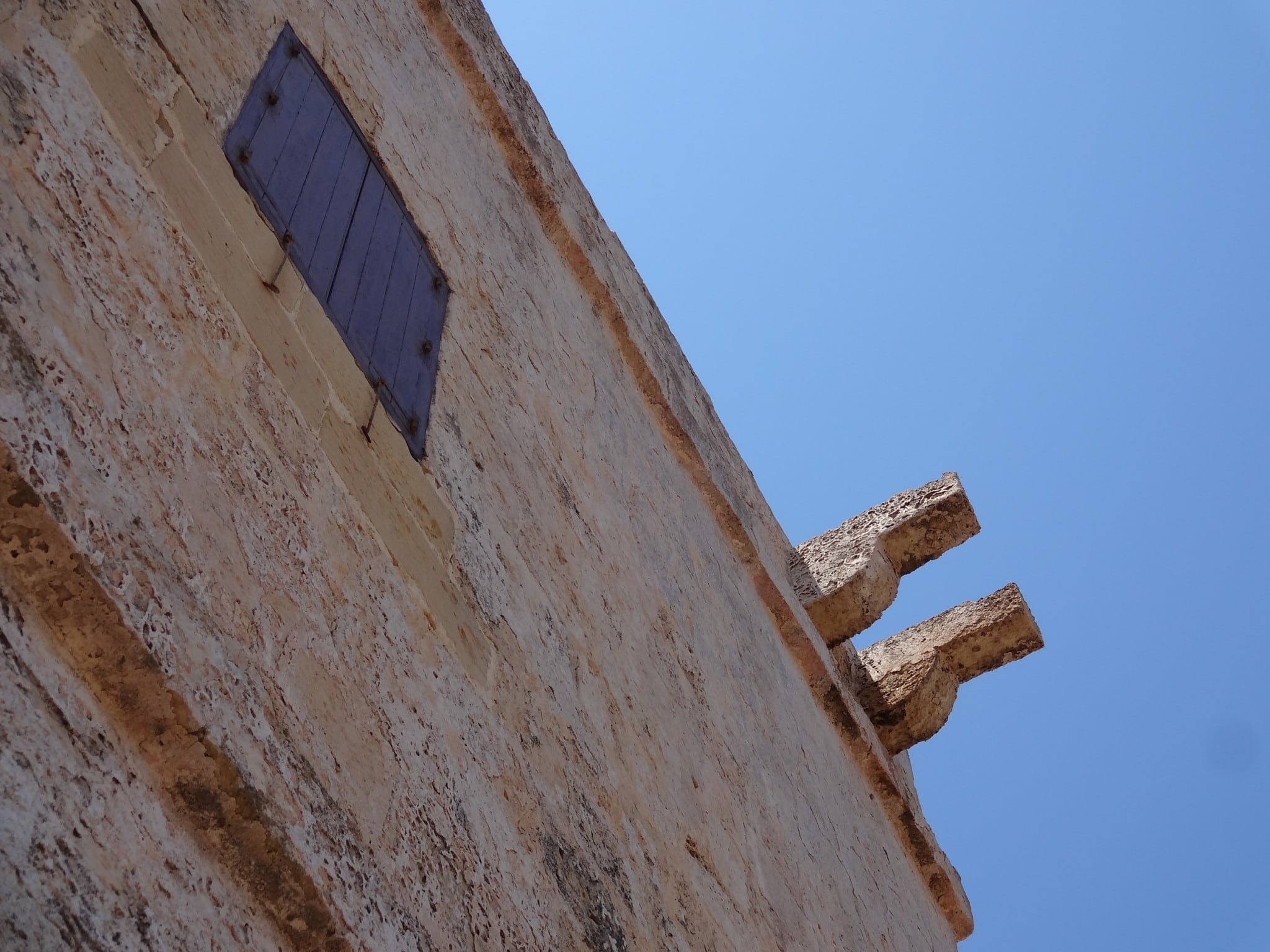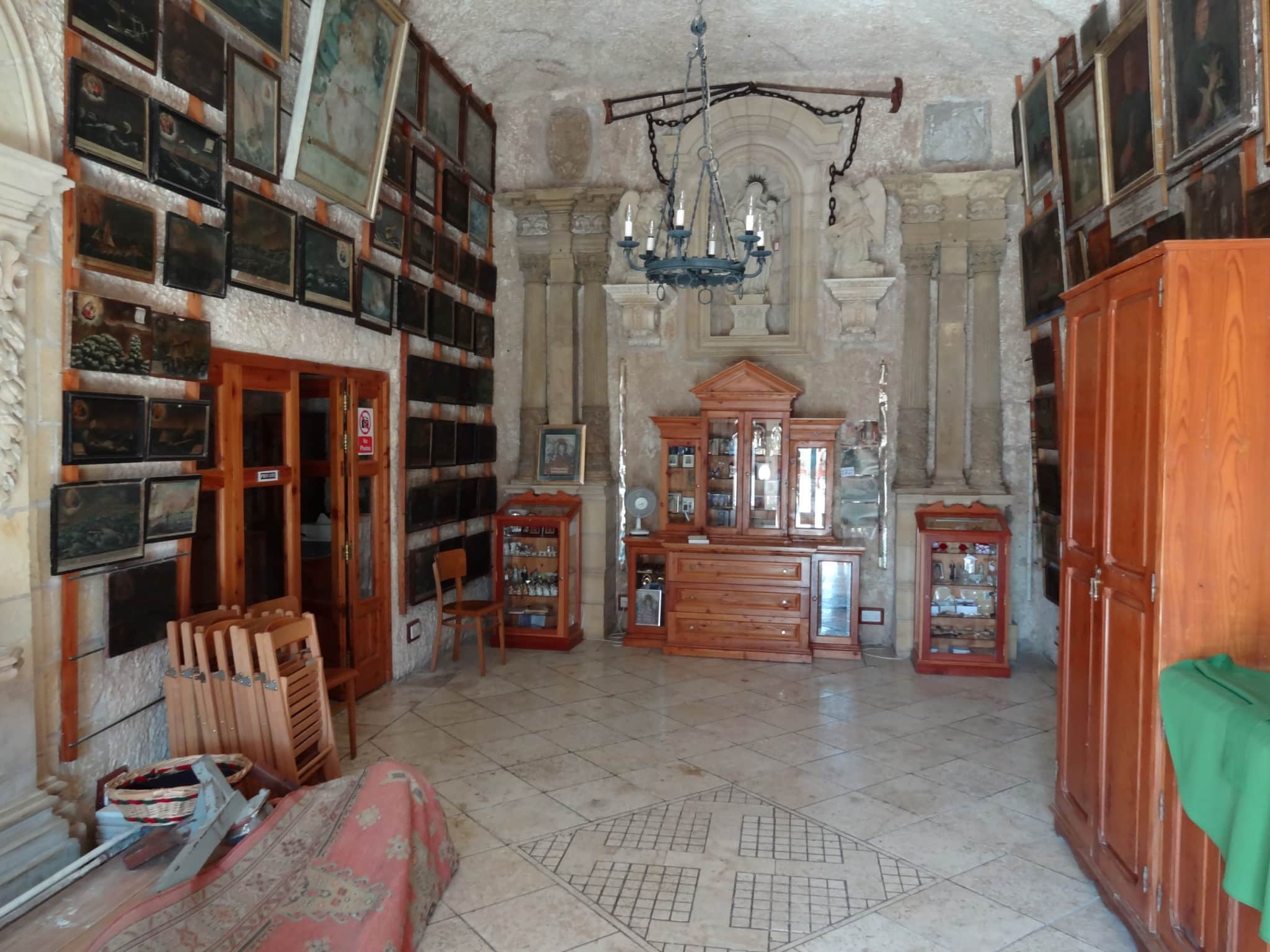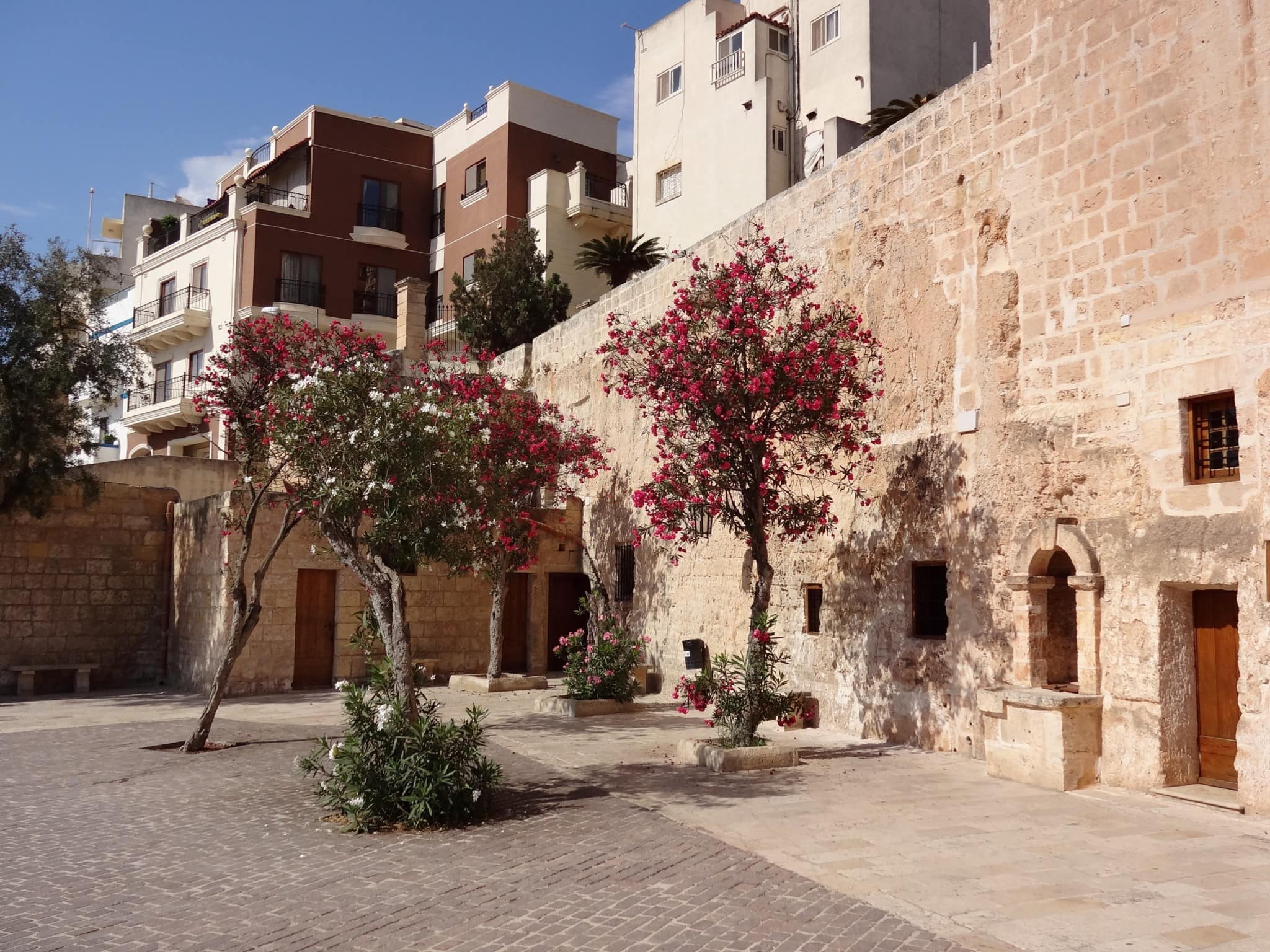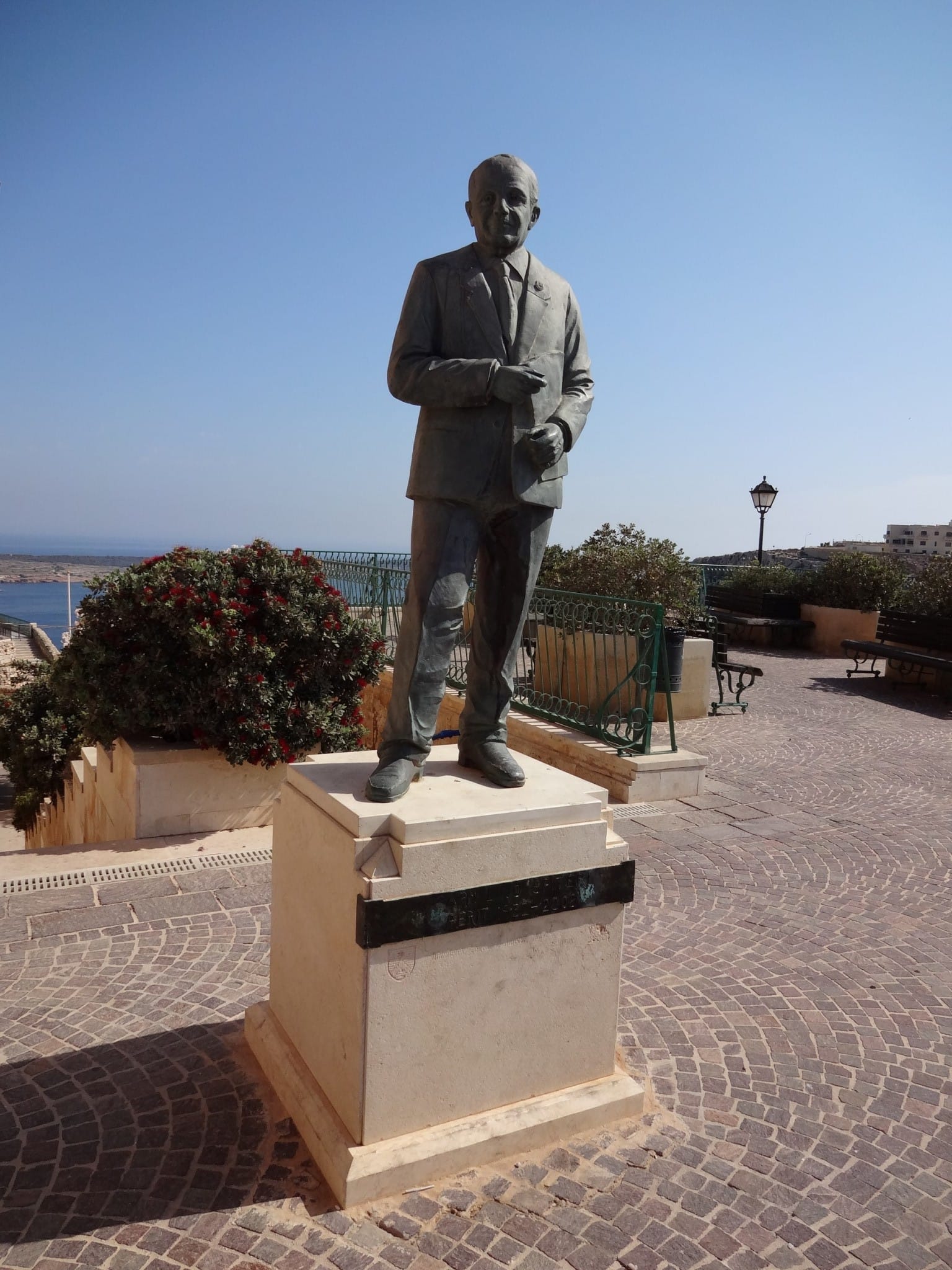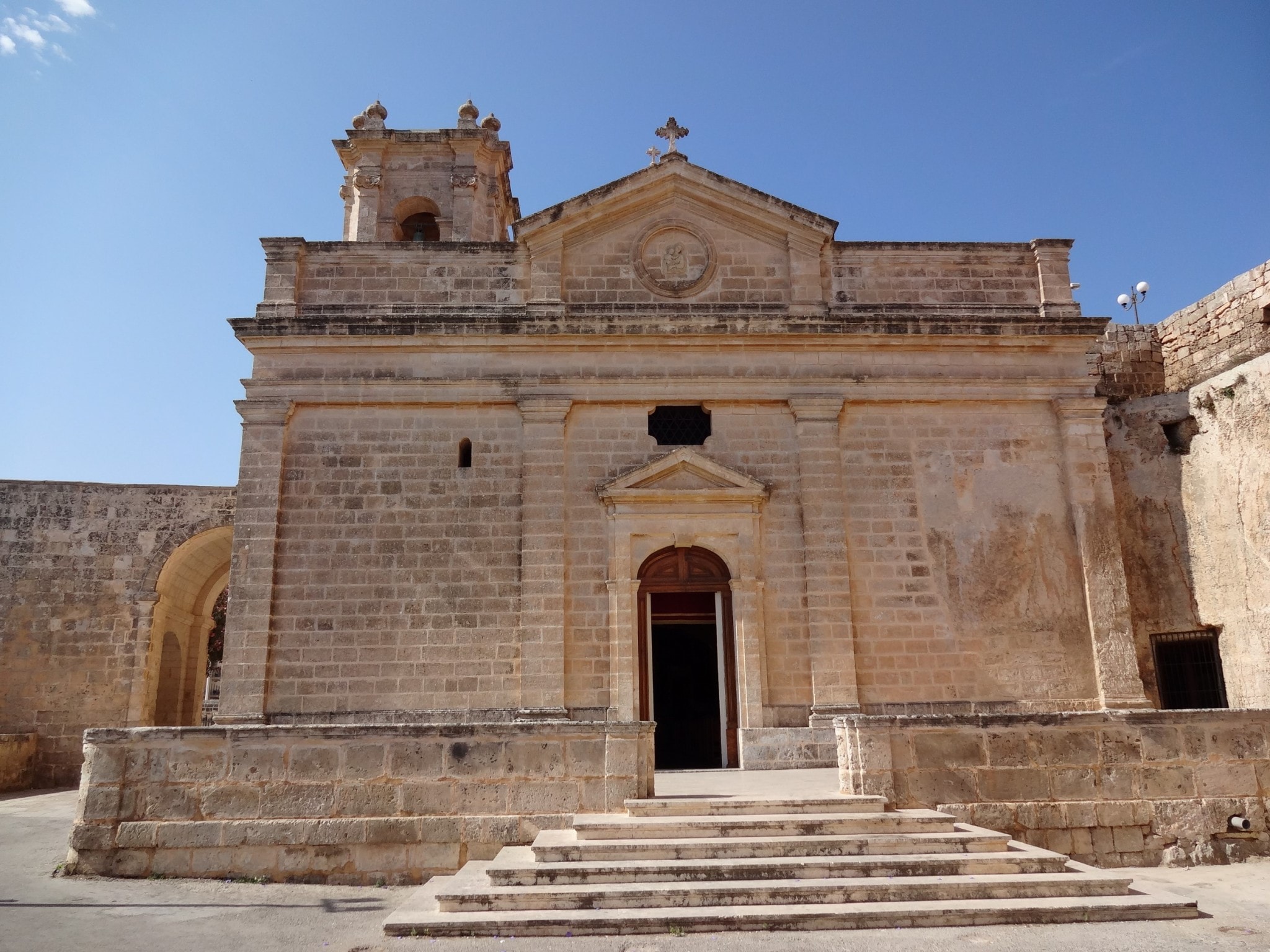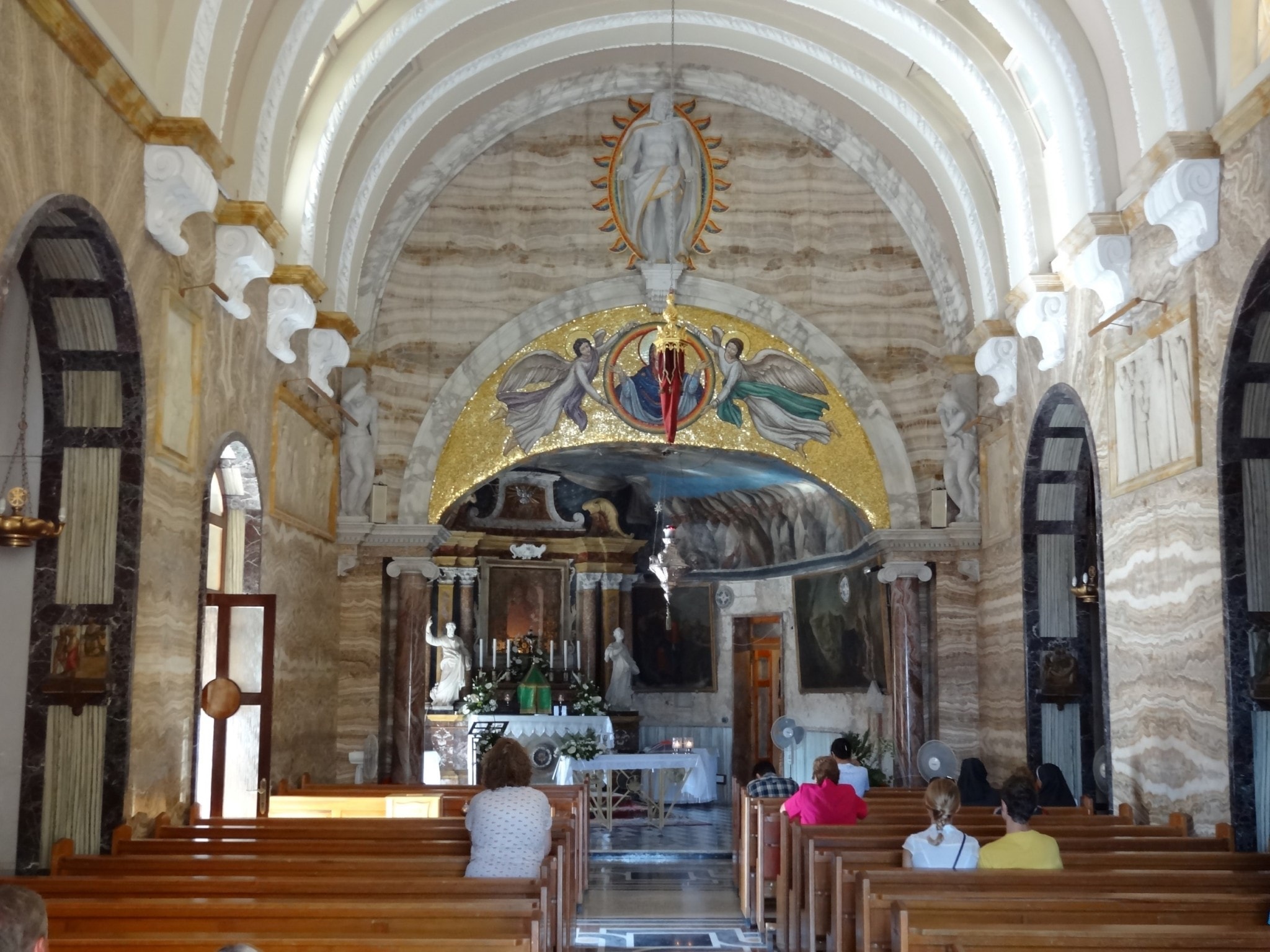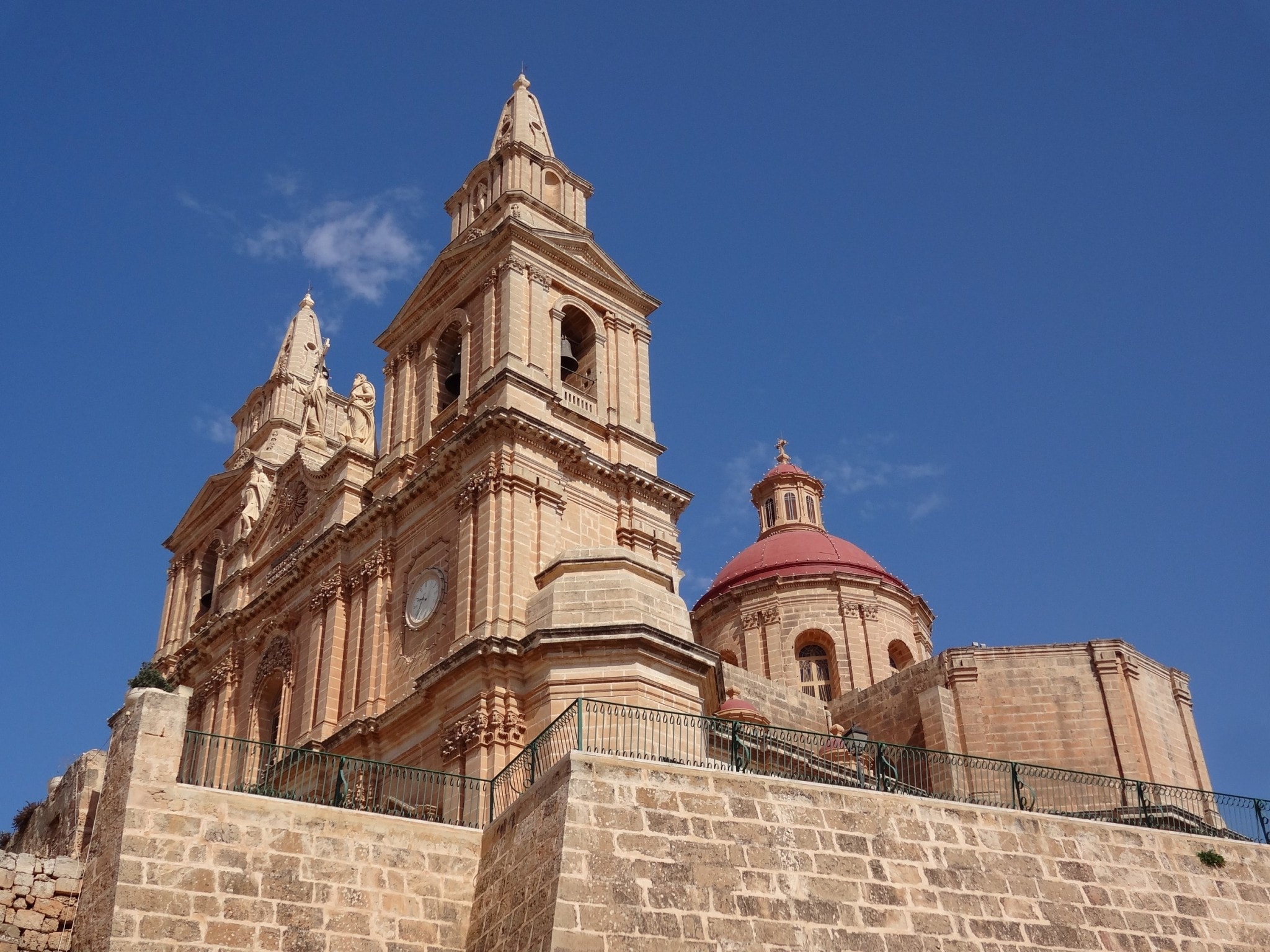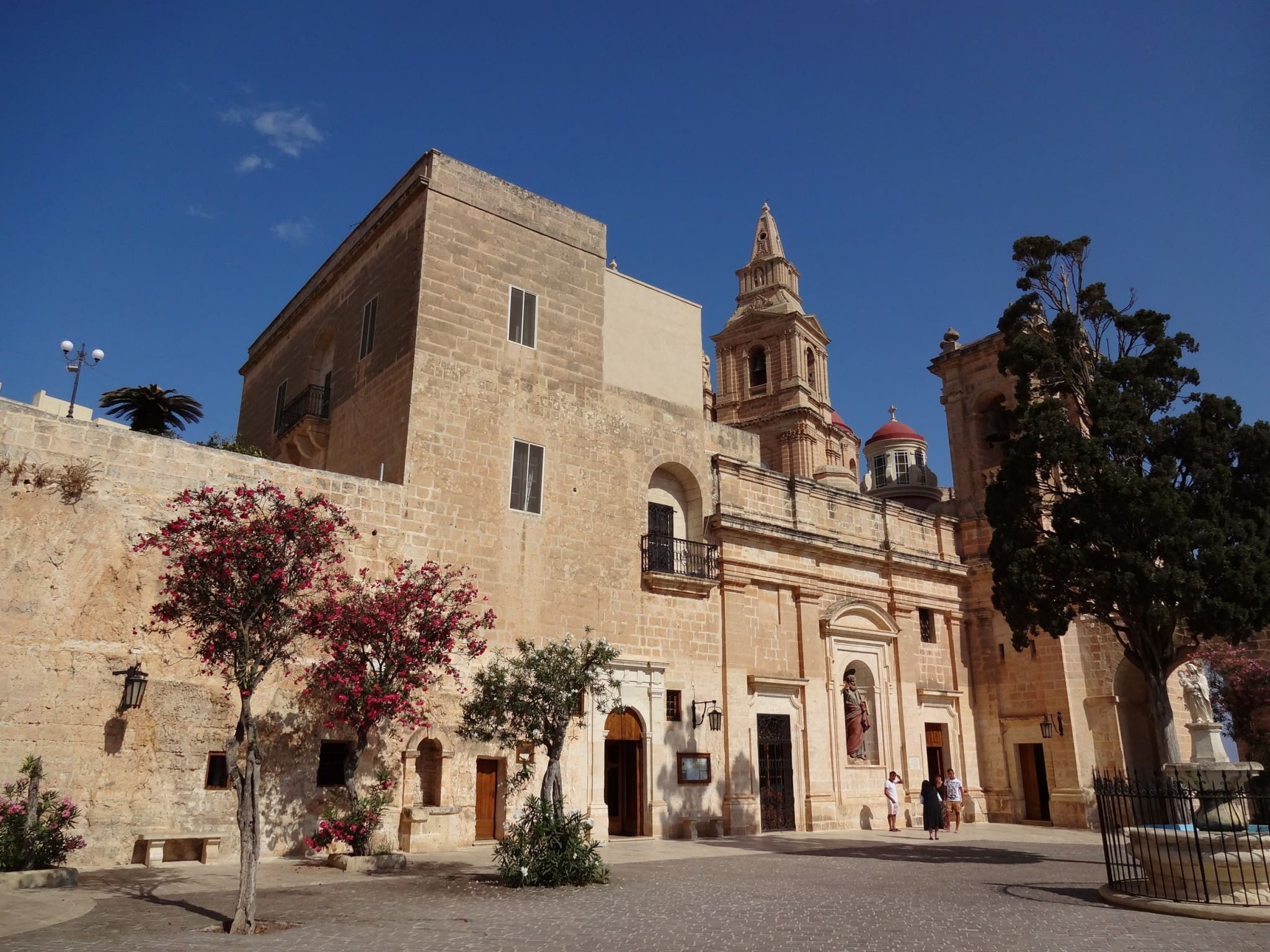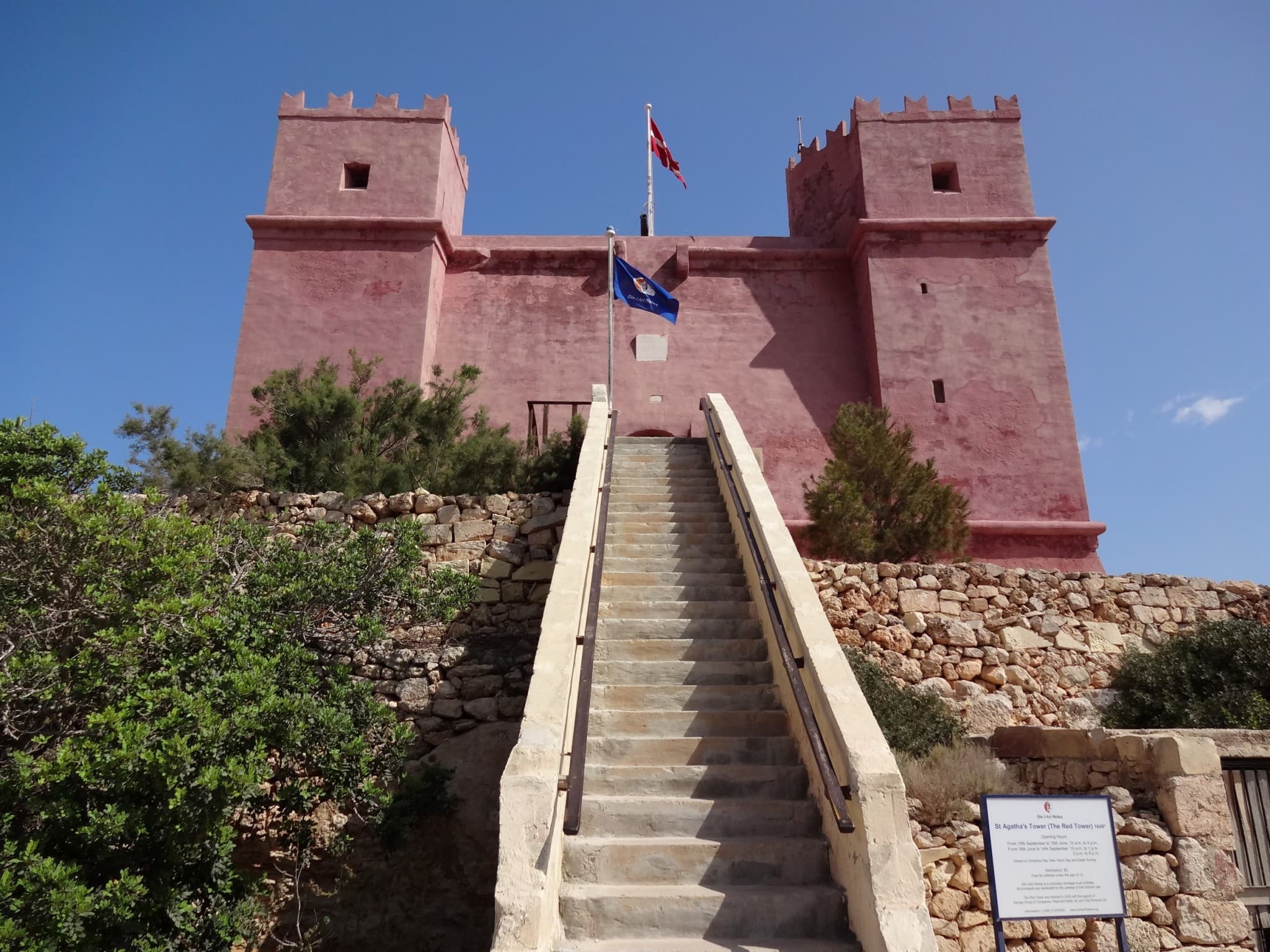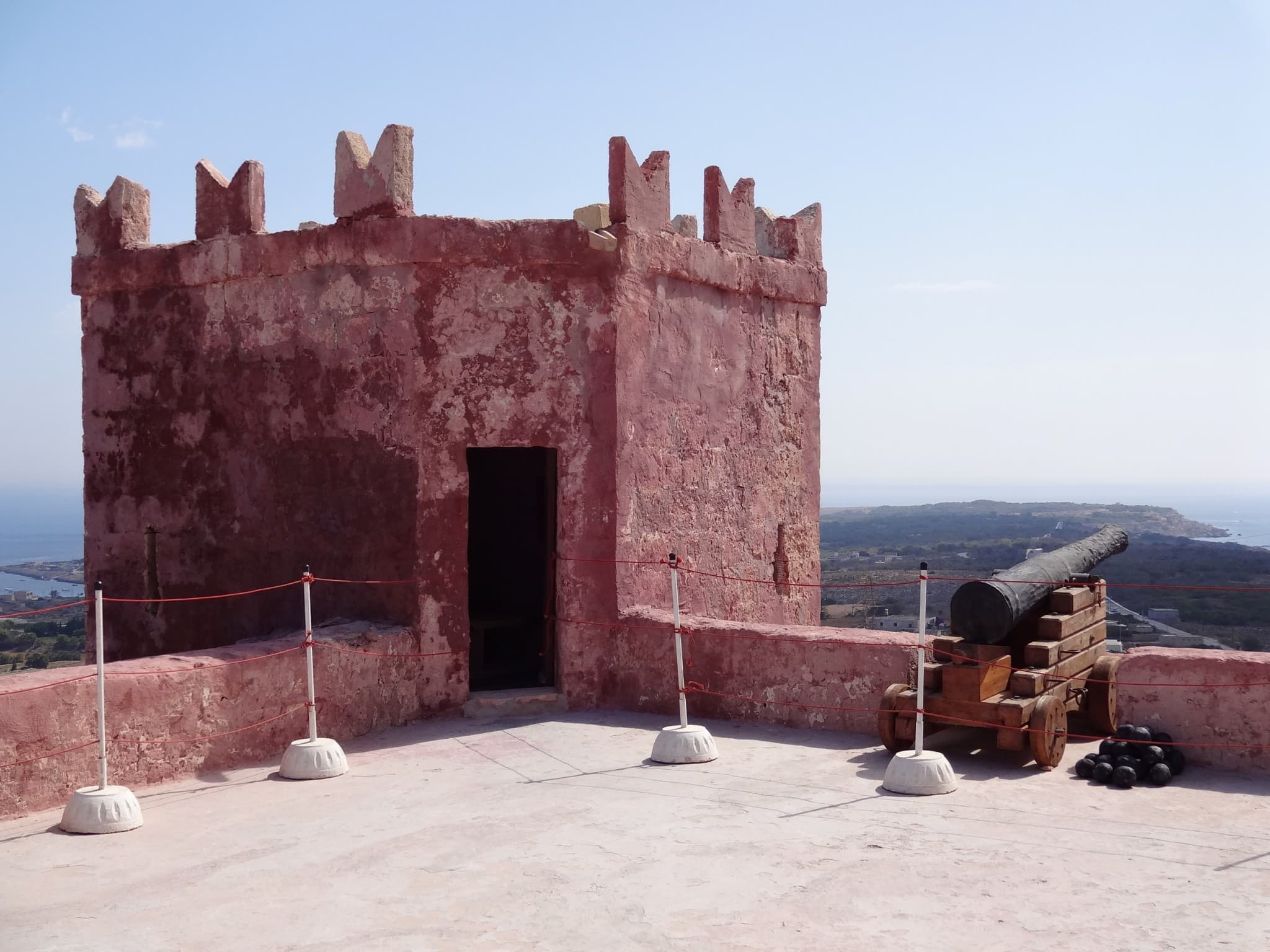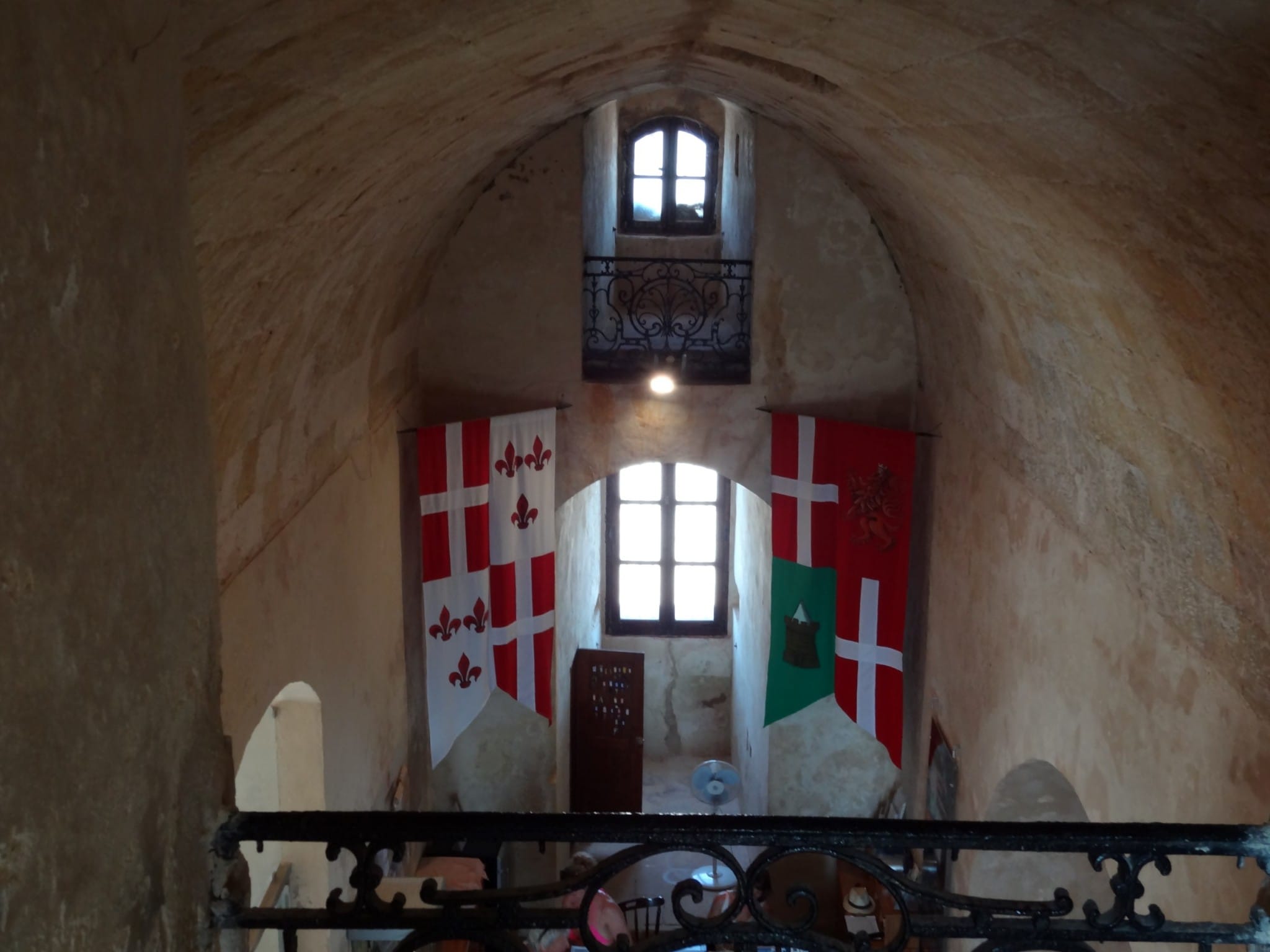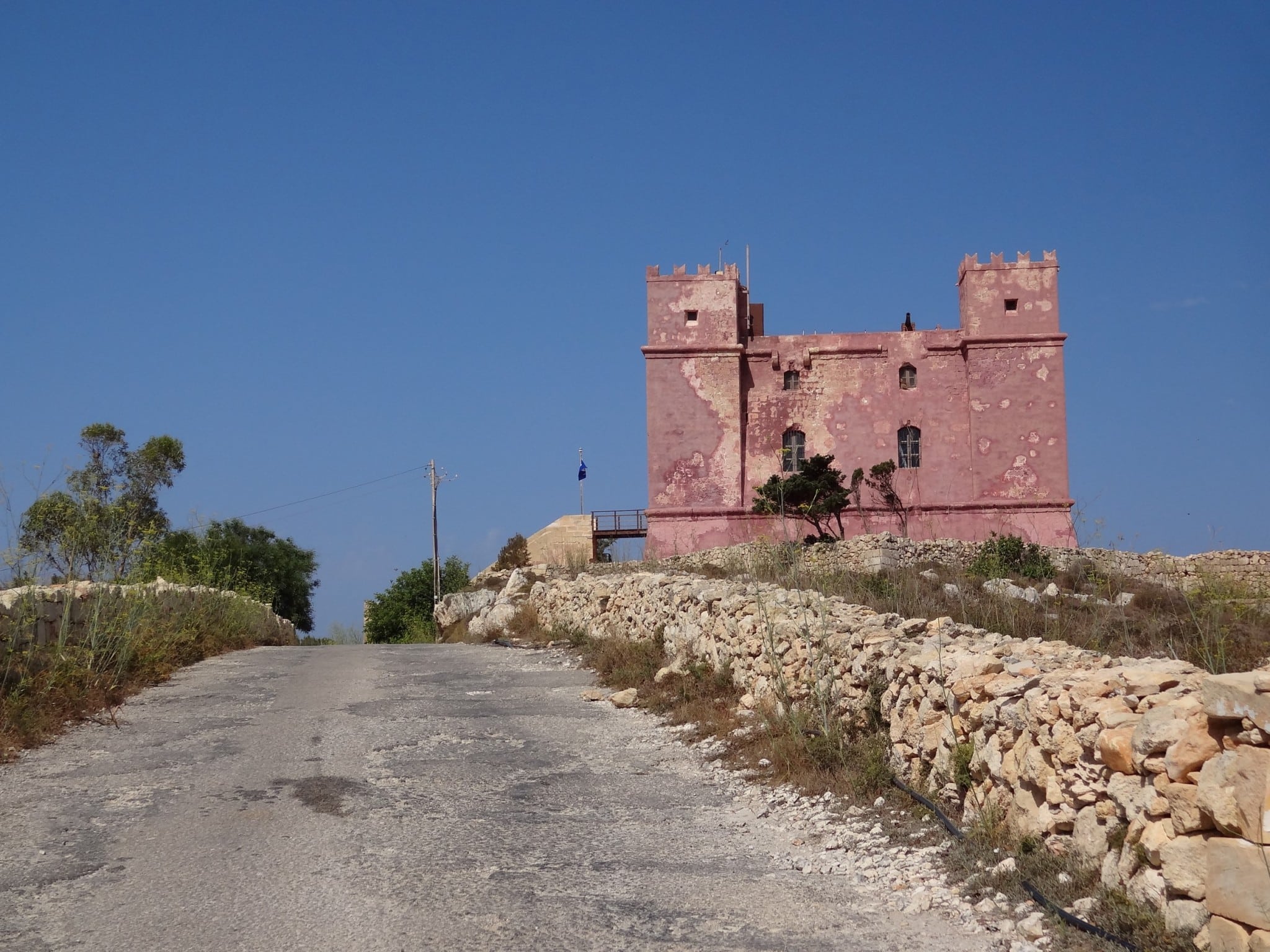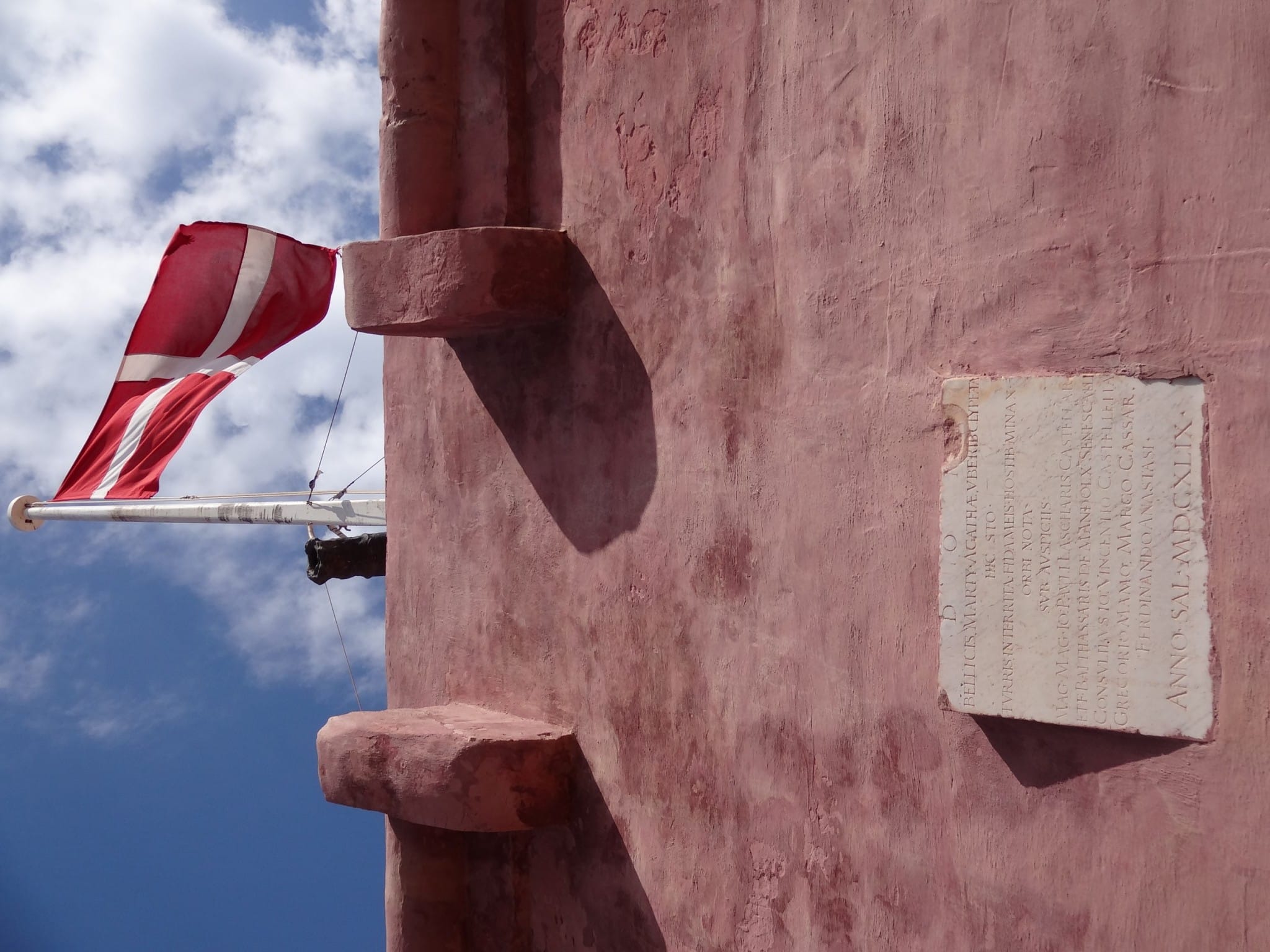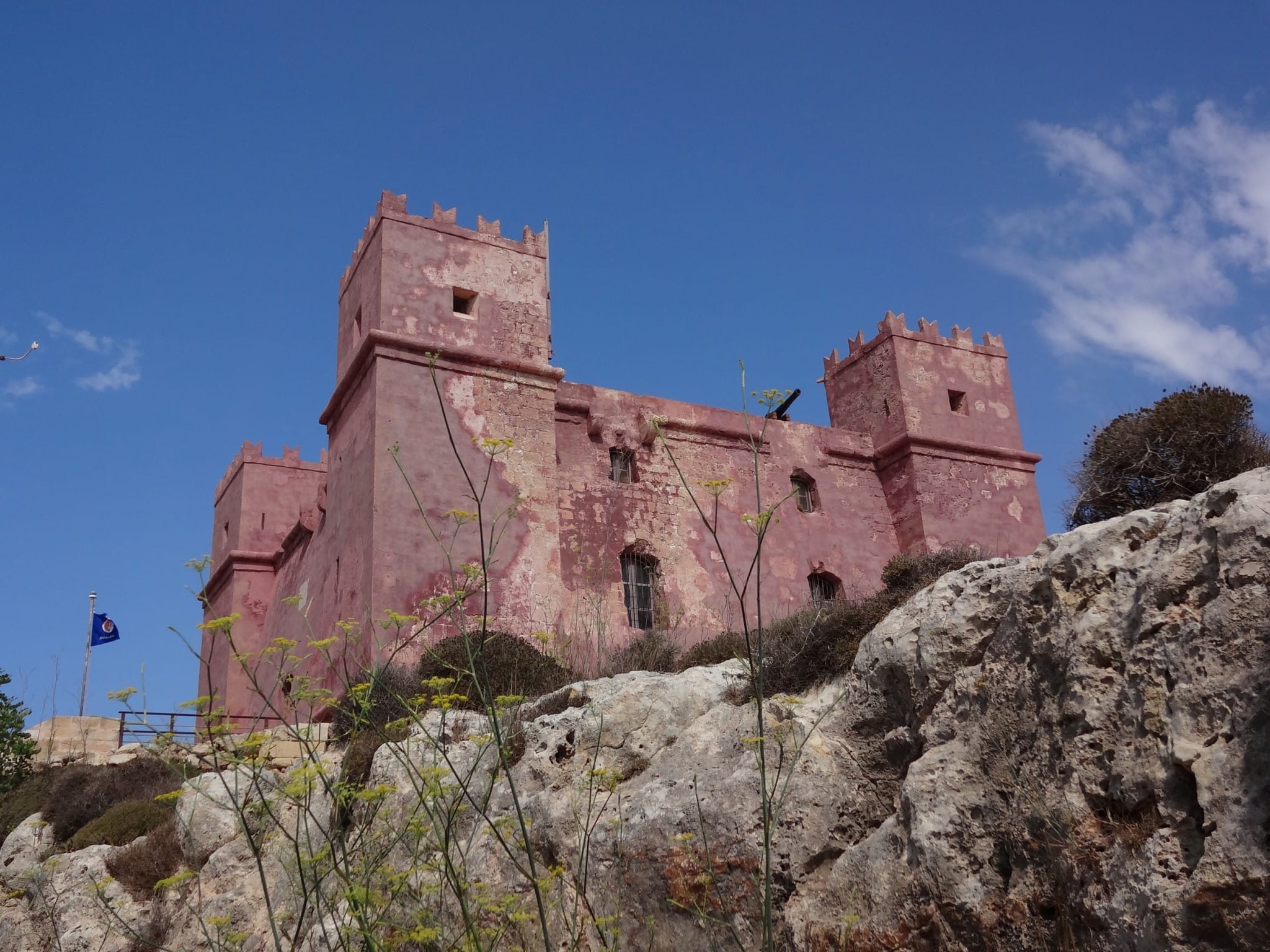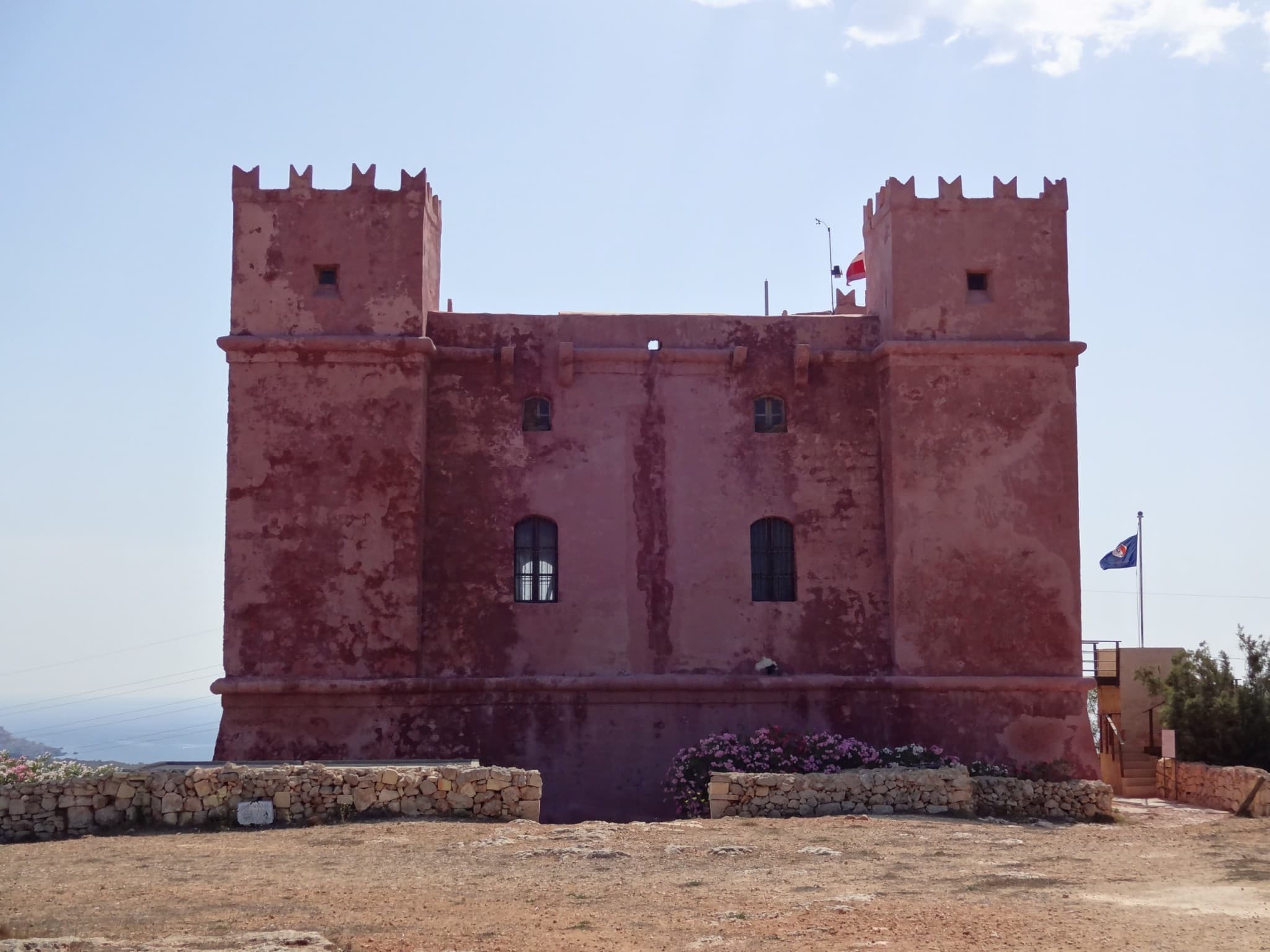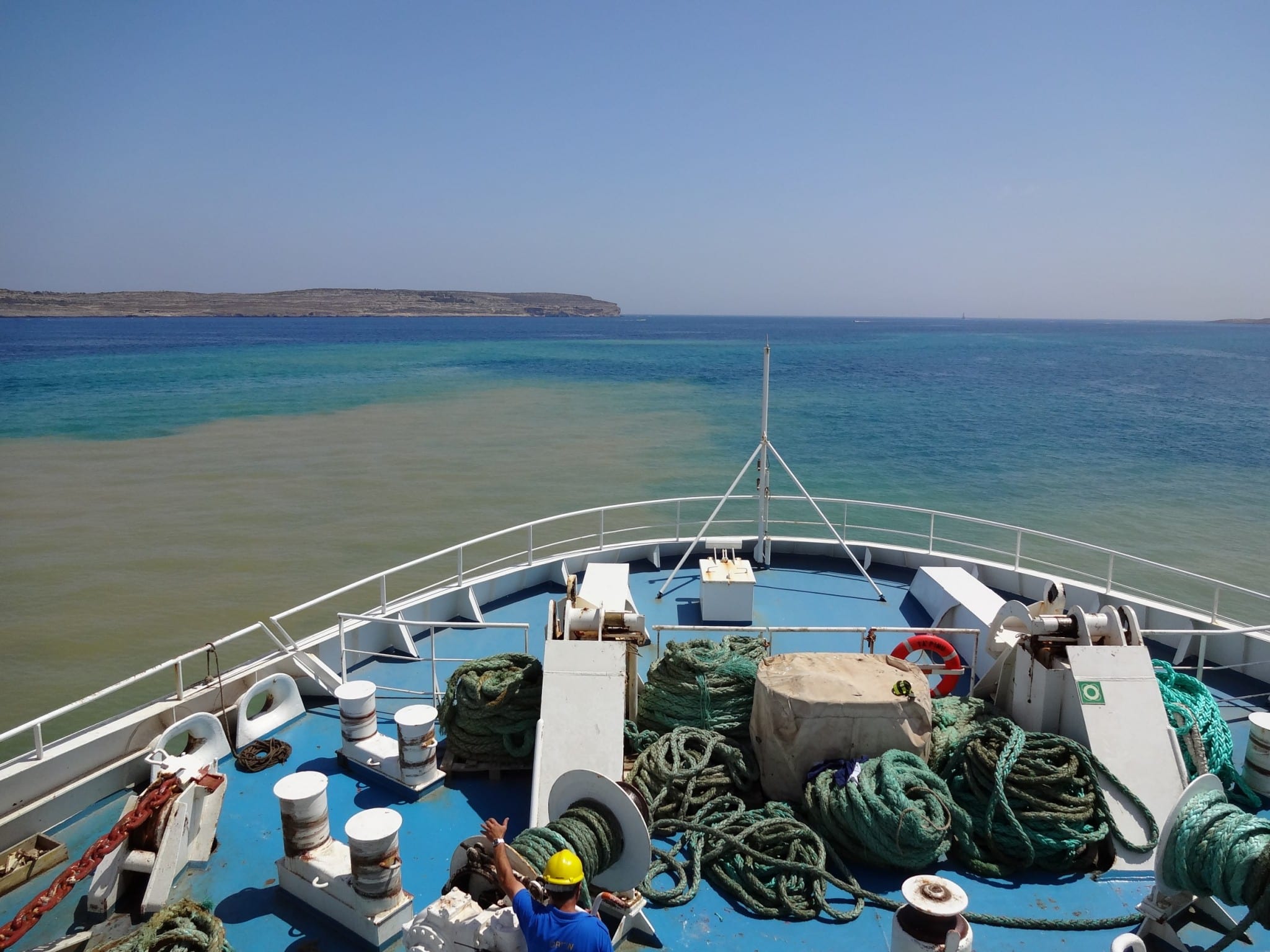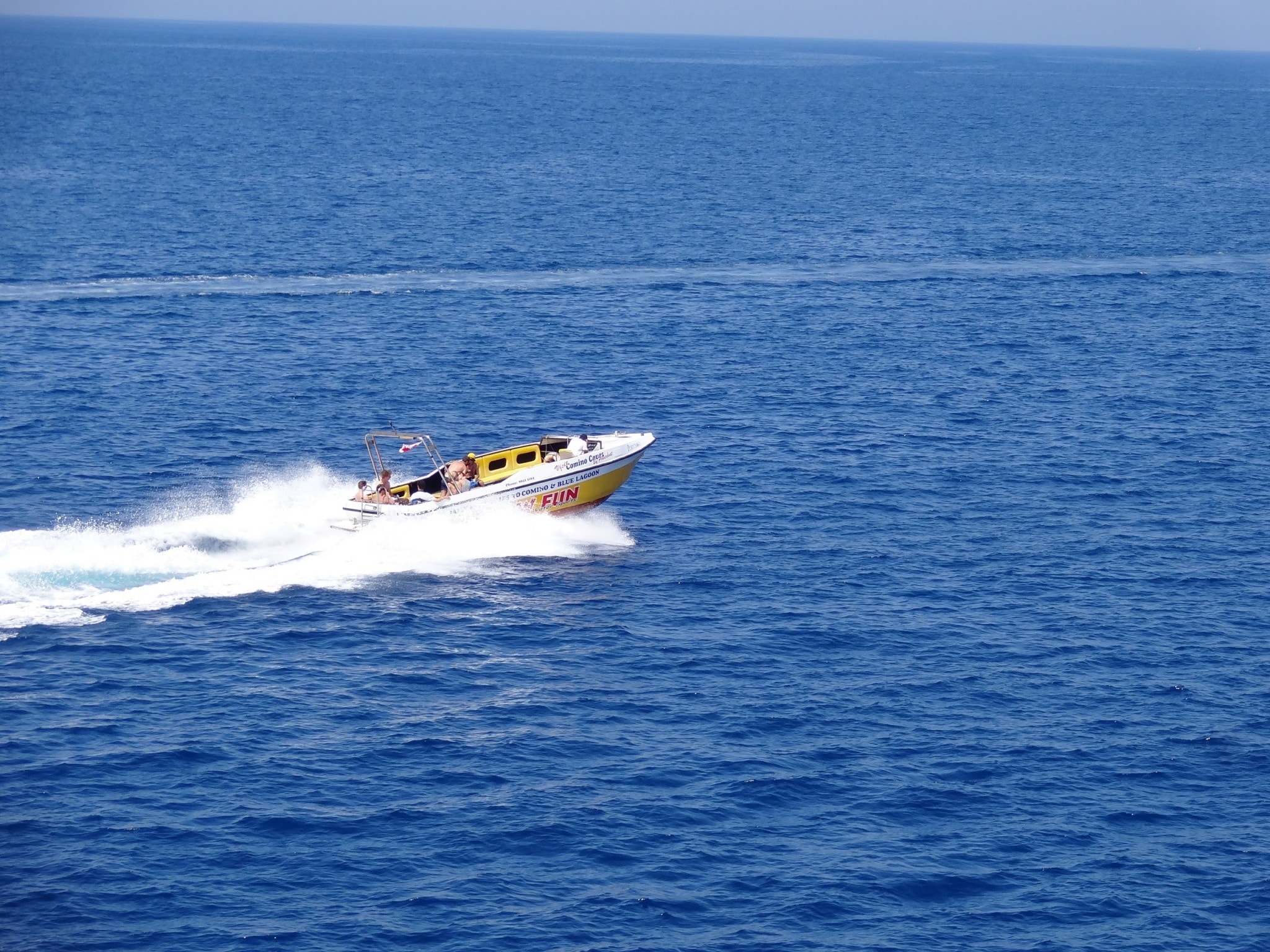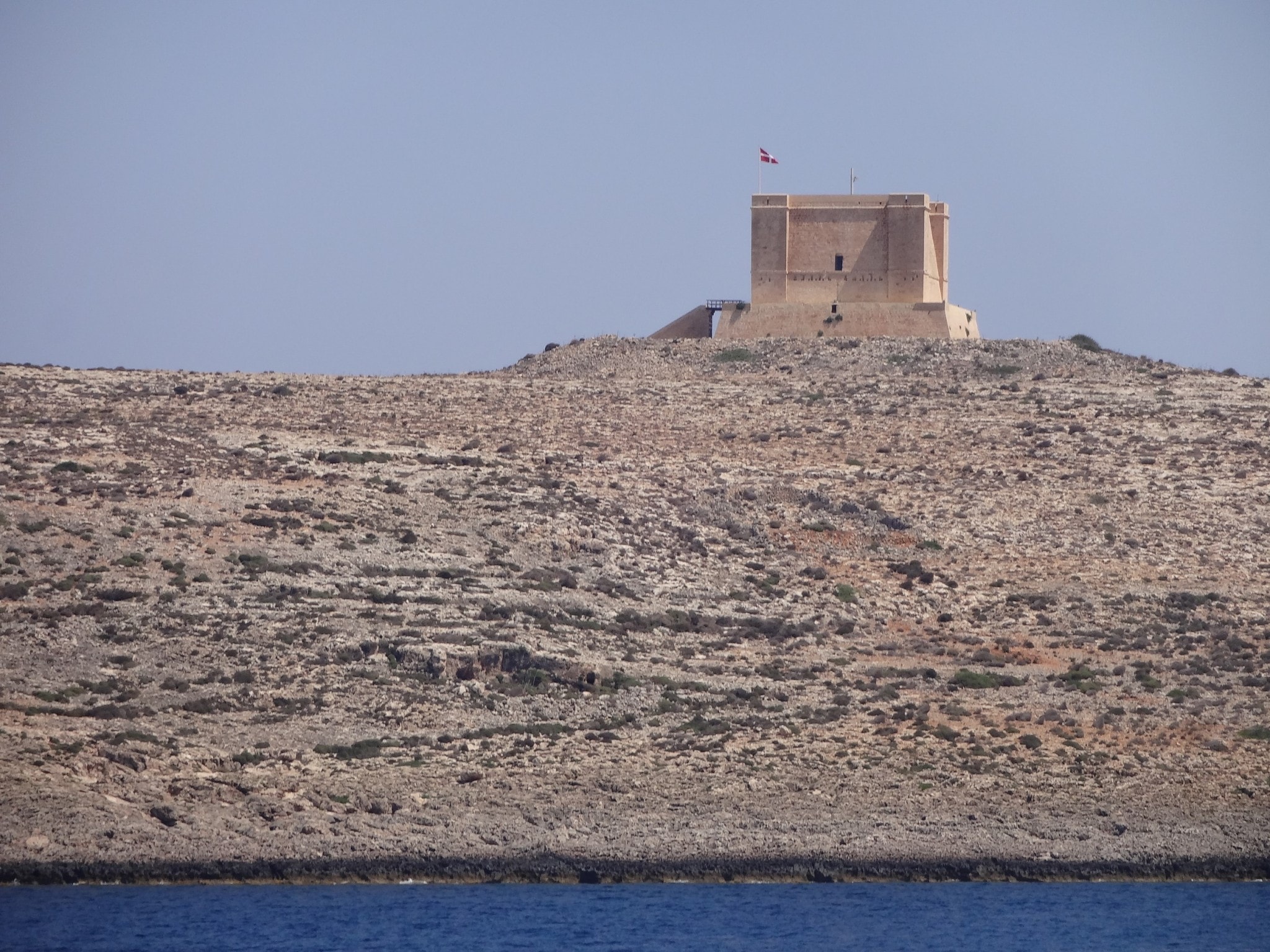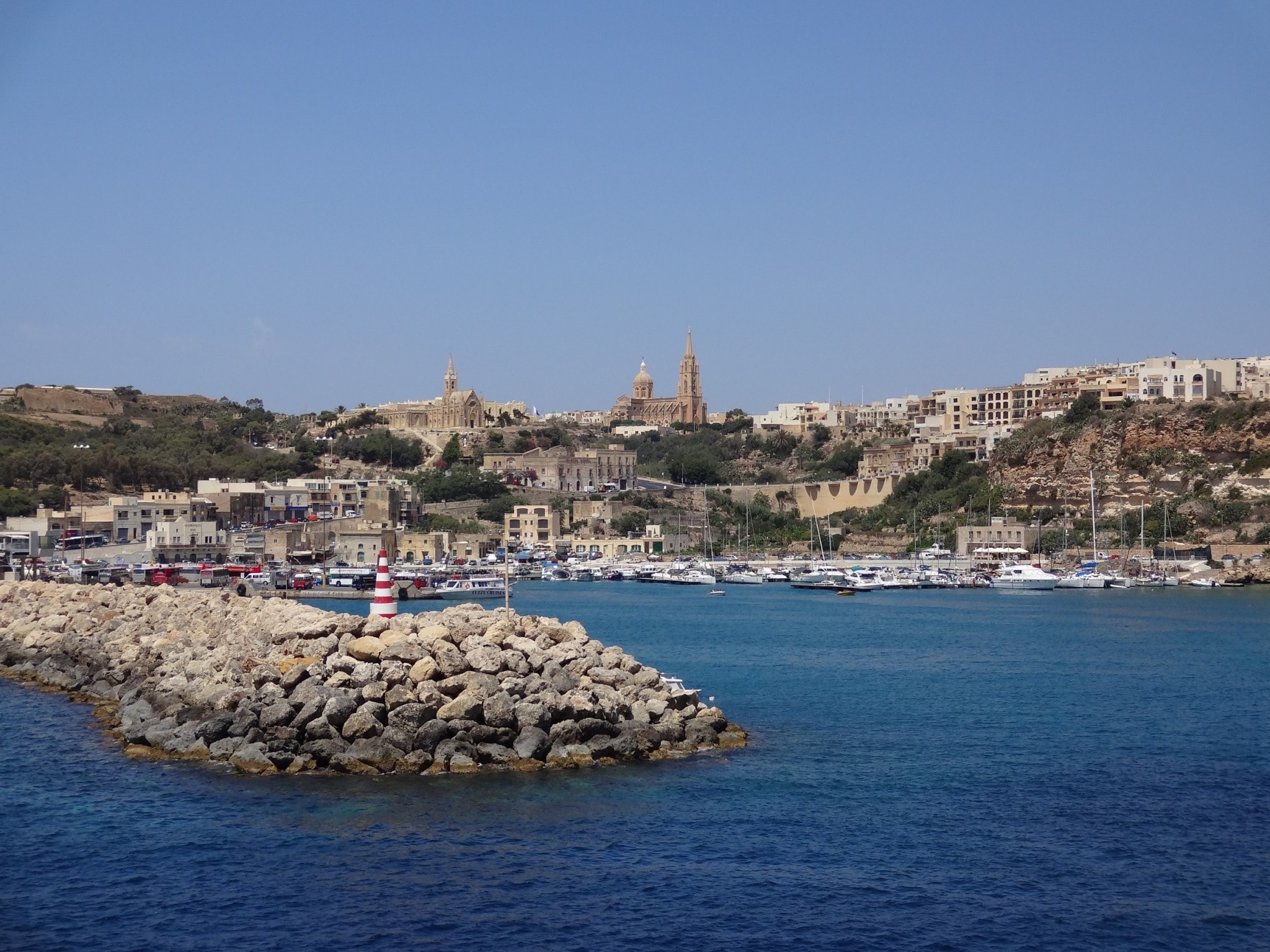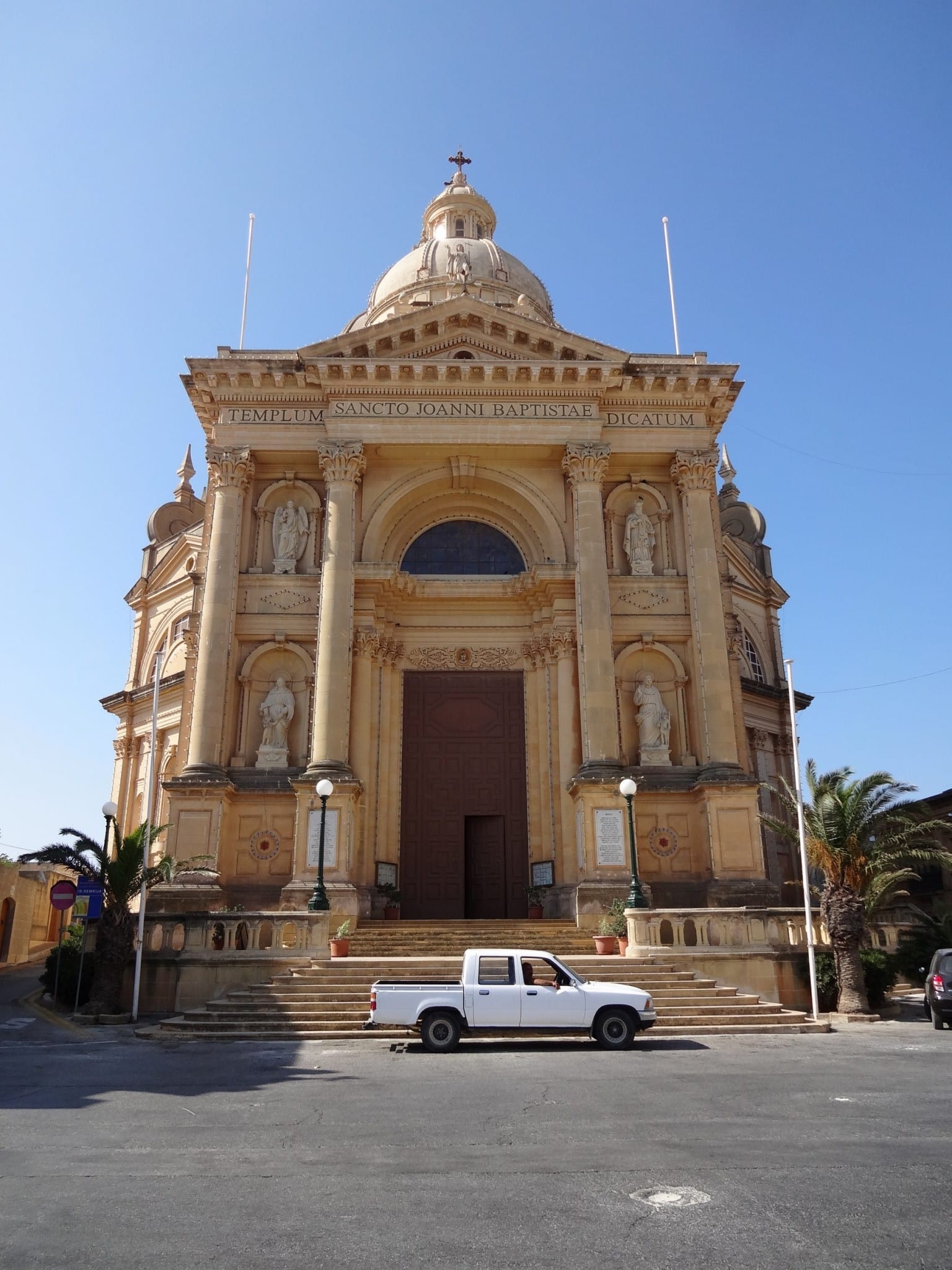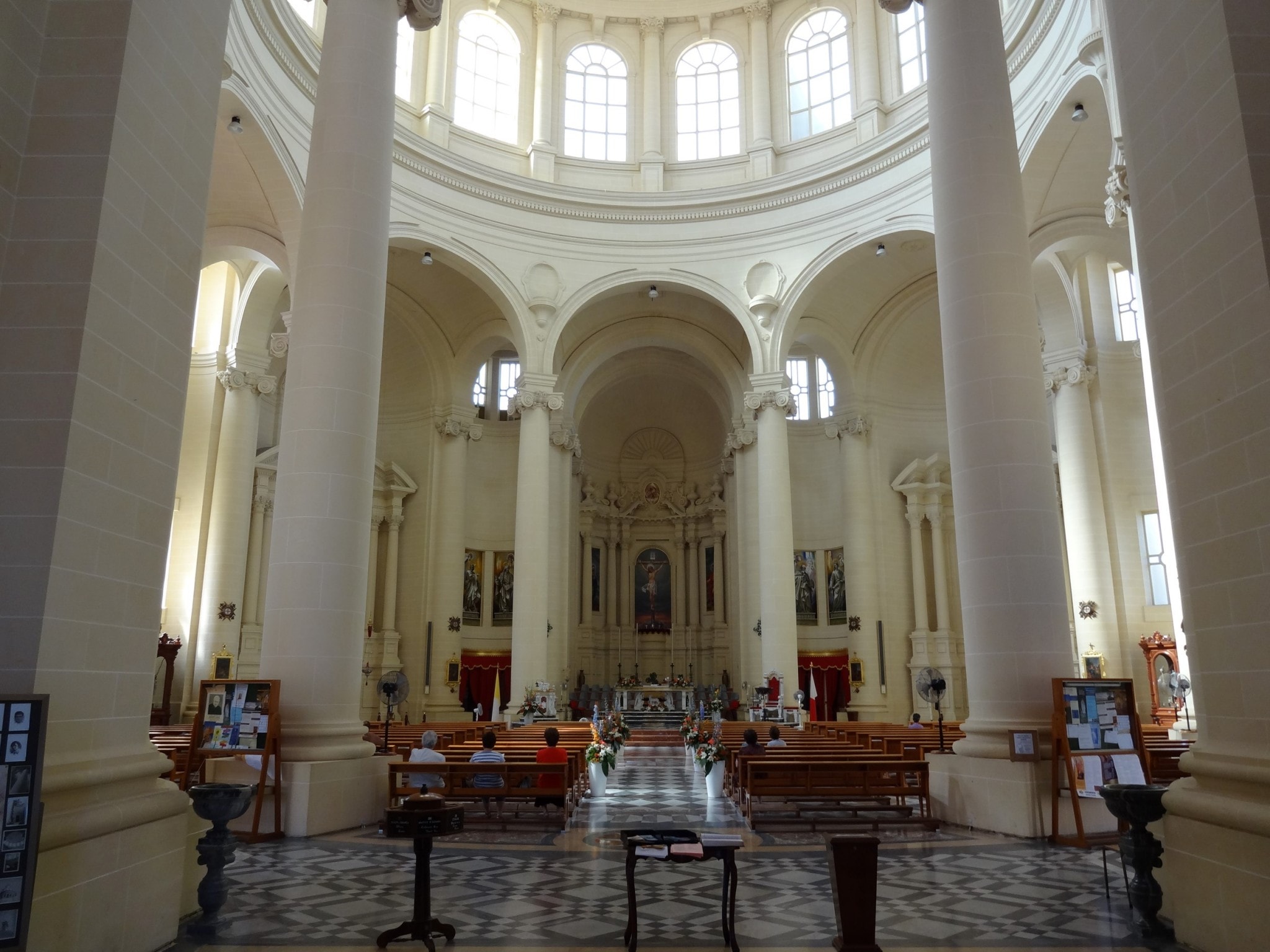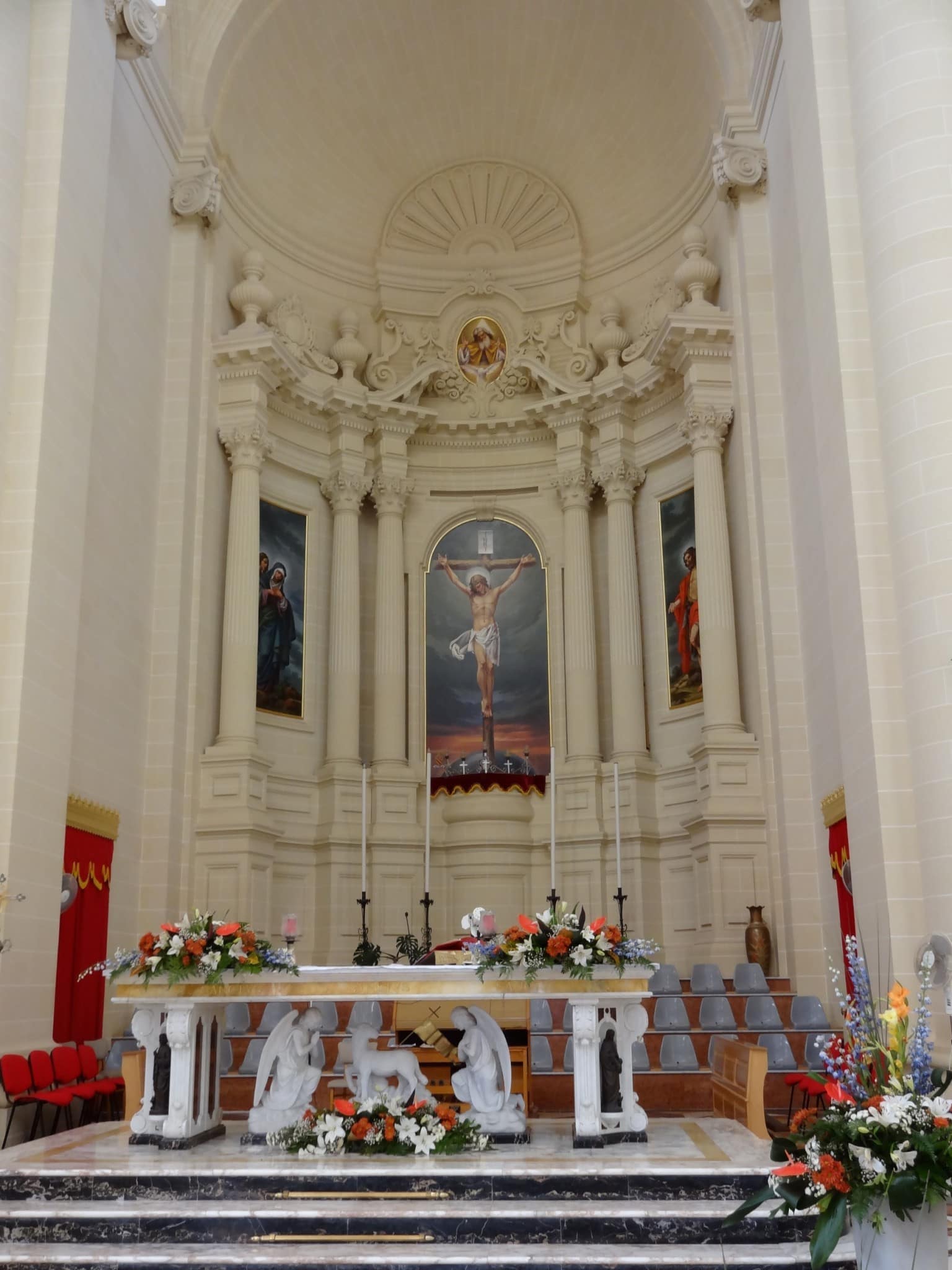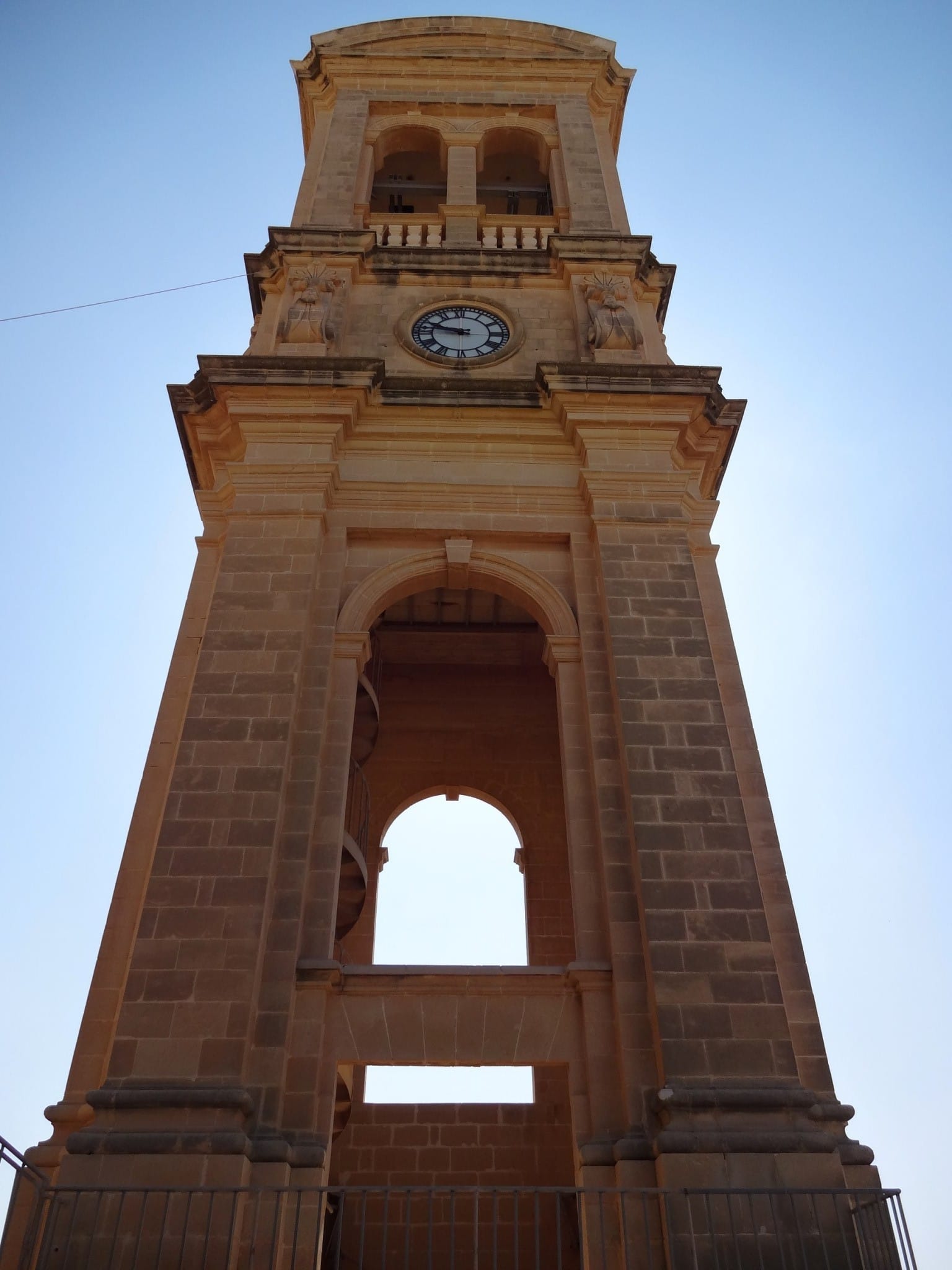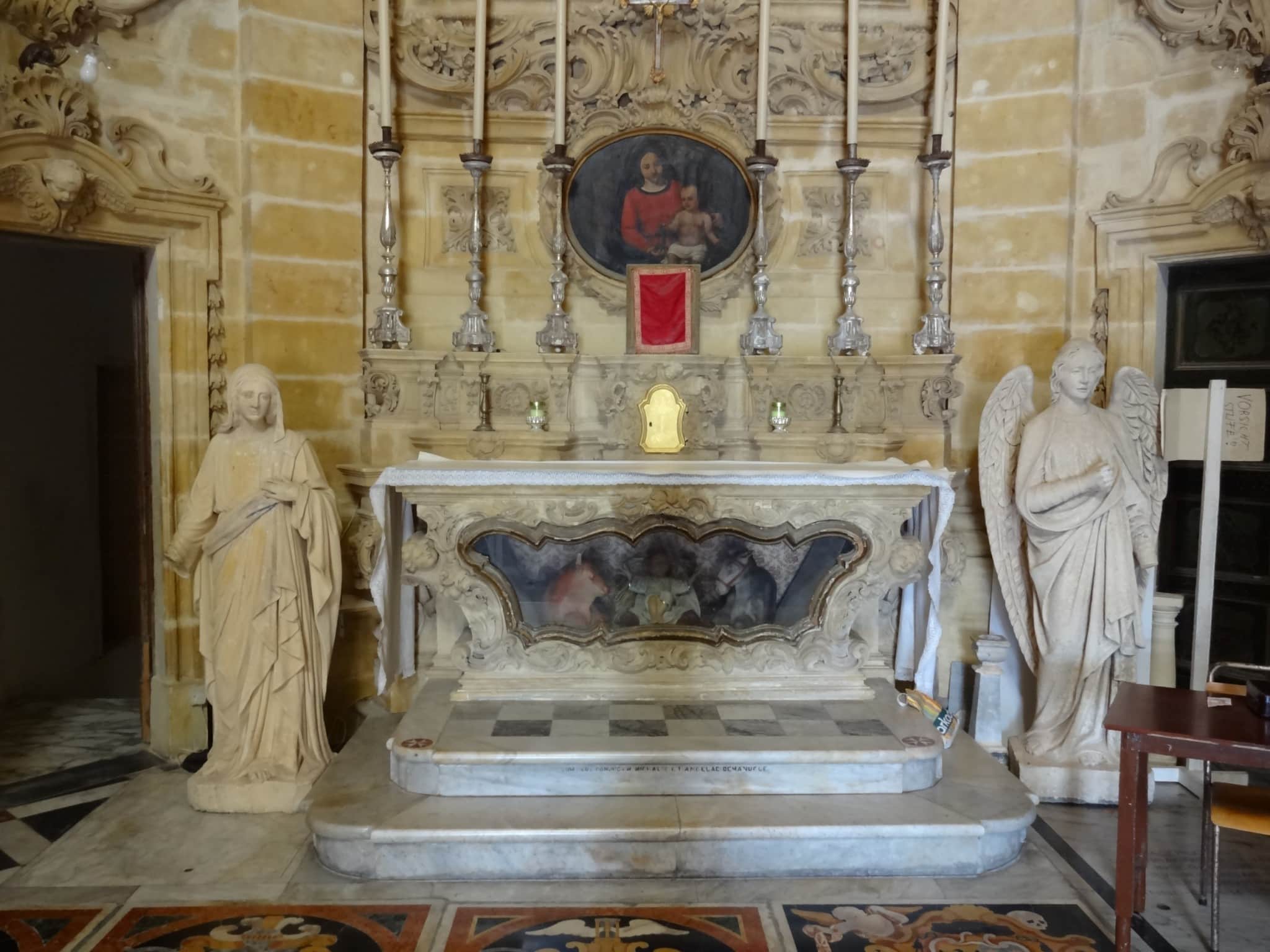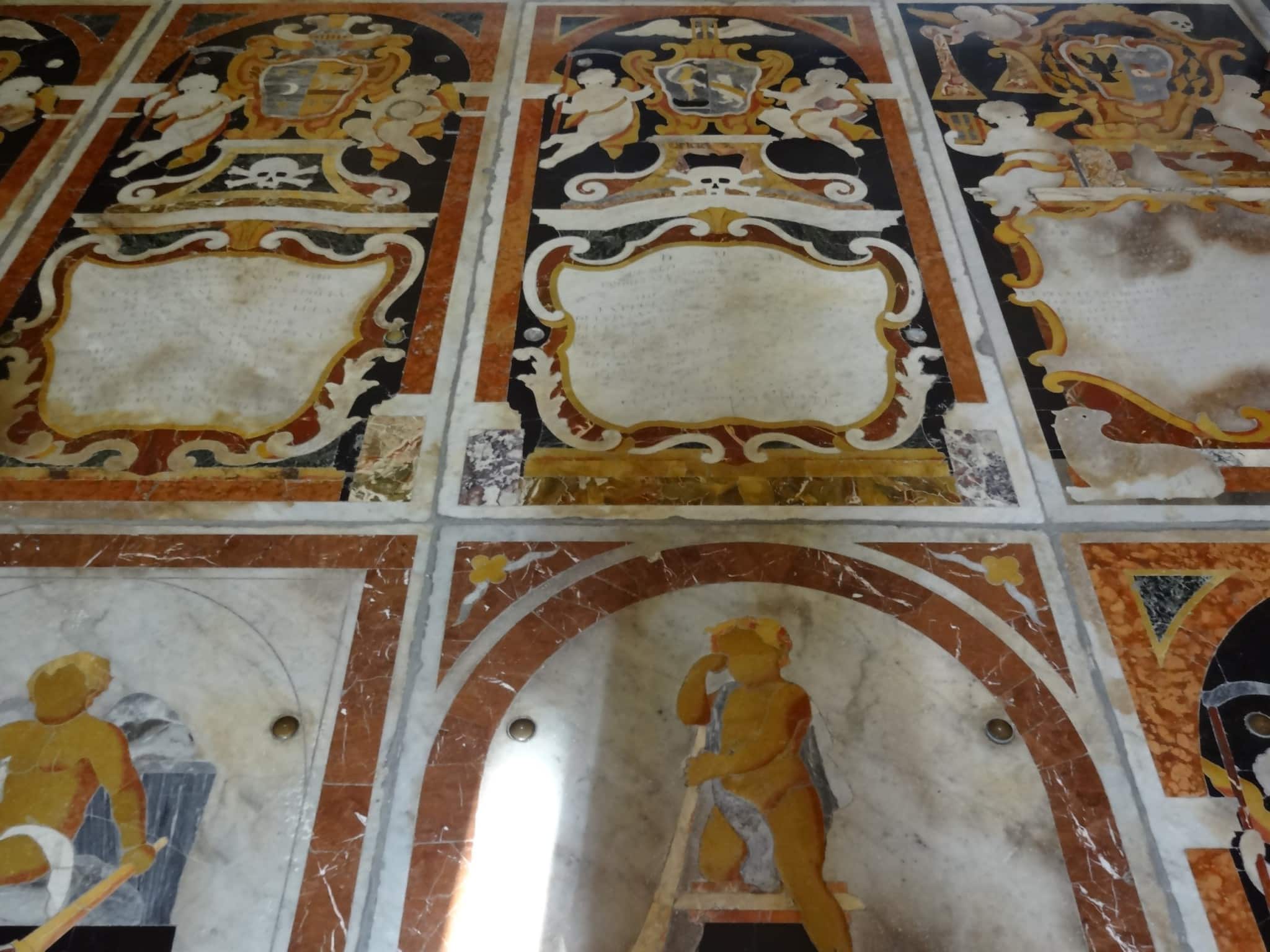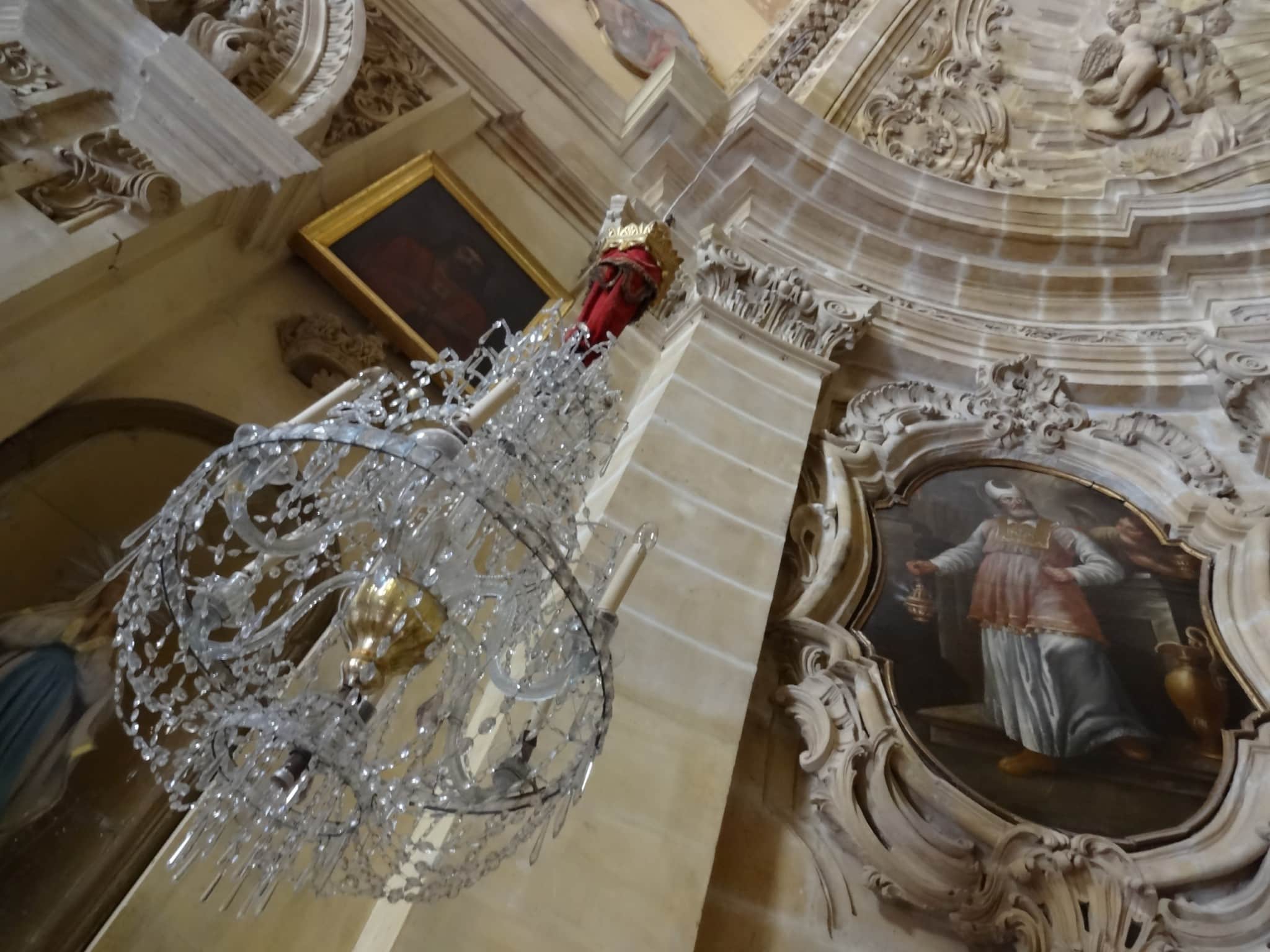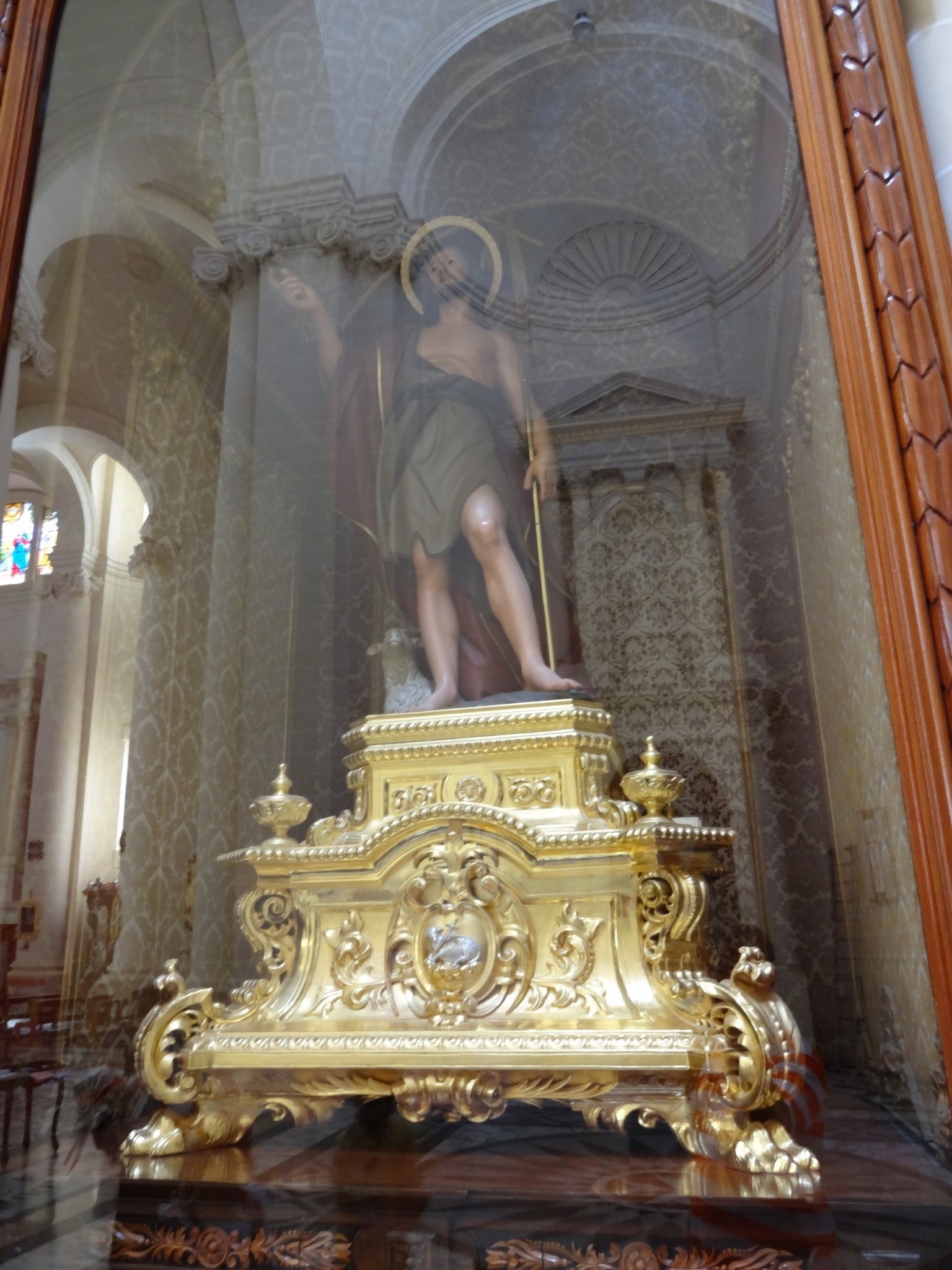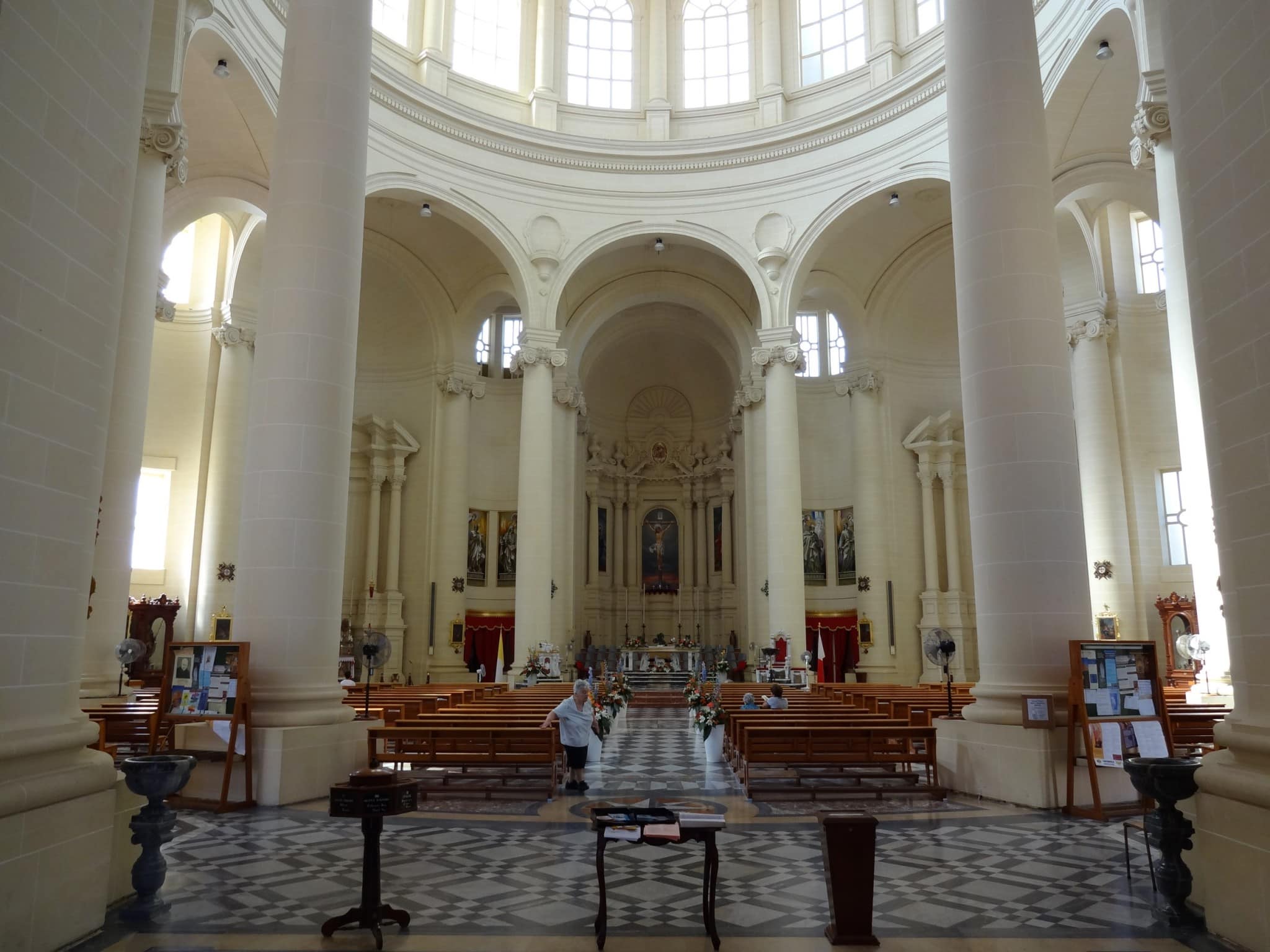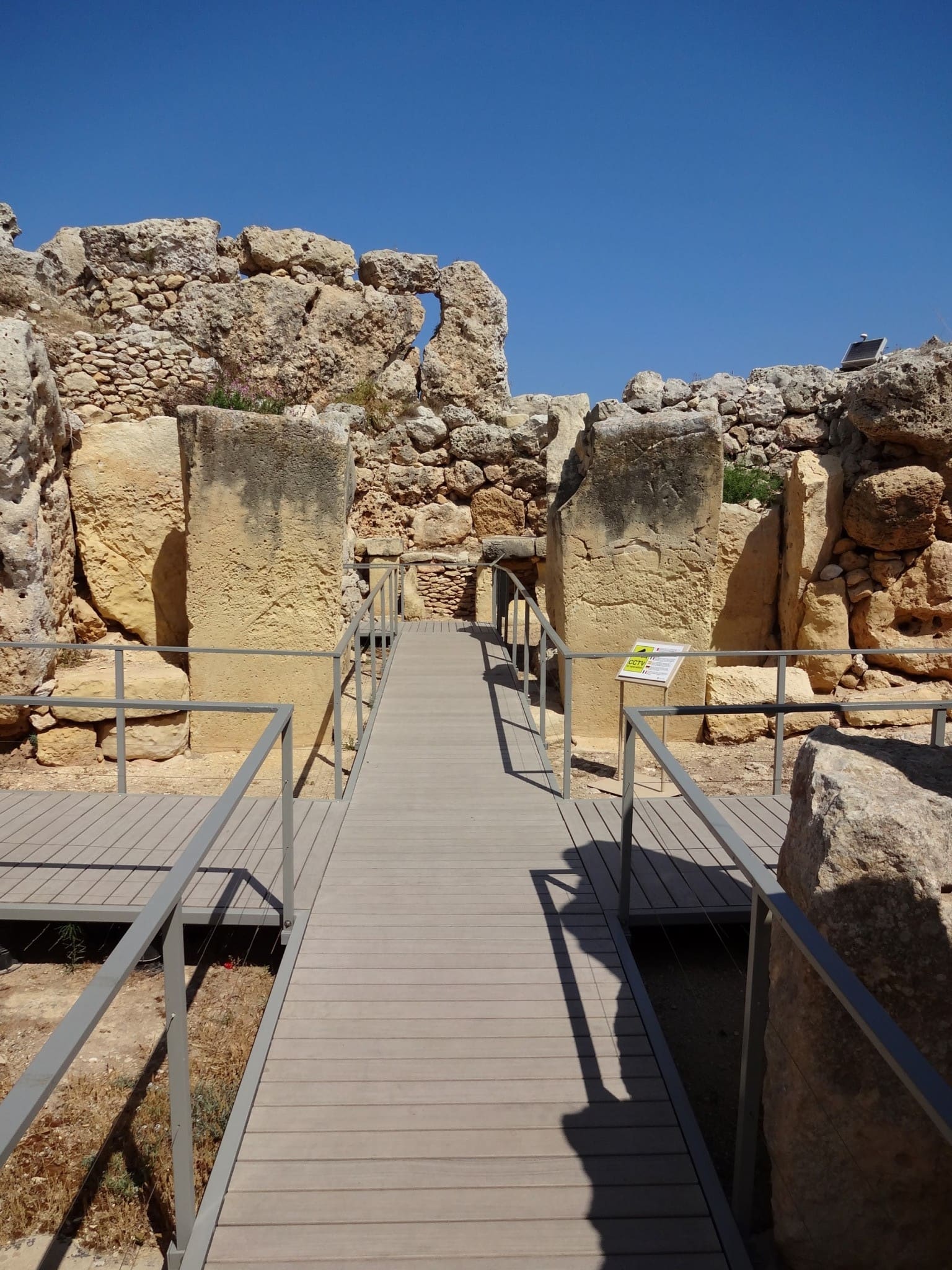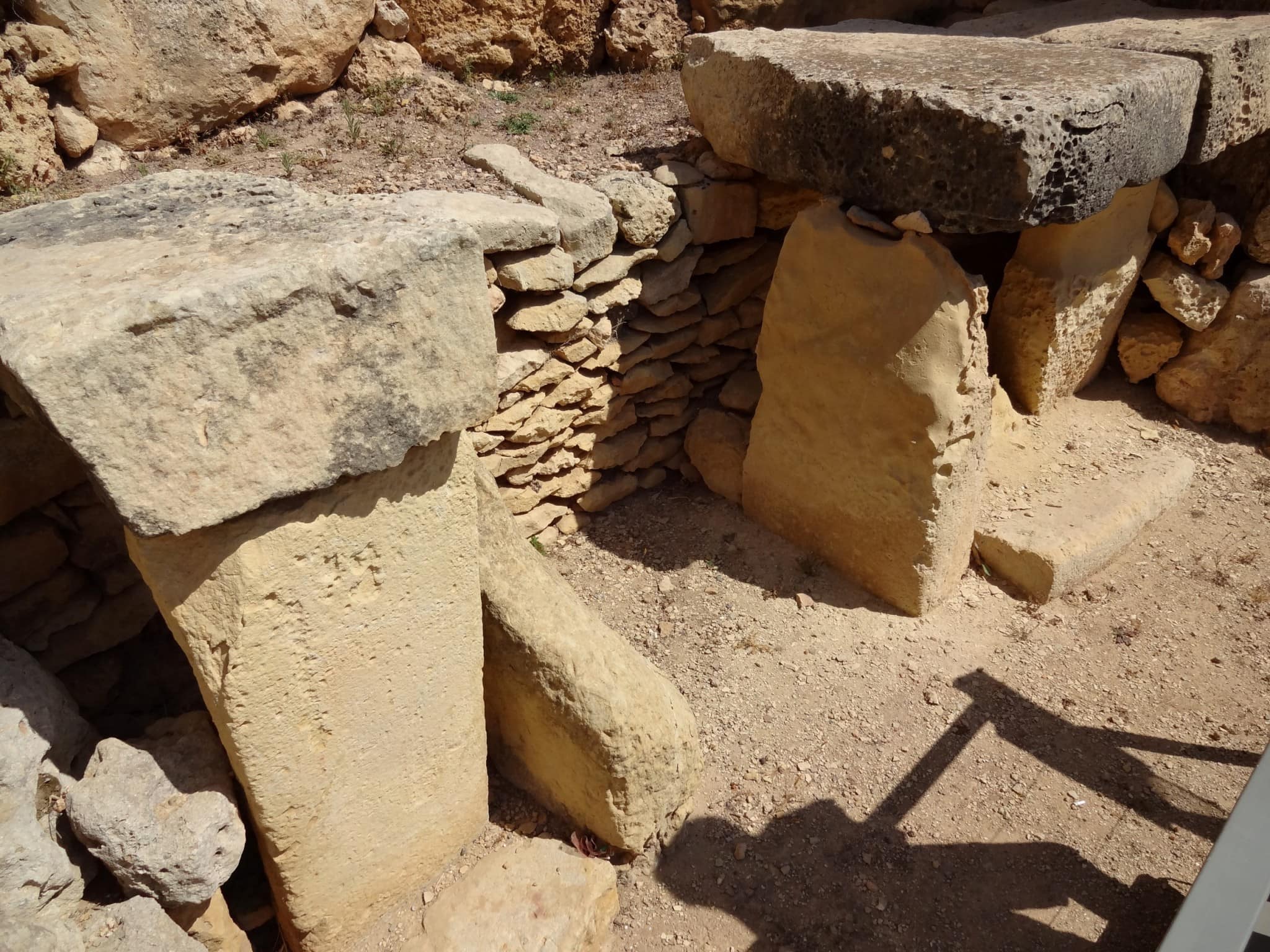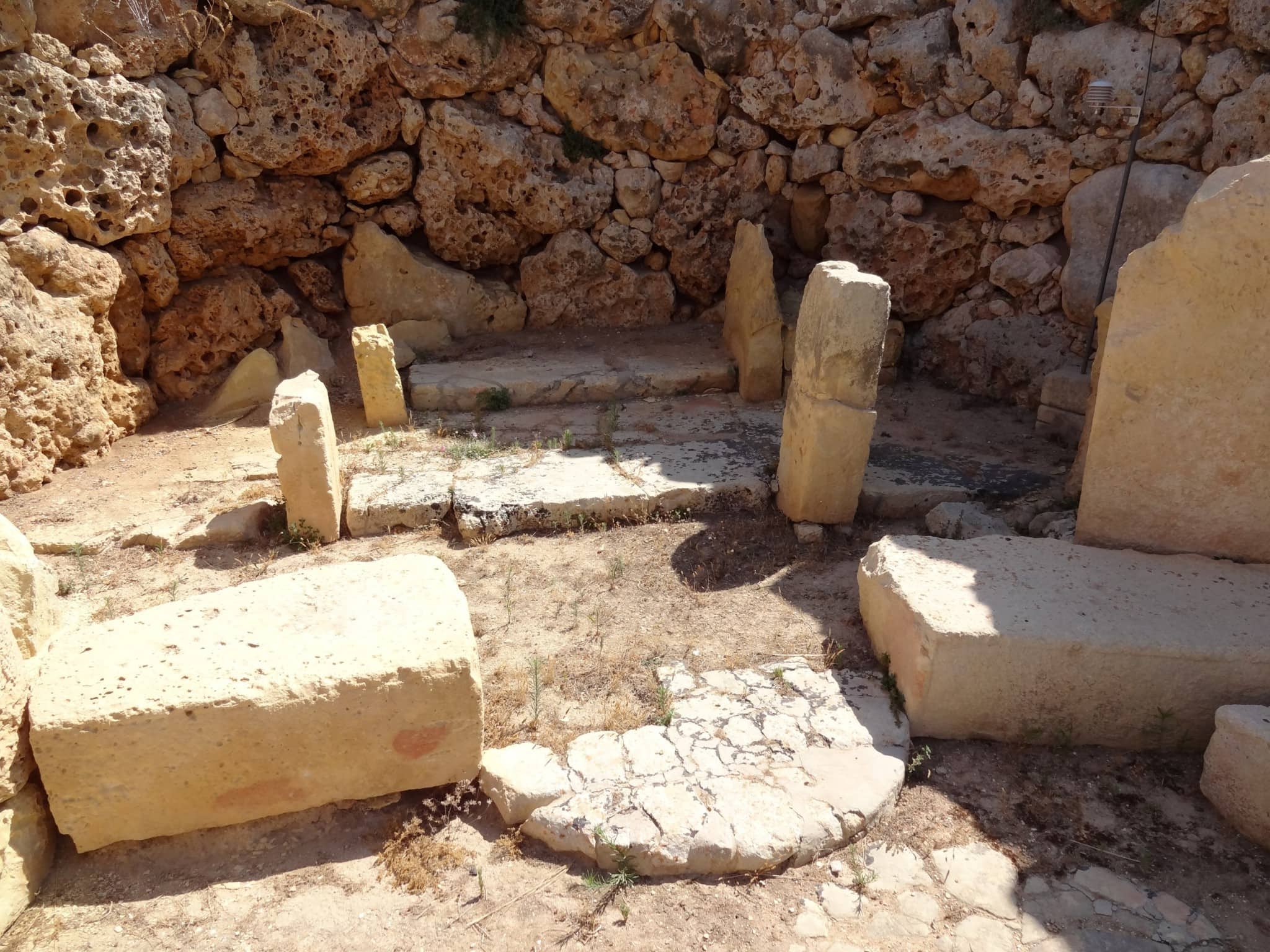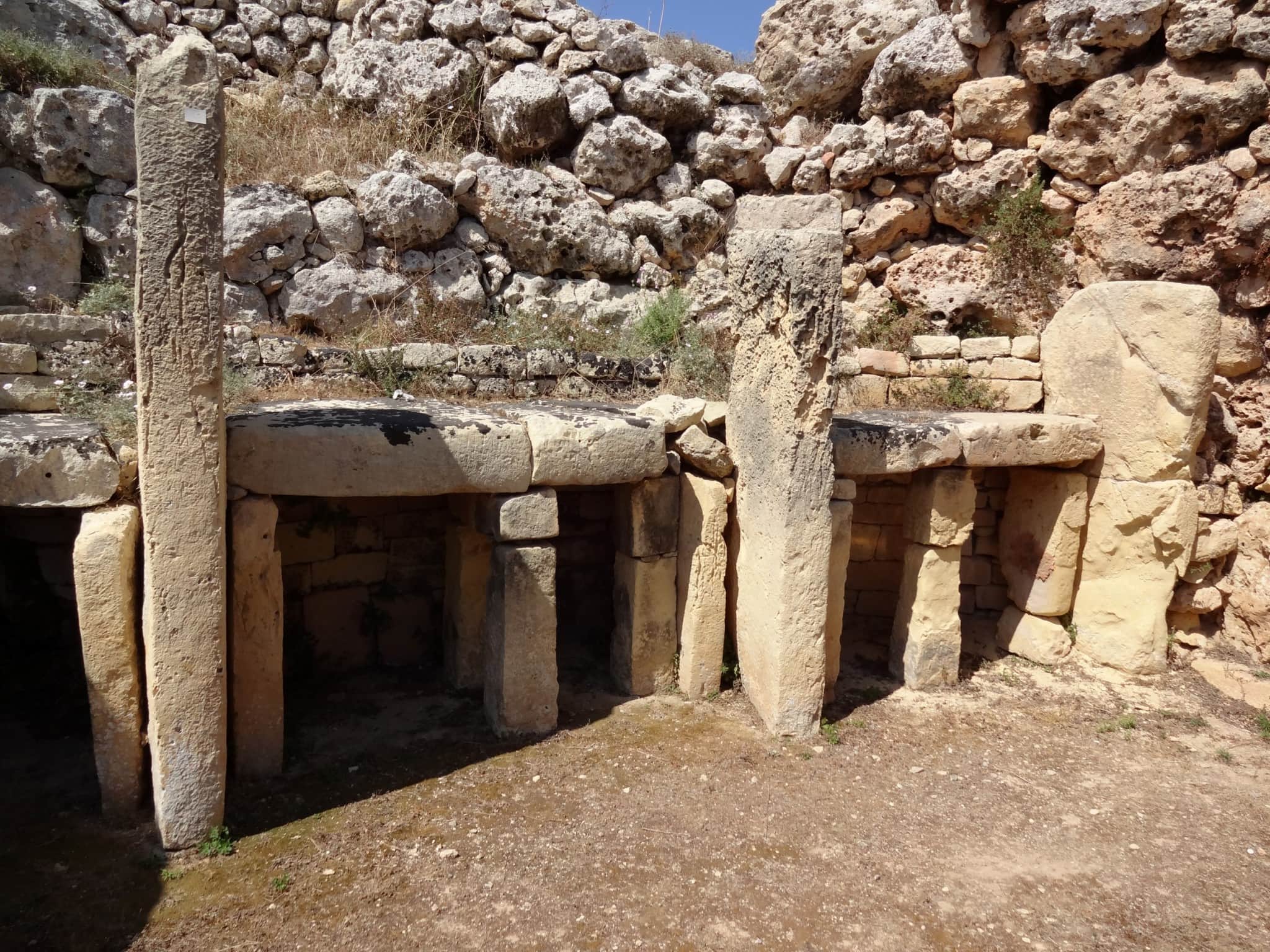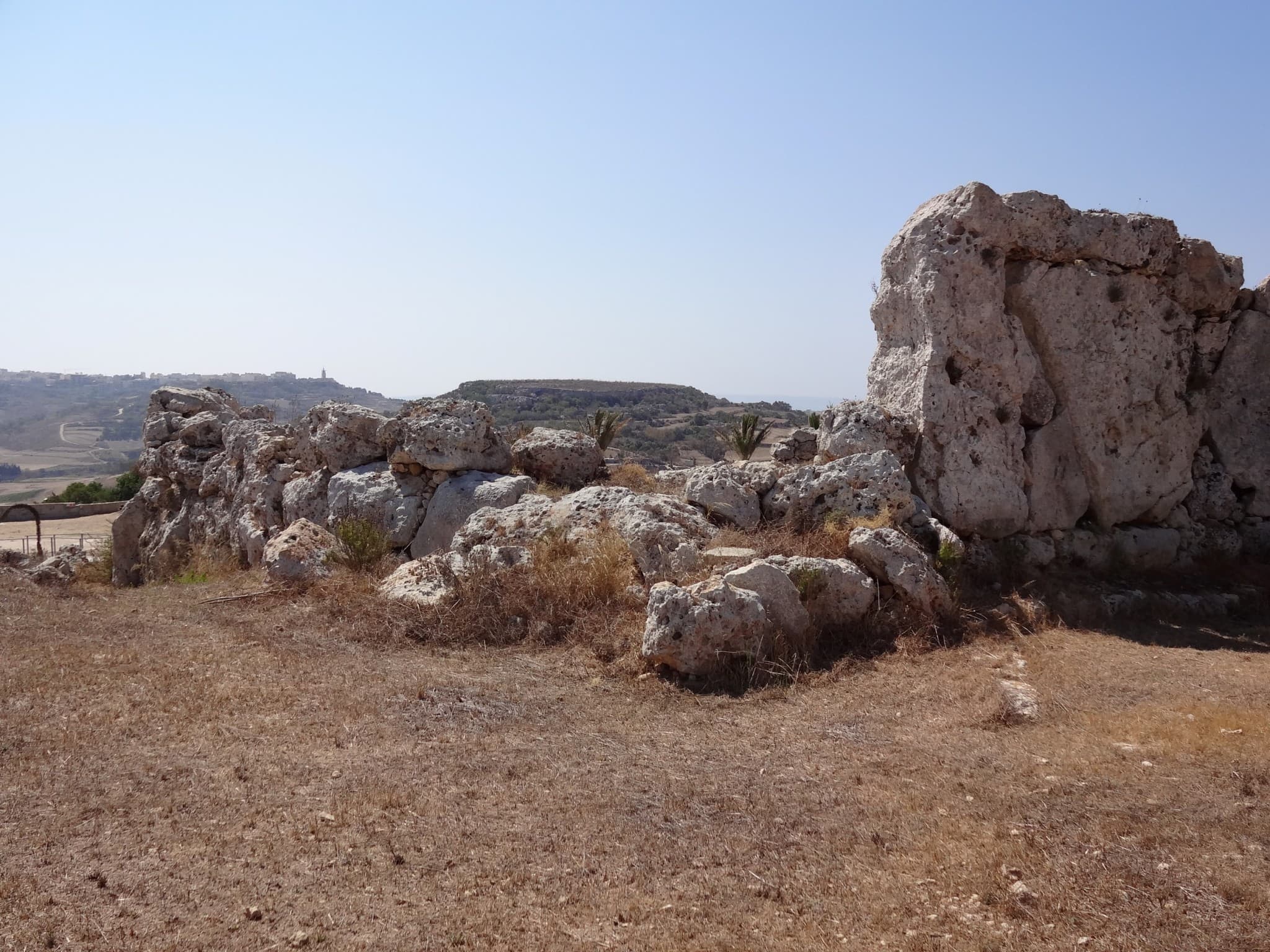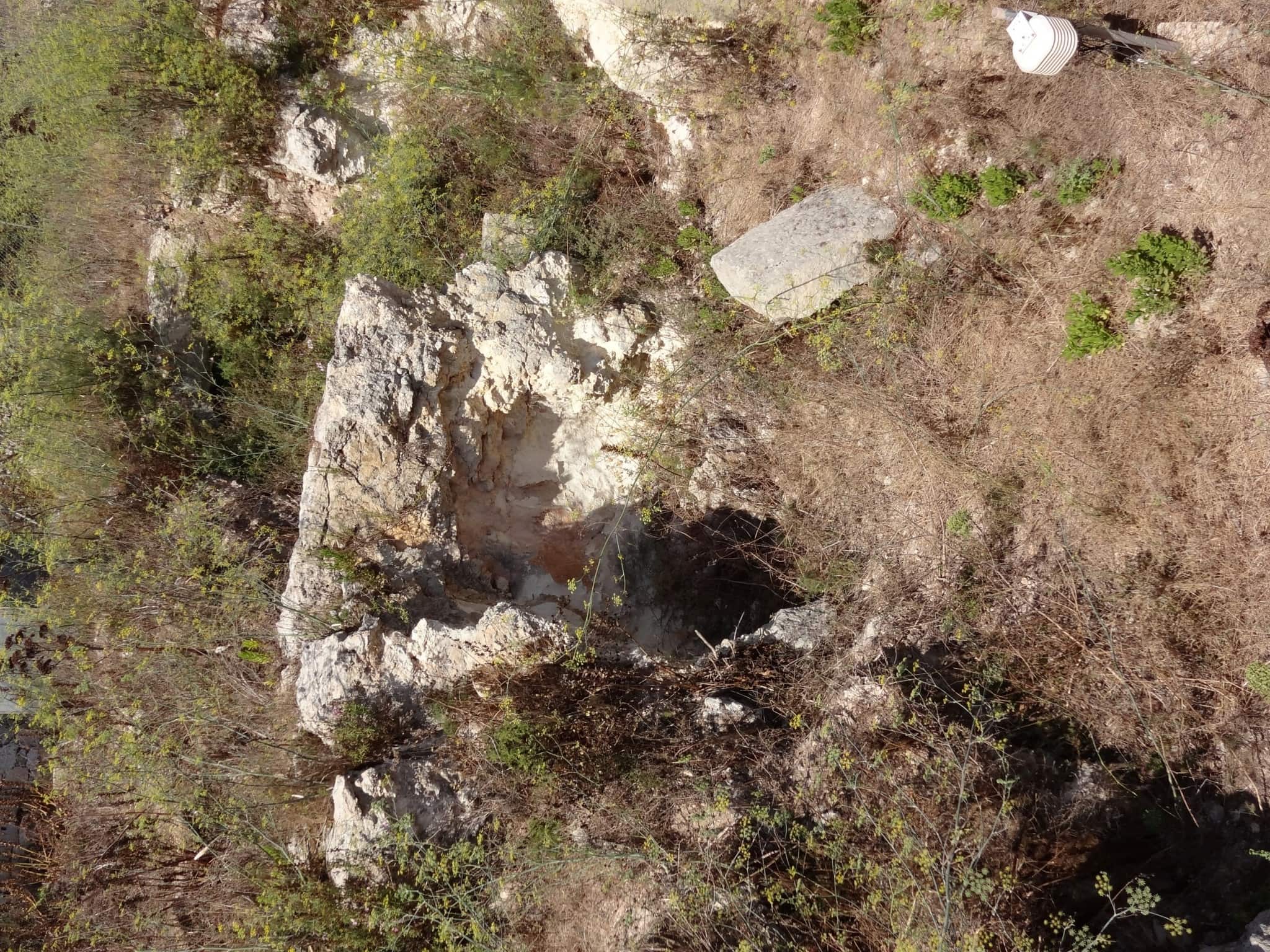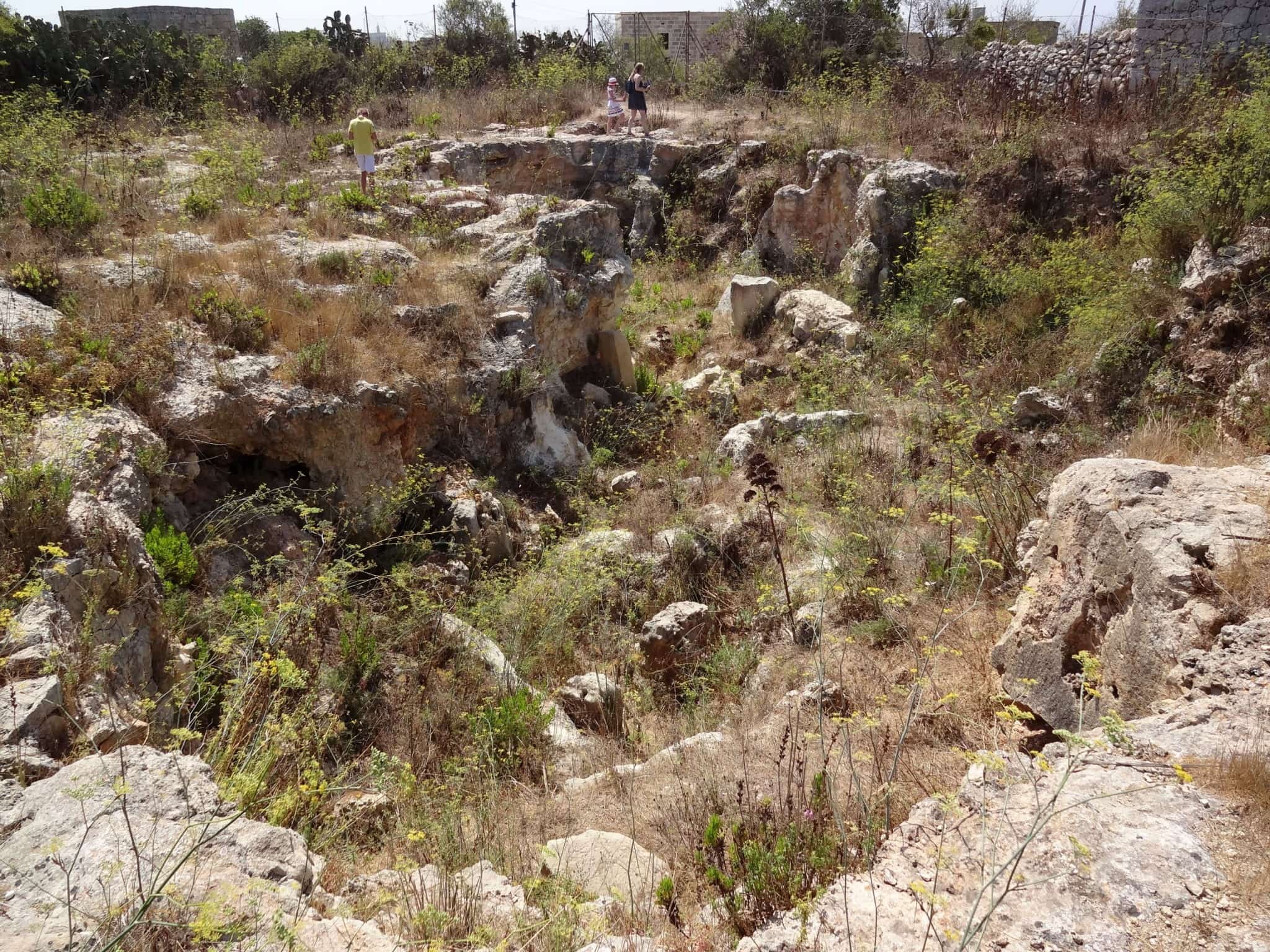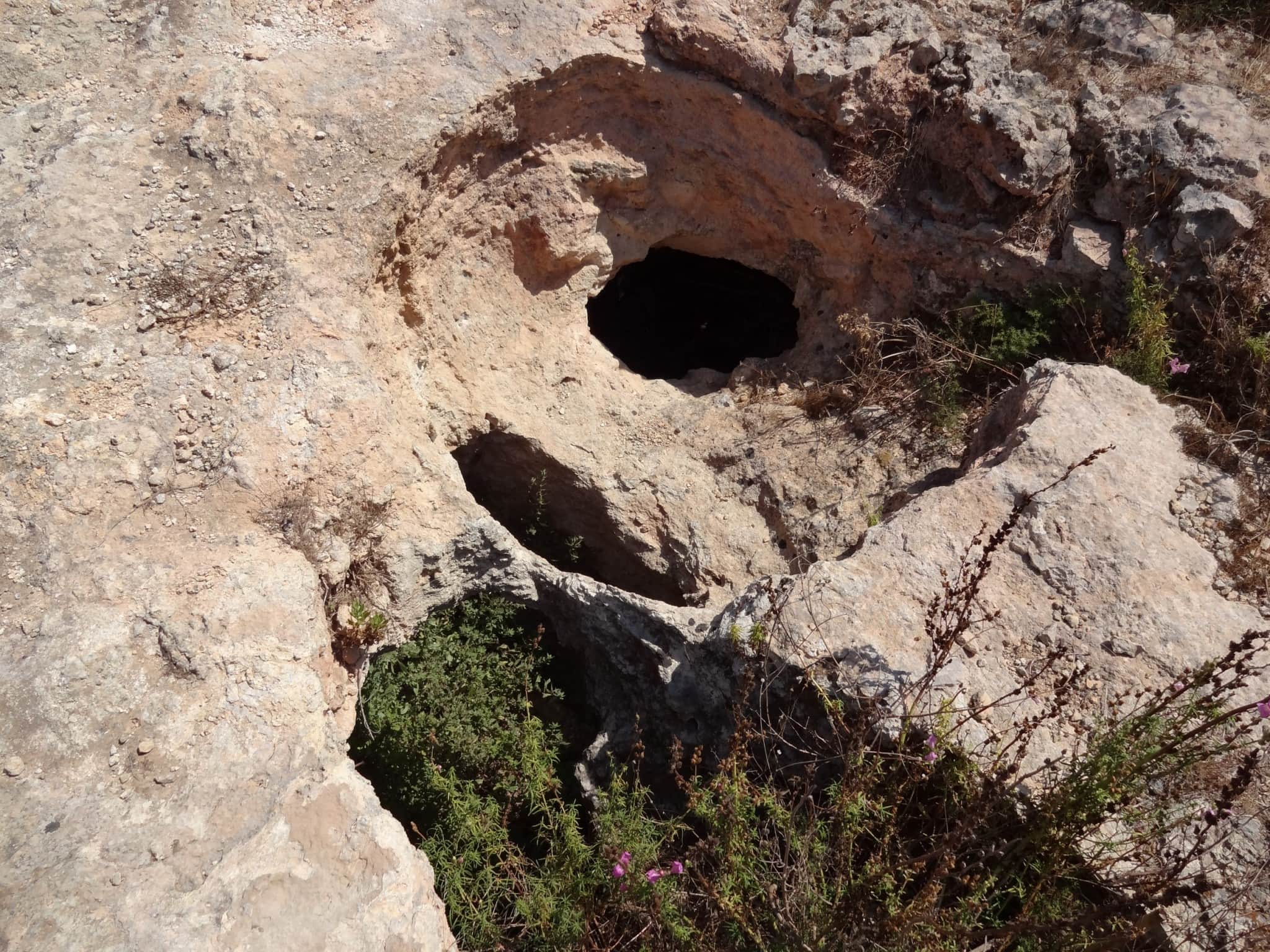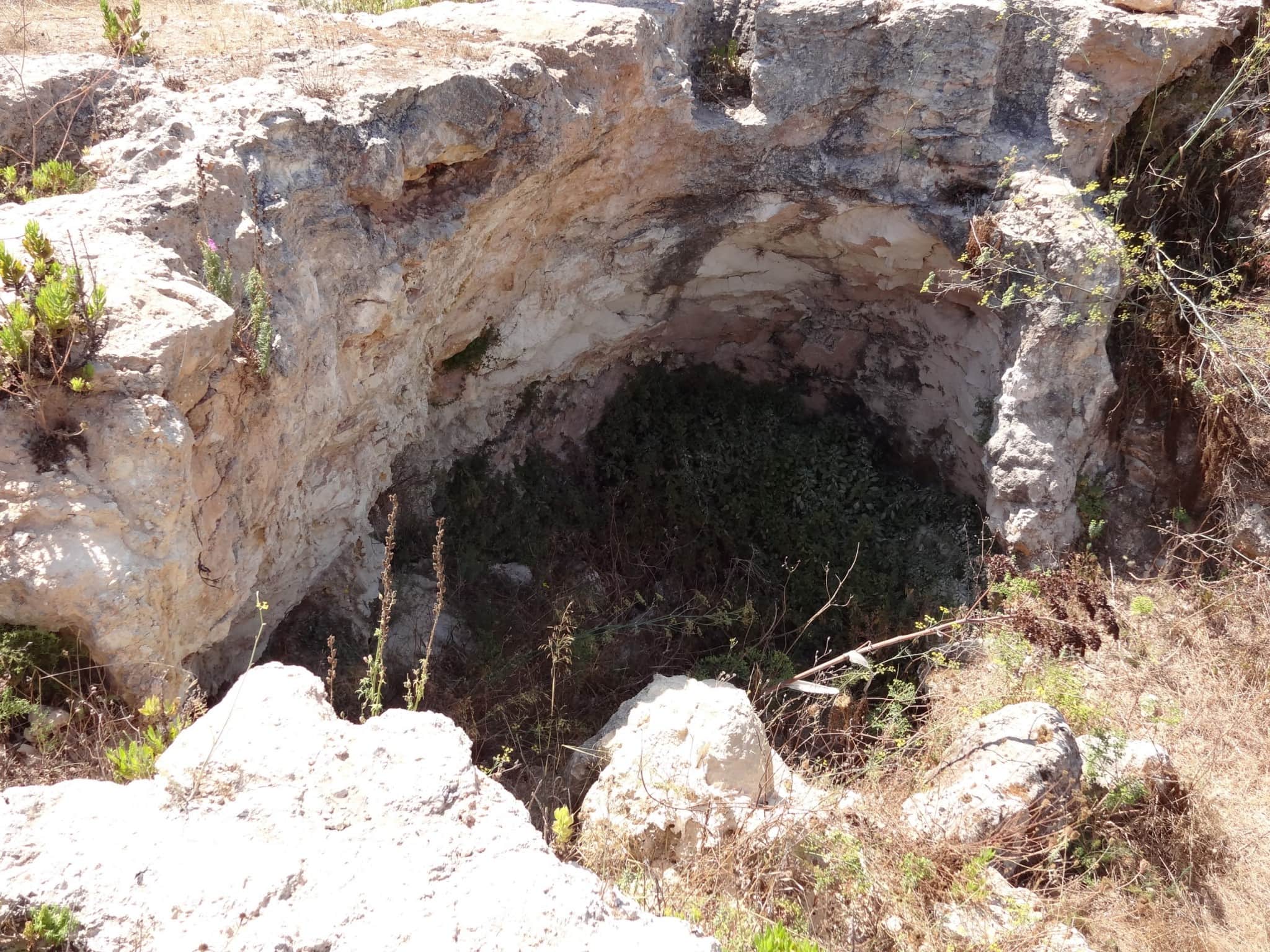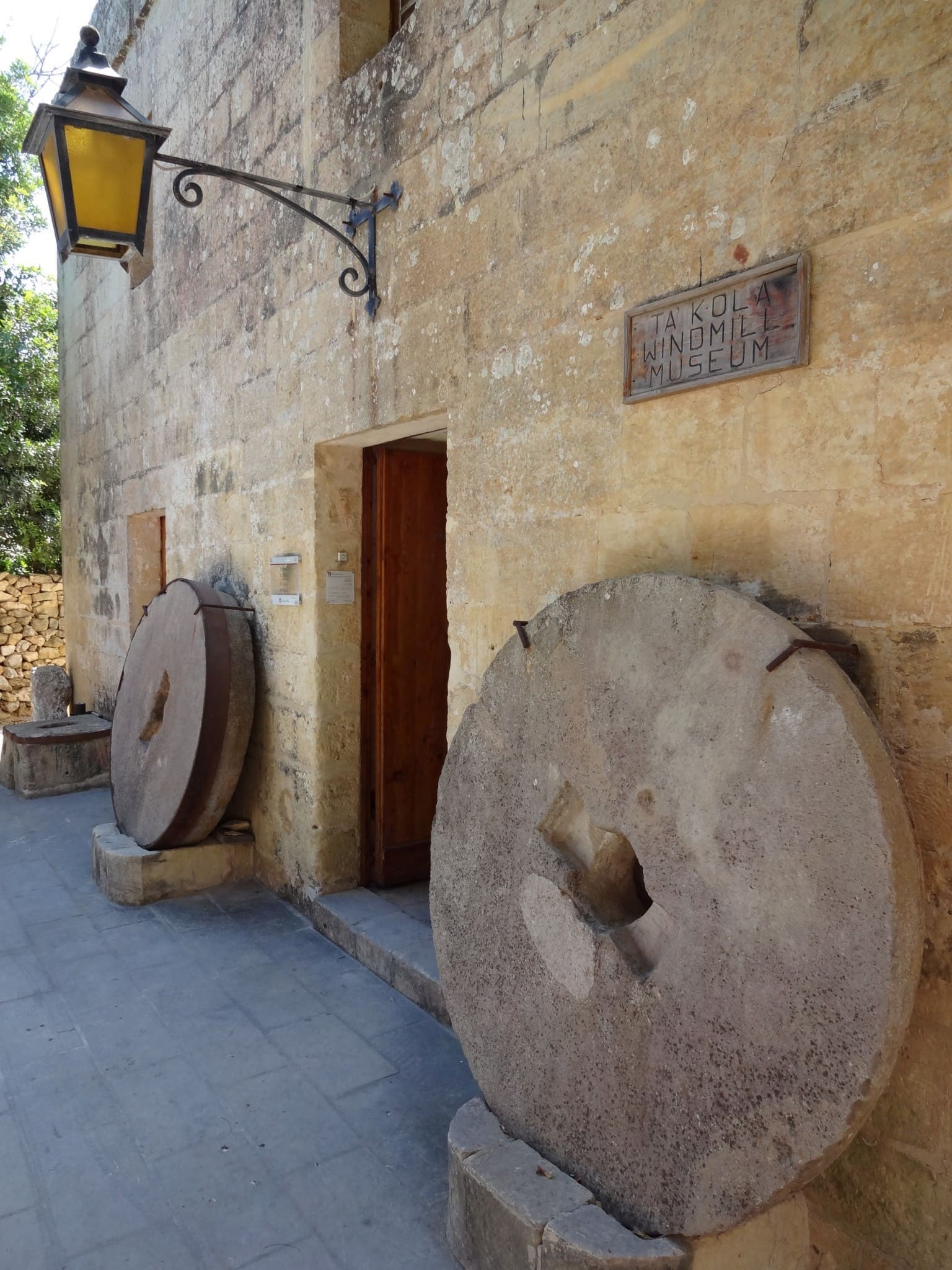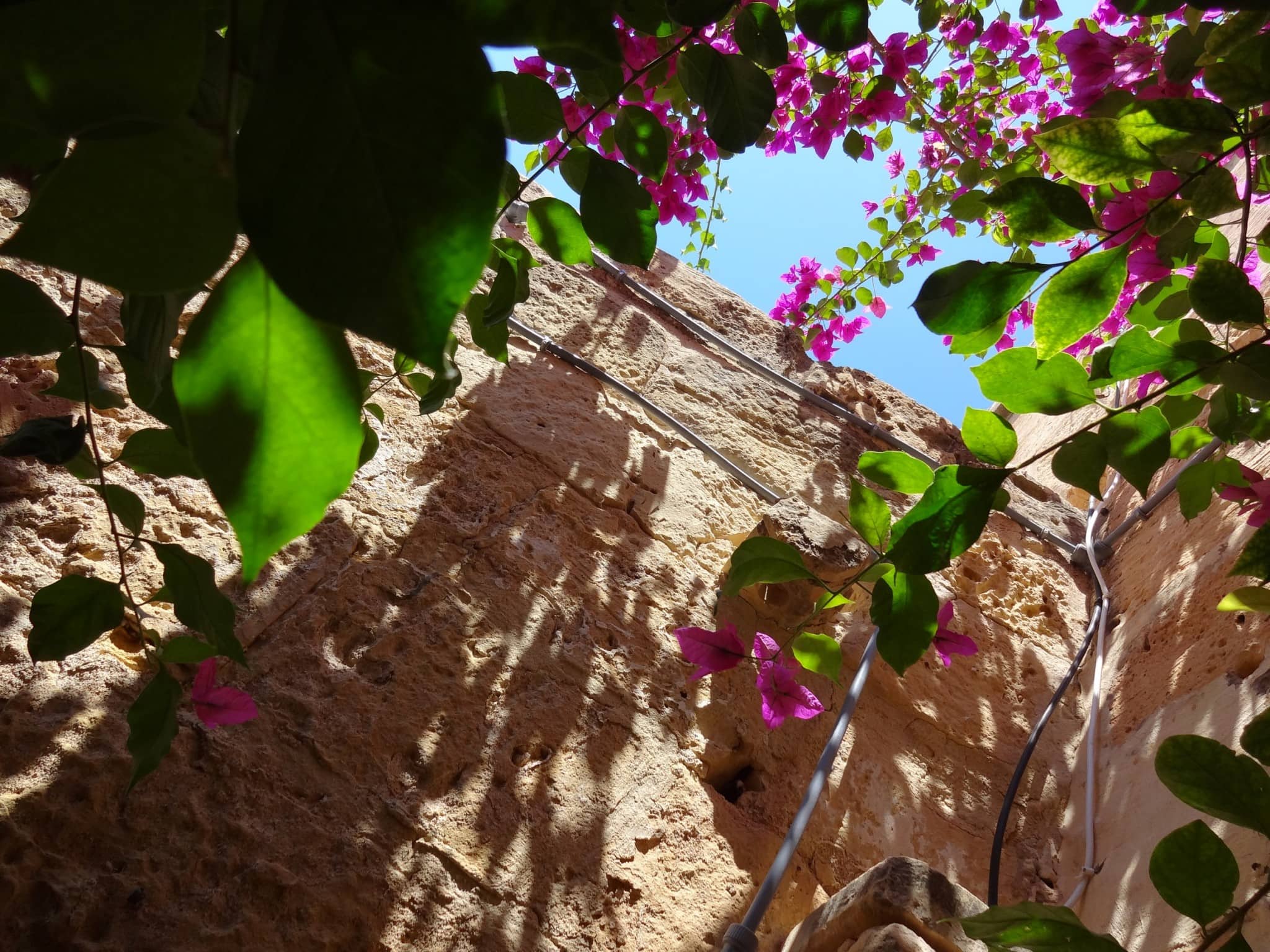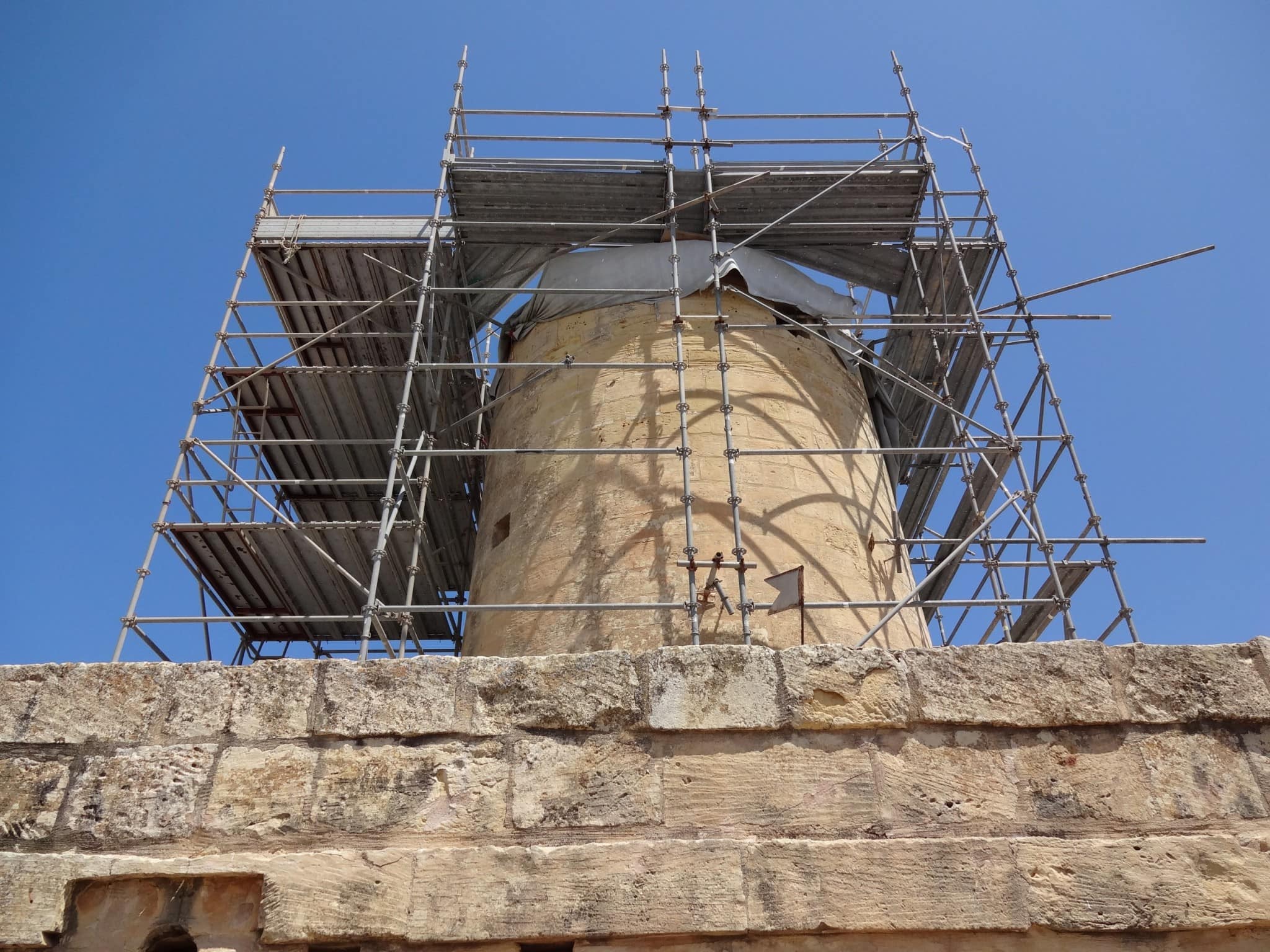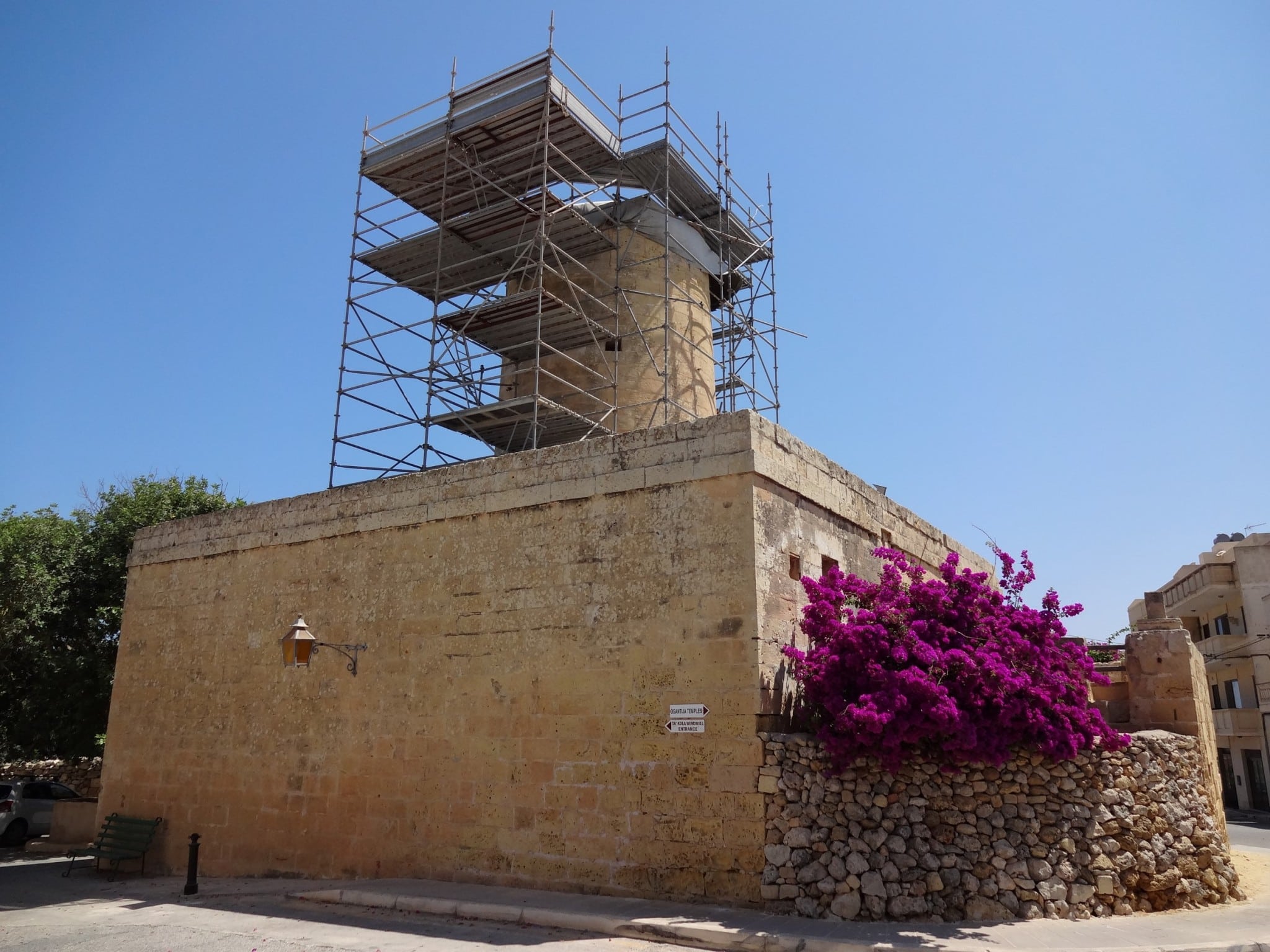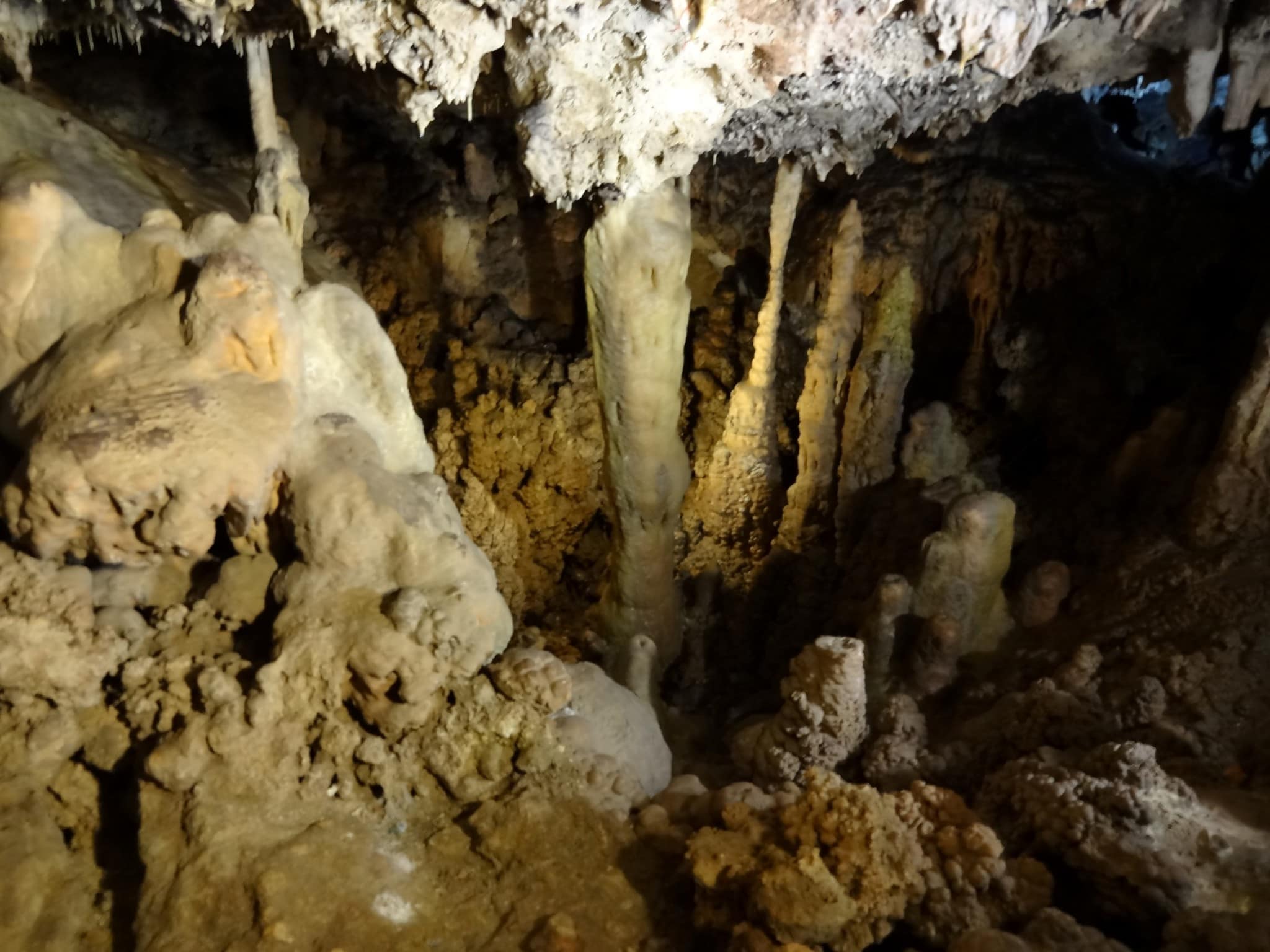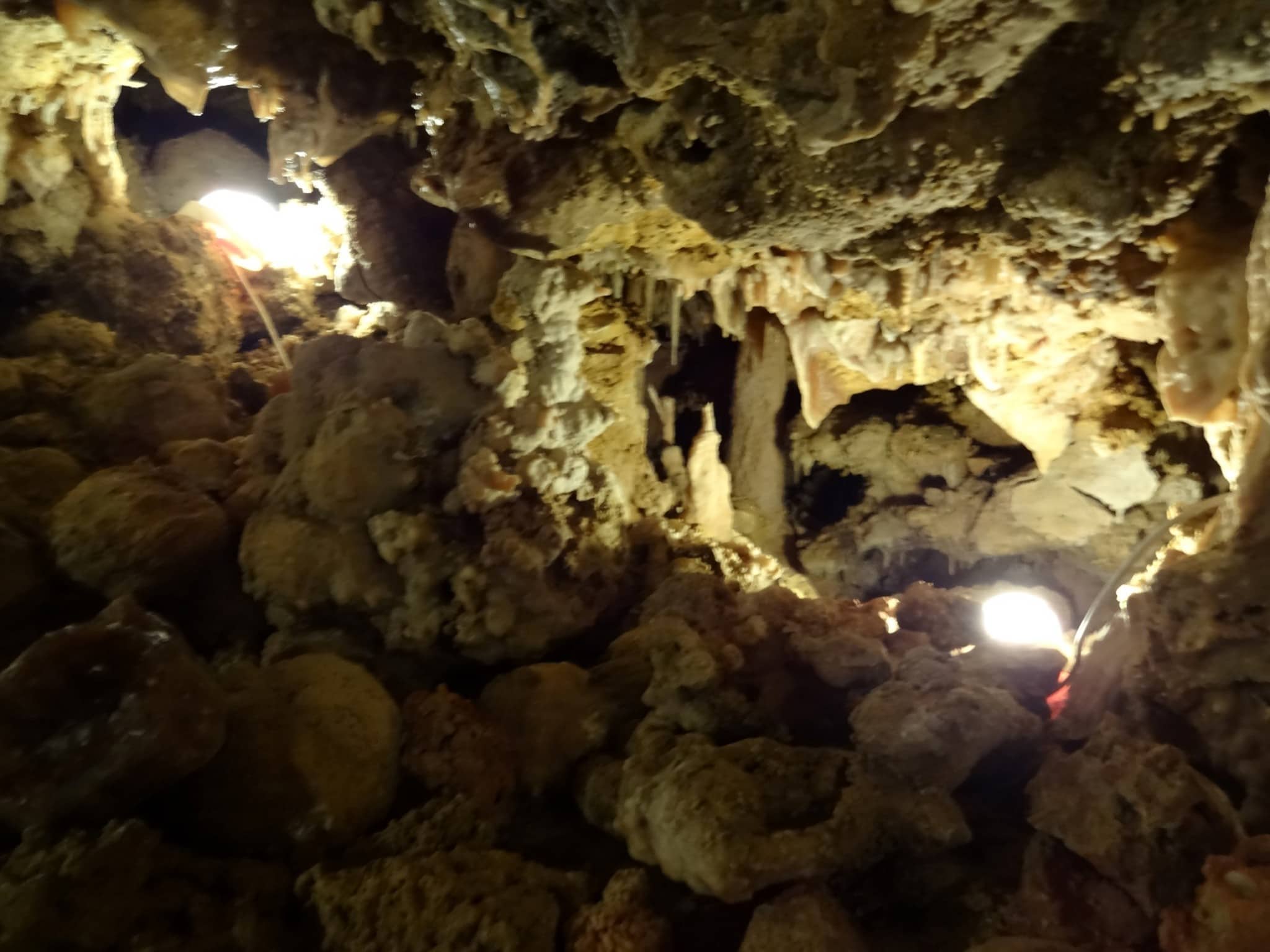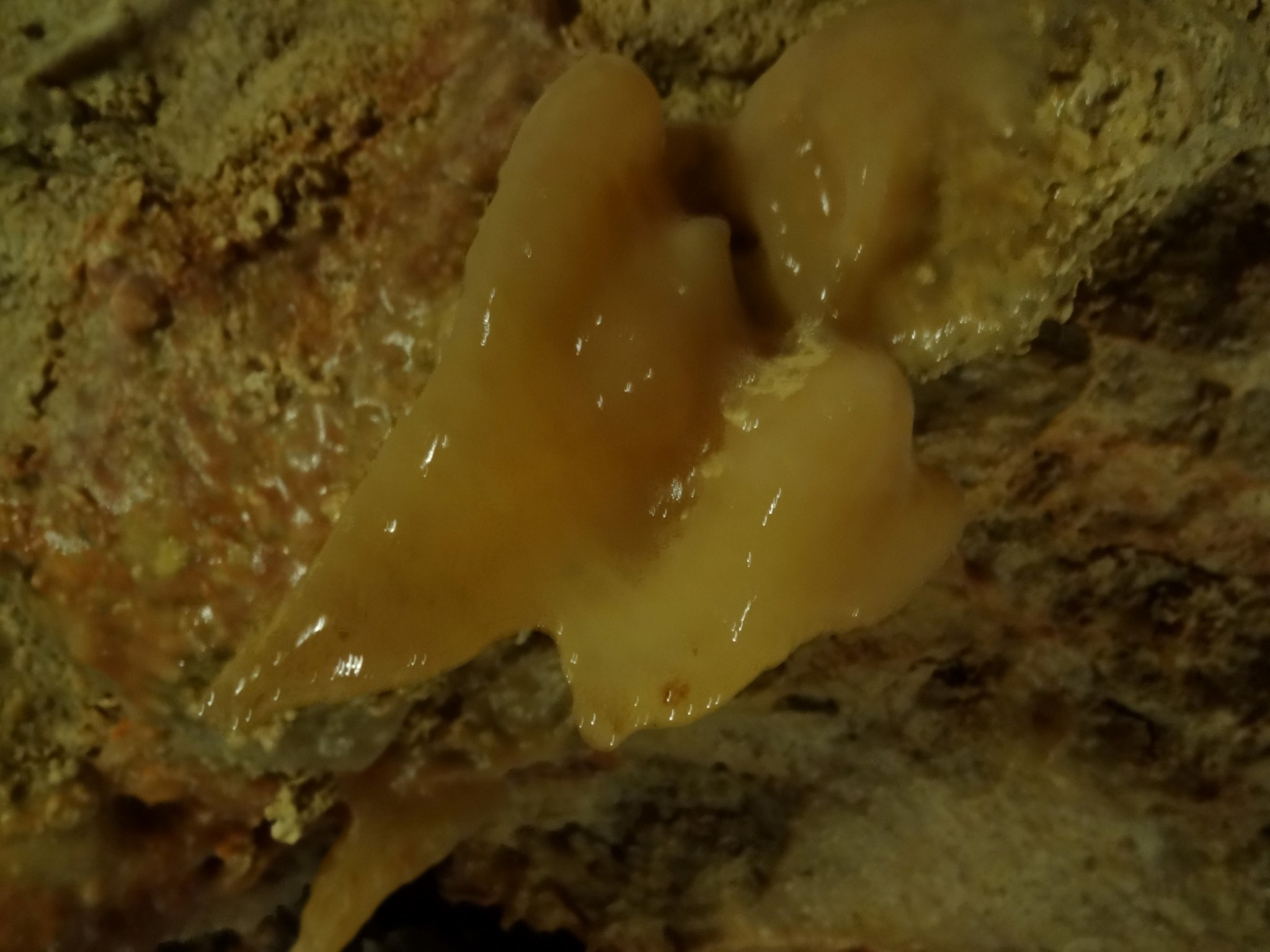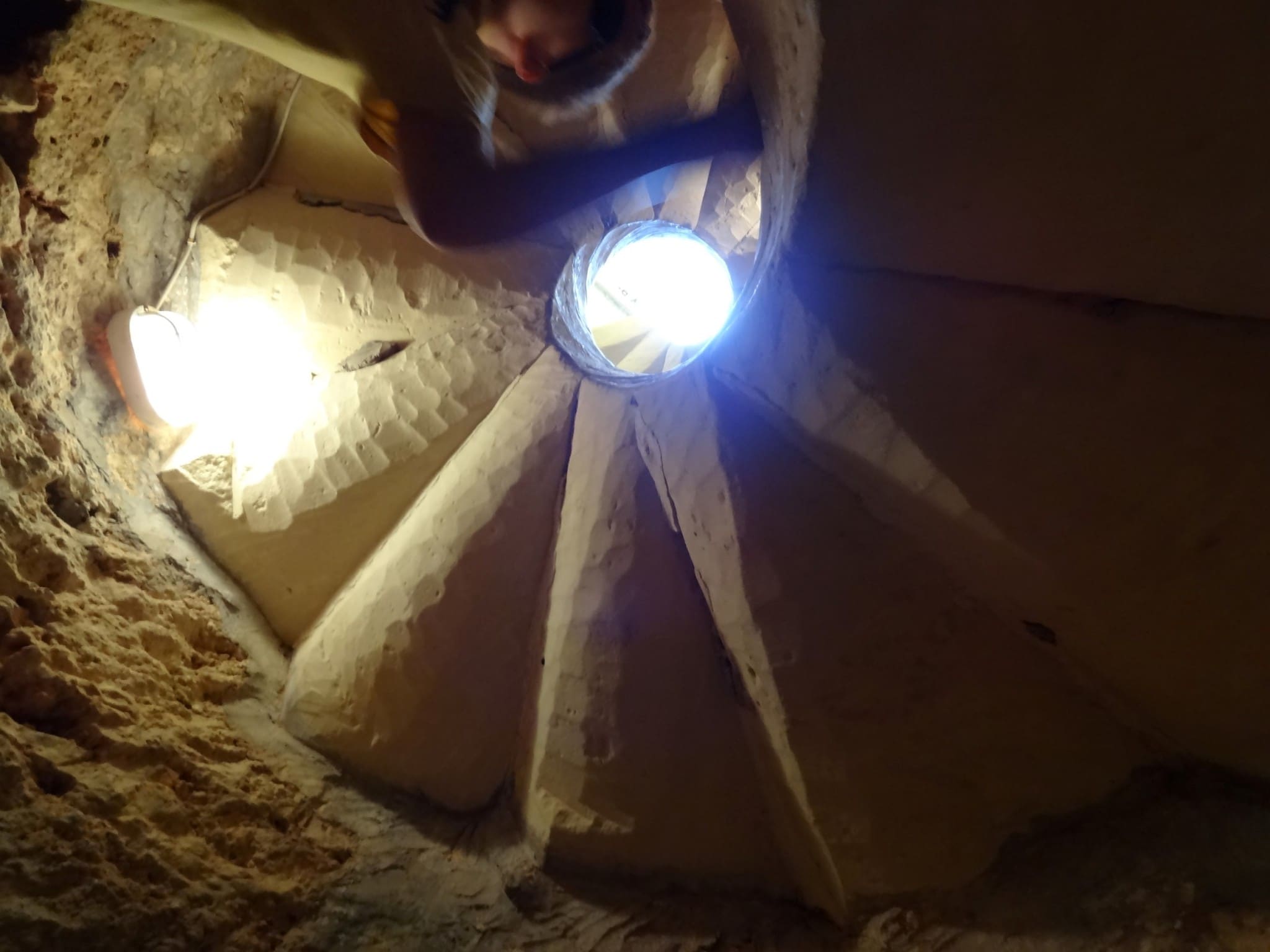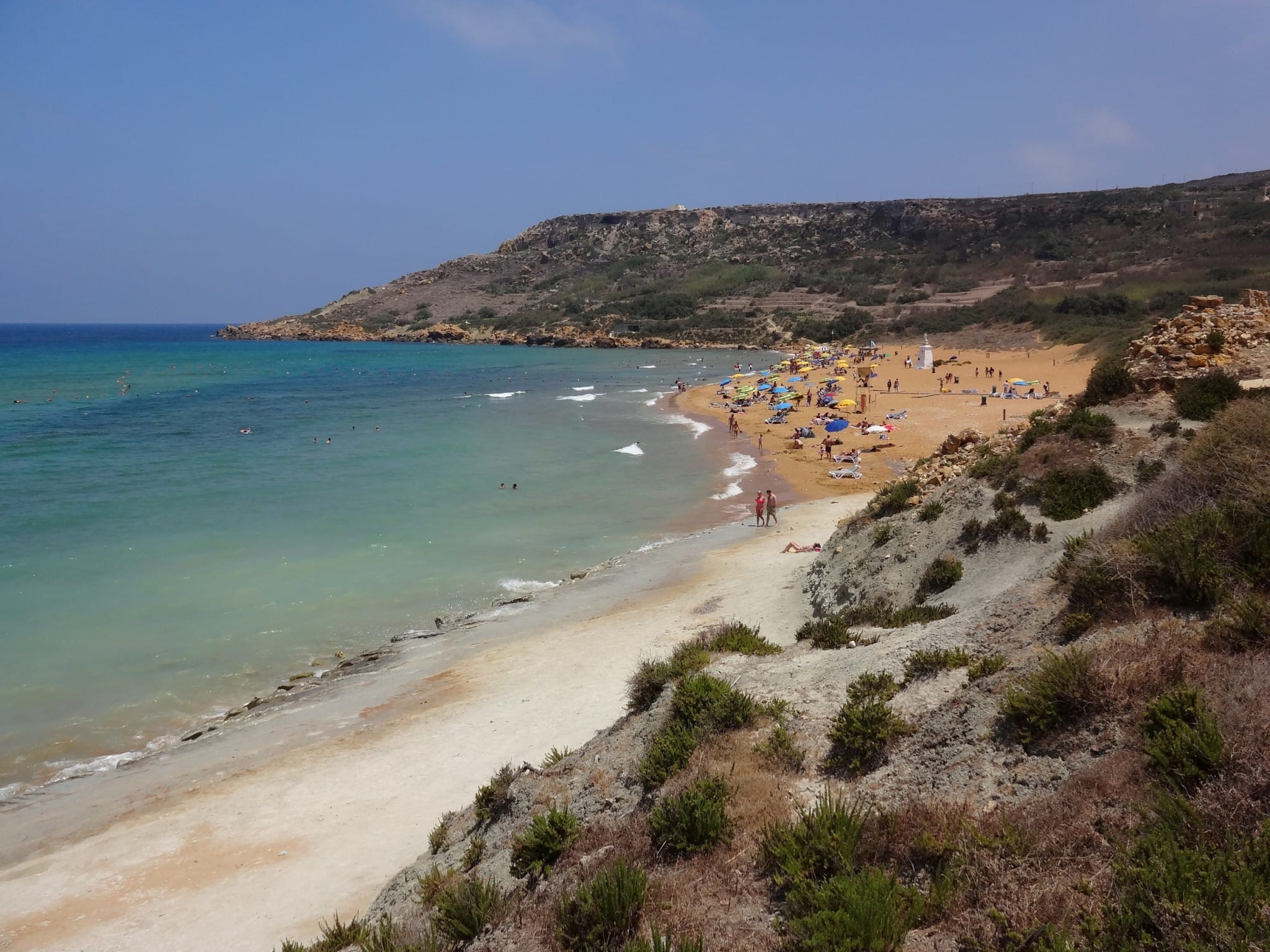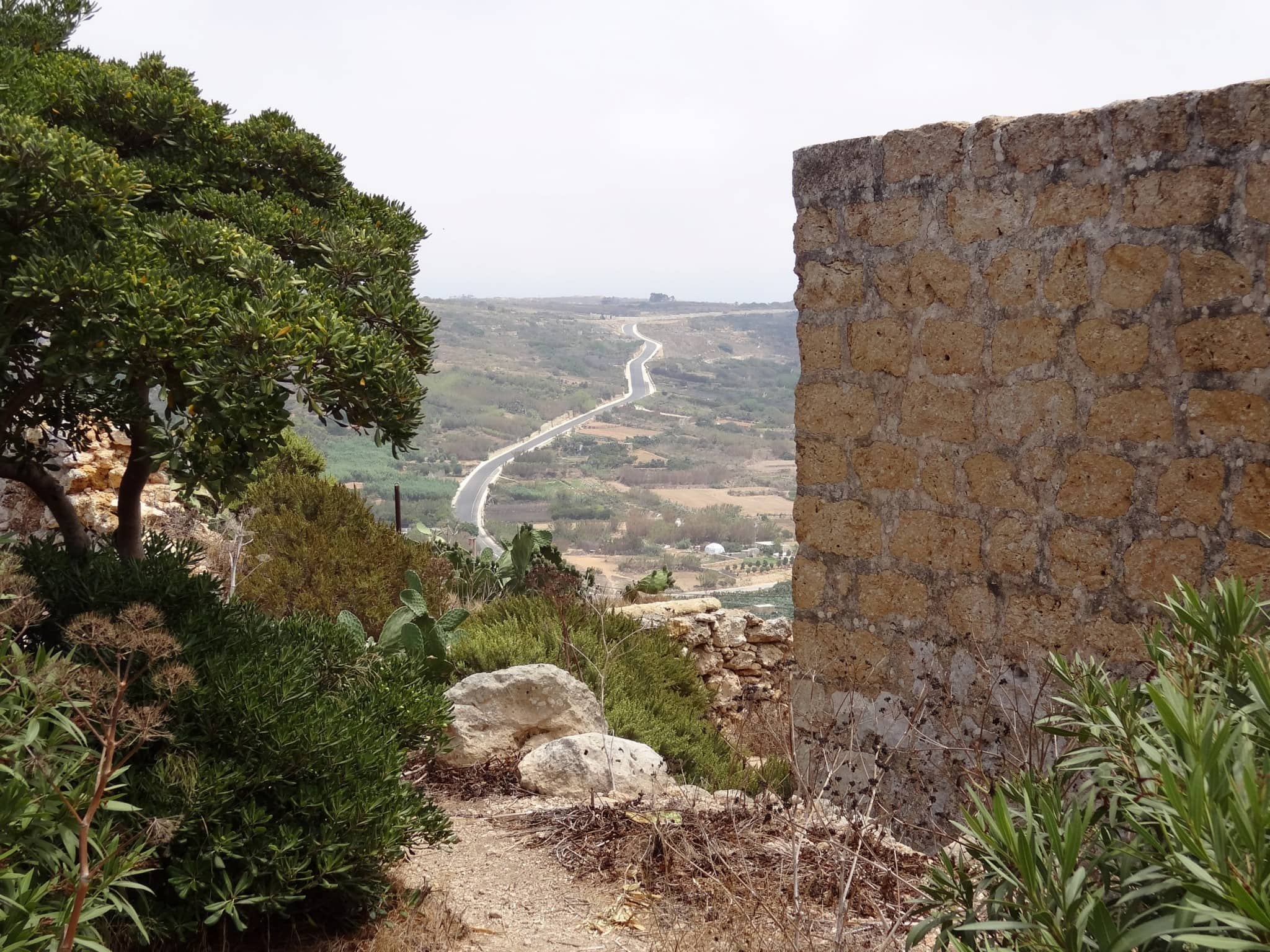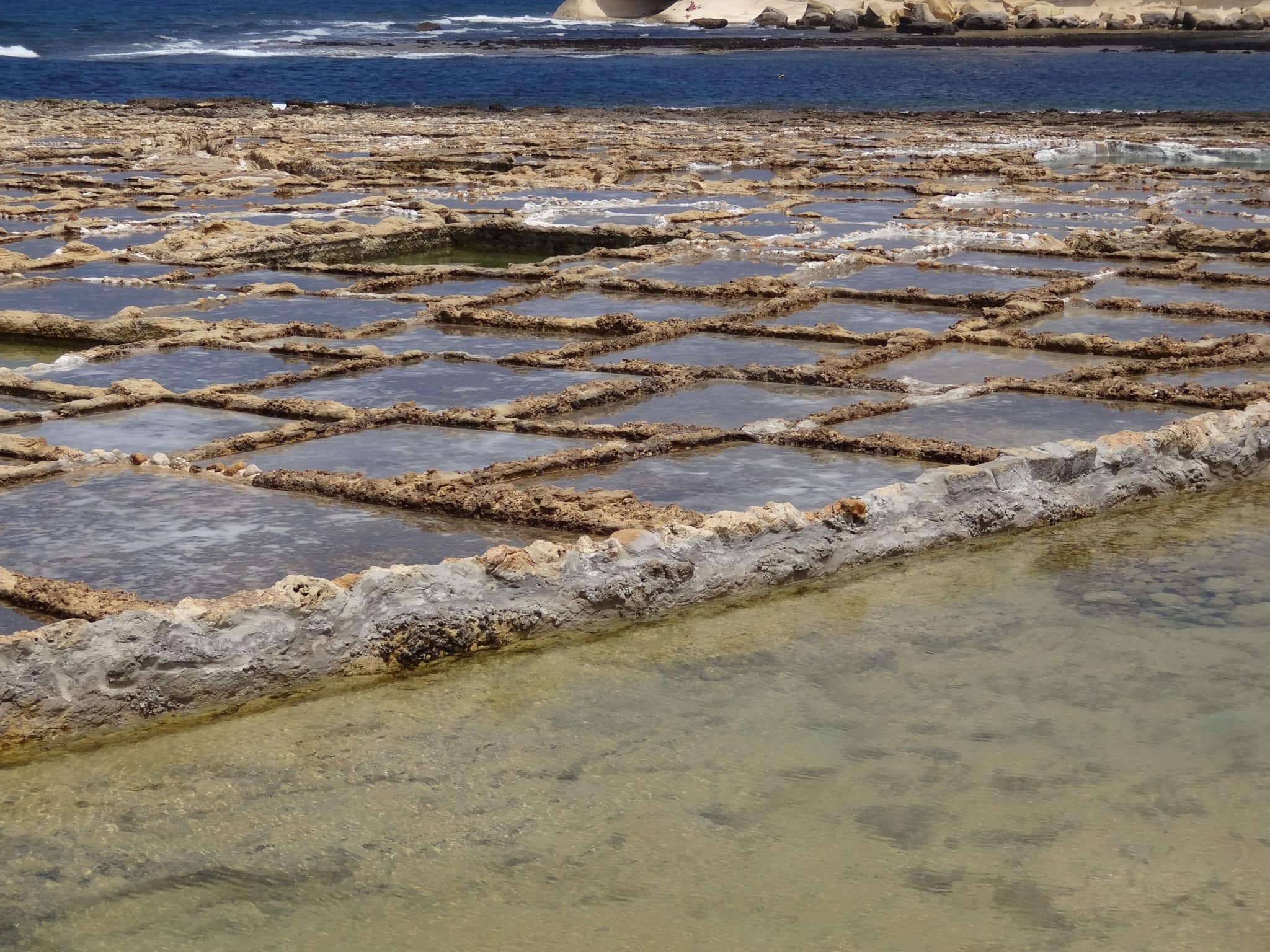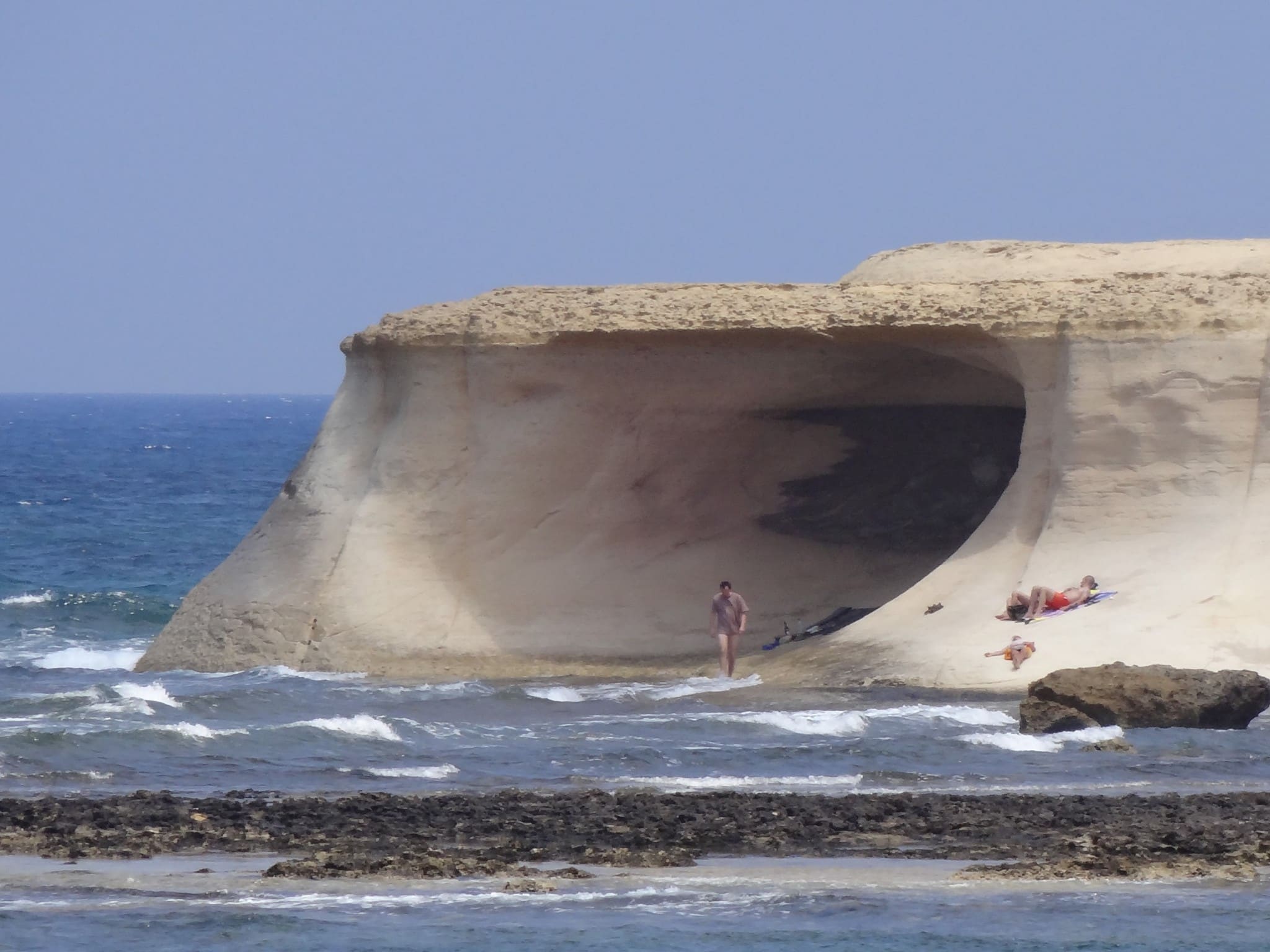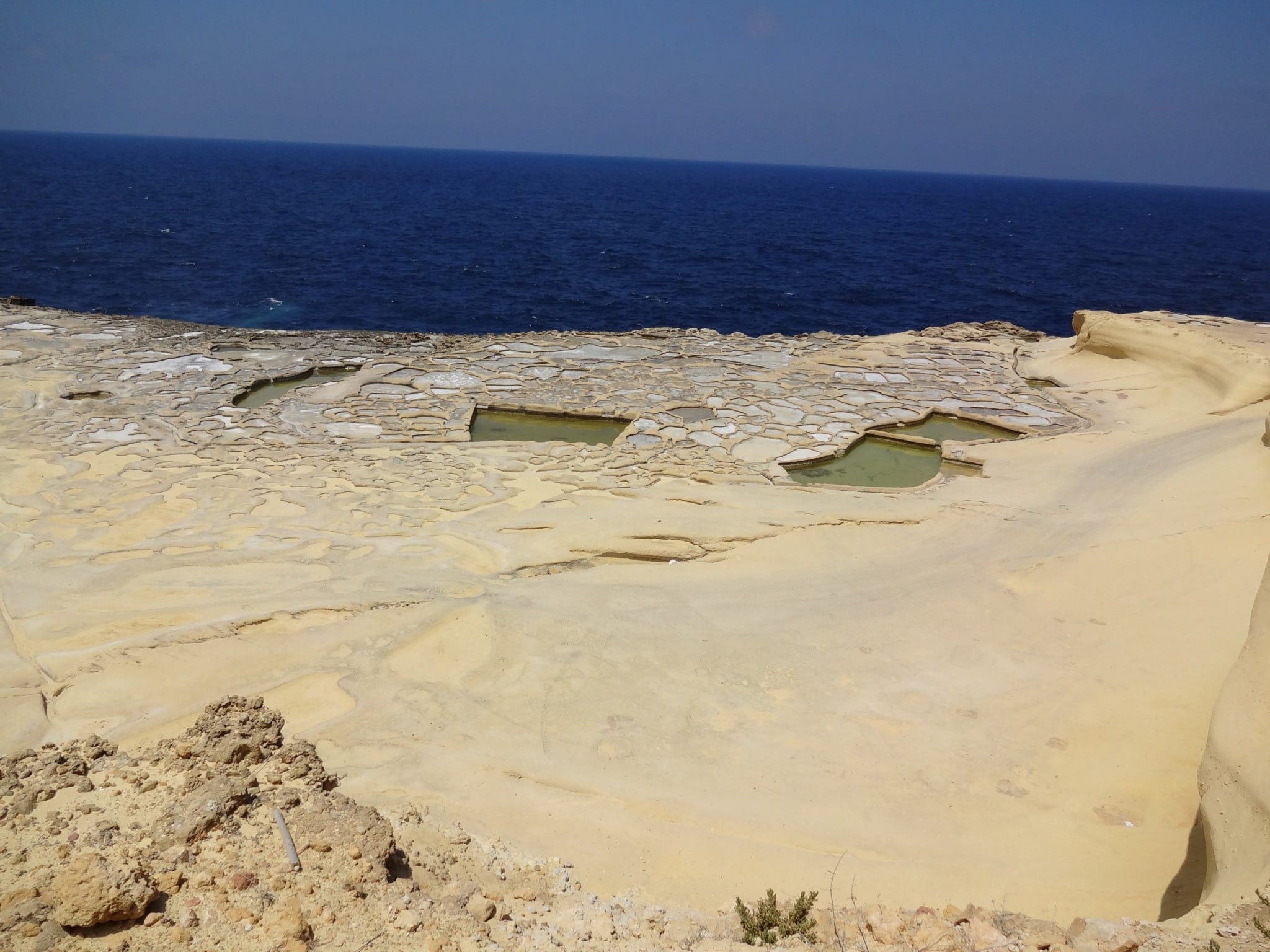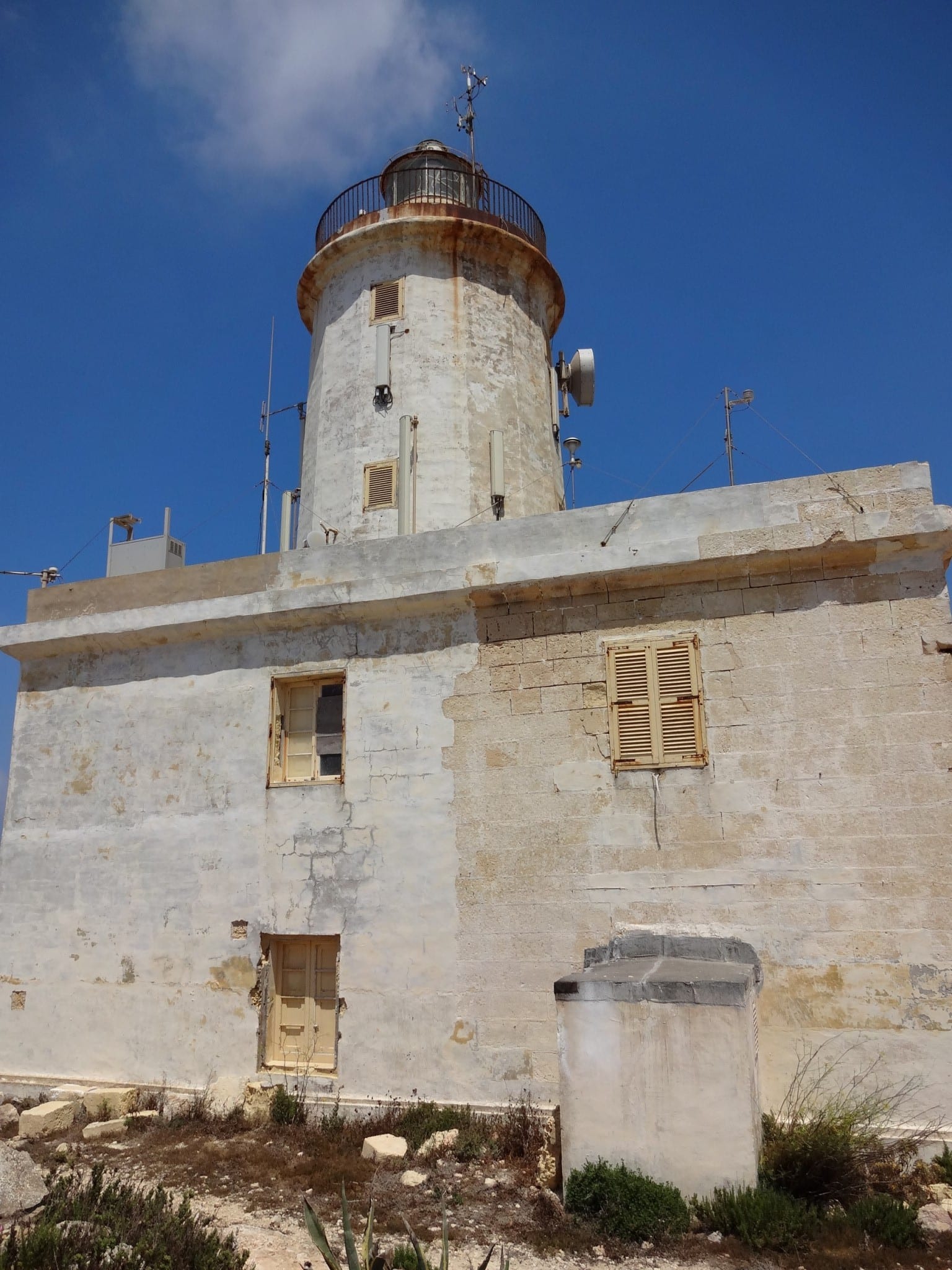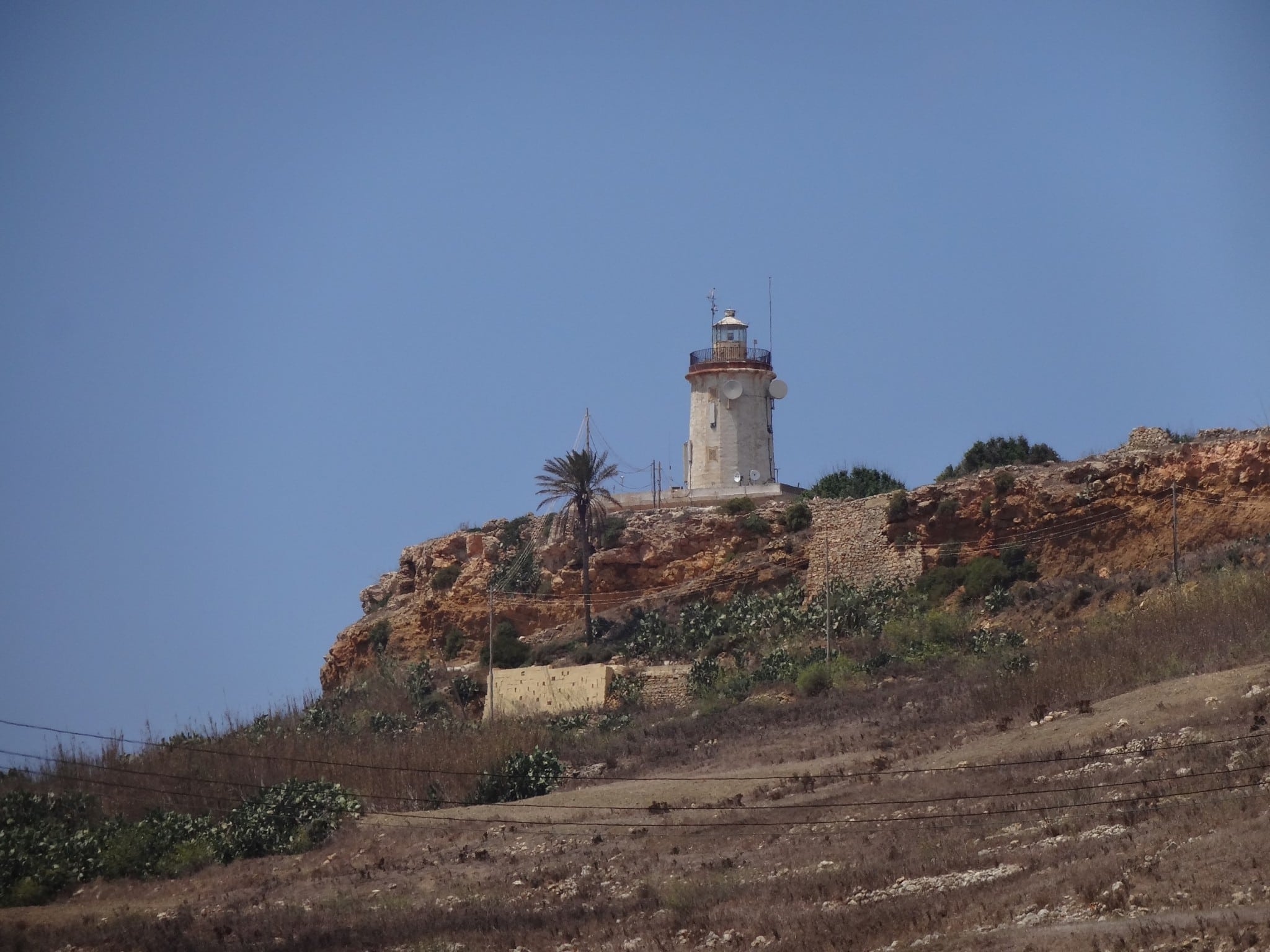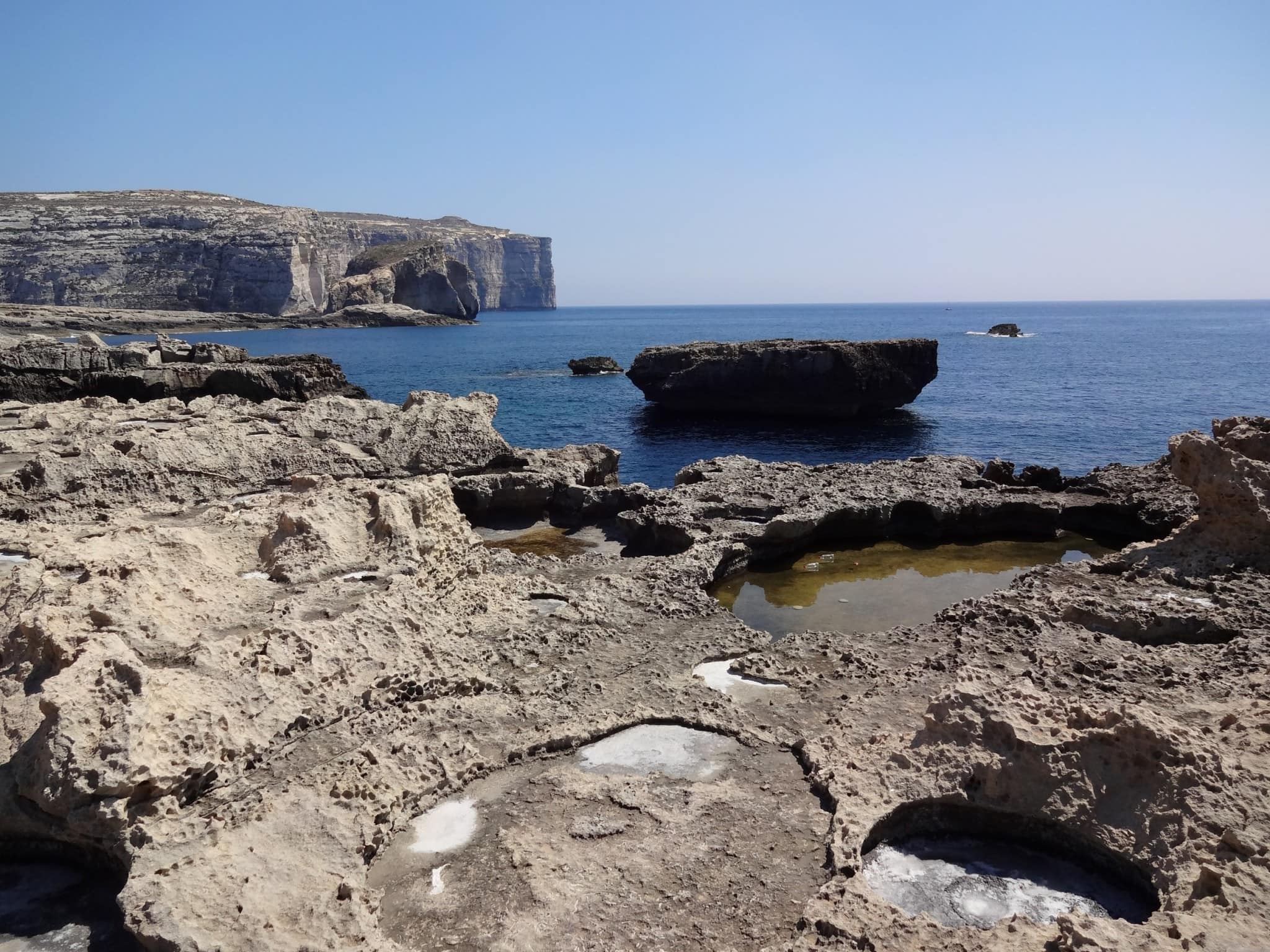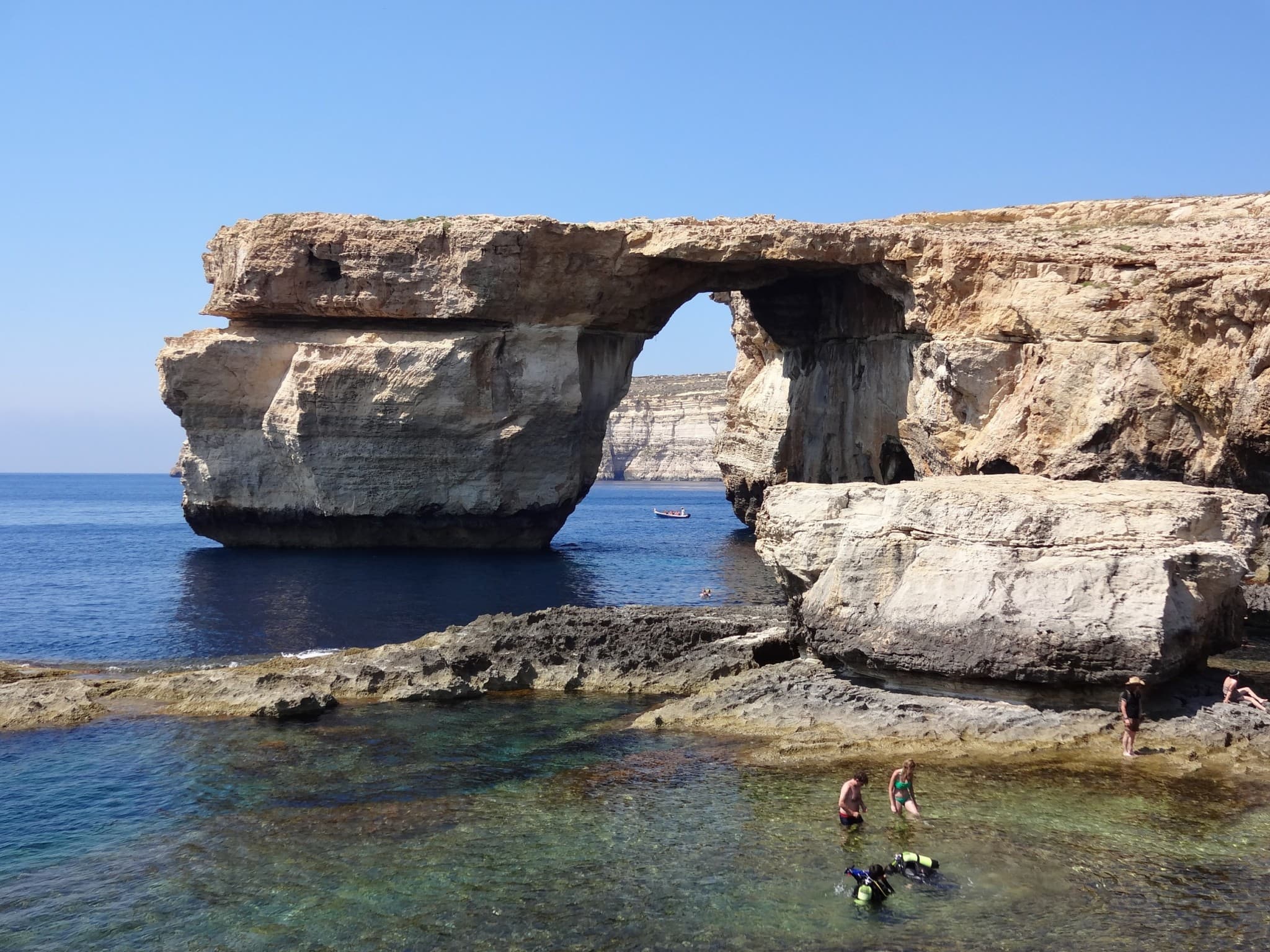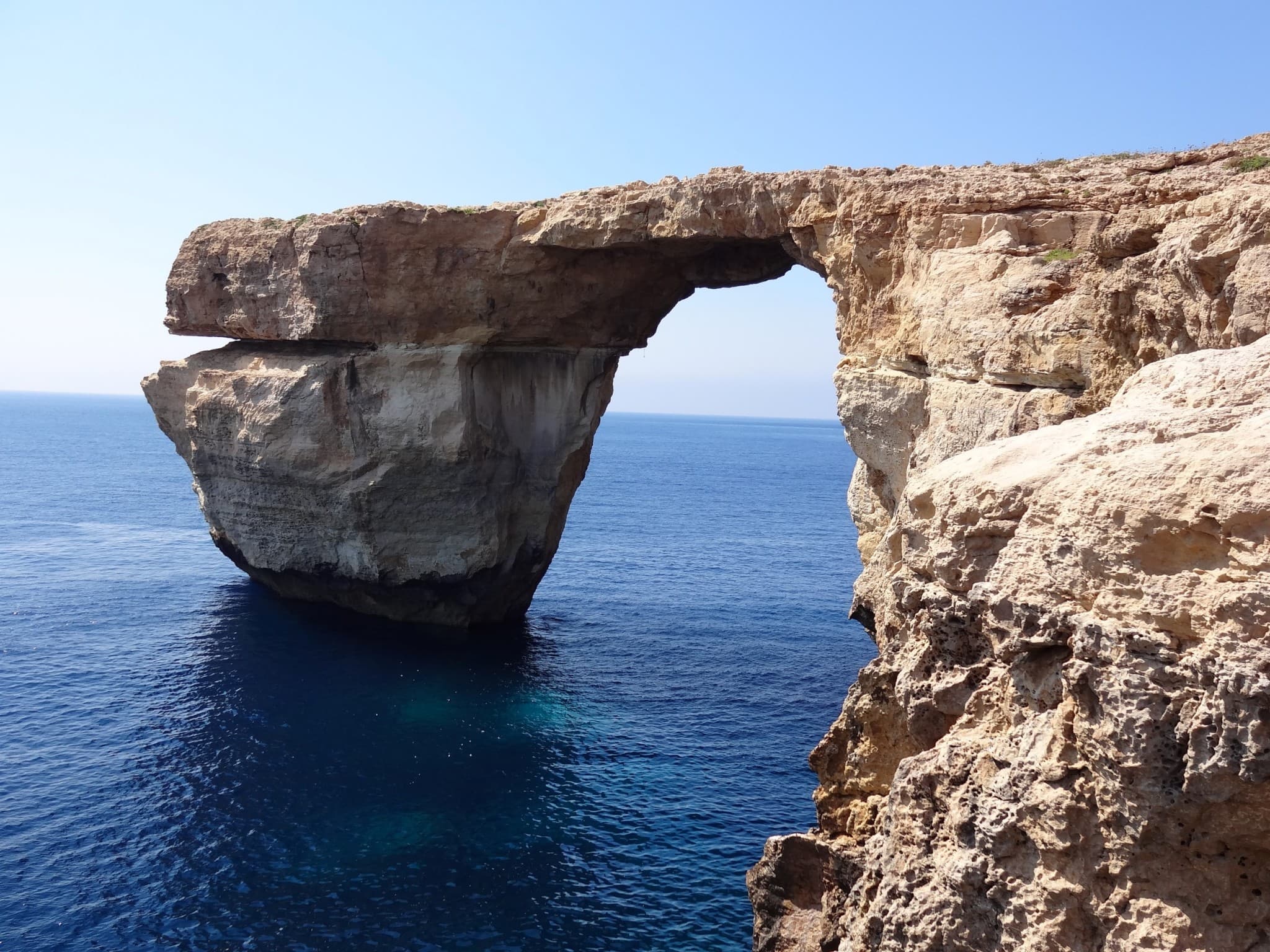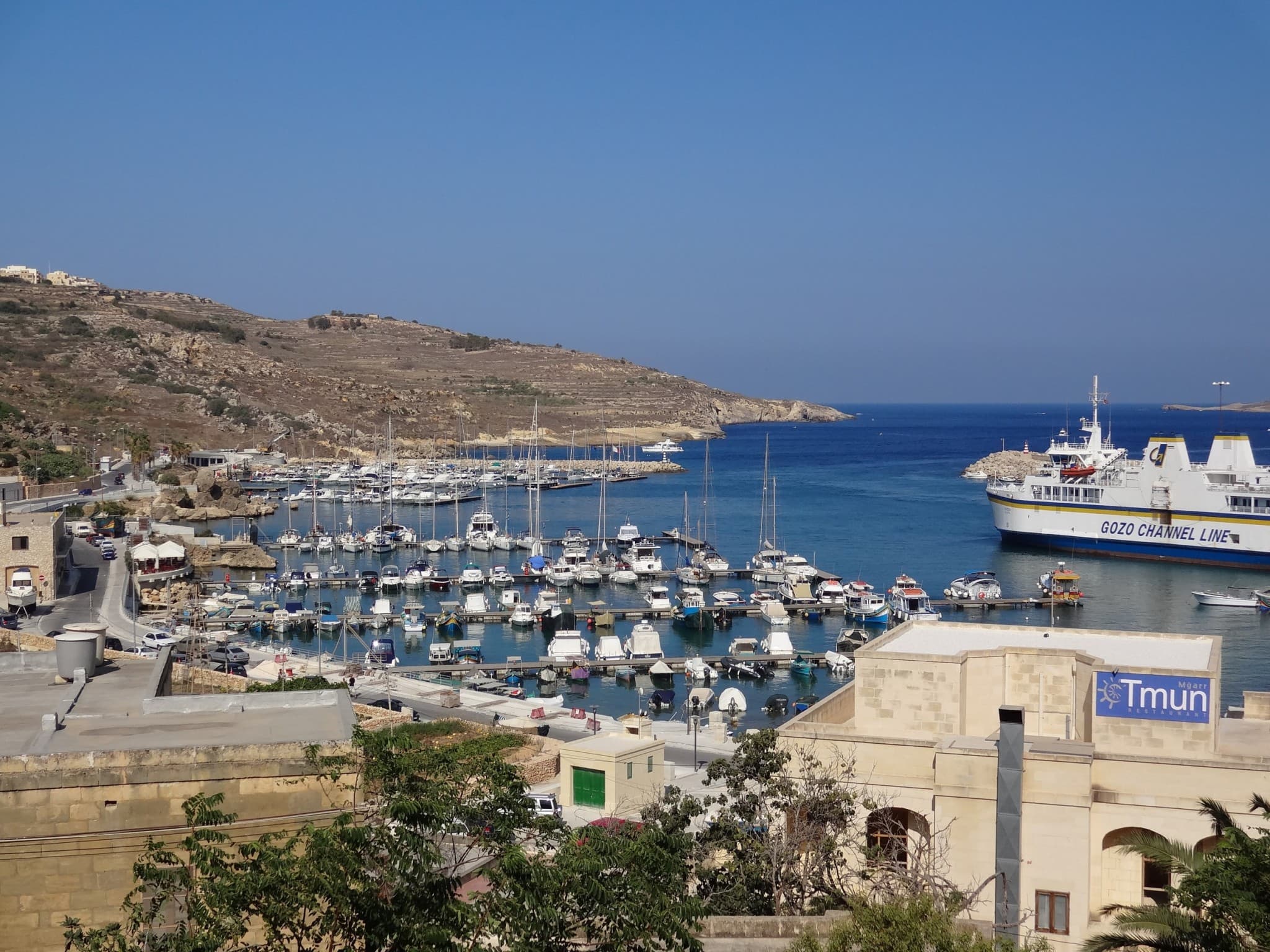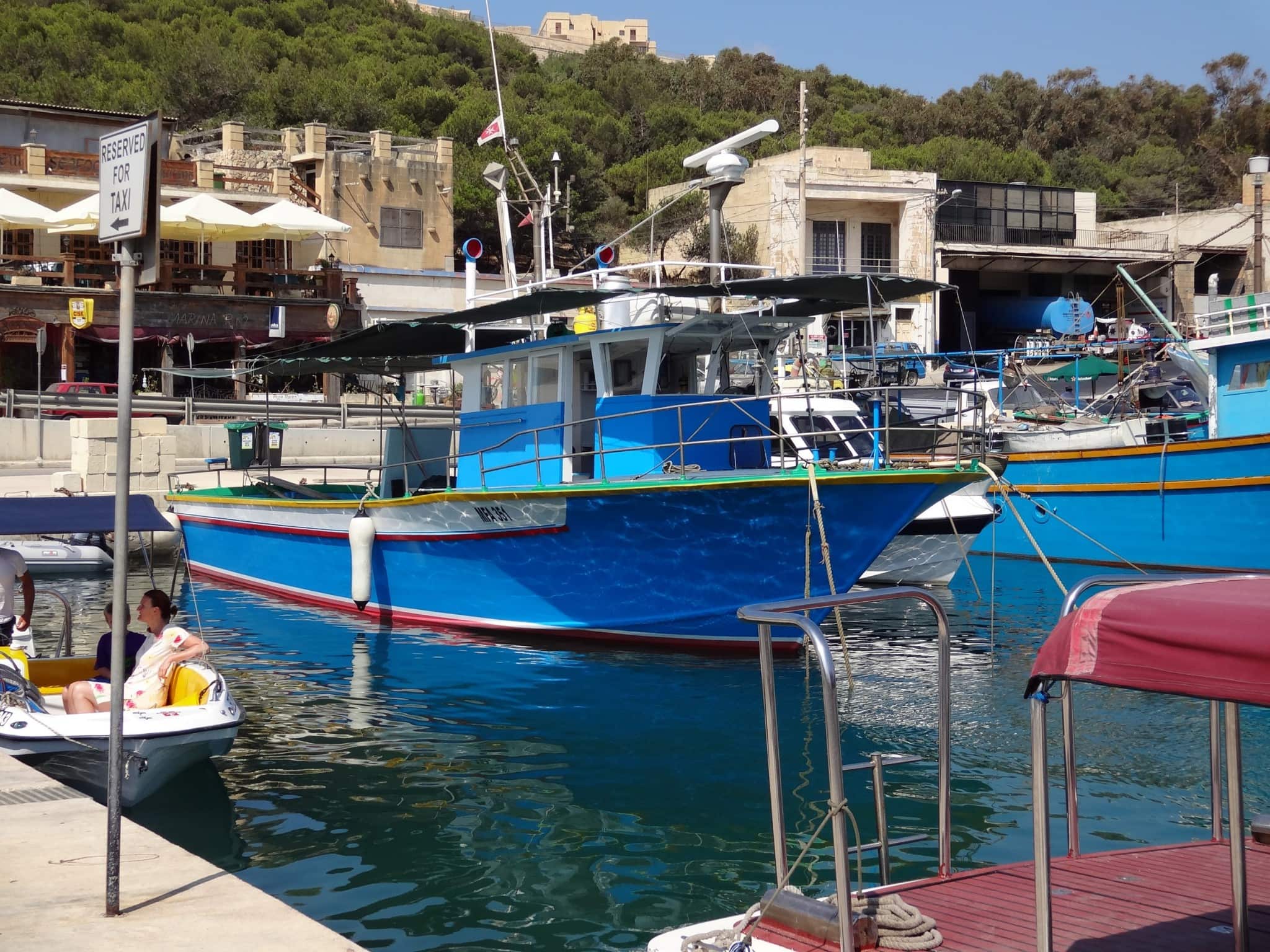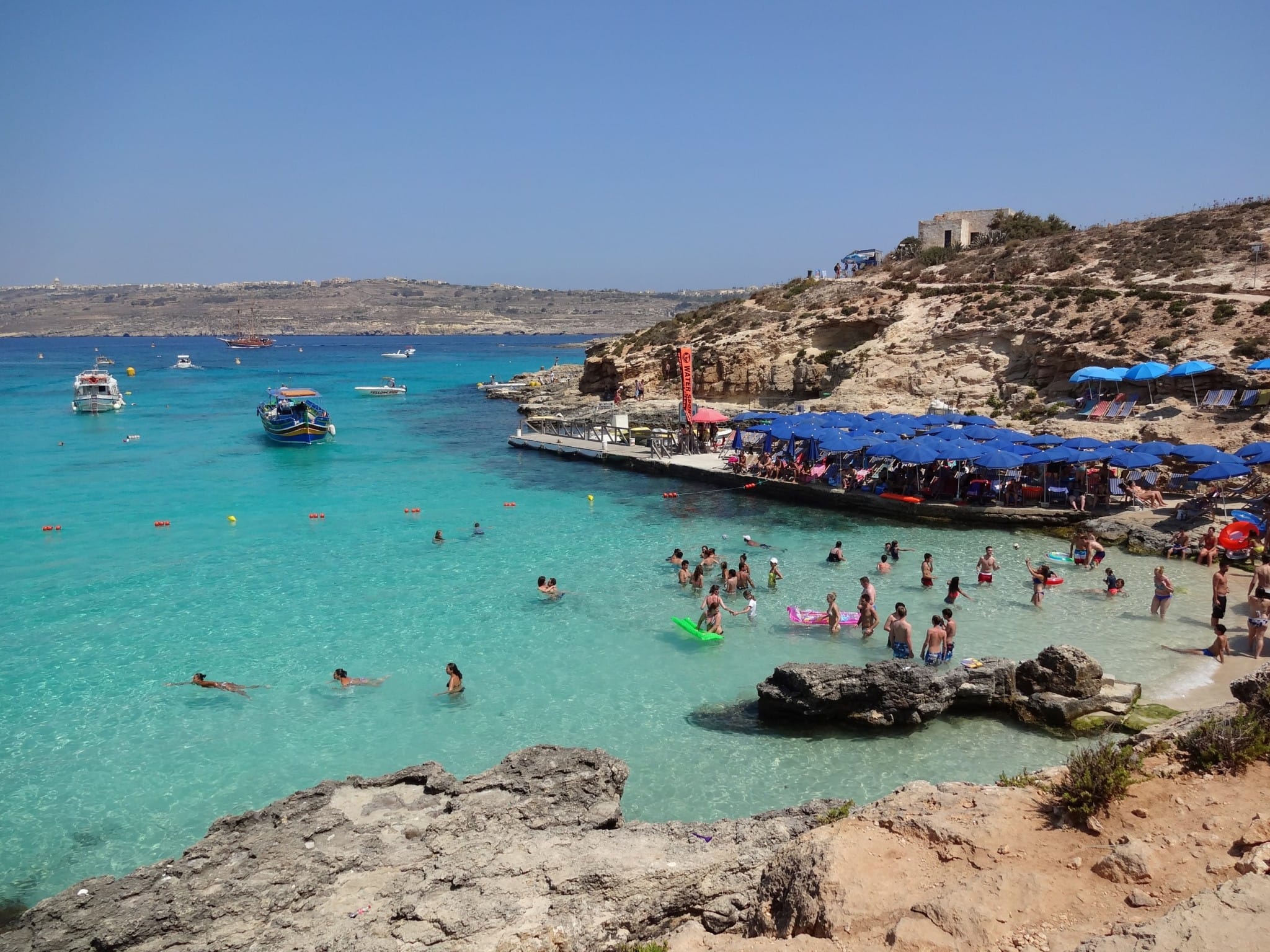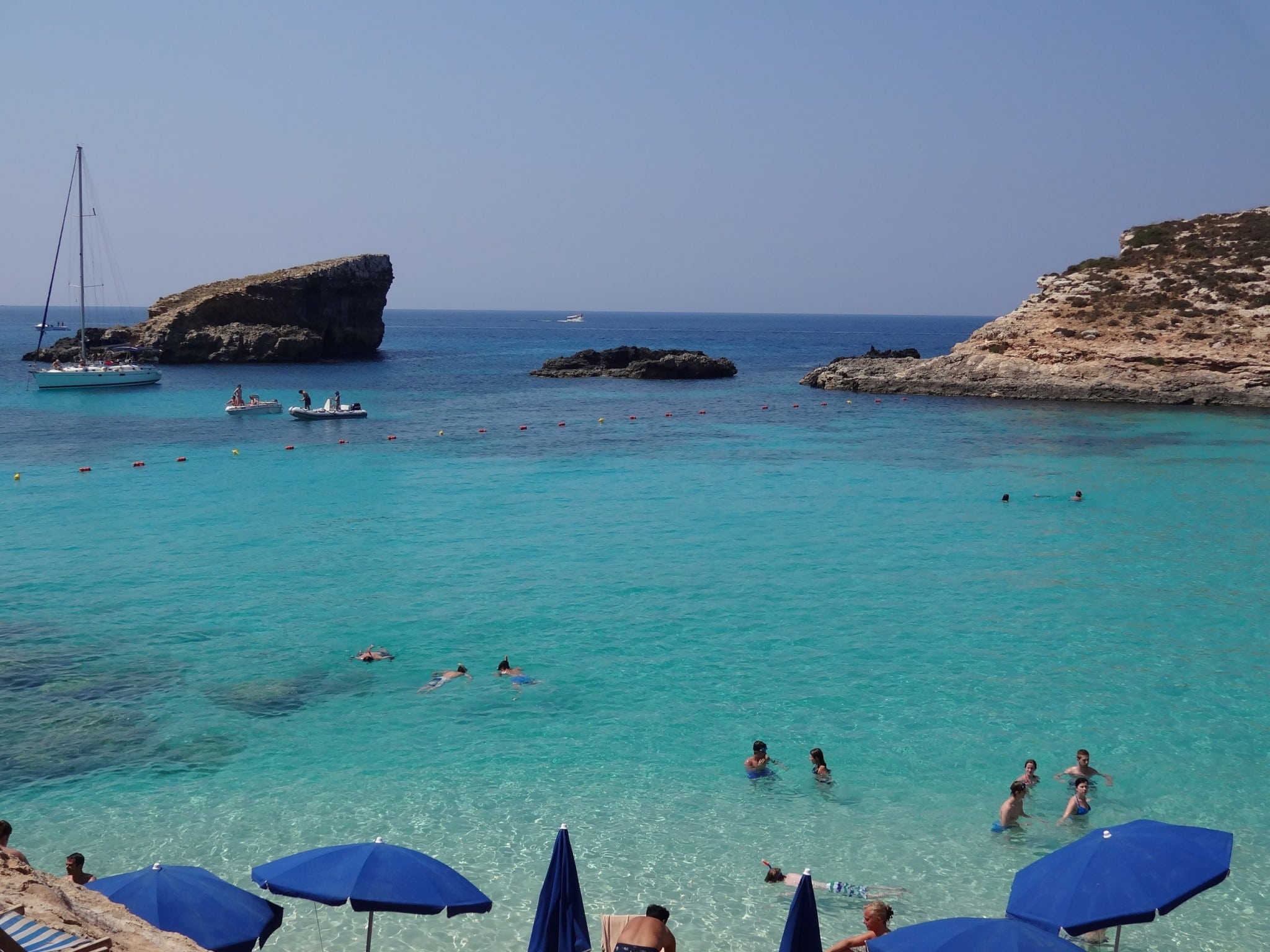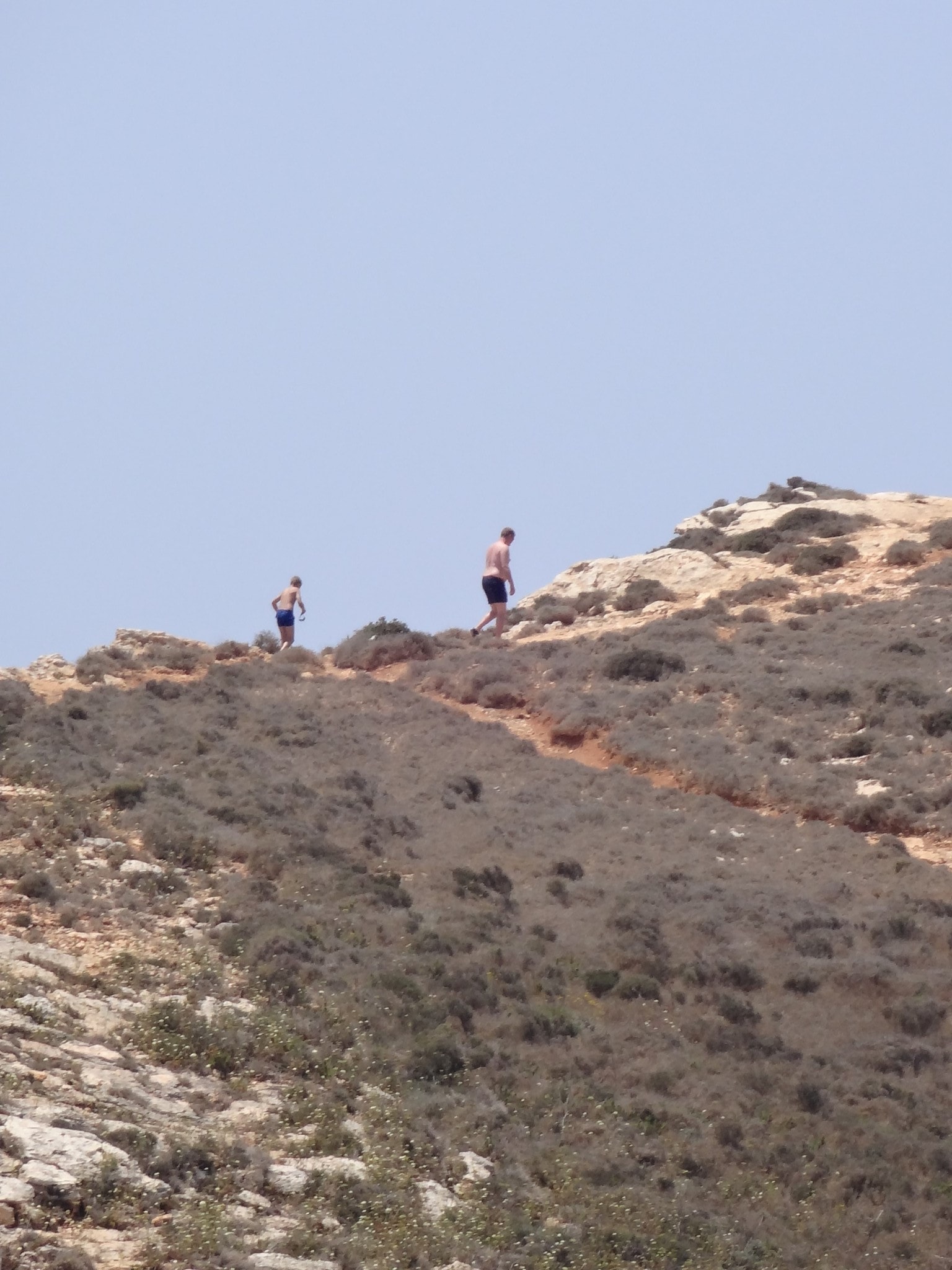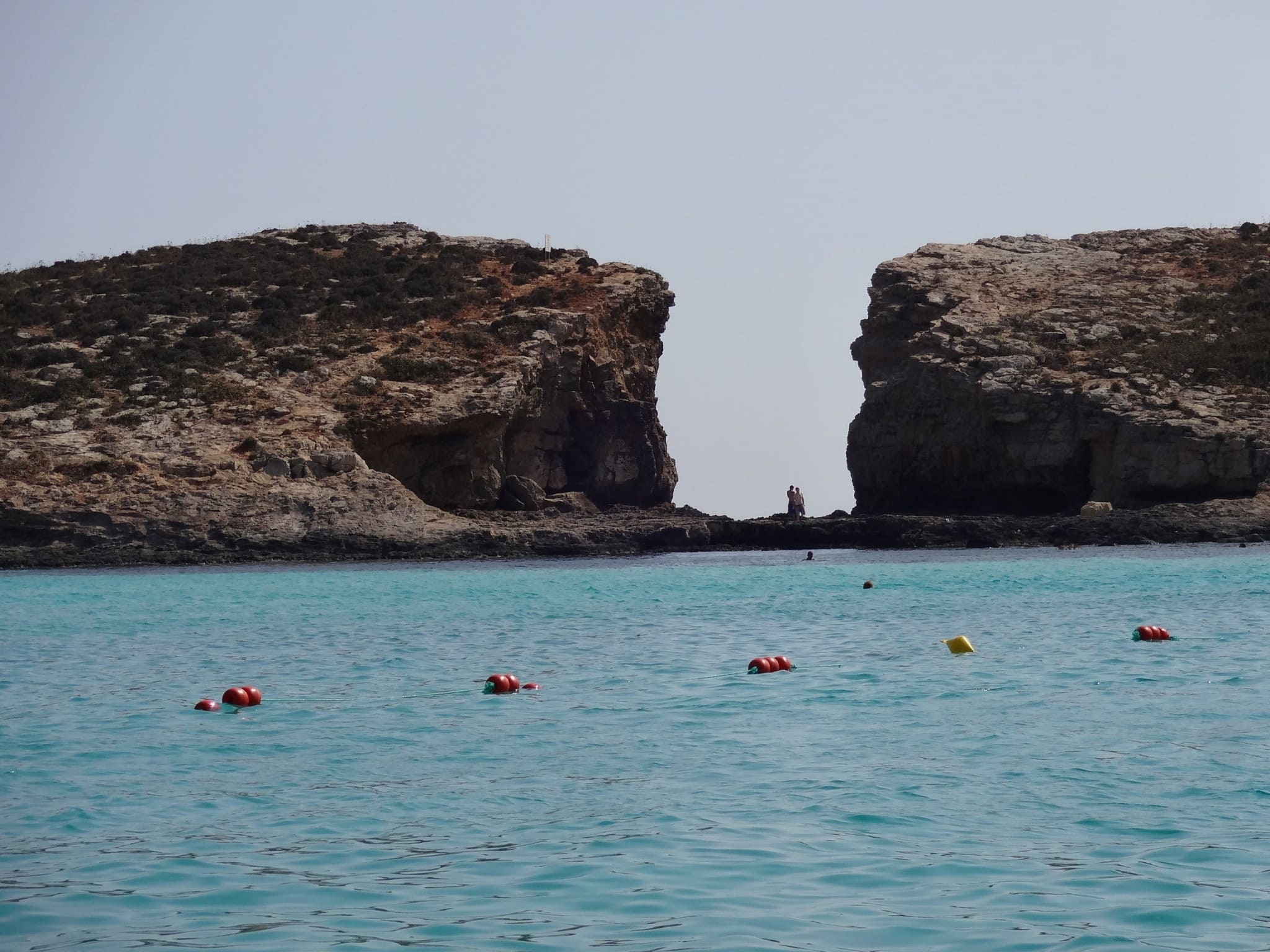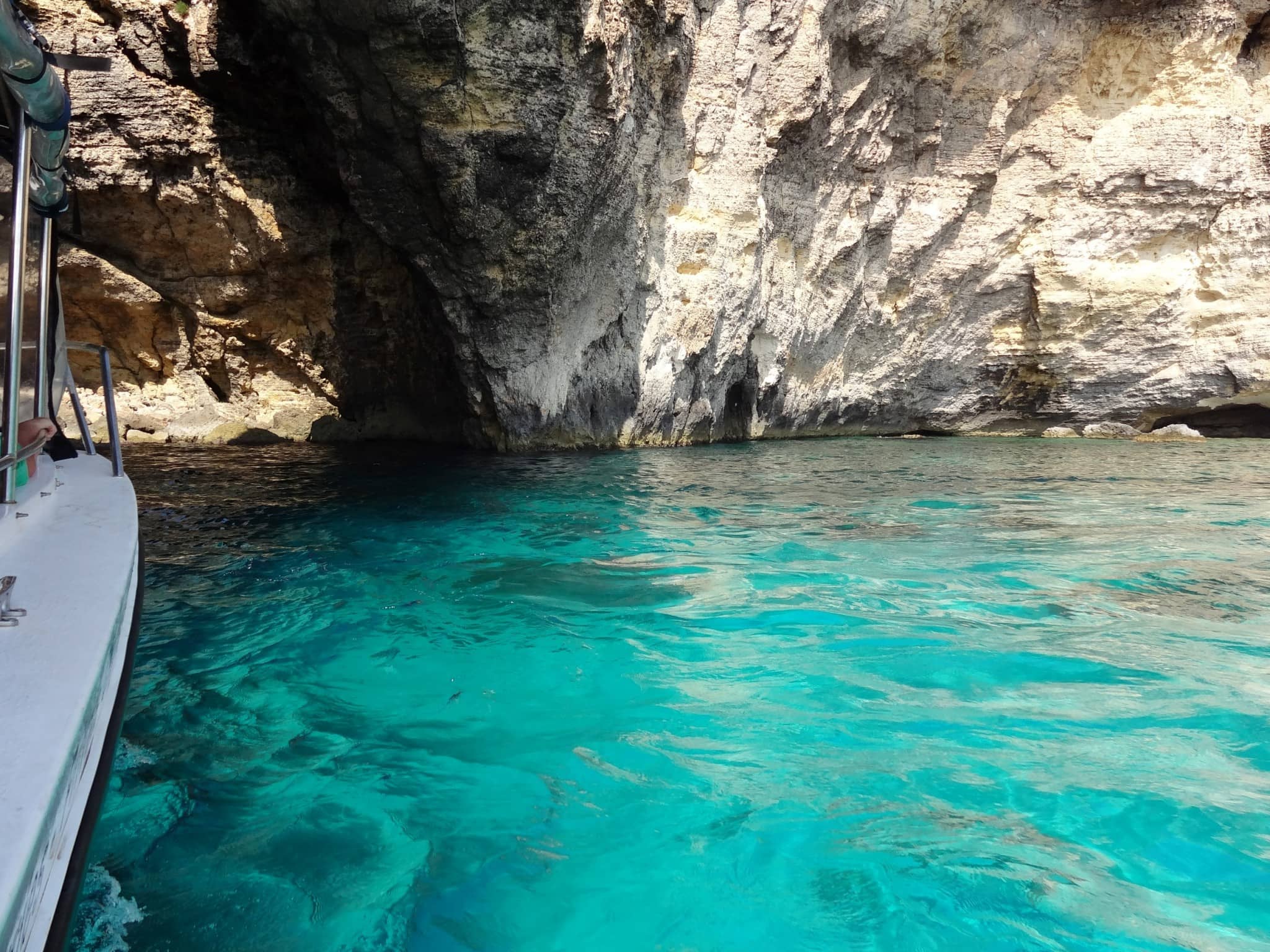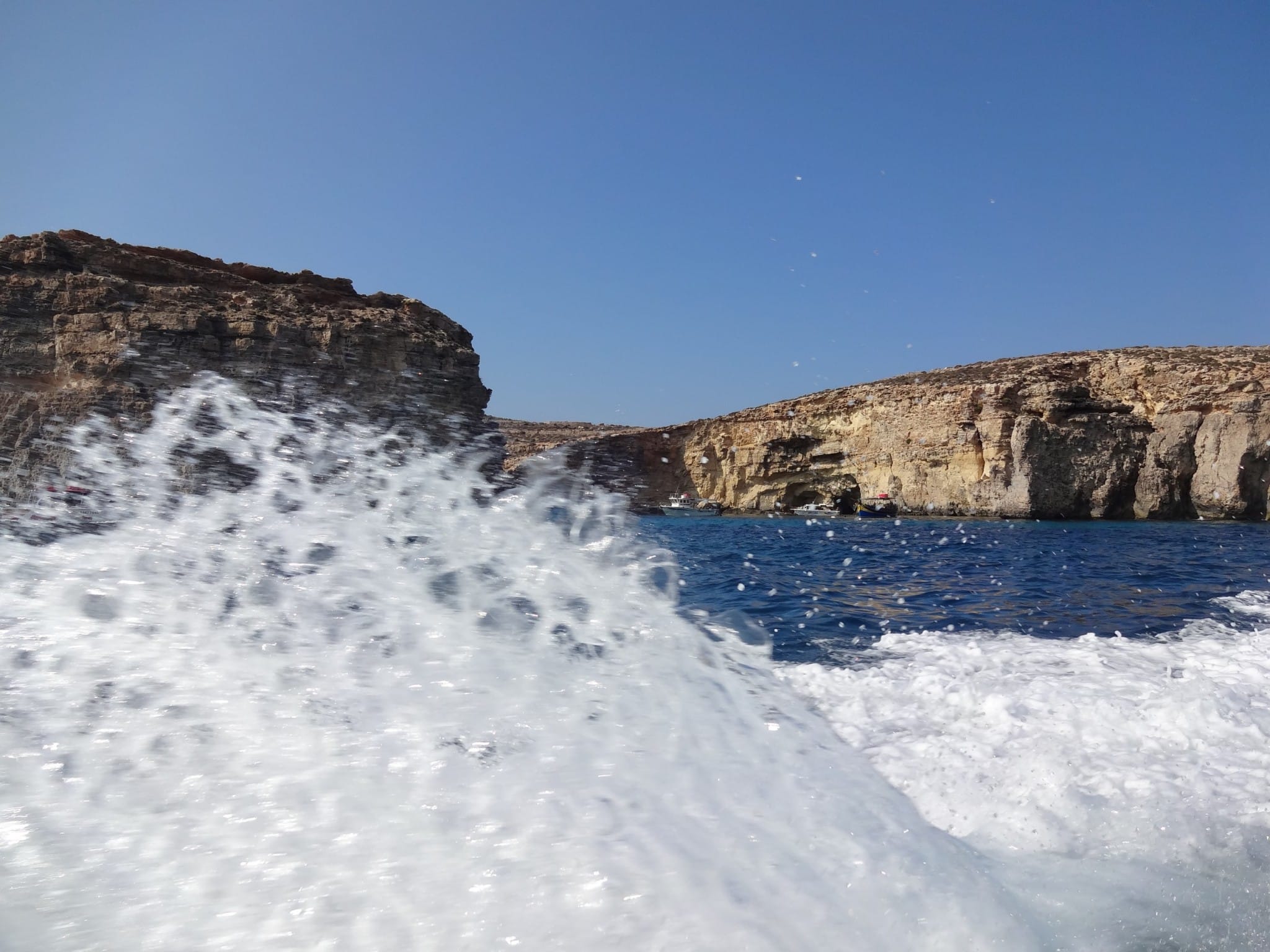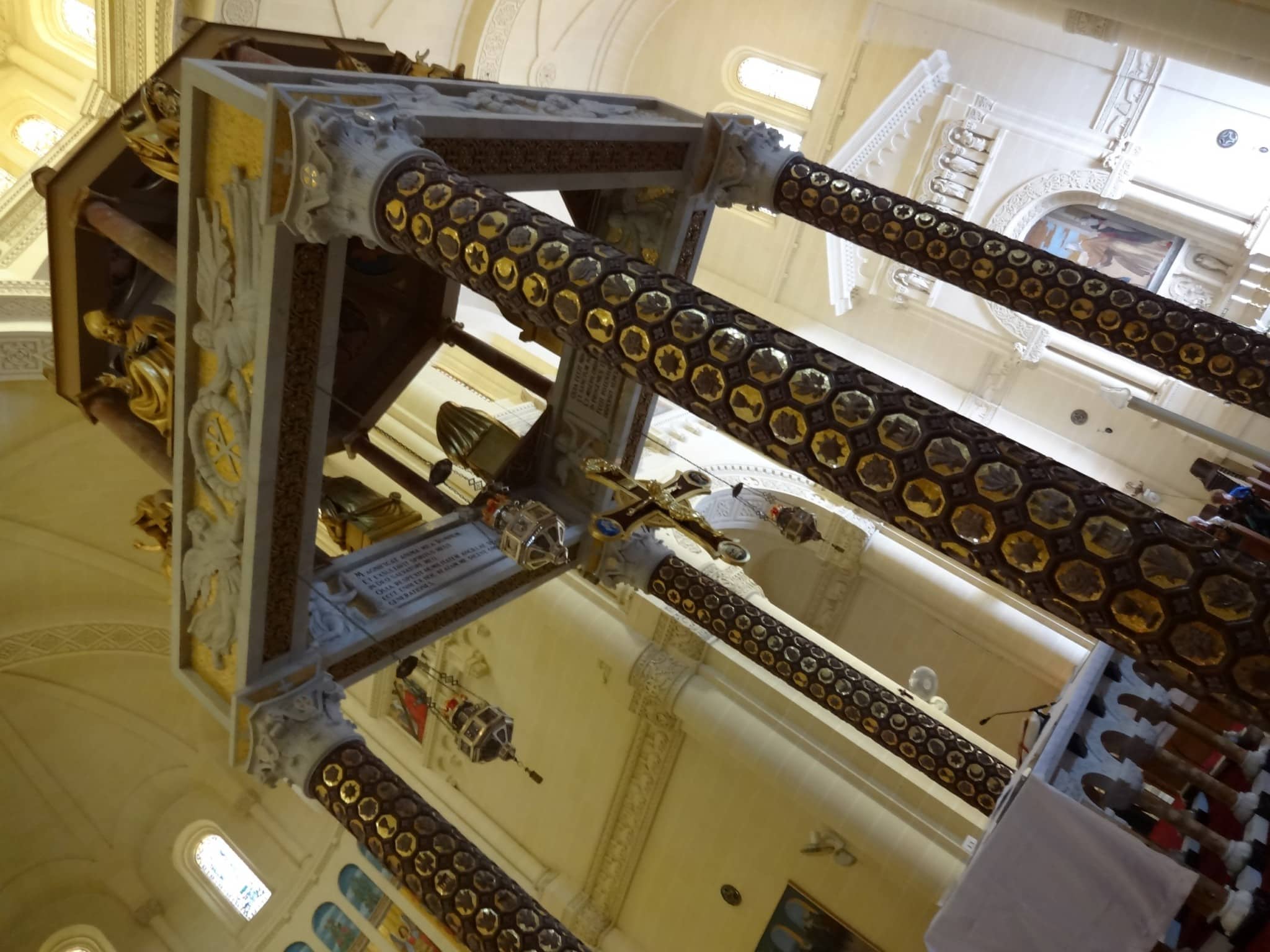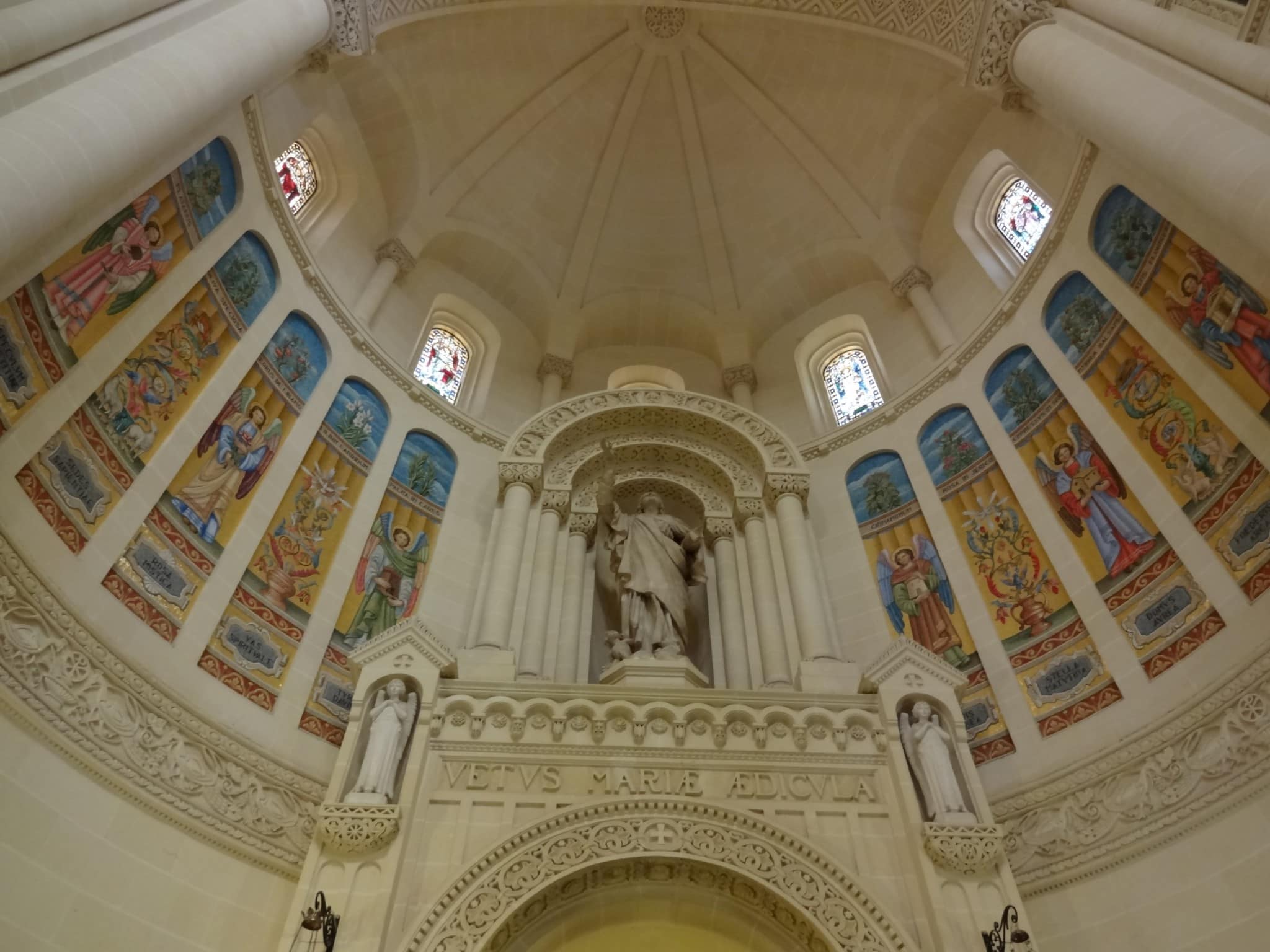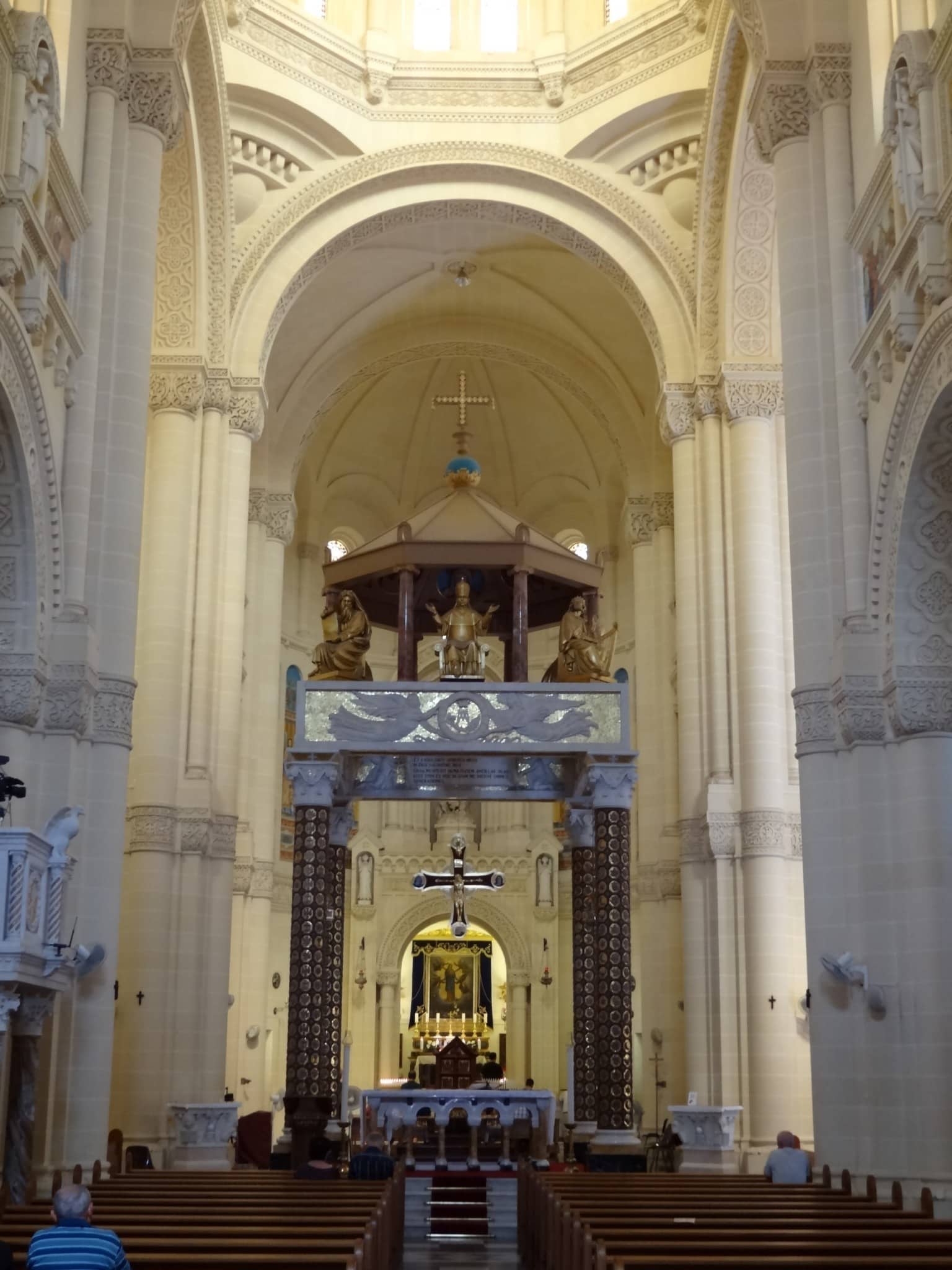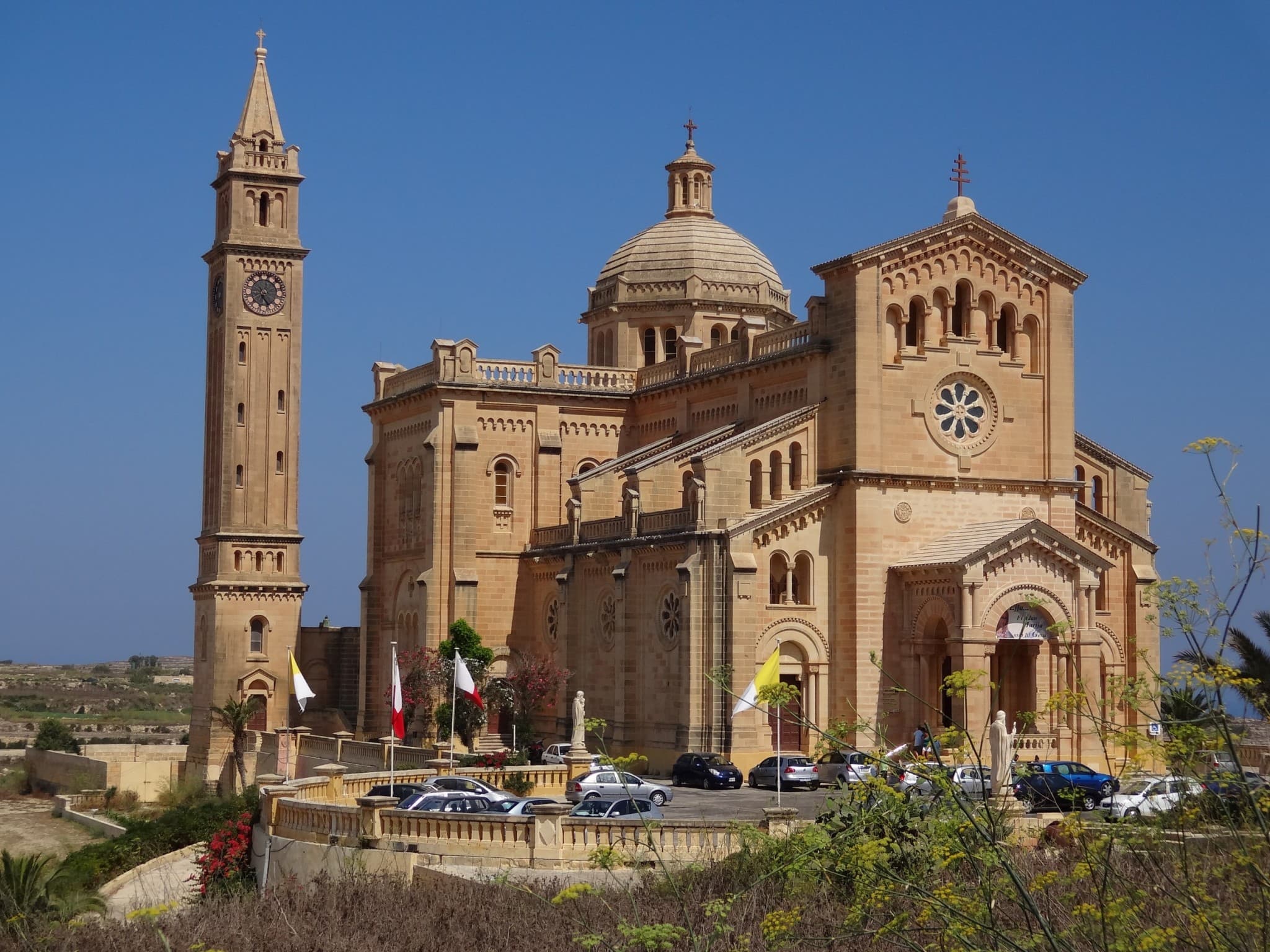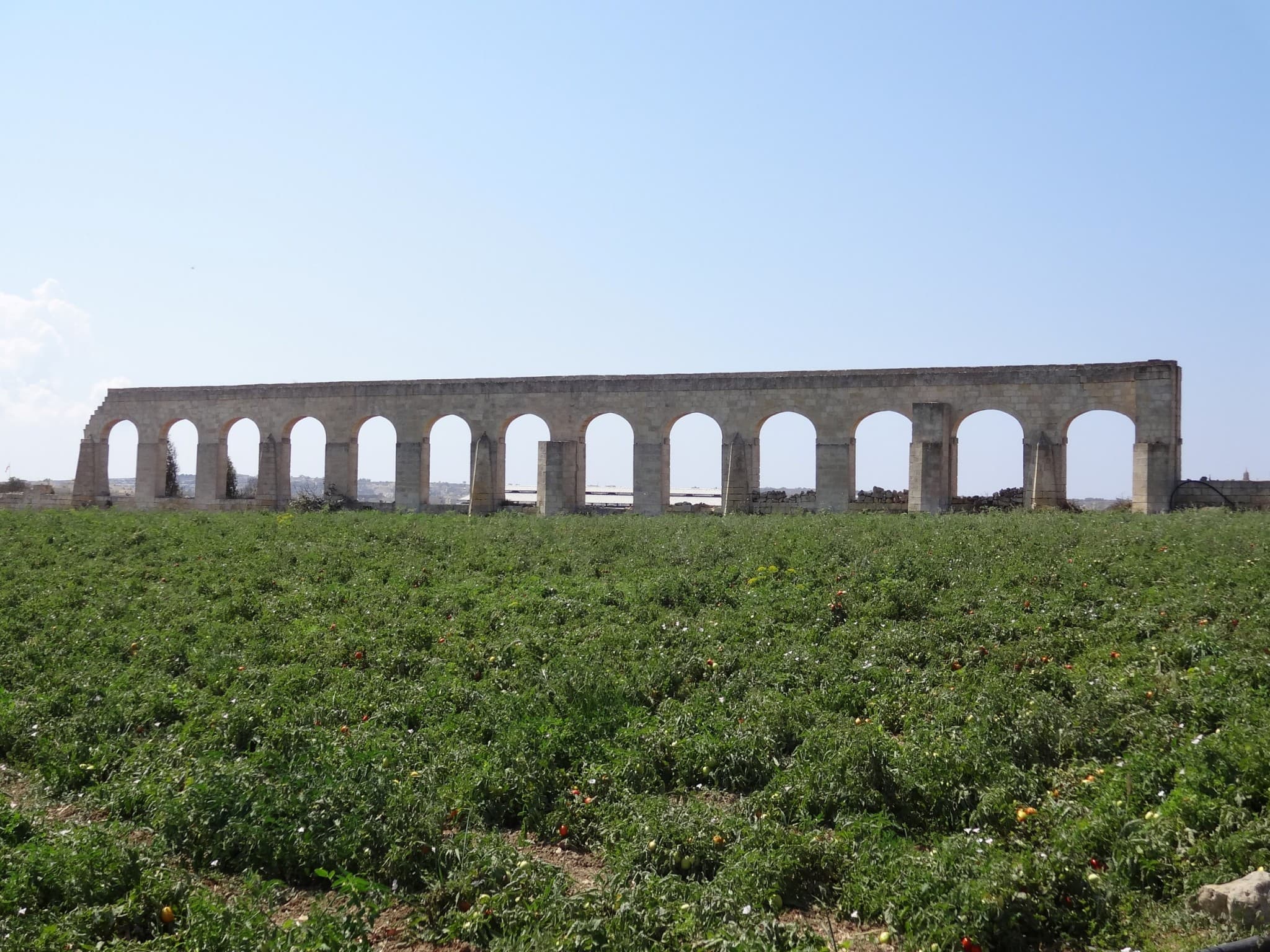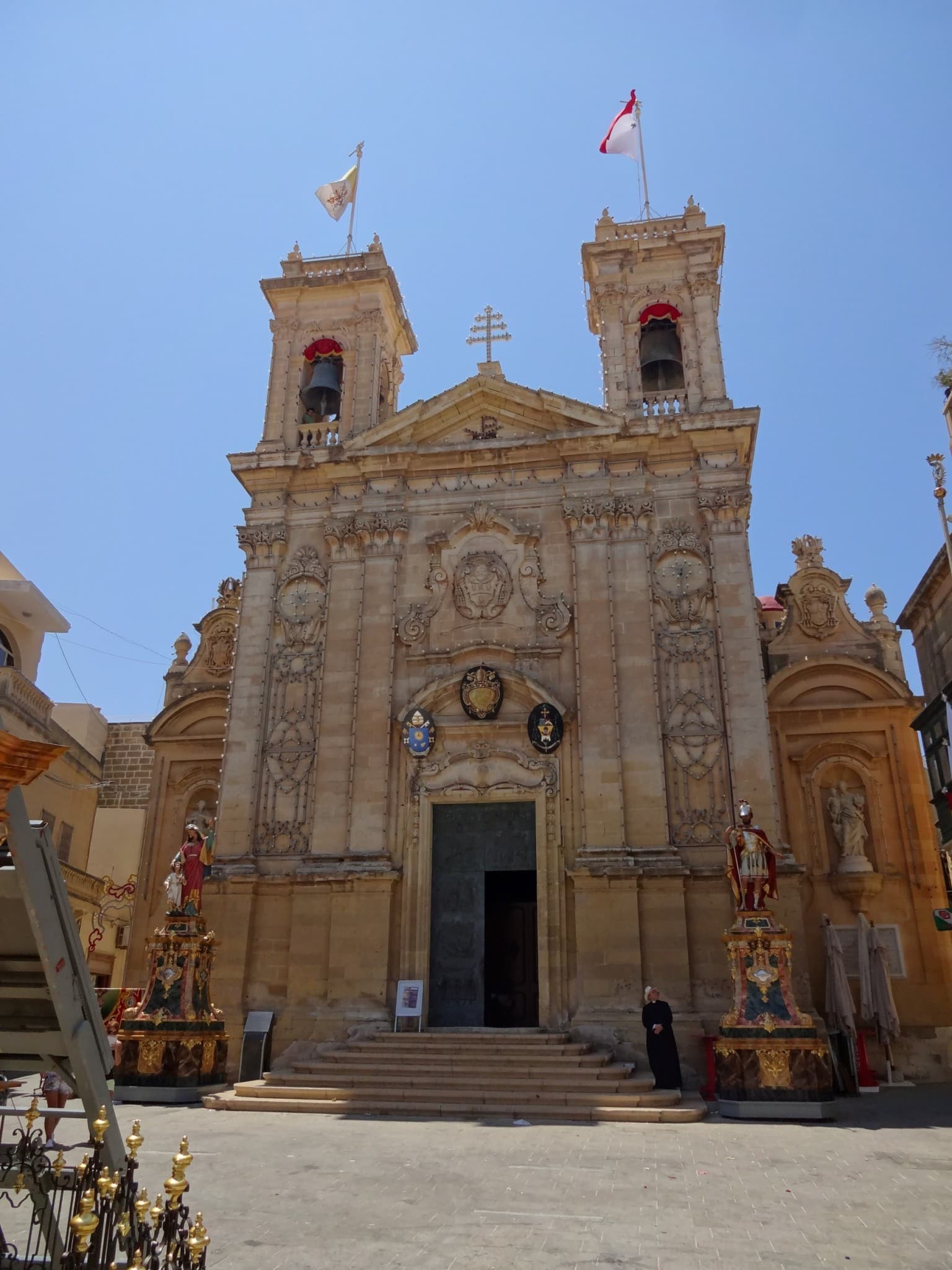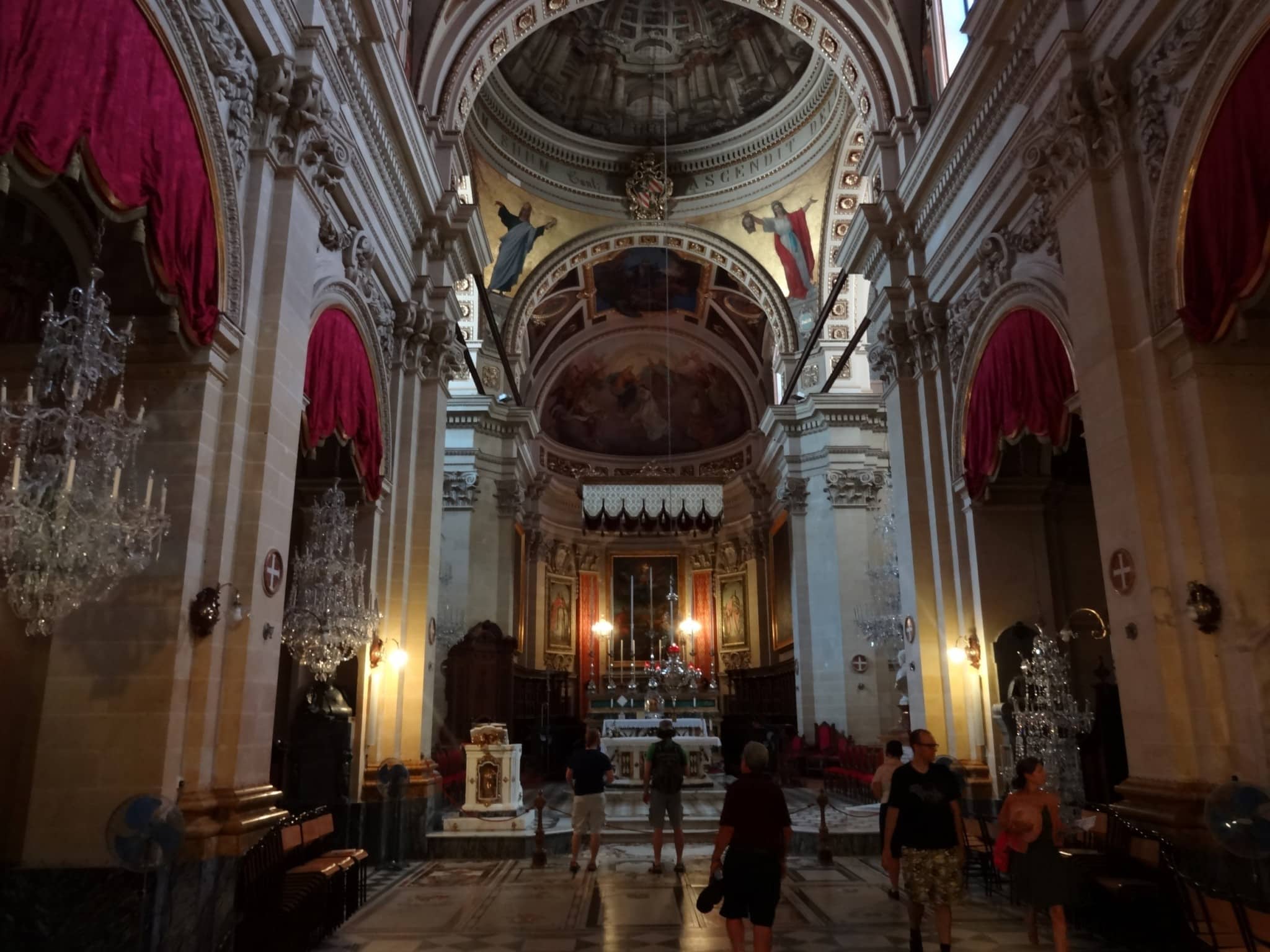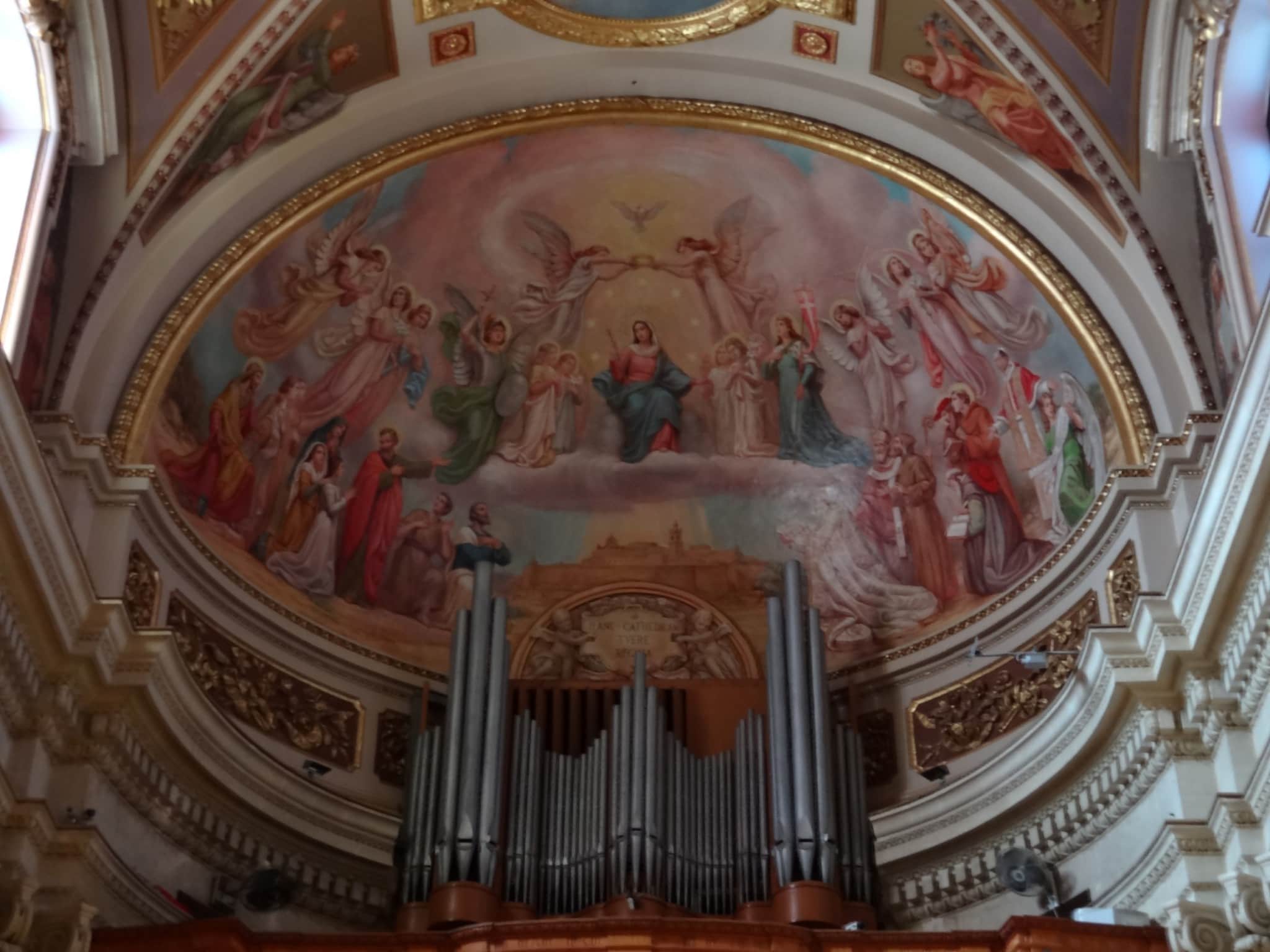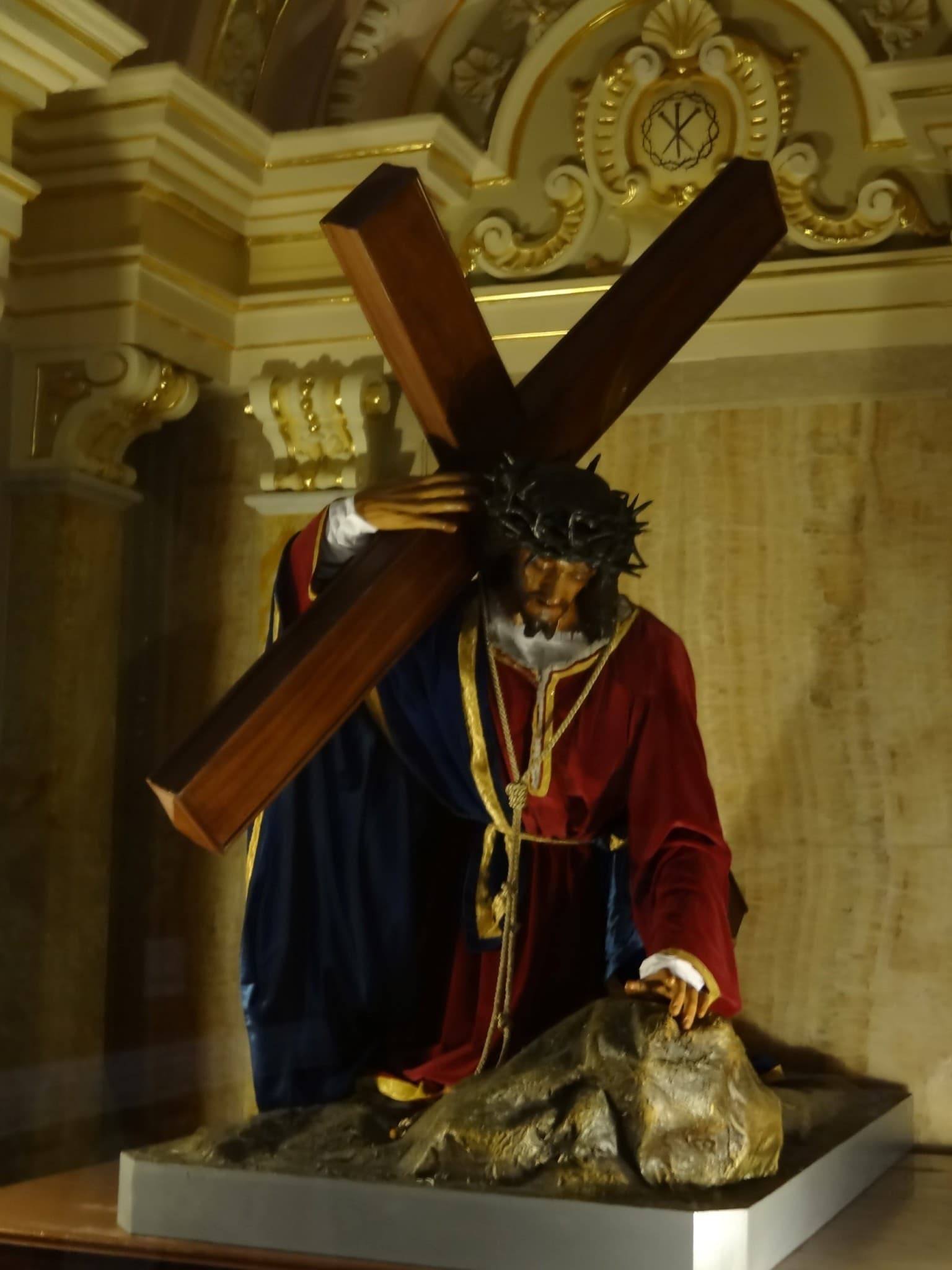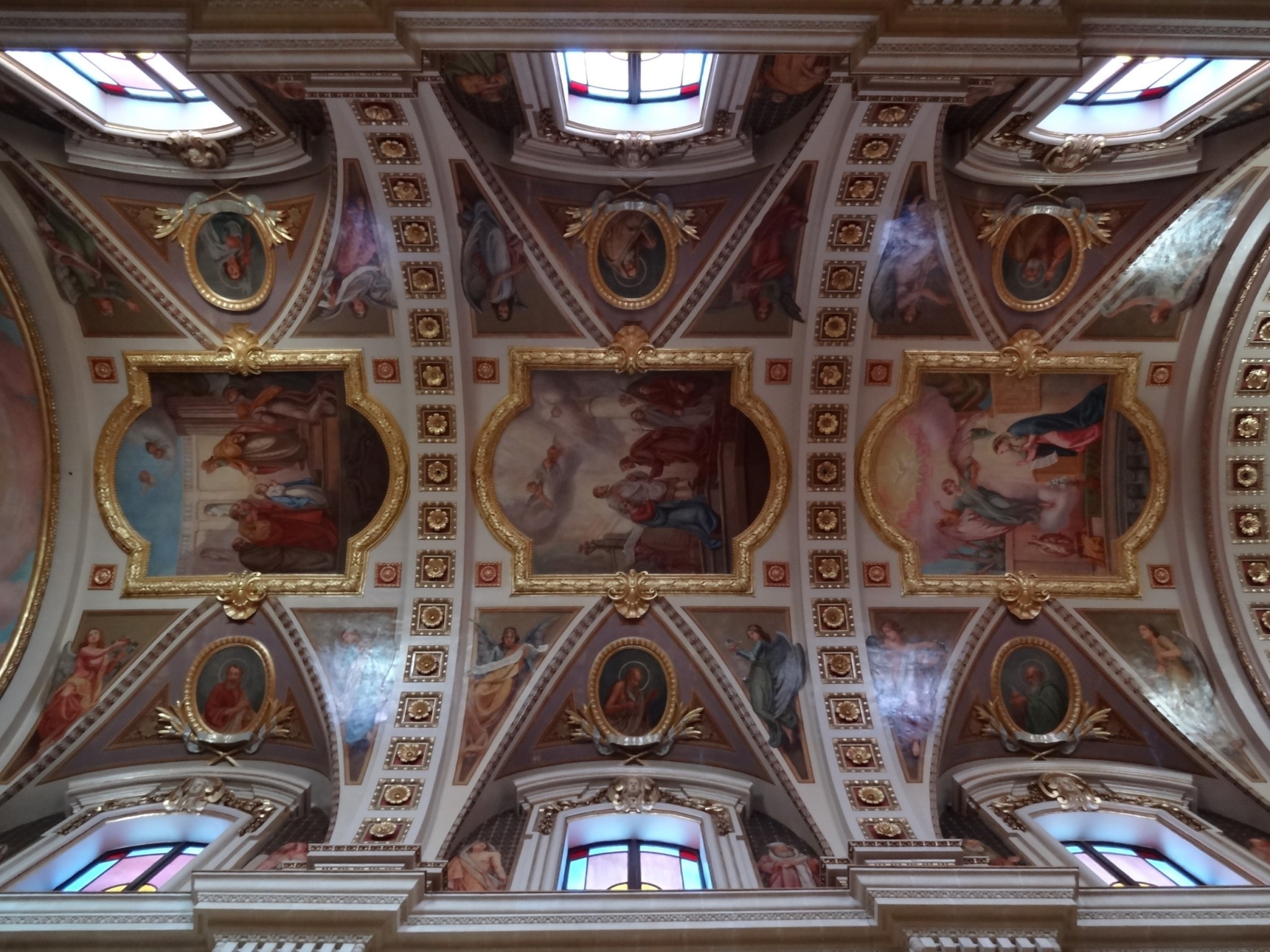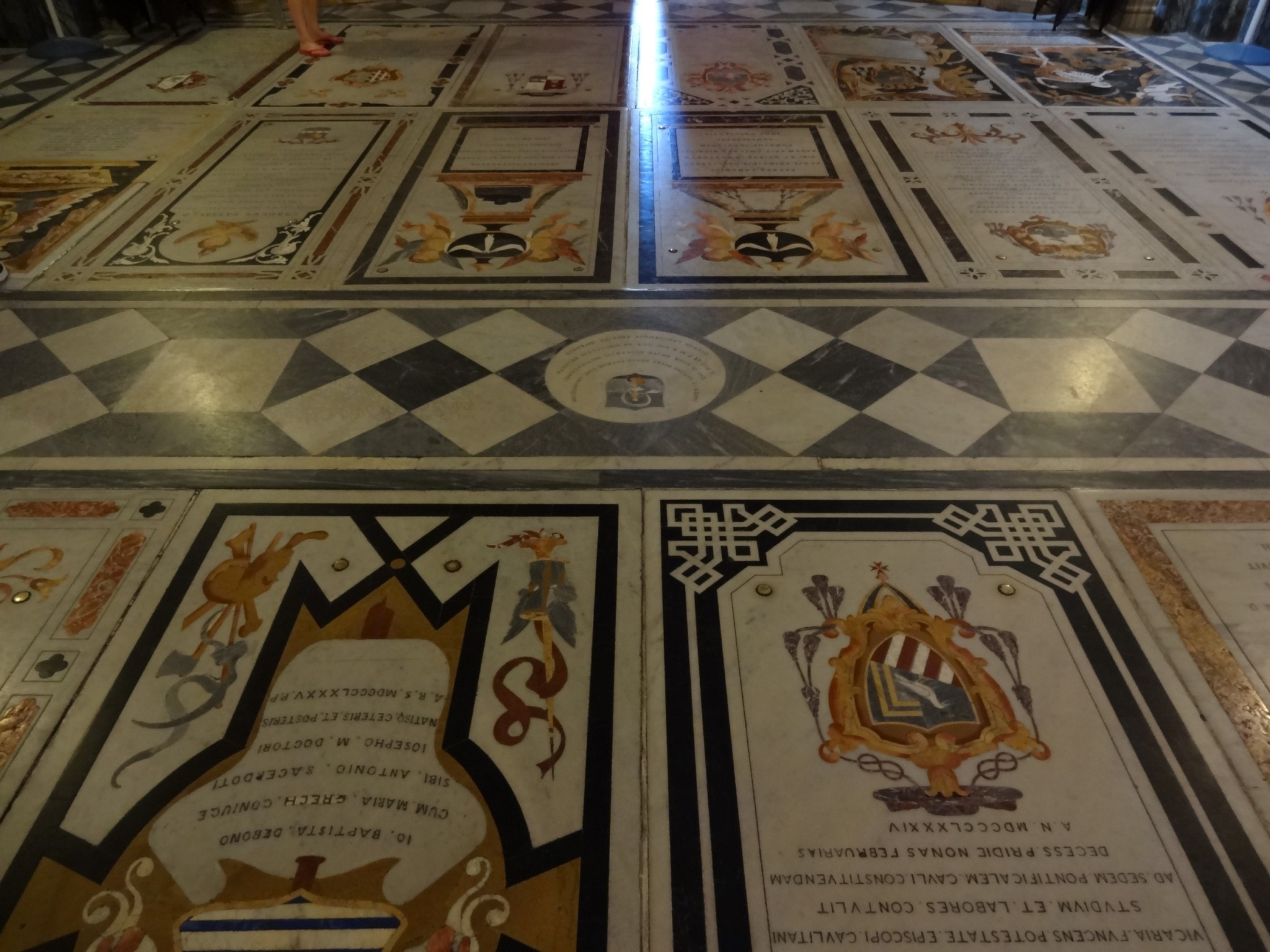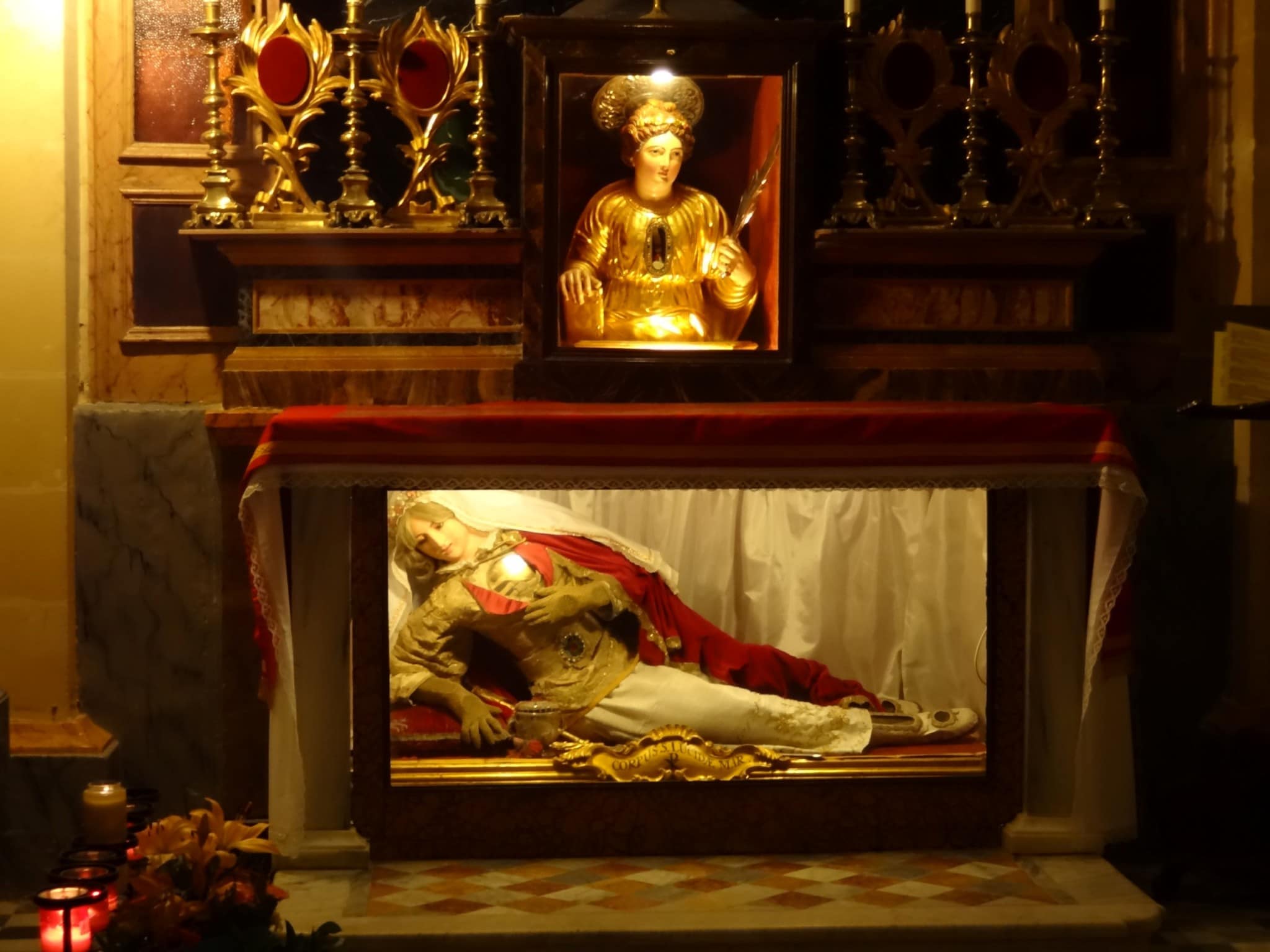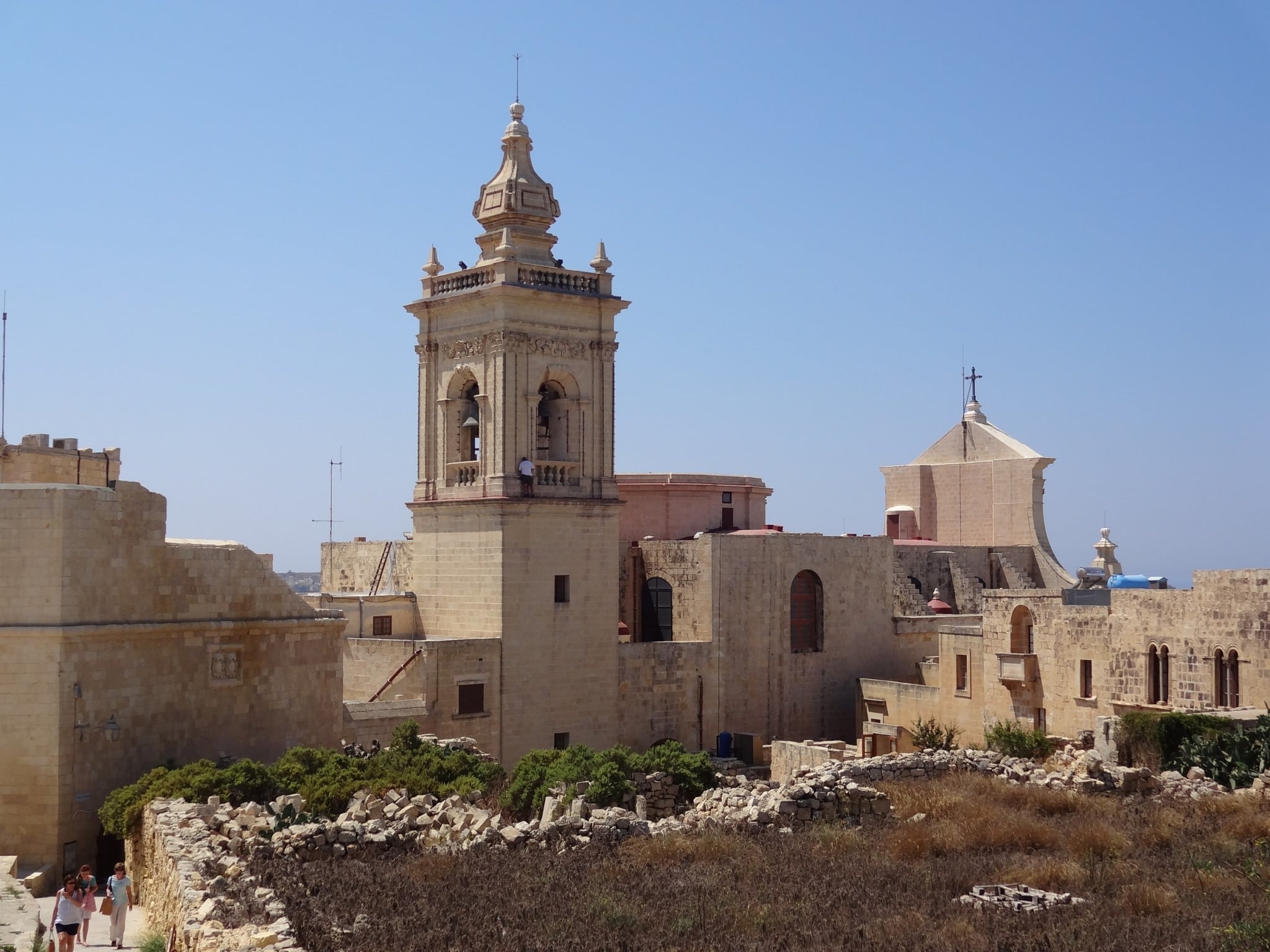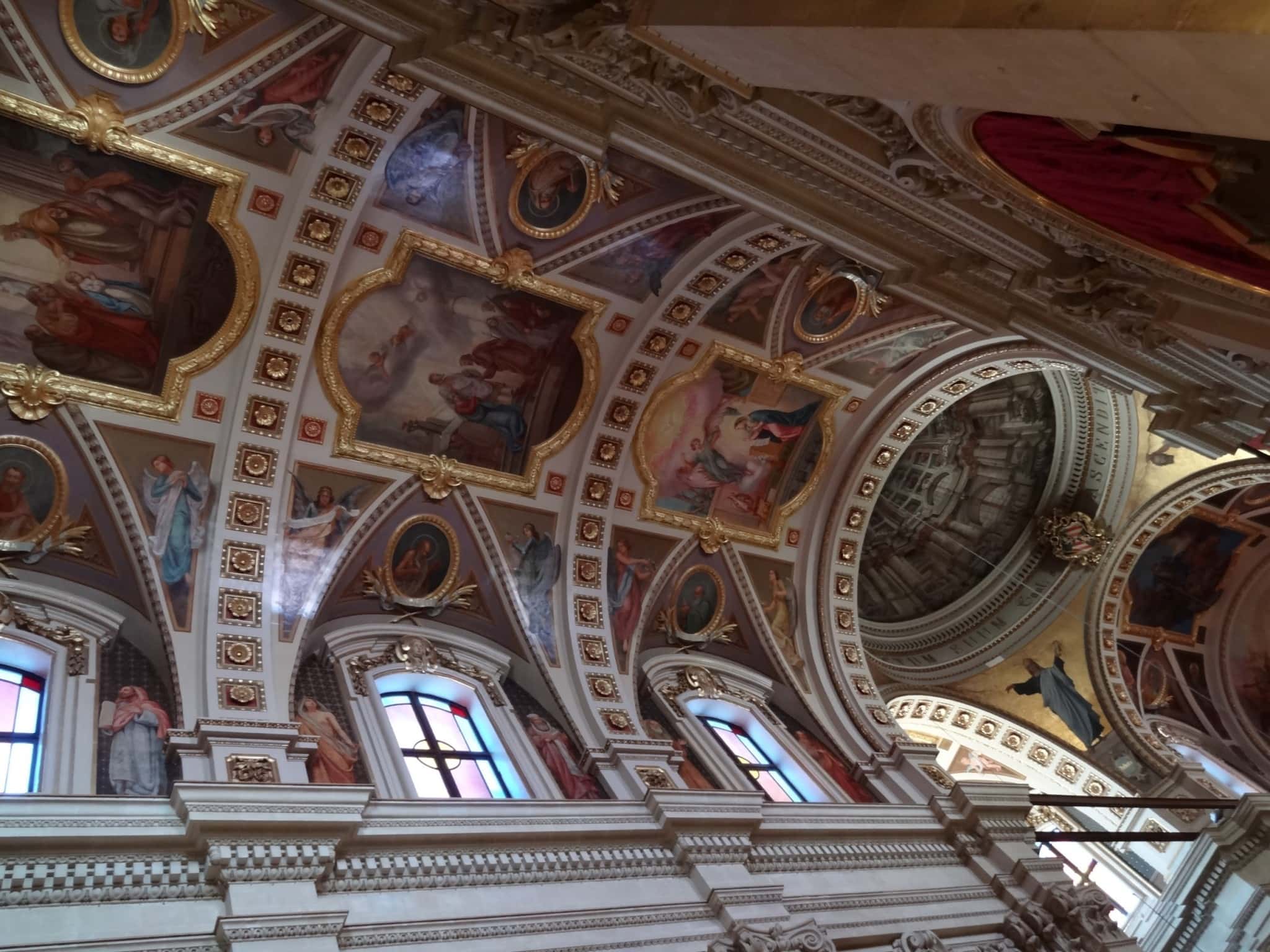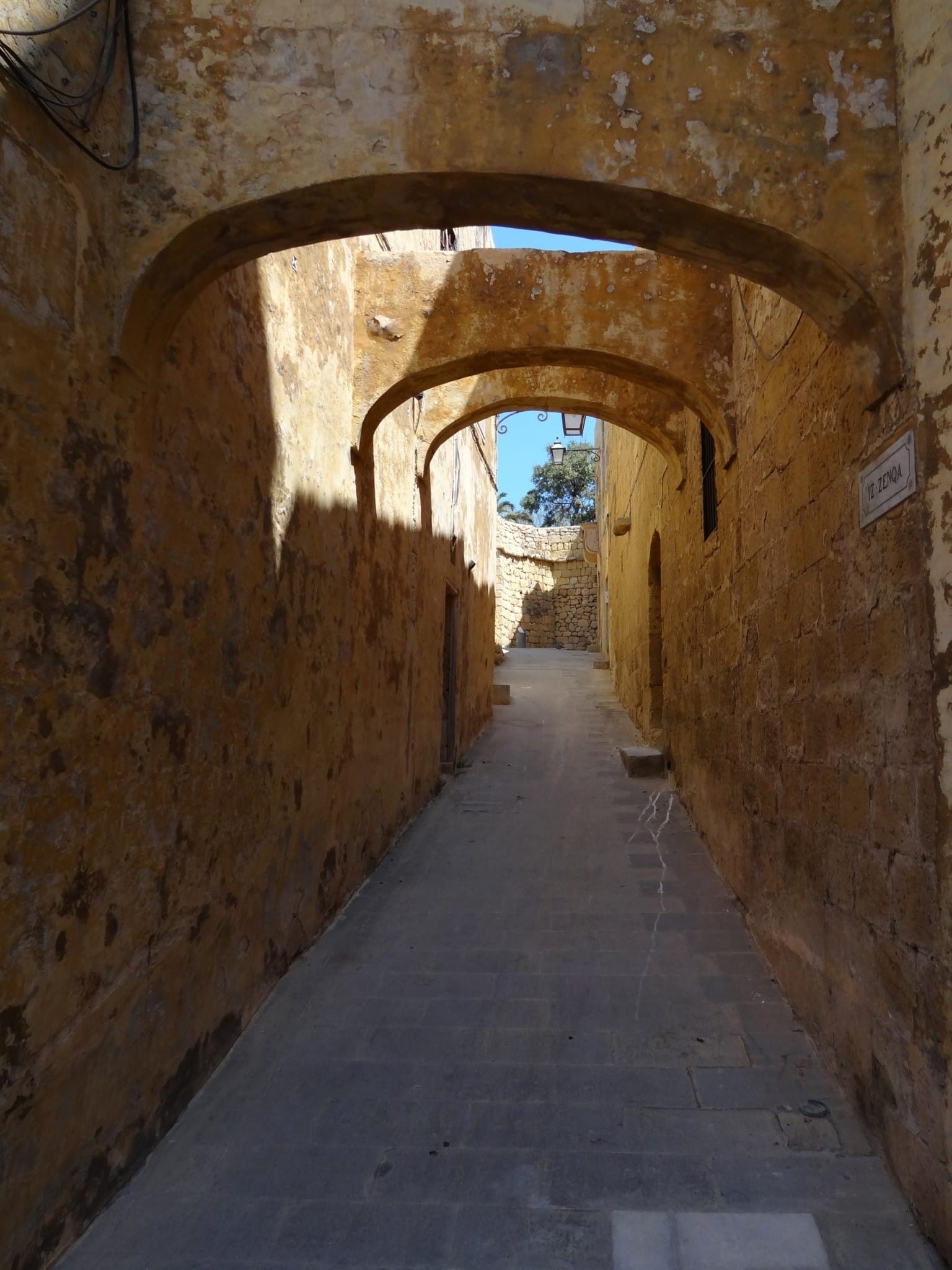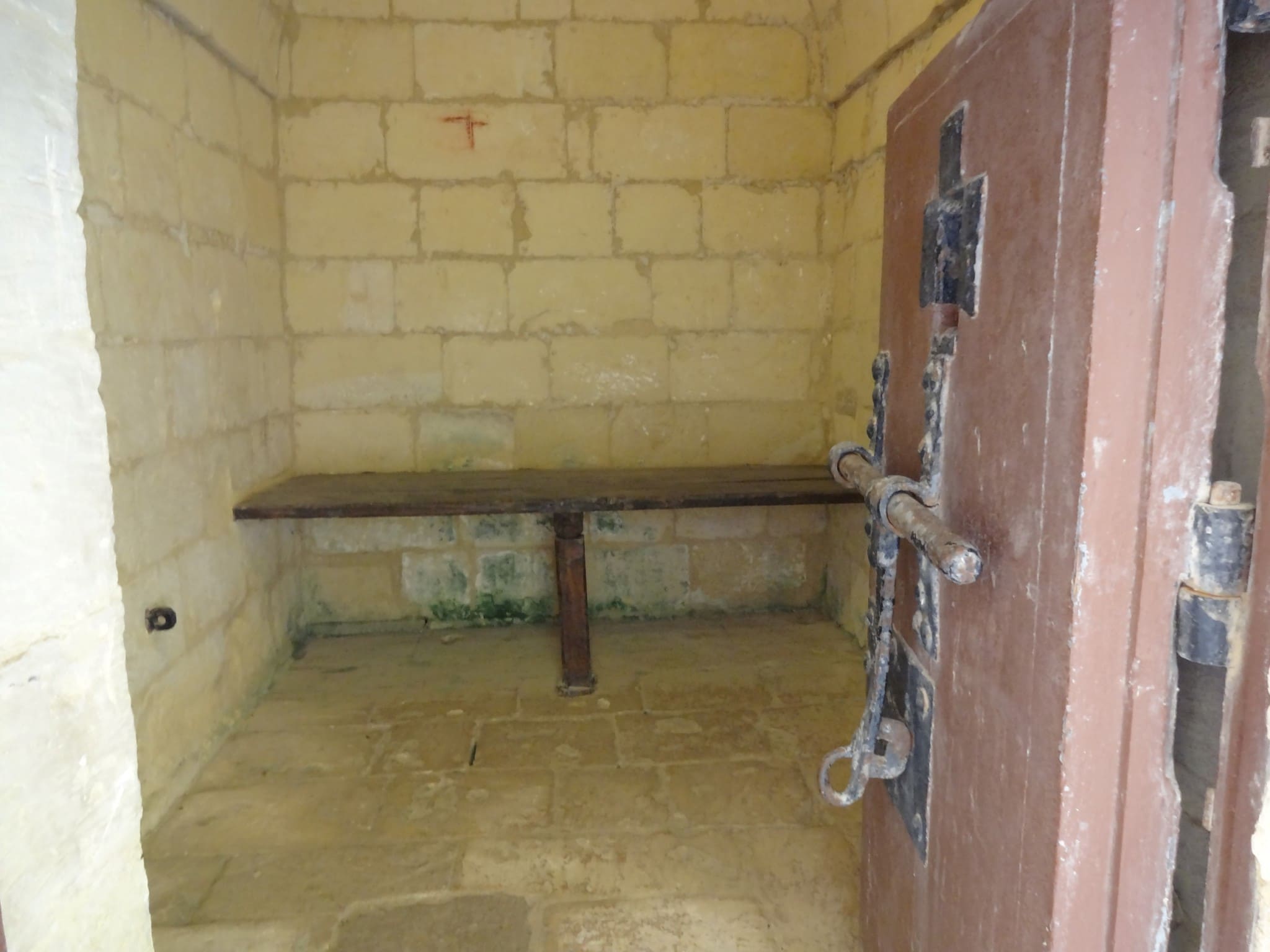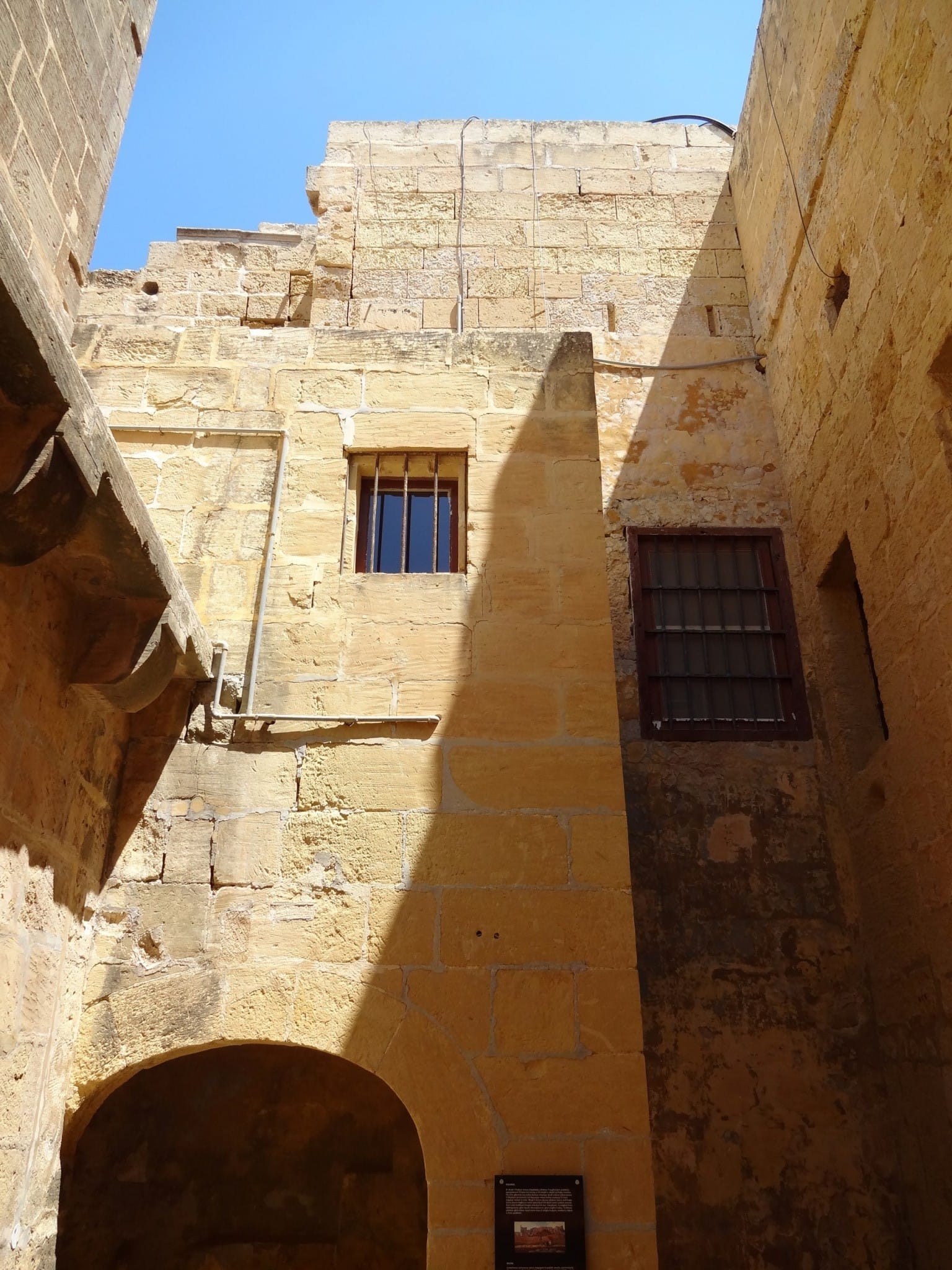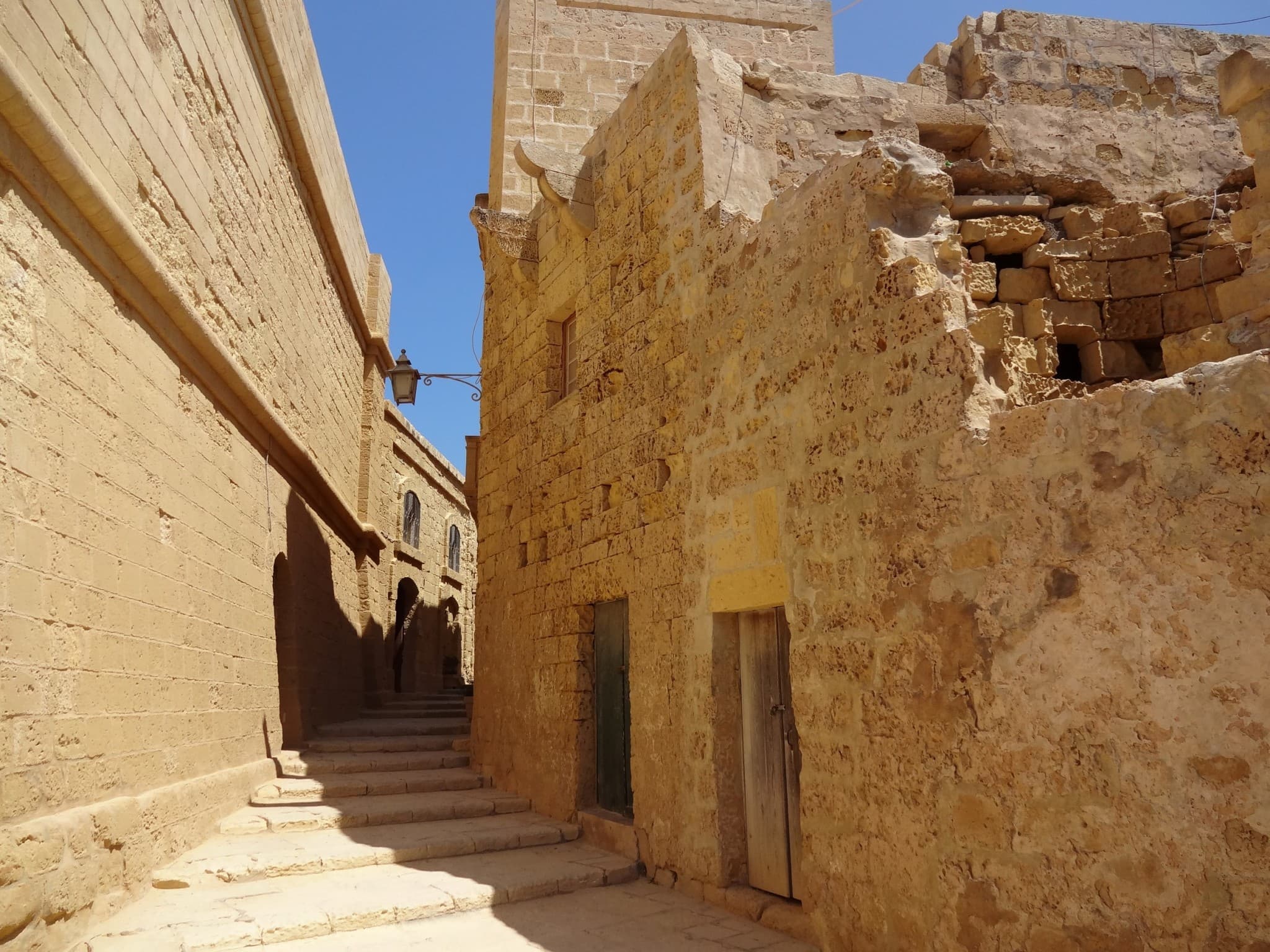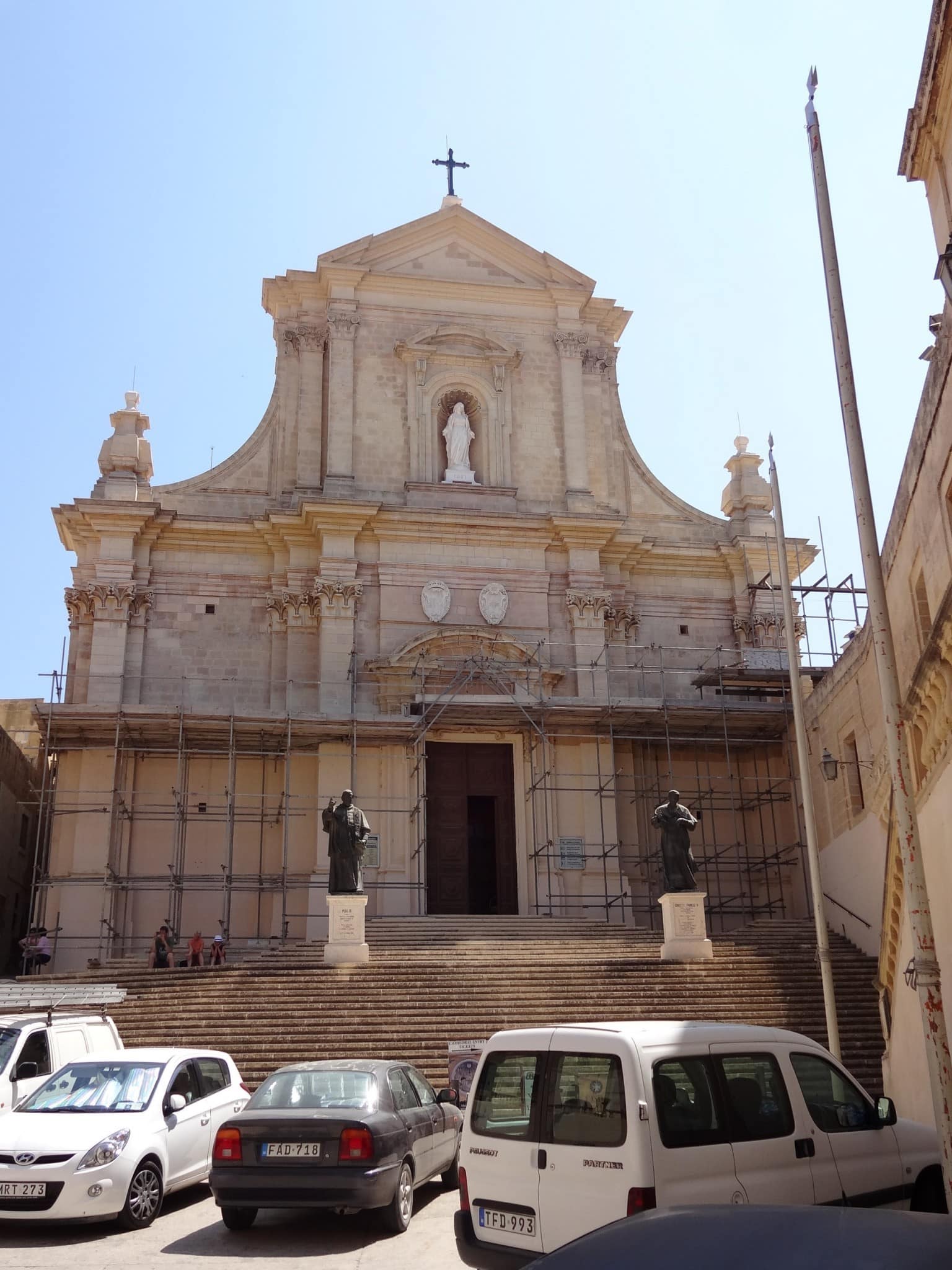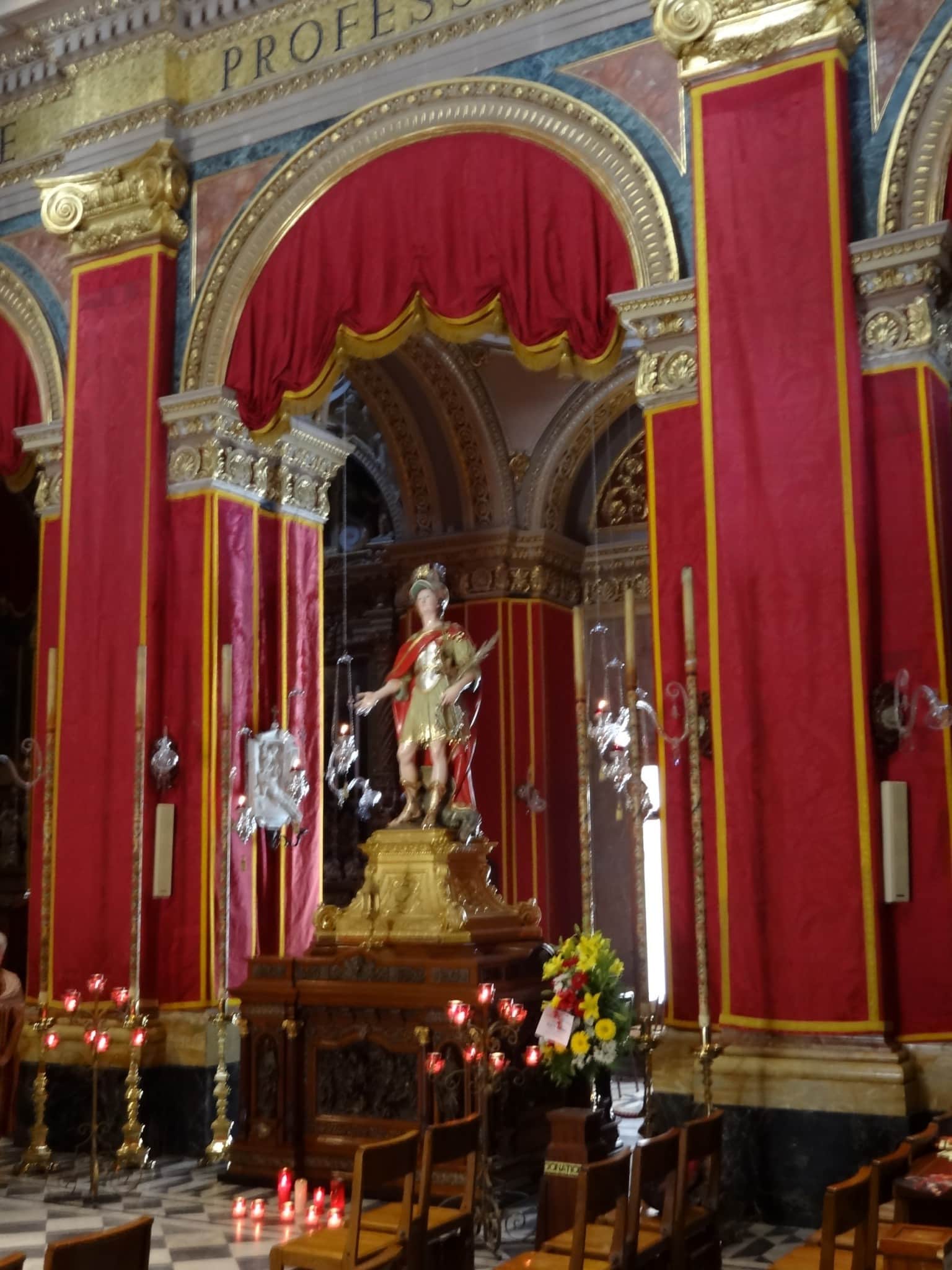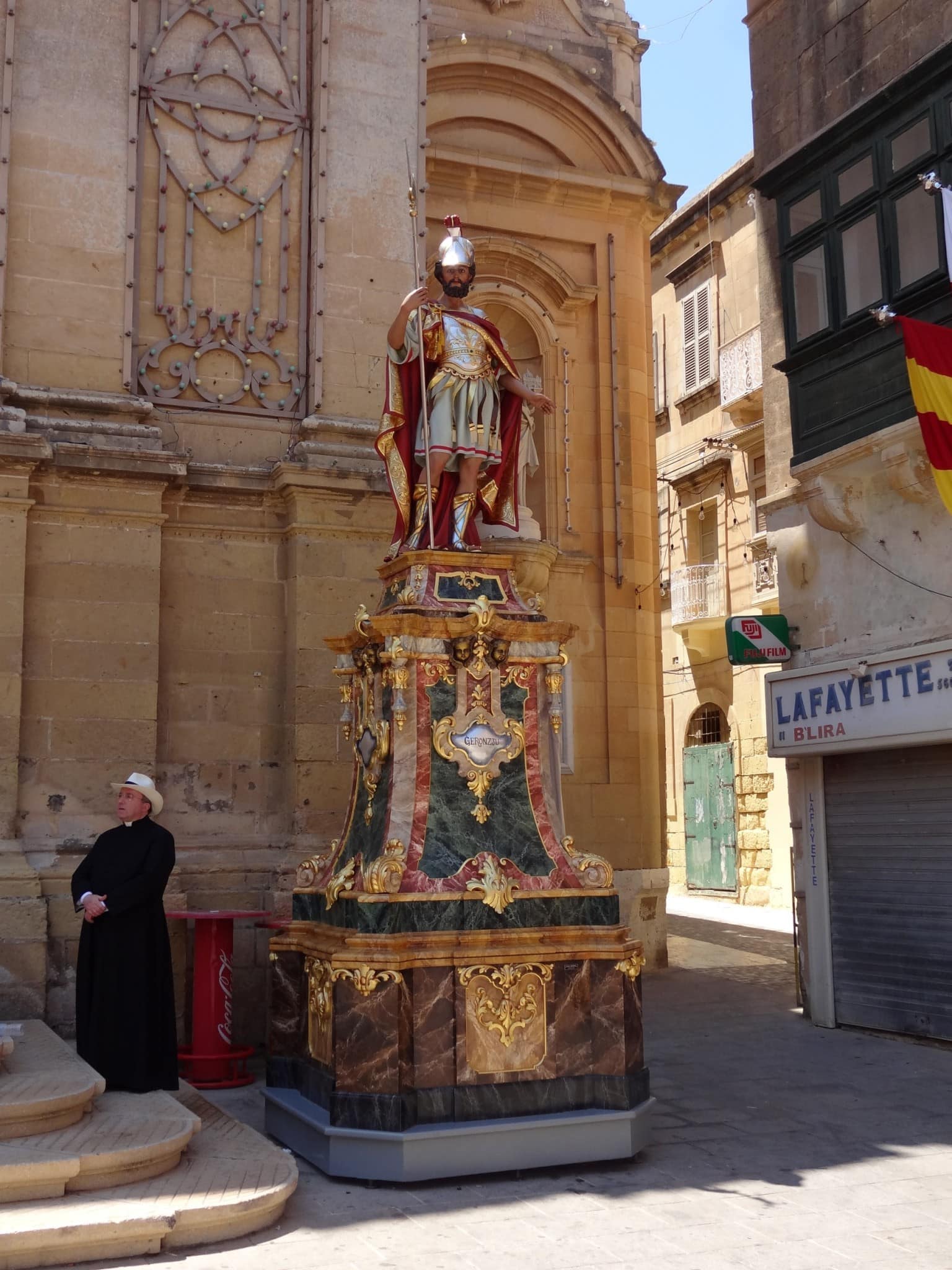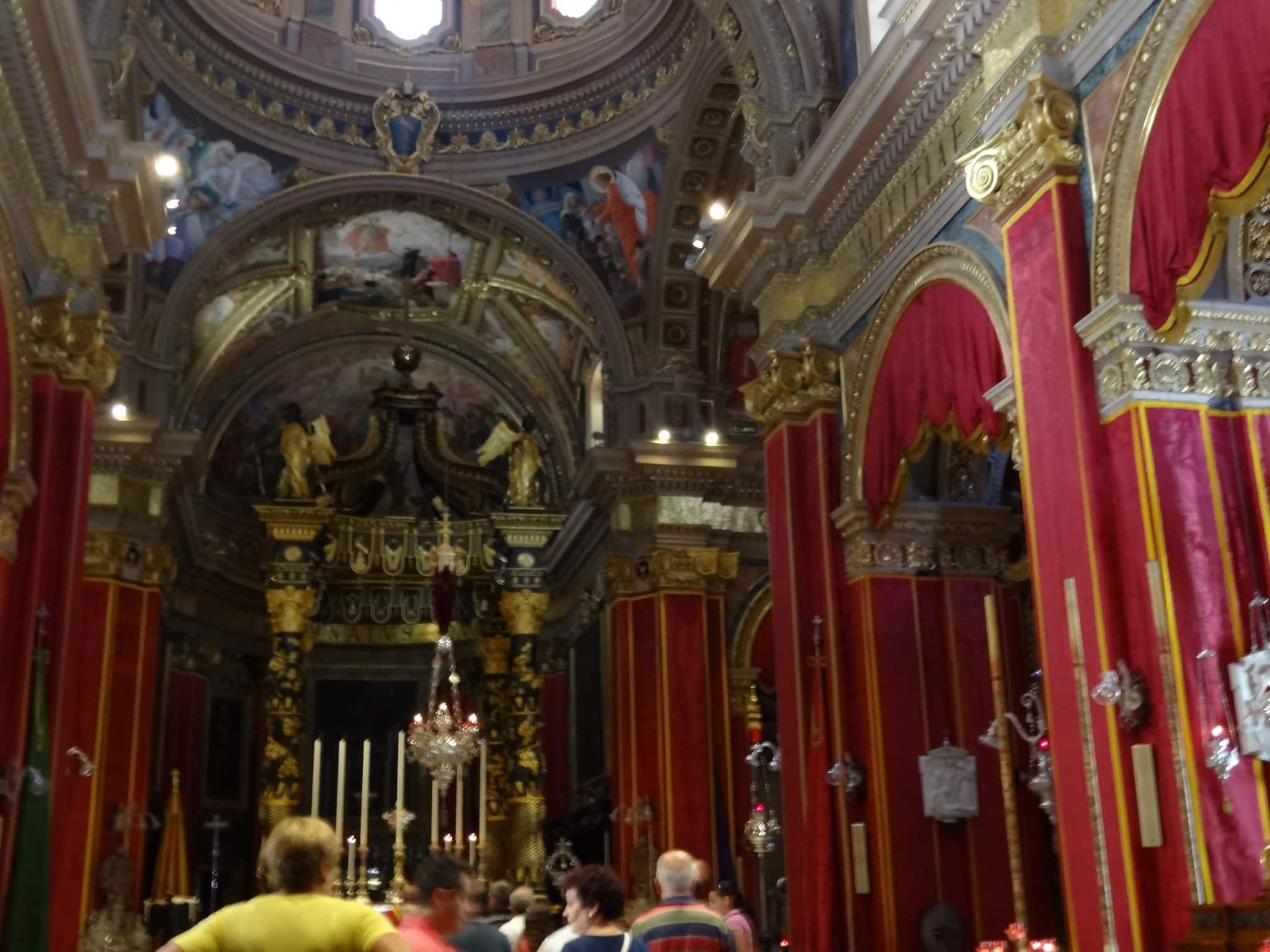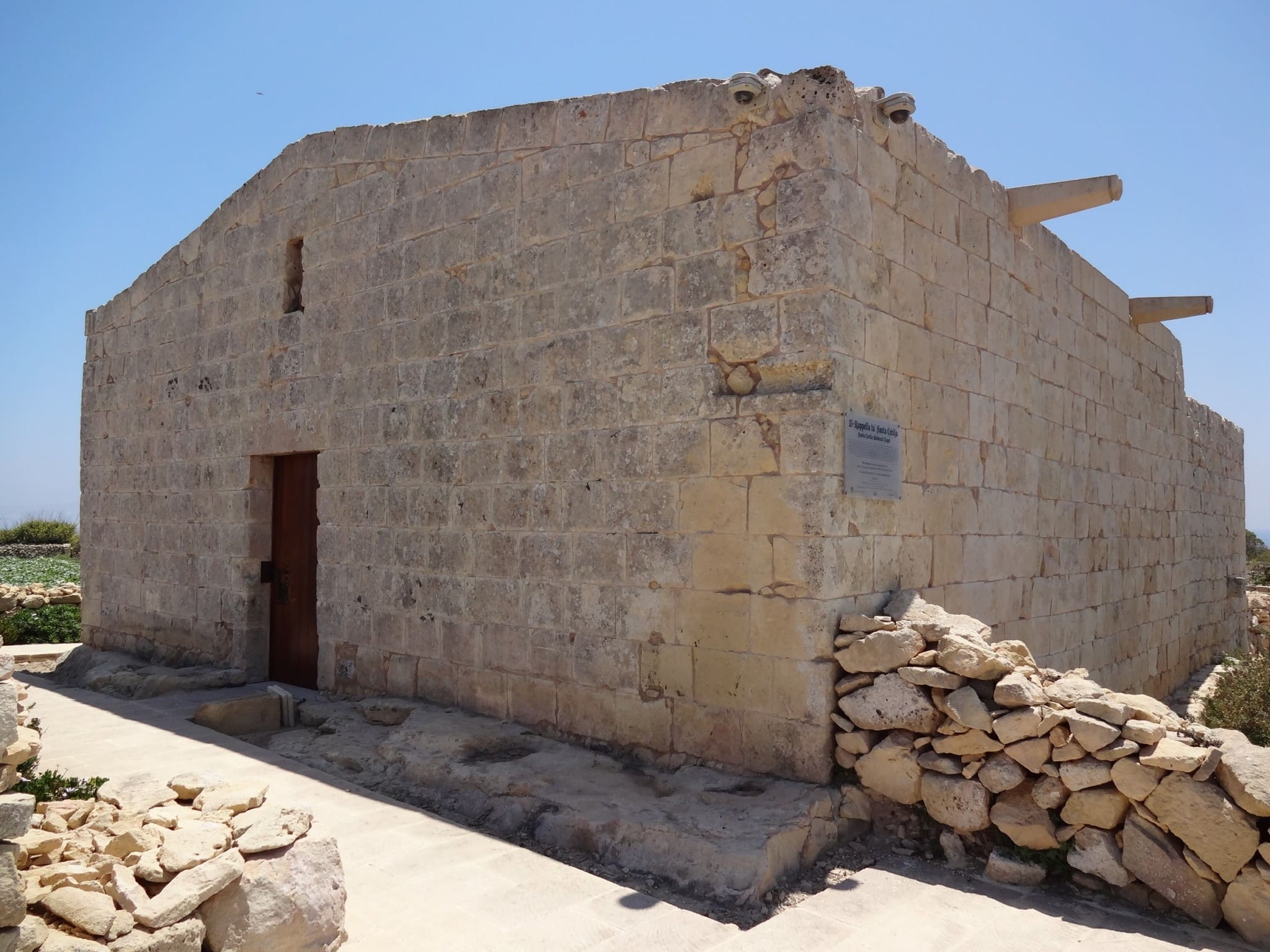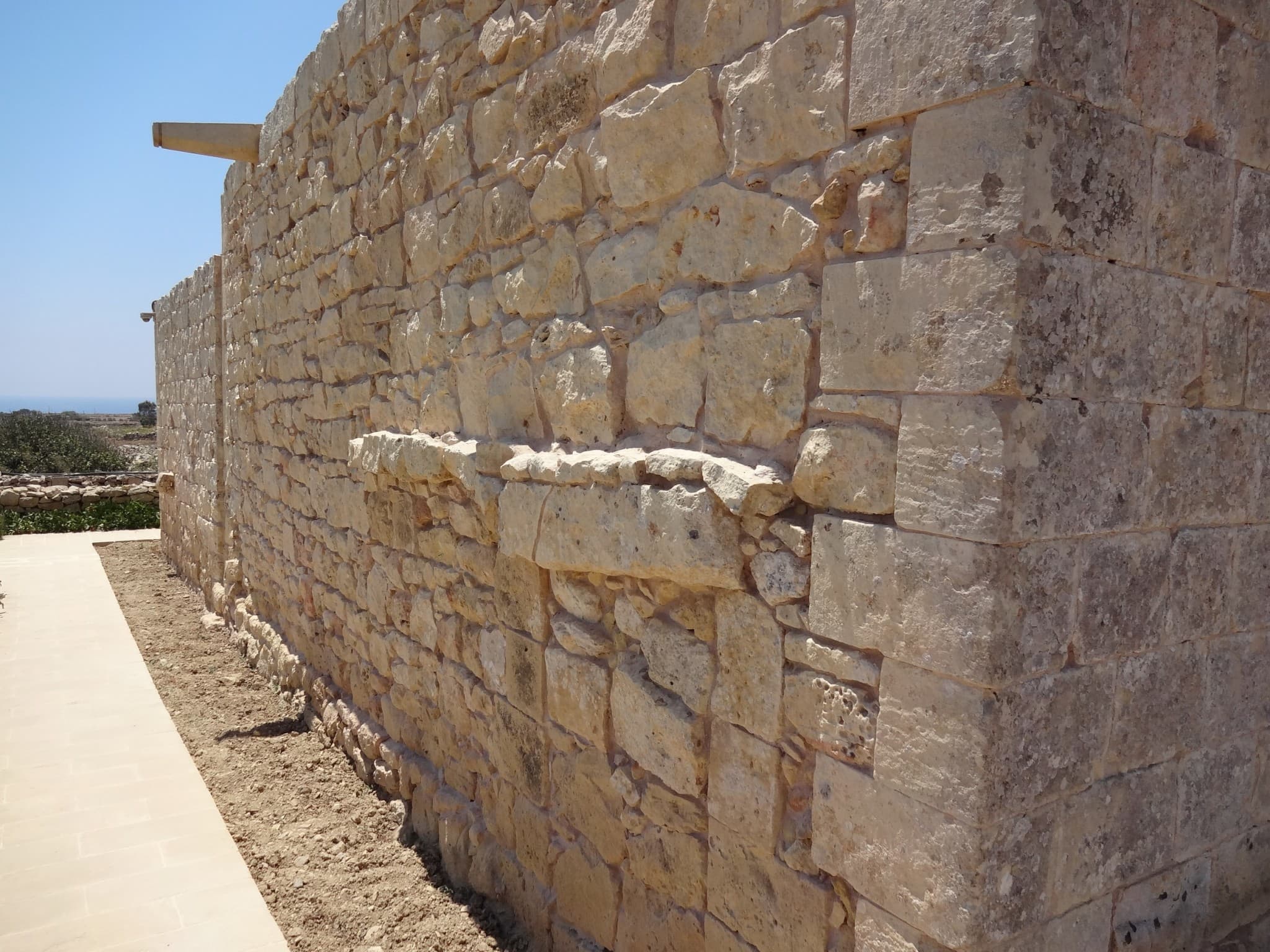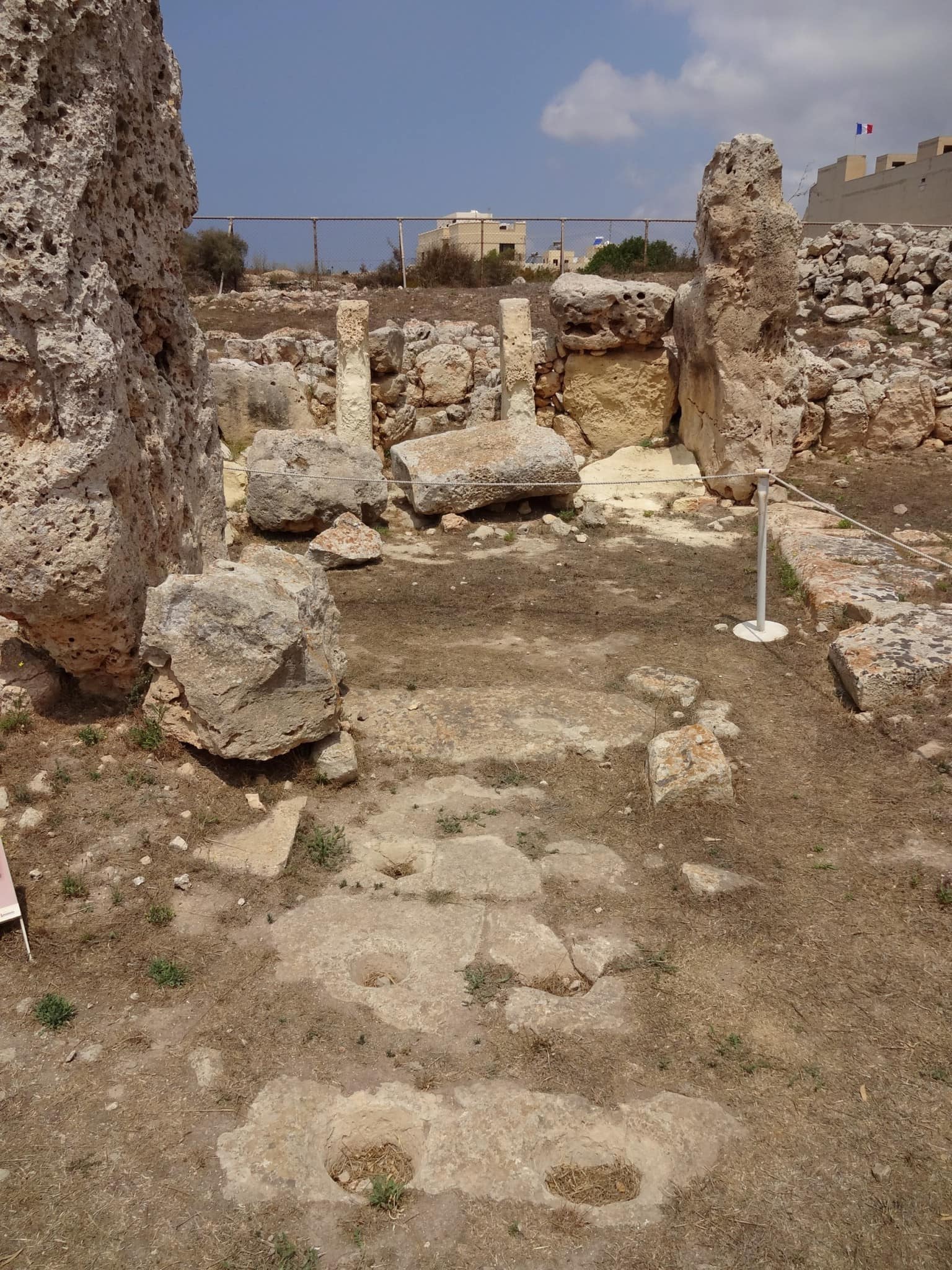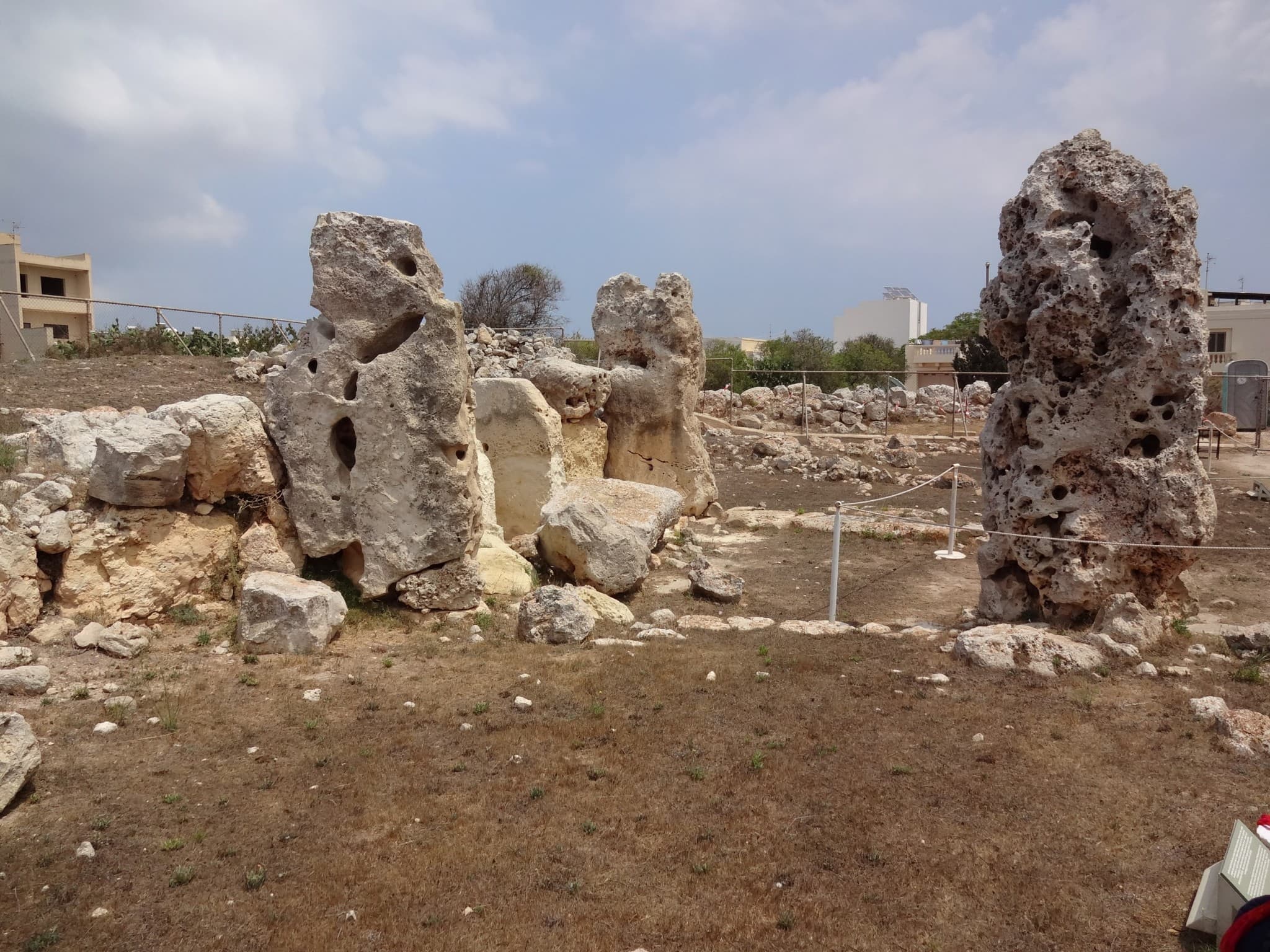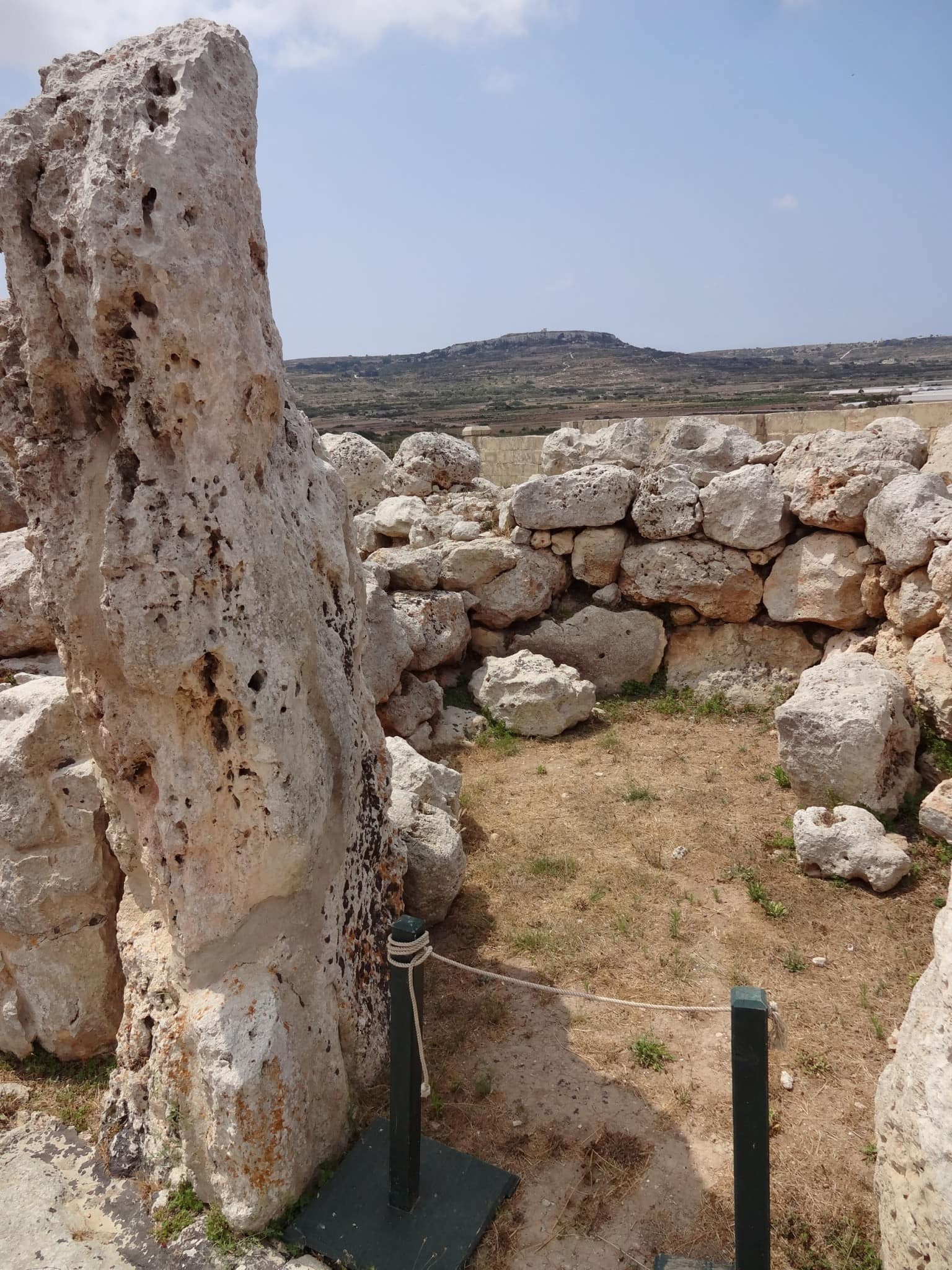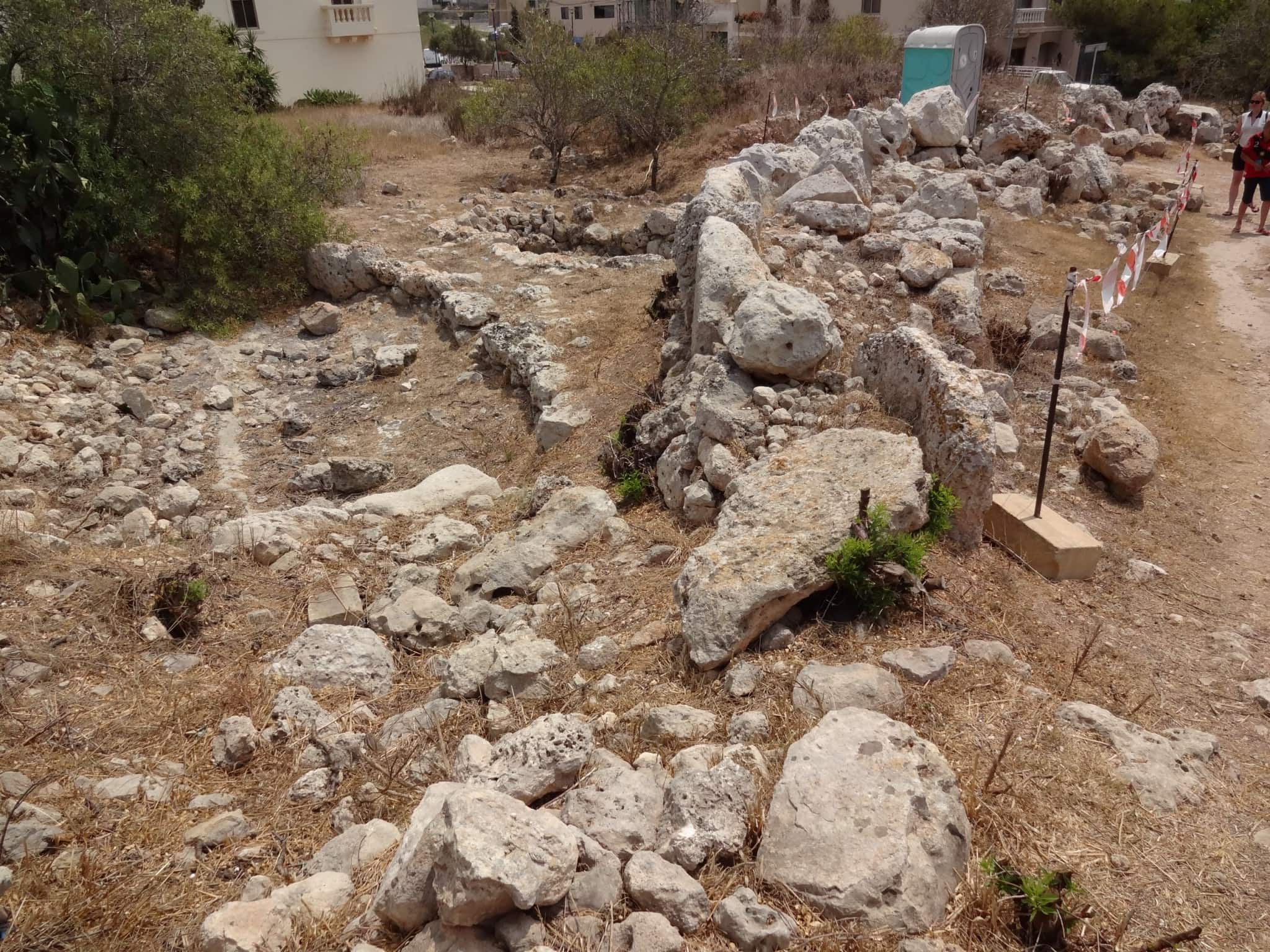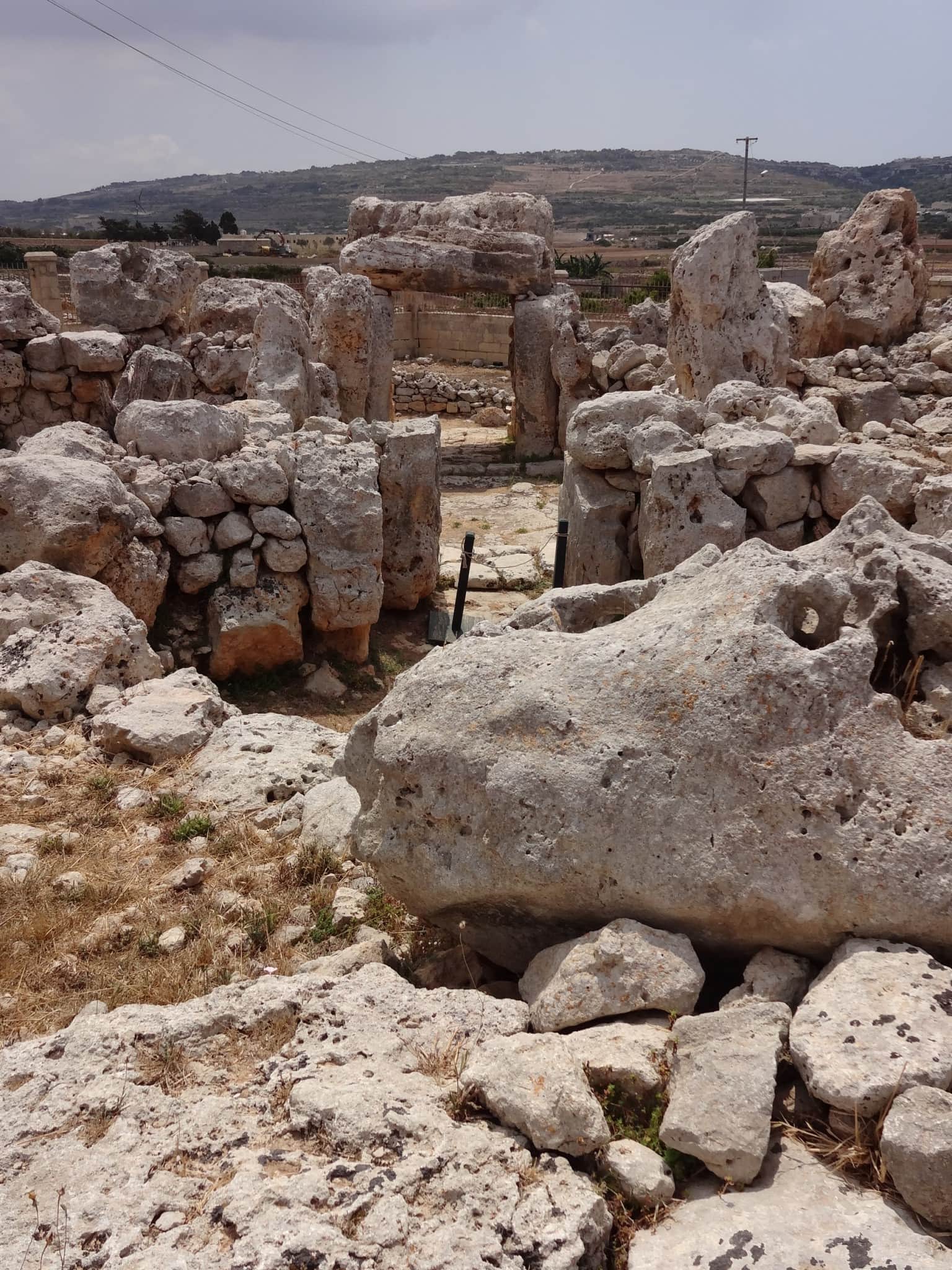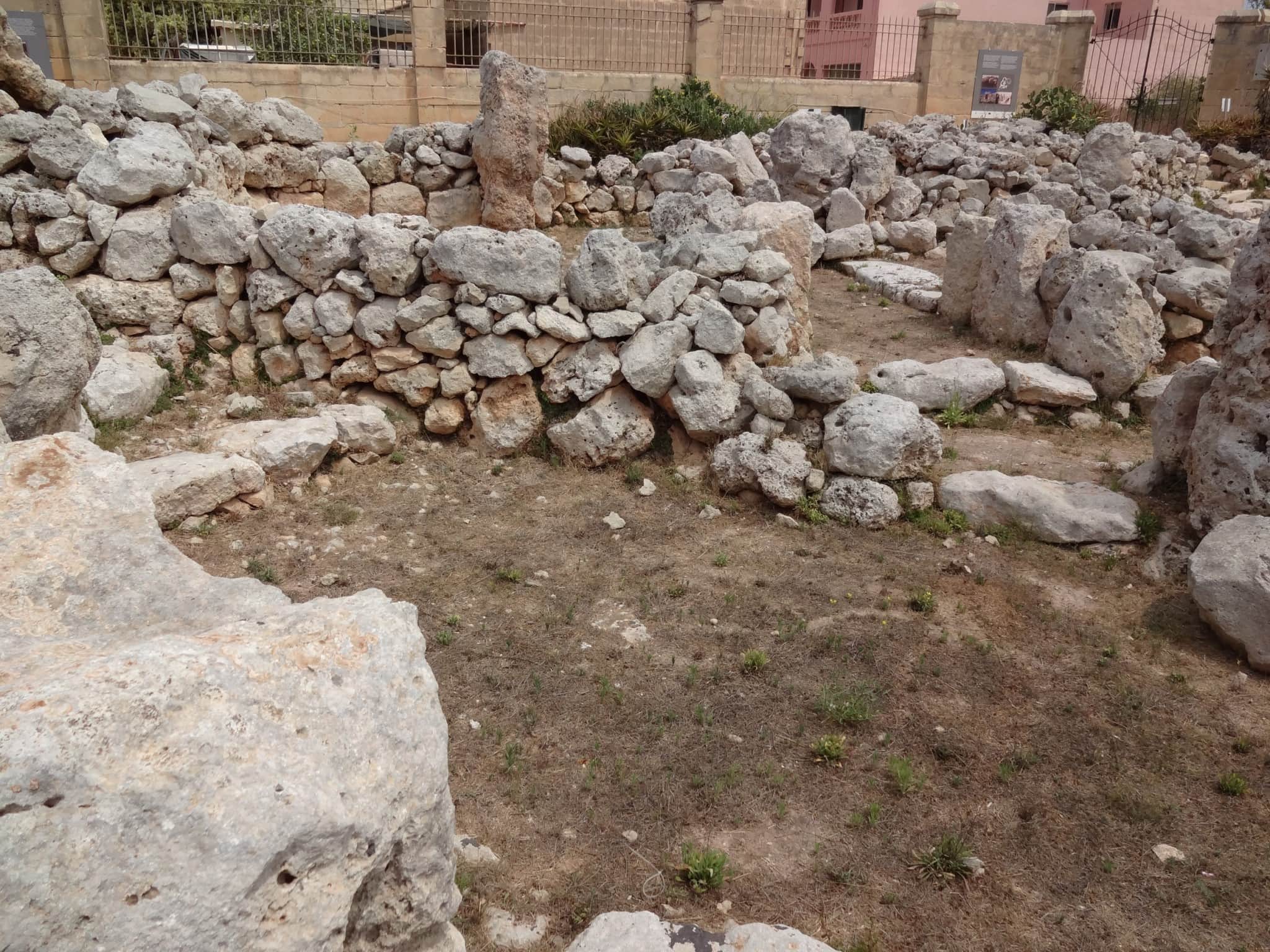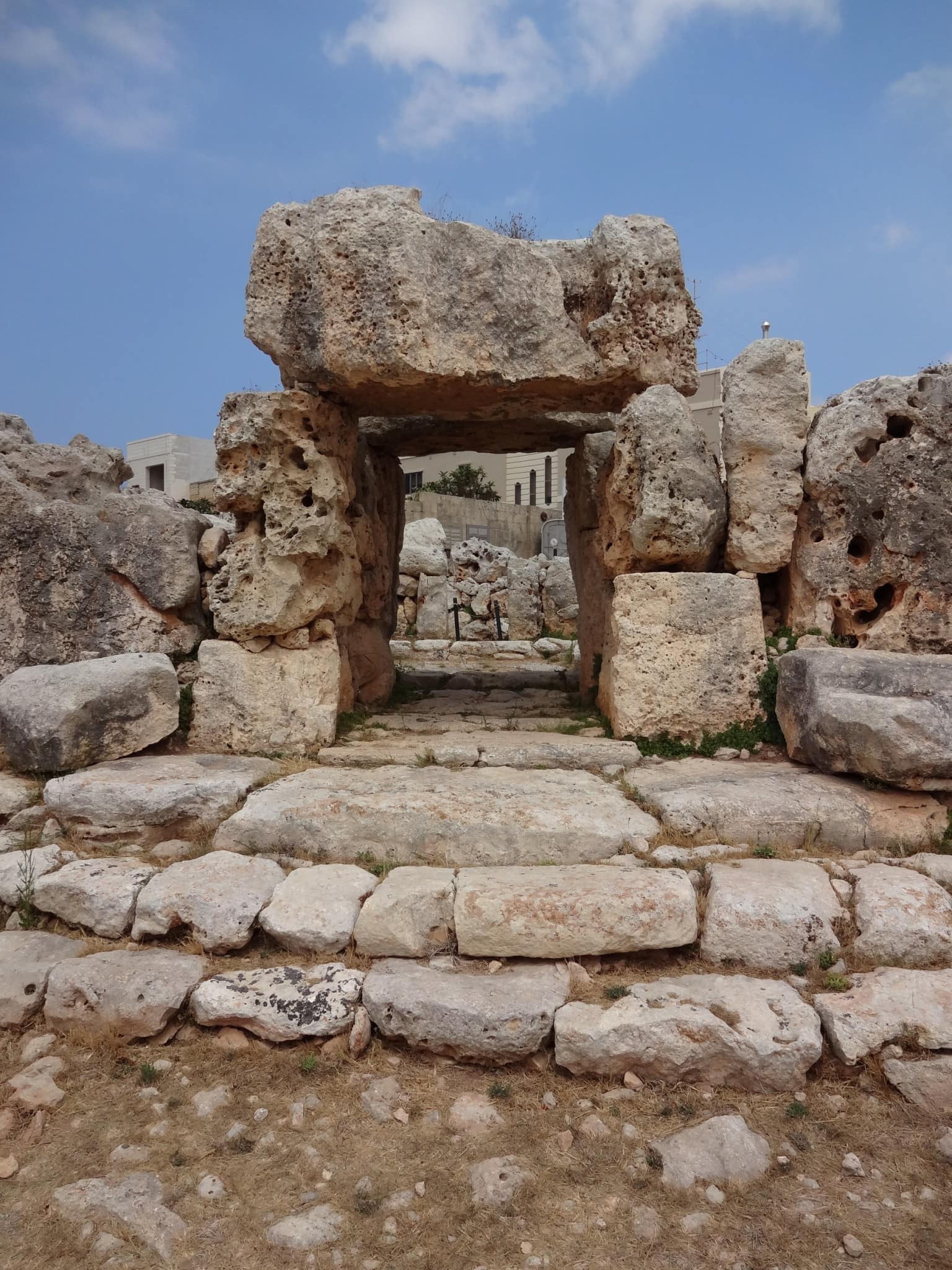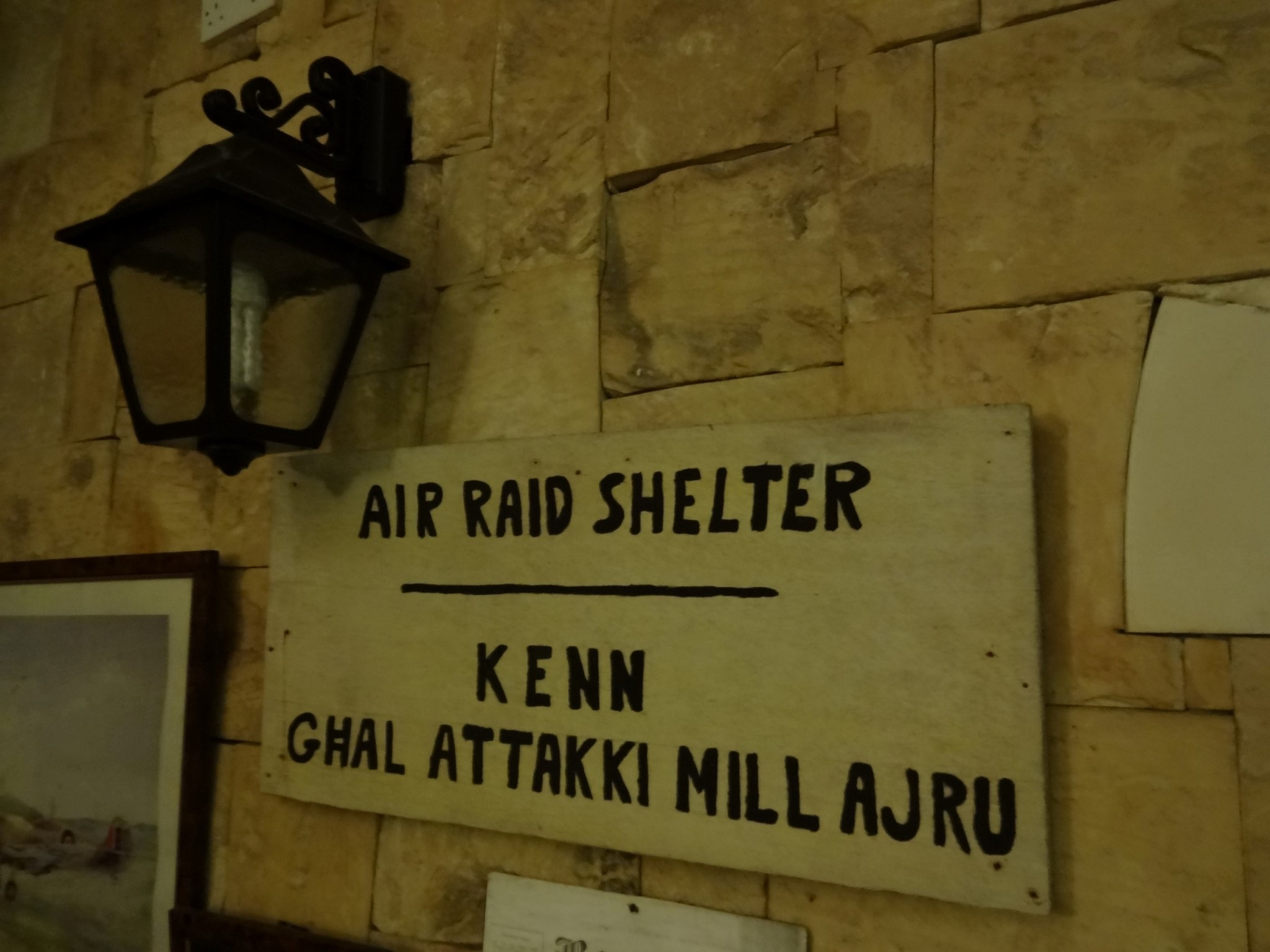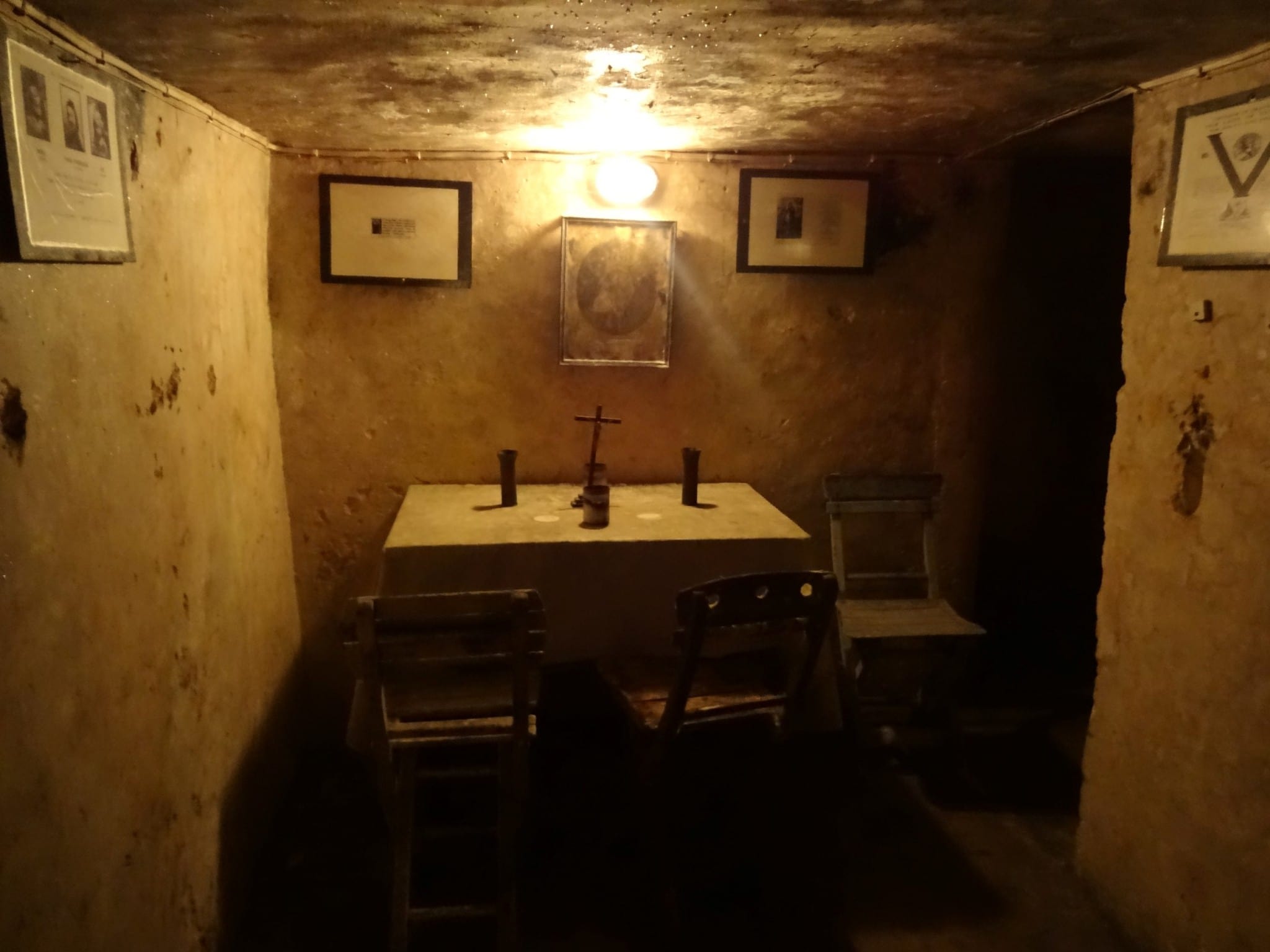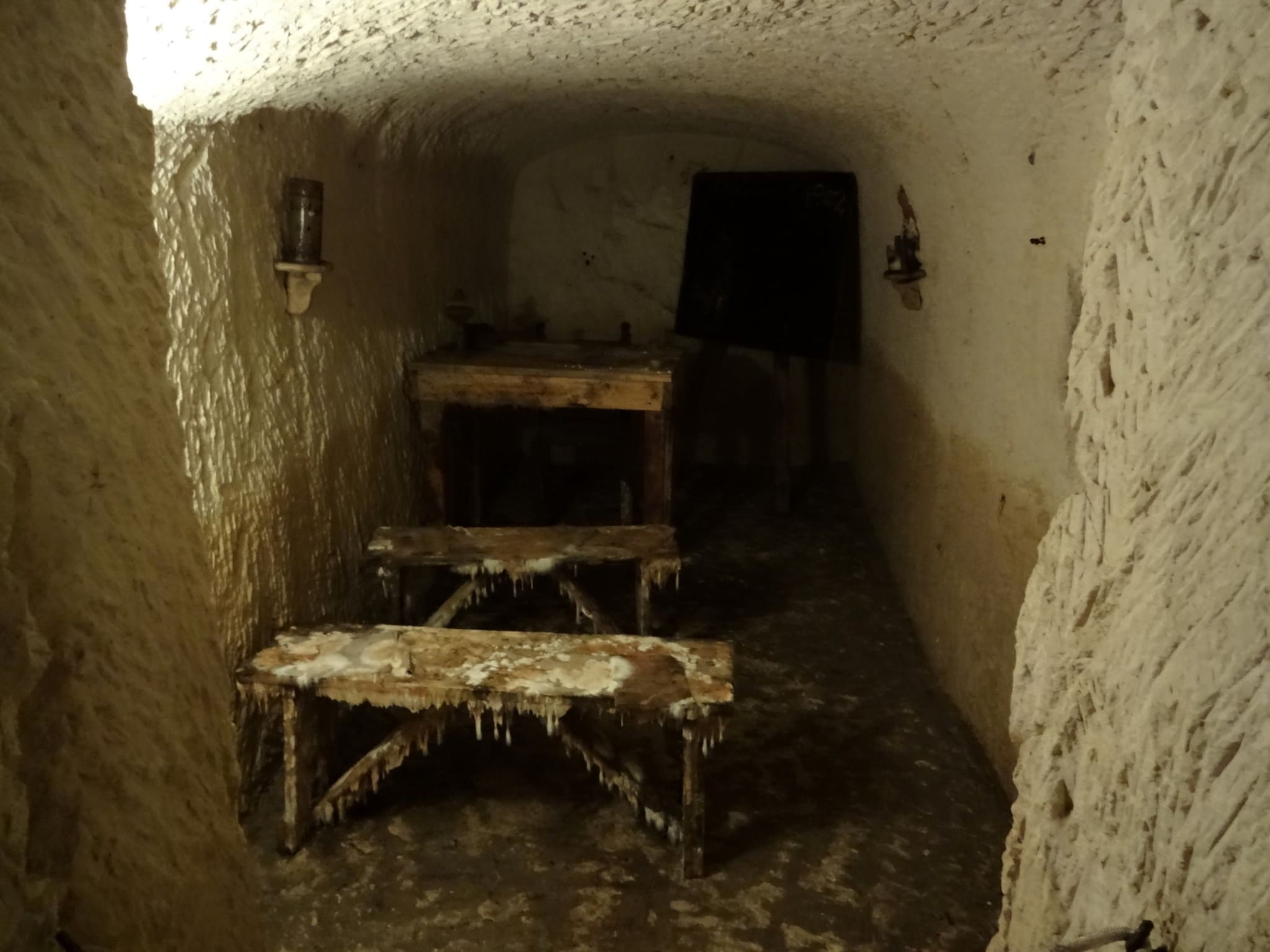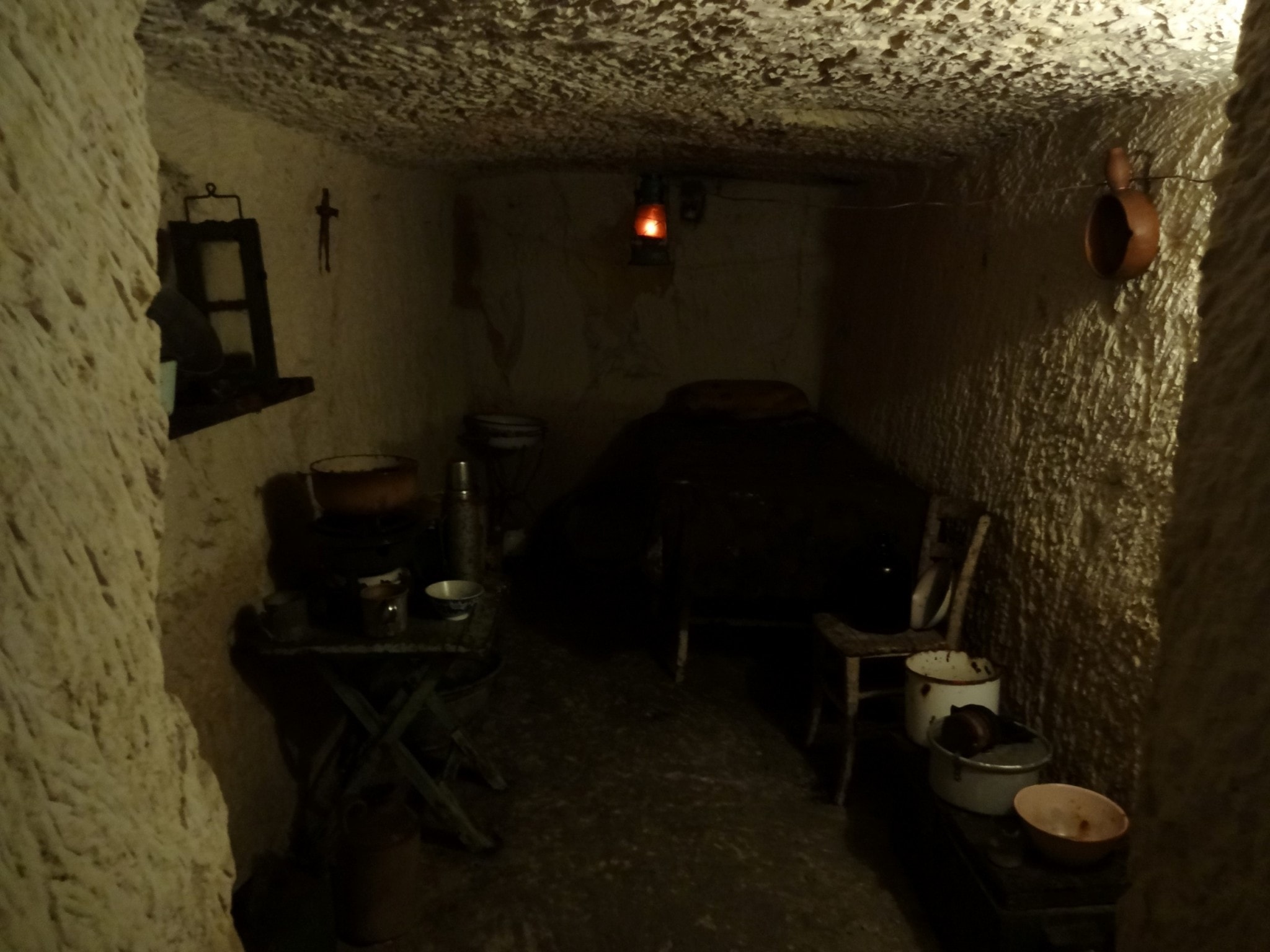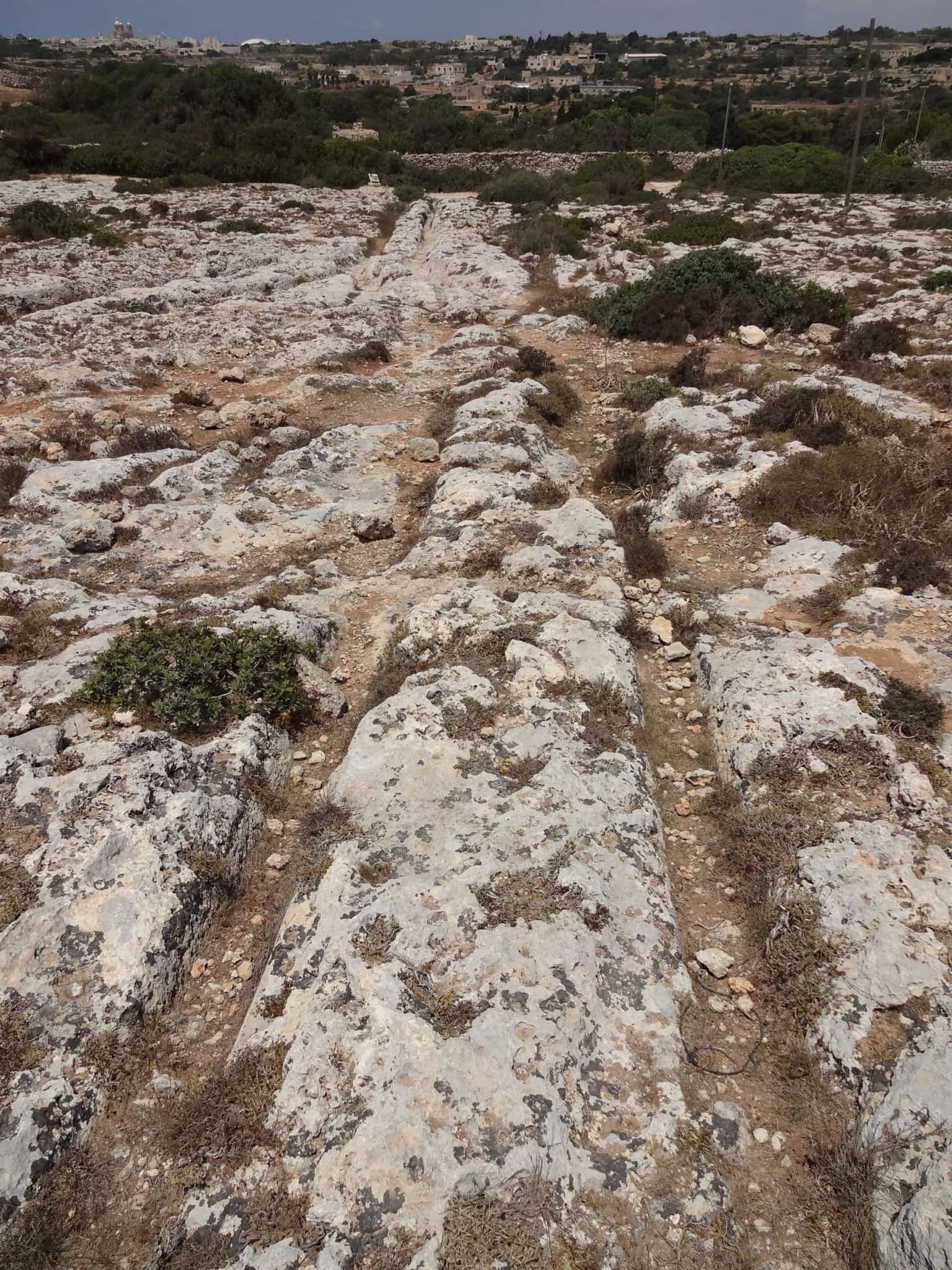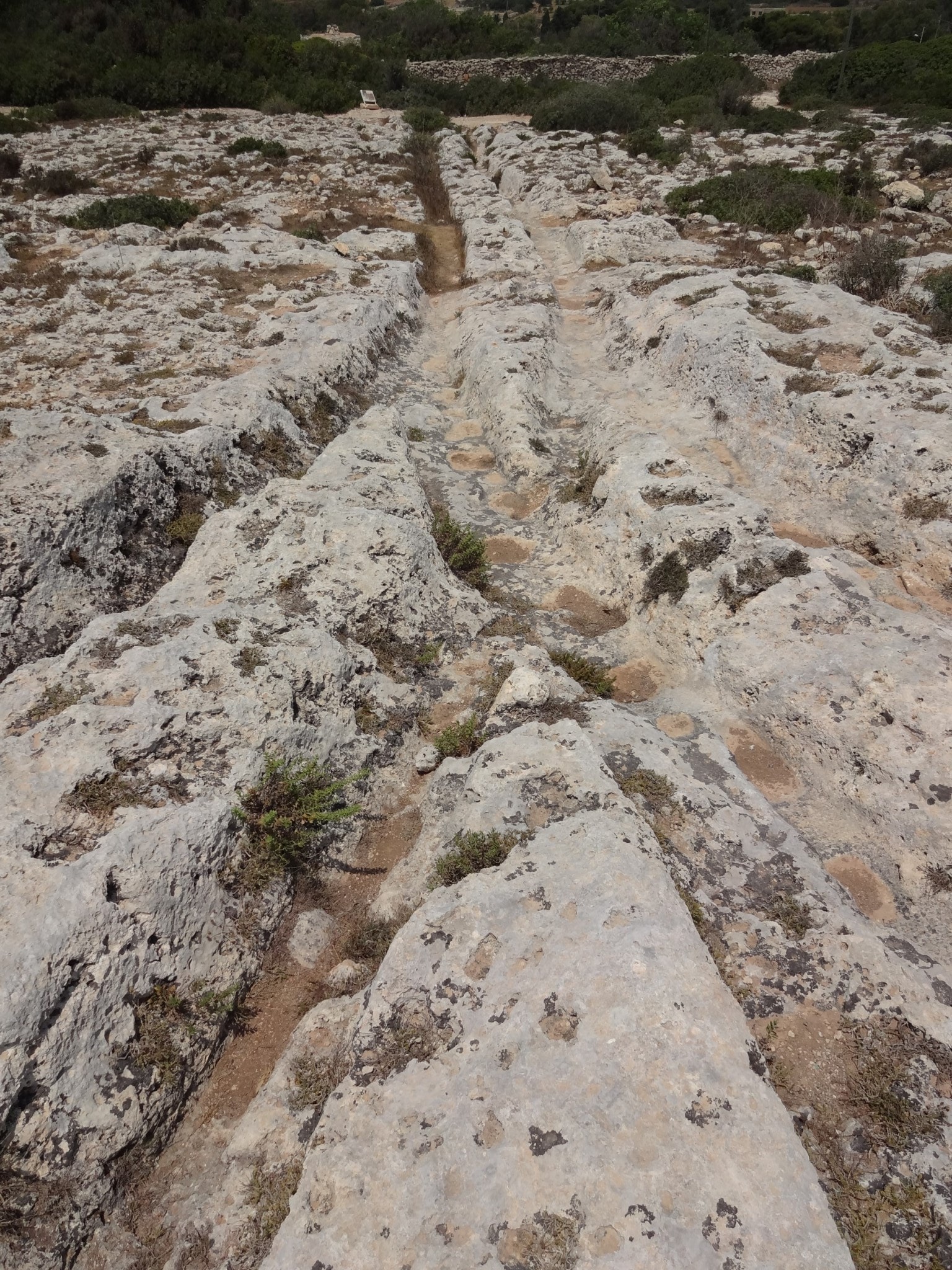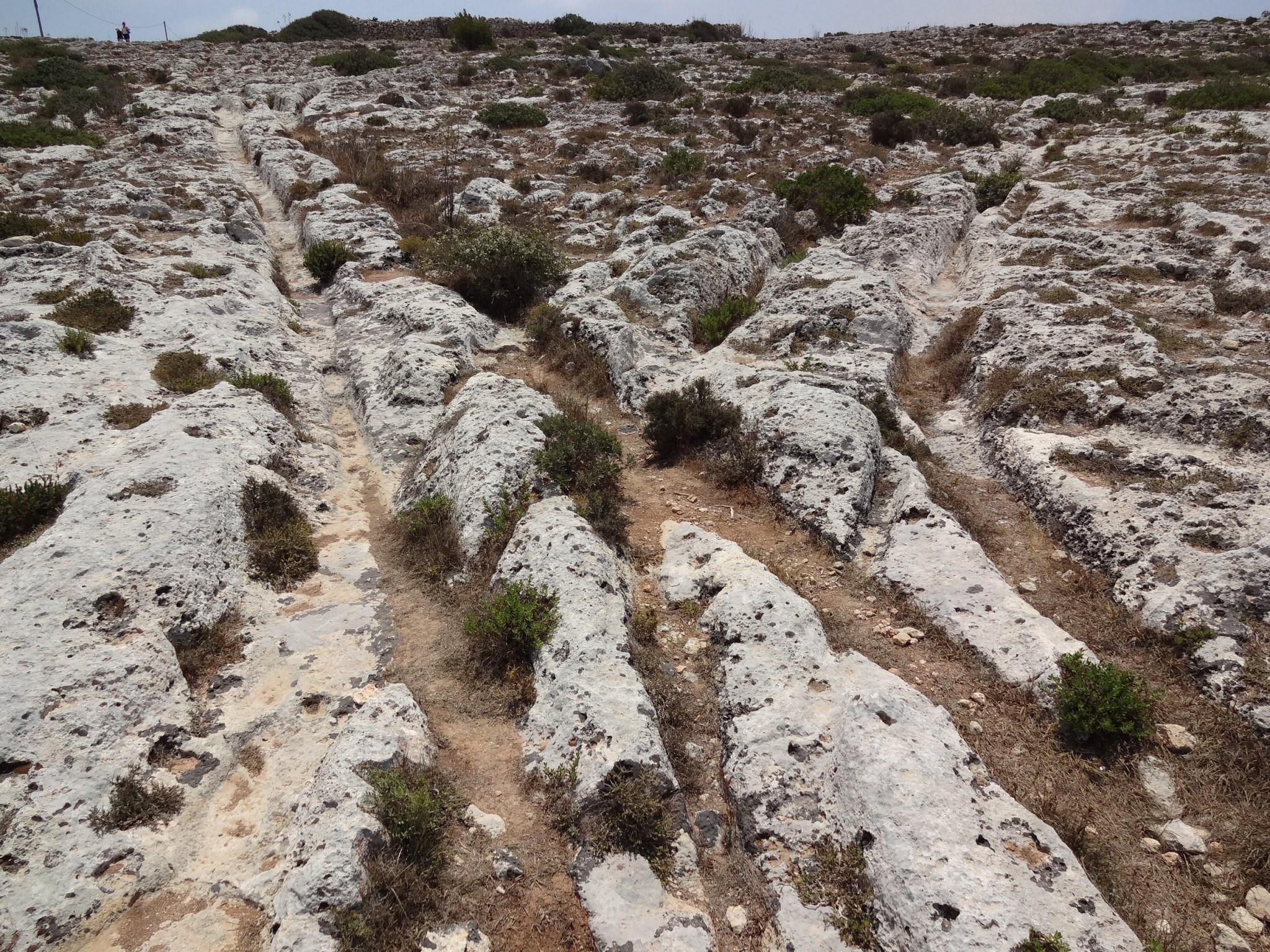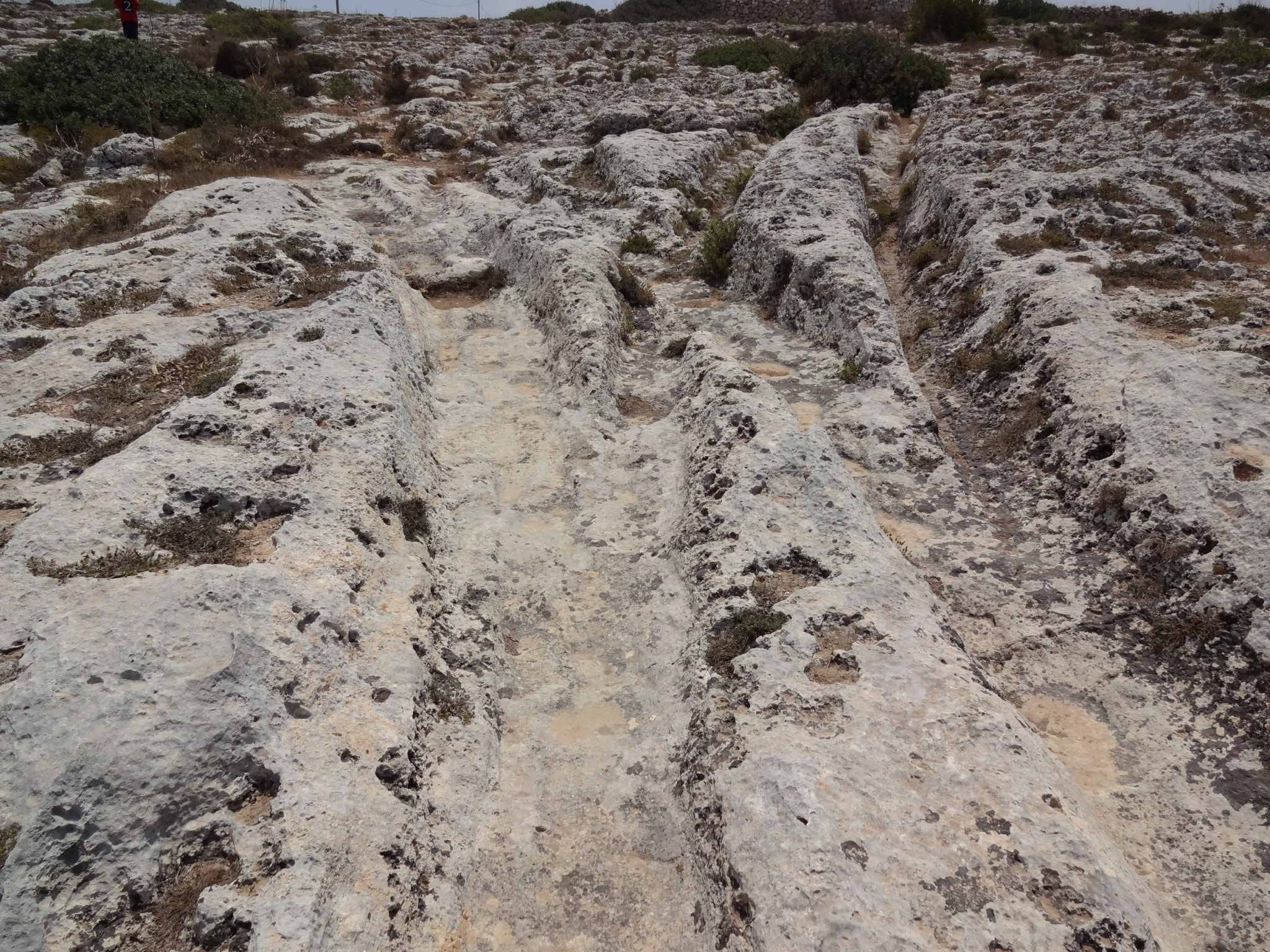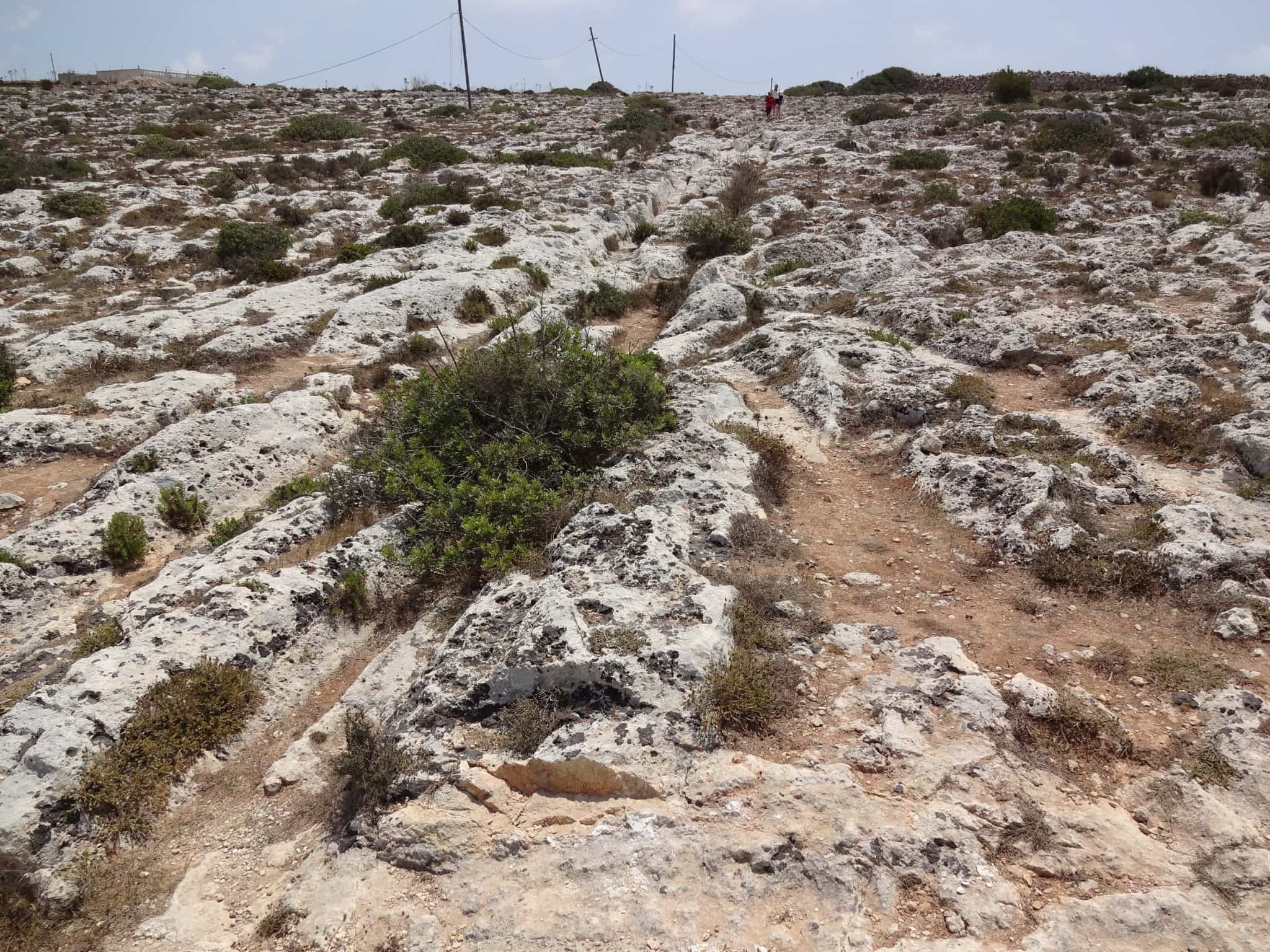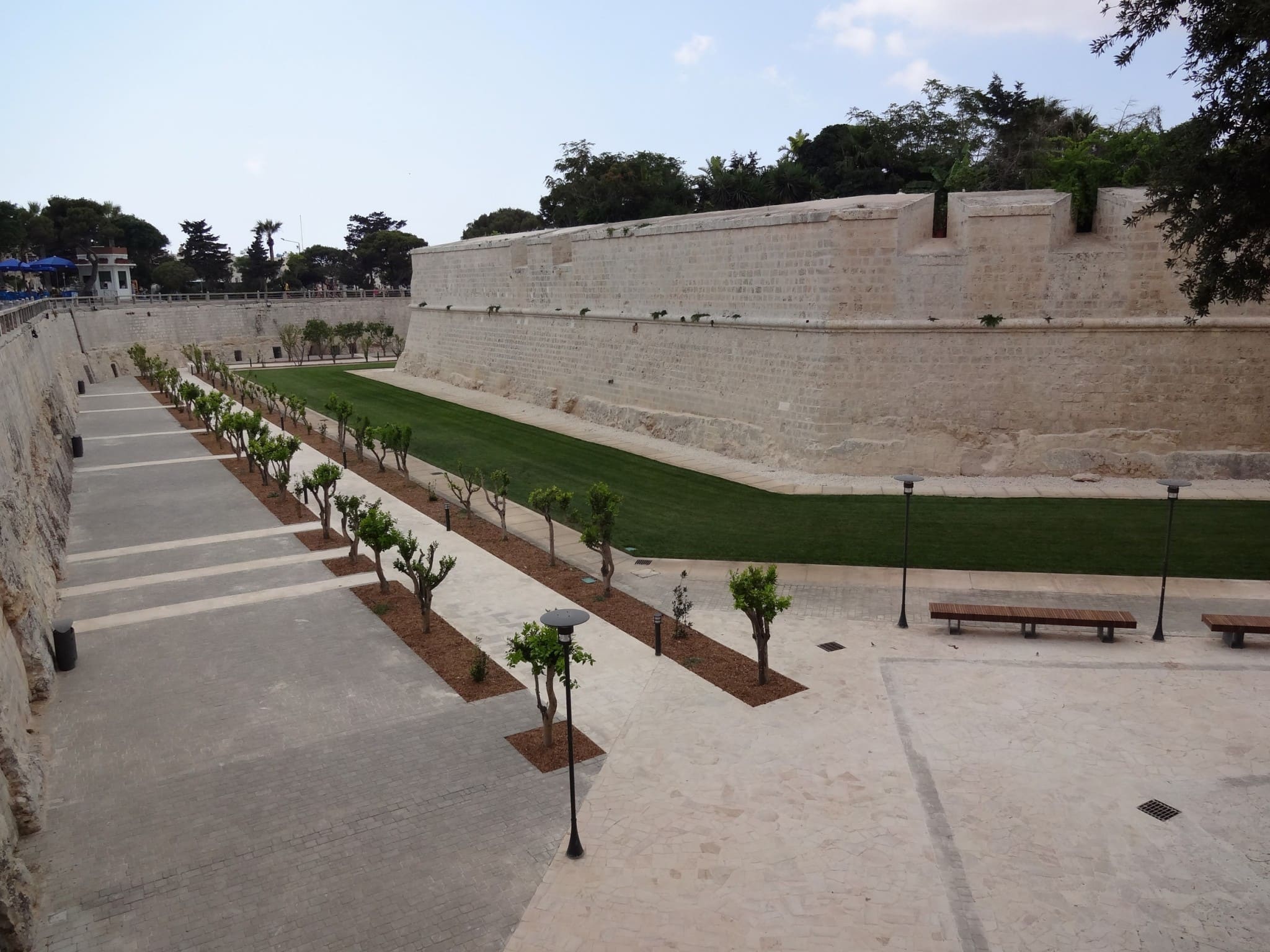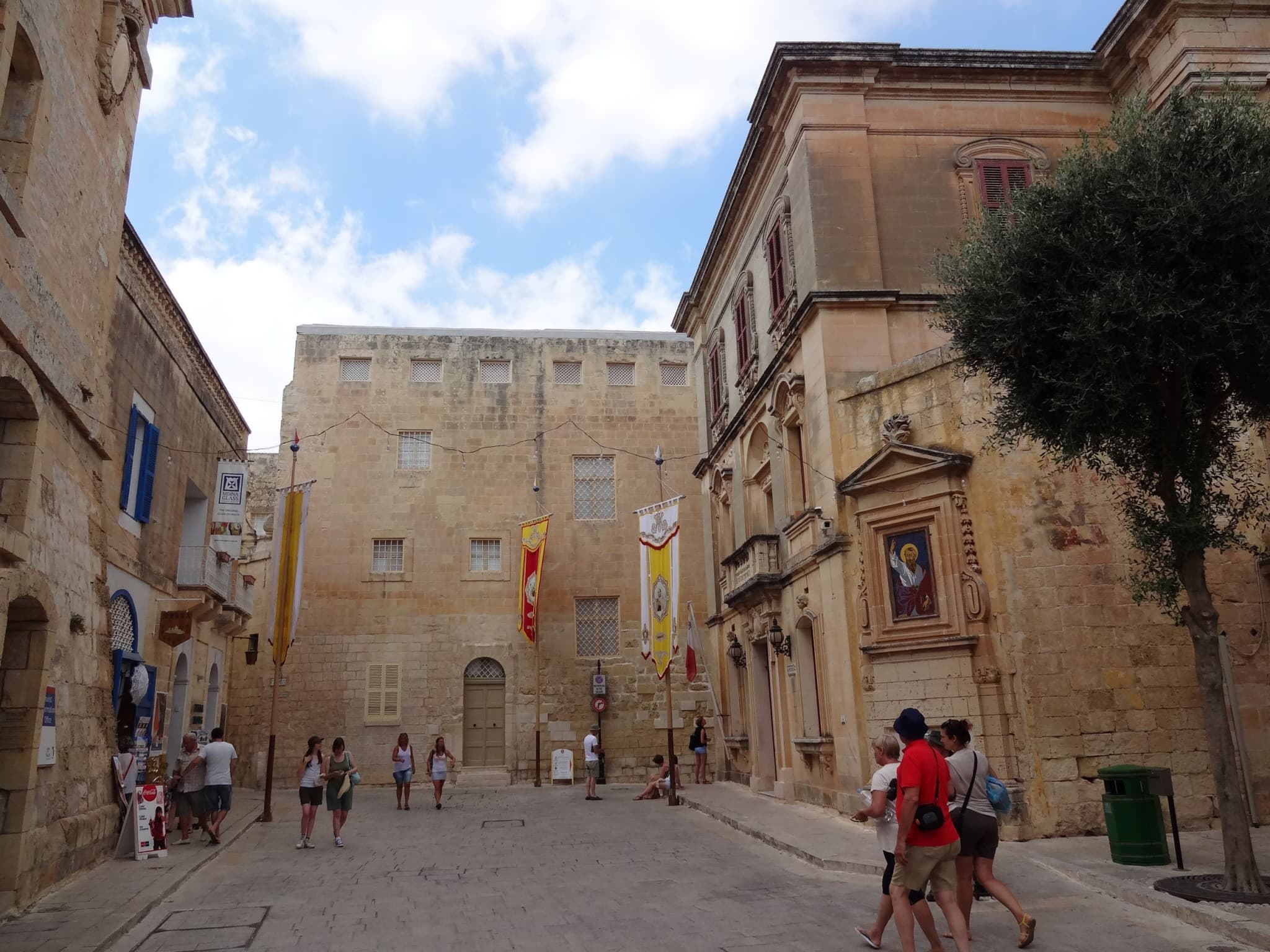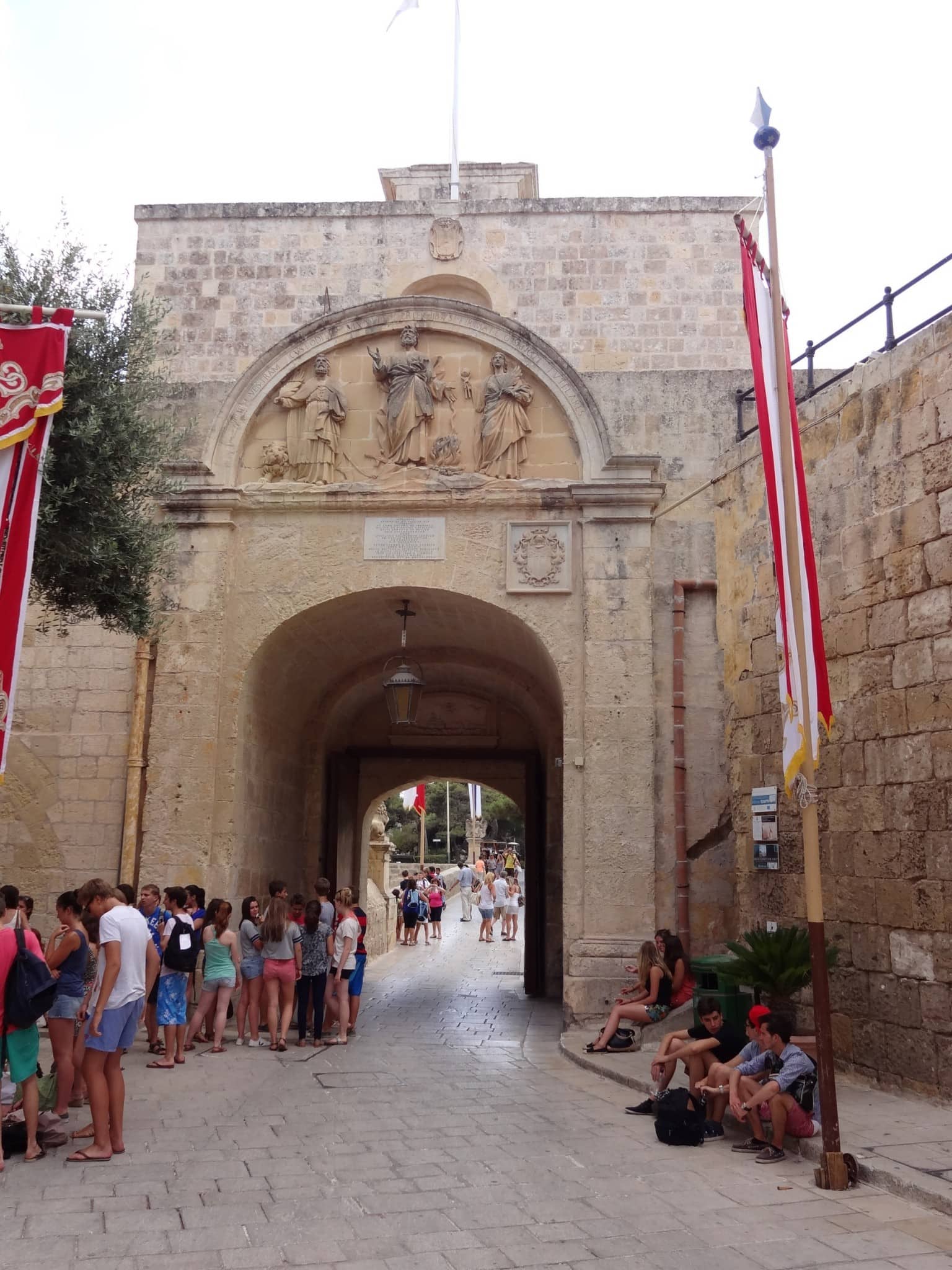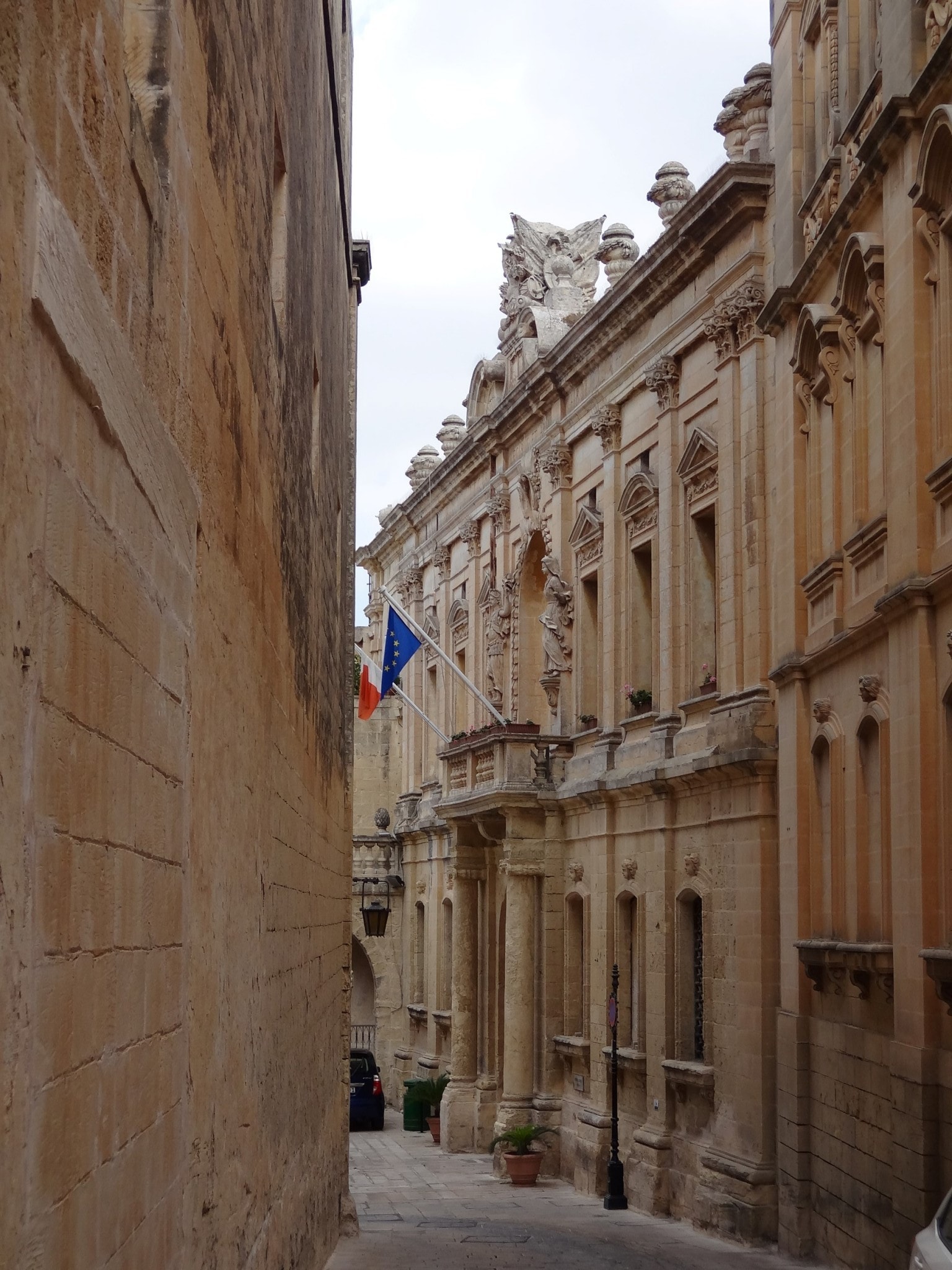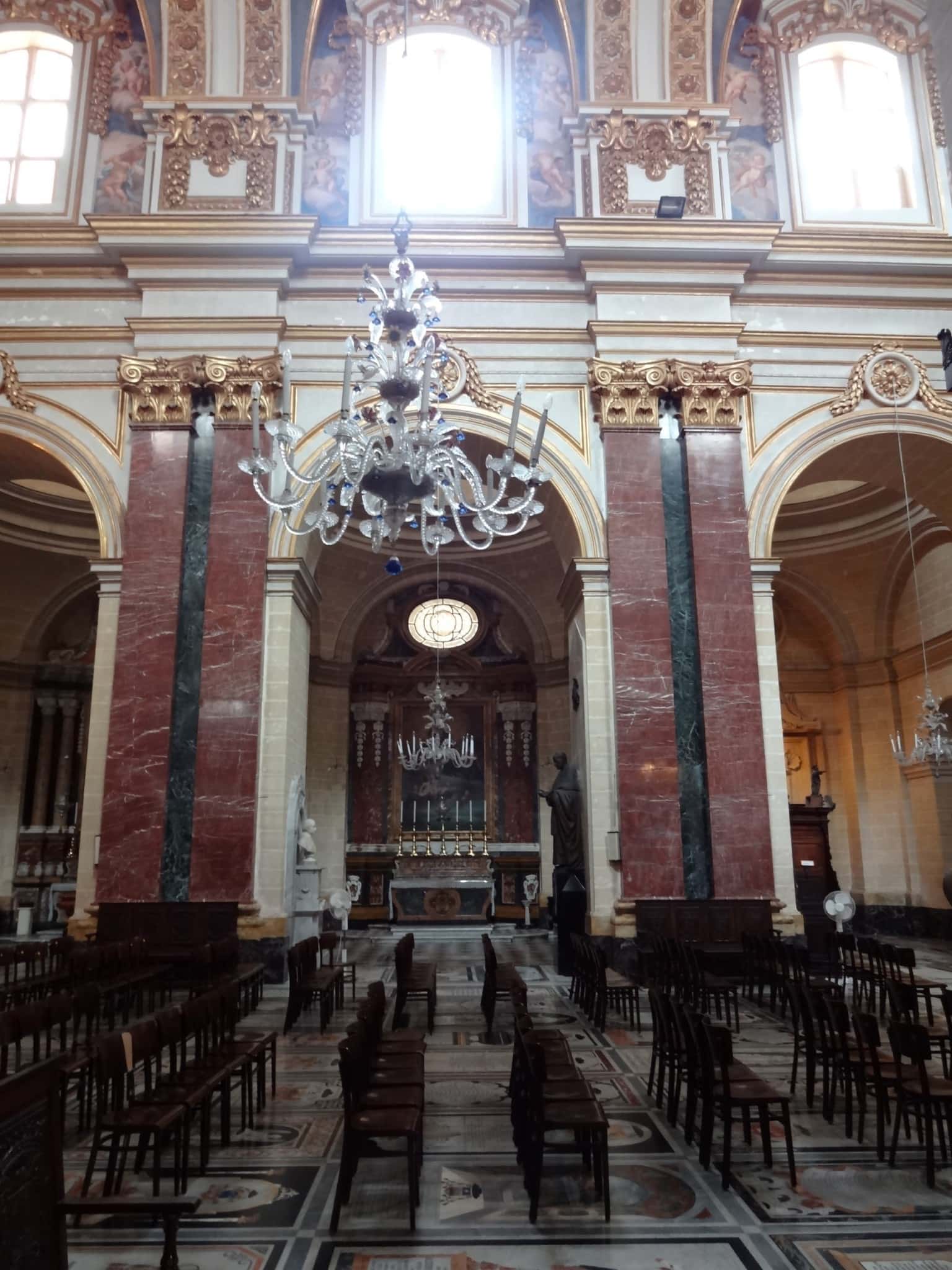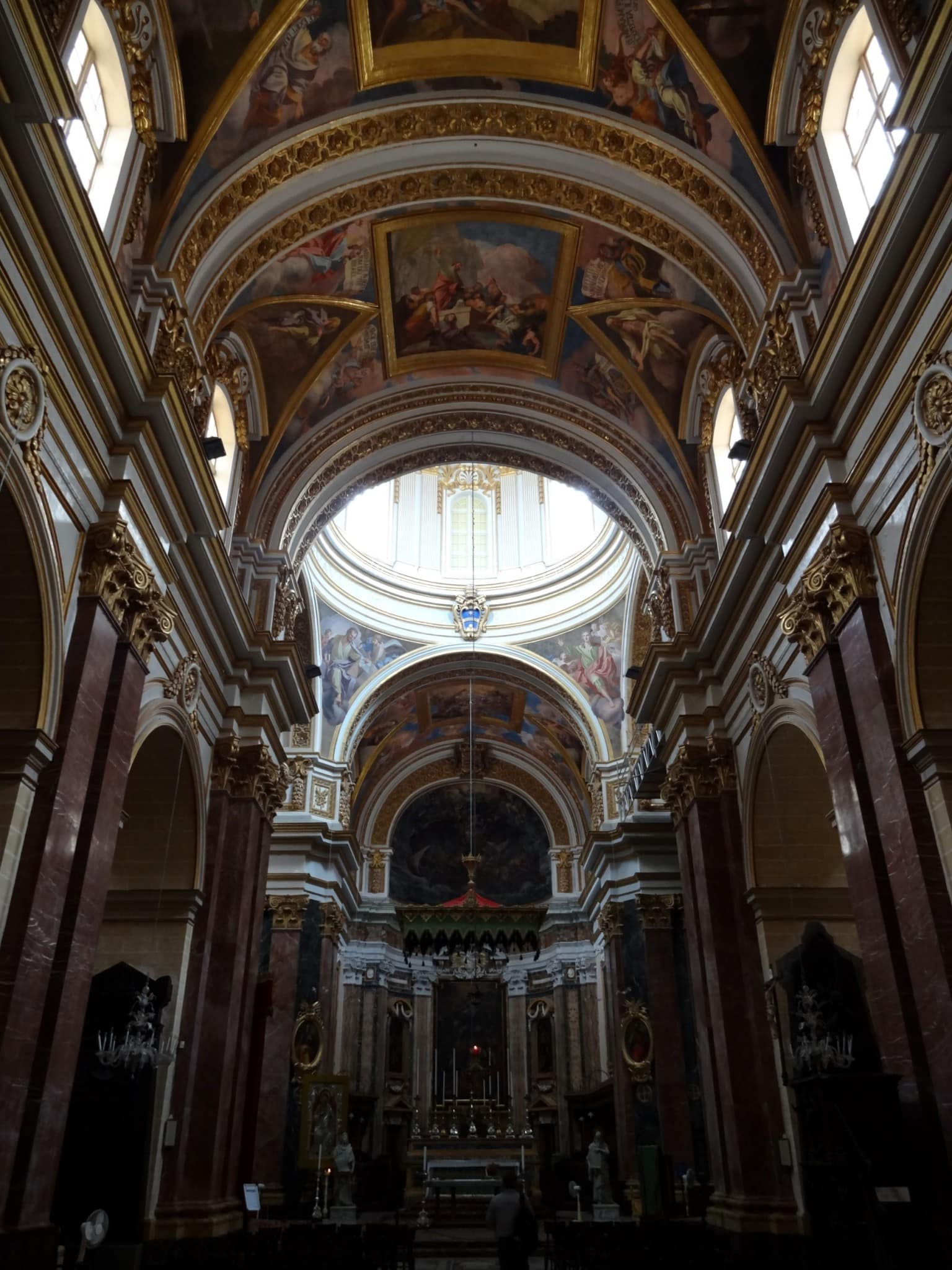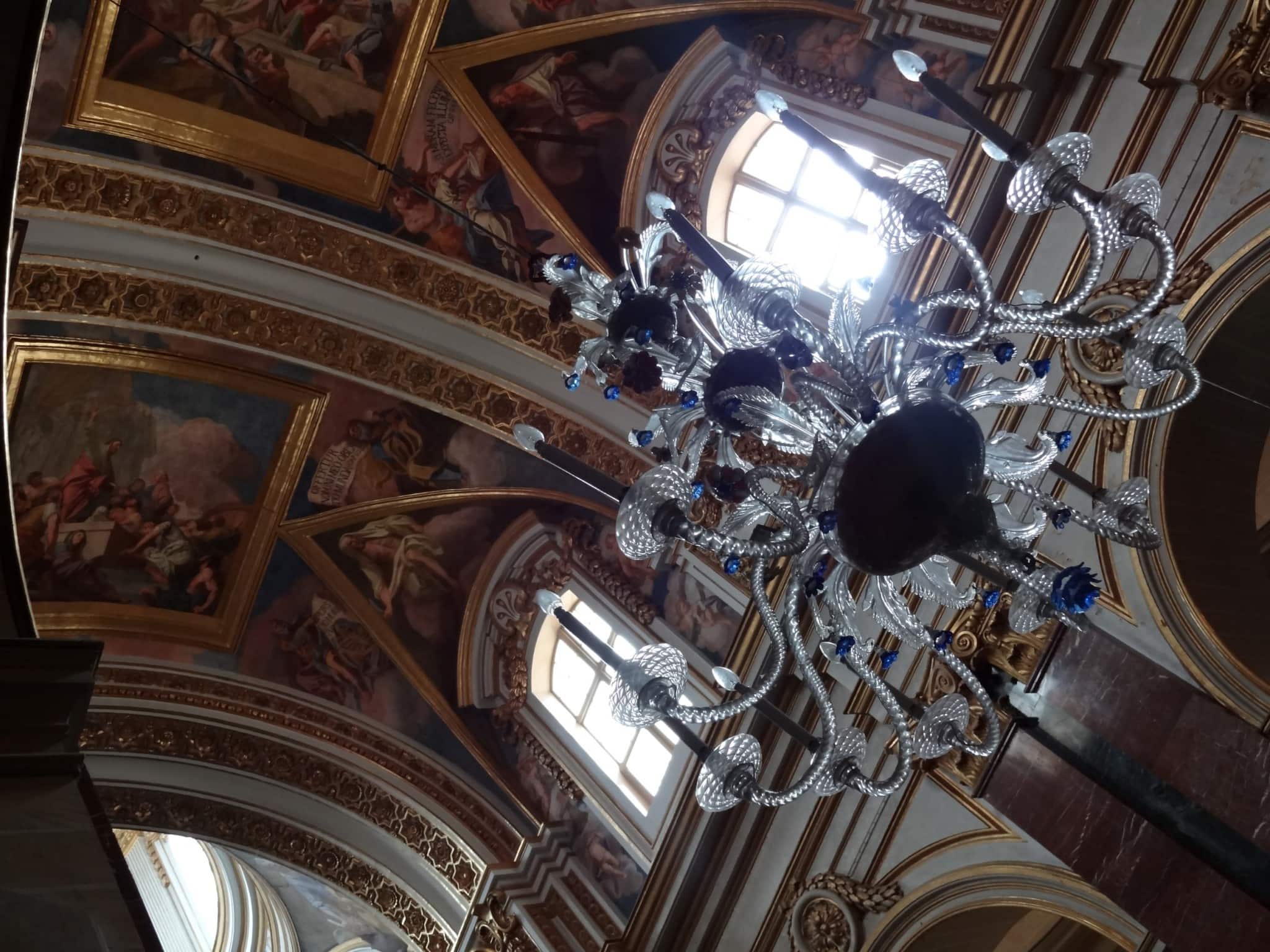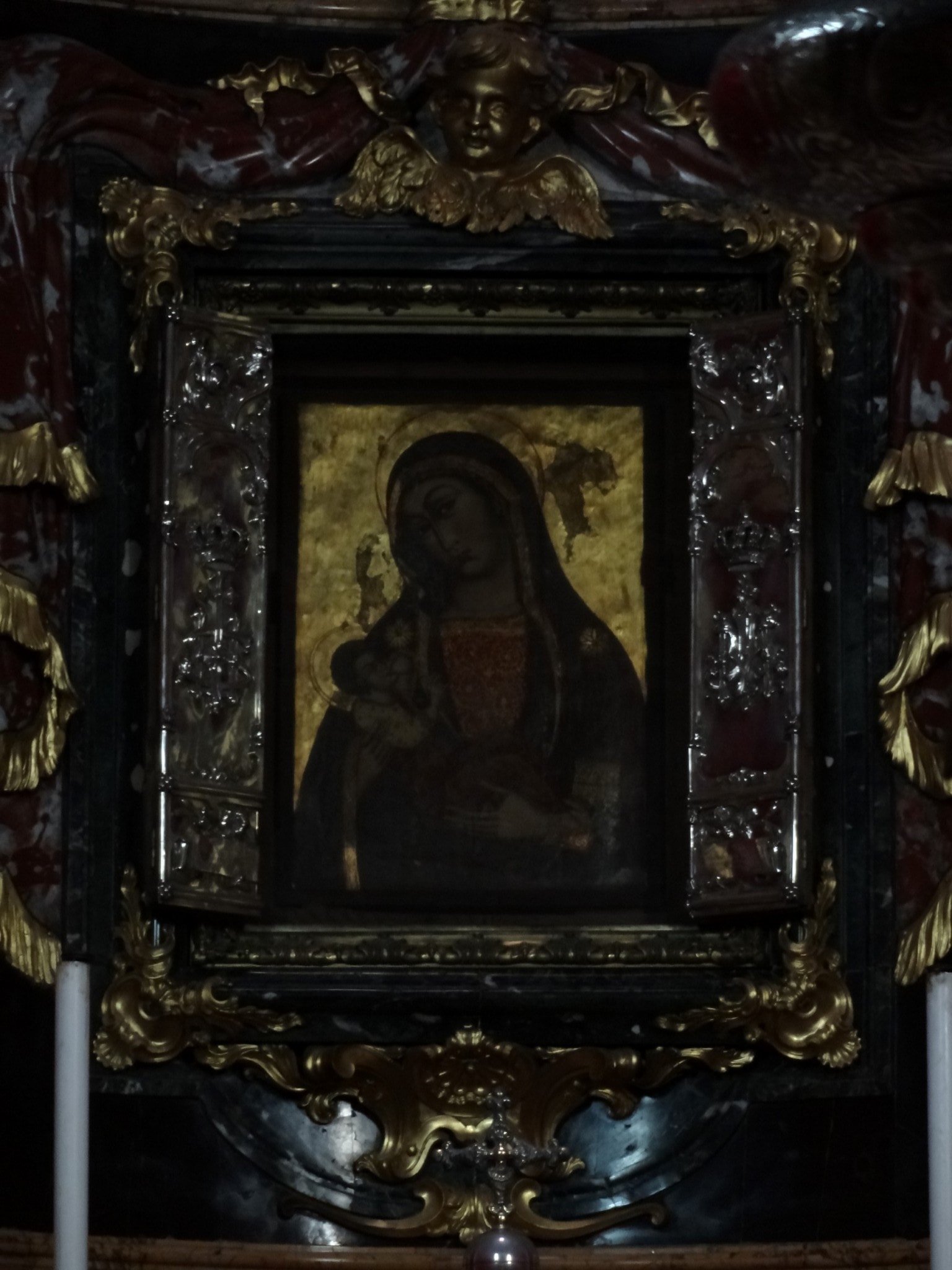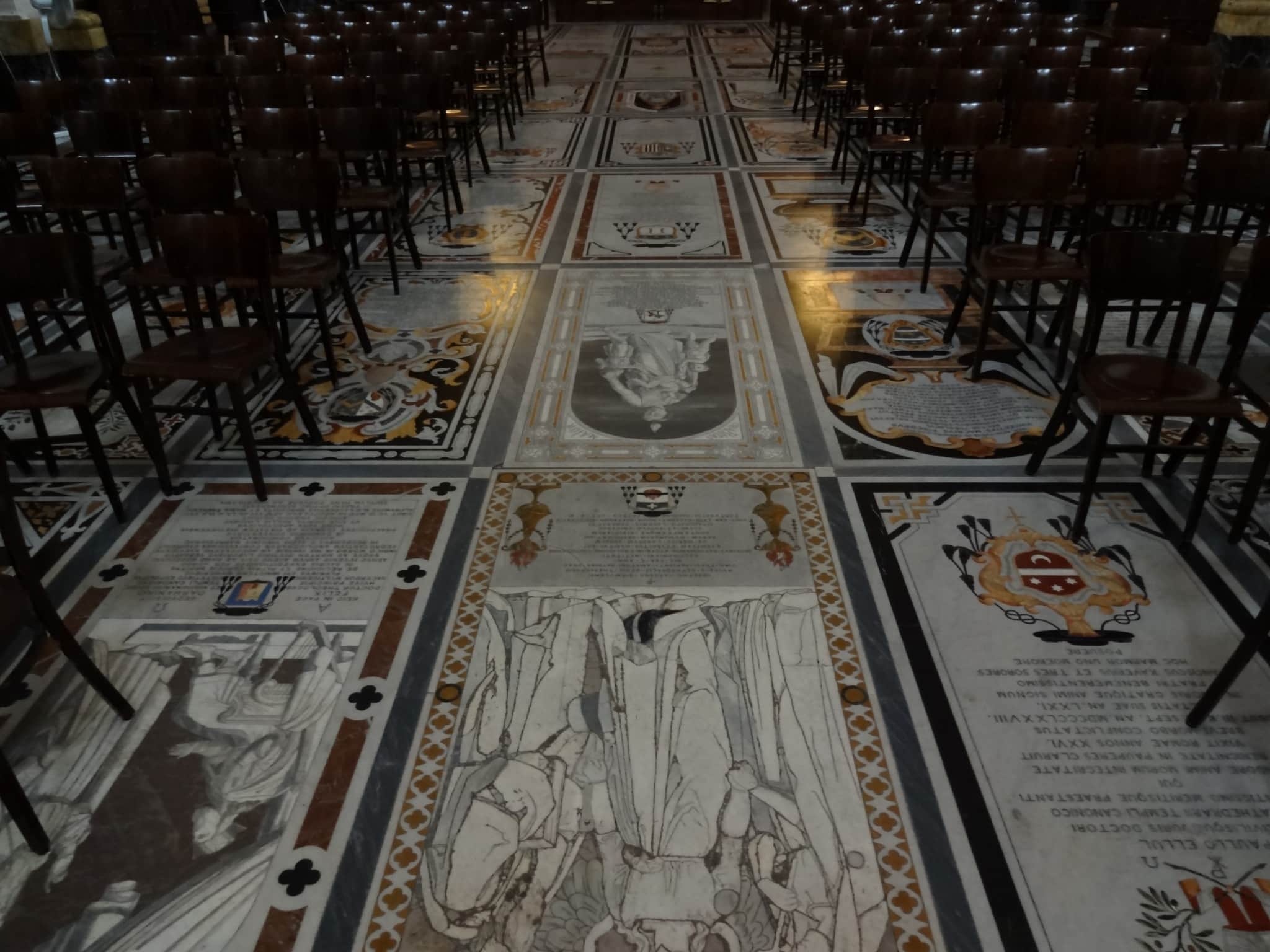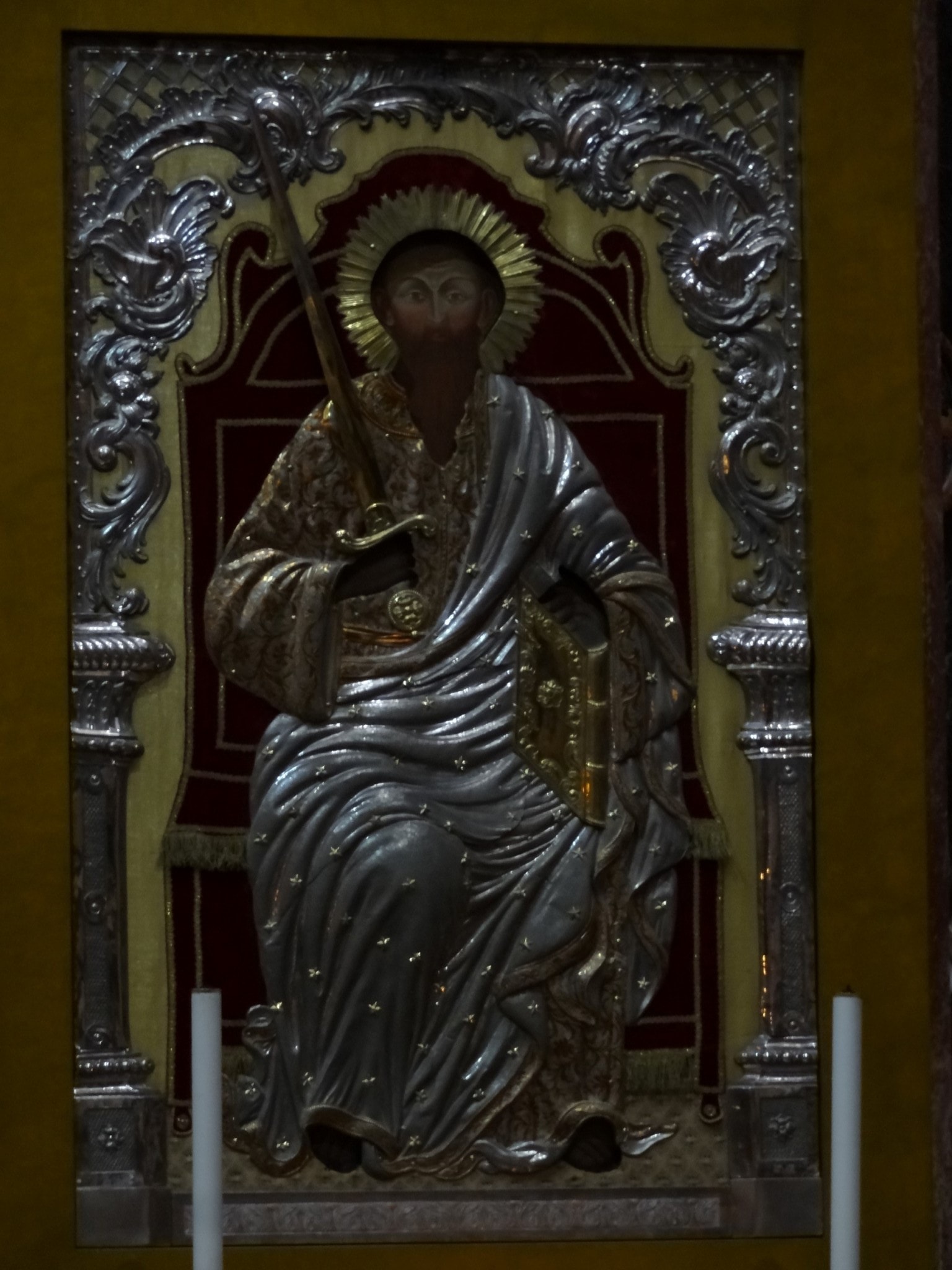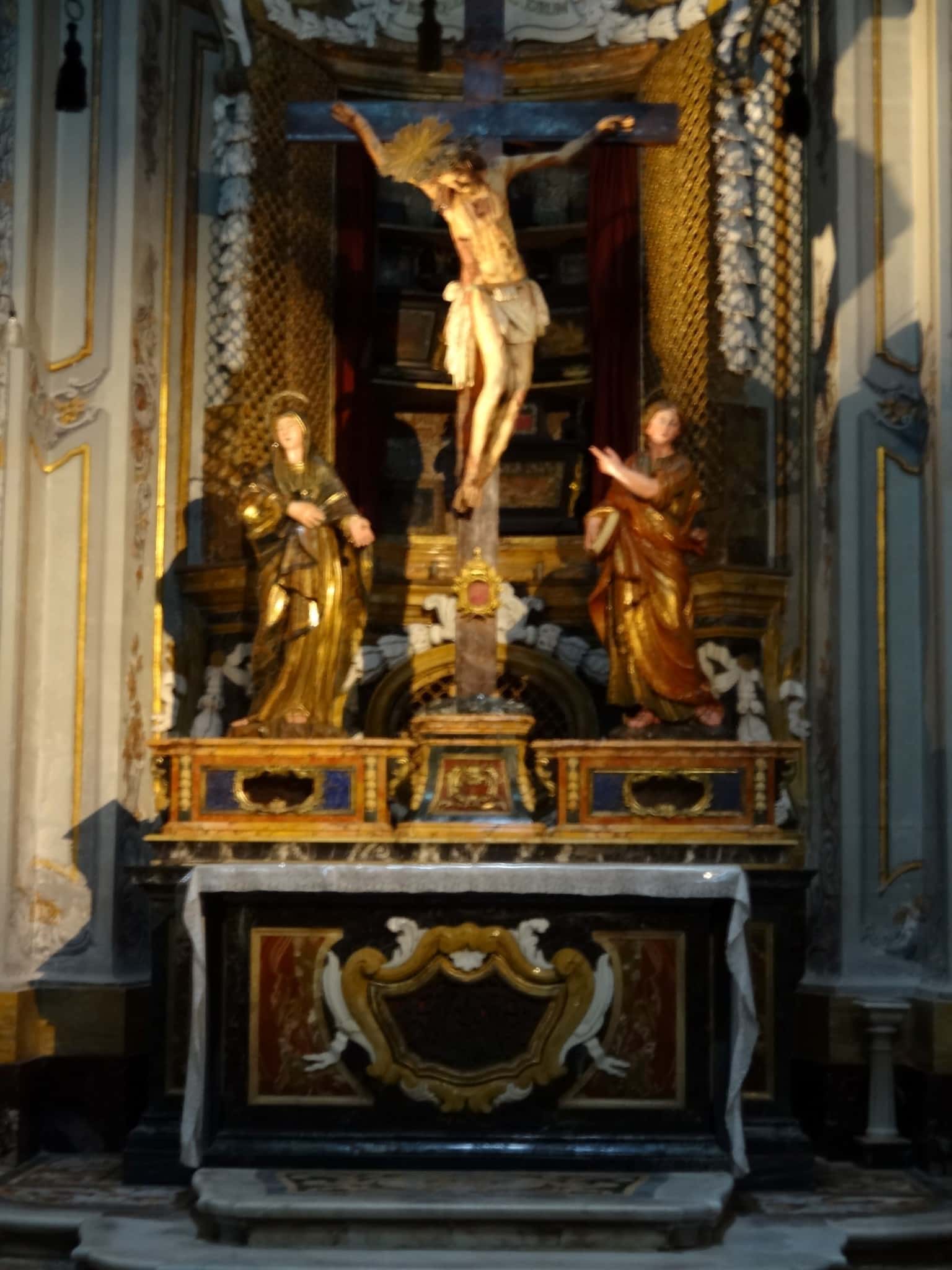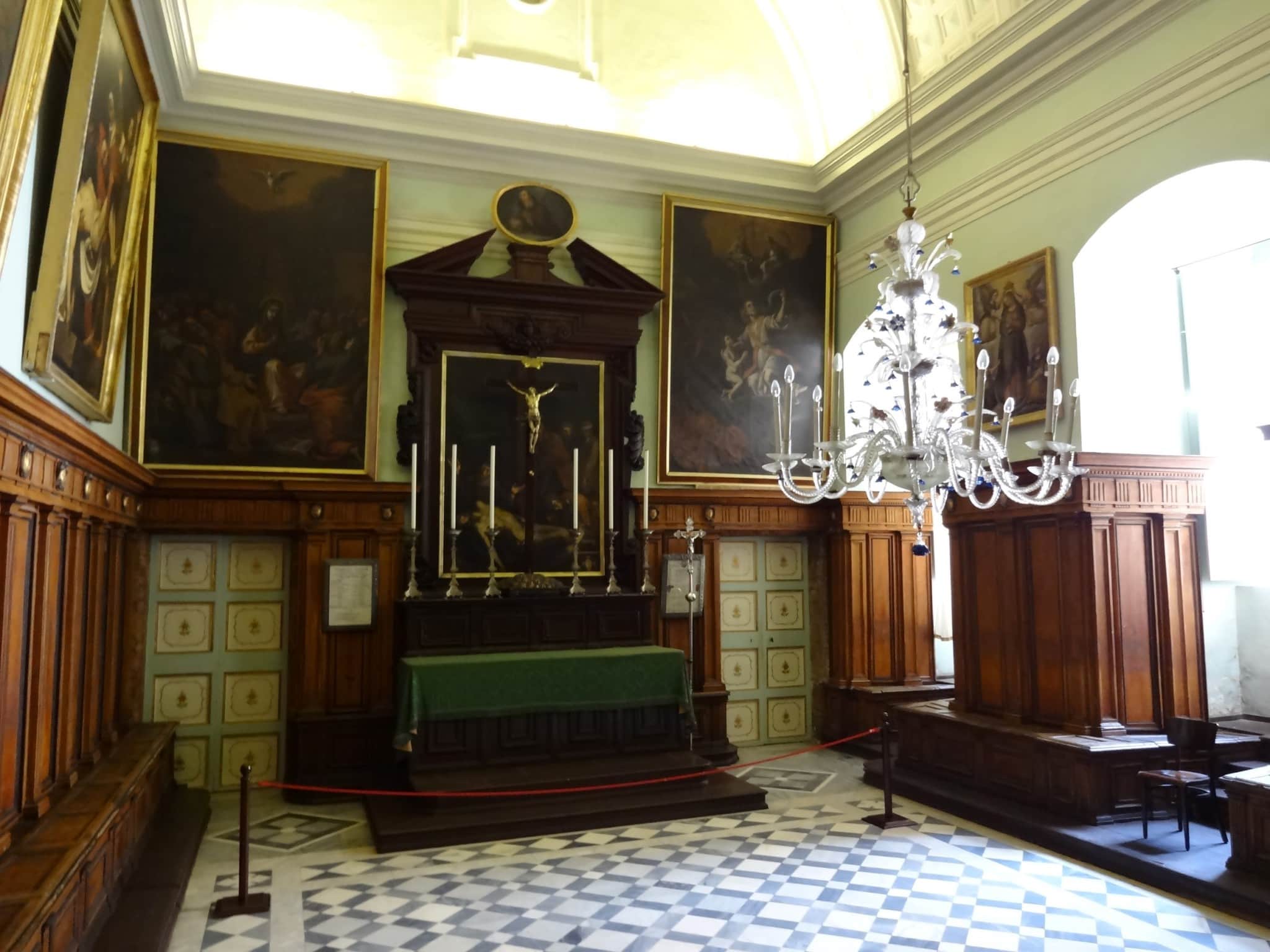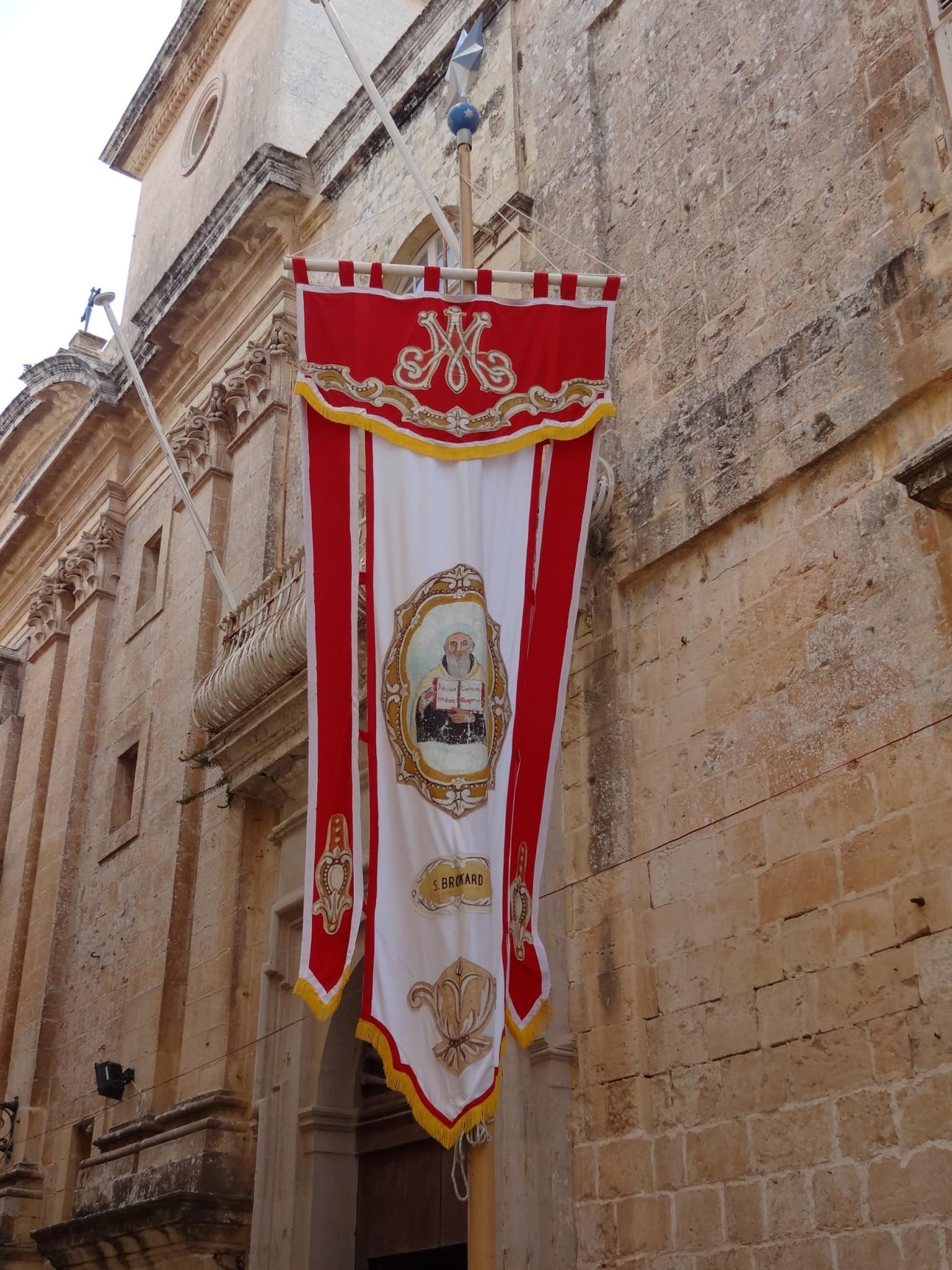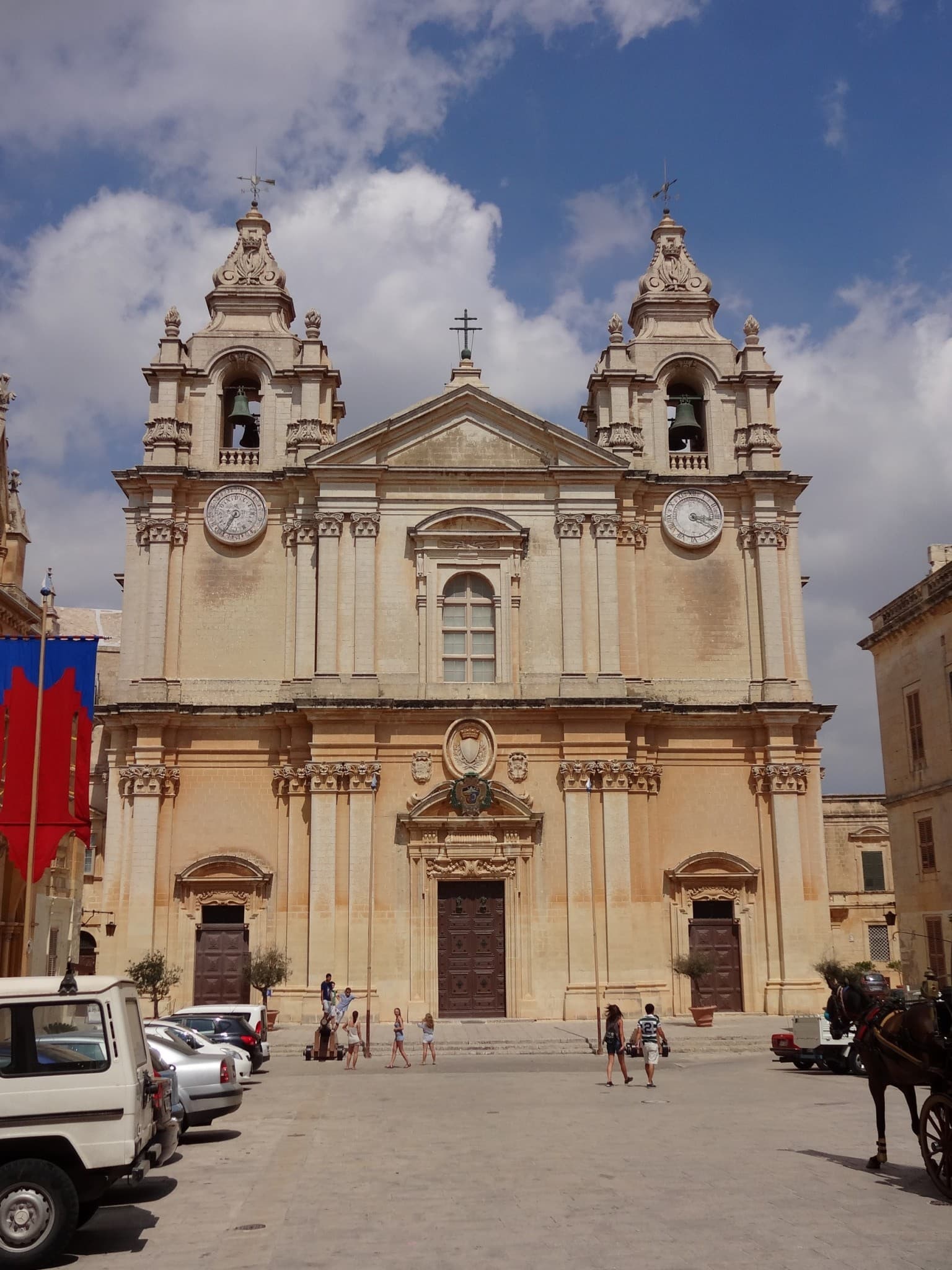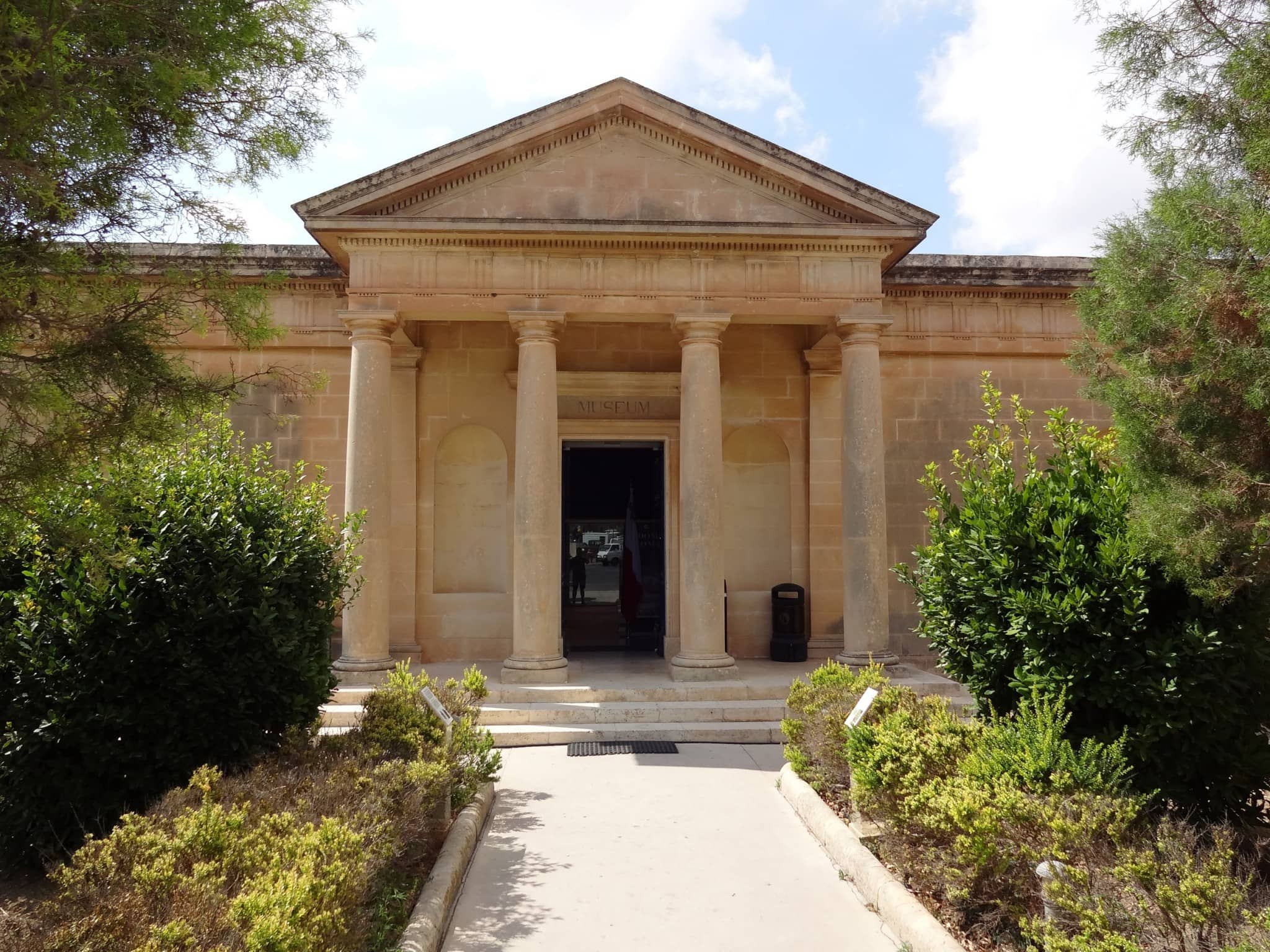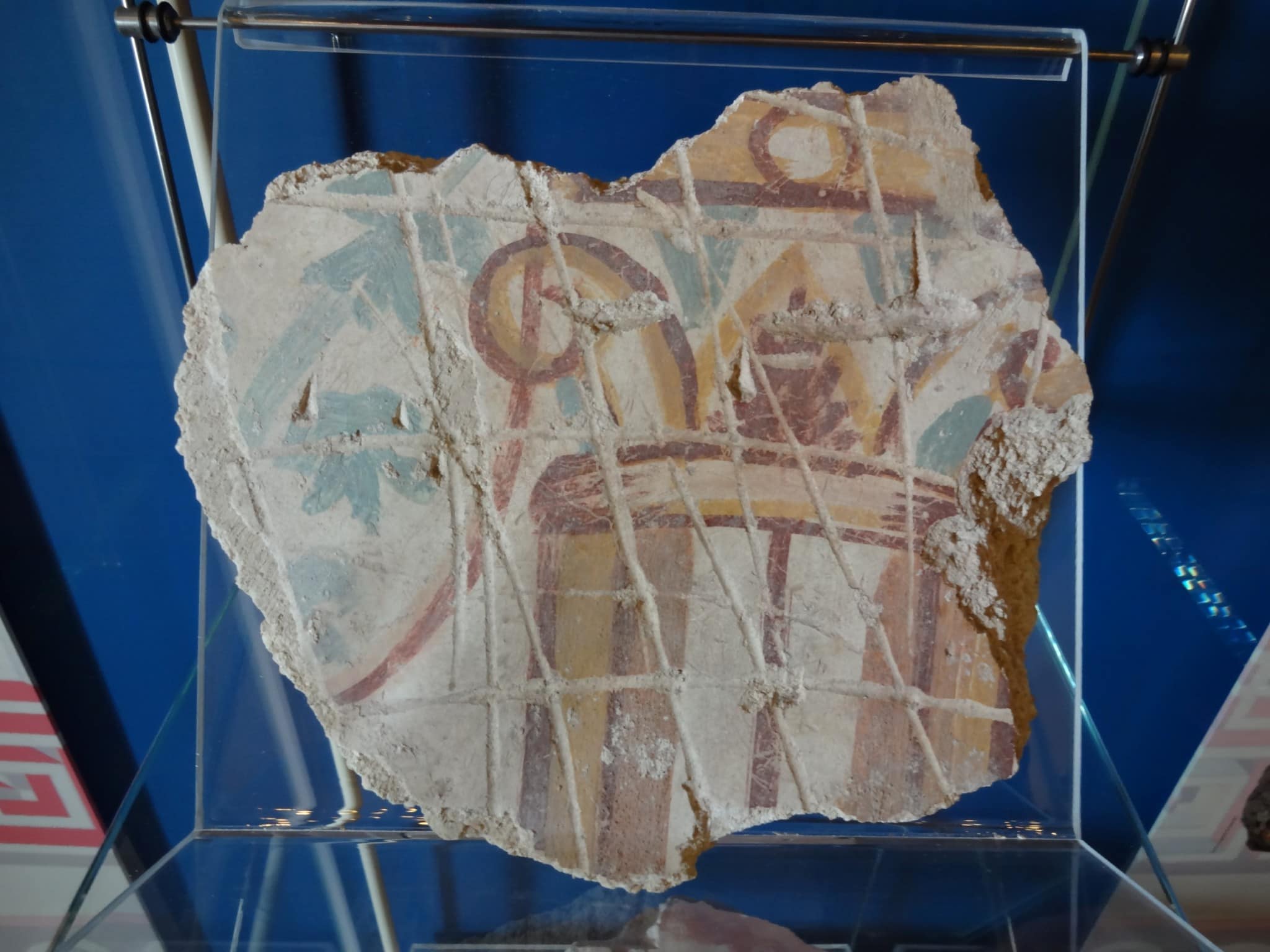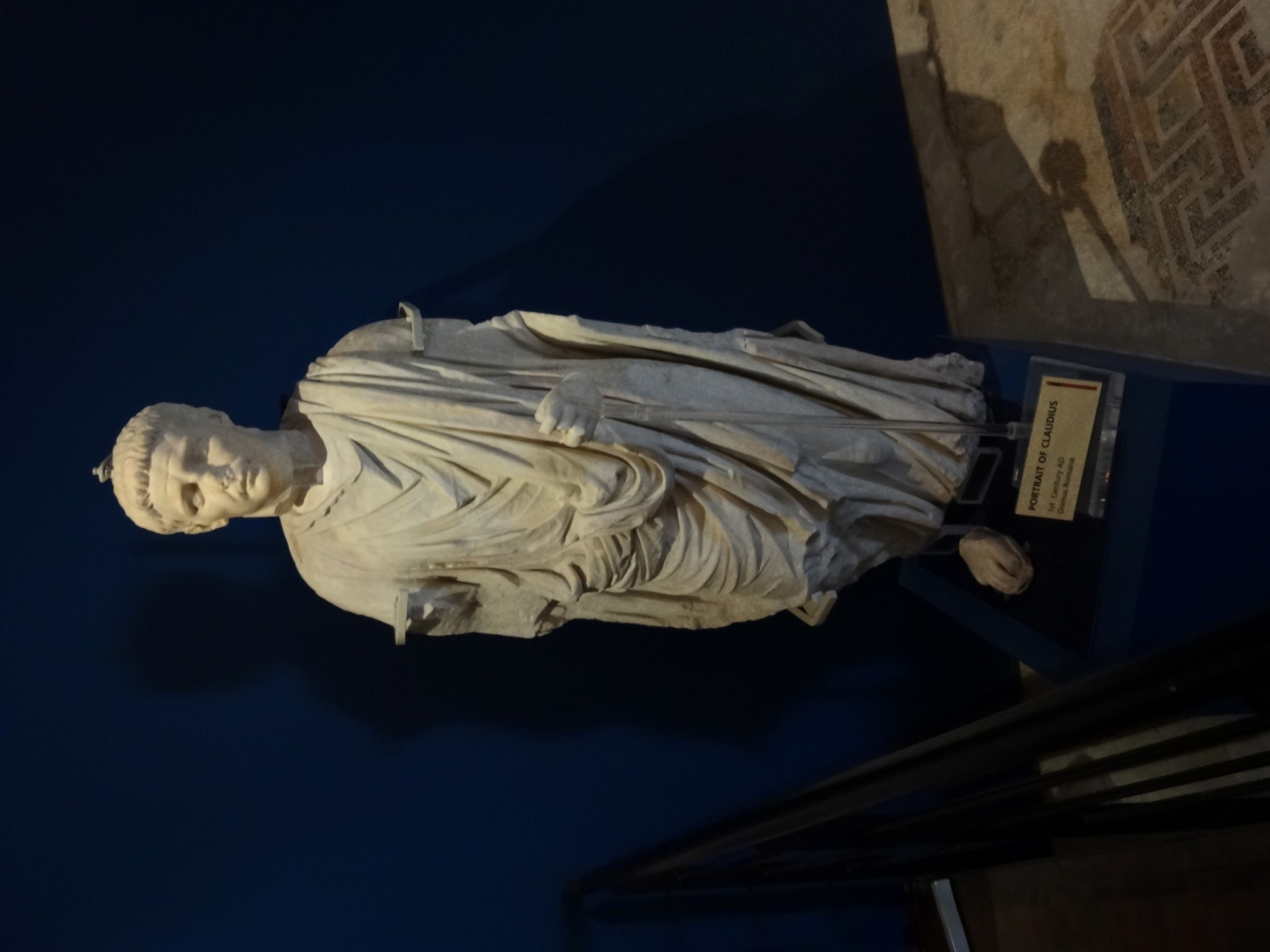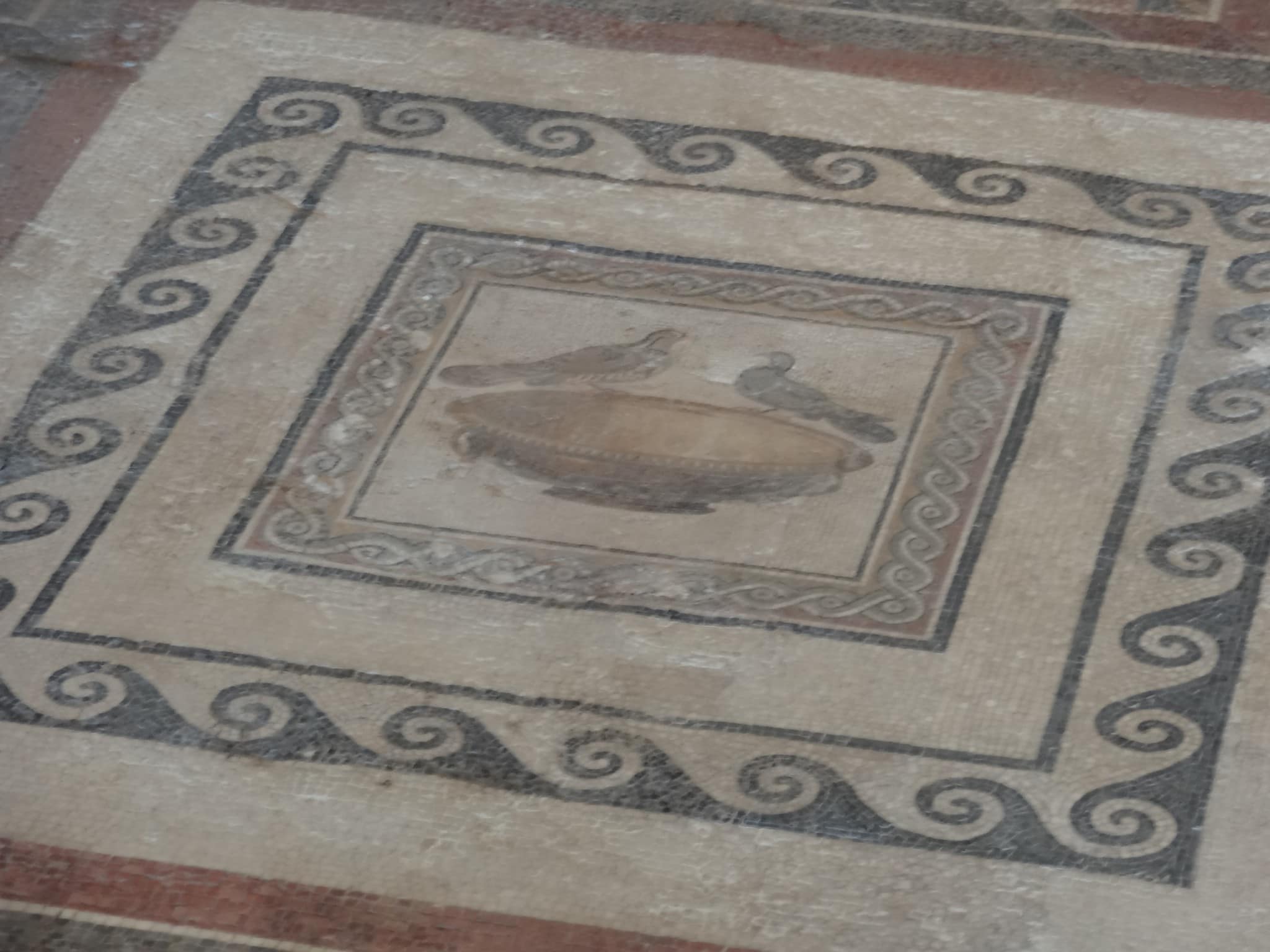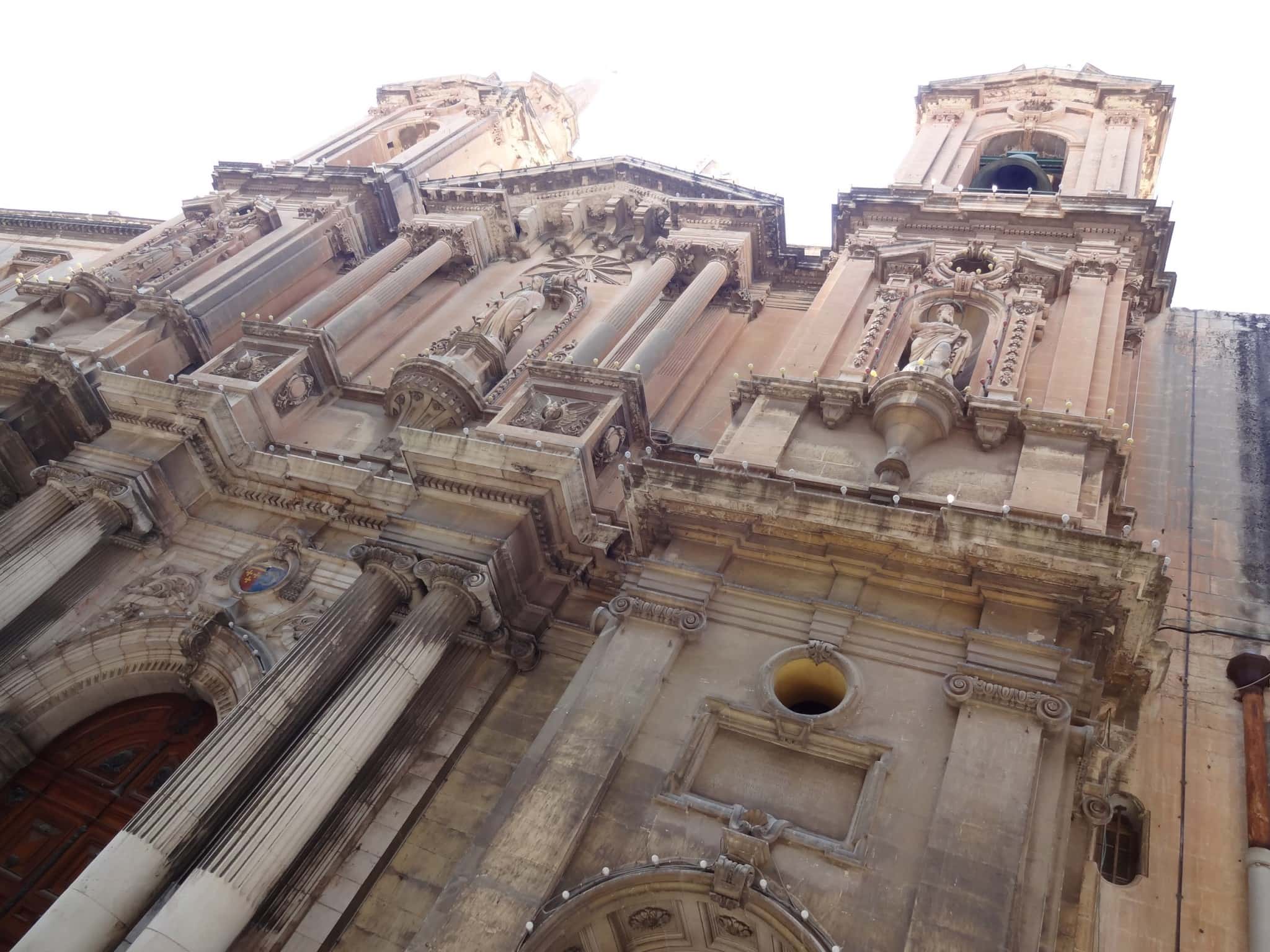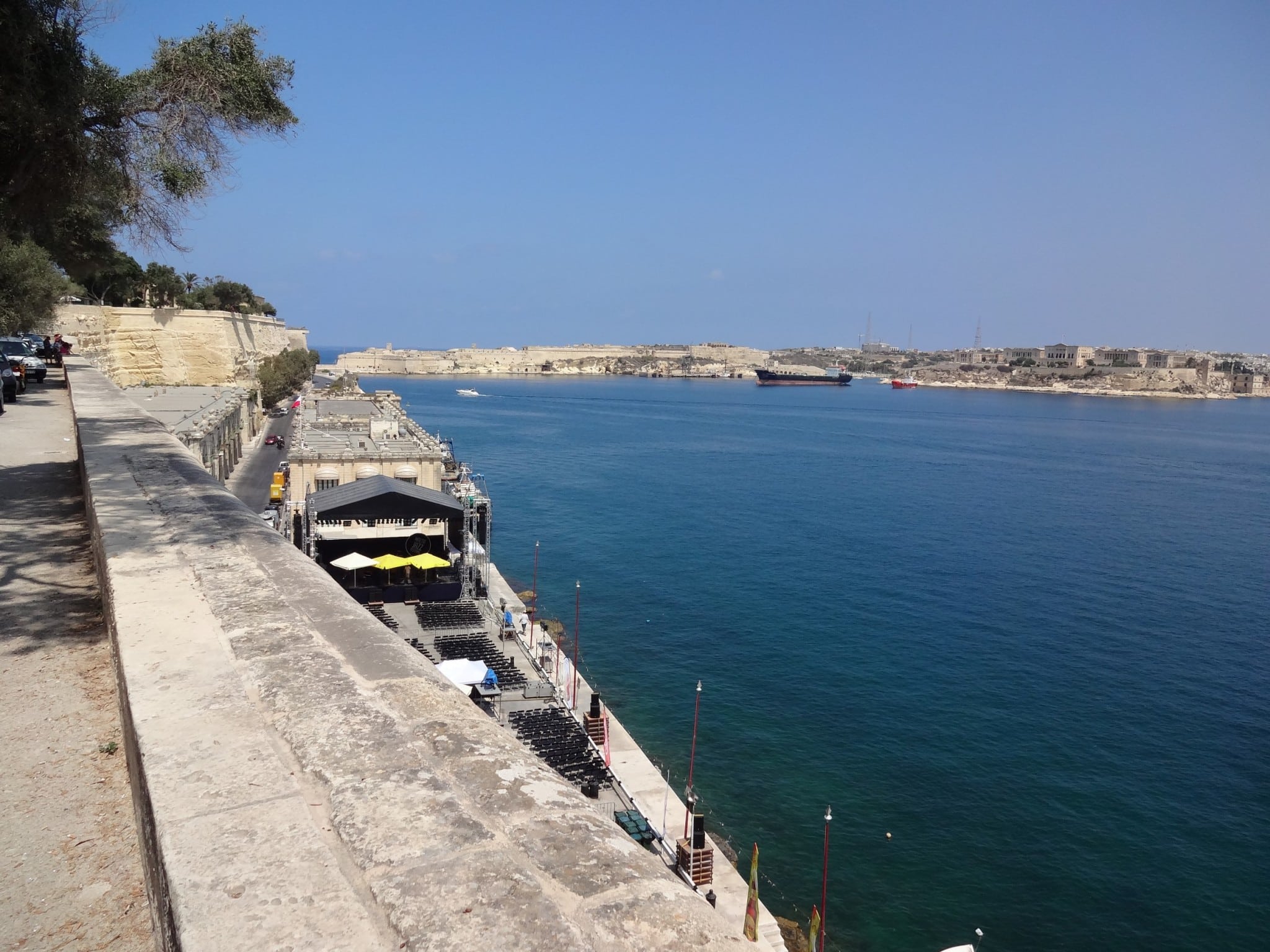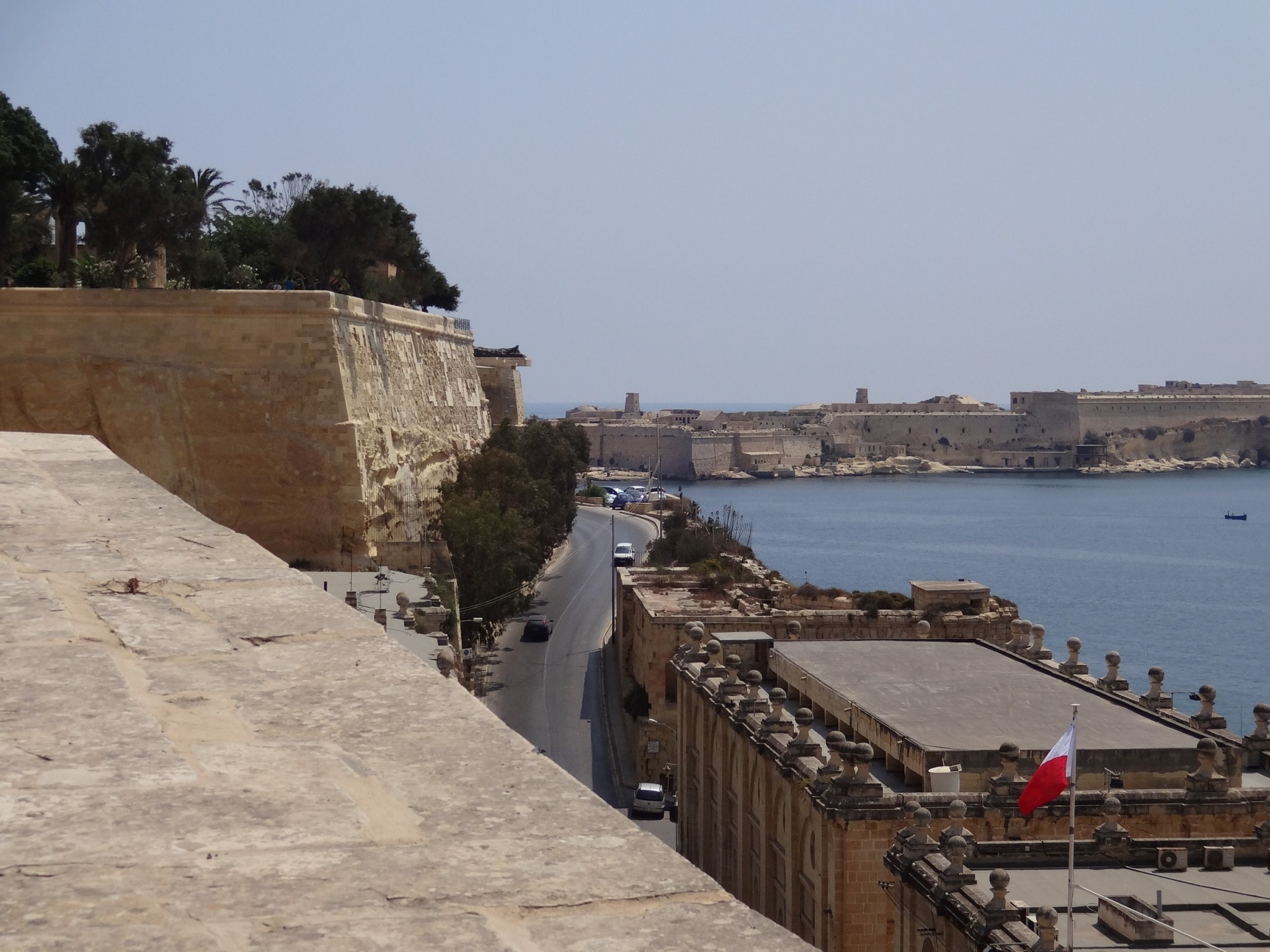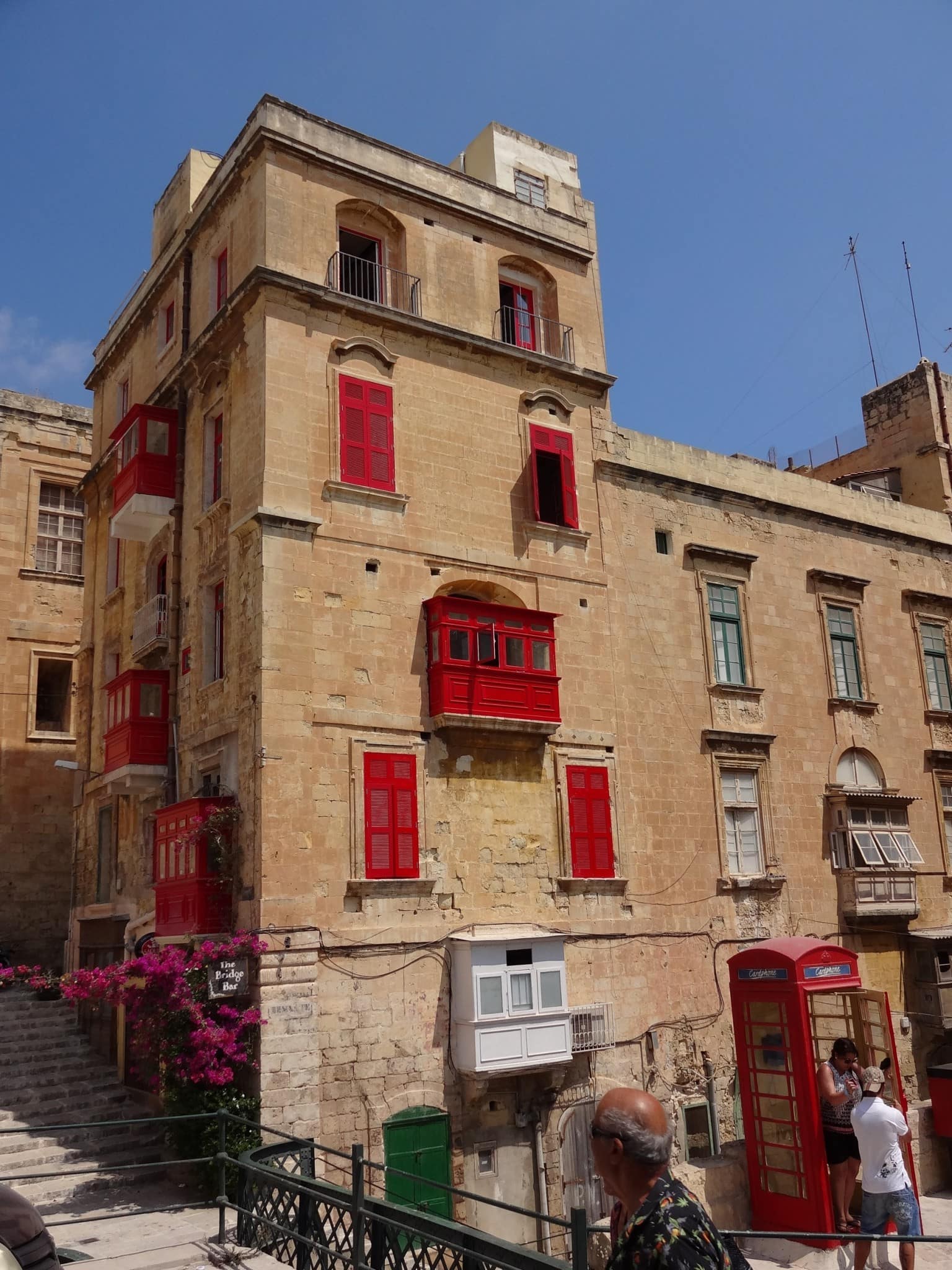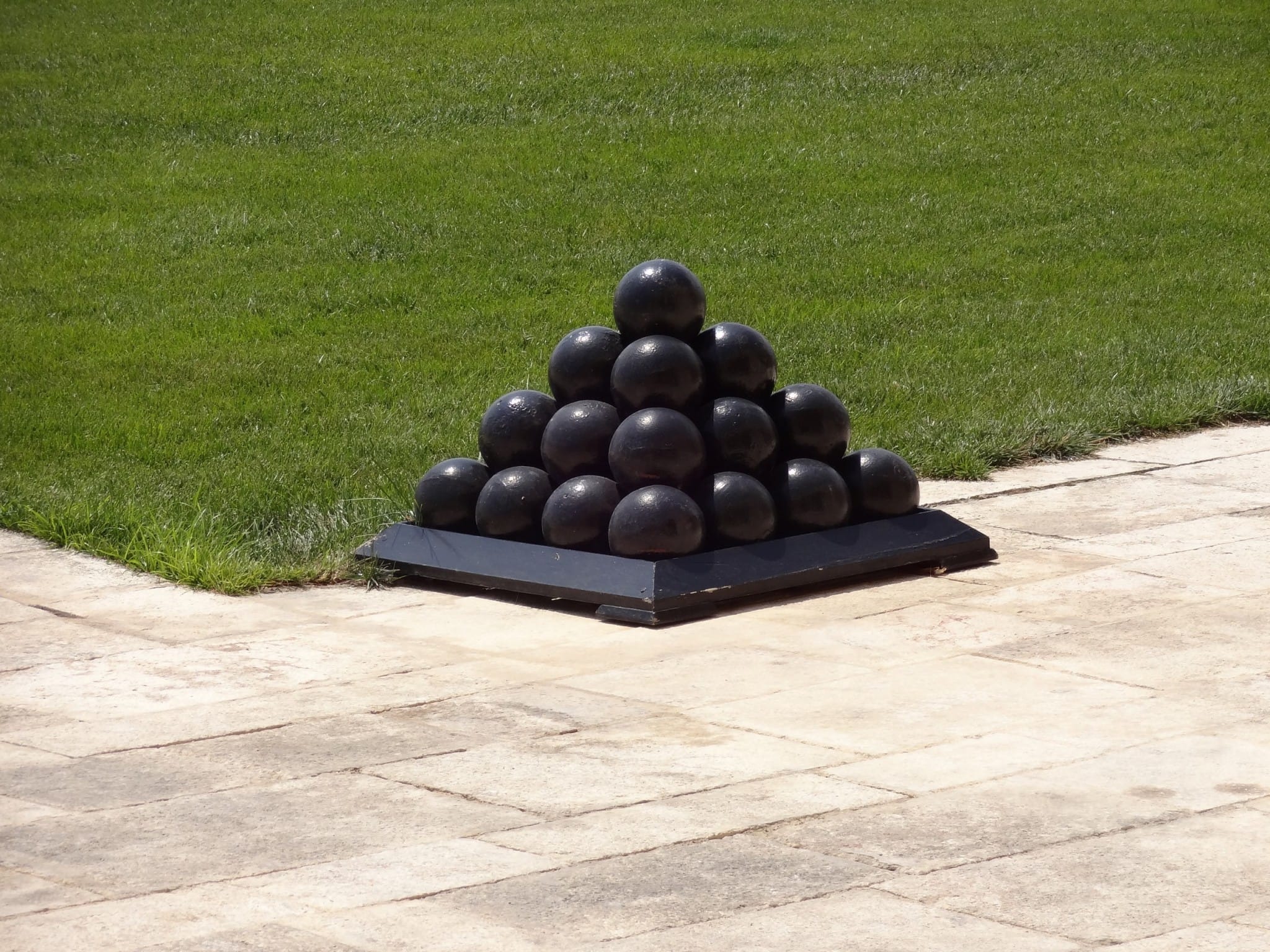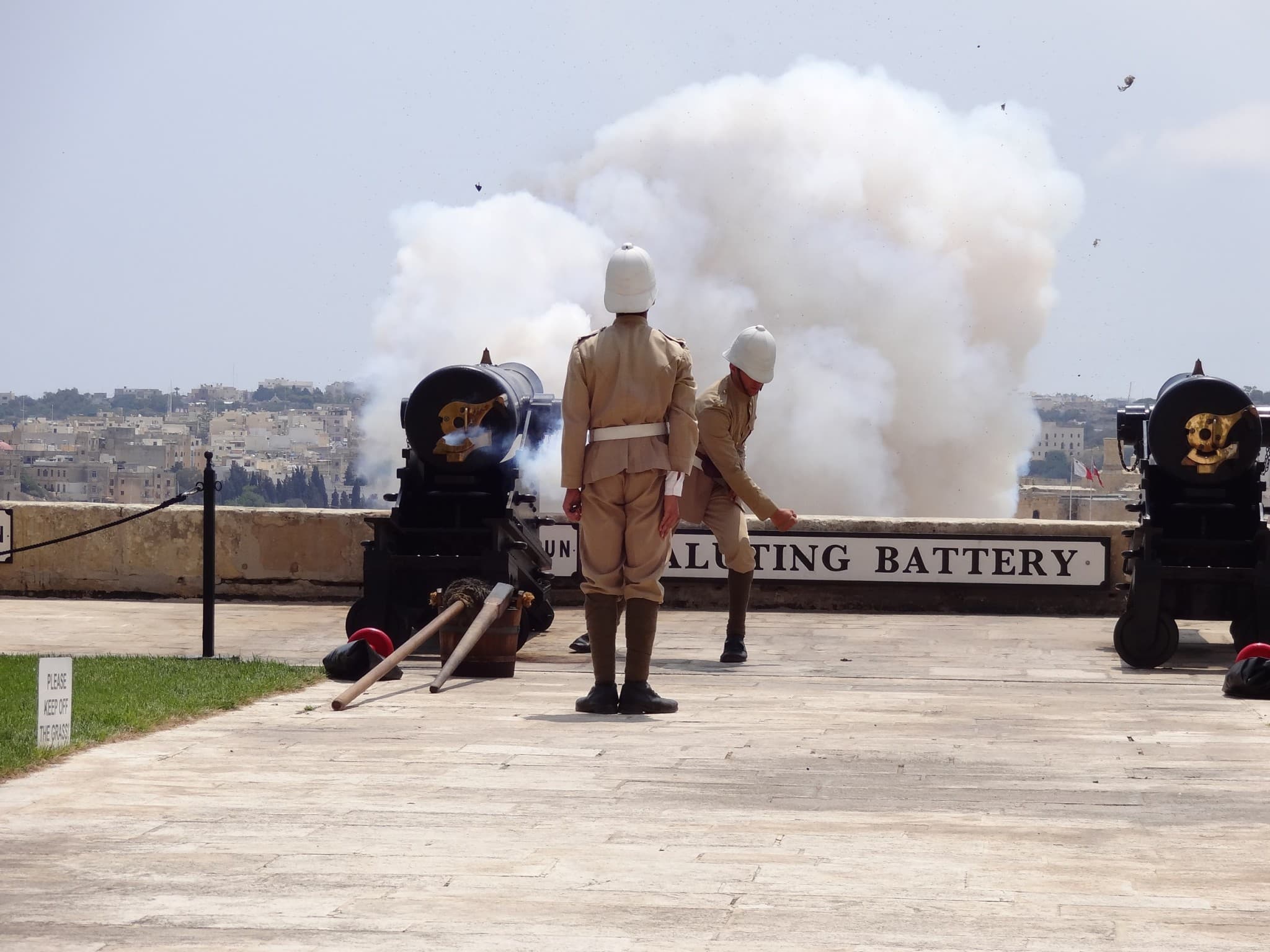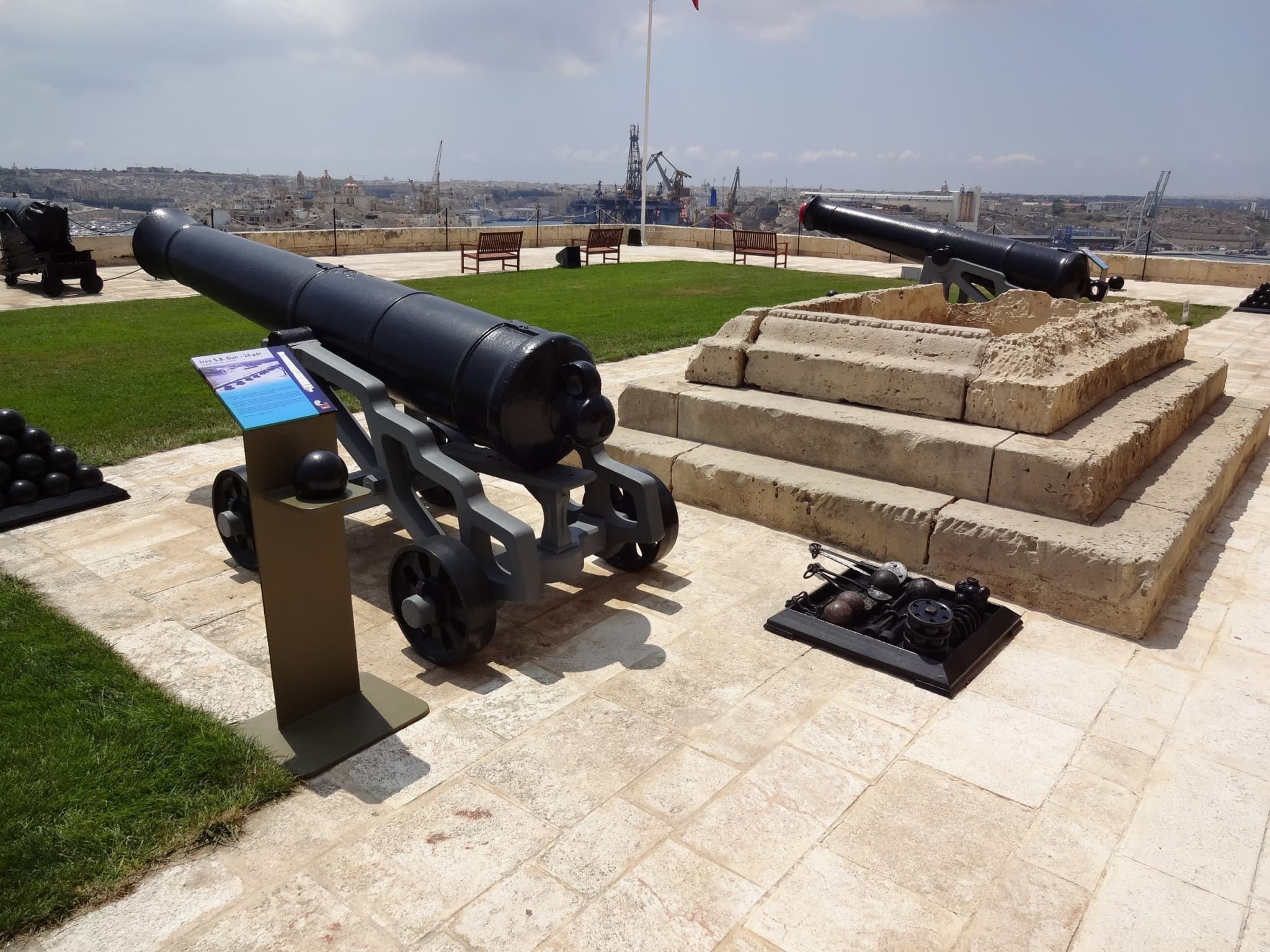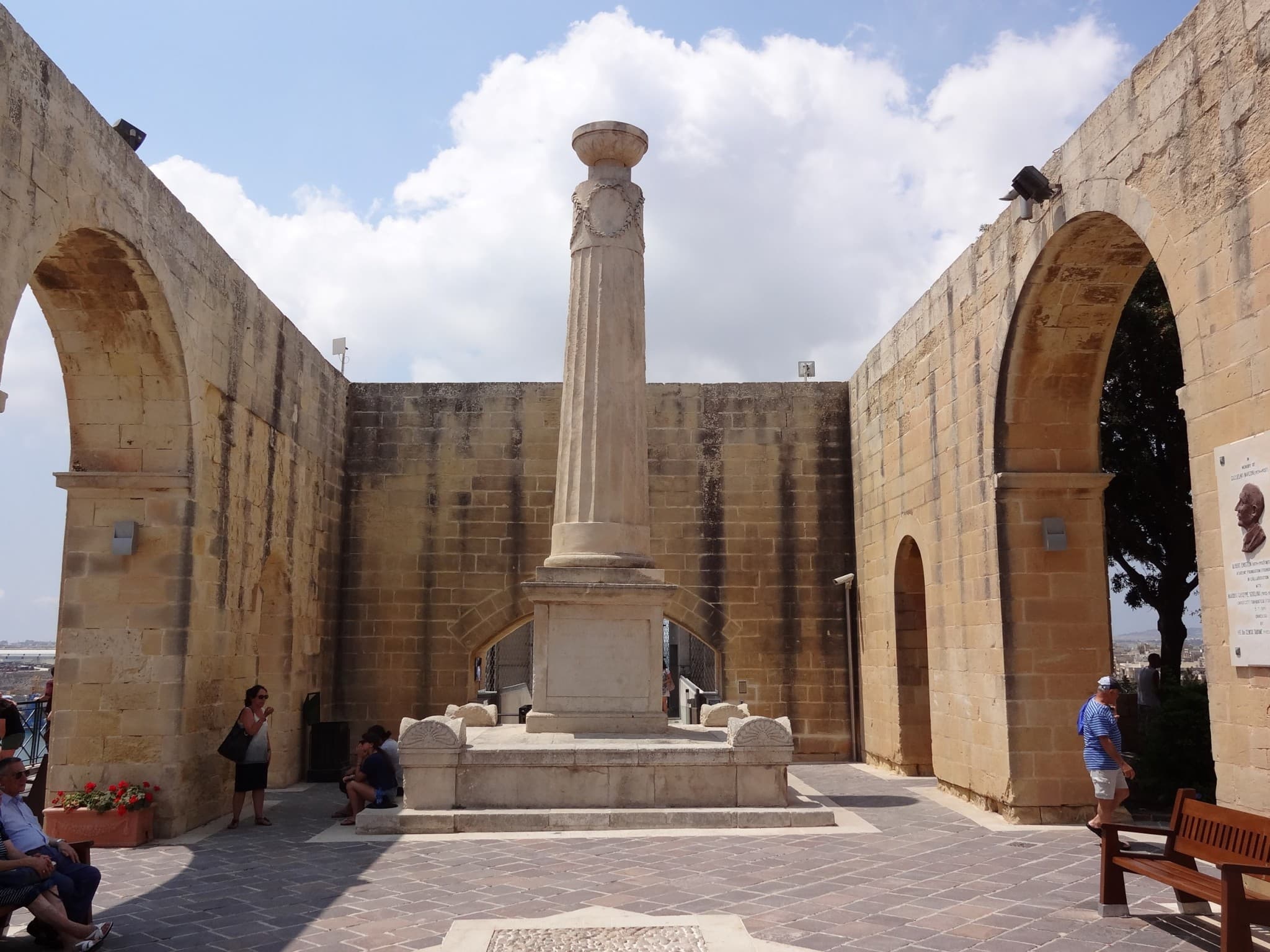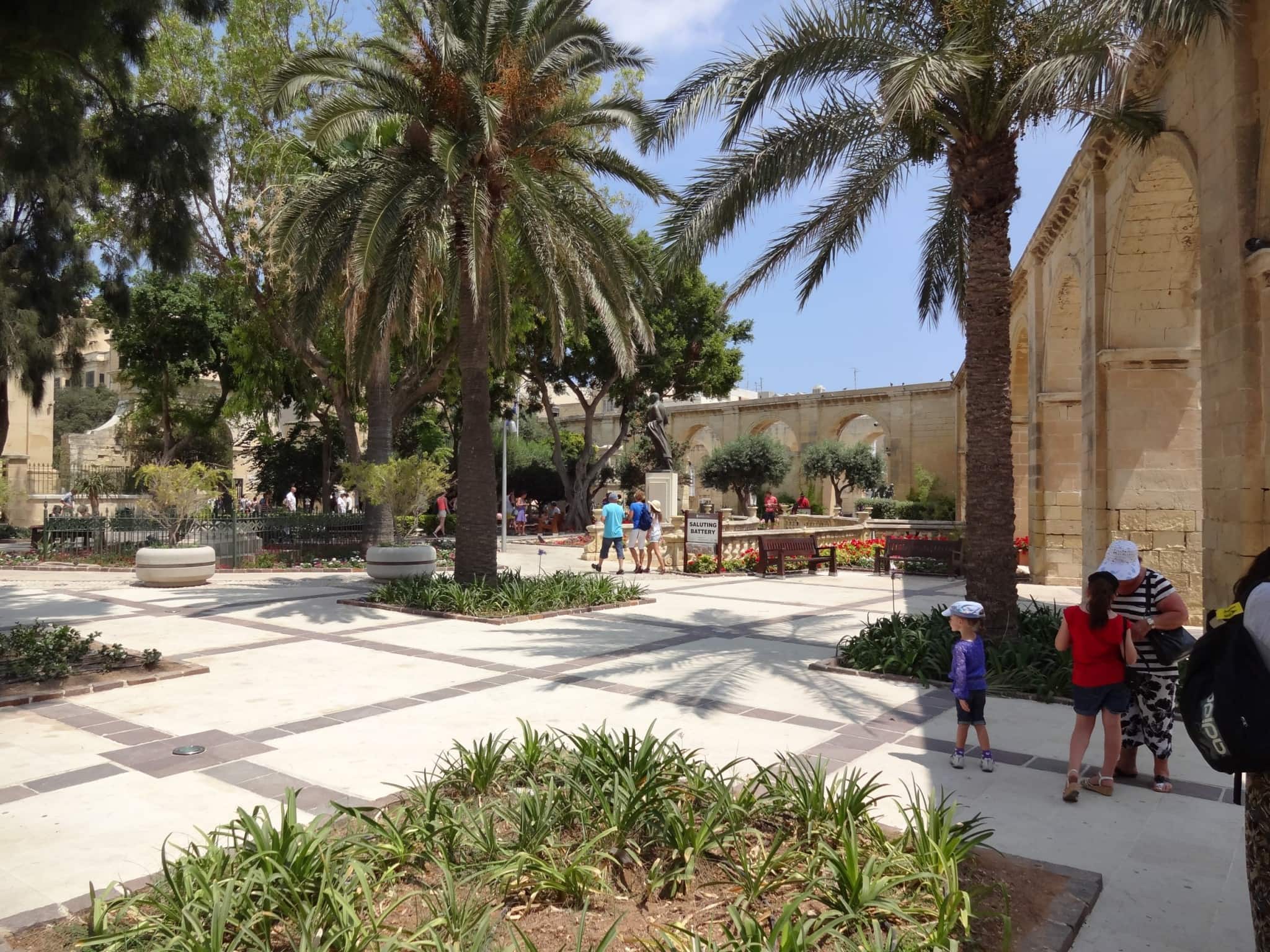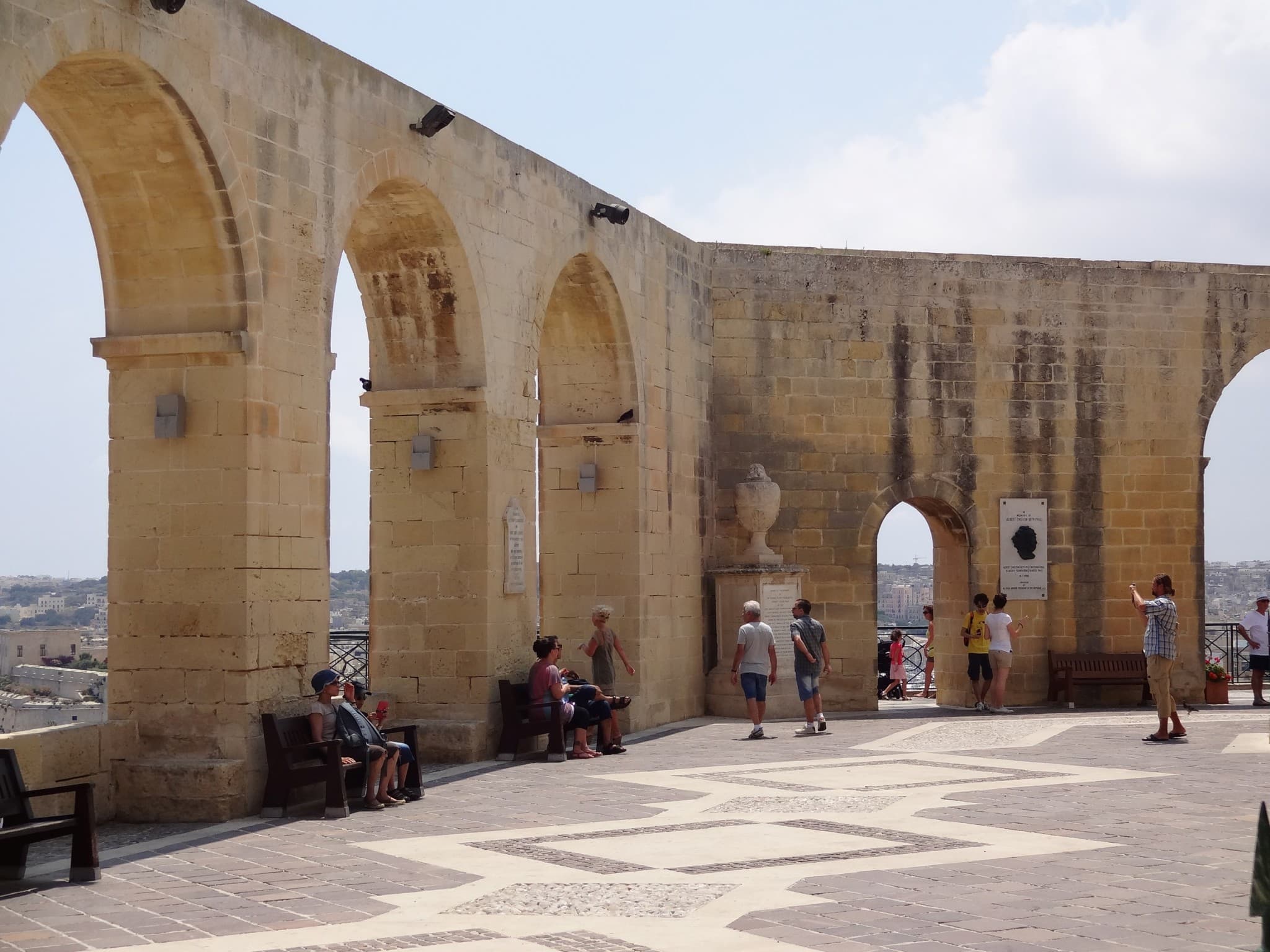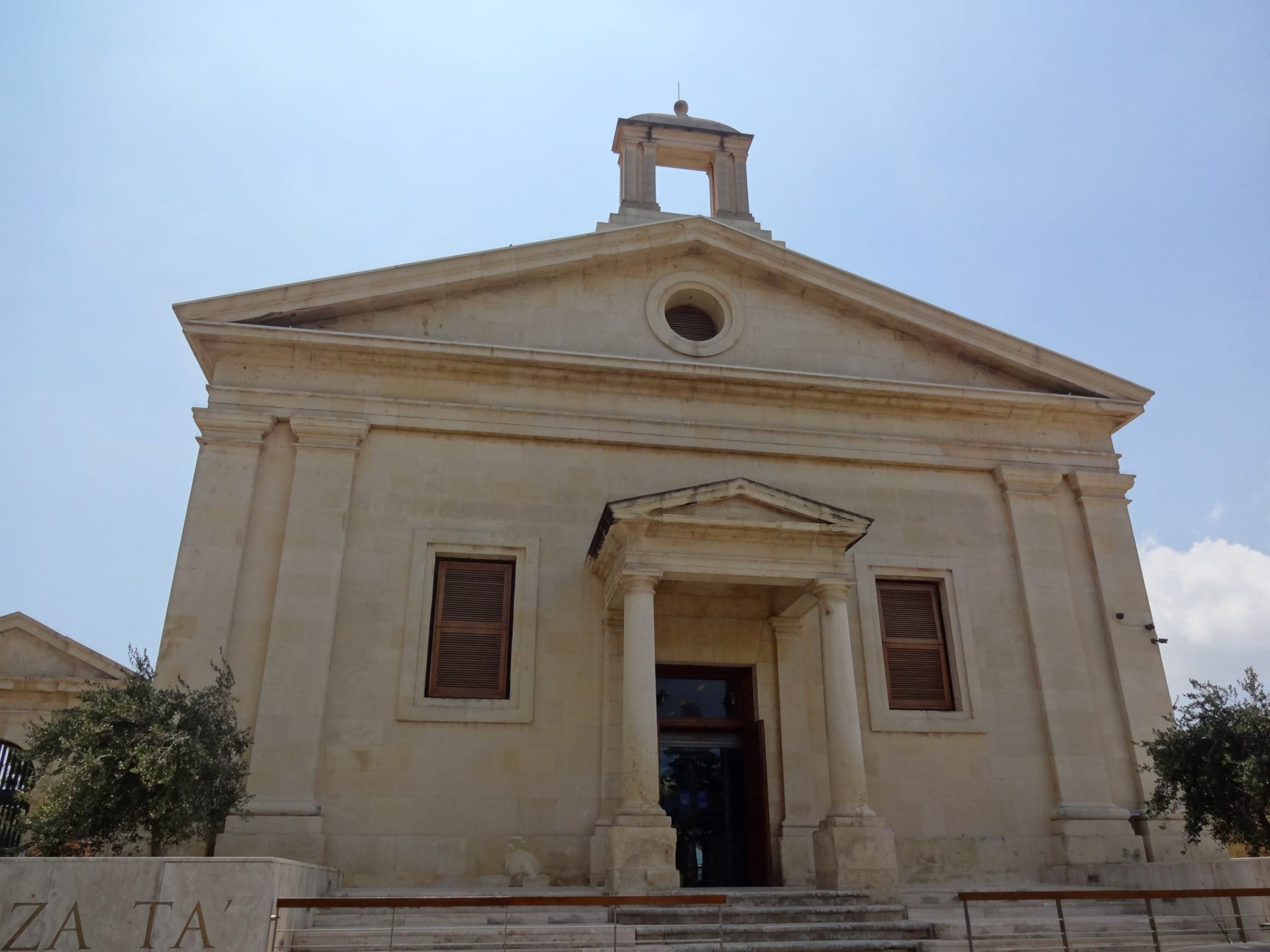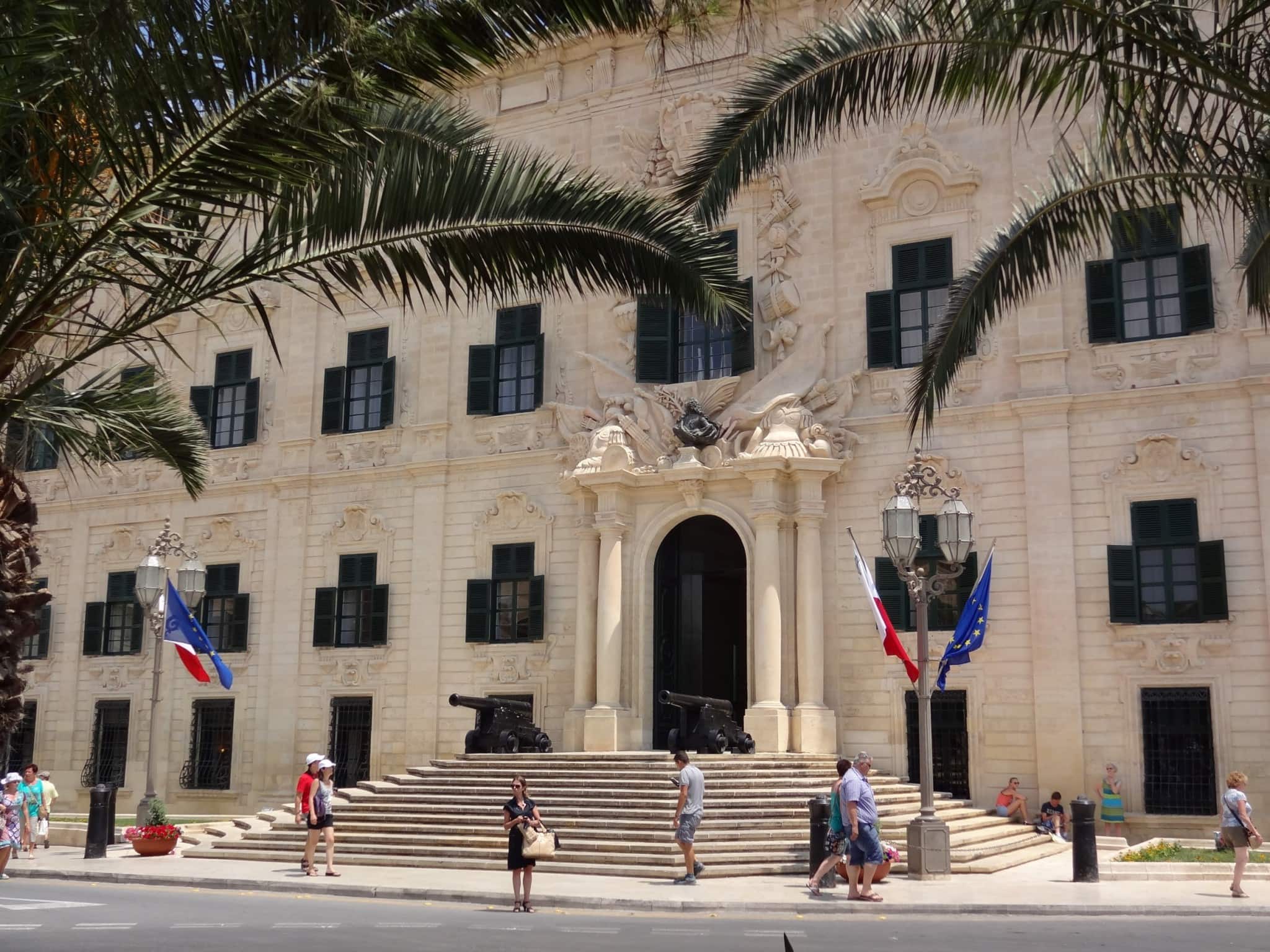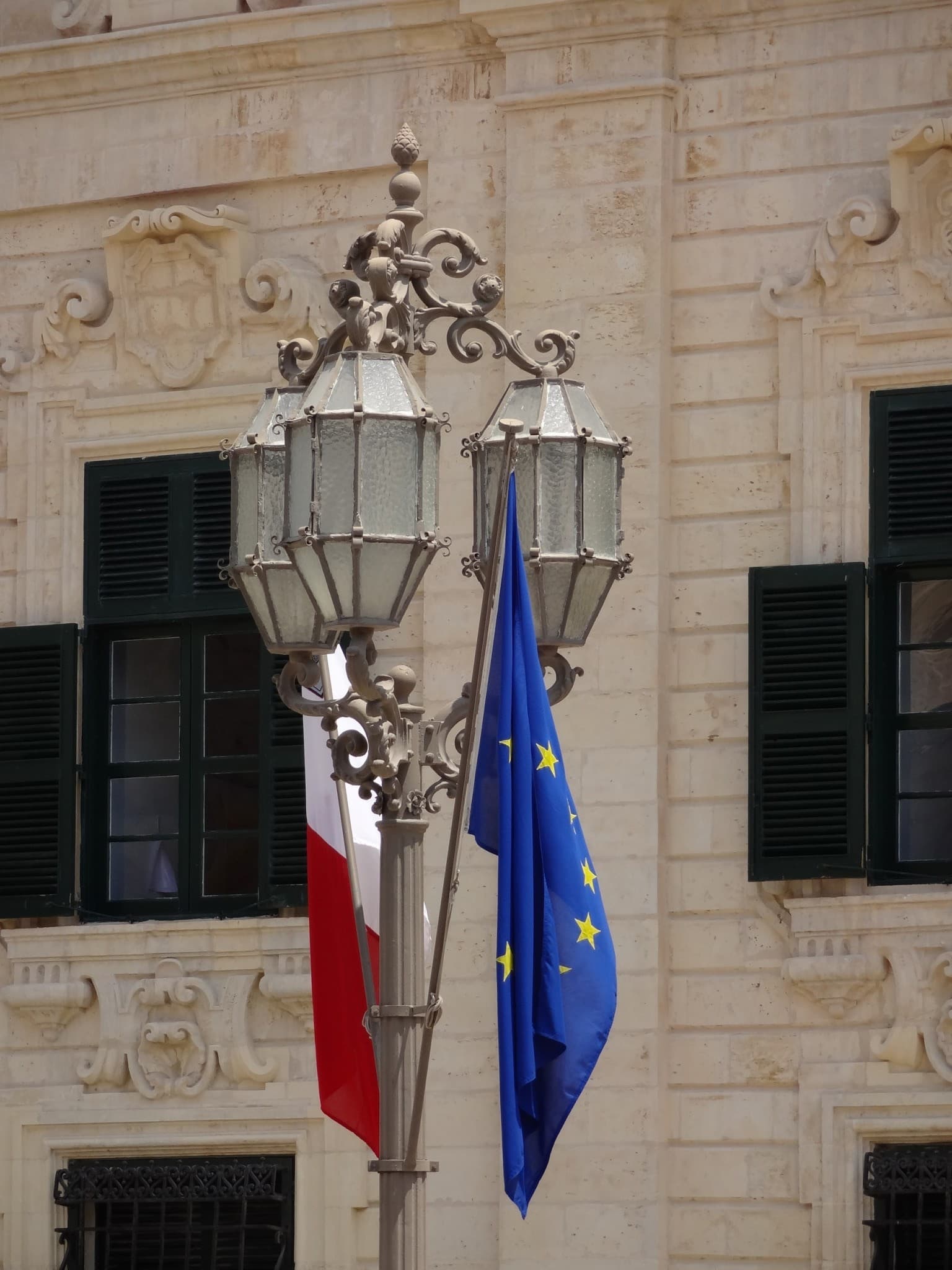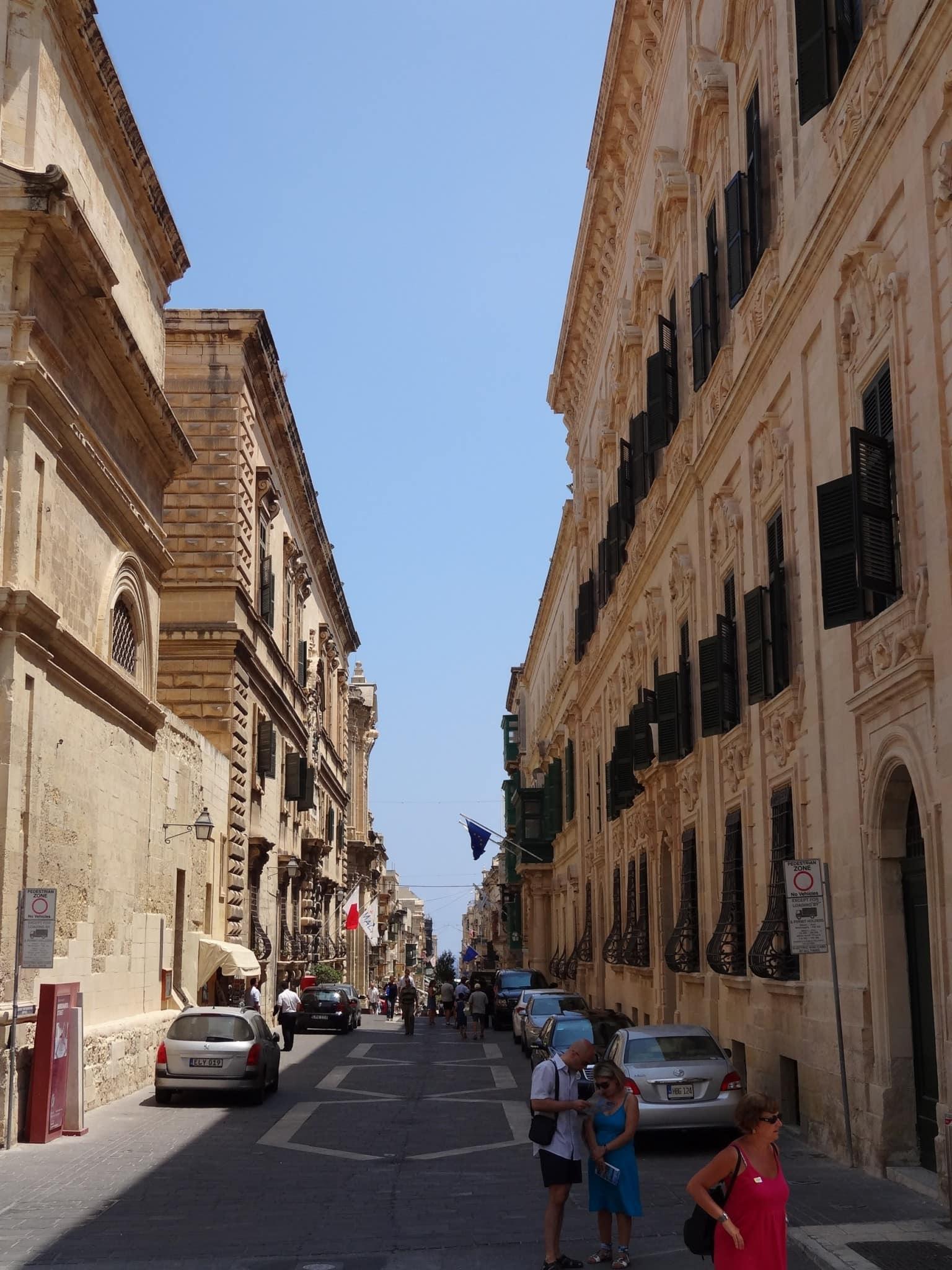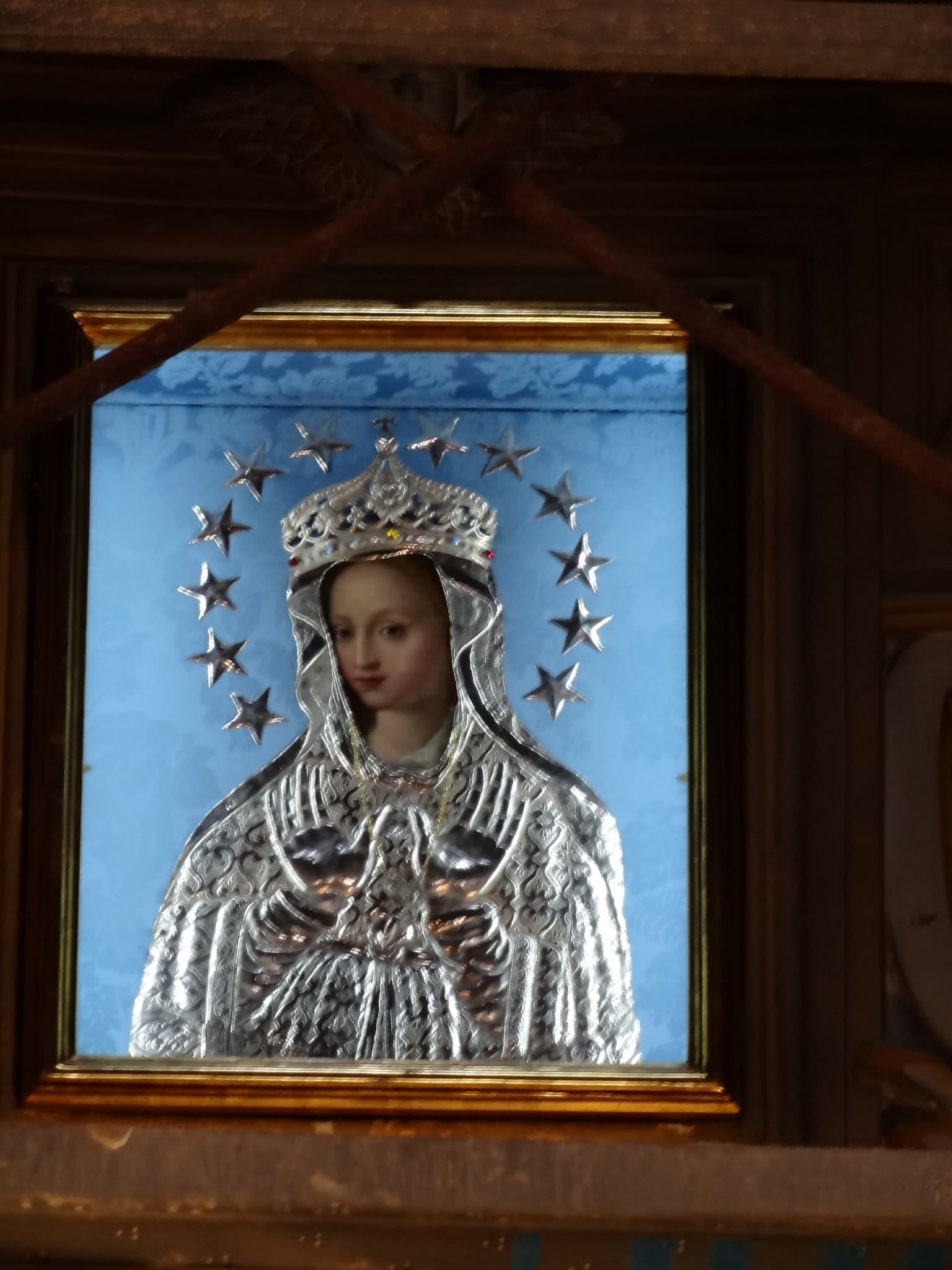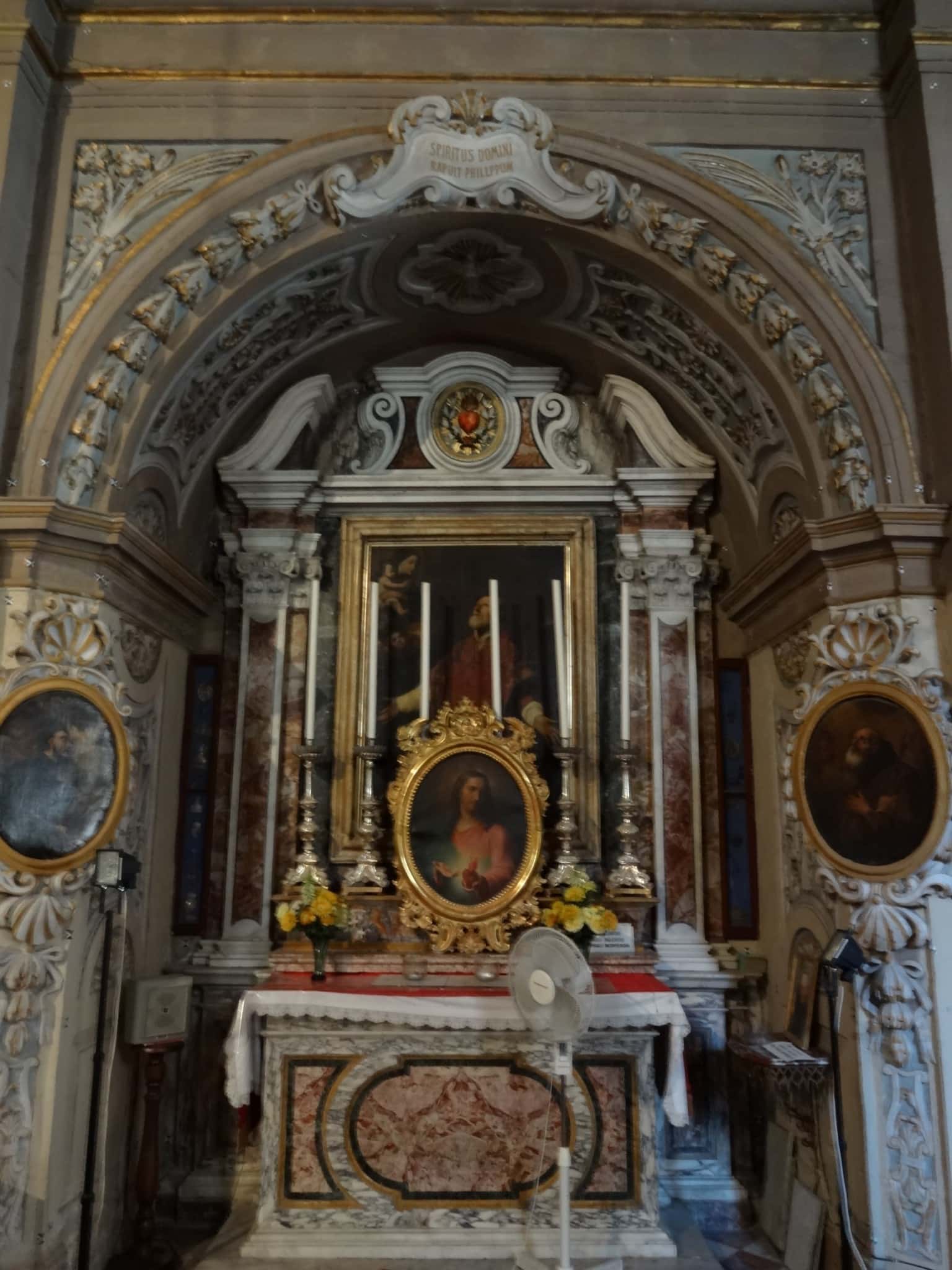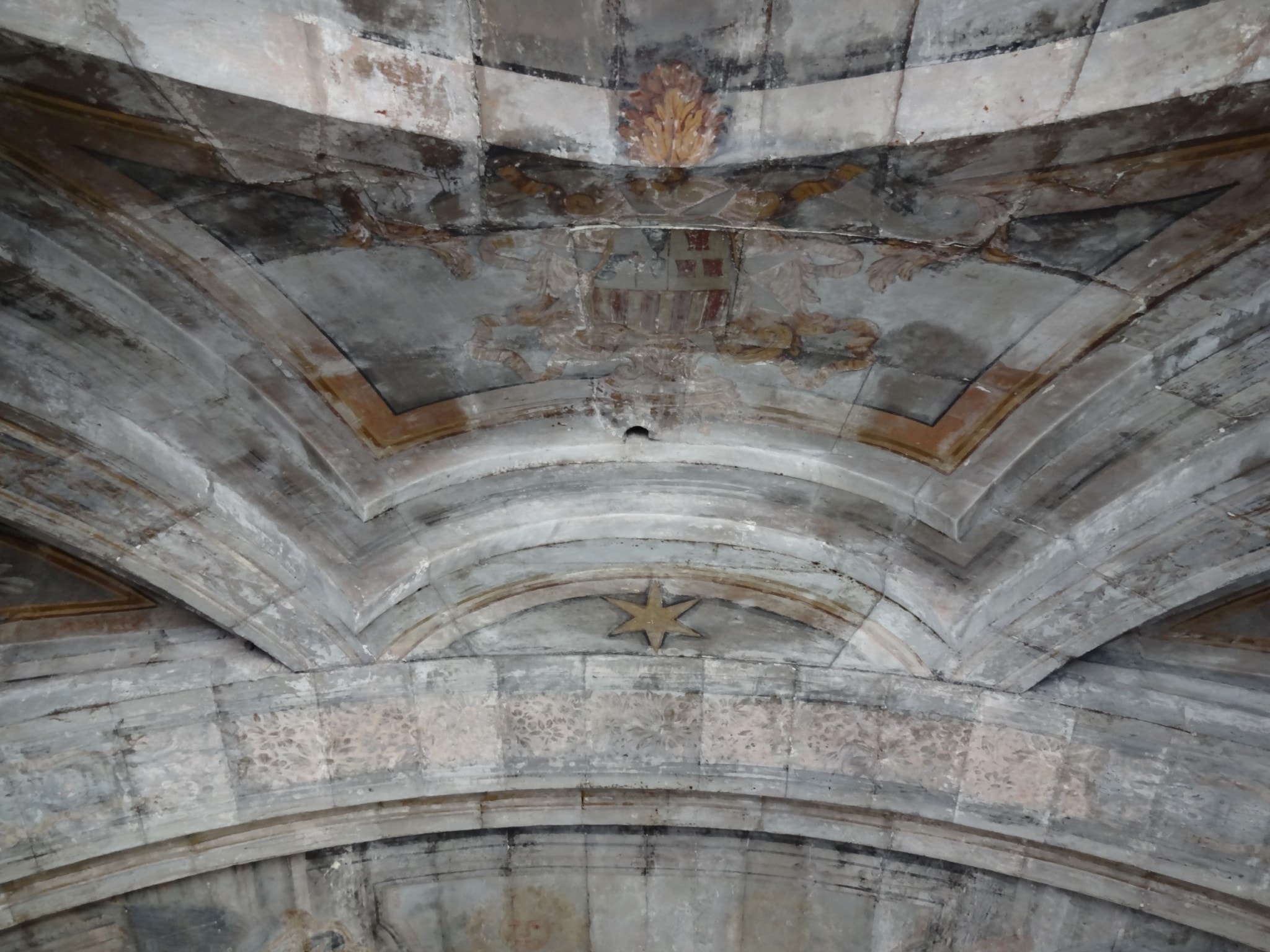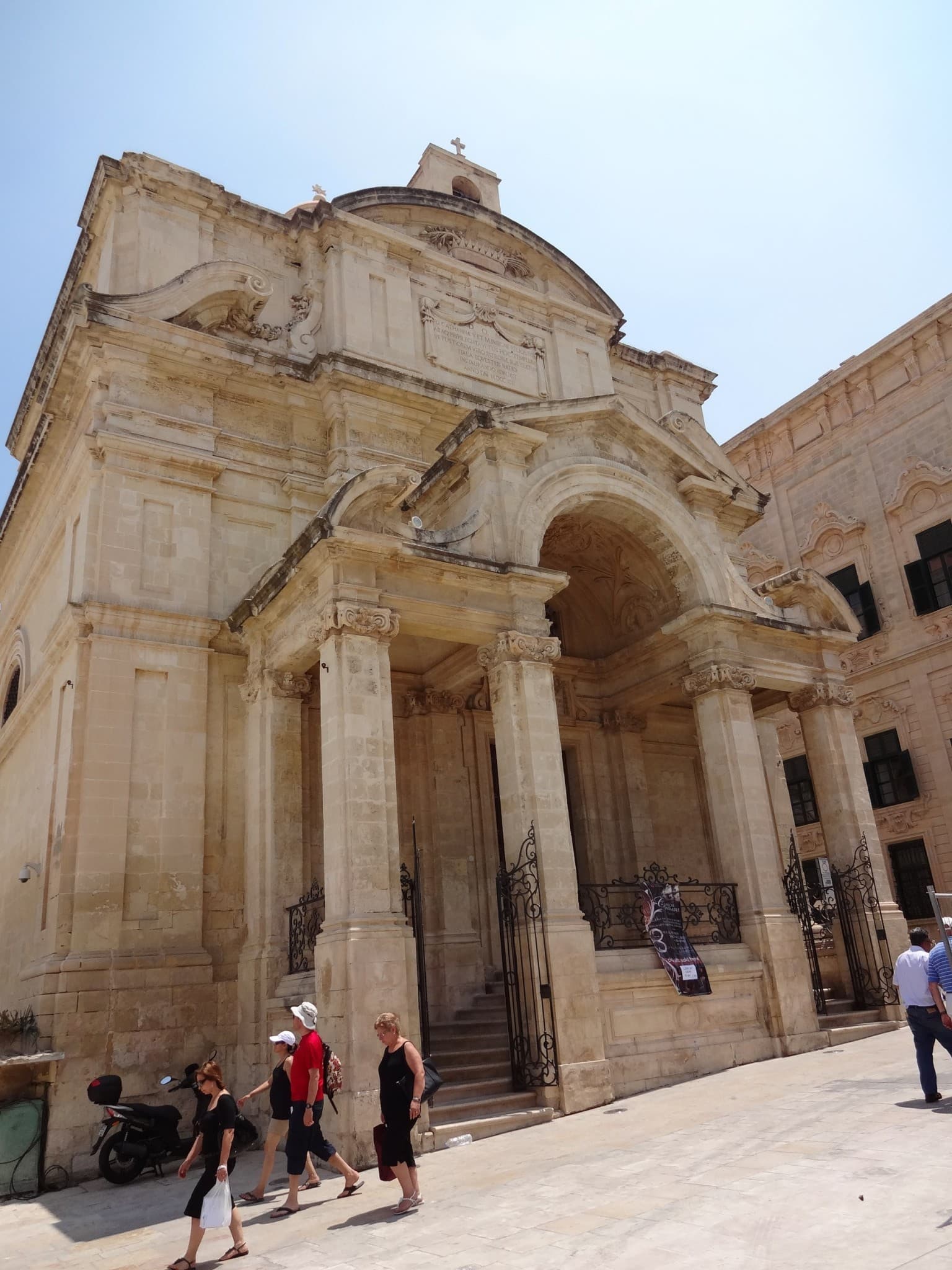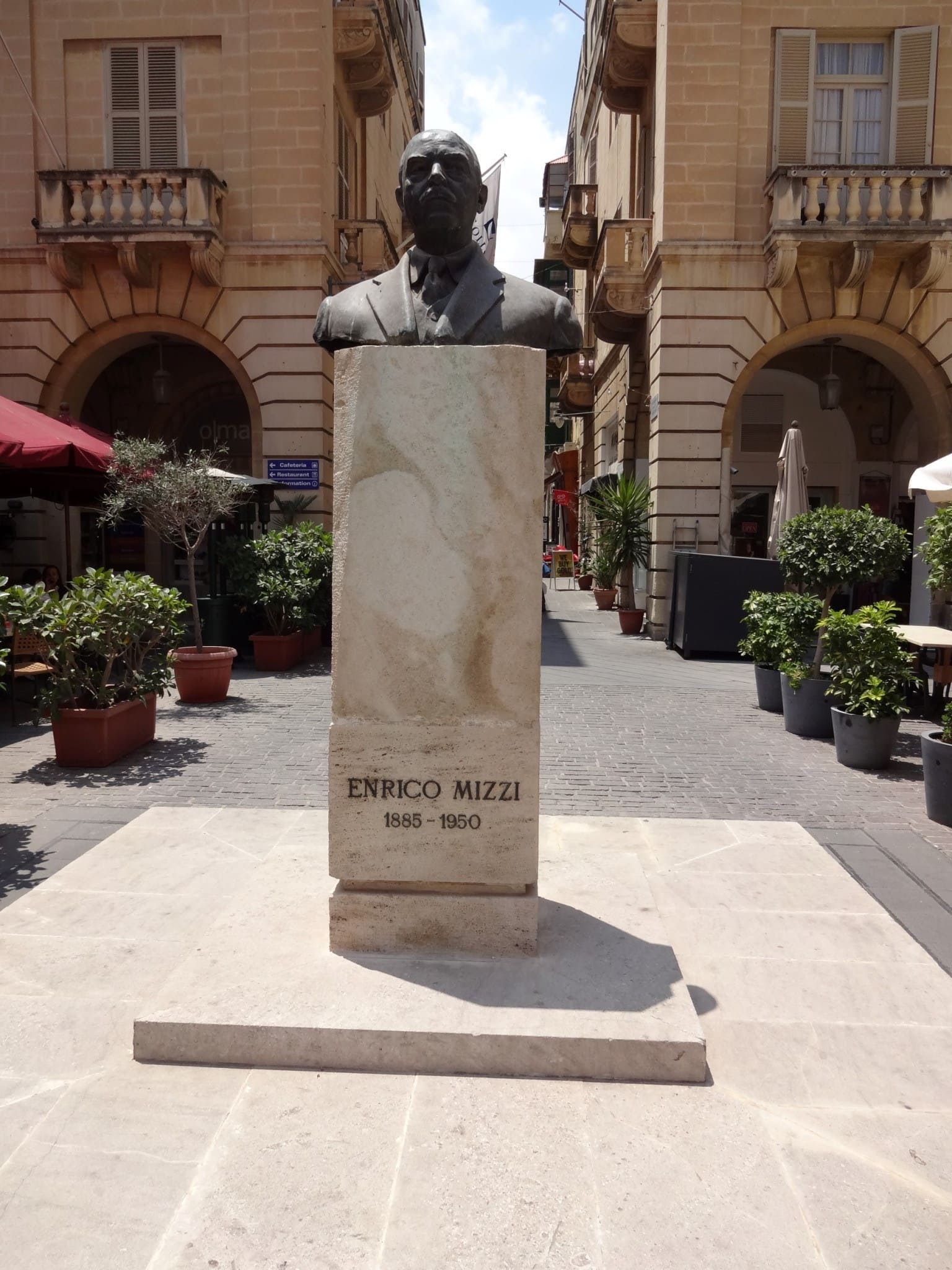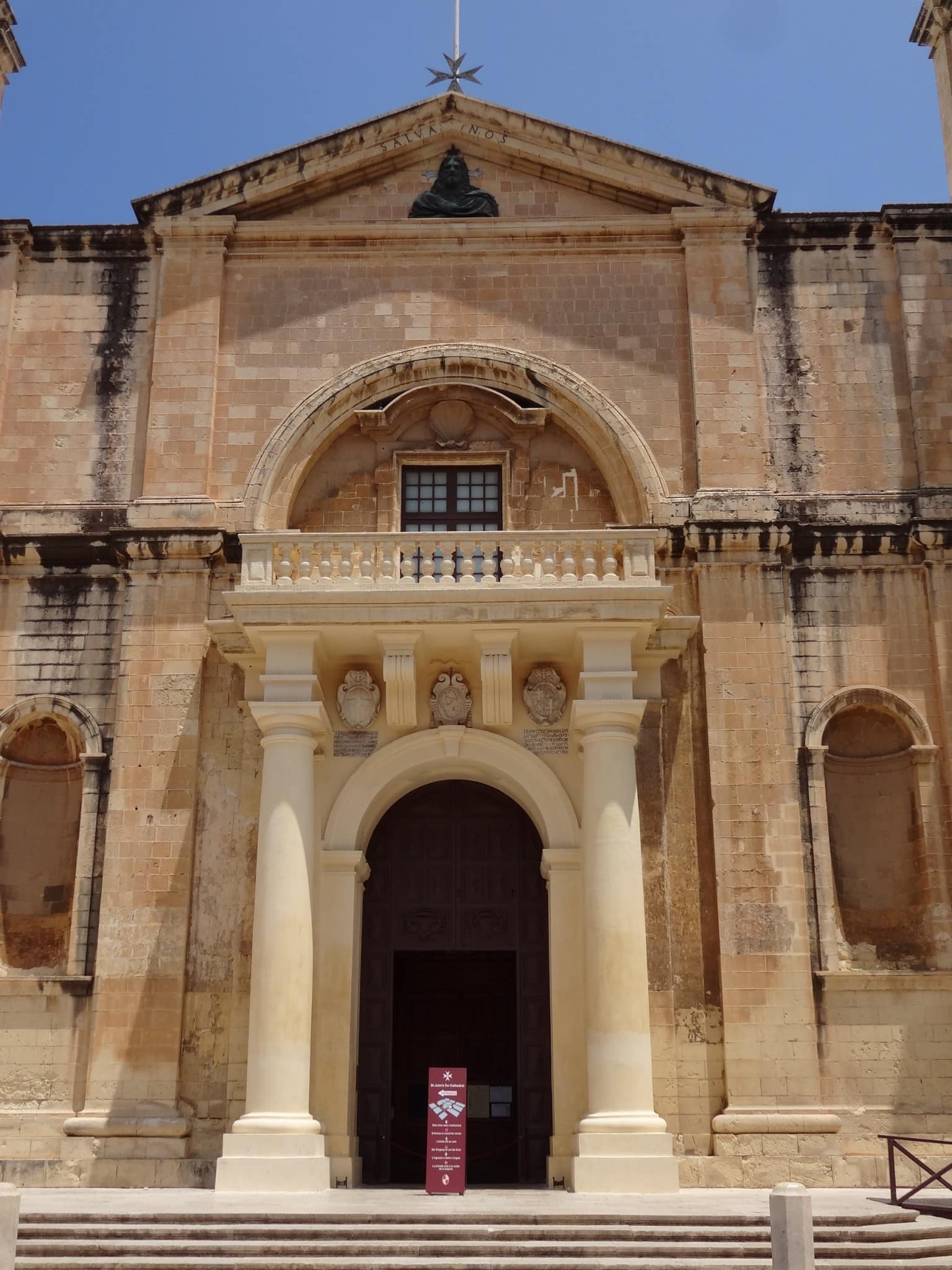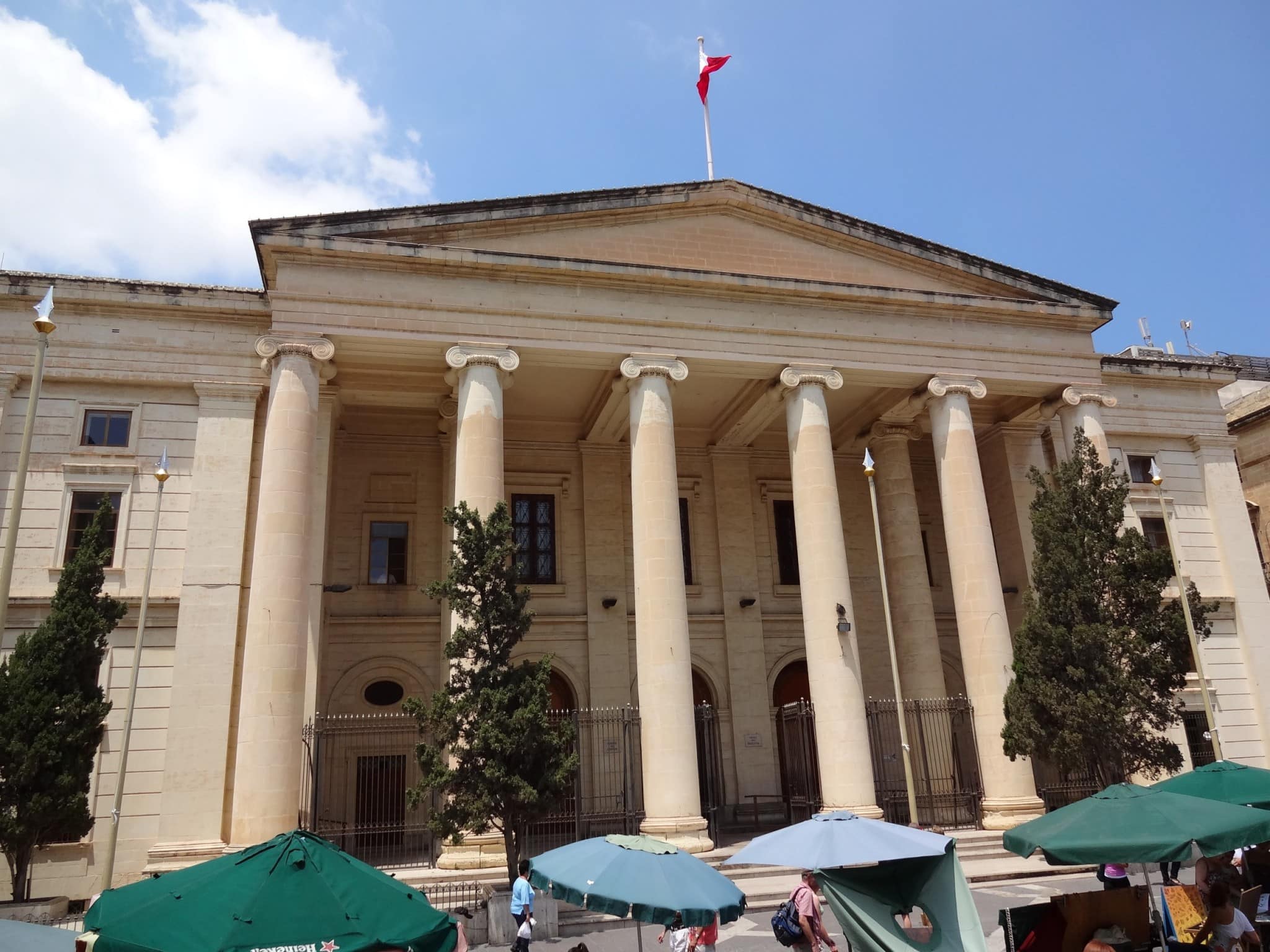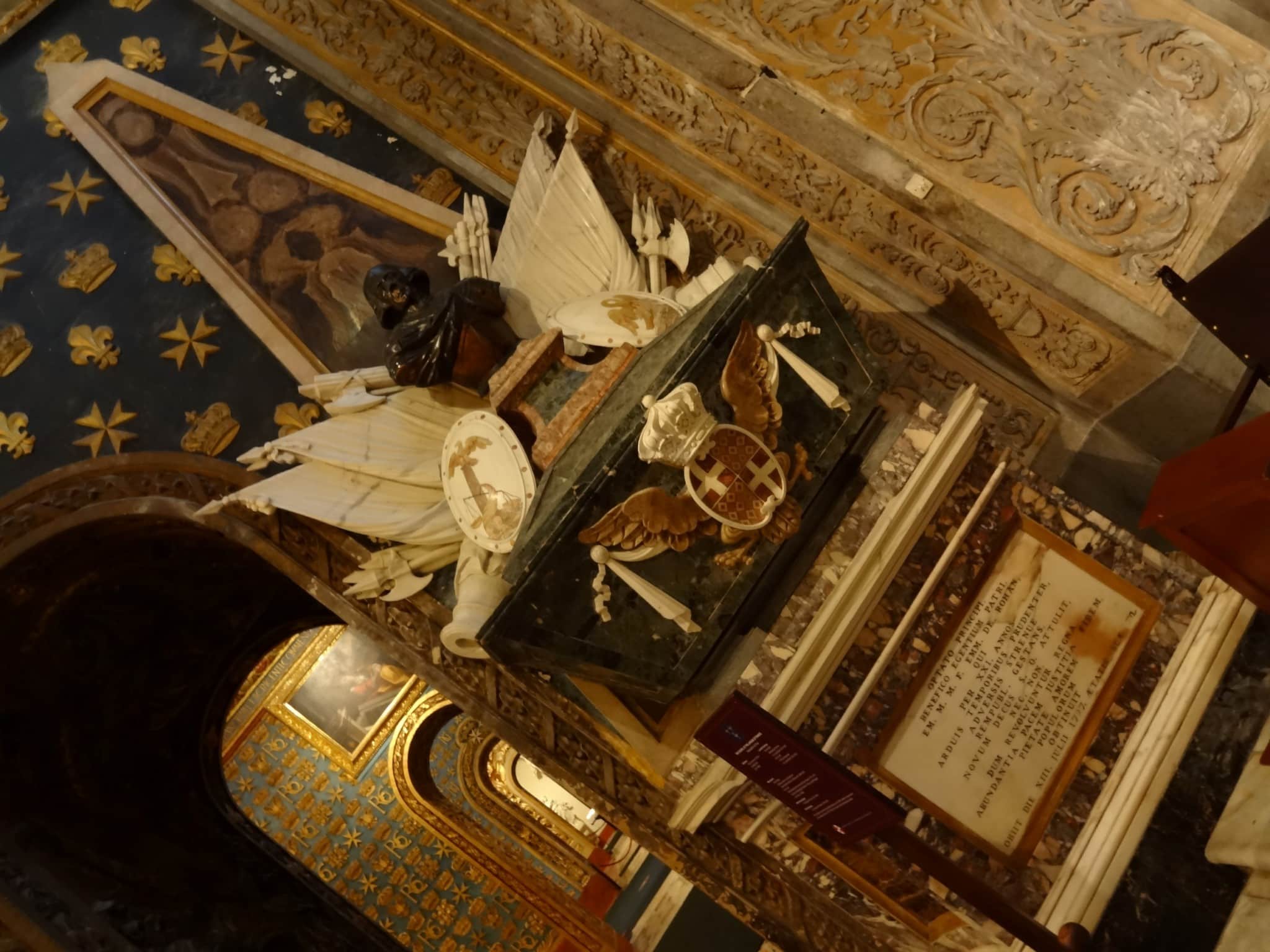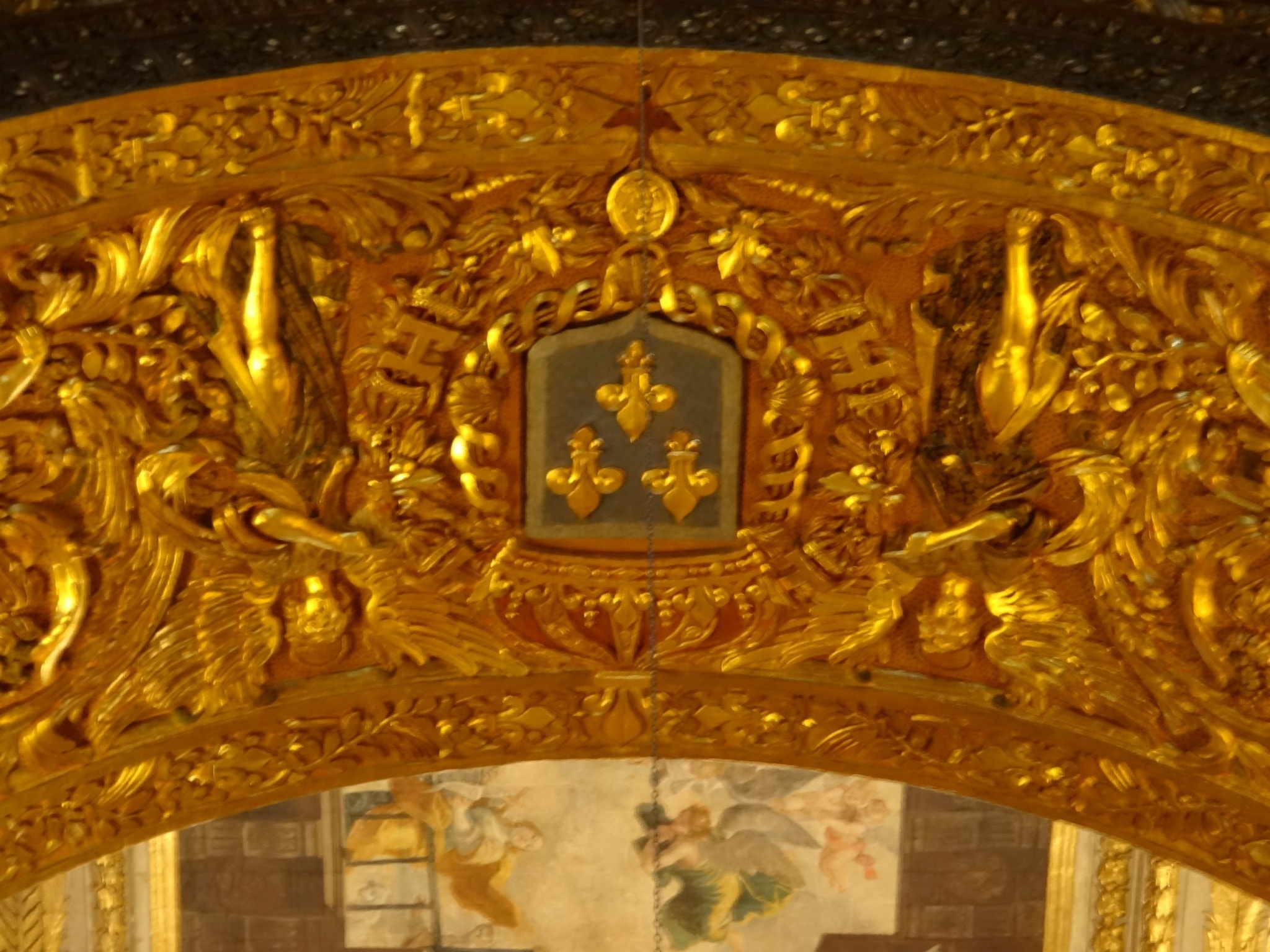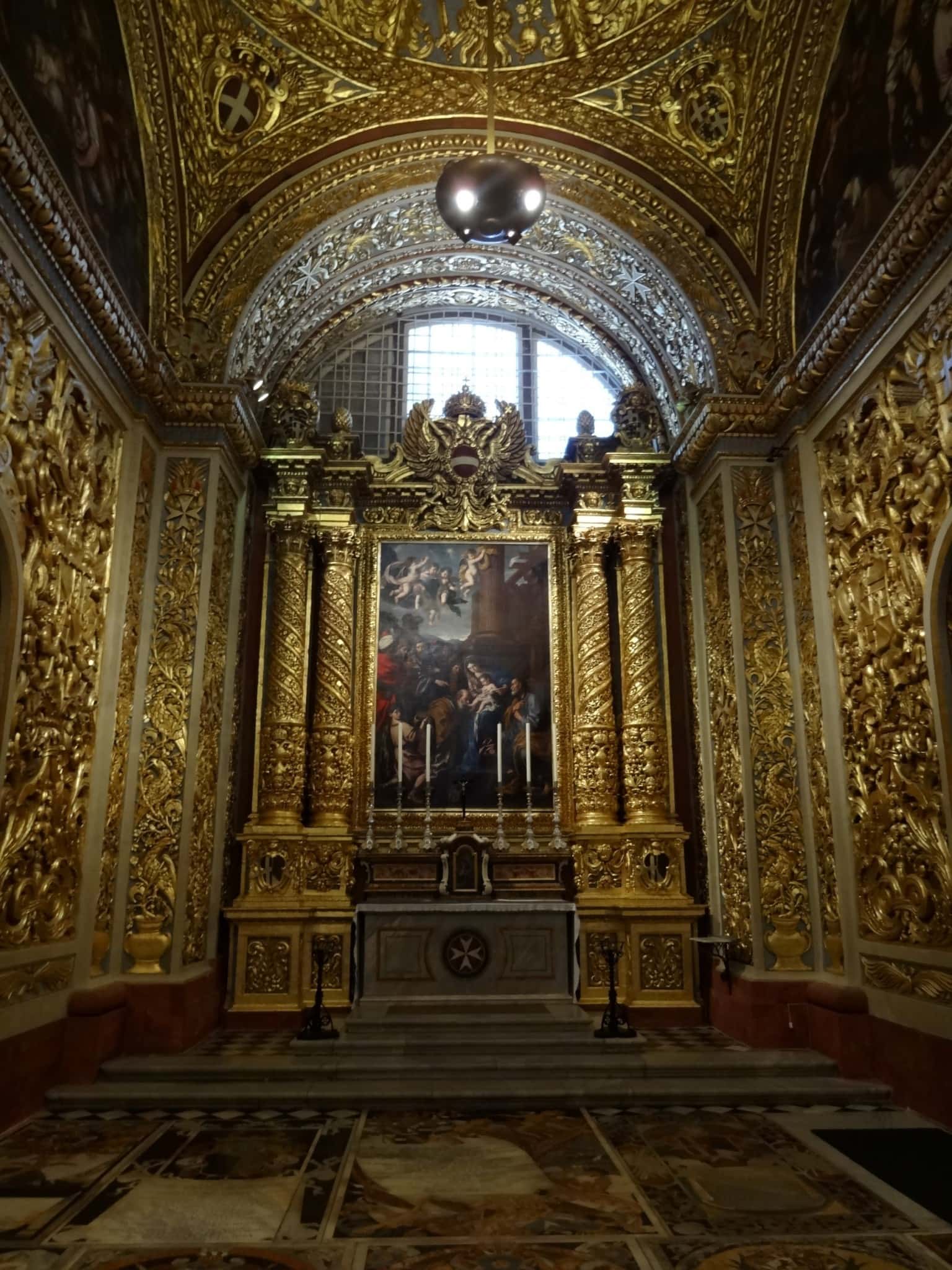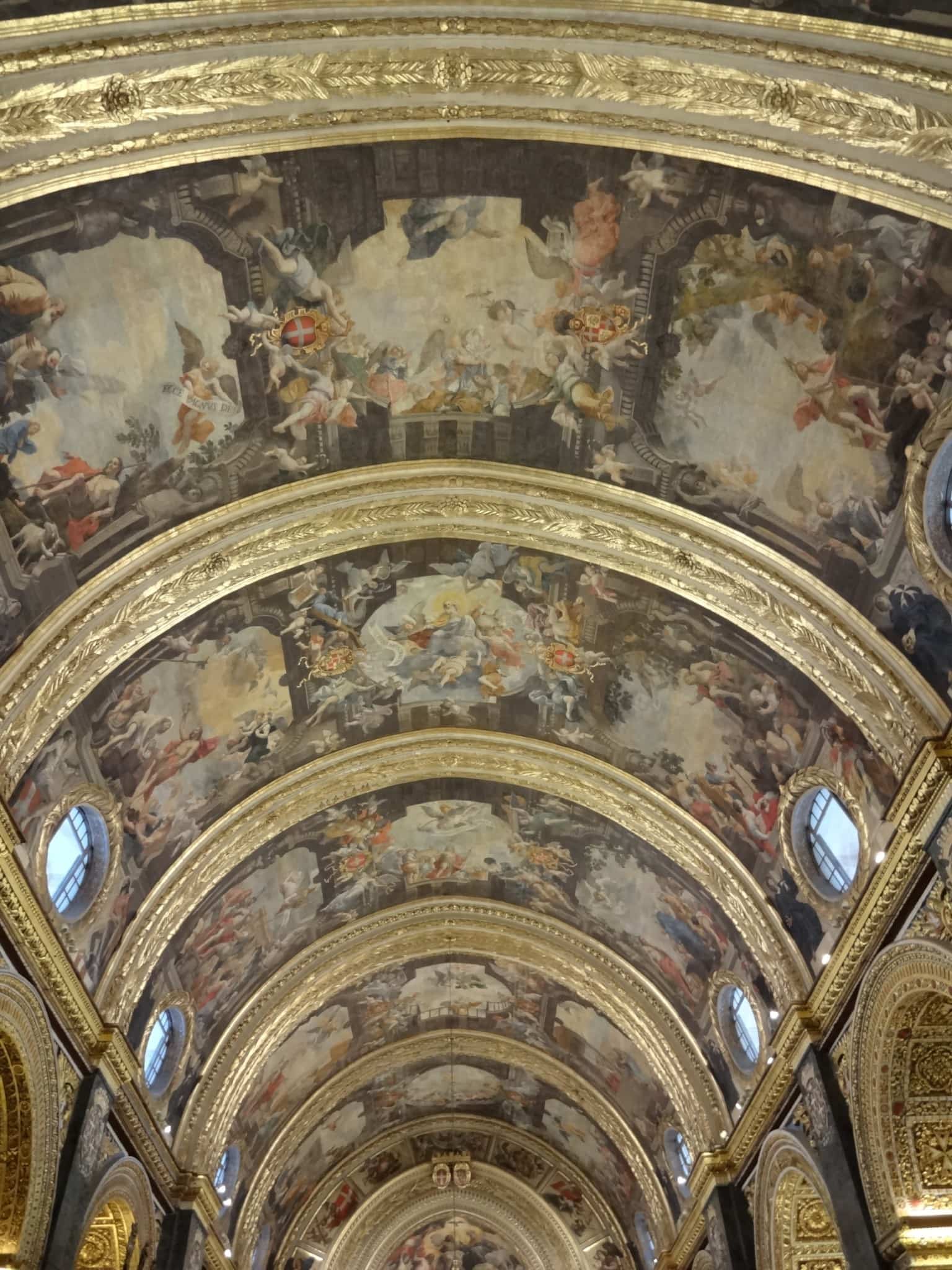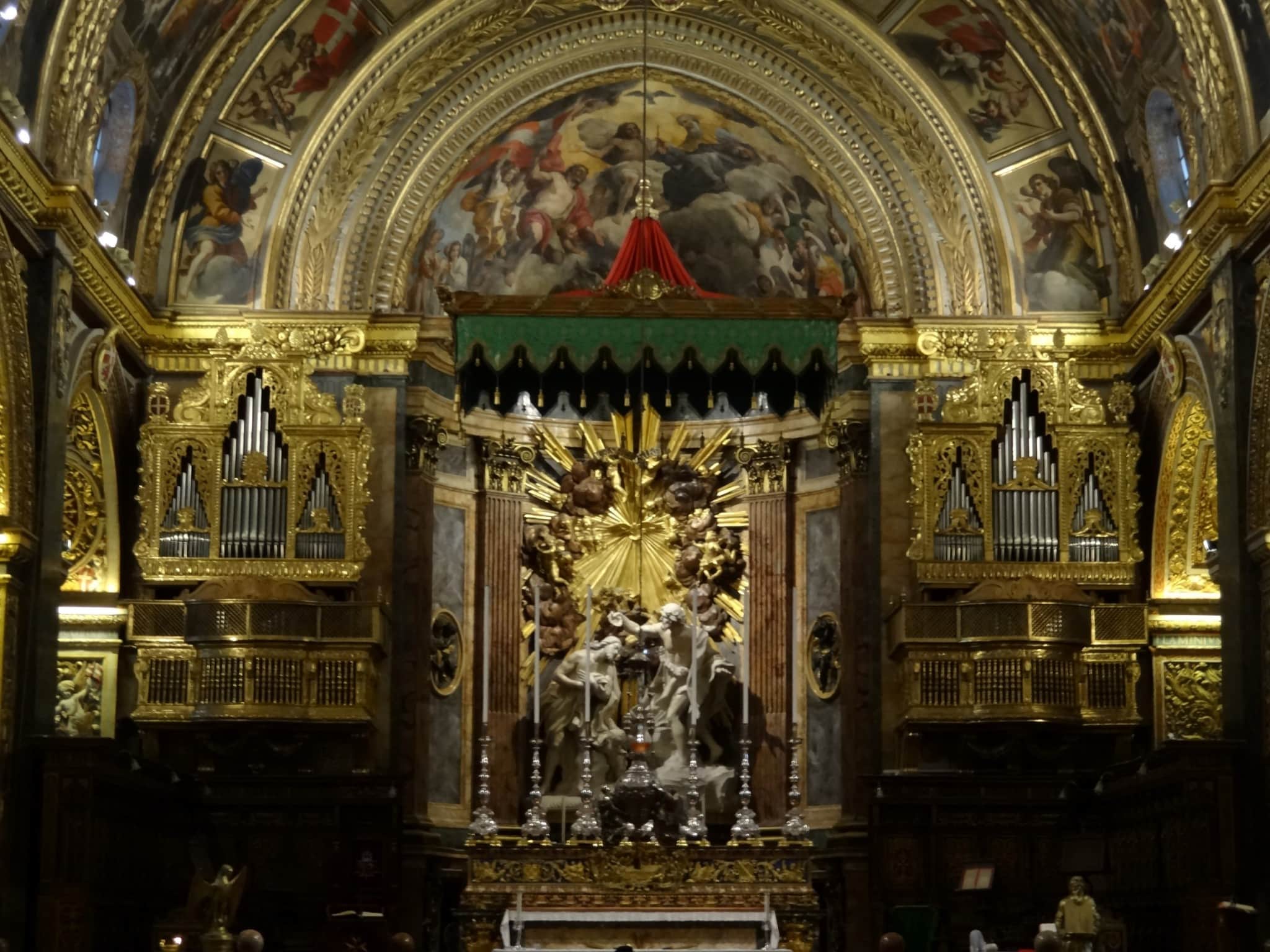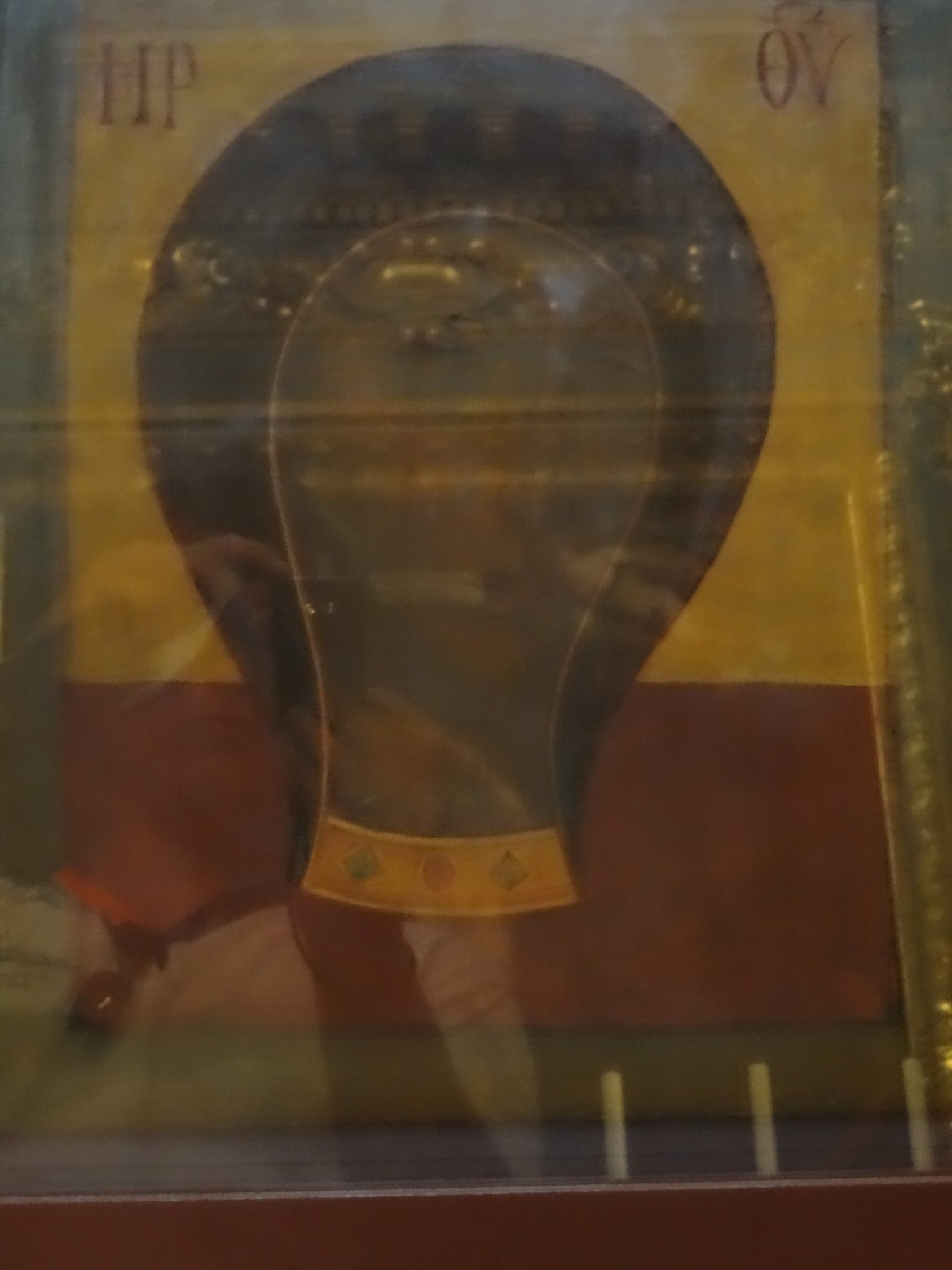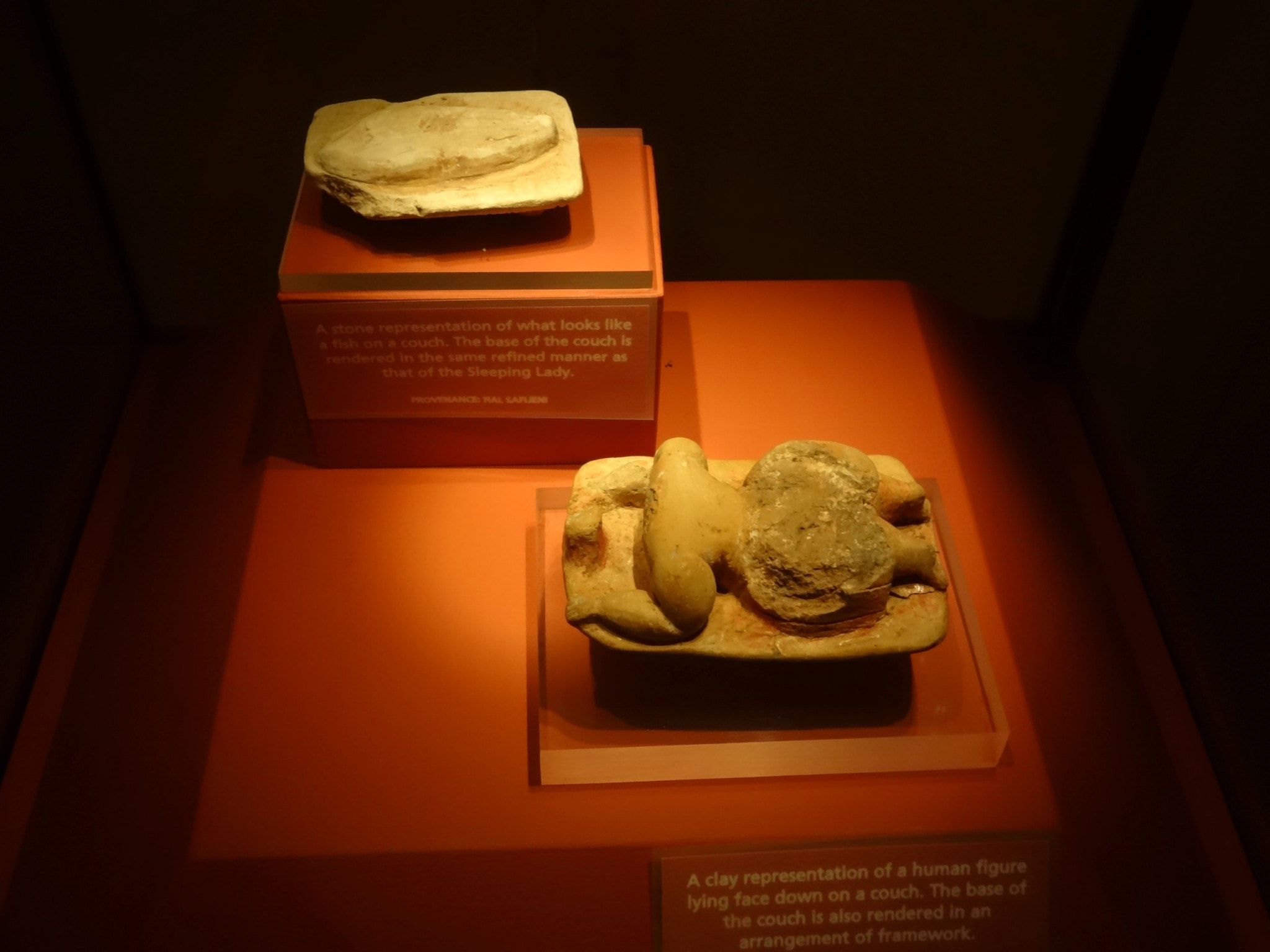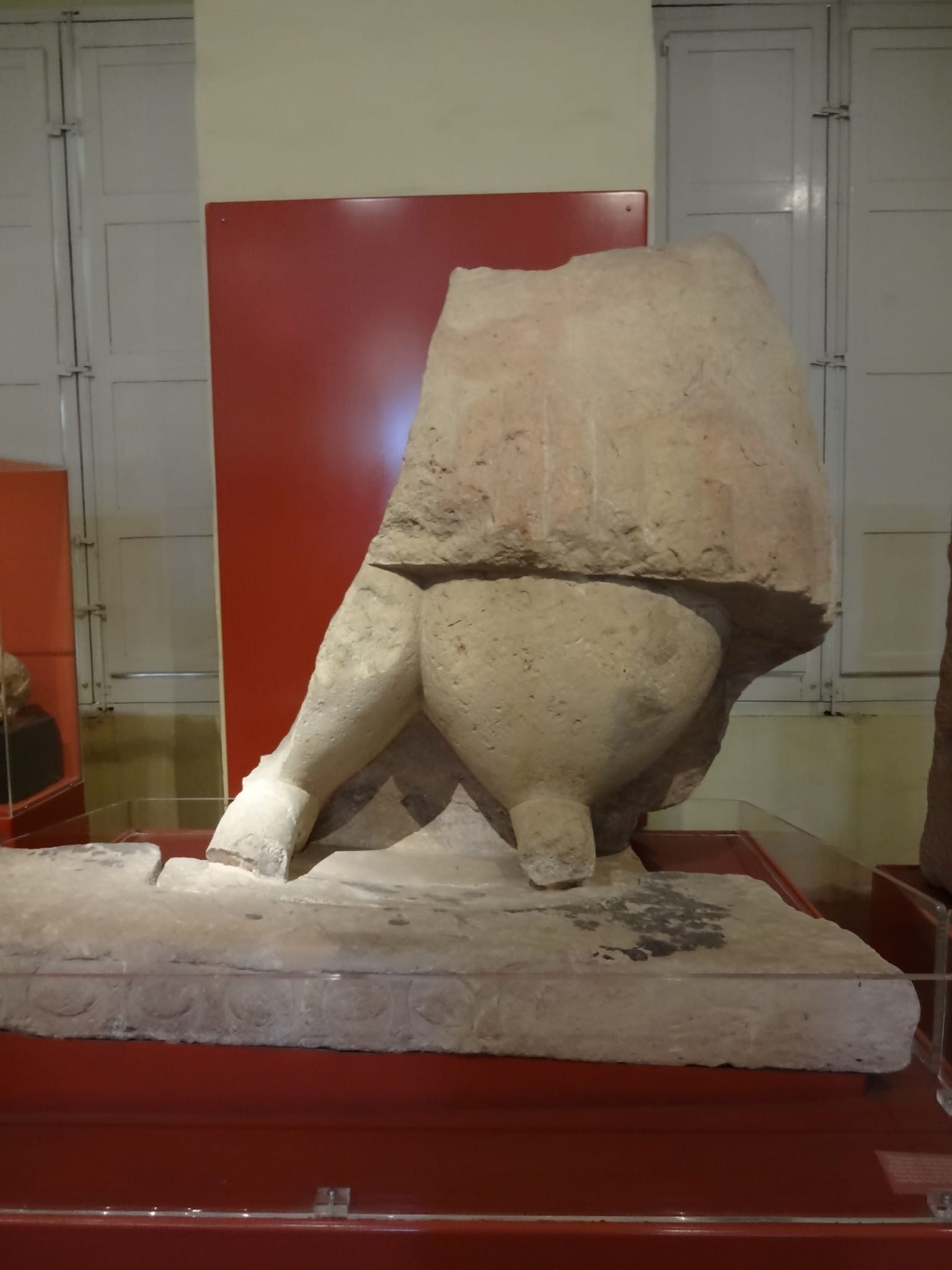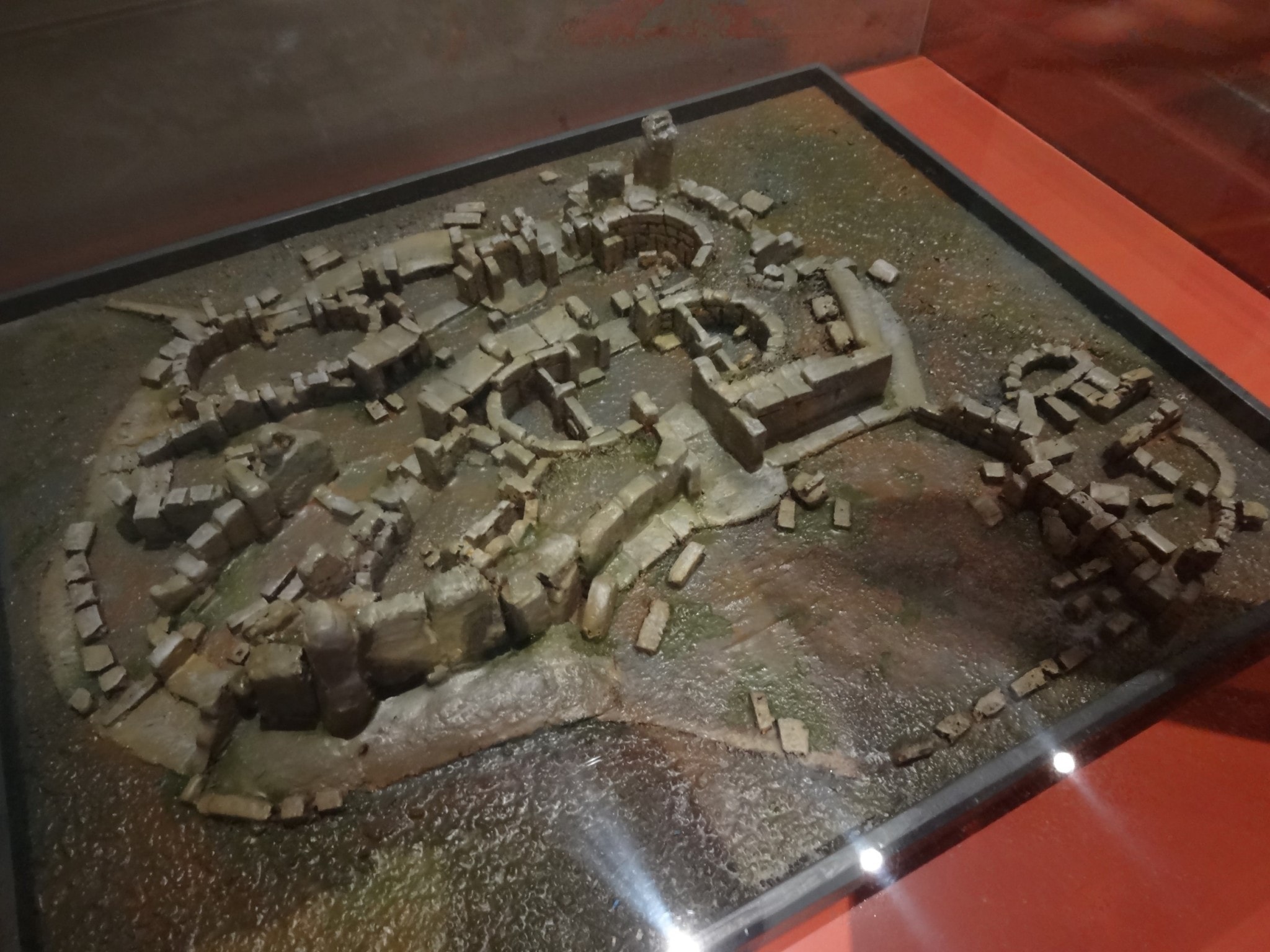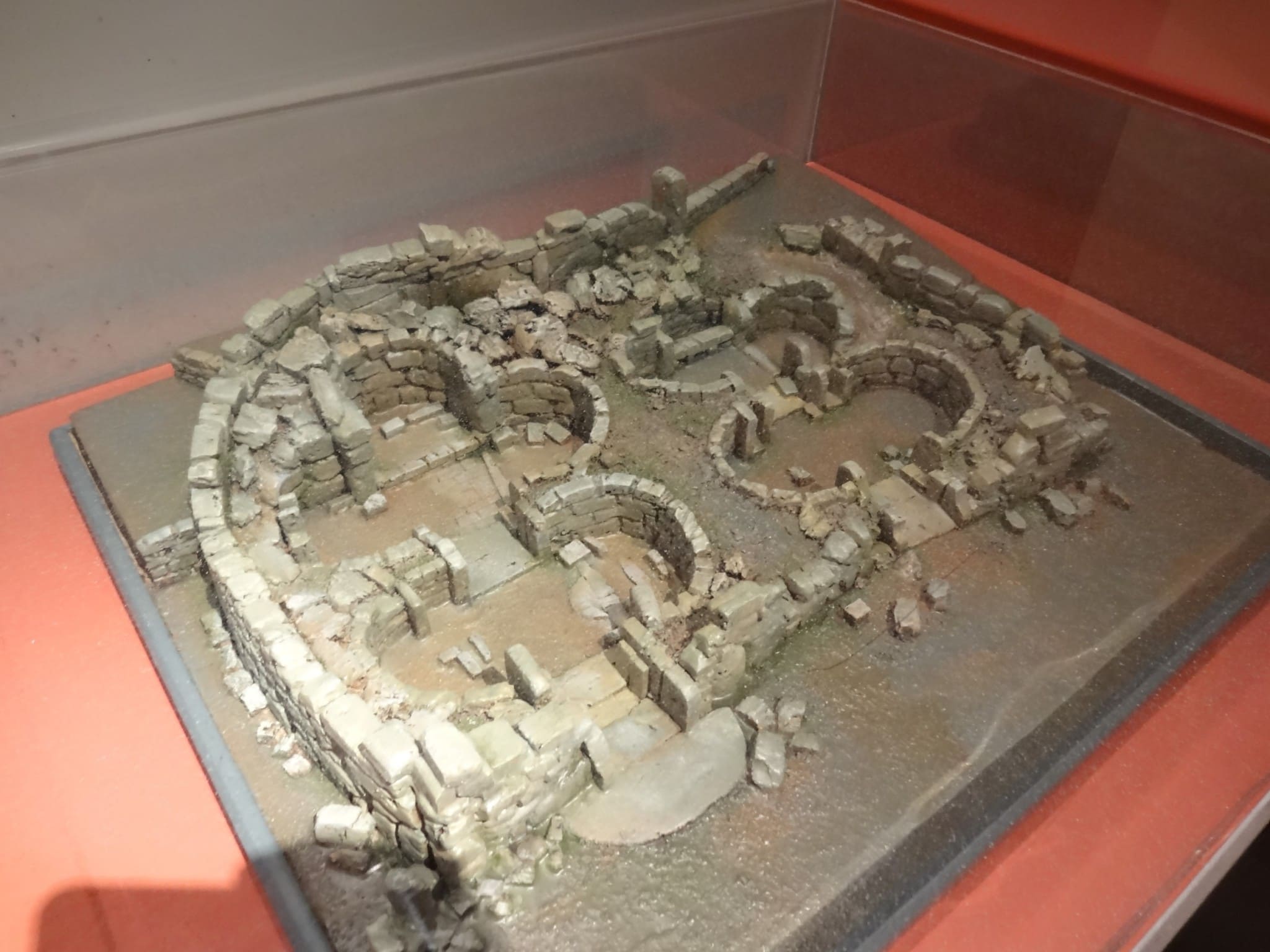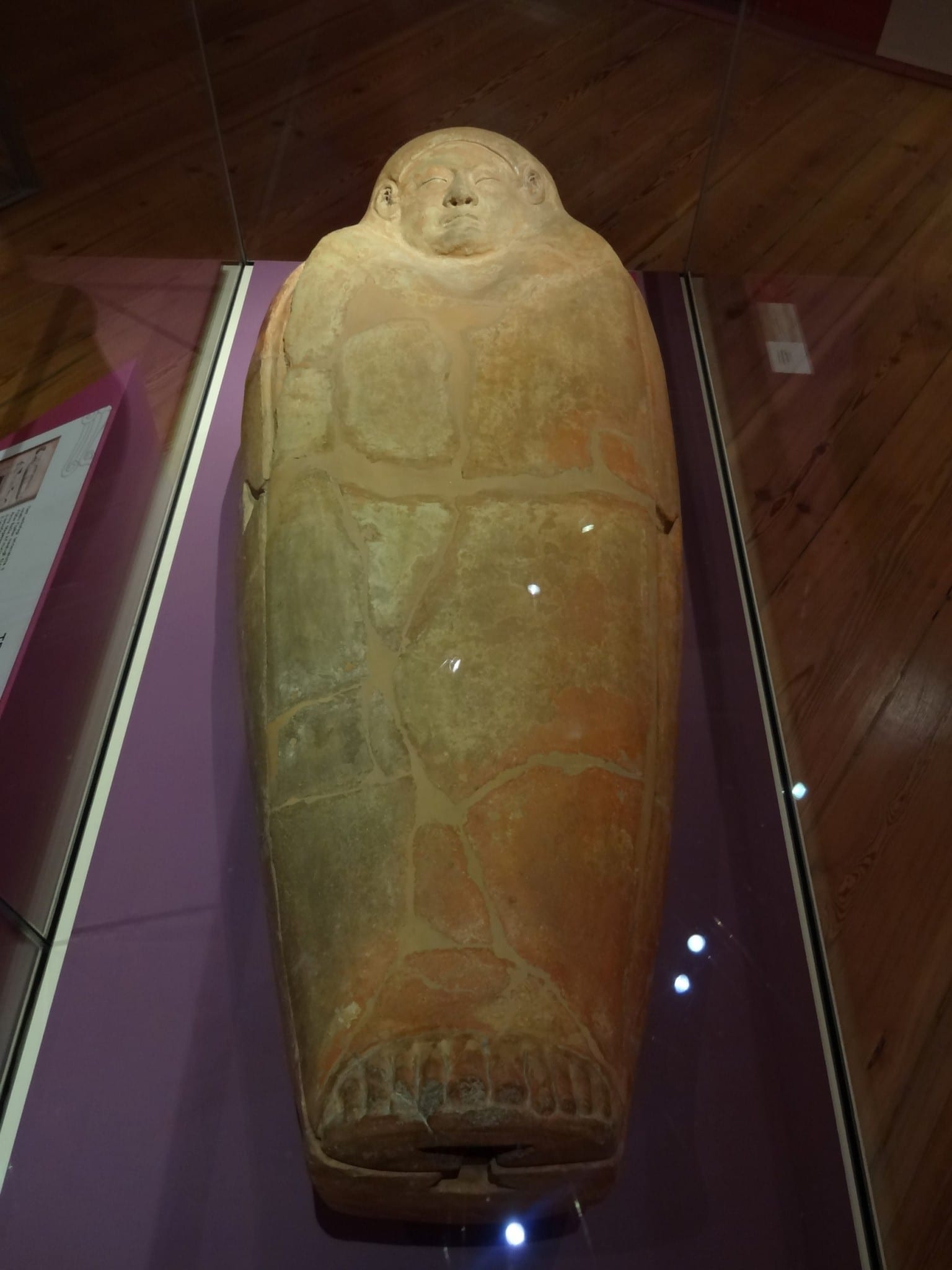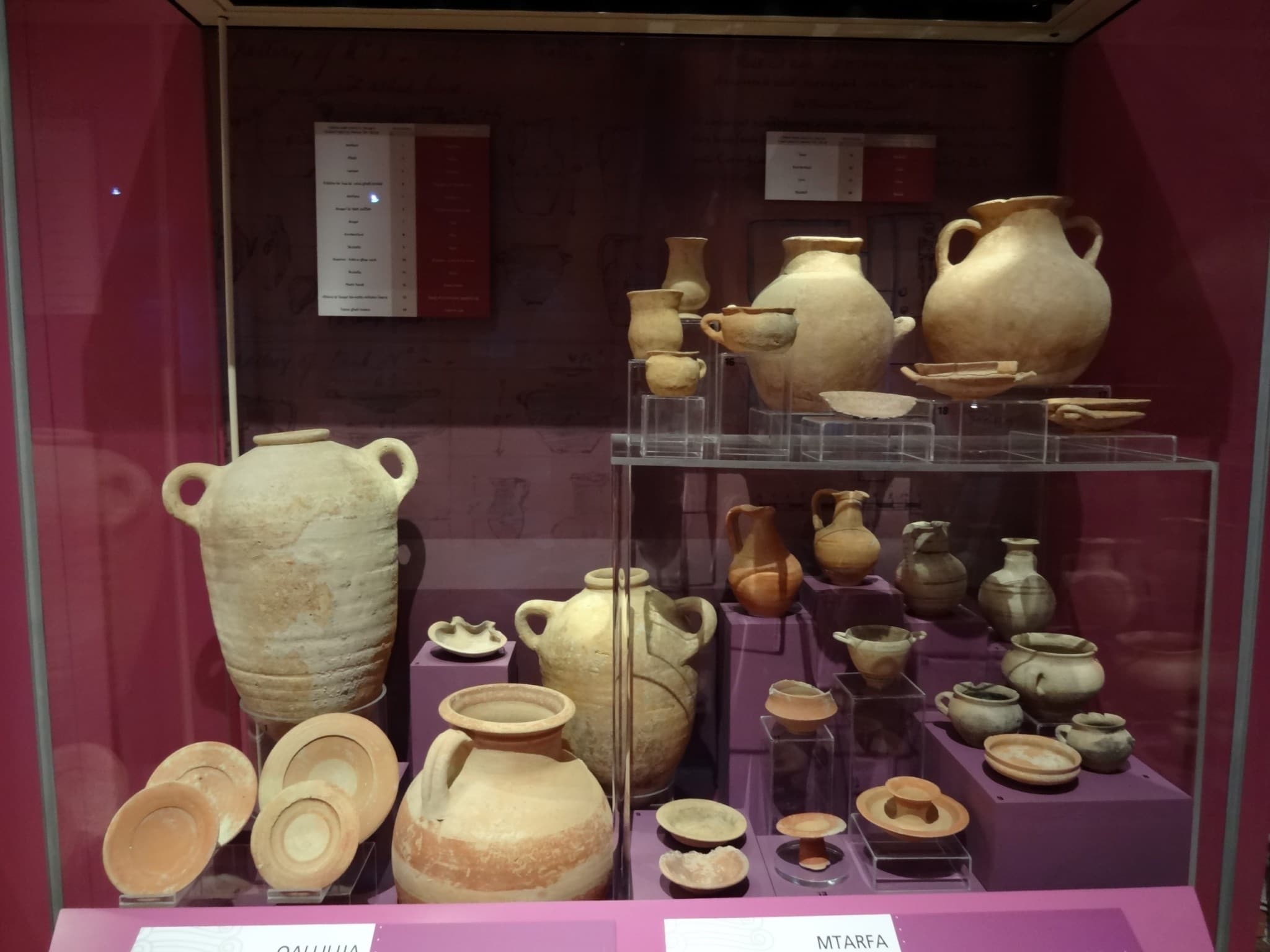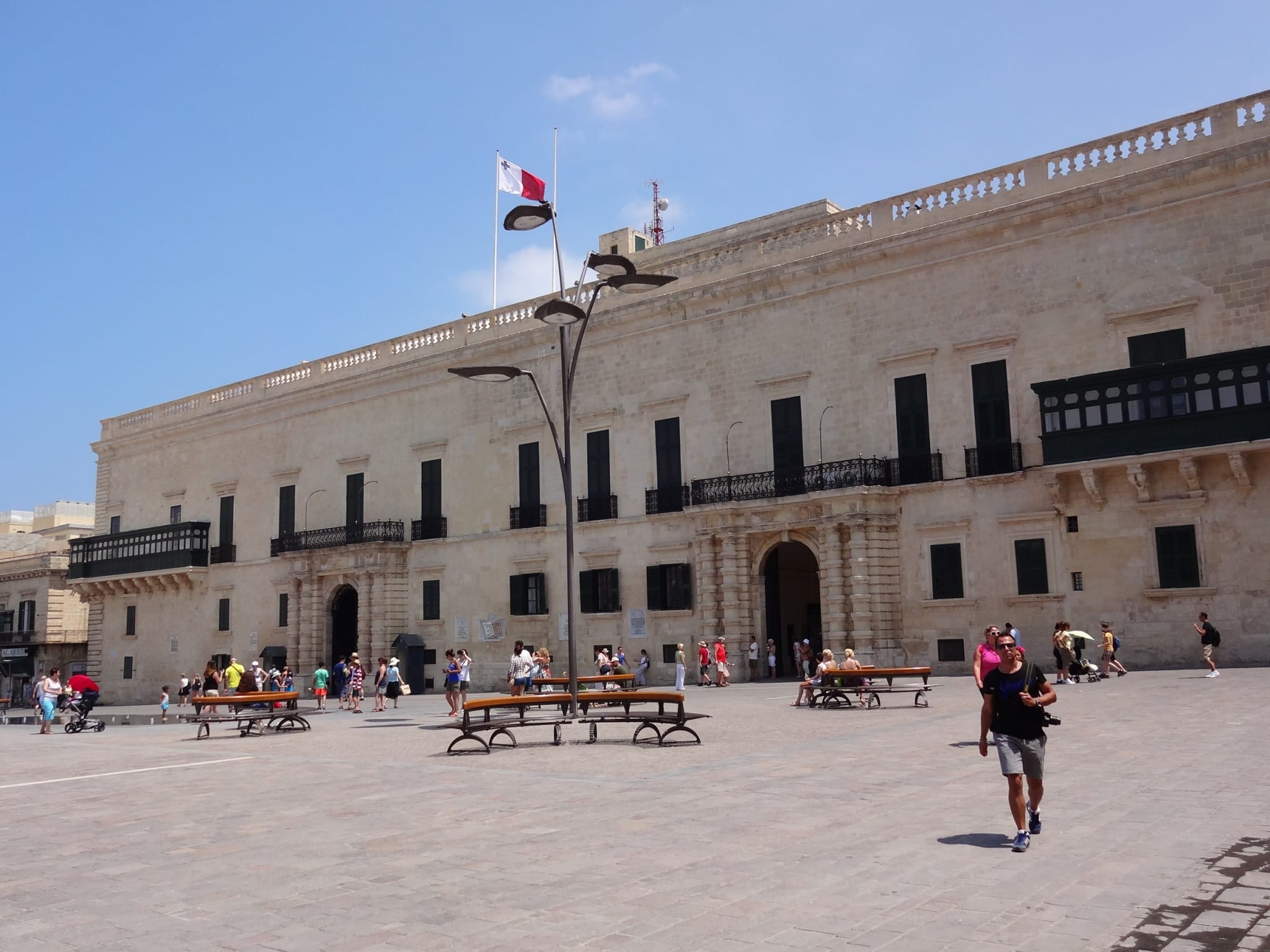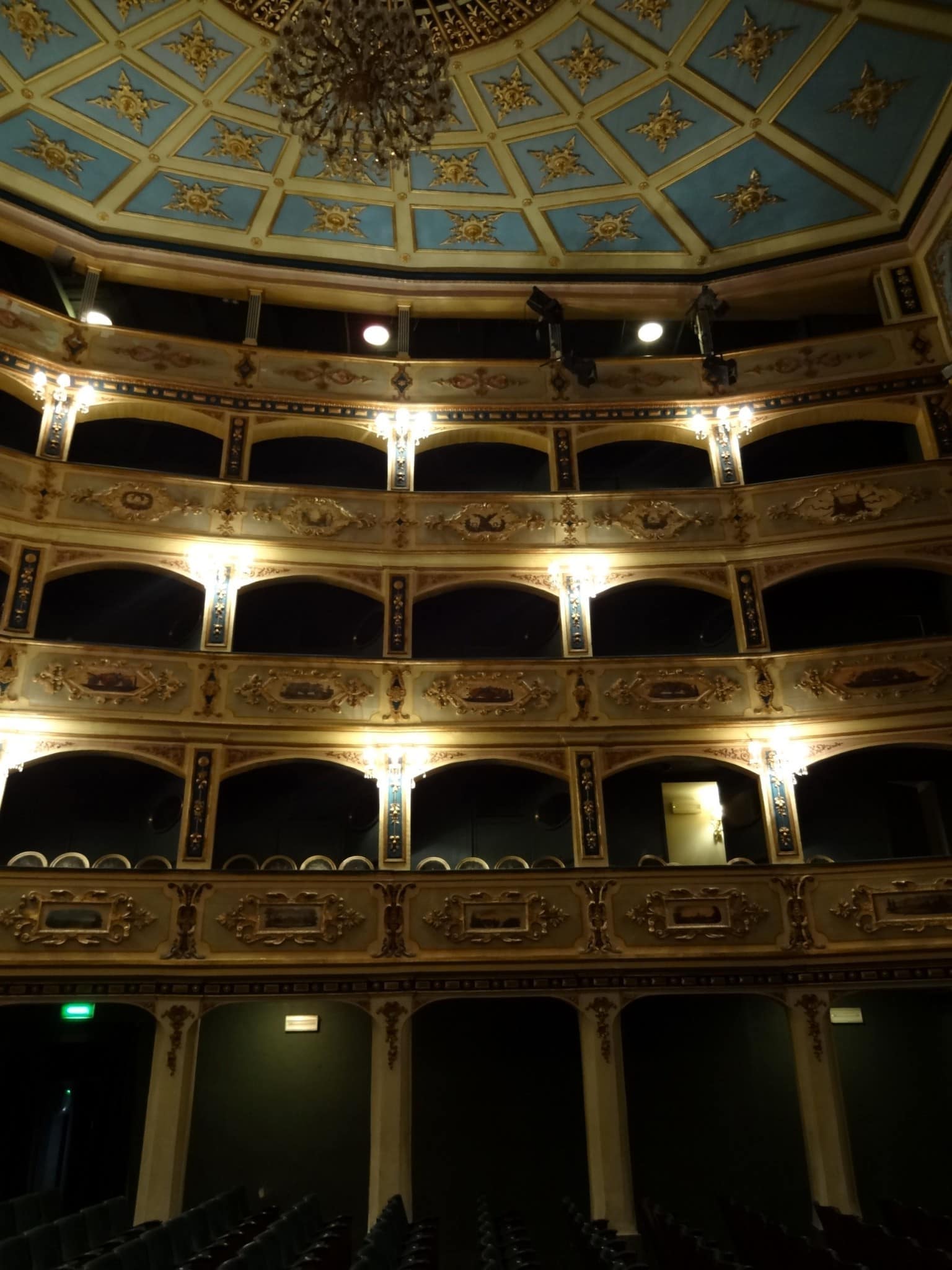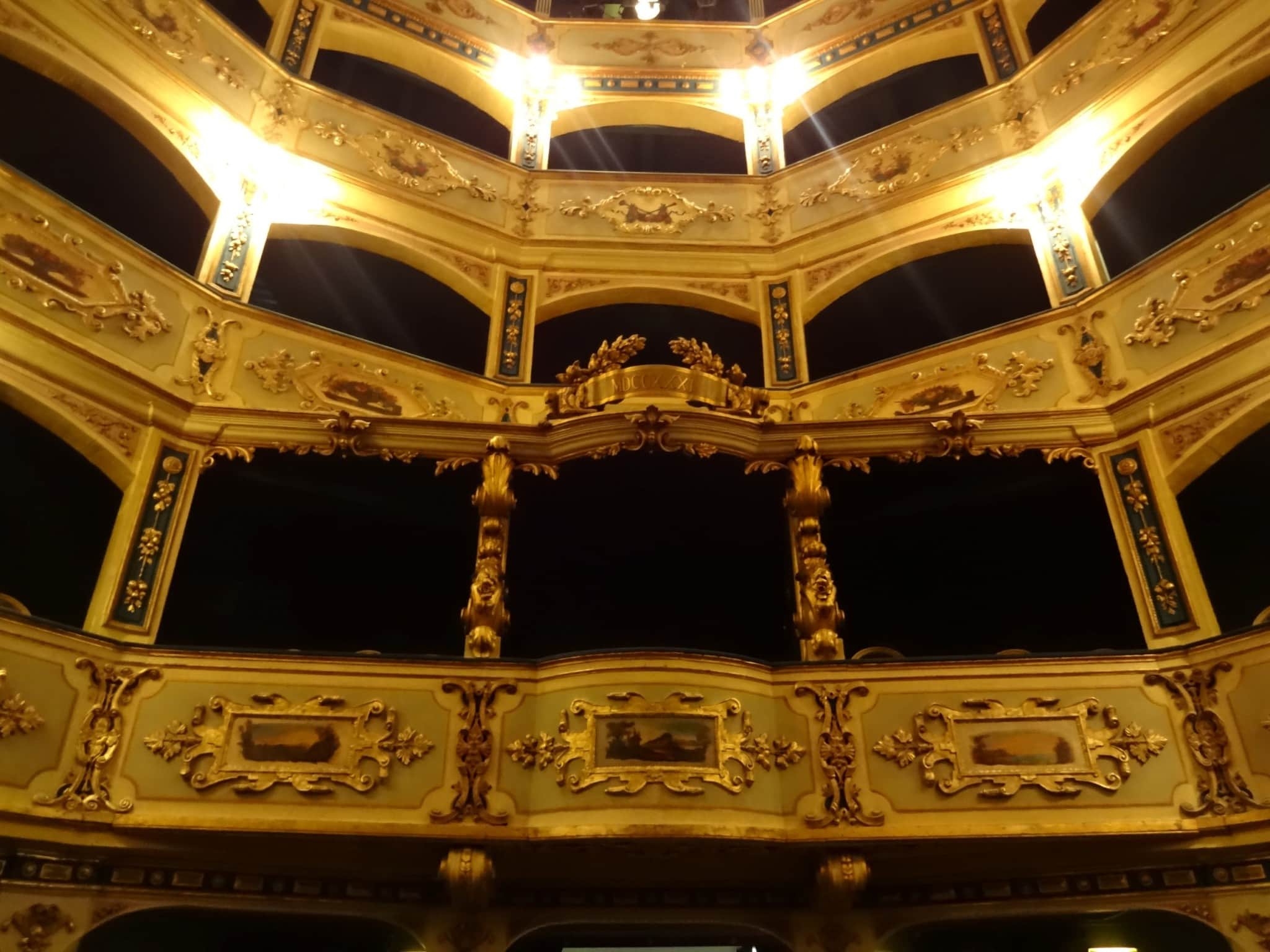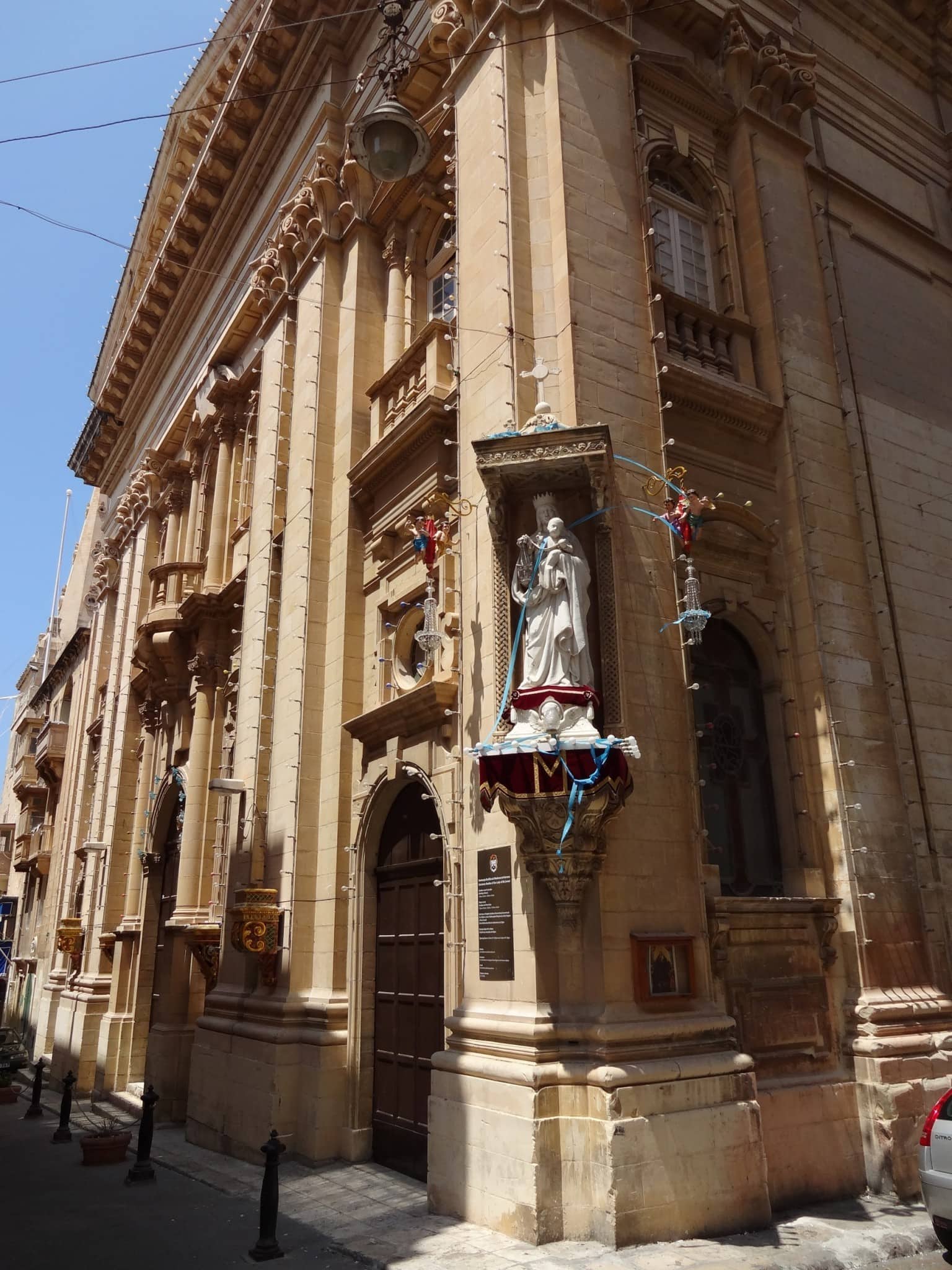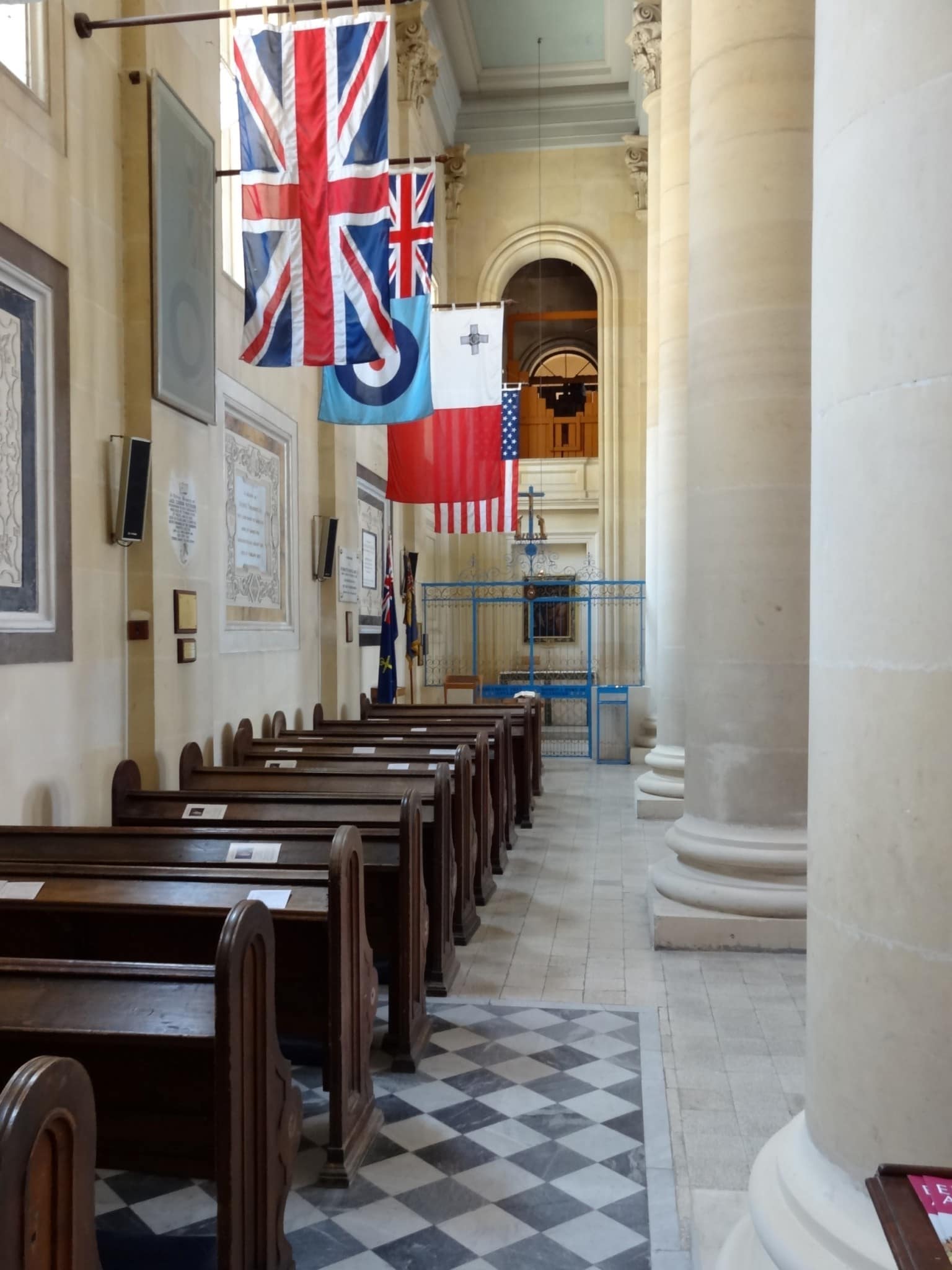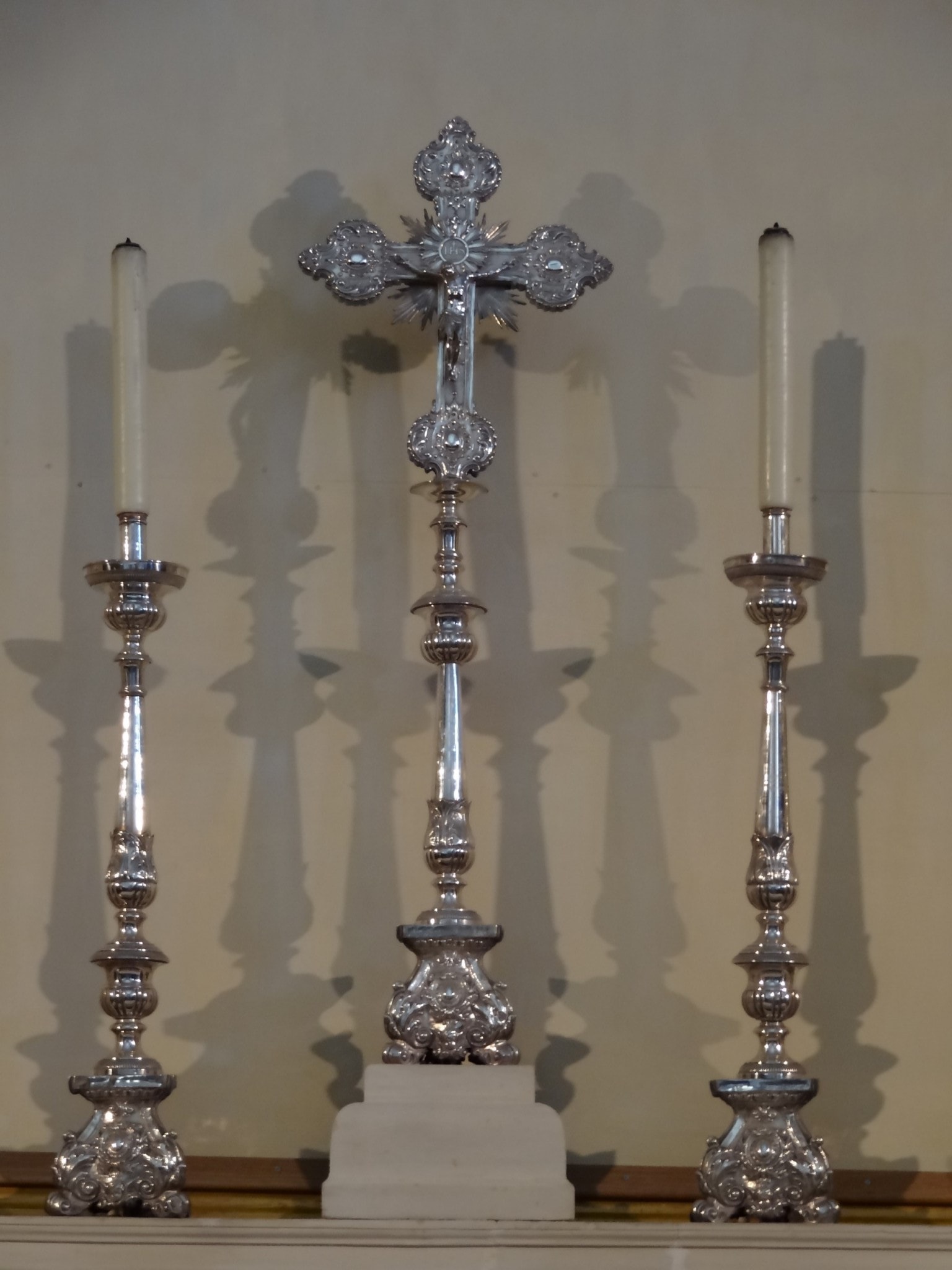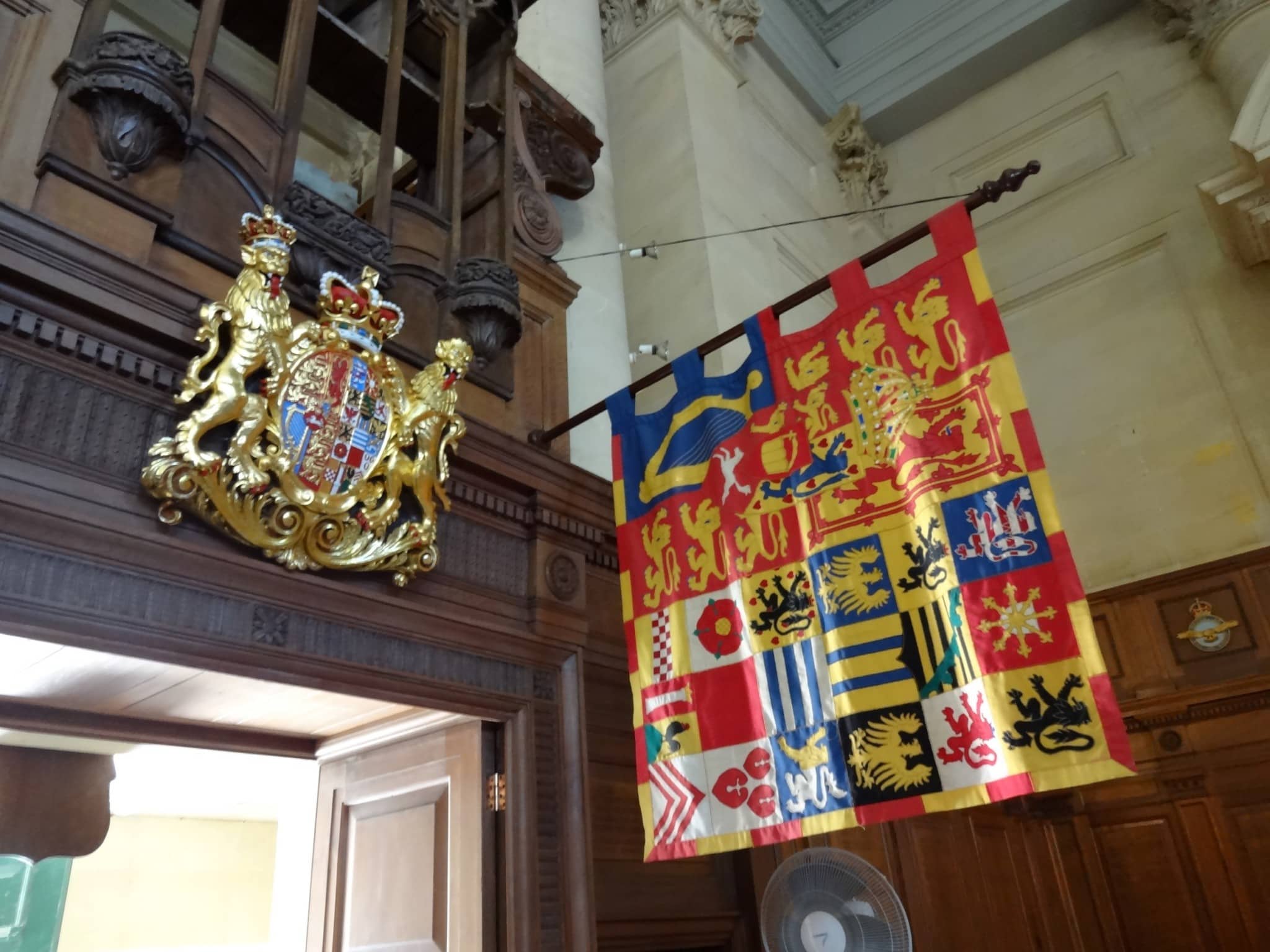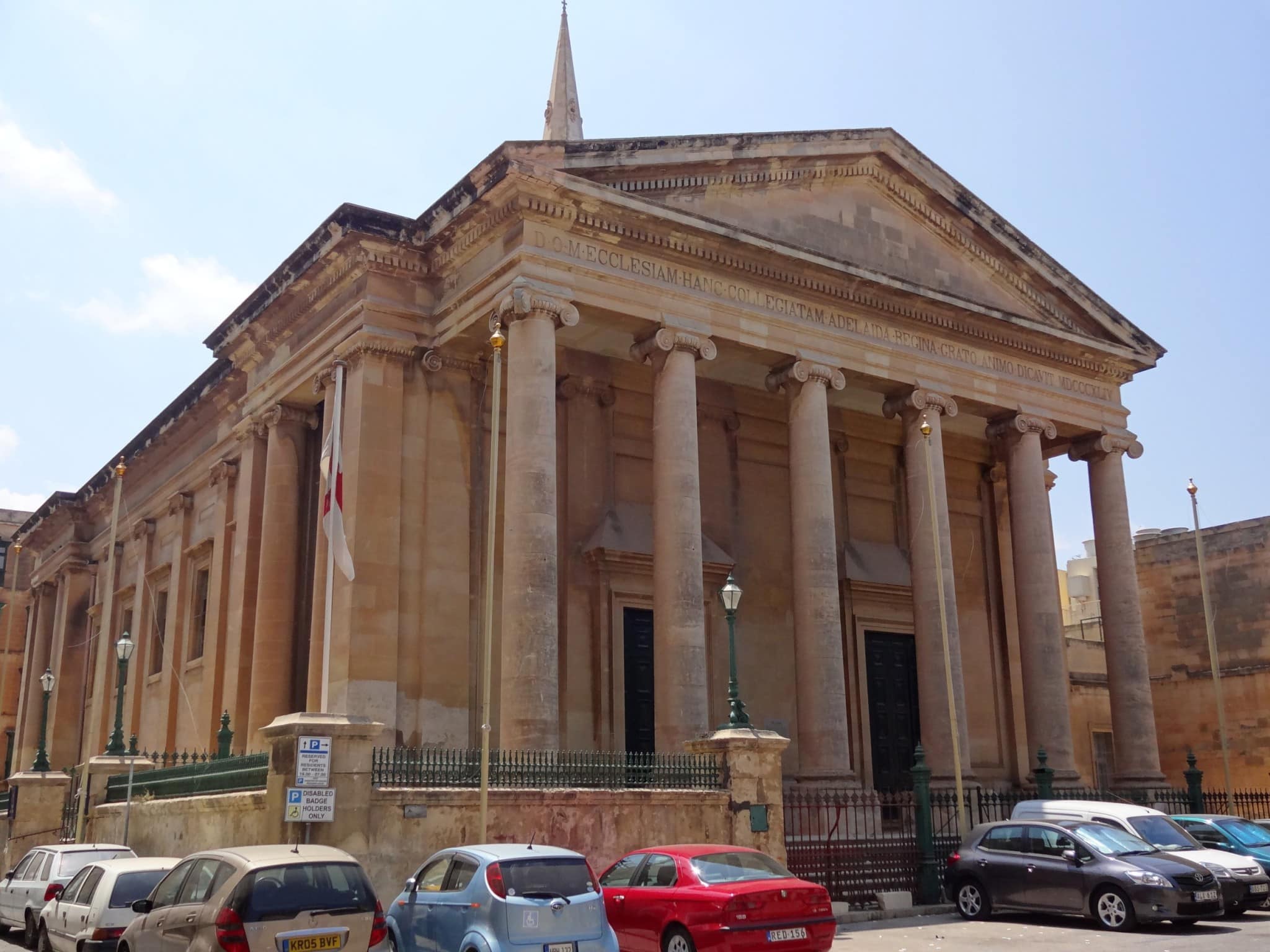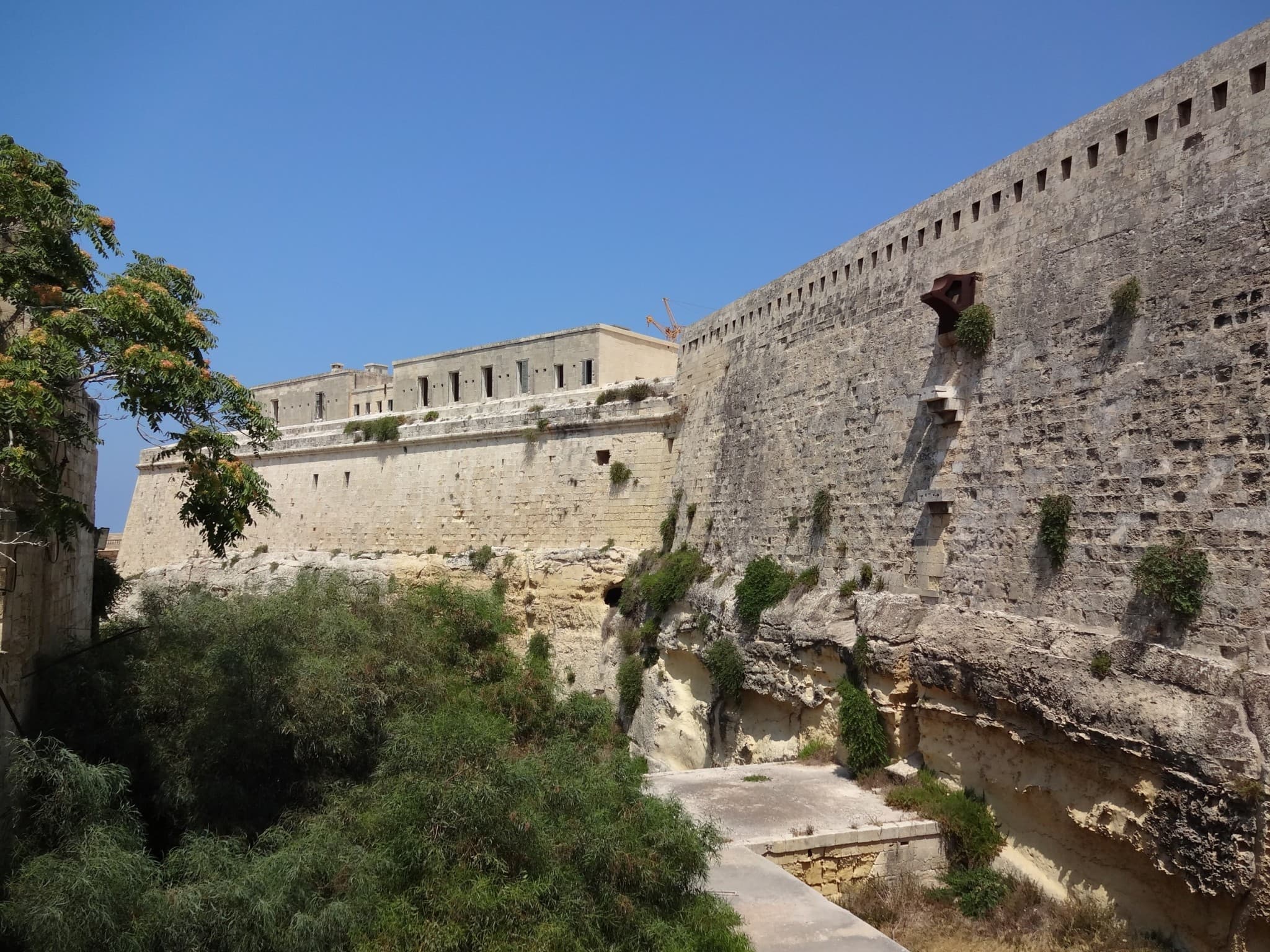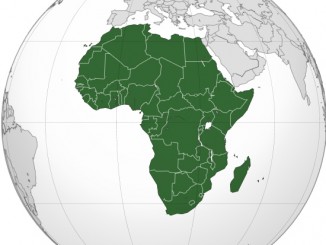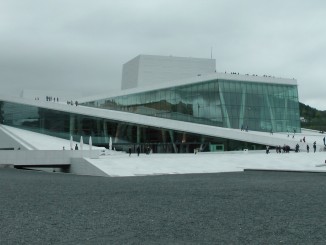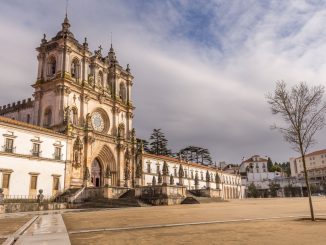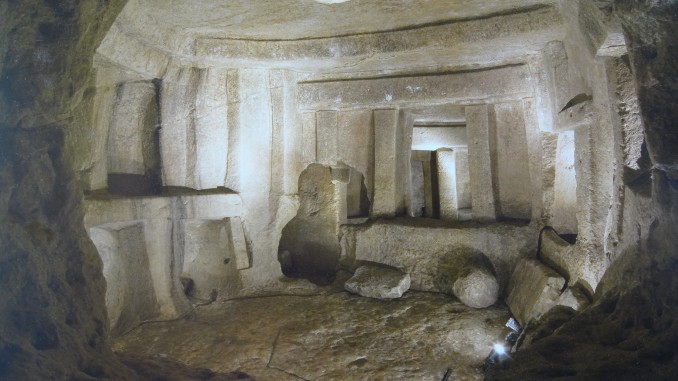
Table of Contents
- Day 1 & 2 – Arrival
- Day 3 – Tarxien Temple, Hypogeum and fort with plays
- Day 4 – Mosta & Mdina
- Day 5 – East coast up to Hagar Qim & Mnajdra Temples
- Day 6 – from Sliema along the coast north-west
- Day 7 – off to Gozo
- Day 8 – Rotunda Church, Ggantija Temples, Mill, Grottoes, Beach, Salt Pans, Lighthouse, Azure Window
- Day 9 – A day to Comino island
- Day 10 – Ta Pinu, St. George Basilica, Gozo Cathedral, Old Prison
- Day 11 – Skorba & Hagrat Temples, WWII Shelter, Clapham Junction, Old Mdina & Roman Villa
- Day 12 – City of Valetta
- Day 13 – Back home
Summary: A family holiday for history, a new country and some sun! Ticked off a new country & capital and three new UNESCO World Heritage Sites. One site we almost missed, the Hypogeum as you need tickets before which is kind of fully booked for weeks! There are sold like 15 tickets in the morning on the day before. Our hotel concierge arrange for us tickets, which we are very thankfully for as they queued for us for several hours! Way to go Intercontinental Malta!
UNESCO World Heritage Sites visited: Hal Saflieni Hypogeum, City of Valletta, Megalithic Temples of Malta (see all UNESCO sites here)
Day 1 & 2 – Arrival
One night in Amsterdam due to very early flight on day 2. After a flight from Amsterdam with stop-over in Rome we got to the small airport of Malta, picked up our rental car for the next 14 days. We arrived in the afternoon to our Intercontinental Hotel in Valetta. We did a great dinner and early to bed.
Day 3 – Tarxien Temple, Hypogeum and fort with plays
Today we started the day at the Tarxien Temples, also part of the Megalitich Temples of Malta which is a UNESCO Site. Total of 5 temples where build at this site 3500-2500 BC. You can still witness the architecture of those days today. Currently the government and organizations are going to protect it better by covering it by a kind of tent; which already is done on the other temples on the island.
From here we had a bit of time to wander and checked out some church. Then we it was time to visit the most unique place on Malta: the Hypogeum of Hal-Saflieni. It’s an underground temple and the only one existing in the world. Build over 5000 years ago. A total of three levels underground, where the second lever the most important with at least five important chambers: Main Chamber, Oracle Room, Decorated Room, Snake Pit, Holy of Holies. The first level has tombs, and third level probably was storage of grain in the old days. The place is really unique and not to be missed if on Malta!
From here we drove to Fort Rinella. It’s a Victorian style fortification and contains one of two remaining Armstron 100-ton guns. We were lucky to arrive at the time that actors dressed up and showed around with performances and all.
Day 4 – Mosta & Mdina
First stop today are the Palazzo Parisio & Gardens located in the town of Mosta. In the old days the residents of Jesuits this property turned ownership at the end of the 19th century to Marquis Giuseppe Scicluna, a banker. He turned it into the residence as it is nowadays and current family of him still lives there. From here you can cross the street for a nice church, a 10-minutes visit is enough. From here we drove to the Mosta Dome, Church of the Assumption of Our Lady, a Roman Catholic church. The dome is the fourth largest unsupported dome in the world and it survived bombing when a 200 pounder pierced the roof without exploding inside in WWII.
We arrived end of morning to Mdina, the old capital of Malta. Today we did not visit the old capital itself (see later days) as we planned the afternoon free at the beach and Malta is small enough to drive around a bit. Today we visited the St. Peter & Paul catacombs which are outside of the old capital. They are a typical underground labyrinth used in Roman times until the 4th century to bury the dead as this was not allowed inside the city. We also visited the St. Agatha Church & Tomb (located in the same street) where they have unique fresco’s underground (no photos!). Then we had lunch just across the Grotto and Parish Church of St Paul where it is said that St. Paul was kept prisoner. We visited the grotto, church and also the WWII shelters underneath. We returned around 3PM to the hotel for some hours of swimming at the hotel beach!
Day 5 – East coast up to Hagar Qim & Mnajdra Temples
Today we started at the St. Thomas Tower on the most eastern tip of Malta (images in gallery below are chronologically). Continued along (was closed images from over fence) the Tas-Silg archaeological site to the Ghar Dalam Cave. Then we went to the lighthouse at Delemara and a great view over the bay. Last top before lunch the blue grotto which is 1/3 on the southern coast from the east. There we had something to eat also.
From the blue grotto we went to the two most important Neolithic temples on the main island of Malta. First stop the Hagar Qim temples which have a single room temple with various other buildings around it. It has a nice decorated pillar and two altar tables, also some fat lady figures are found which are on display in the museum. The temple is from around 3400 B.C. From this temple you walk to the Mnajdra temples which are a few hundreds meter further. During the walk you see a nice coastal tower on the left. This site consist of three temples also from the period 3200-3400 B.C. which have the best architecture from all temples on the island. The lower temple has a specific alignment with the sun on the equinox.
Day 6 – from Sliema along the coast north-west
To today we started at Sliema to see the (outside) of the Parish Church of Jesus of Nazareth, the fort Tigne and a nice few to Valetta. Then we drove along the coast north-west to check out some watch towers. A short ride, and rest of the day pool and beach time.
Day 7 – off to Gozo
Today we go for a 3 night trip to Gozo to check out this island; but before we go on the boat we stop at the Sanctuary of Our Lady of Meillieha. A church that dates back to the early 16th century. After this a quick stop at the St. Agata fort, aka Red Fort, where the knight of St. John fought in WWII. From there it’s 10 minutes to the boat, with our car on it to the Kempinski hotel on Gozo (great hotel!).
Day 8 – Rotunda Church, Ggantija Temples, Mill, Grottoes, Beach, Salt Pans, Lighthouse, Azure Window
Today first stop at the Rotunda Church in Xewkija, dedicated to St. John the Baptist. It’s not an old church, build in 1971, but has an elegant dome of 75 meters high and 28 meters in diameter. The third largest unsupported dome in the world. From there we drove to the Ggantija Temples which are from 3600-3200 B.C. and one of the most important archaeological sites int he world. It is made of giant stones and consists of two temples with a massive wall around it. Some megaliths are more as five meters tall and over fifty tons in weight. We also visited the nearby Xaghra Stone Circle (on appointment only!) which was an underground funerary complex. From the same time period as the Ggantija Temples with some earlier chambered tomb dating back even to 4100-3800 B.C. More as 200.000 human bones where found! See gallery.
We continued our visit to the old mill of Xaghra, and two caves in Xaghra: Xerri cave & Ninu cave. We drove along the one sandy beach in Gozo along the salt pans to the lighthouse of Gordan. From there we continued to the Azure window on the west coast, close to our hotel. Some swimming under the Azure window and the afternoon at the hotel pool and a great winetasting.
Day 9 – A day to Comino island
Today we did a day trip to the Comino island with it’s azure blue lagoon. A great island for a day trip beach. At first we wanted to do the things from day 10 on this day and do the day trip from Malta. But from Gozo it’s shorter and you can reach it more early before the crowd from Malta arrives. It was a good decision.
Day 10 – Ta Pinu, St. George Basilica, Gozo Cathedral, Old Prison
The Basilica of Ta’ Pinu is the most famous place of pilgrimage for the Maltese Islanders. Its origins go back to a day in June in 1883, when a woman heard the voice of the Virgin Mary in an old chapel. In the following years, many miracles and acts of grace were manifested at the site. The original 16th century chapel was fully integrated into the new church. St. George Basilica originated in medieval times (definitely before 1450) and the foundation stone of the present church was laid in 1672. It is rightly referred to as the marble basilica, as it is entirely covered with marble. The Gozo Cathedral is fine Baroque Cathedral is a masterpiece designed by Lorenzo Gafa’, the Maltese Architect who was responsible for the magnificent Cathedral of Mdina. Before going back with the boat to Malta island we visited the old prison.
Day 11 – Skorba & Hagrat Temples, WWII Shelter, Clapham Junction, Old Mdina & Roman Villa
Today we headed off to Mgar first to see two more temples, Skorba and Hagrat. At Skorba, a typical three-apsed temple was built in 3600-3200 BC, replacing a village that had been inhabited since 5000-4300 BC. A second temple was added to the east in 3150-2500 BC. Ta Hagrat Temples consists of two temples which are very well preserved. The larger dates to 3600-3200 BC and the smaller to 3300-3000 BC. We then checked out the WWII shelter at Mgar. From here we continued south to the Clapham Junction where you can see the lines over where the stones were transported over five centuries ago.
From here we drove back to Mdina. We were there before but did not check yet the old citadel and the roman villa. In the old citadel one can see the Mdina Cathedral and the Carmelite church plus a lot of old buildings. The Roman Villa is just outside the old citadel and has unique mosaic floors. The afternoon some time for the pool again.
Day 12 – City of Valetta
Today we explored the old city of Valetta with its various buildings and history museum. At noon we watched the guns being shot.
Day 13 – Back home
In the morning we went back home on Alitalia through Rome and on KLM back to Amsterdam.
Stay tuned for more stories and subscribe to the newsletter or follow CTB on social media (Facebook, Twitter, Instagram including Instagram stories; on all social media you can find CTB @christravelblog) to get updated information.
Did you visit Malta too or do you have questions? Please leave a comment at the bottom of the page. Love to hear from you!


